|
...and some wet season goodies, the first of the year. When the dorados start to show, bigger tunas are usually not far behind so hopefully we'll have some to show in the next reports. It's definitely green season now, and it's unlikely the northerlies will come back until December. Last groups were mostly returning guests and friends from the UK. Conditions were mostly calm and the fishing was good, although not spectacular. With the first rains came the first mahi-mahis, and signs of bigger tunas, although we have not caught any yet. The big cuberas and their smaller cousins the mullet snappers were around, as expected at this time of the year. The trophy roosters still very shy. We hope and believe the rainy season will change that for the better. Special congratulations goes to Rodney this week, for boating 3 big cuberas including a huge one, and also a big roosterfish. First group counted the various species and ended up with 35 different species for the group.
0 Comments
We hosted 4 groups this second half of April. Each had good fishing overall, with a few slow days now and then. Some good fish were boated and many more won their freedom. Congratulations to Ross for landing a wahoo on topwater, as many things can go wrong with those critters. Thanks to all for the good mood and times at the lodge, it's been a blast !
Last week another group of Germans returned to the Panafishing lodge and they scored pretty consistent action throughout the week. The dry season kicked in early this year and we are already seeing signs of it’s end. The water started to warm and we could very well have an early tuna season this year, but we’ll see, been wrong too often… It continues to be a good year for all kind of snappers with the silk going loco and the cuberas are definitely out there biting on the heavier bait at some point. This group was not very successful either in landing them and our stats are pretty bad on the big ones: maybe 1 out of 4 is landed. Definitely not an easy one to fool or land, so any big one should be regarded for what it is: a proper trophy fish.
So far we are seeing a lot more big cuberas this year than the previous. On the contrary, the big roosters are pretty elusive and not too eager to bite or decided to come in the boat. We’ll see if that trend continues or if the next groups bring the stats back to normal. Kinda looking forward to the change of season now. This usually slows down the action and number of catches a little but brings the outstanding big catches ! Different week, different conditions on the ever-changing Tuna Coast of Panama. Unlike previous group, this one had more scattered action and to be honnest some pretty slow moments. On the positive, the big fish made their comeback: a few crackers have been landed, and even more have gone away. Seems like we are in for a "cubera year", with quite a few big and small ones around, often mixed in with their smaller cousin the Colorado snapper, which is yet another one of those snappers that will happilly hit a topwater lure.
Overall, kinda slow week but with a little luck there was opportunity for most at that fish of a lifetime or 2. Even when the fishing is not at it's best, there is always some nice fish around and good photo opportunities: Team "BAaaaM" was back on the Tuna Coast of Panama last week, and as always, they caught plenty ! The week was typical of what you'd expect from March: breezy conditions, not a cloud in sight and plenty of fish around. Some boats got more luck, but overall there was plenty of action for everyone. Let's start this report with 3 unusual catches: a big sailfish that blasted a popper in 30 meters of water, a Indo-Pacific permit caught on a casting jig, and a nice corvina that fell for a stickbait. Unfortunately, the sailfish wraped itself many times around the line so it was in a really bad state. It did swam away though, so let's hope he'll be ok. These fish are quite pleintiful in our waters but they remain unusual catches because we don't really target them or use appropriate technique for them. But hey, if a sailfish decides to show up inshore and hit a popper, it certainly makes a beautful an unexpected catch. Small roosterfish were all over the place with a final count north of 70, all caught on poppers or stickbaits. One boat got 27 in a couple of hours. I don't want to set wrong expectations for those considering a trip with us, though, so bear in mind this is unusual and all these were small schoolie fish. They were roosters nevertheless, a beautiful fish and fight at any size ! The silk snappers were also very playful. One day in particular each of the 3 boats got 20 or more fish before moving away from the spot. When the snappers are in a feeding mood, double and triple hookups on each drift is a given ! BAAAM ! On the negatives, there was a remarkable absence of big fish. Fish of the week was this beautiful rooster caught by our friend Joern. Very few other big fish have been seen. Guess sometimes you can't have it all. Below are some more pictures from the week. Next time we see our Germans friends will be in August next year for some tuna action and hopefully a few wet season trophy cuberas and roosterfish.
It was nice to have Andre and Thomas back at the lodge for the season opener, and a pleasure to meet Ralph and Stephen. It's been a nice week of fishing and some good times at the lodge. The wind seems to be back to normal this year, which is a relief after 2-3 very windy years. The guys even had some dead flat days, something we would not even have dreamed about last February. Action was up and down but overall rather consistent throughout the week, with a few triple and quadruple hookups. Andre, who's had some monster roosterfish last time, finally got the big cubera that had eluded him until then. On the negatives, not so many chances at big fish, and even less success in landing them ! But that's fishing and what also what makes you come back ! So we'll see you guys again in January 2018, and no compromise this time ! Went fishing with my friend jean-cristophe the day after they left and we had a great time fishing schools of small cuberas in mirror-like conditions. The ocean was teeming with life and we had some surreal vision, like this huge turtle raising out from the depth a few meters from the boat, surrounded by dozens of cubera snappers. In the end we got 5 to the boat and lost another 6, all on topwater ! BTW I'm the one to be blamed for bad statictics... Mostly small fish with the biggest one to the boat around 8 kilos. One of the fish that manage to get away was a propr big one, though...
Ok, I hope everybody knows by now that slow-jigging is a super fun and efficient technique that is here to stay. The future of jigging, some would argue. I know... Easy prediction when it is already the present in Japon and South-East Asia.
We are glad to announce that the Panafishing lodge is up to date in this field and that we also offer slow pitch outfit rentals. After 3 years of trial and error, and countless big fish lost, we finally believe we have enough expertise to give sound recommendations, advice and tips that will help you achieve success on slow jigs in Panama. More than any other modern technique, slow-jigging requires the right setup as it is a finesse game where you are consistently using your setup at the edge of it’s capabilities. Unlike with popping and speed-jigging, you can not just upsize your system because you will just kill the action of your jigs if you do so. Slow-jigs are meant to work on the fall so the least water resistance your setup has, the better the action of the jig. Because of that, the need for finding the right compromise and having the right setup becomes crucially important when fishing at the Panafishing lodge where you will encounter bruiser amberjacks and tunas, and the biggest cuberas and roosterfish in the world. Our fishing grounds are among the most appropriate in the world for this technique, and pretty much all the species we have here will go crazy for a properly presented slow-jig, including the mighty cubera snapper ! When properly done, action can be incredible with amazing variety. And there is no sharp coral or toothy criters to mess up with our beautiful Japanese toys. Although speed-jigging remains the method of choice in some situations, in others slow-jigging will absolutely dominate. Any serious tropical angler would be wise to use and master both techniques. And for those of you who think speed-jigging is tough and uncomfortable but still want to tap into the incredible variety deep fishing offers… look no further than slow-jigging ! The biggest challenge associated with the technique is boating the big ones, and particularly the nasty cubera snapper that needs to be stopped before it reaches bottom. Again, upsizing the tackle at will is not the way to go because you would be messing with the 2 reasons why you may love slow-jigging: FUN and EFFICIENCY. It takes the right compromise to retain the advantages of the technique while standing a chance against those strong Panamanian fish. This is when our knowledge will save you a lot of time and money. When you are travelling to fish an exciting destination, you don’t want to spend most of your trip figuring out the right setup. Panafishing Adventure is a specialty lodge and we pride ourselves on being knowledgeable and at the forefront of popping and jigging. Wether you are new to slow-jigging or experienced with the technique, get in touch before your trip to get proper recommendations on rods, reels, lines, rigging and of course the most efficient jigs and colors for our little gem of a fishery. Best season for slow-jigging our area is May to November when the winds are lightest. Below are a few recent pictures that show some of the variety that you can and should expect to catch if you spend some time slow-jigging with us. Typical November fishing here on the Tuna Coast of Panama. As always this time of the year, a great variety of fish was swimming around and biting jigs and poppers. As fishing always is, it's been up and down throughout the month, with some groups having better luck than others. Some got some 300+ fish to the boat over 6 days of fishing, others got a lot less action, but it was nice to see that sizeable and prized gamefish was a staple, with every group having some shots at roosterfish and cuberas. But these are always a challenge and in the end, for every good fish to the boat this month, we lost another 3 or 4. Now you are experienced, so no more excuses on the next trip, guys !
Among the losses were 2 goliath groupers on jigs, one tarpon on popper, one sailfish, also on popper, one really big inshore dorado, and as always, numerous big roosterfish and cuberas and a few unstoppable amberjacks. Well, this is no easy game and it's the one you lose that makes you come back ! Towards the end of the month we had hurricane Otto messing around just north of Panama. This was very unlucky for our guests which had 6 full days of rather strong wind. This is very unusual, to my knowledge it is the first time that a hurricane affect our area like it did. It seriously limited the options, with about only 20% of the spots that were fishable, but it made us realize how unvaluable it is to have 2 coasts facing opposite directions to chose from. The south was pretty much unfishable but the coast facing north was manageable. Not ideal for sure but certainly a lot better than staying around the pool all day long. Next report will be in february ! This month's report is written by Dan Konig from Adventure Angler, a specialist shop in the UK that stocks some serious, hard-to-find popping and jigging gear. "Some time ago now I got chatting with Pierre from the Panafishing lodge about hosting a trip out at his lodge in Pedasi, which is around a 5 hour drive from Panama City. It’s a destination that’s always appealed to me for a variety of reasons – one of which being the fact that there are a lot of species that are regularly caught there that I’ve never even seen (let alone caught) before such as Cubera Snapper, Rooster Fish and Broomtail Grouper. But to add to that, it’s a really intriguing country and also somewhere that I could conceivably beat my PB Yellowfin Tuna. So it’s safe to say, I didn’t need much convincing. We arrived in Panama City at various times during last weekend and after an exceptional steak and ‘a few quiet beers’, called it a night before Pierre’s driver collected us on Sunday morning. With a 5 hour drive ahead of us and loads of excitement all-round, the drive did (as you may expect) become a bit of a fiesta, but by the time we had depleted most of the road-side stores between Panama City and Pedasi of cervesa and shared many a fishing story, we arrived at the lodge in time to ready our kit and enjoy (one of many) delicious dinners prepared by the Panafishing team. The lodge itself definitely met the high expectations we had after all the positive reviews we’d read, and with the hot weather the pool was certainly a welcome feature. As we prepared our kit, we got chatting with Pierre about the week ahead including the expected weather. Unfortunately (as seems to be the norm for me!) the wind forecast was on the high side, with day 1 and day 5 of the trip looking to be the calmest days. With that in mind, we decided to spend the first day heading out wide in search of the big Yellowfin that Panama is known for. After a bacon and egg fryup in the morning we began our steam out to find the fish, covering around 25 miles before we started to see the telltale signs of tuna activity. When we did find the fish however, it seemed that we were a bit late to the party. A number of other local boats were on the school using bait, and we didn’t have any luck with our lures as the fish had already become a bit skittish. So by 11am, we still hadn’t managed a strike. At this point we decided to leave this vast school, and head off in search of action elsewhere. Not long after, we found it. For the next few hours we encountered smaller schools of fish, but with a nice average size. The dolphins rather than the birds would give them away, and as long as you could place your cast near the dolphin school you were effectively guaranteed a Yellowfin. Without the other boats around, this became easy fishing! I was first up, and the moment that the glorious slab of yellow exploded upon my Temple Reef Tuna 80 popper, I was reminded why I love topwater fishing so much. There’s just nothing else like it, and after a few months’ hiatus it was great to be back in the fray. It was about half way through that fight (when I was still feeling the effects of the last night’s festivities) that I was also reminded that these fish are no joke on a casting rod, and as I worked in the heat to try and pump the fish out of his circles deep under the boat I vowed to (at least attempt) to be less enthusiastic in my assault on Pierre’s bar that night. But, nice fish landed for the photo, and now it was Eric’s turn to get tight. Here he is getting taken to pain town on another great yellow. Very shortly after my fish and then Eric’s were landed, I was on again. I saw this fish leap from the water as it grabbed my popper and I knew I was in for a lot more pain. This thing was a horse, and it reminded me of that from the very begging to the very end of the fight. A huge prick of a thing, that seriously had me sweating. After much huffing and puffing I had the thing to the first glimpses of colour, when it decided to make a spirited run to the back of the boat. Despite my best efforts to scramble down to the stern in pursuit, it had my braid on the leg of the outboard, and won its freedom (and a shiny piece of Temple Reef jewellery in the process). A demoralising experience for sure to struggle so hard and then lose the fish, but that’s fishing! Erin and Eric were having a good run on the fish and so it was time to cast again, this time with a Blaze Burn 50 sinking stickbait tied on to try out. I had been provided with a number of samples of these some time back, and as soon as I saw them I knew they’d be a winner. I wasn’t wrong! First cast into the dolphin pod and I was on to another tuna, a very nice fish and bigger than the first but I suspect not (as is the case with all ‘one that got away’ stories) as big as the mule that took my lure. Was thoroughly impressed with these lures over the course of the trip, and super happy that we’ll have a big stock of them available on Adventure Angler any day now. When we got back to the beach in the evening, we learnt that the English team had spent the day on two very BIG yellows. Although taken on bait, they were some serious fish. The pics do not do them justice but they were weighed at 180 and 226lbs respectively after they were unable to be revived after fight times of 2 hours for the first and over 3 hours for the second! A tough slog on casting gear for sure. Day 2 and the wind was up, so the call was made to hit the inshore. This day was pretty quiet for all boats, and I spent most of the day fishing the light tackle. I had taken a PE2 jigging setup in the form of a Temple Reef Mytho and Wiki Jigging 900H reel, and had a good time catching a variety of species including Jacks, a lot of silk snapper and also another of my target species – the Pompano – which gave a great fight on this light gear. Day 3, and there was a serious storm coming through. Lots of rain was forecast, and some wind along with it. Definitely the worst weather for the trip, but fortunately that seemed to match up with the best fishing. Whilst the other boats had a slow day that day, the bite was on for us from the off. Casting in torrential rain and lightning was exciting at times, but we were soon rewarded when I had a hit on my Blaze Burn which I was casting in relatively deep (35m) water over a section of structure that came up to about 25 metres. I was fishing with PE5 gear and the fish pulled a bit of string on the first run which got my hopes up, but it ended up being one of several sierra mackerel taken for the trip whilst casting. Thankfully my lure was returned effectively unscathed by the teeth, and I resumed casting. Shortly afterwards I was in for a very different fight. After a strong take I set the hooks into something with a good bit of weight, which although not giving that first run of a makkie did slog it out the whole way to the boat, I was really stoked to see red come up through the water as my first Cubera was ticked off the list. Not a huge one by any means, but it gave me some serious respect for the fish and made me realise what sort of heavy gear (or luck) you’d need to land a big one on the cast given their preference for staying near structure. After a morning of casting in the rain, the weather finally cleared and it was time to go for a jig. I’m not sure if it was the rain that day or what, but the fish had really fired up. We ended up with a red hot session including at least 25 jacks, 11 rooster fish, 3 broomtails and some other odds and sods. Persistence had definitely paid off! Special mention has to go to Erin’s sea monster that he hooked on an FCL Labo jig on his heavy jig outfit. This thing slugged it out on the bottom for a good 5-10 minutes without either party being able to win an inch of line going with max power, before the line decided it had had enough and parted ways. The skipper called it for a 50kg+ cubera or a huge broomtail, but I guess we’ll never know. A devastating loss, but it’s fish like those that keep us coming back. Day 4, we decided to get in another session on the tuna before the local fishing tournament started on Friday (day 5) to try and avoid the boat traffic. Our plan paid off, as we reached the marks and saw only one other local boat out there. The tuna fishing was good, and we were straight into the fish. All of us caught, with me landing 5 and losing another 2 for the day. Infuriatingly one of those two was again lost boatside when (presumably armed with advice from its mate from day 1) it legged it for the engines and popped me off under the boat after we’d already got it to colour. This time, it made away with my Blaze lure, which annoyingly was my only one in the 50LS size. Nevermind, we’d had a great session and now it was time to try inshore for more roosters or cubera. Unfortunately today was a bit of a reversal for us in that respect, as it was our turn to have a slow inshore session whilst the Dutch boat killed it landing a dozen roosters and a small cubera also. Inshore for us was quiet, aside from the damn needlefish which were in plague numbers around one of the islands and which relieved me of two more of my lures. Day 5 rolled around unbelievably quickly, and it was time for our final session of the trip. As forecast the weather that day was great, and the skipper decided to take us to a spot far along the coast for a try at some big inshore species. Not long out from the ramp we were greeted by a pod of humpbacks, which we followed for quite a while as they cruised slowly along the coast. Amazing animals to see up close. We didn’t land loads of fish that day, but in terms of the number of strikes we got on the cast from some nice sized fish it was definitely one of the better days in that respect. Some places like this island (which is the fishiest looking place I’ve never caught a fish) didn’t produce, but as we got further along the coast and started casting on some of the deeper spots we had a range of good fish on the cast including more makkies, tuna, jacks and rooster fish. At one point on which we’d just had a couple of nice strikes including a rooster on the cast for Erin, I got a really nice strike. But something about this fight was different, and we soon learnt why! I saw a big silver slab of roosterfish come charging towards the boat. It looked like a great fish, but then the reason it was charging towards us became apparent as it was pack mauled to pieces by a swarm of dirty whaler sharks of some description. We hadn’t seen a single shark or had one fish sharked all week, but the moment I hook my best rooster and likely my best fish of the trip, they appear out of nowhere to tear it to shreds and take my last Blaze with it. F#cking sharks!!! I’m pretty sure they heard me insulting the *******s from the lodge that day. Sadly misadventure became a bit of a theme for the day, with Erin pulling the hooks on a couple of good roosters on the cast also. And so the trip drew to a close (far too quickly) and we began the long voyage back home. Whilst I hadn’t caught any trophy sized fish I had ticked all my boxes aside from my PB Yellow, and there was definitely scope to do that there. We saw loads of big fish amongst the schools, it would just be a matter of landing enough small ones so that eventually you hooked a beast. For someone who has primarily focussed on GT destinations, it was great to do something totally different and in the process get exposure to very different species and very different styles of fishing that what I’ve done in the past, and it’s definitely a trip which I’d repeat.
Dan www.adventureangler.net Not much to say about July as we did not fish a lot. Only guests were Paul, who returned from the US, with his friend Chris this time. The fishing was typical of July, with some good variety and tuna fishing, and up and down inshore with an alternance of slow and hectic moments, which again is what one should expect that time of the year.
Also went fishing 2 days with my friend Ricardo and we hit the tunas on day one and surprisingly high numbers of roosters inshore, alomng with a nice cubera. |
reports have been posted on face book and instagram,
We post a detailed report for EVERY group we host, so you can see on this page what is being caught throughout the year, during good and not-so-good weeks, Archives
January 2023
|

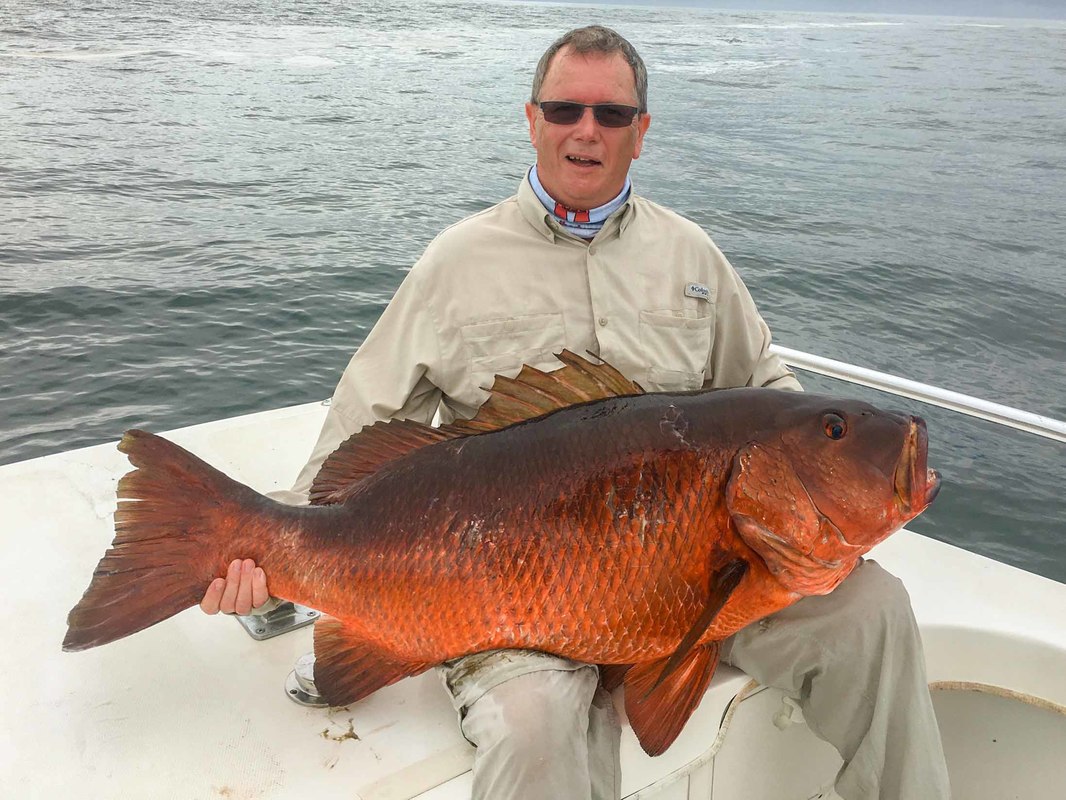
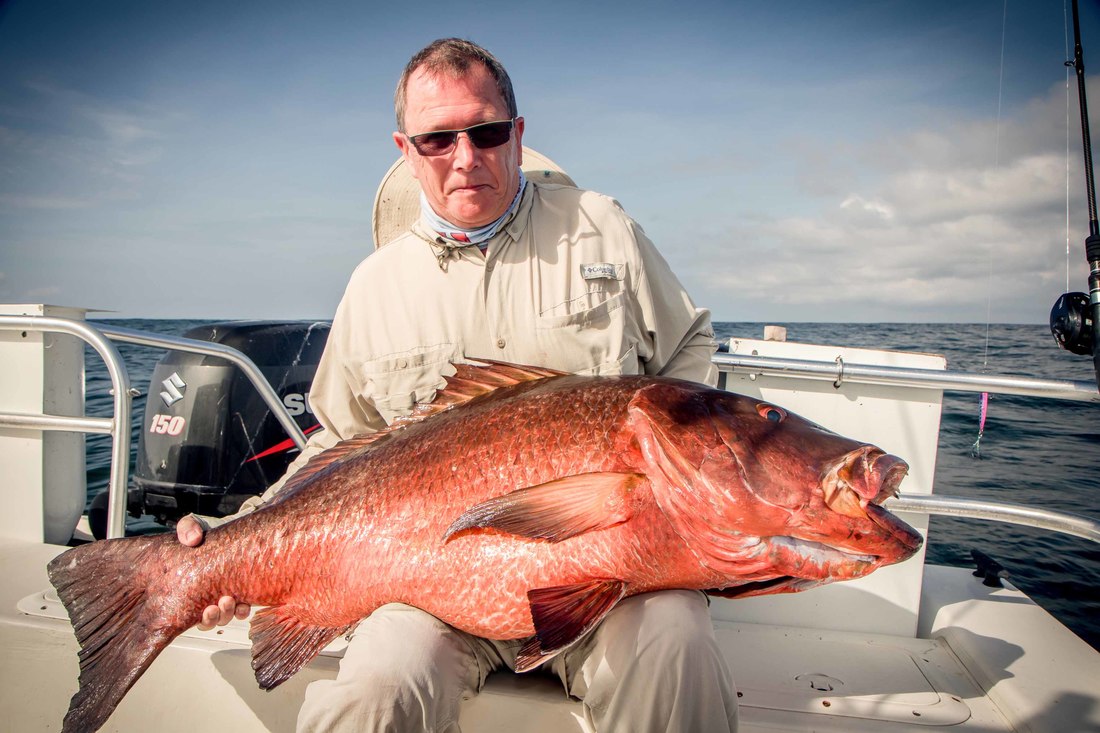
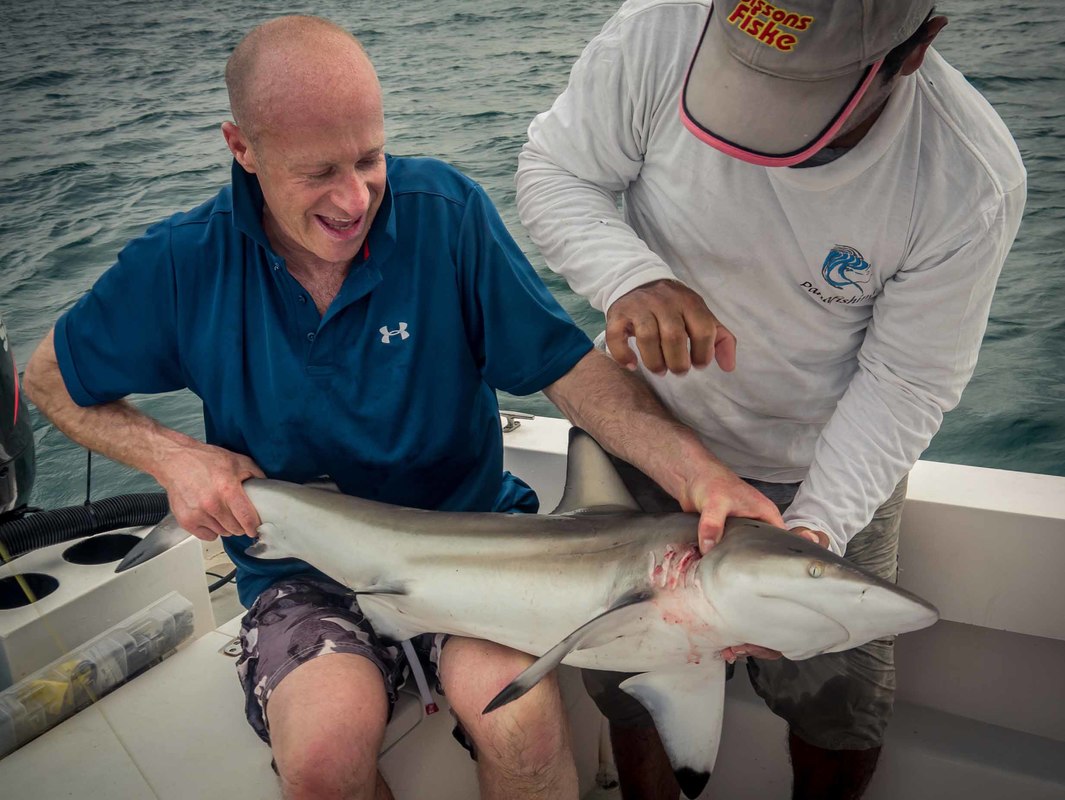
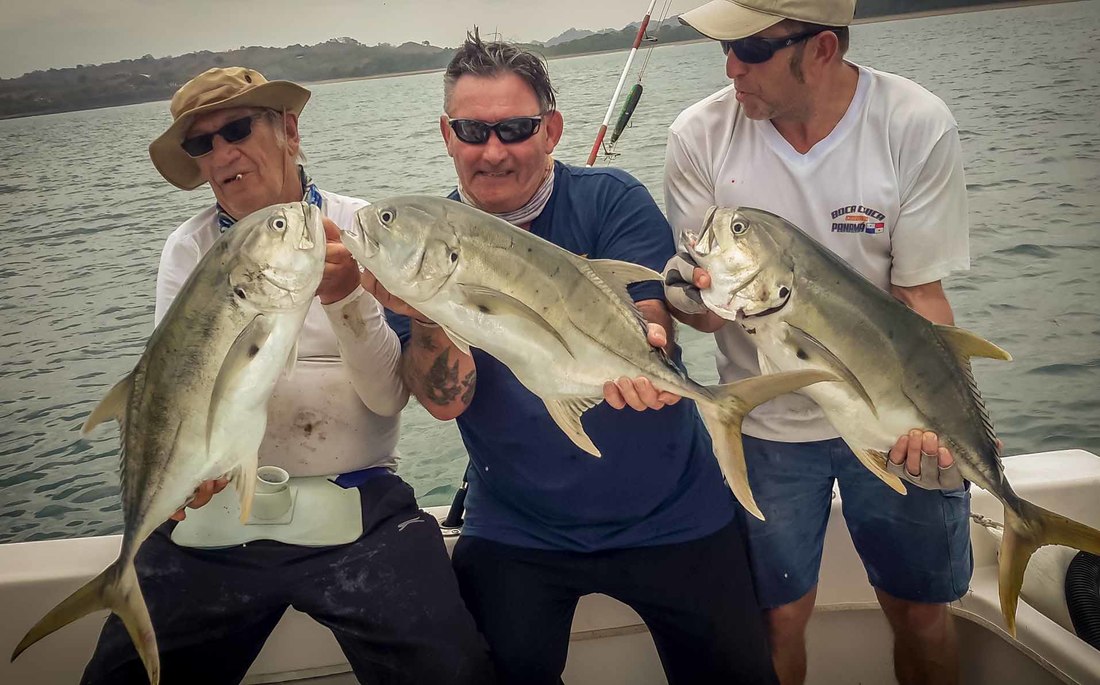
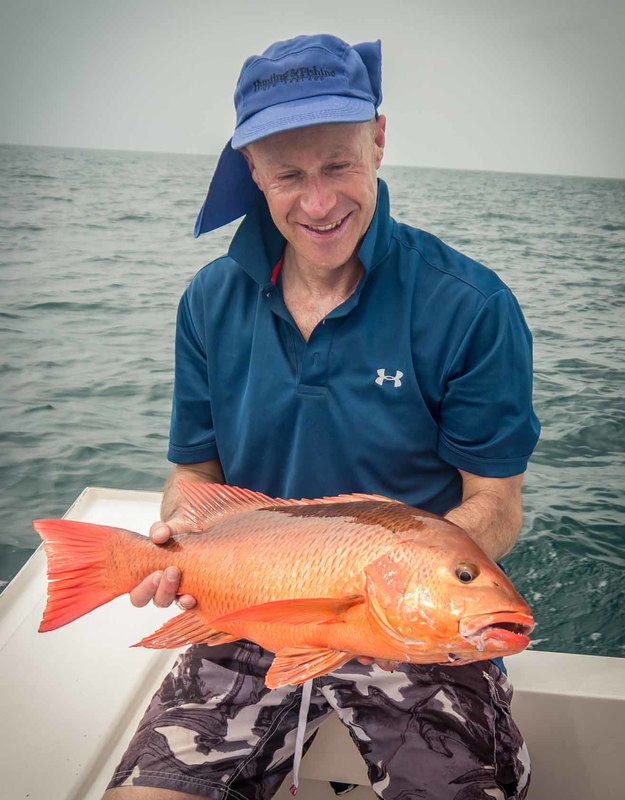
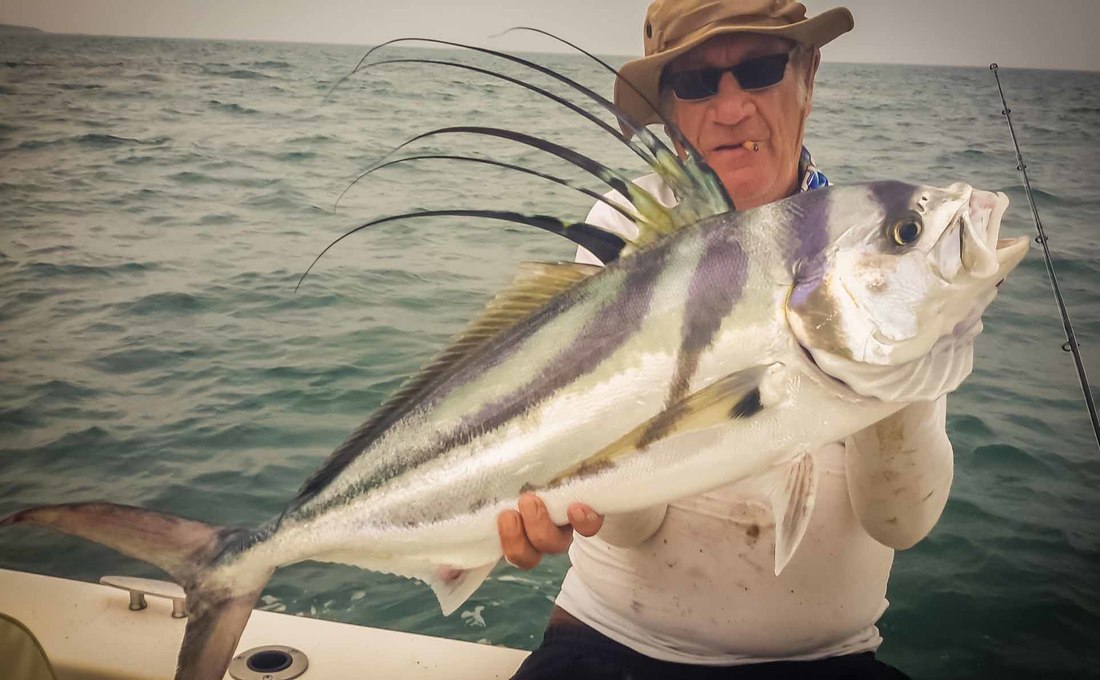
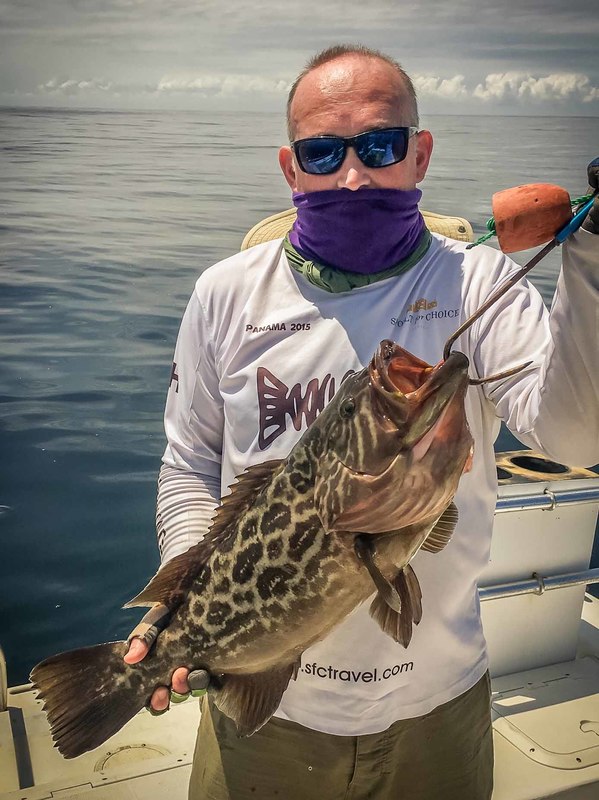
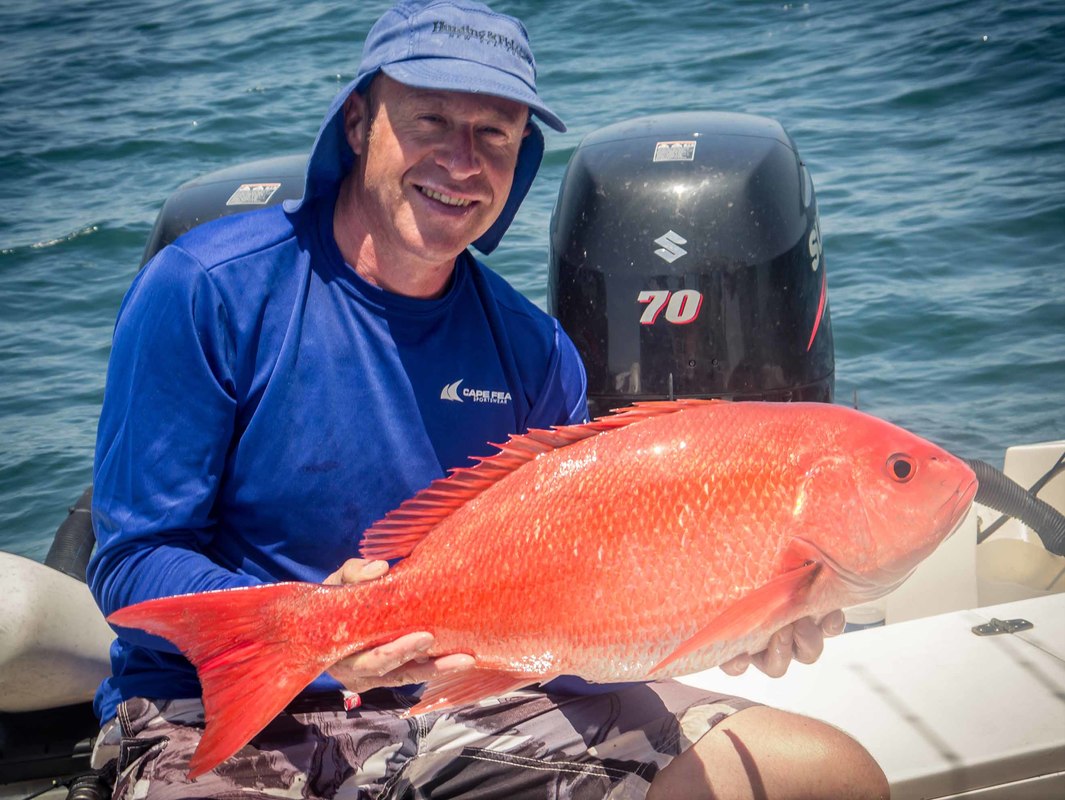

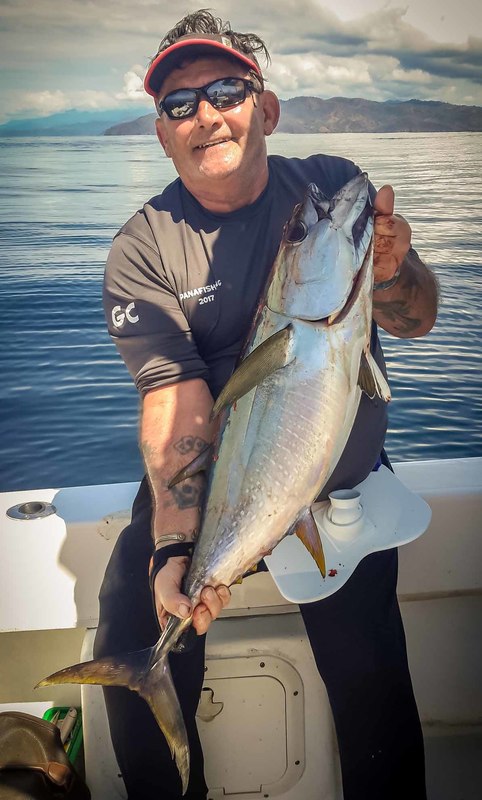
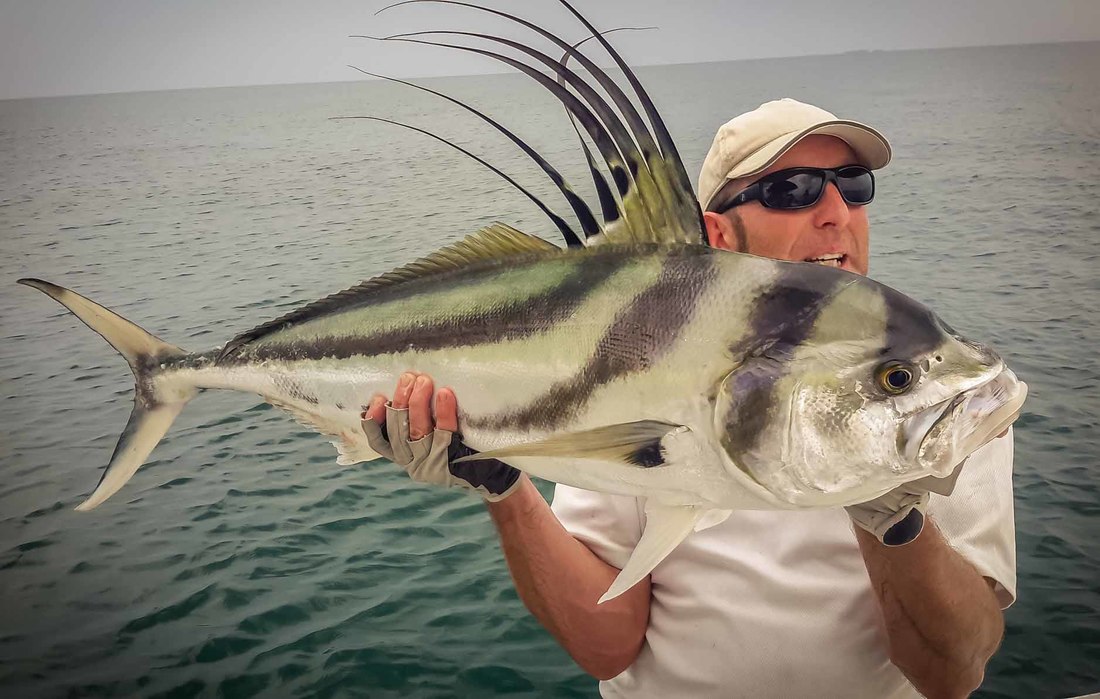
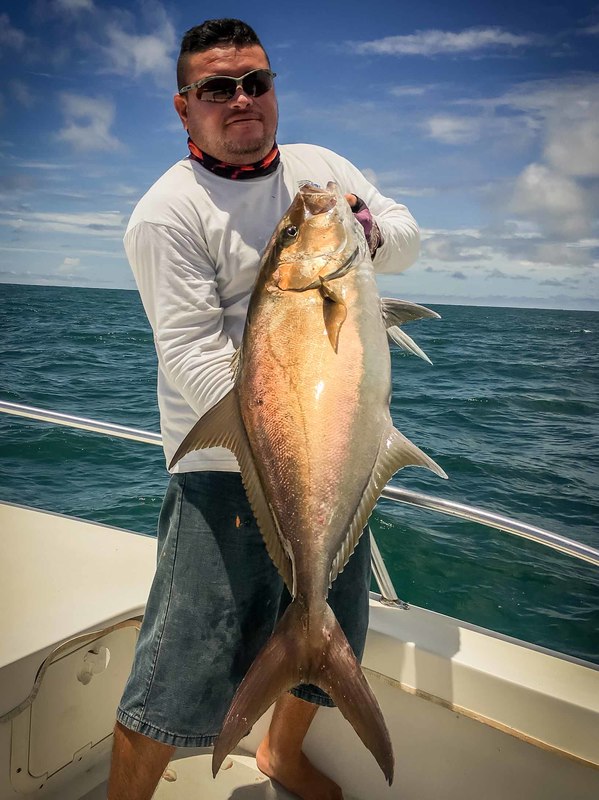
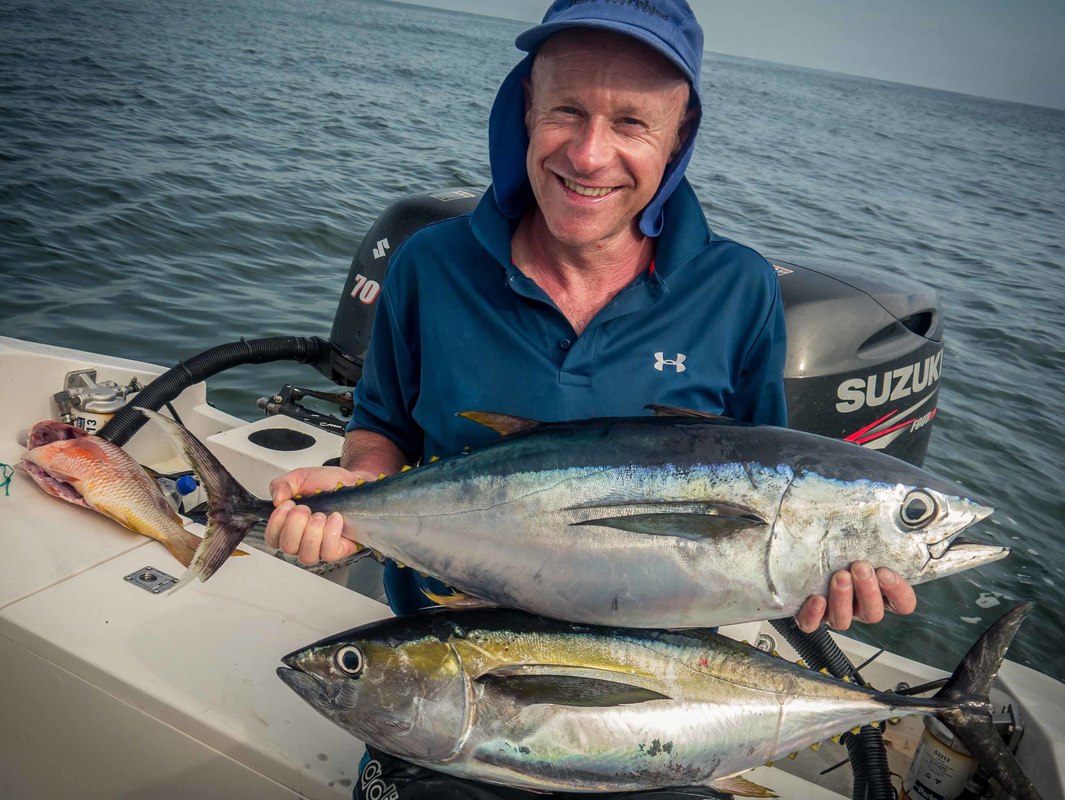
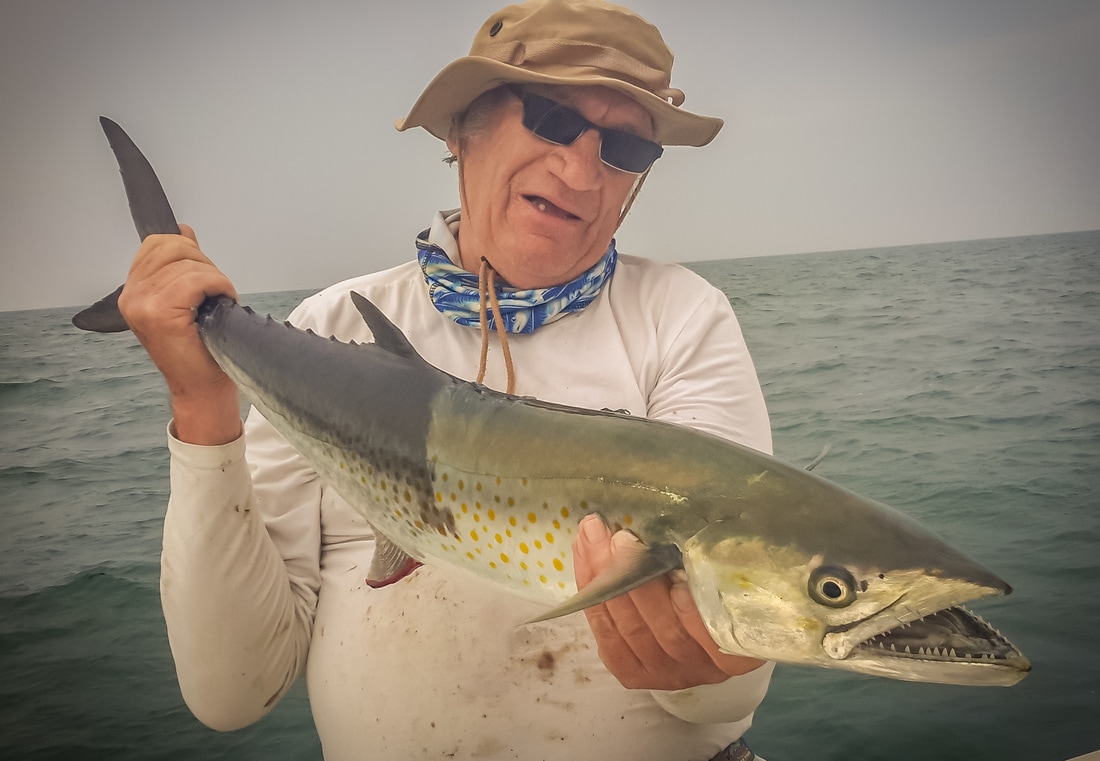
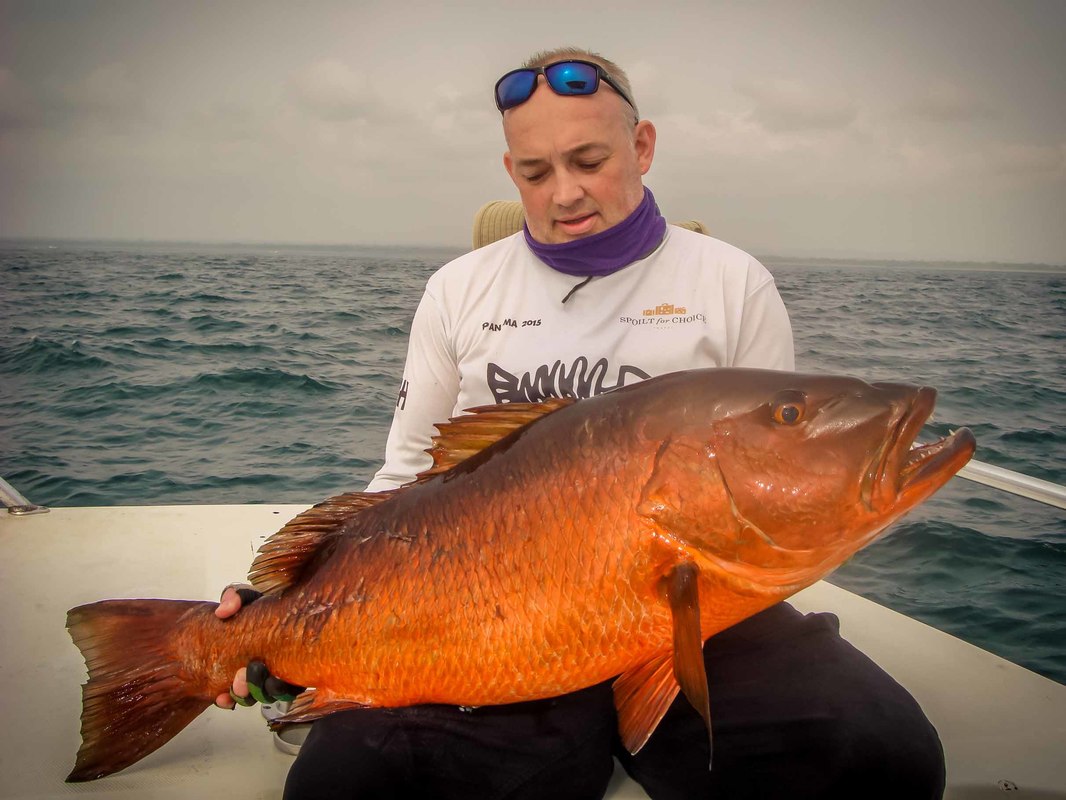
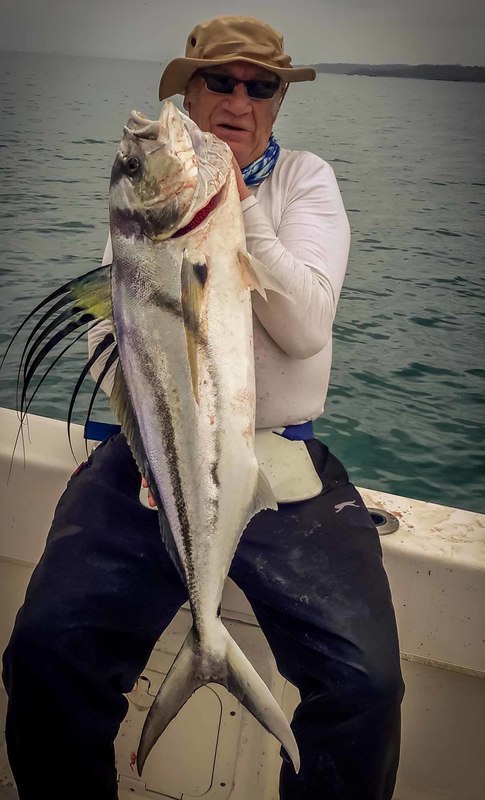
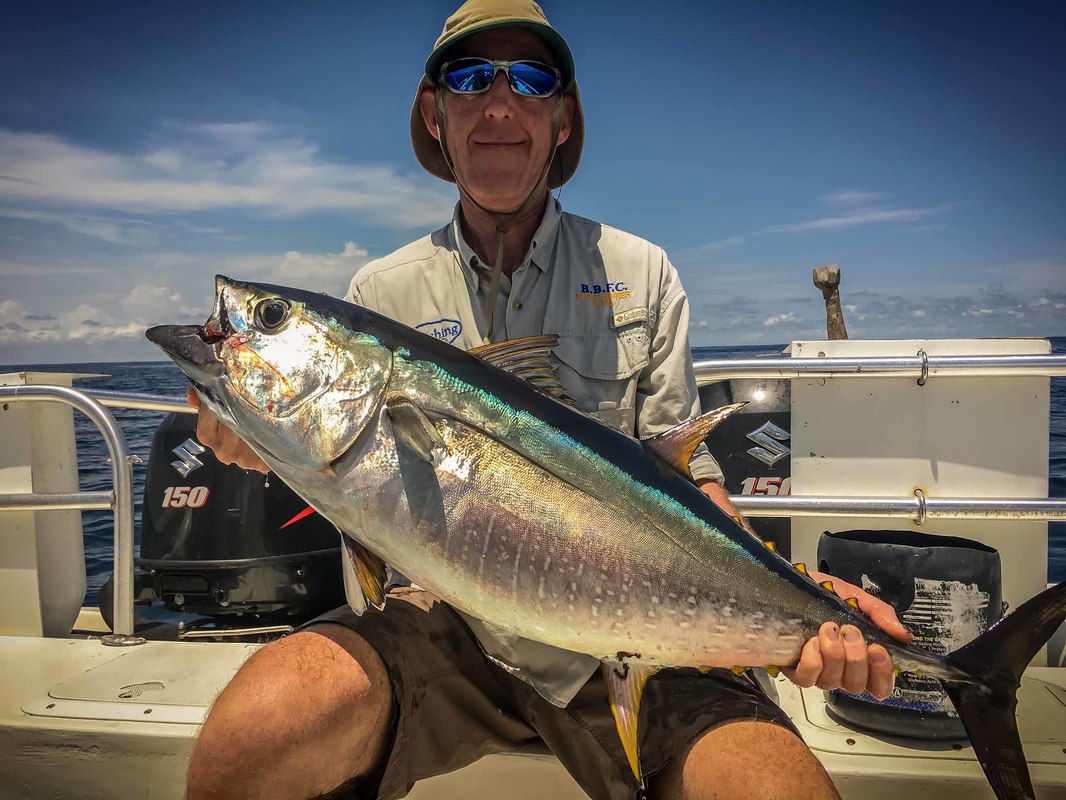
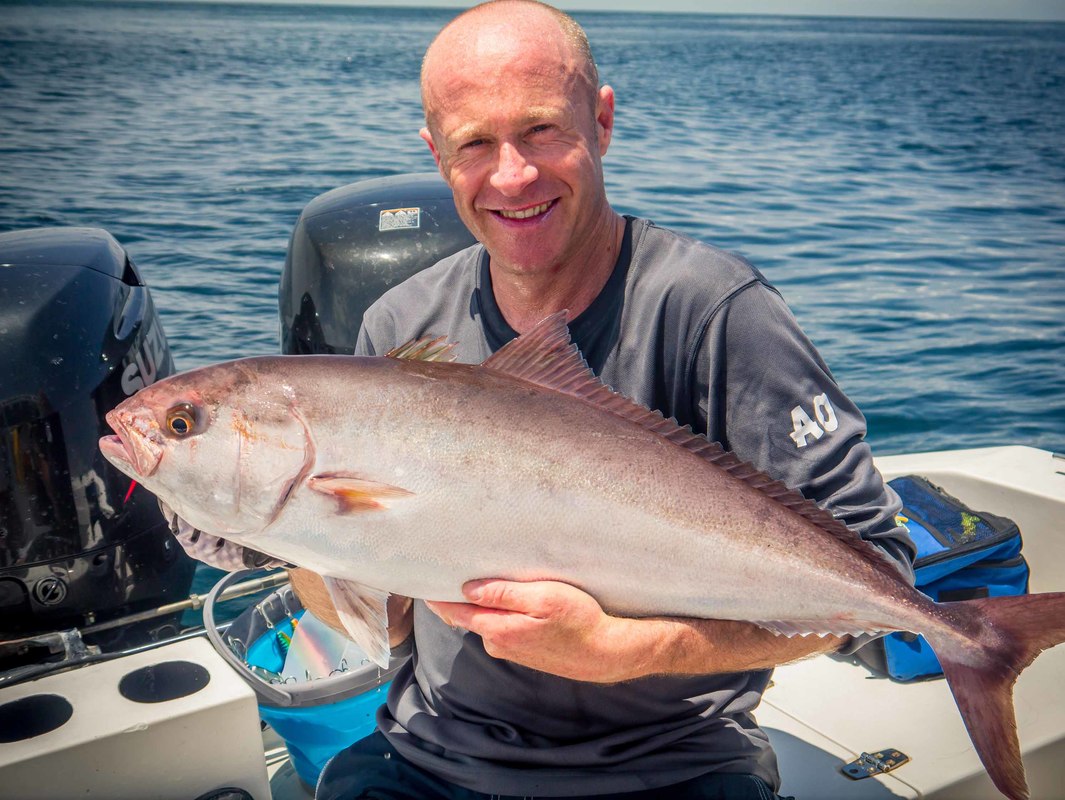
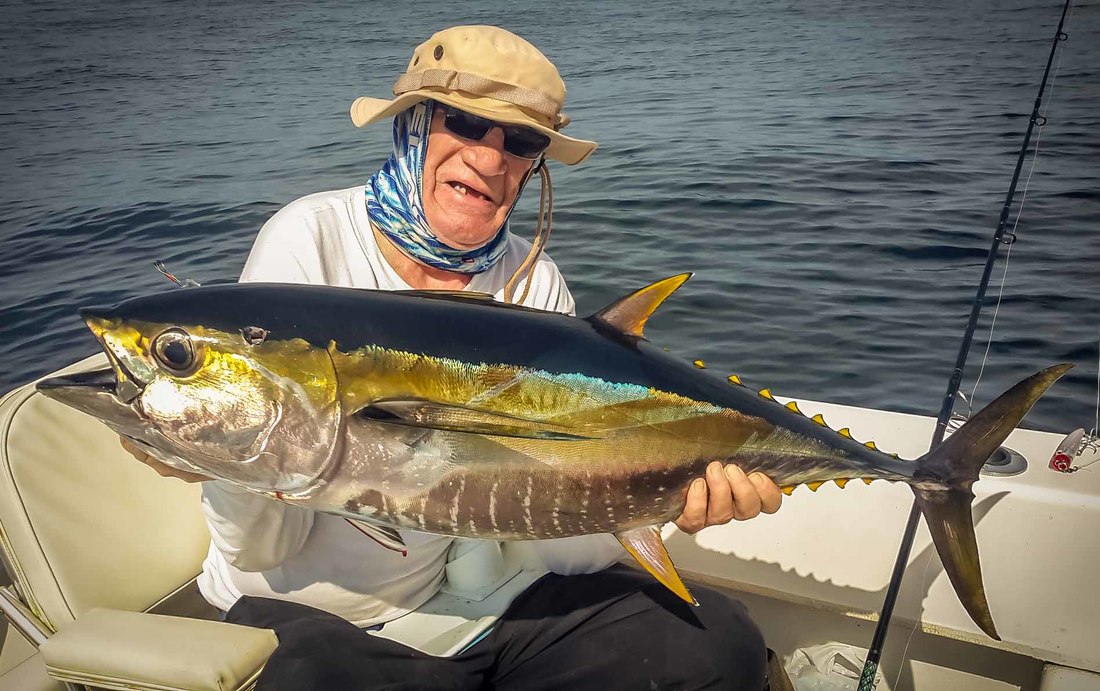
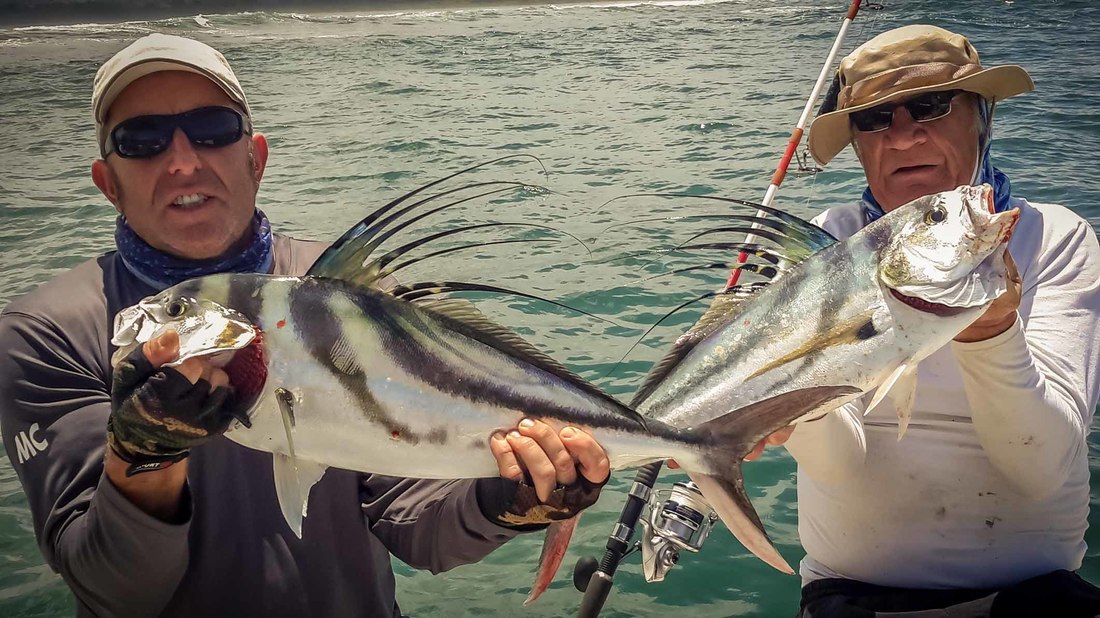
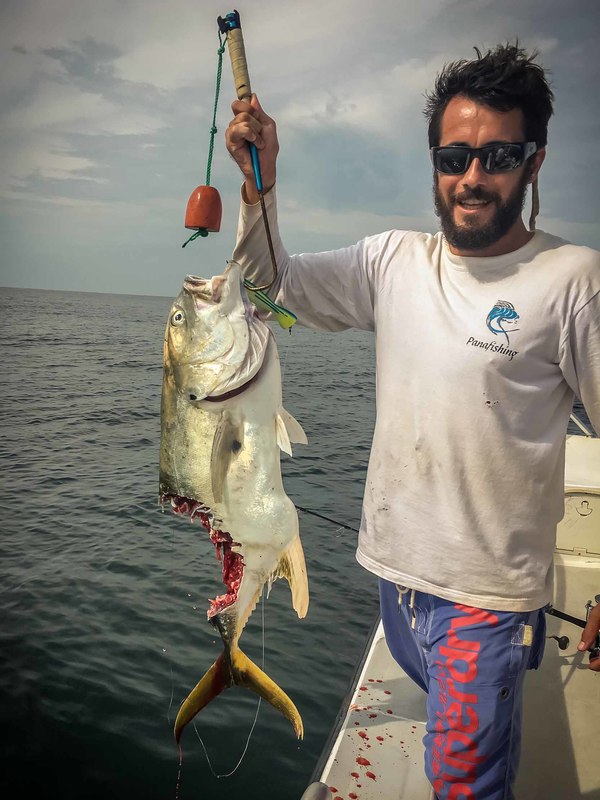
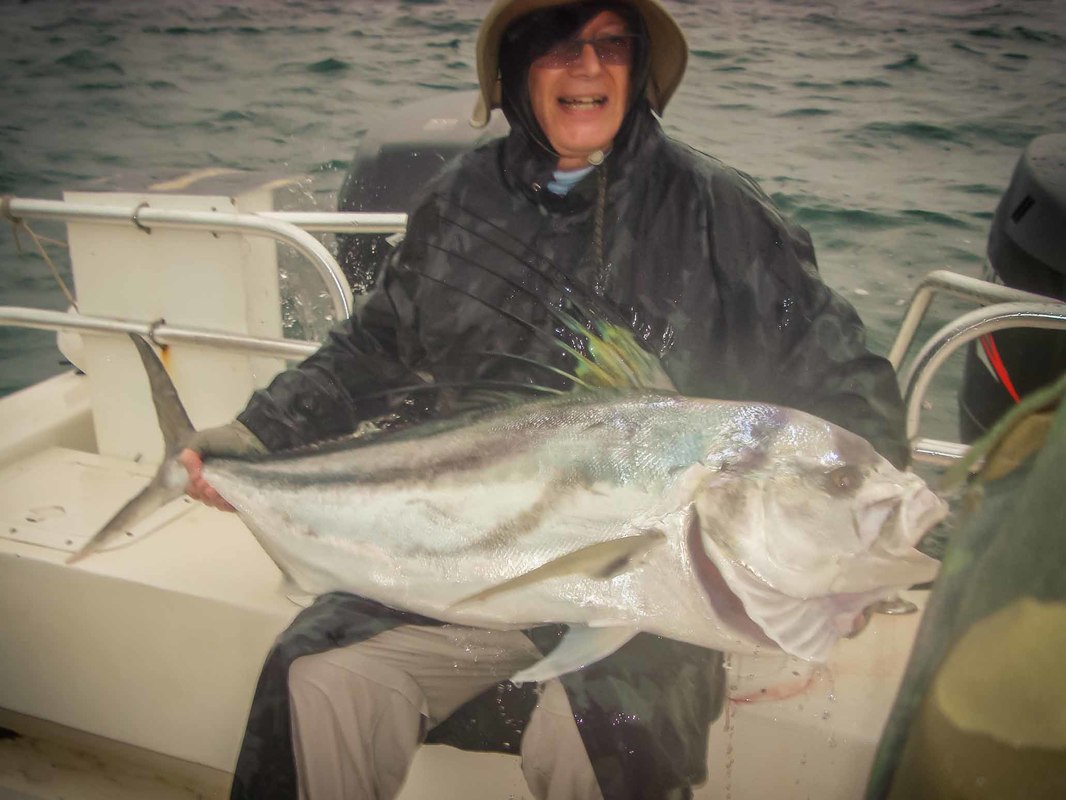
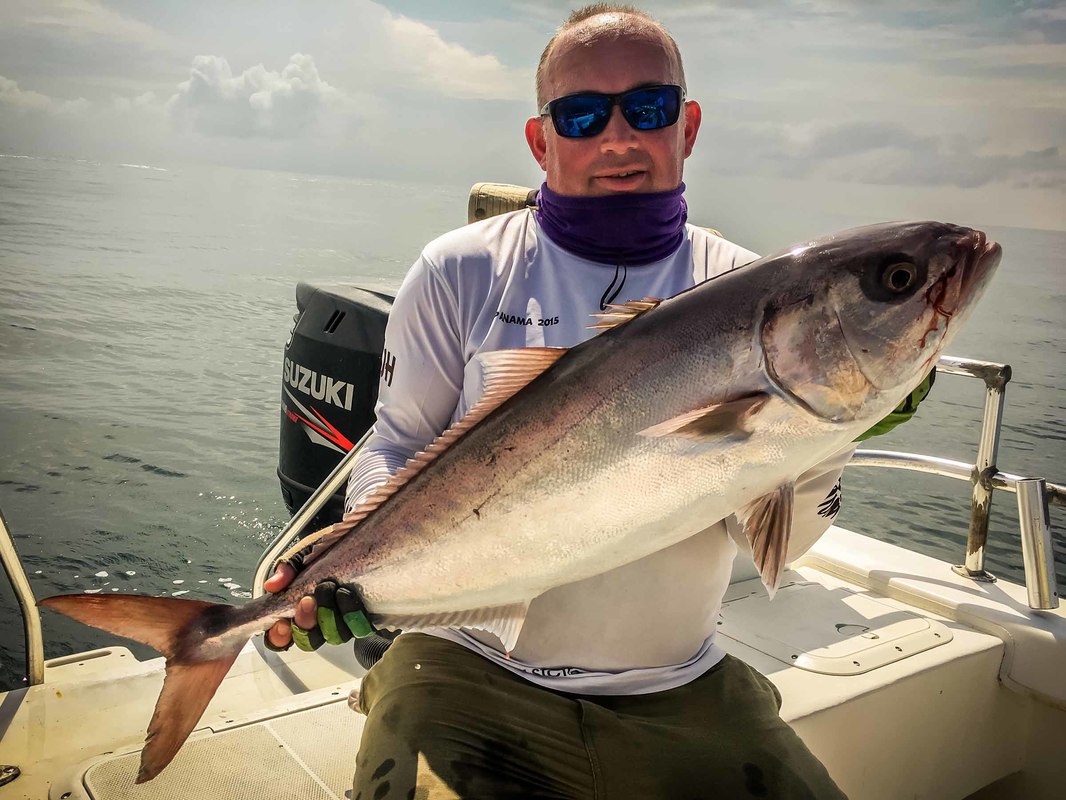
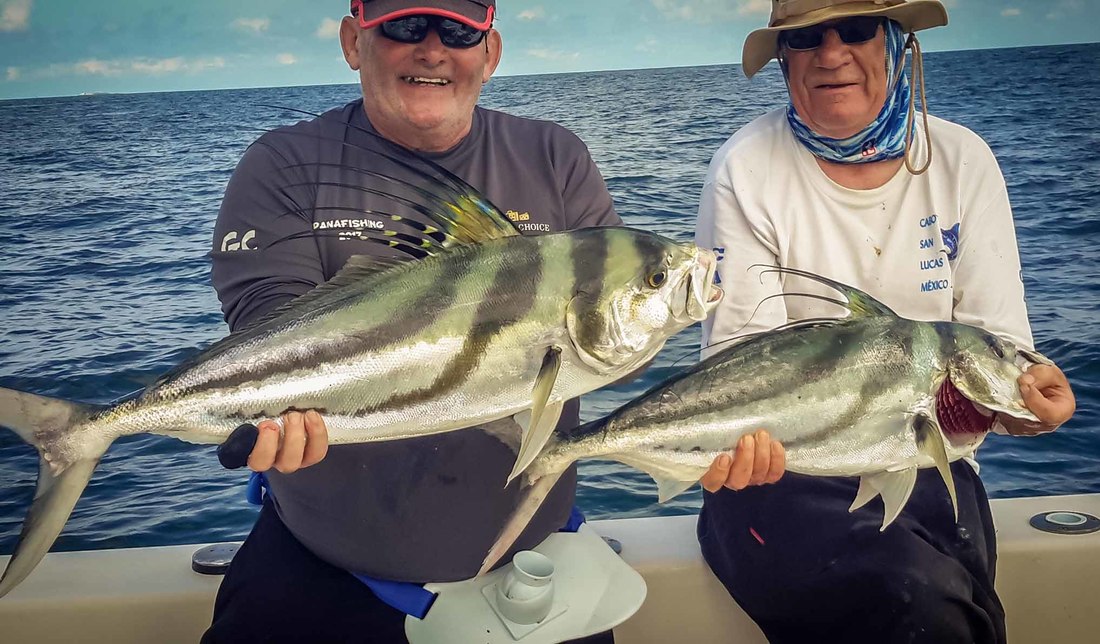
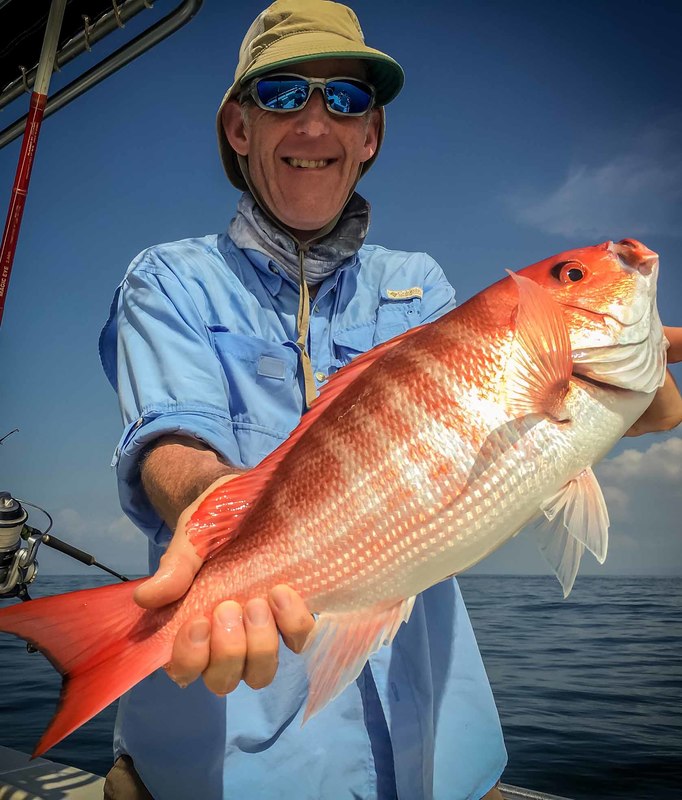
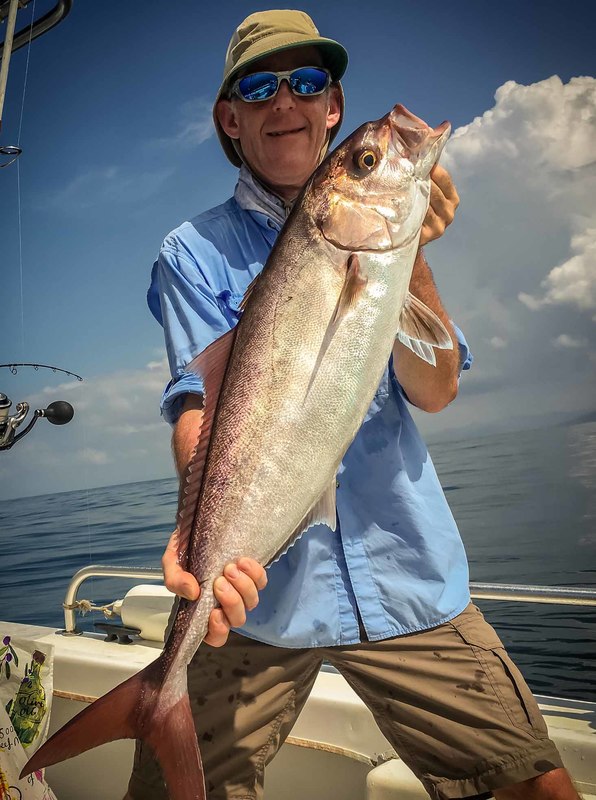
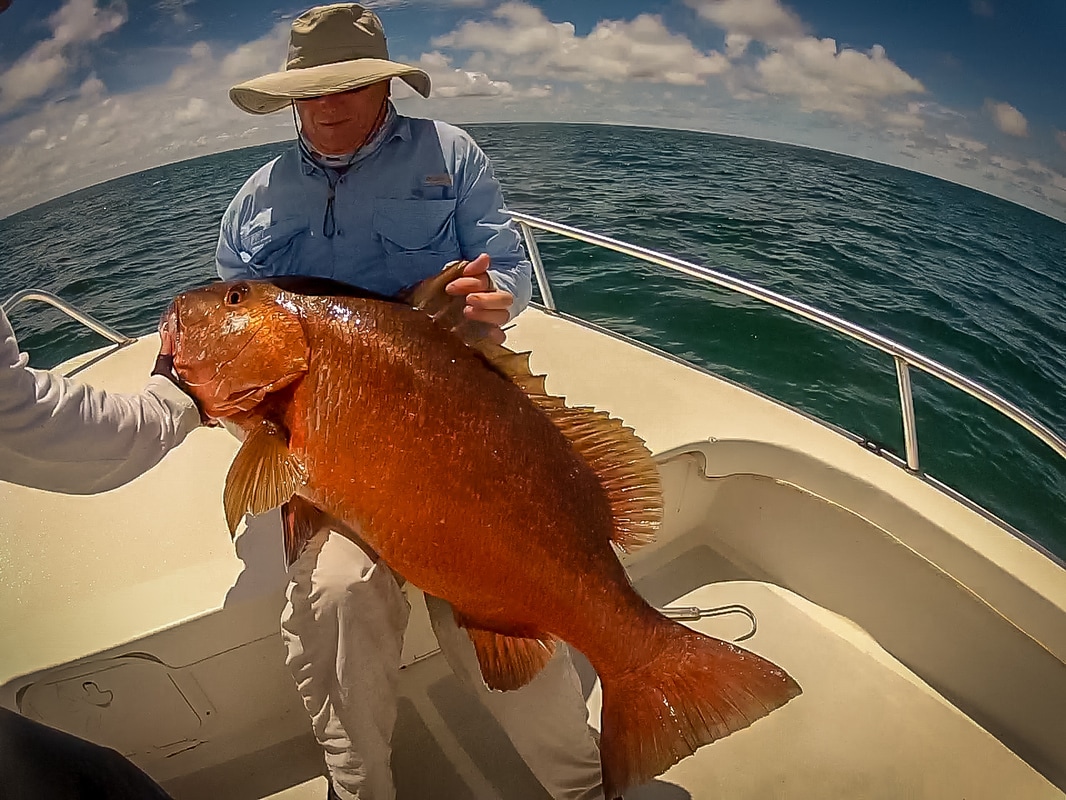
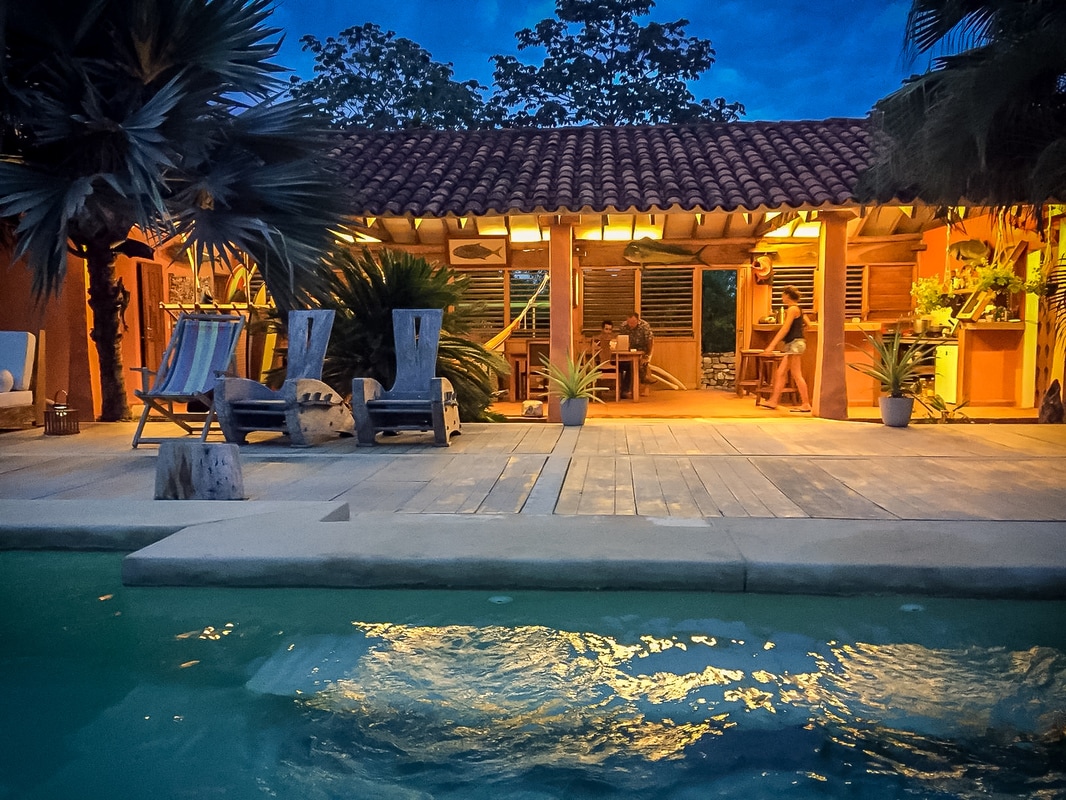
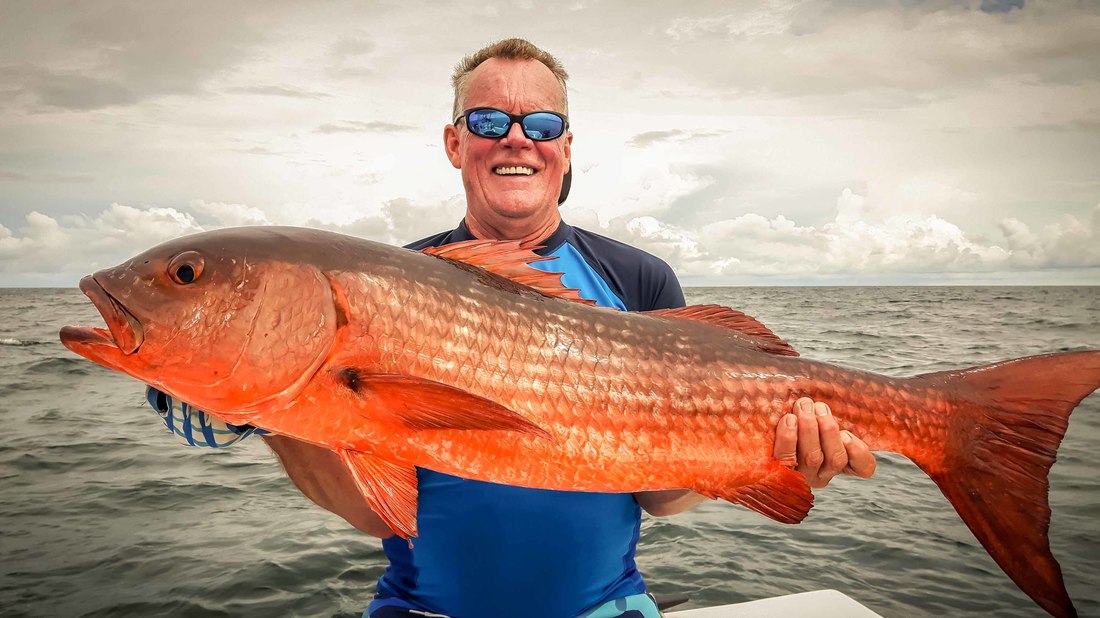
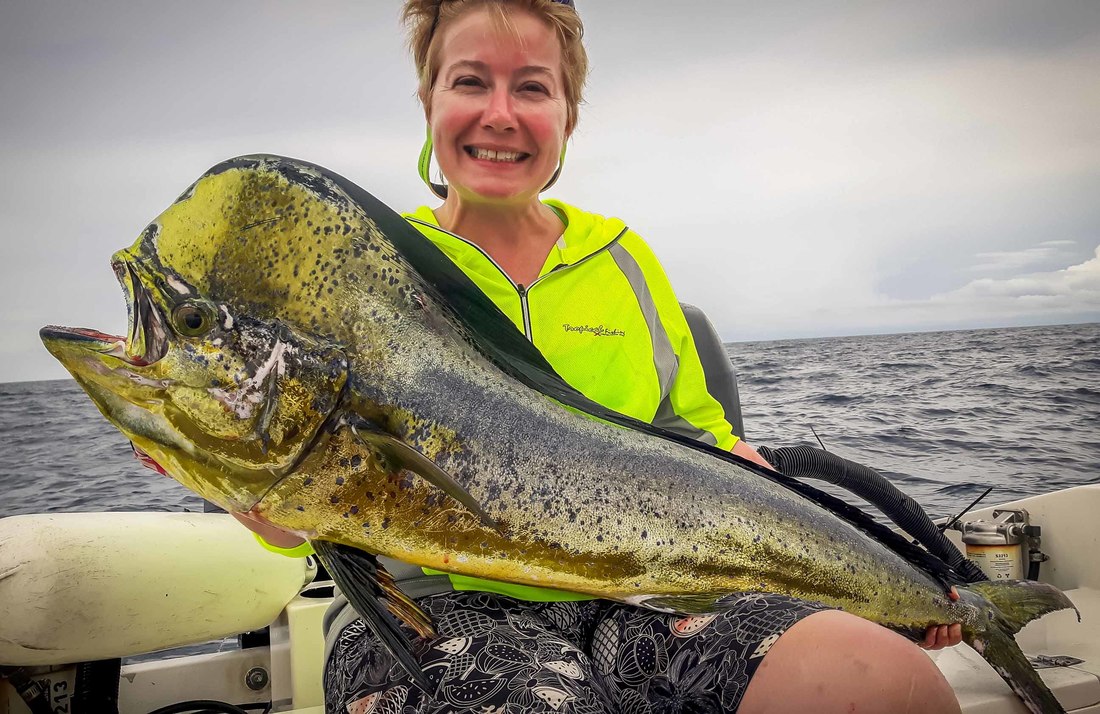
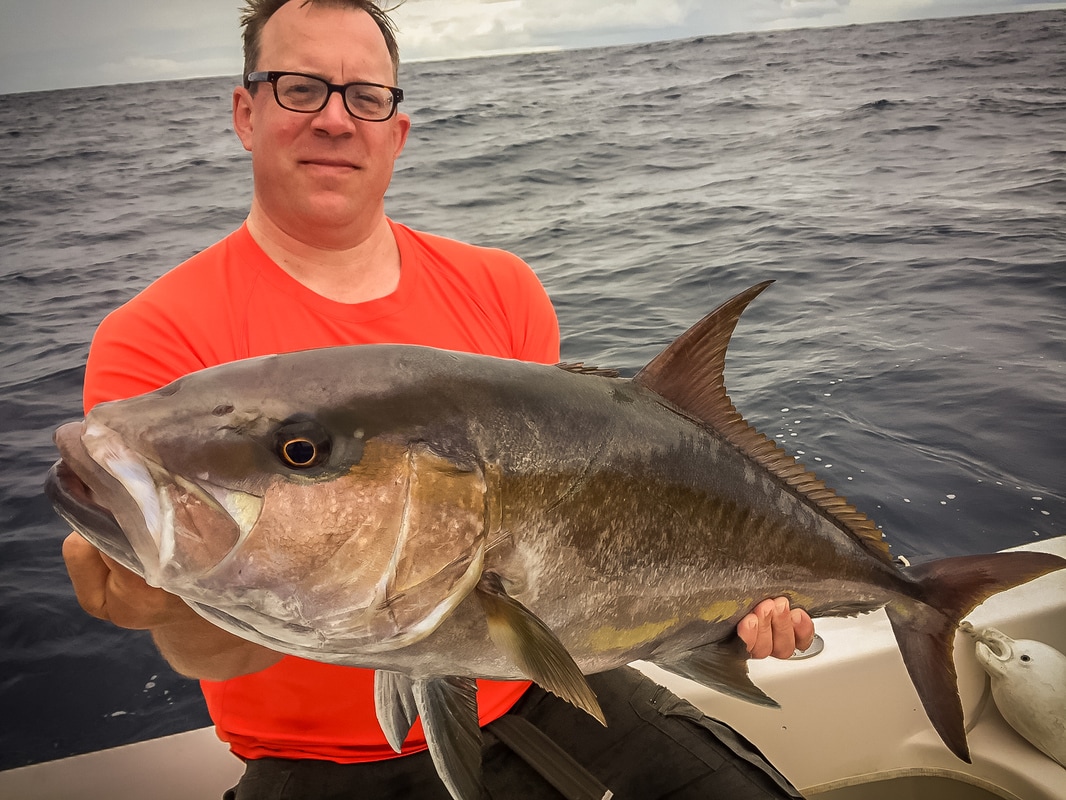
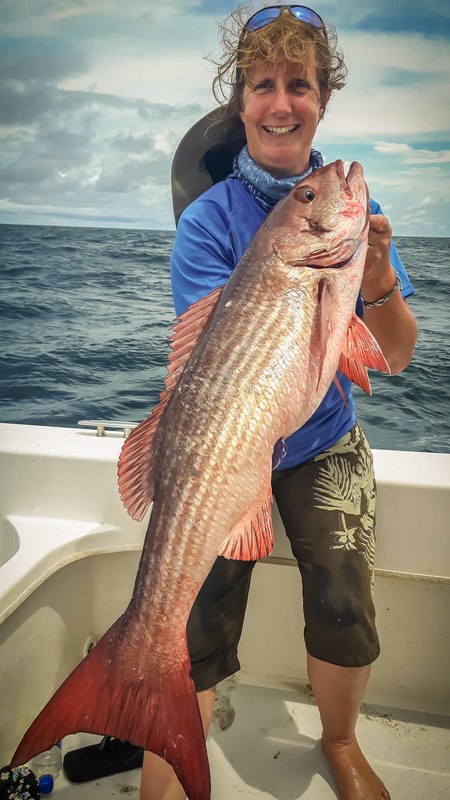
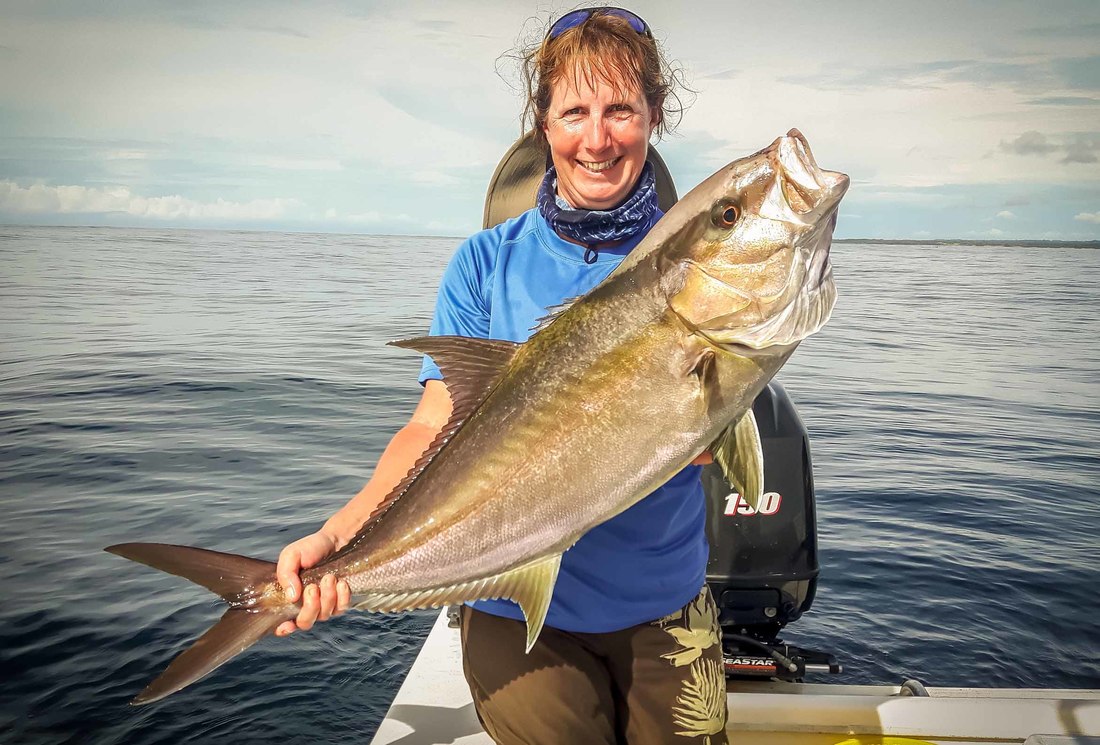
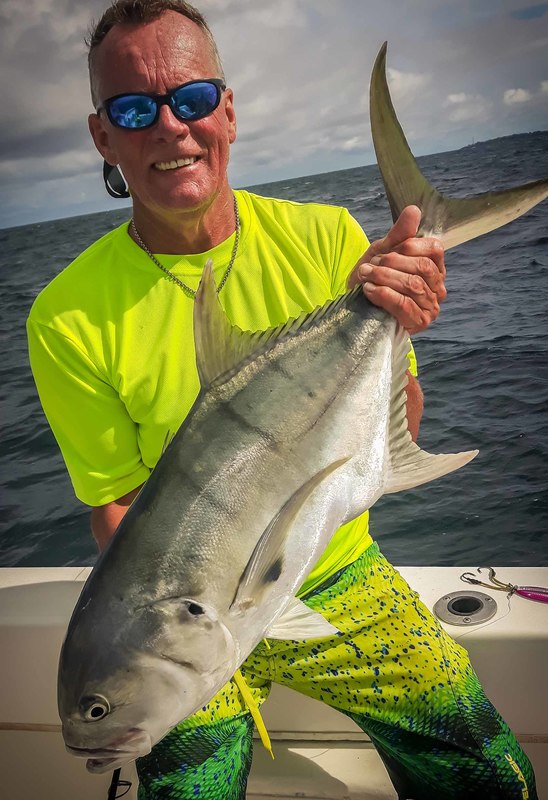
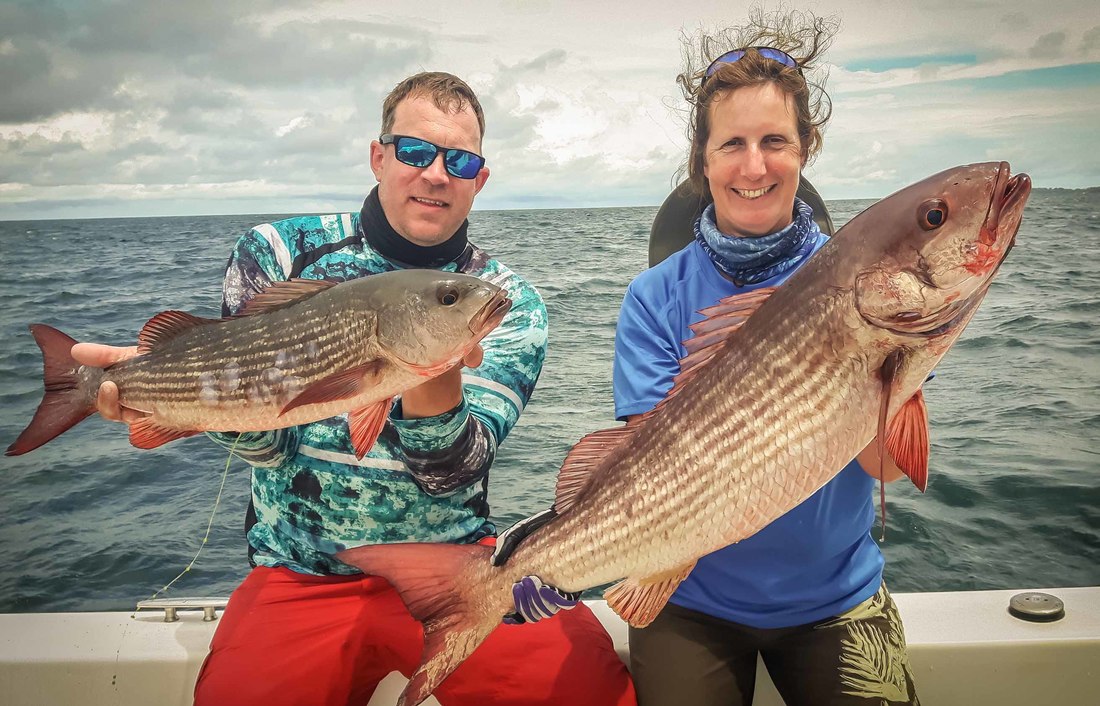
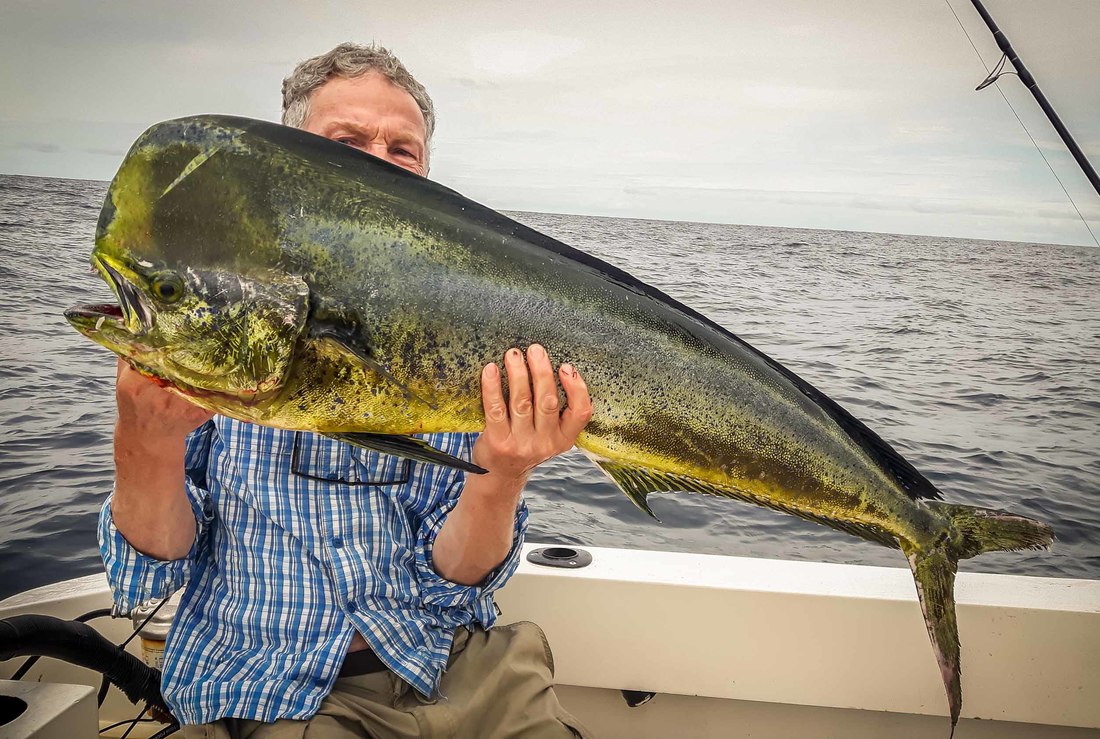
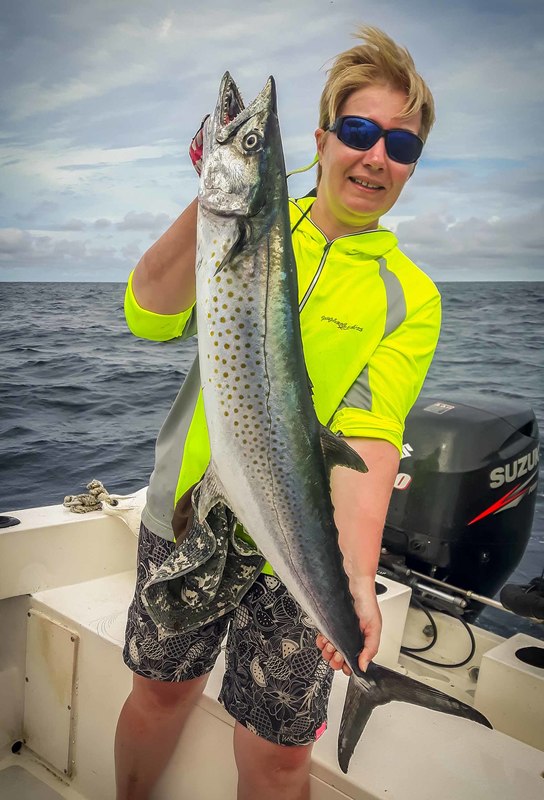
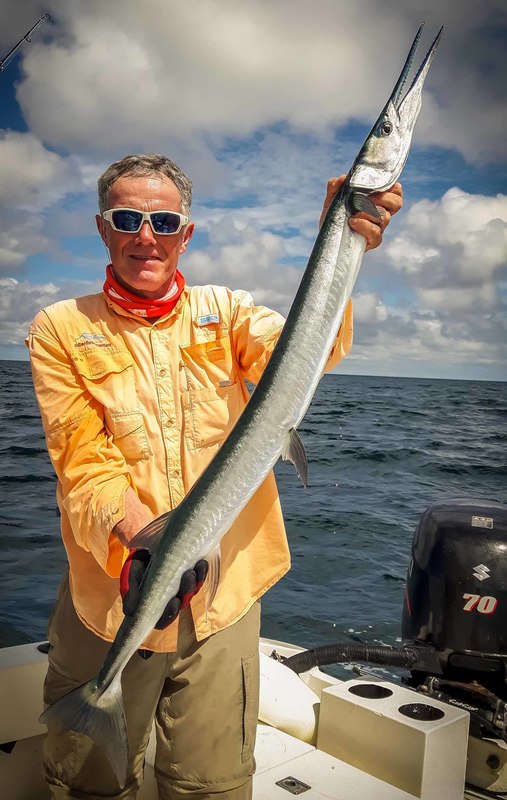
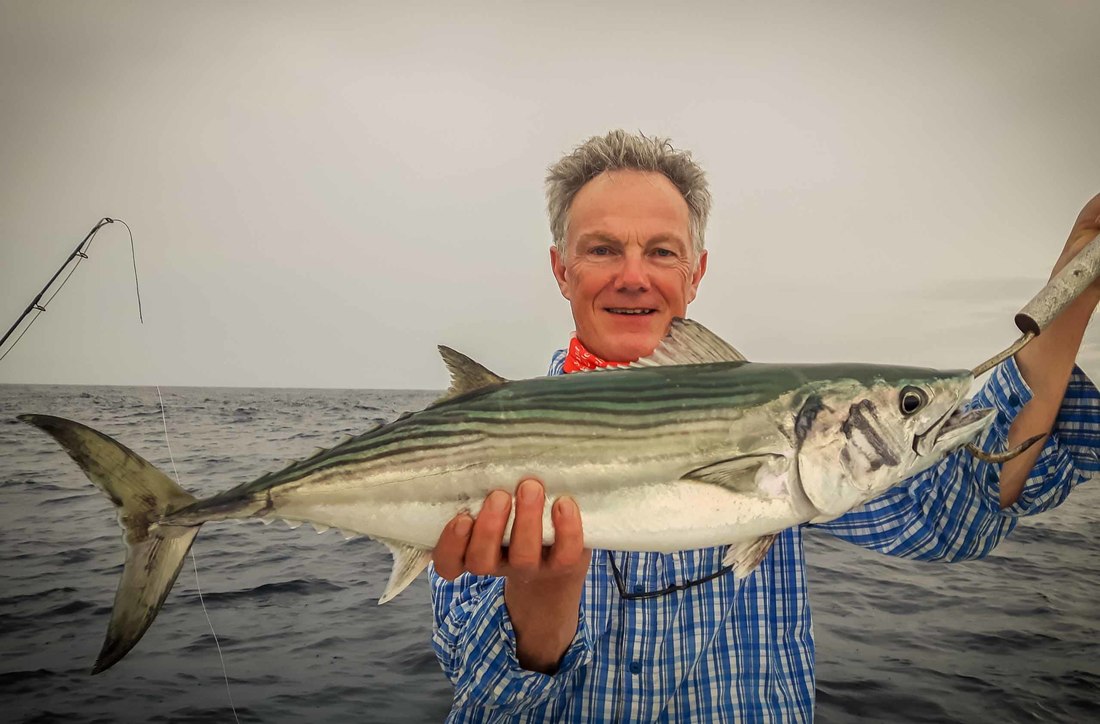
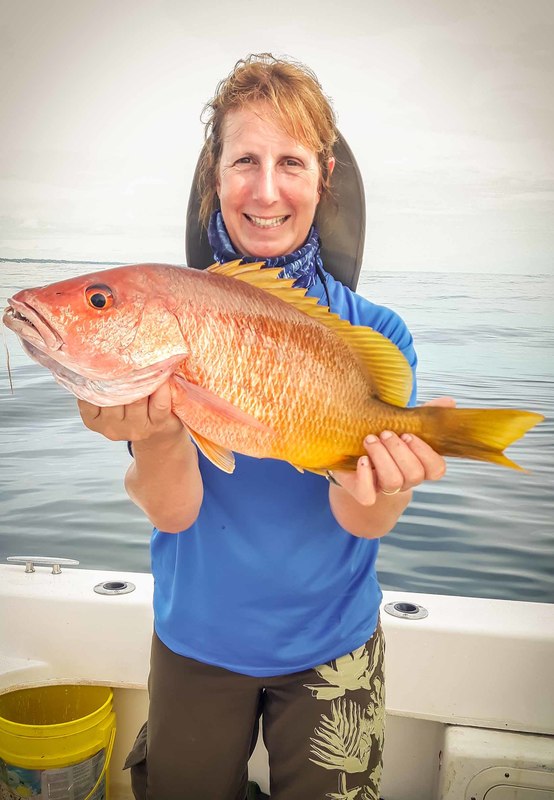
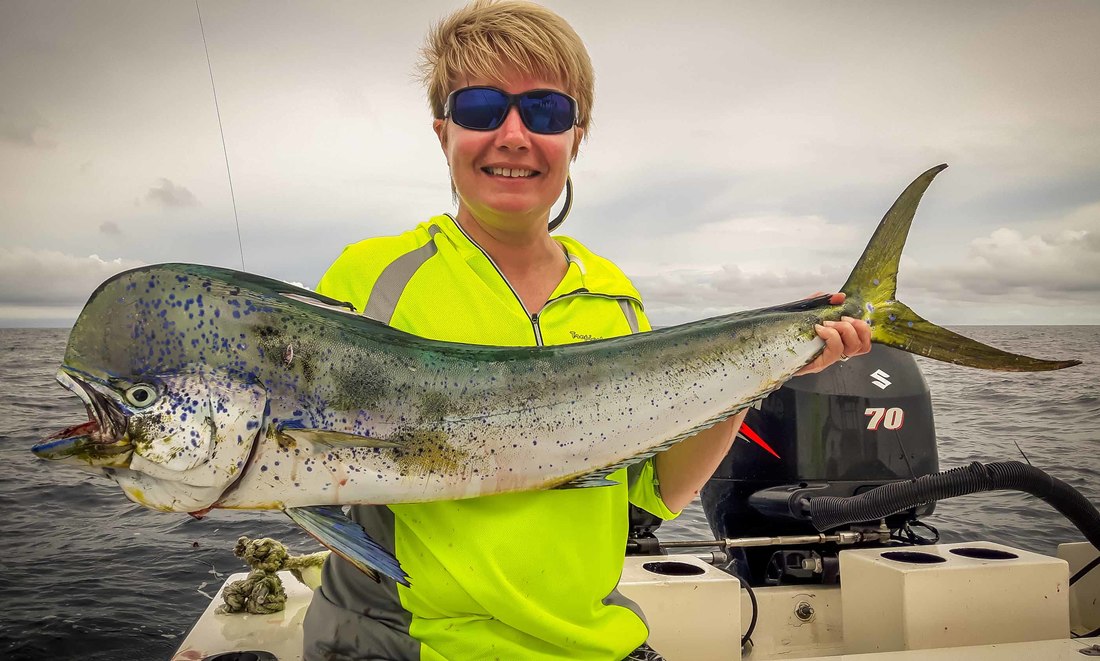
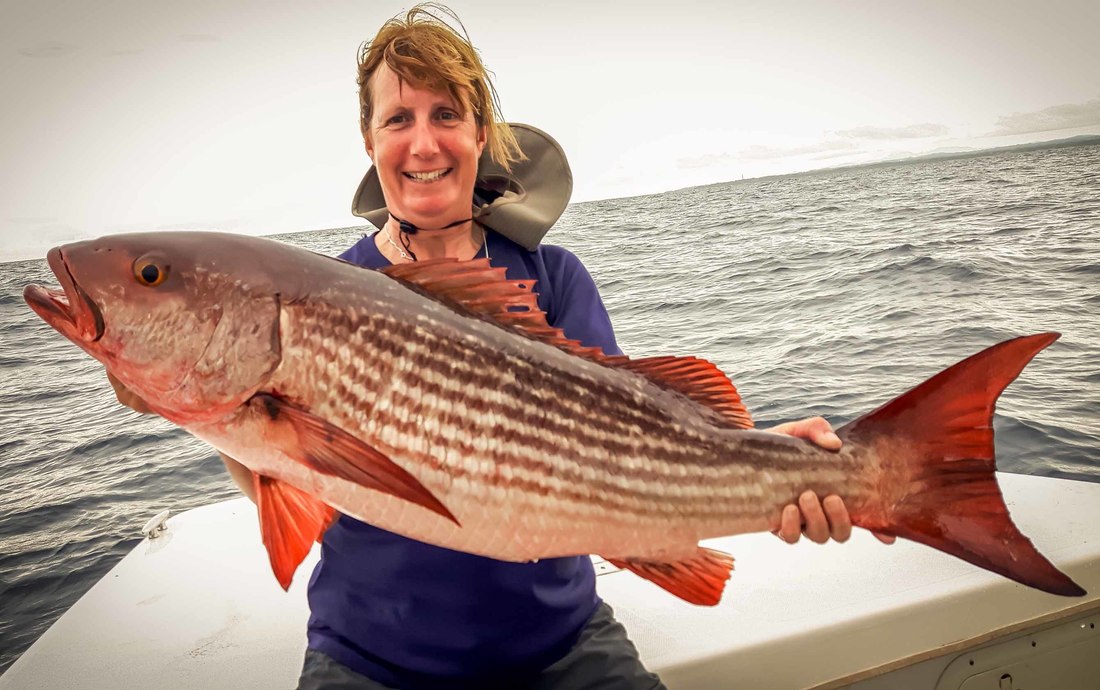
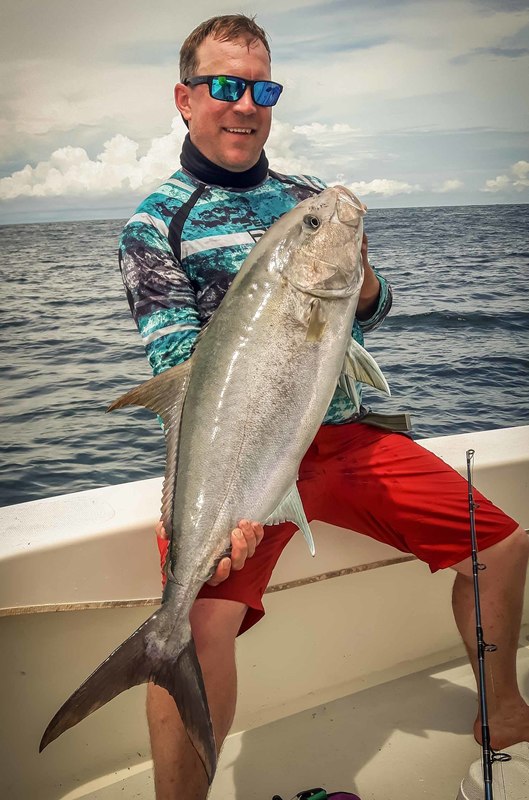
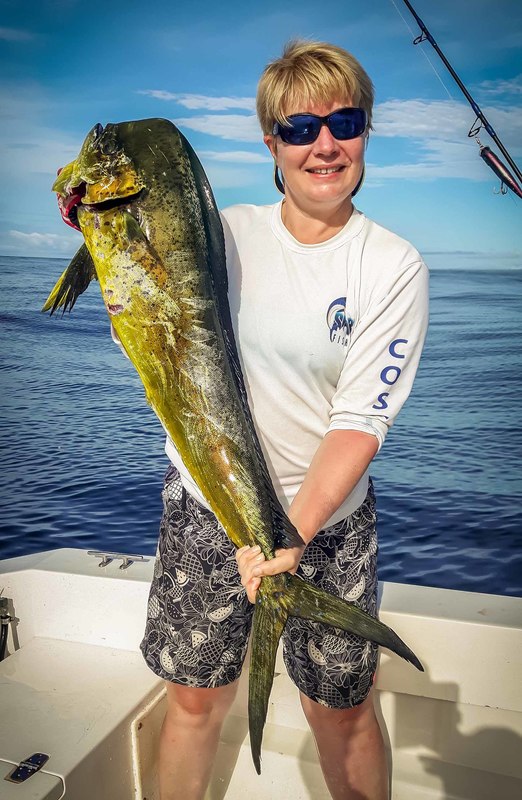
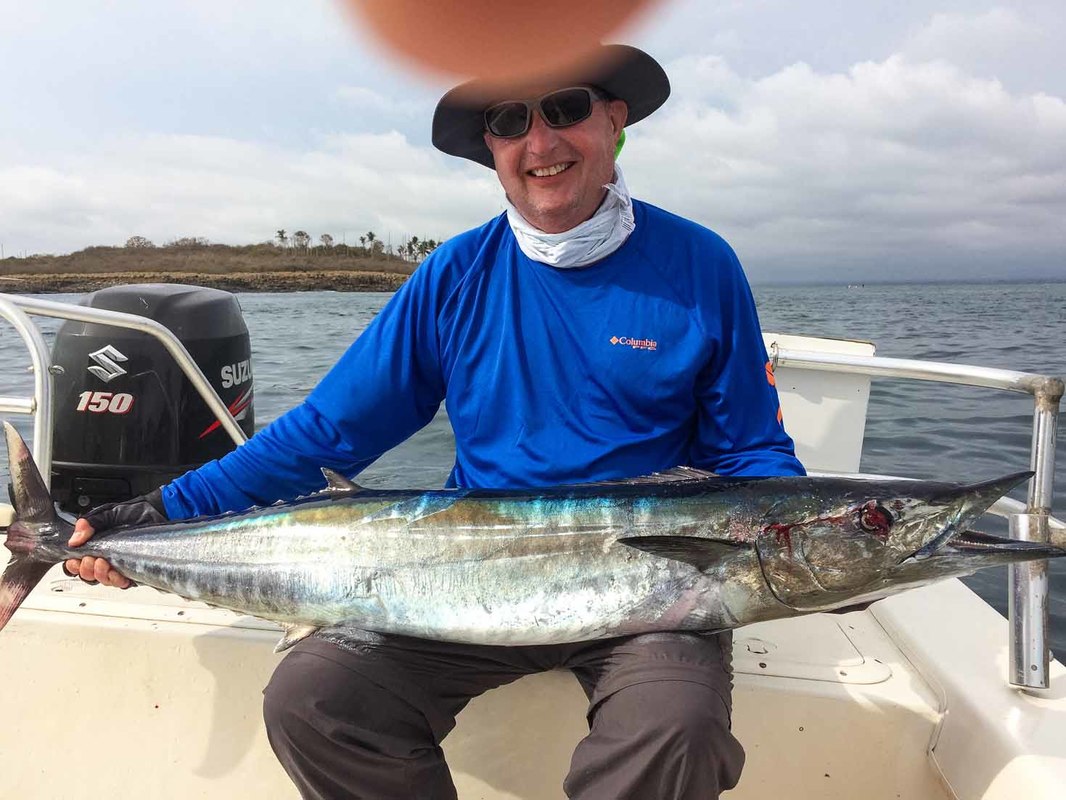
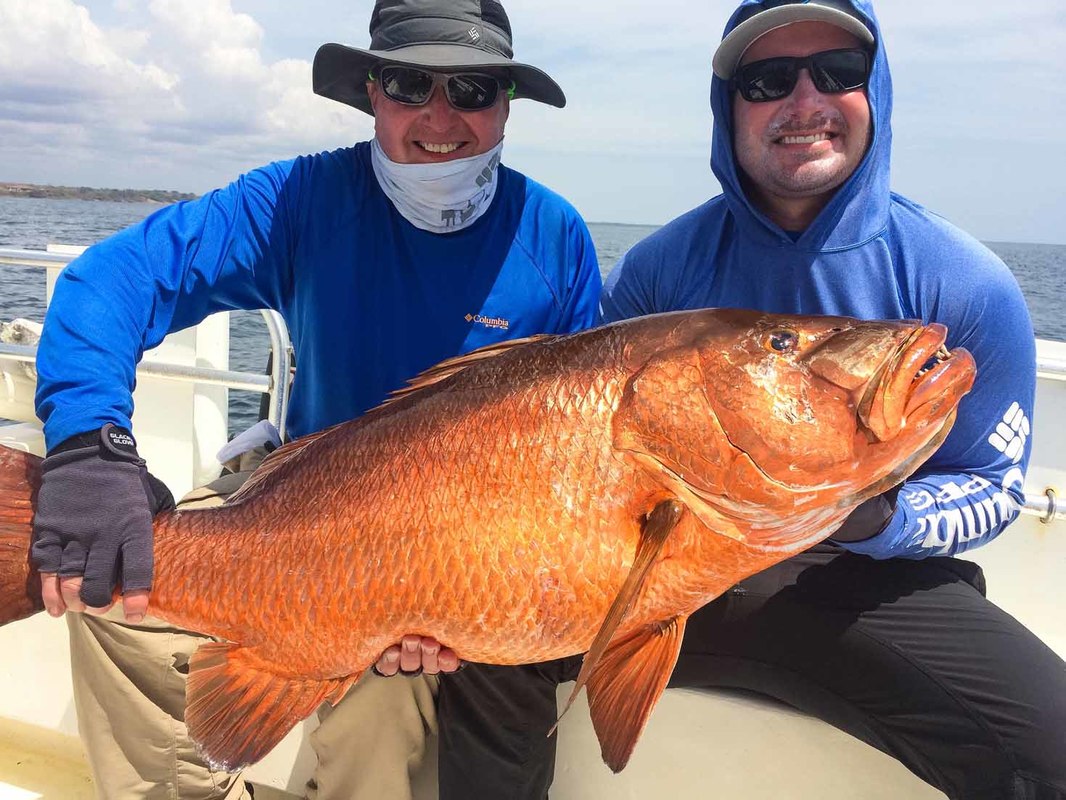
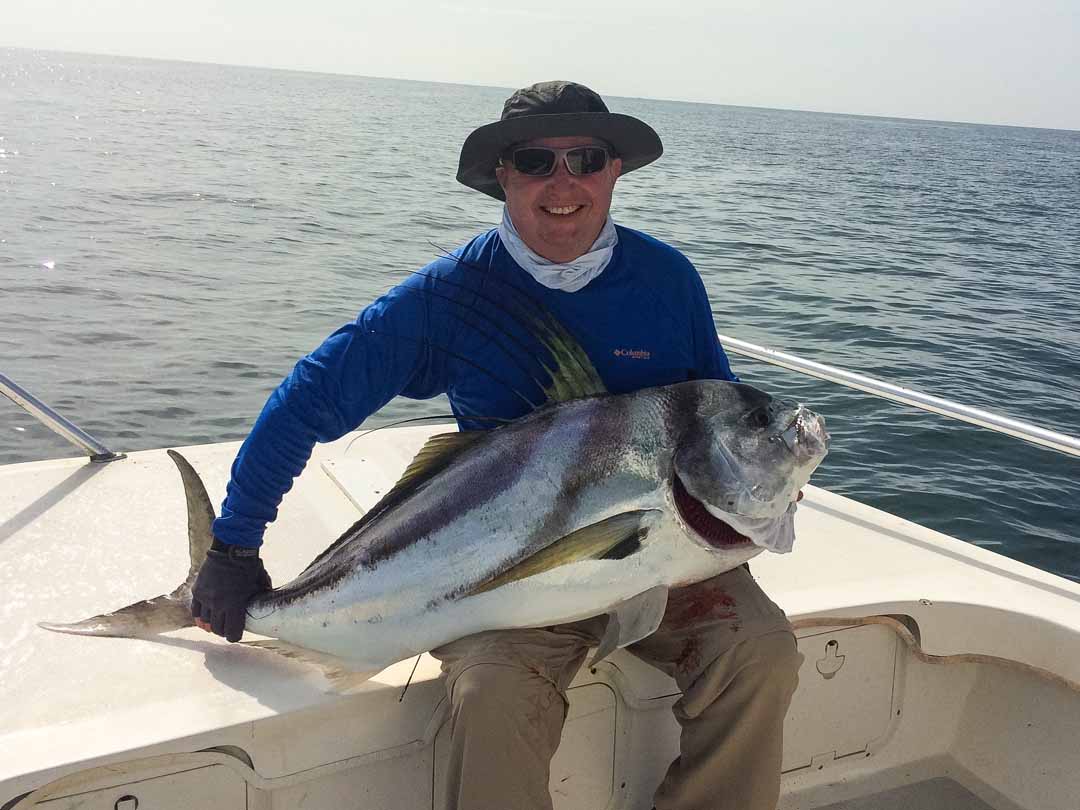
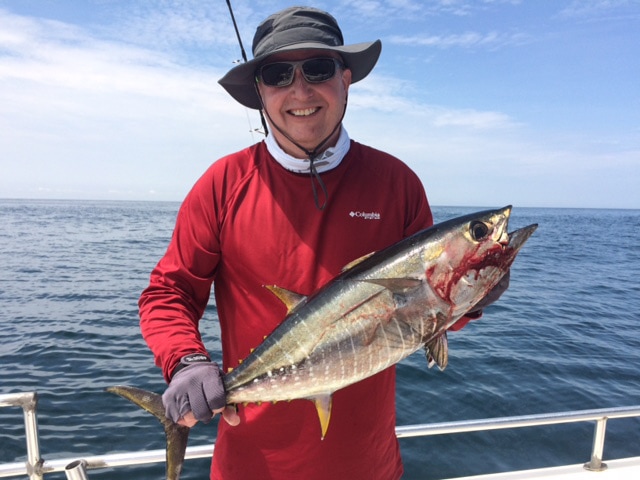
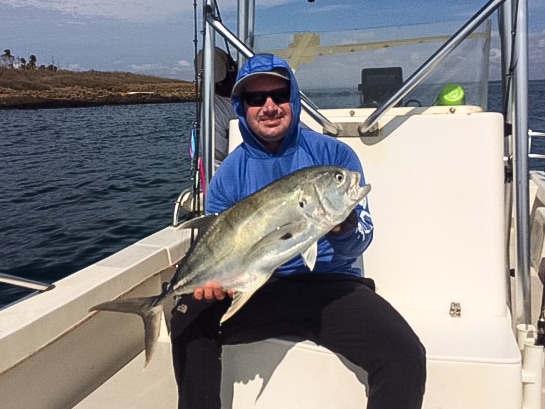
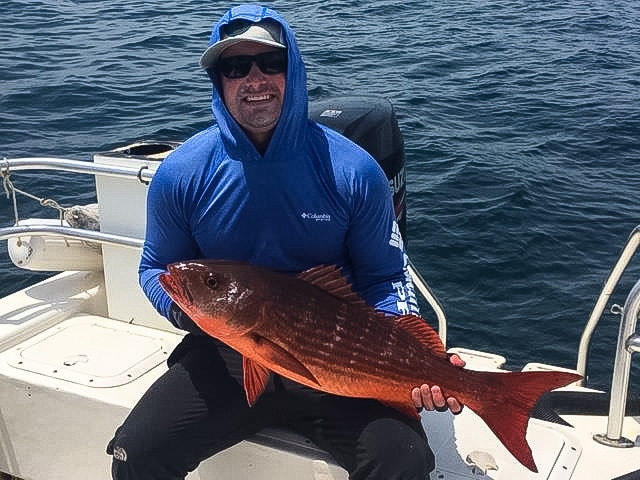
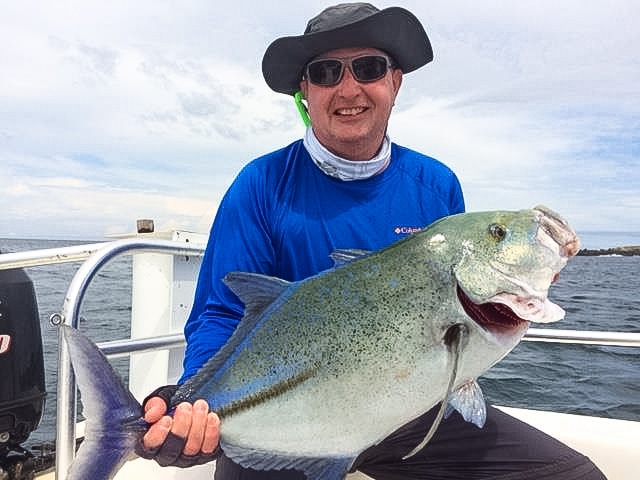
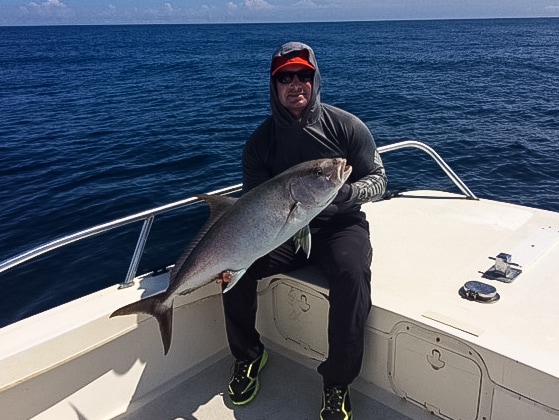
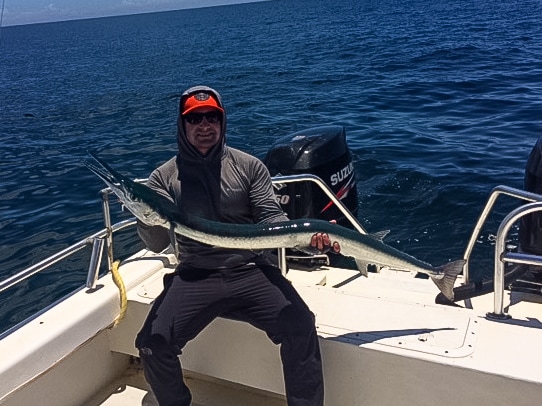
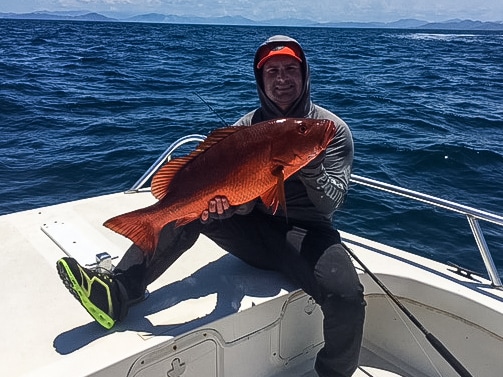
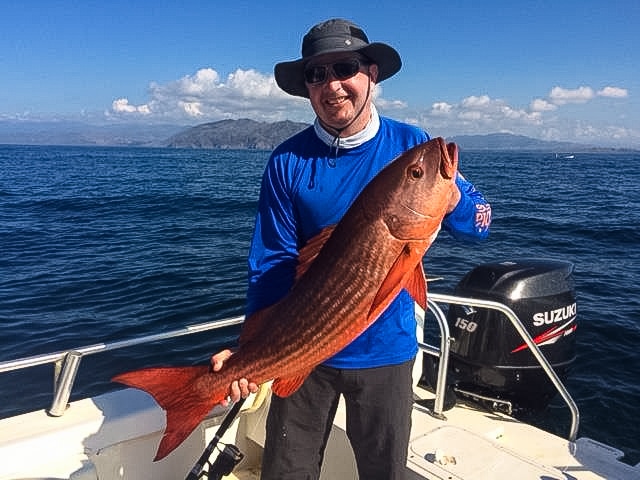
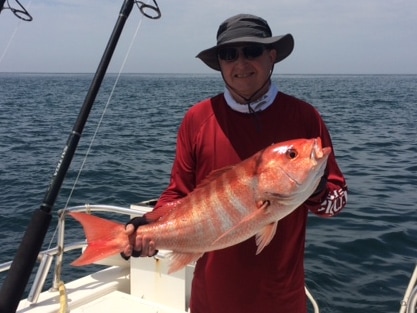
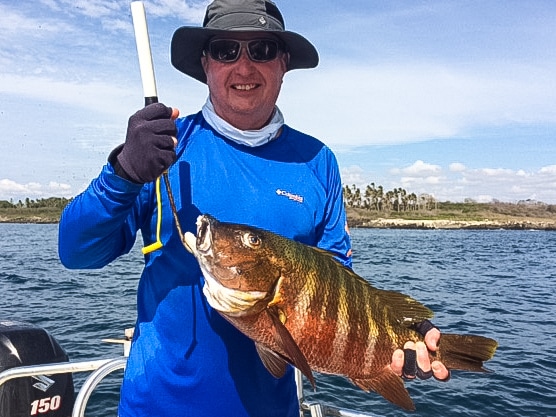
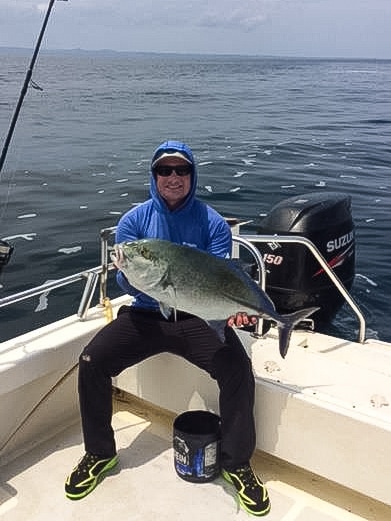
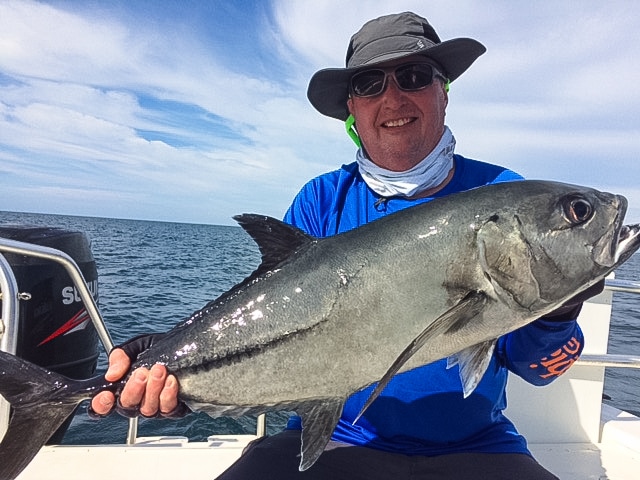
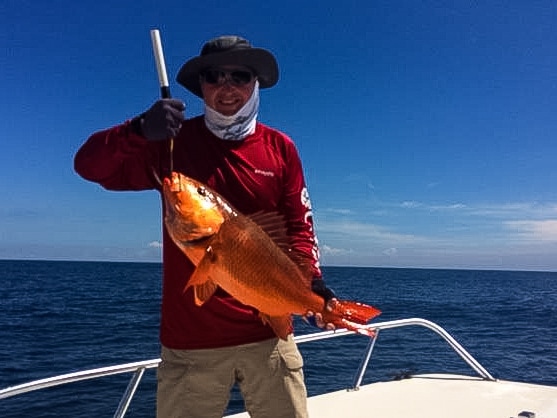
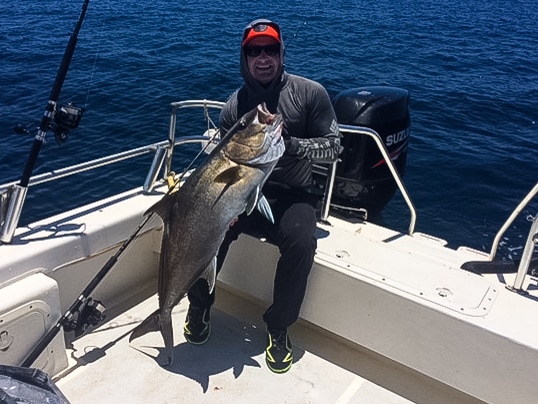
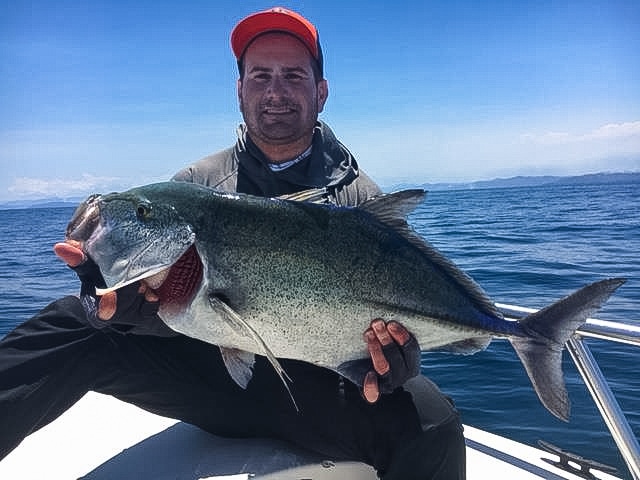
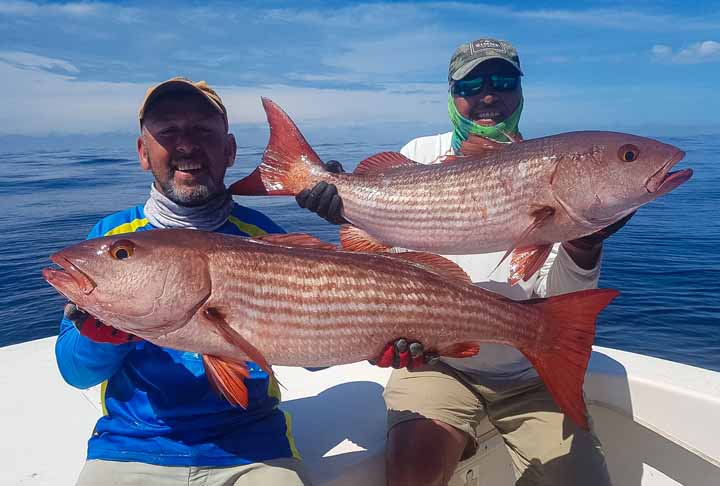
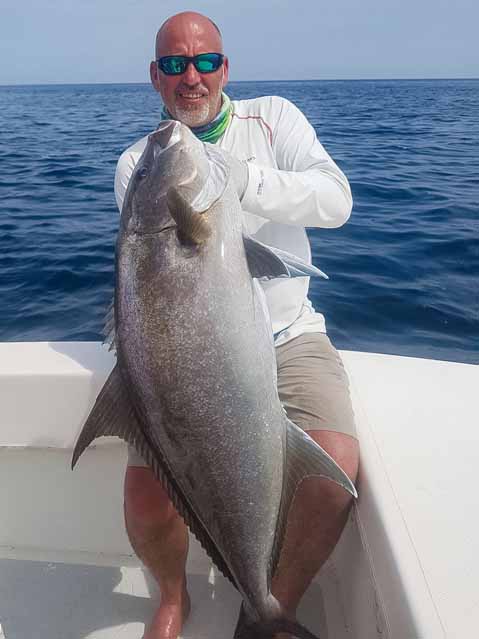
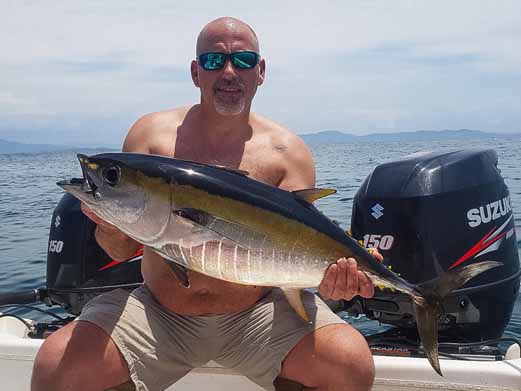
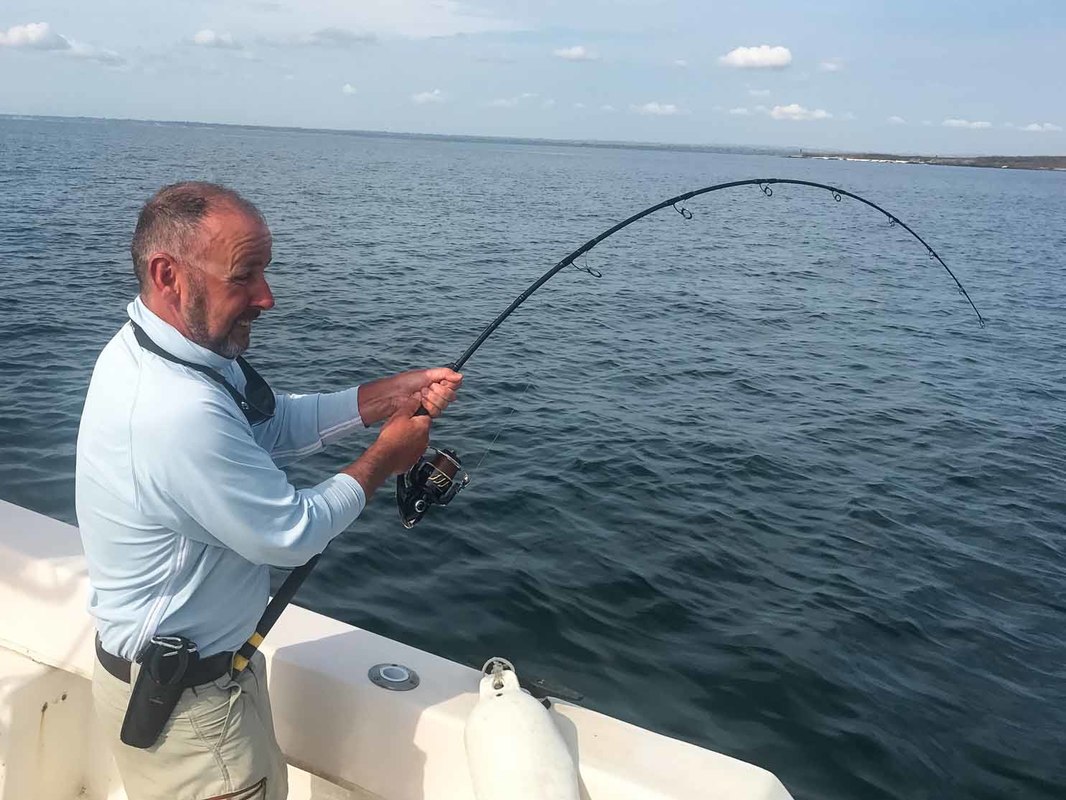
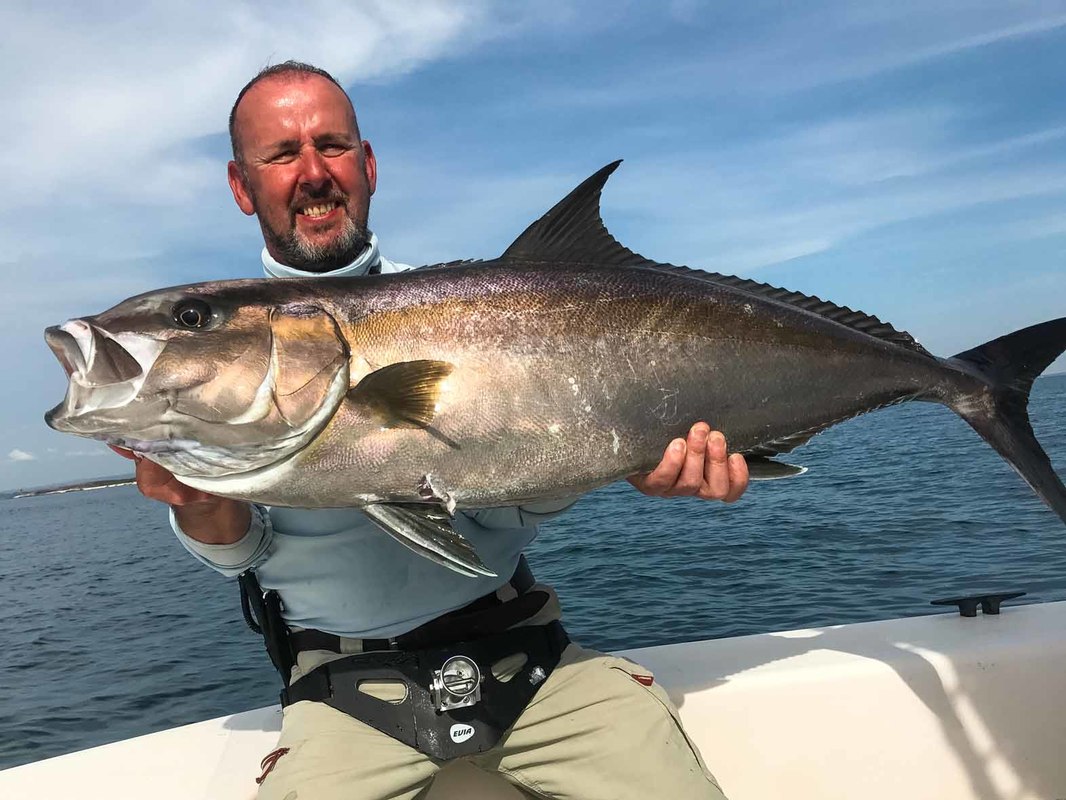
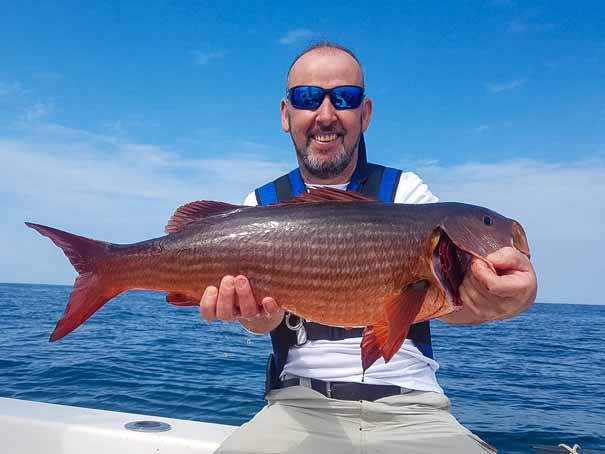
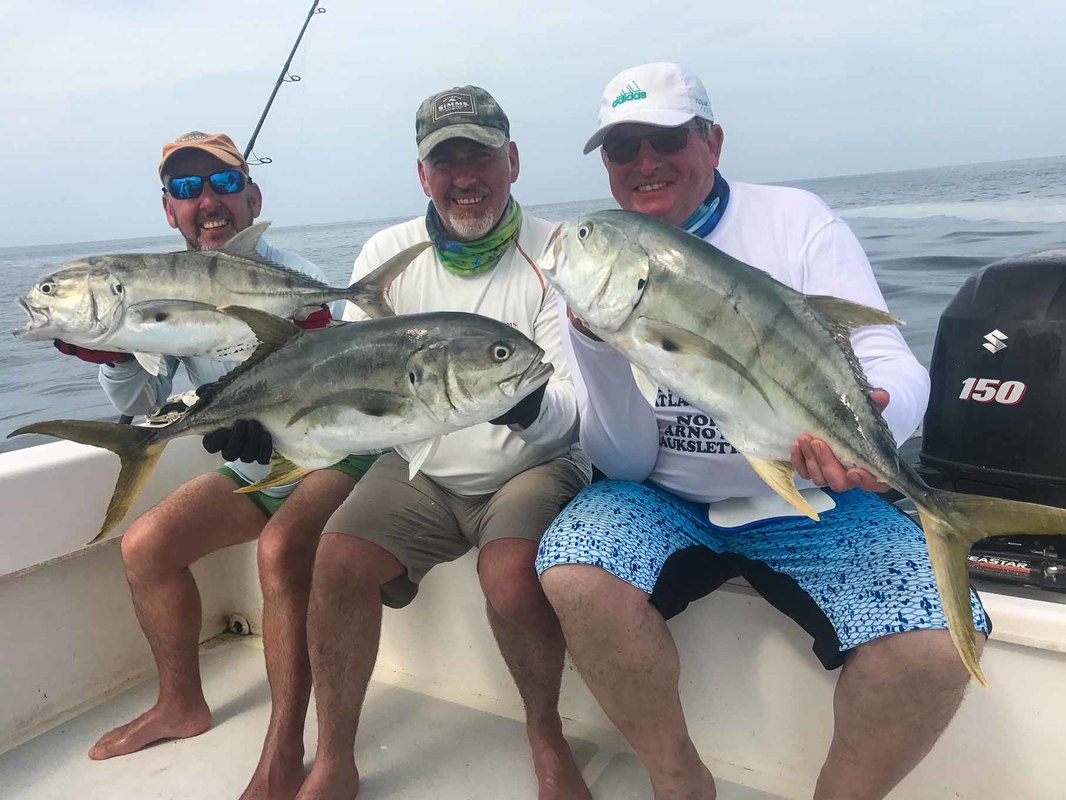
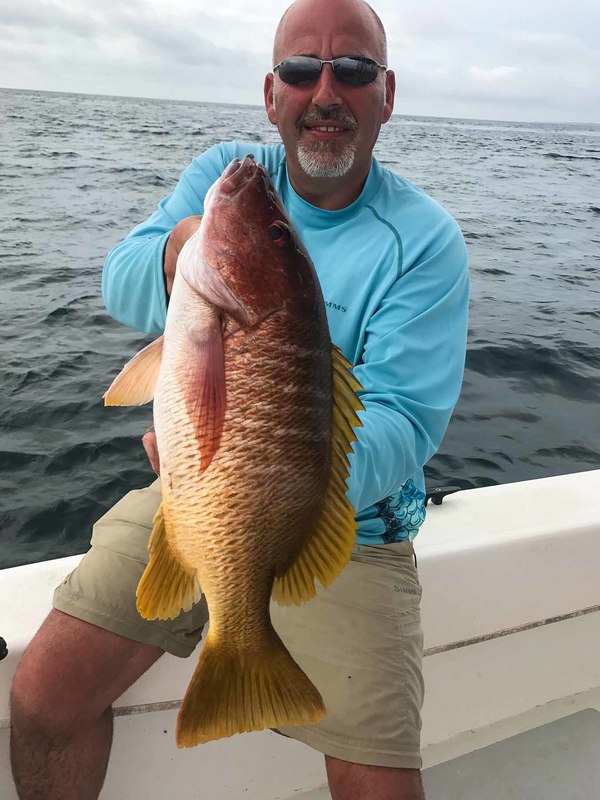
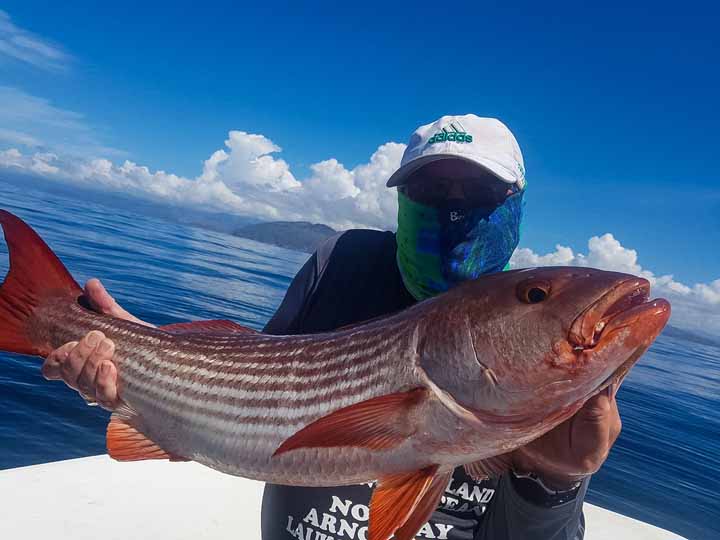
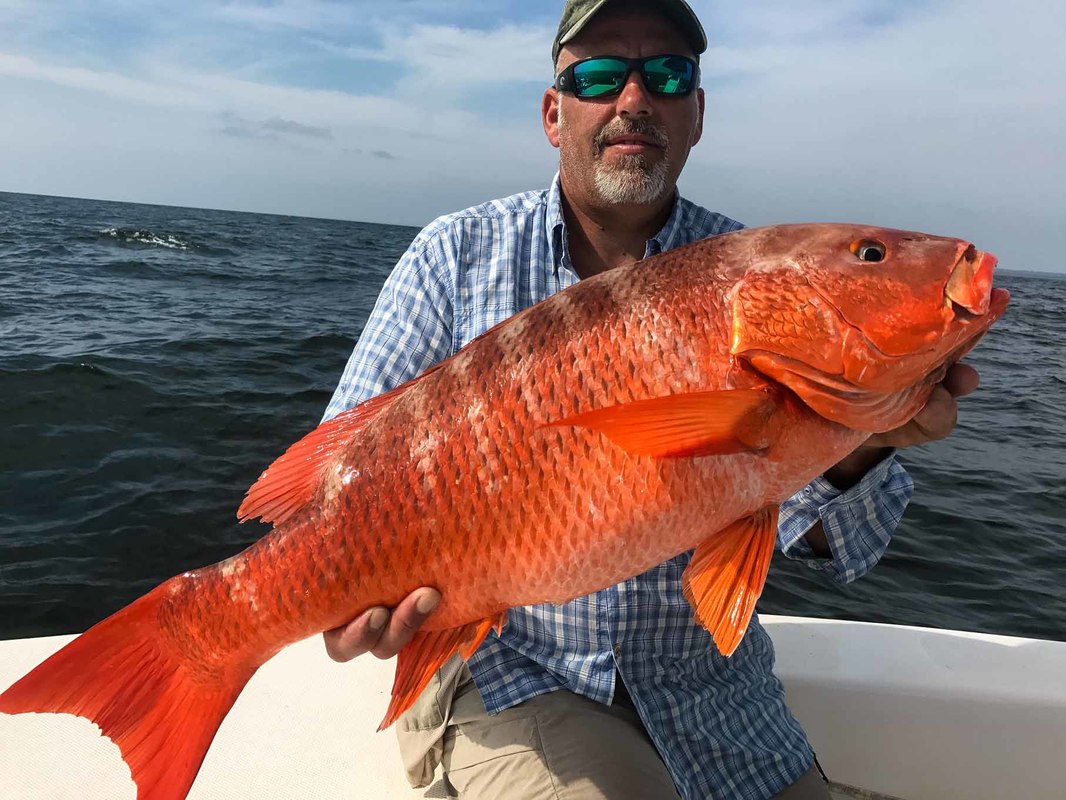
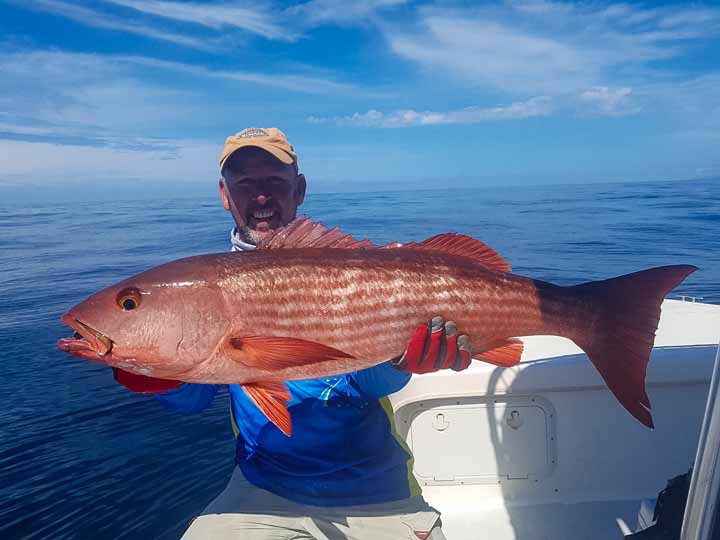
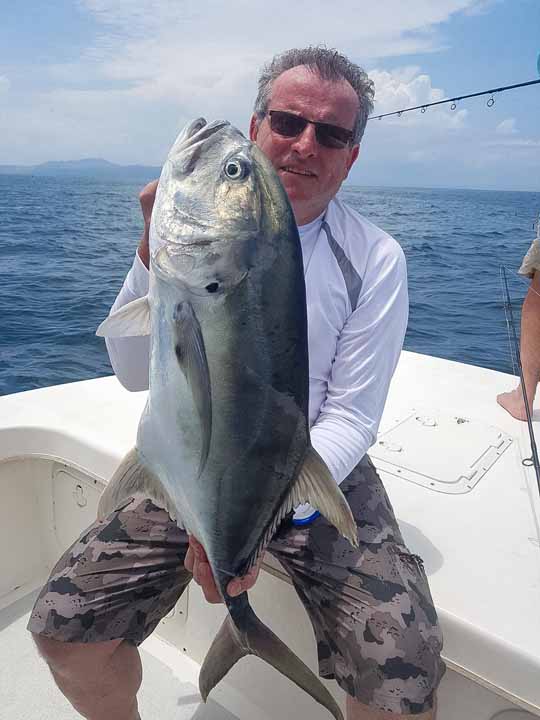
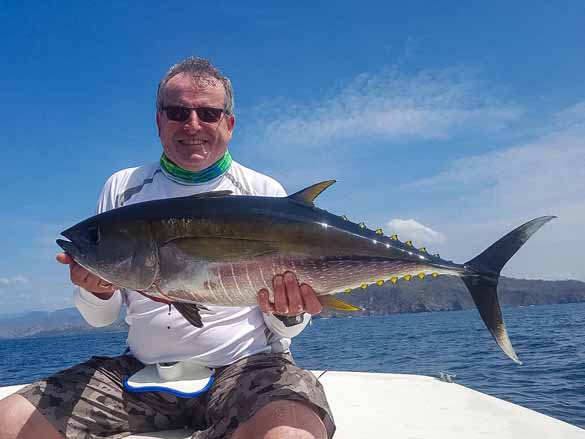
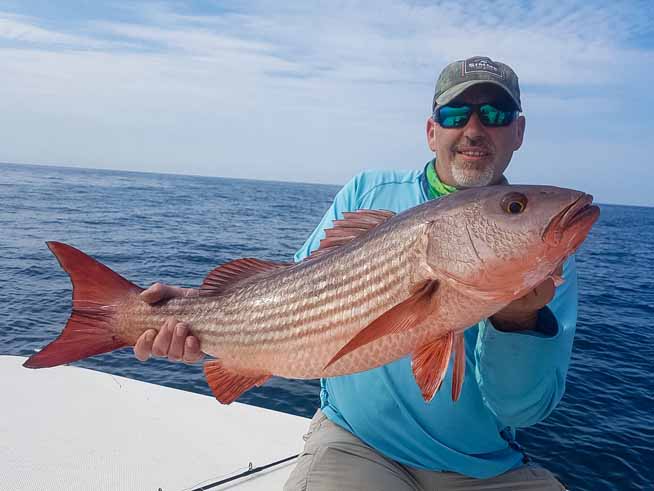
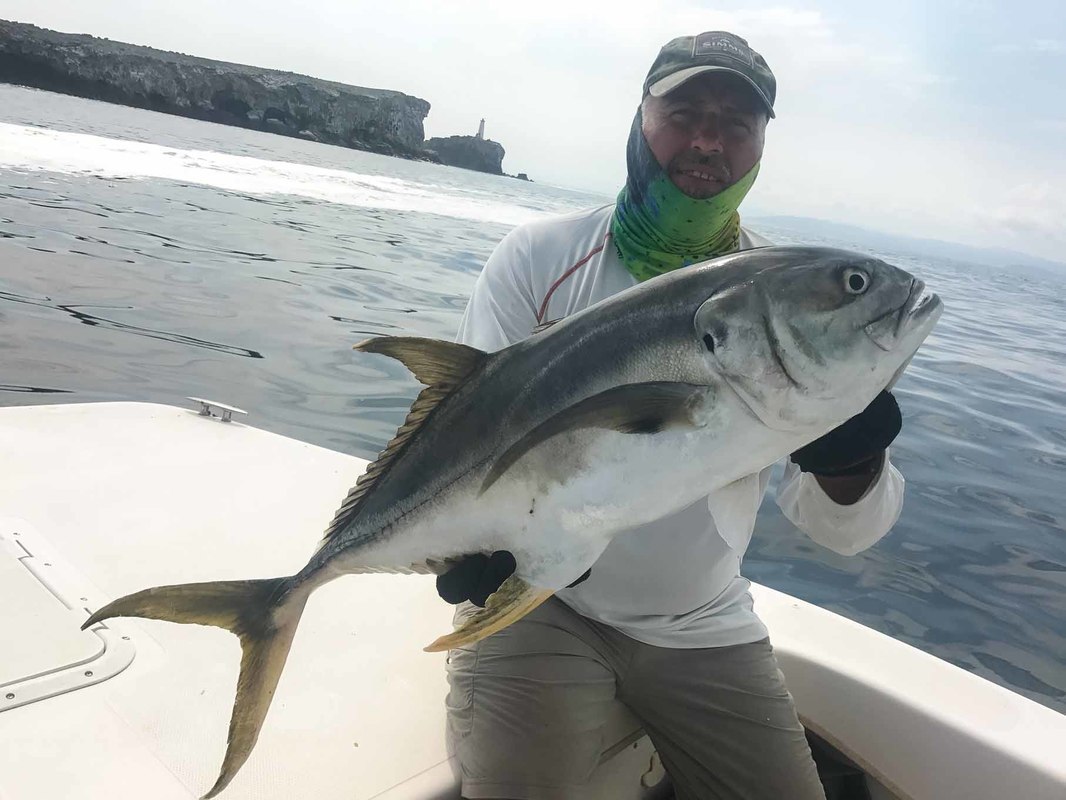
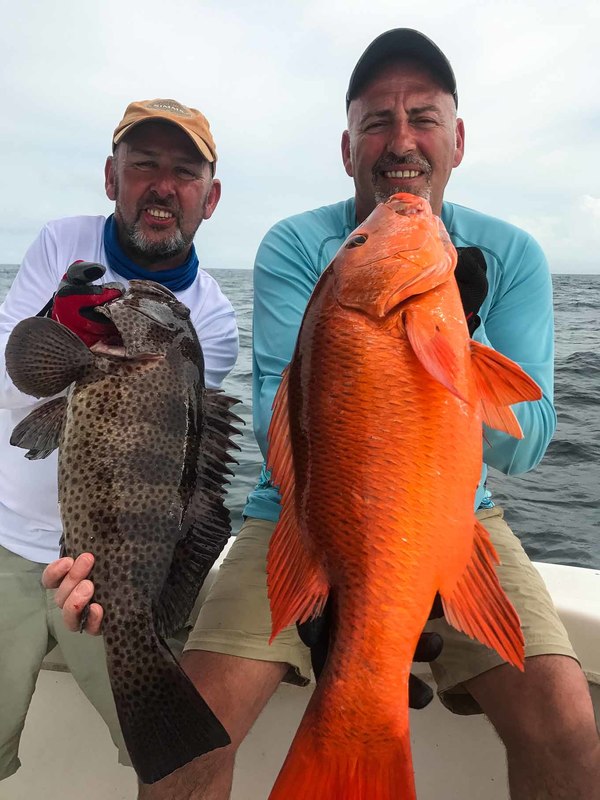
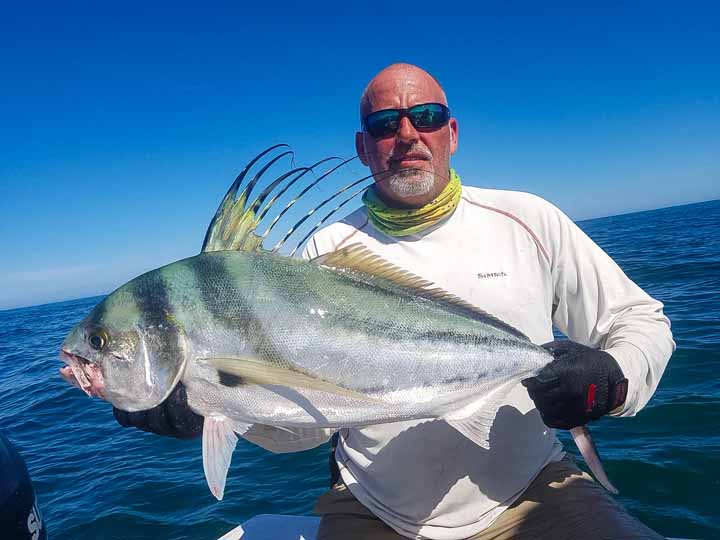
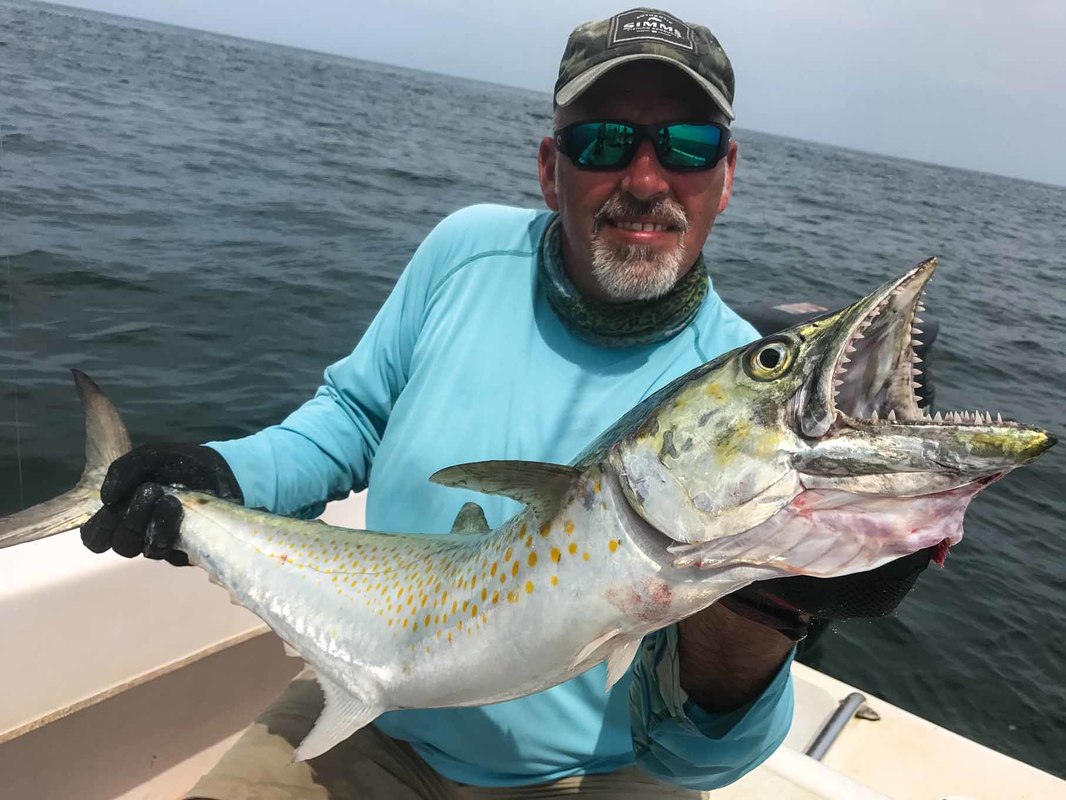
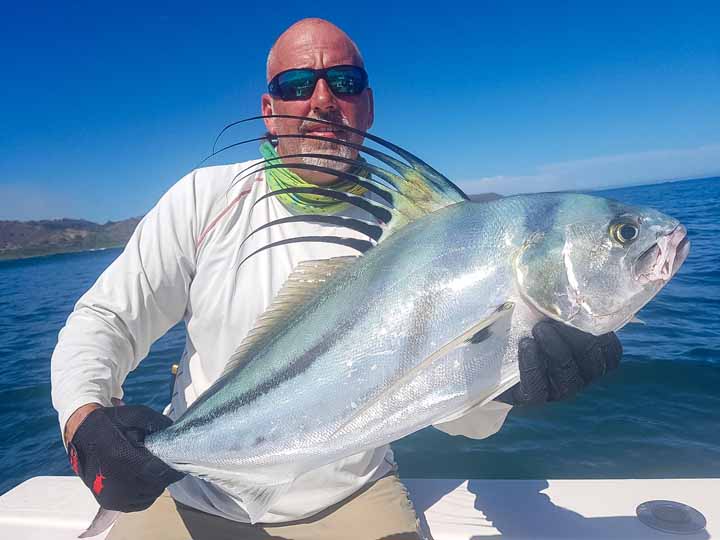
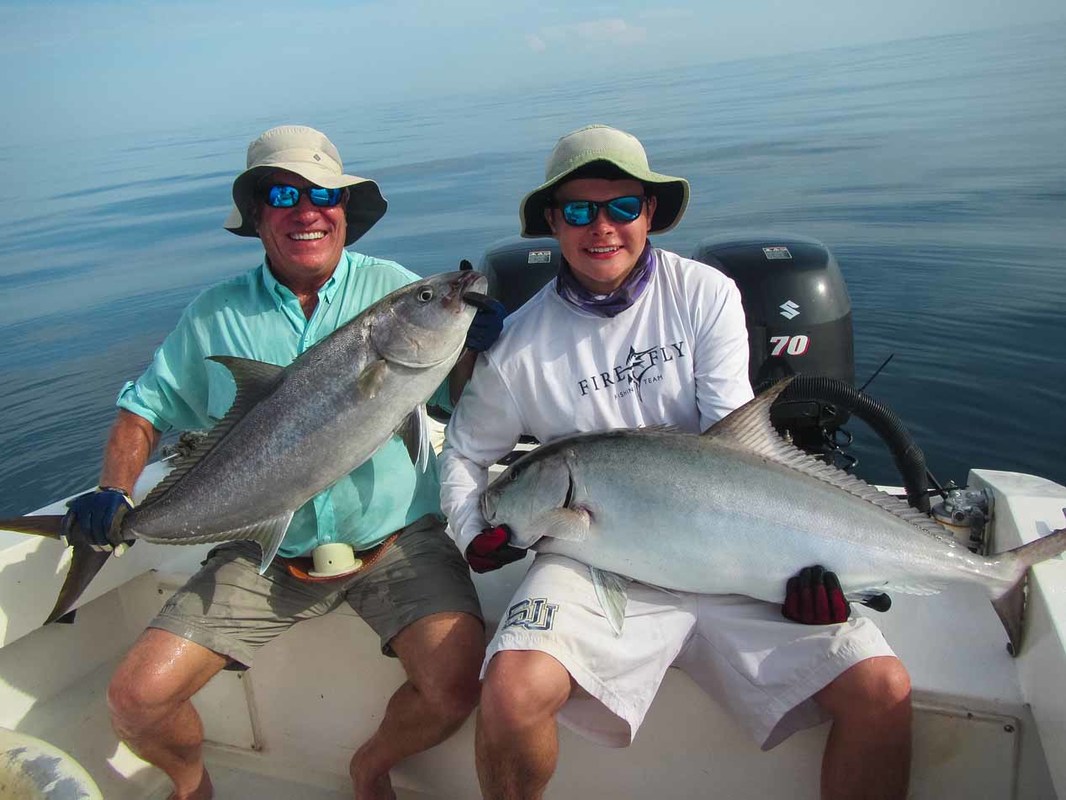
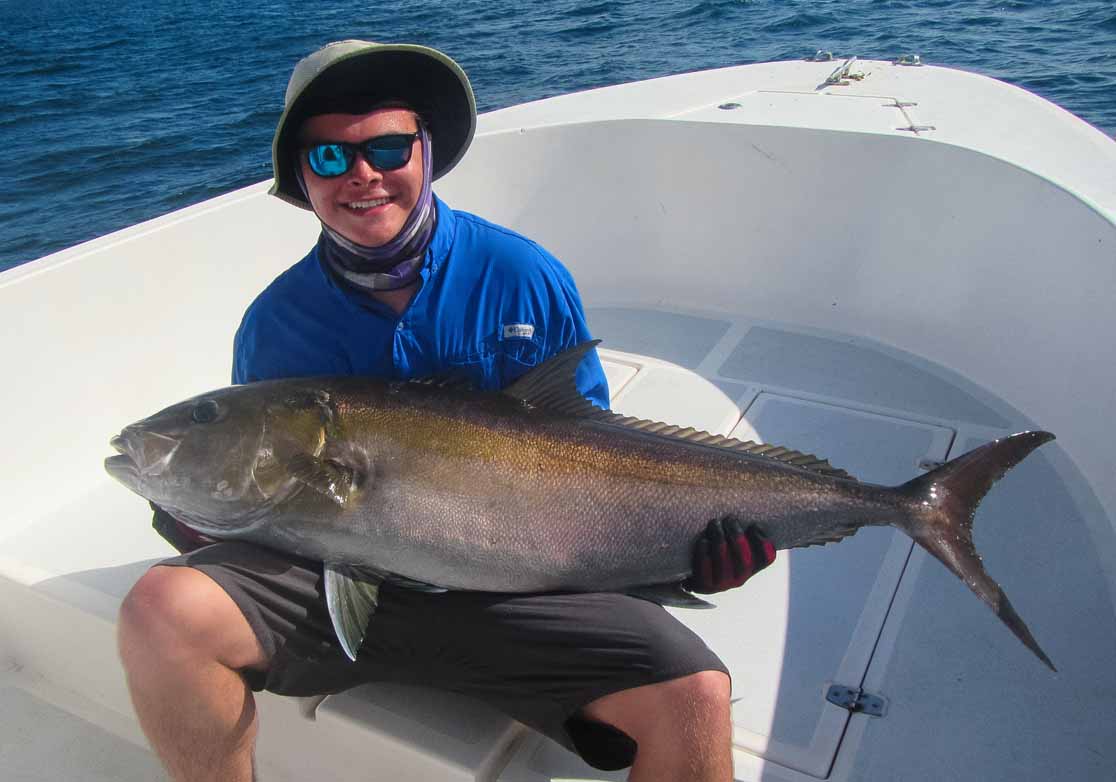
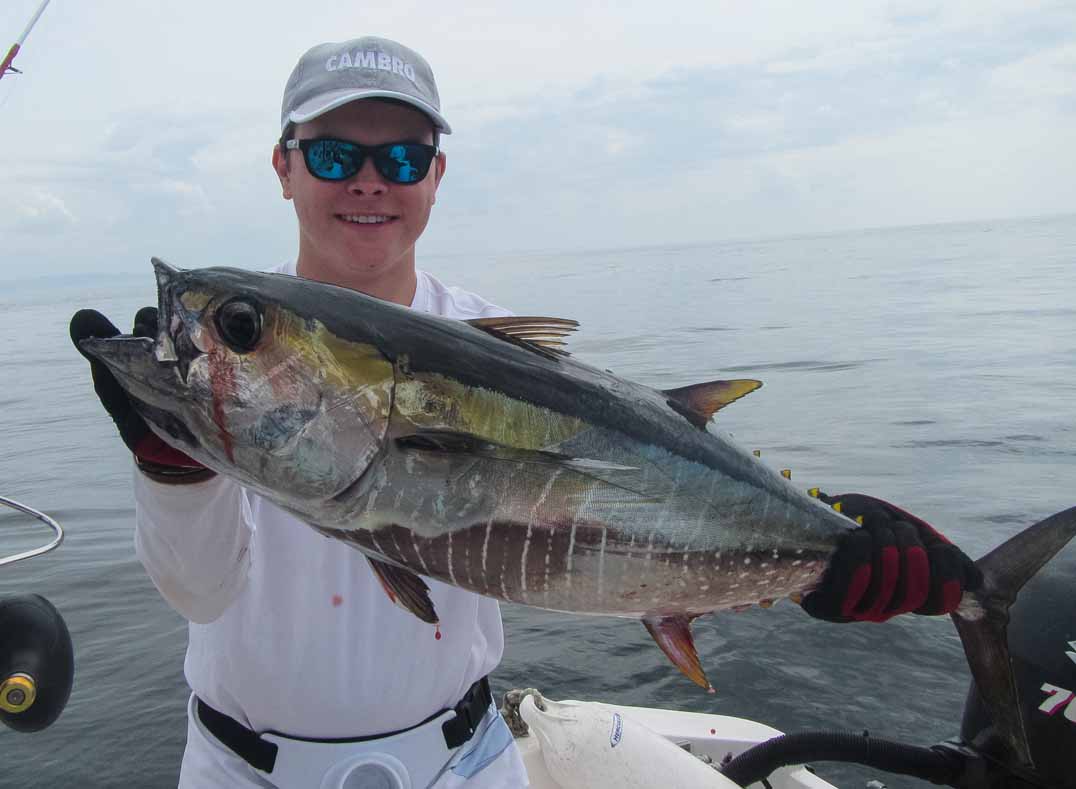
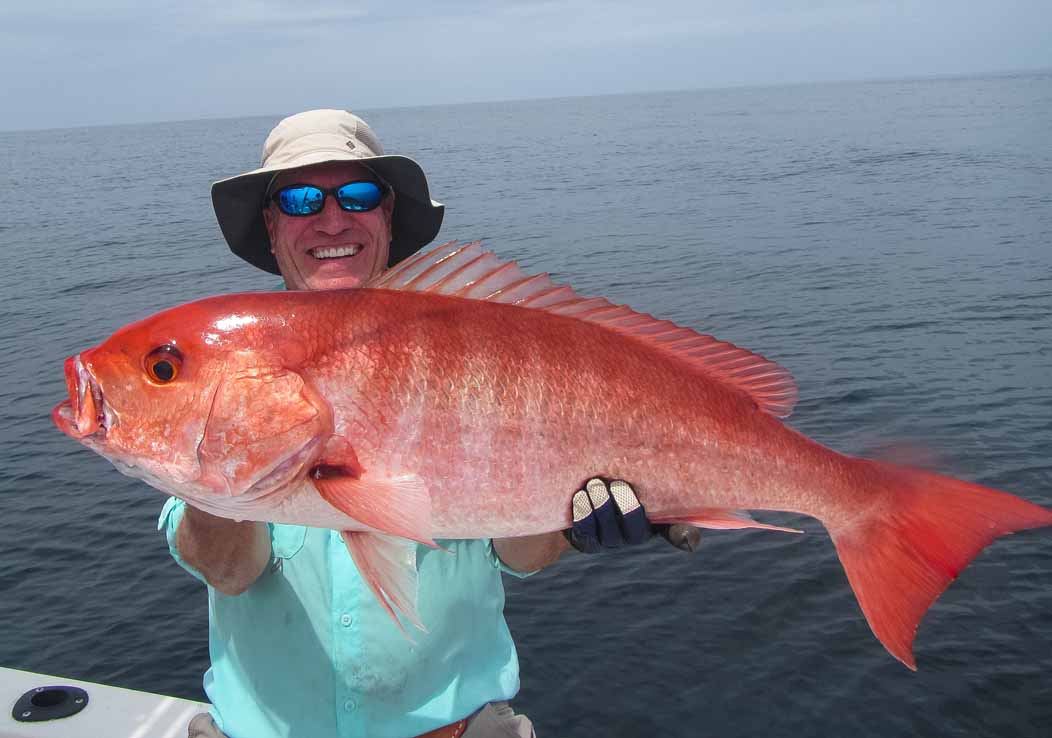
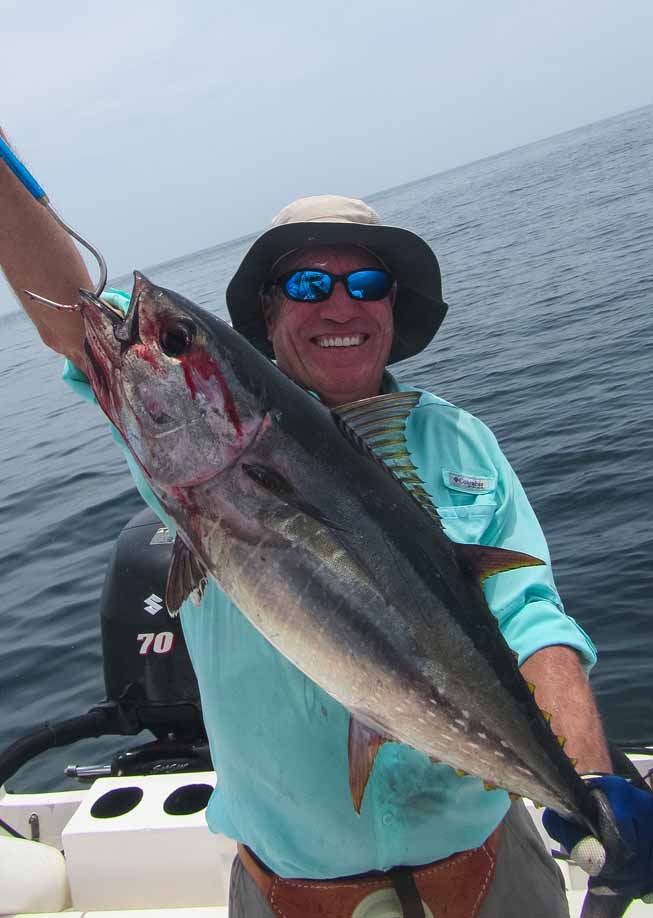
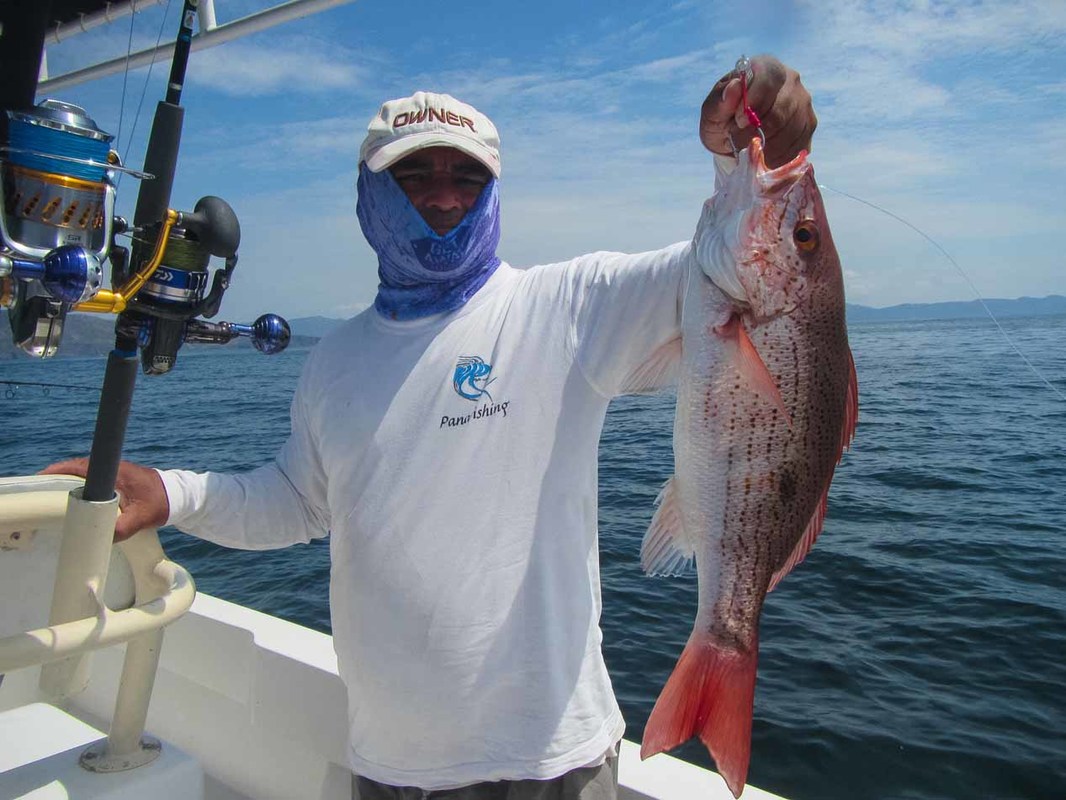
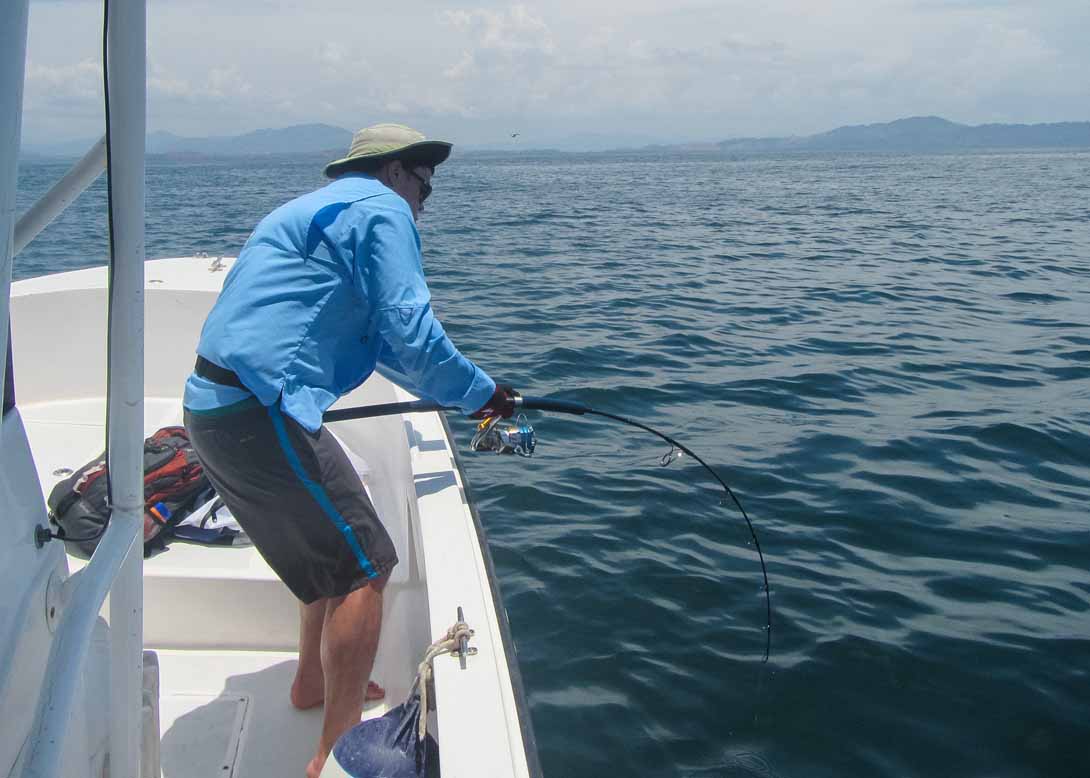
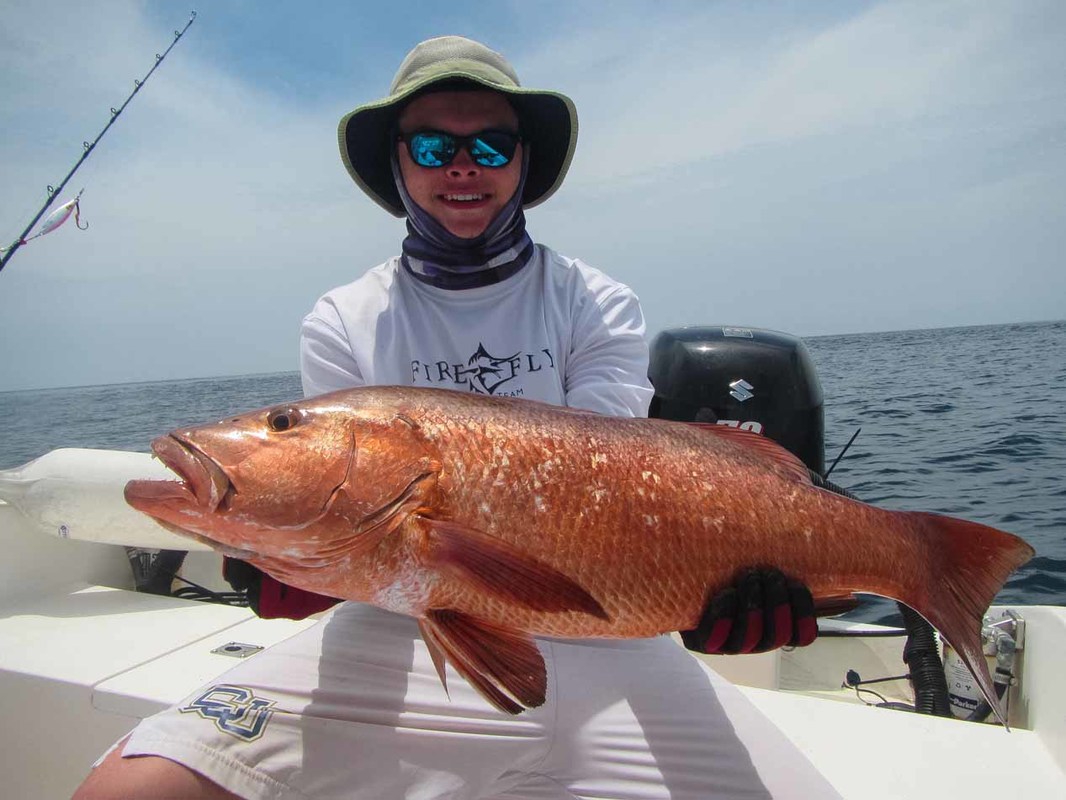
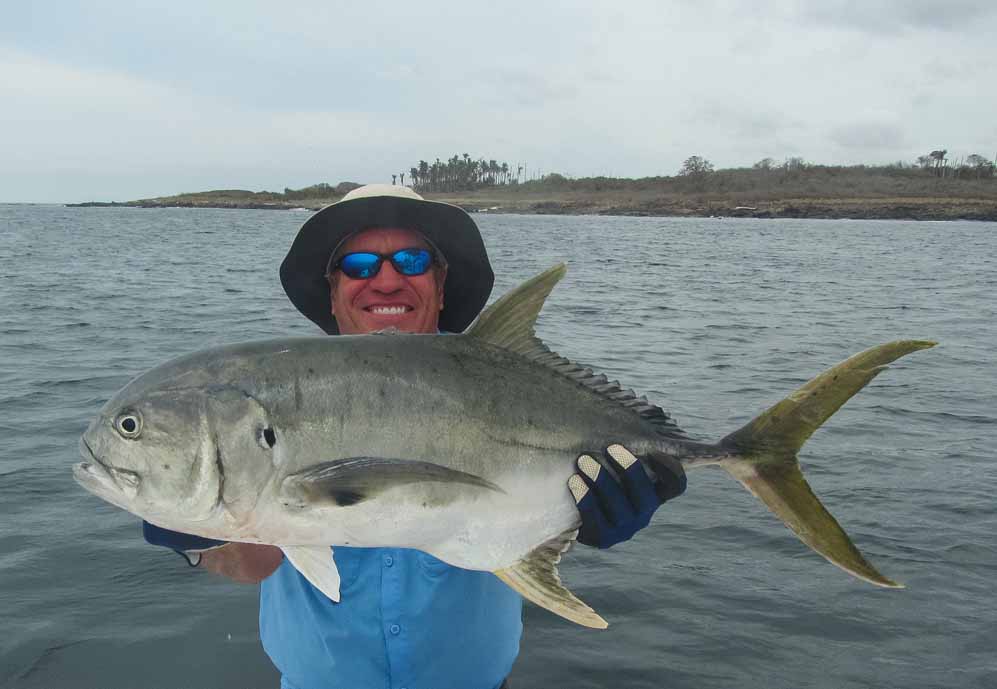
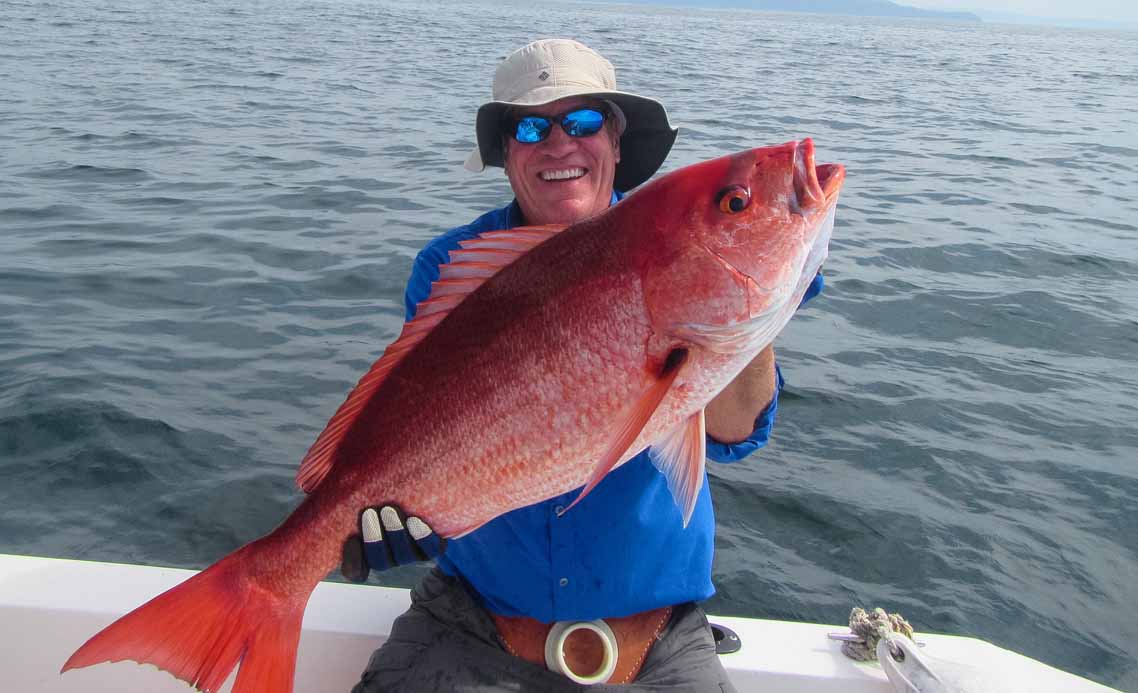
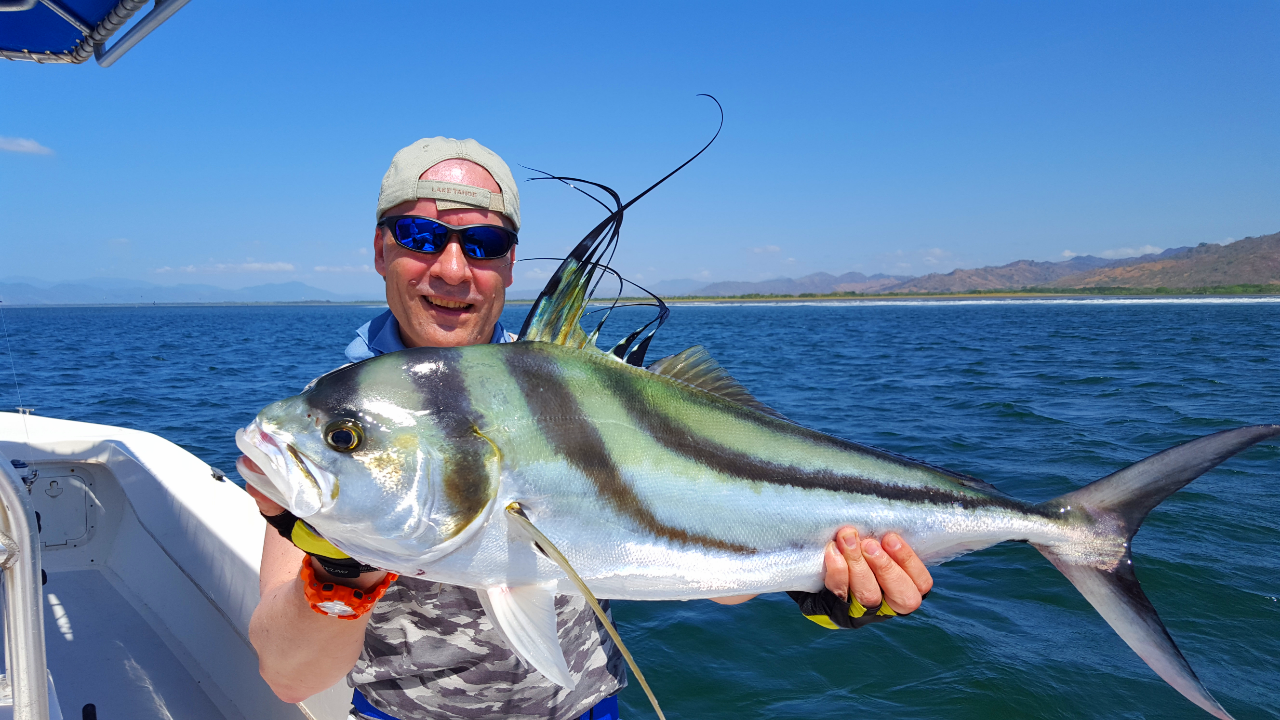
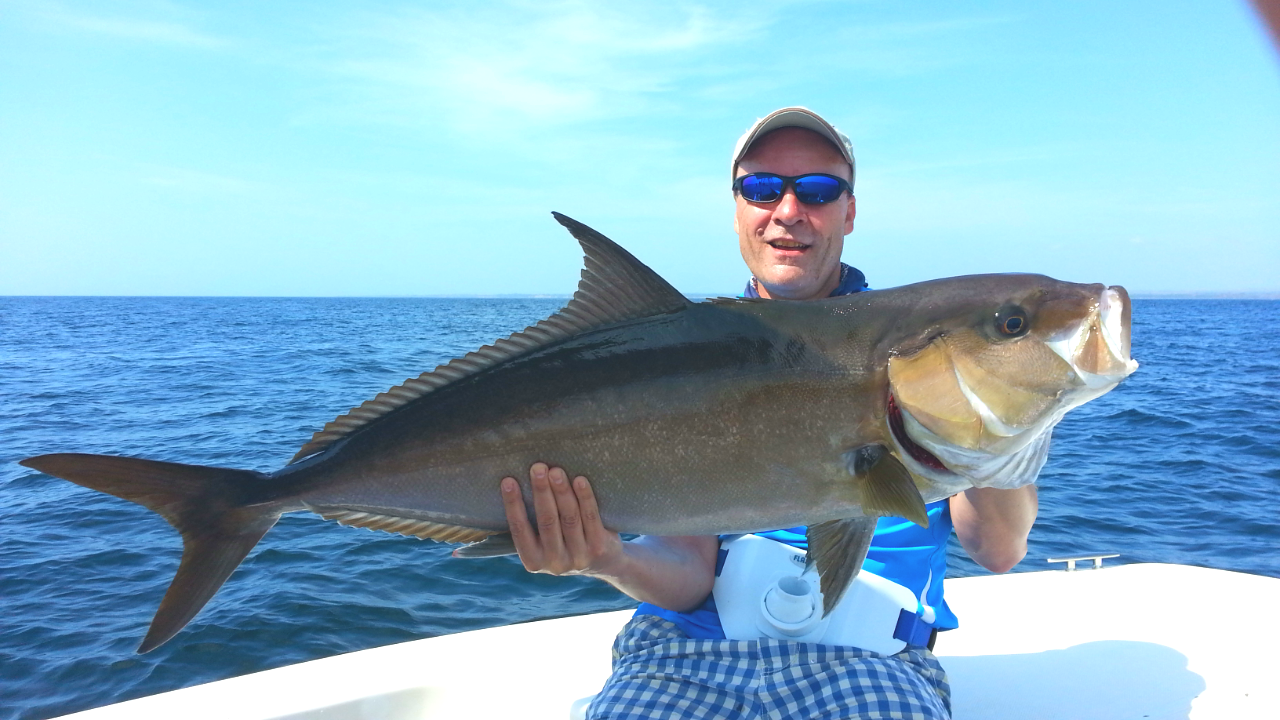
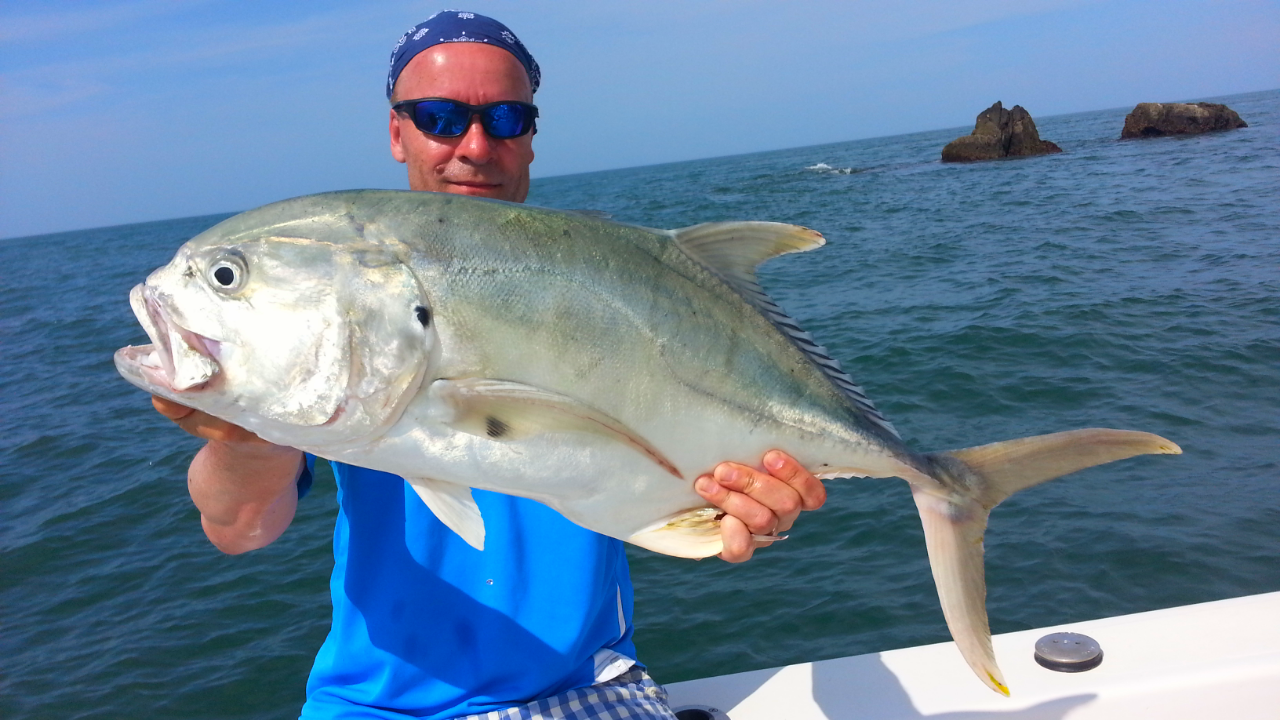
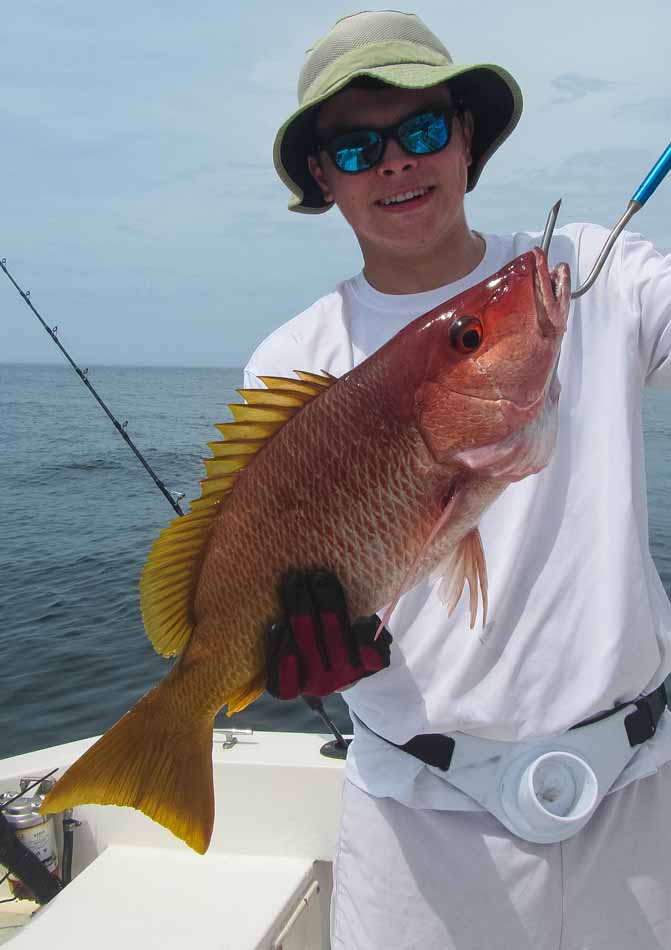
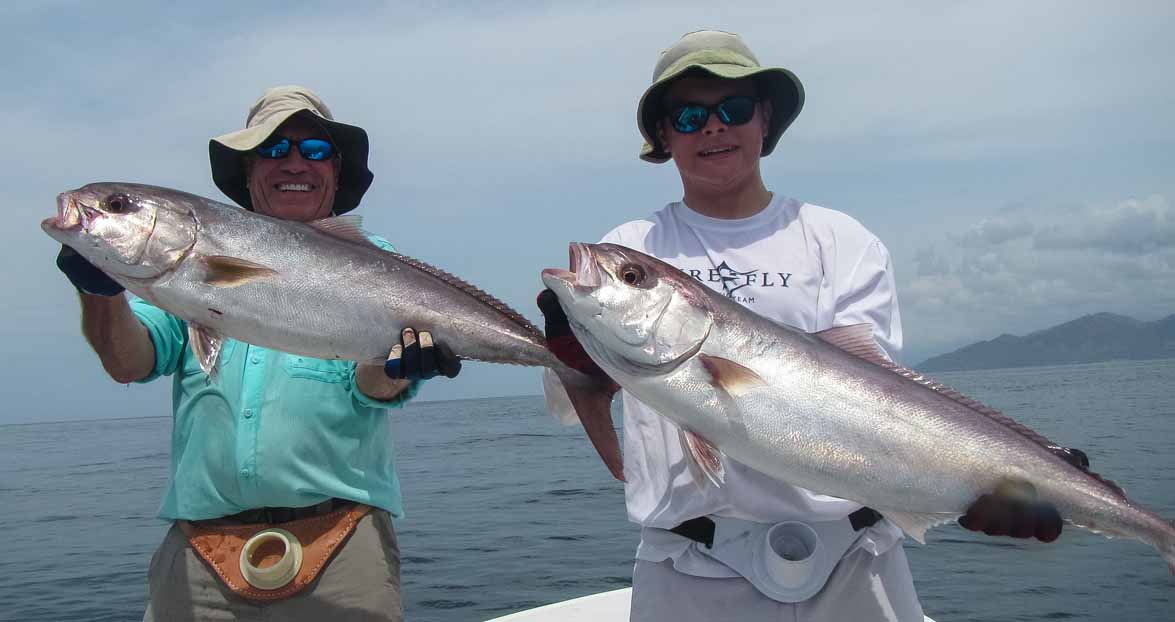
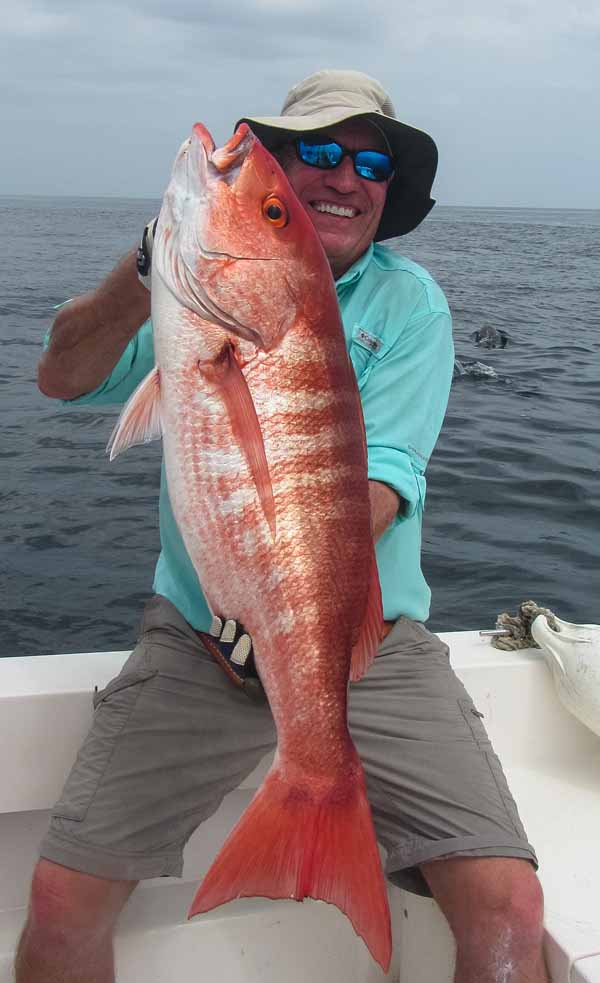
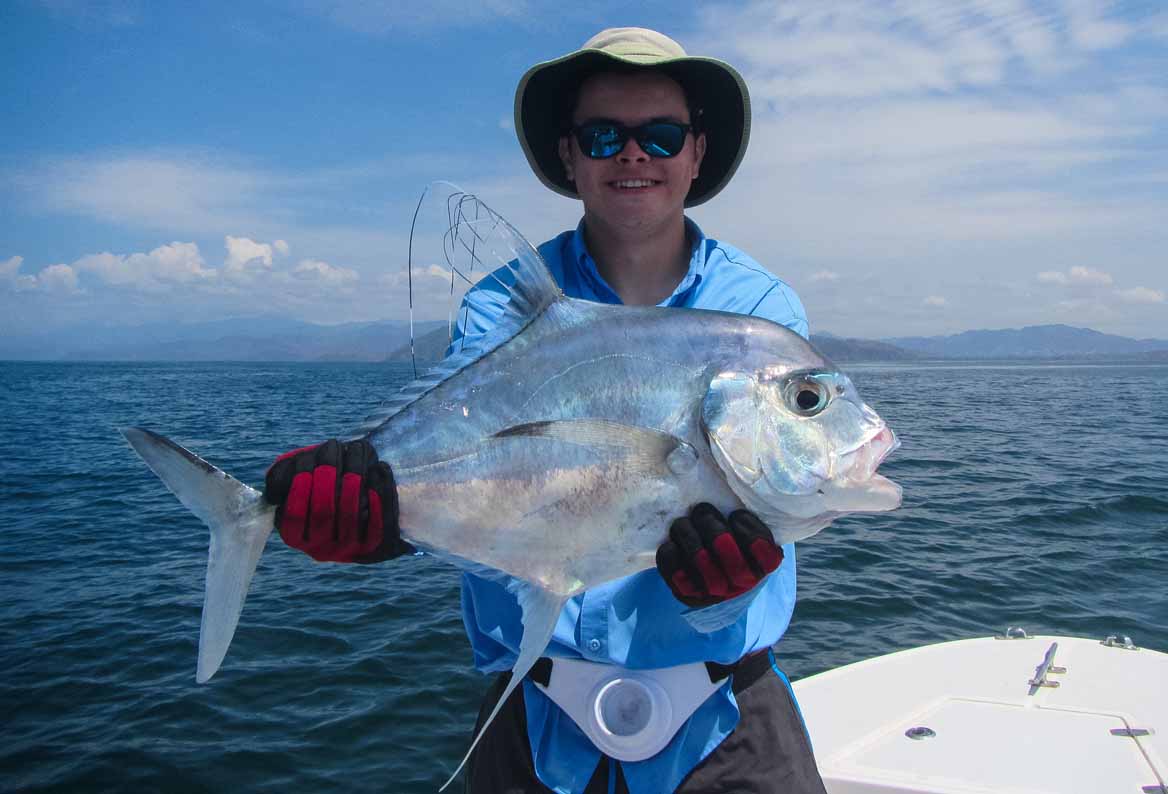
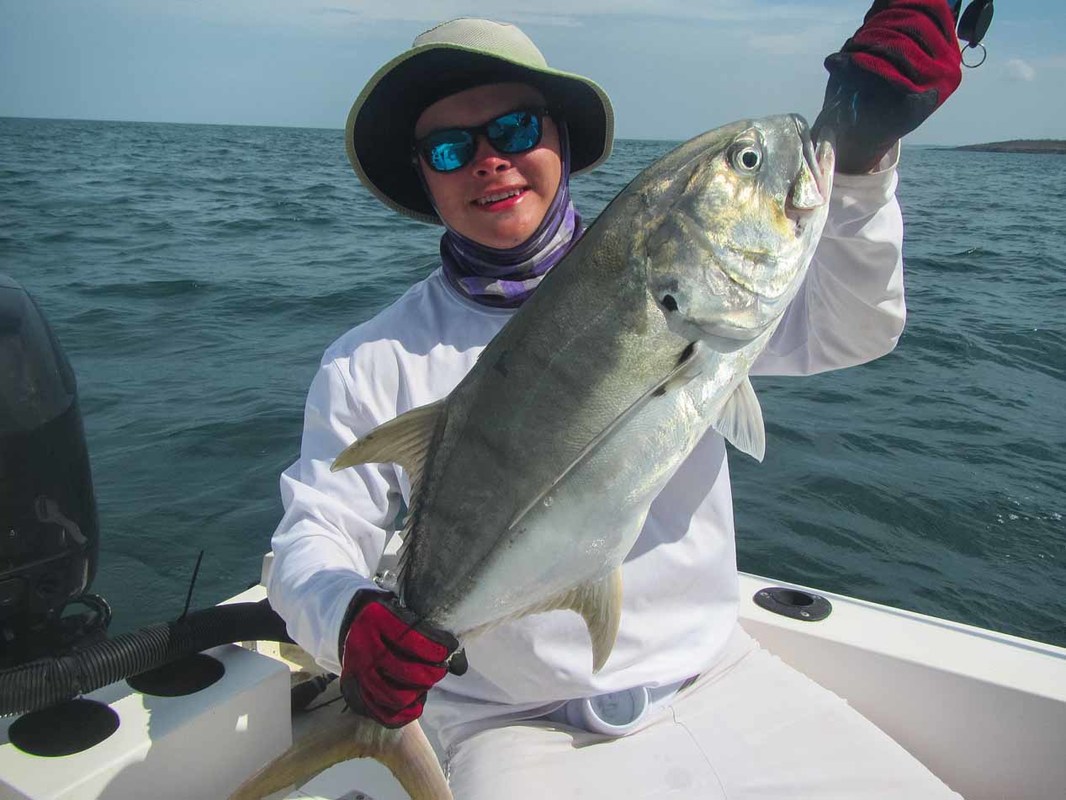
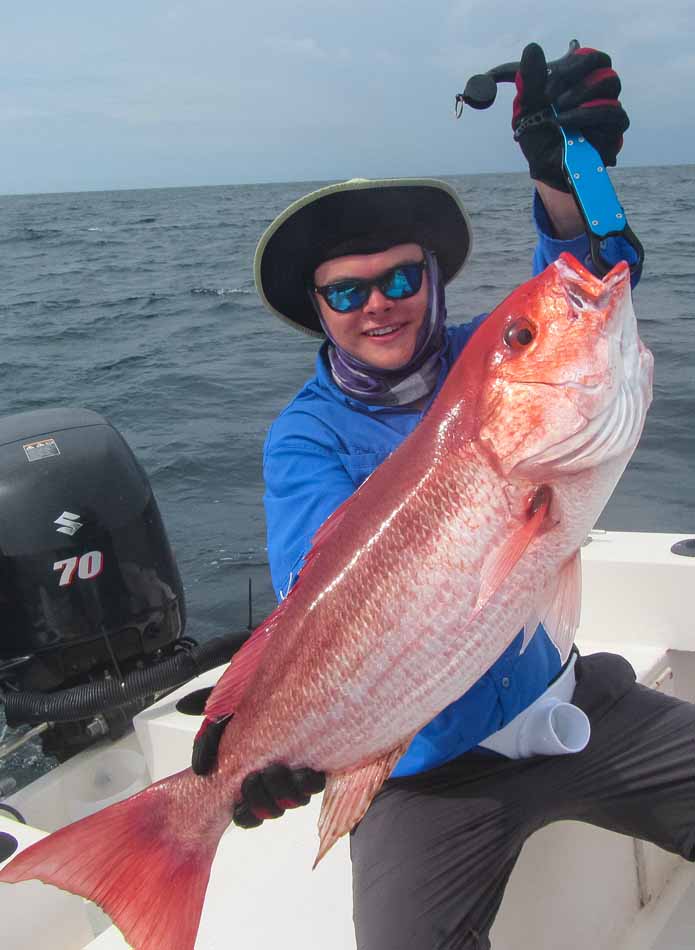
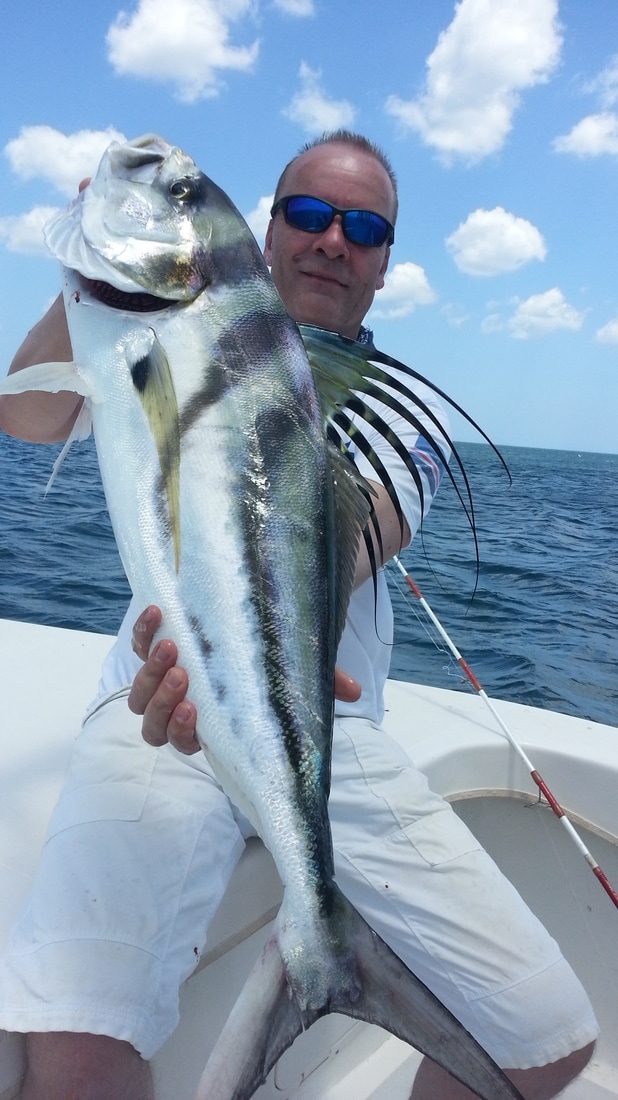
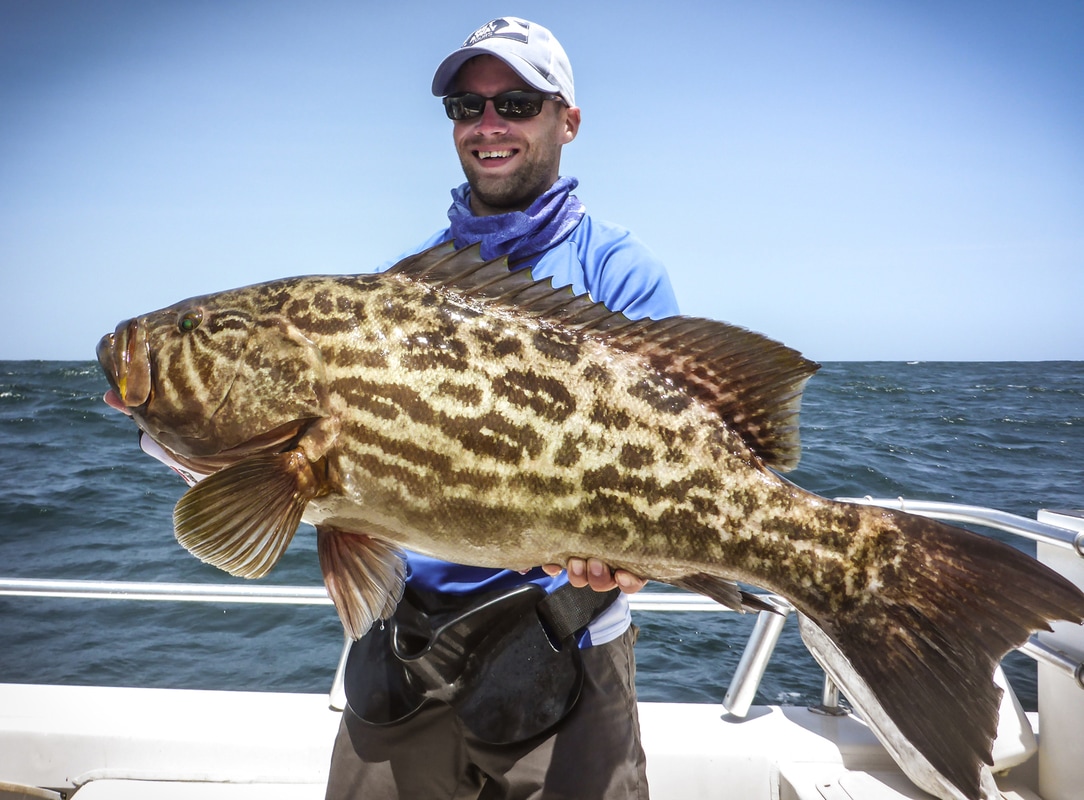
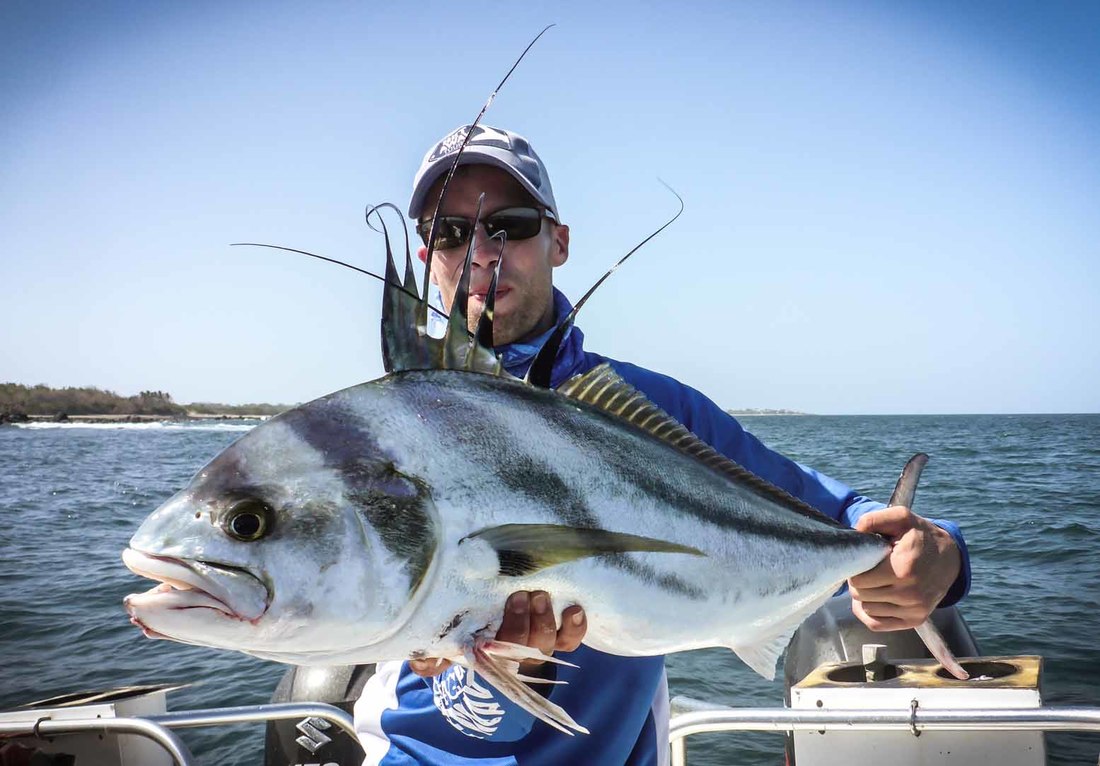
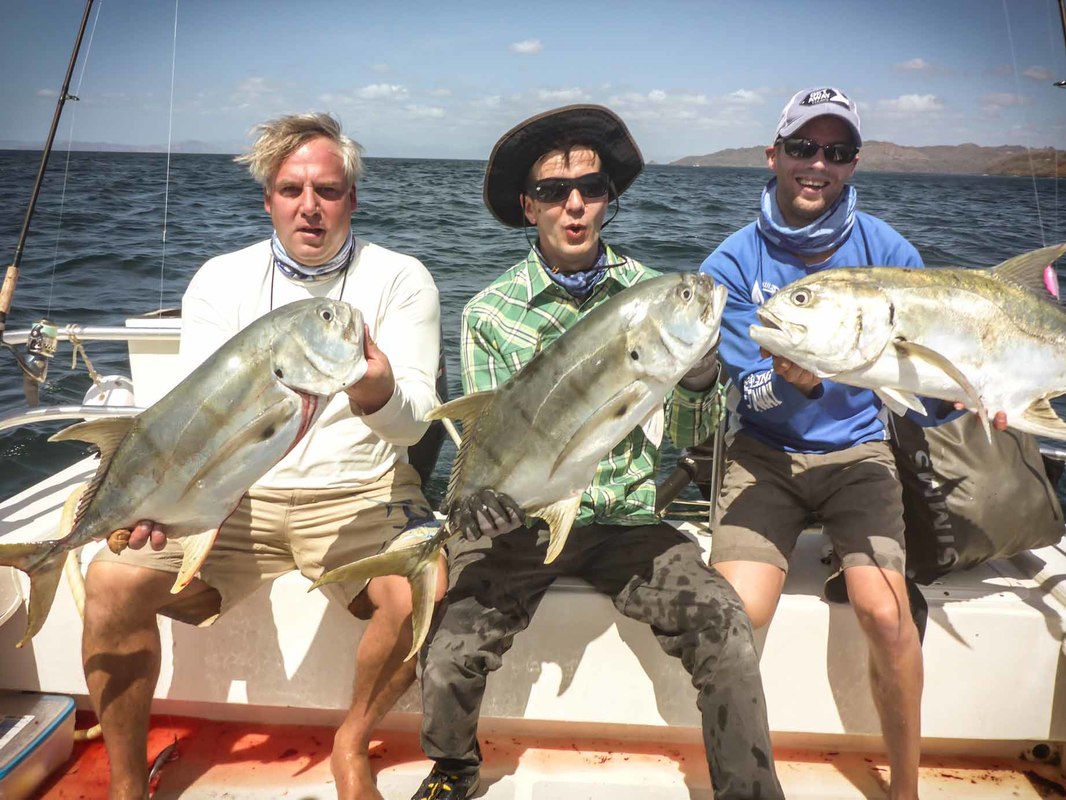
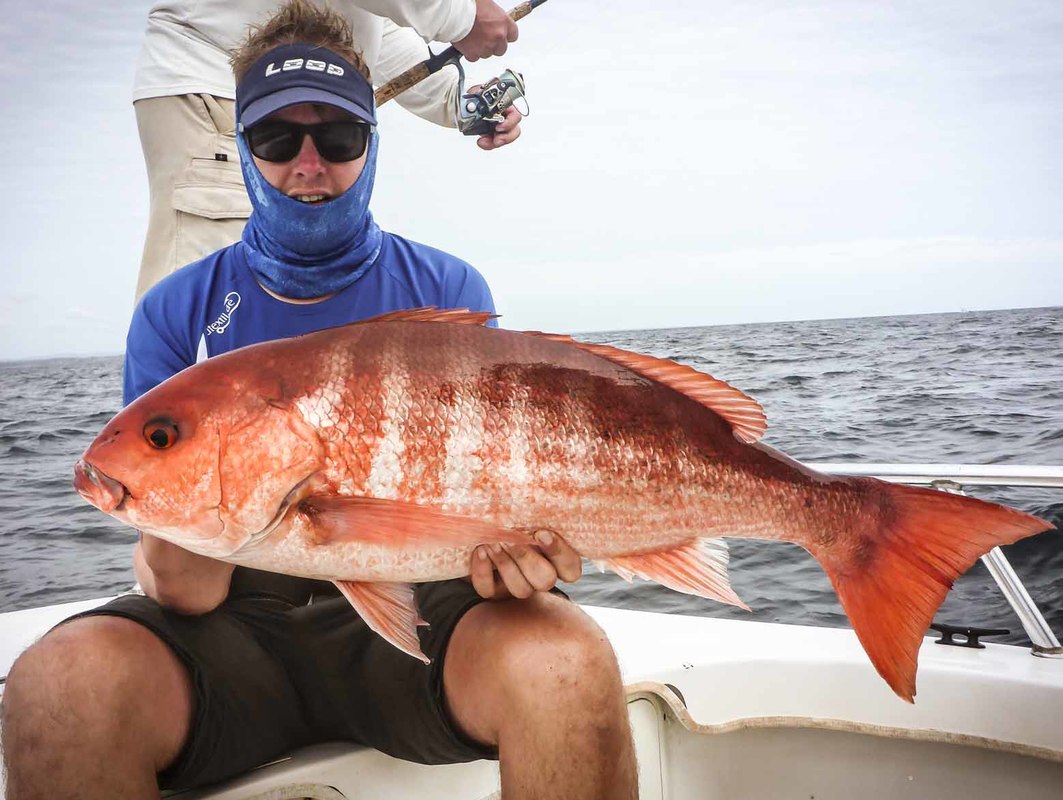
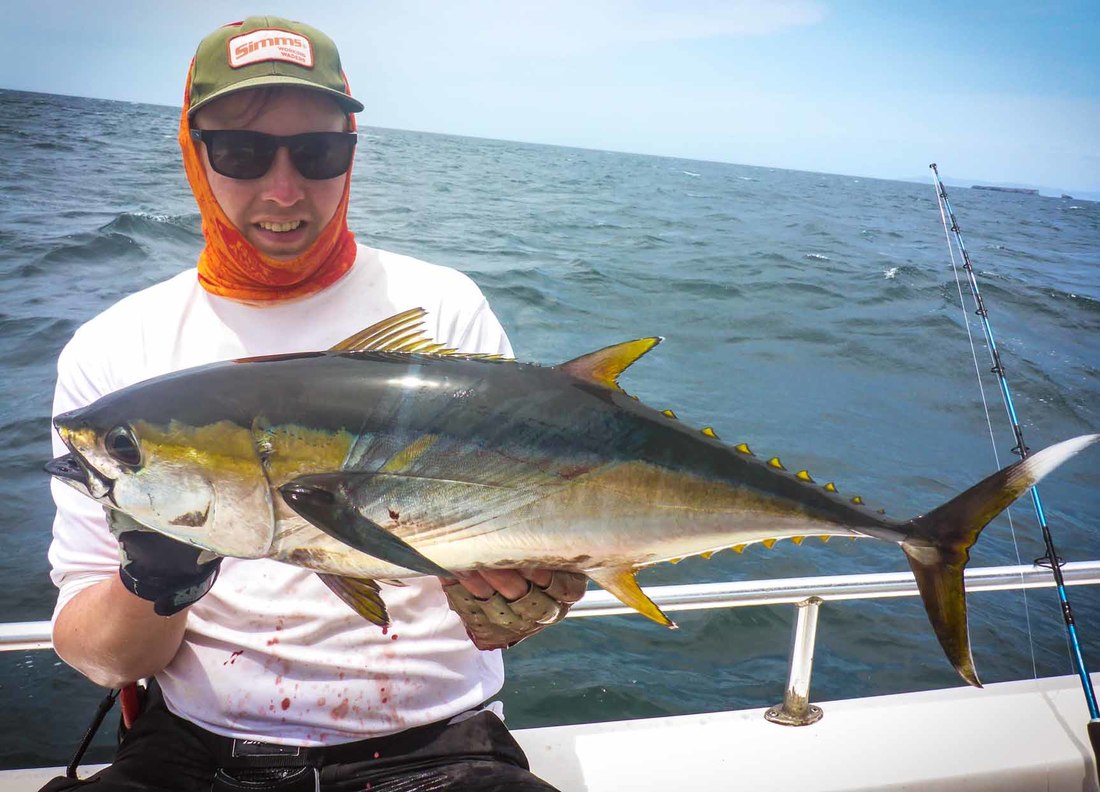
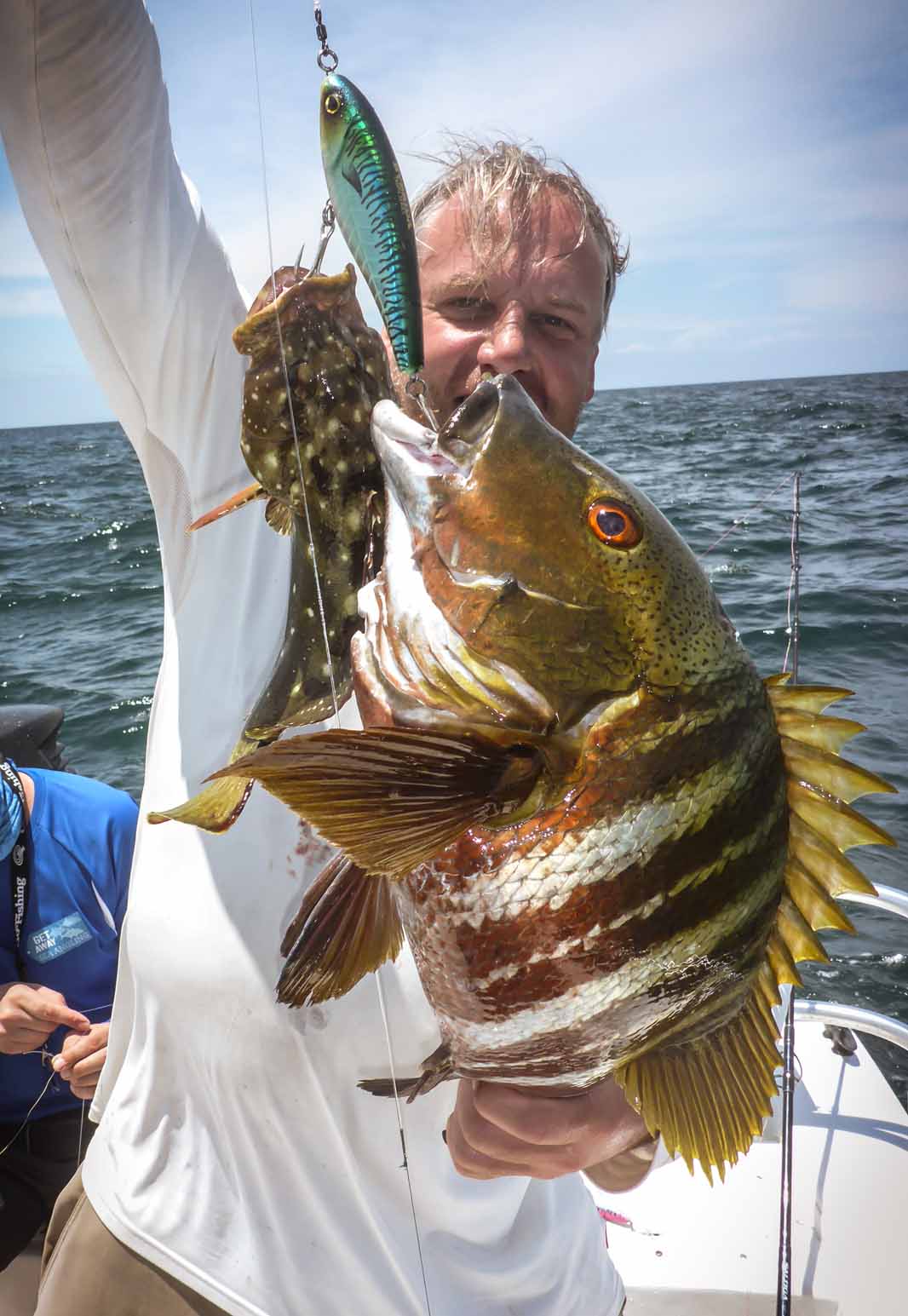
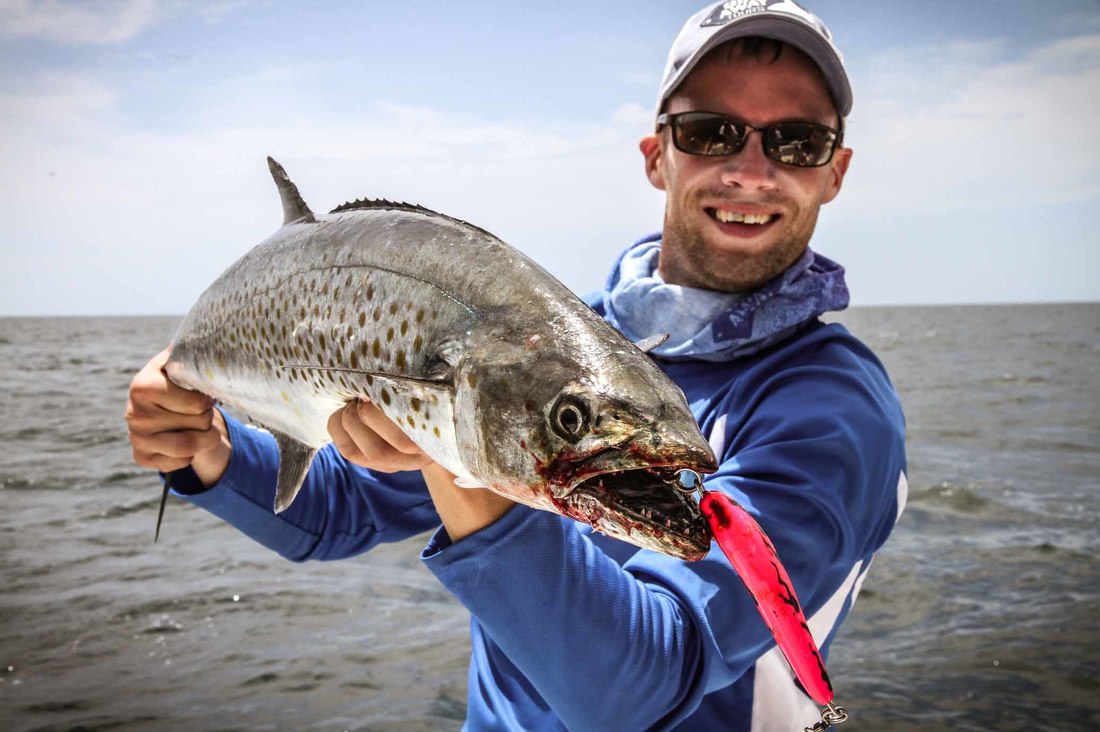
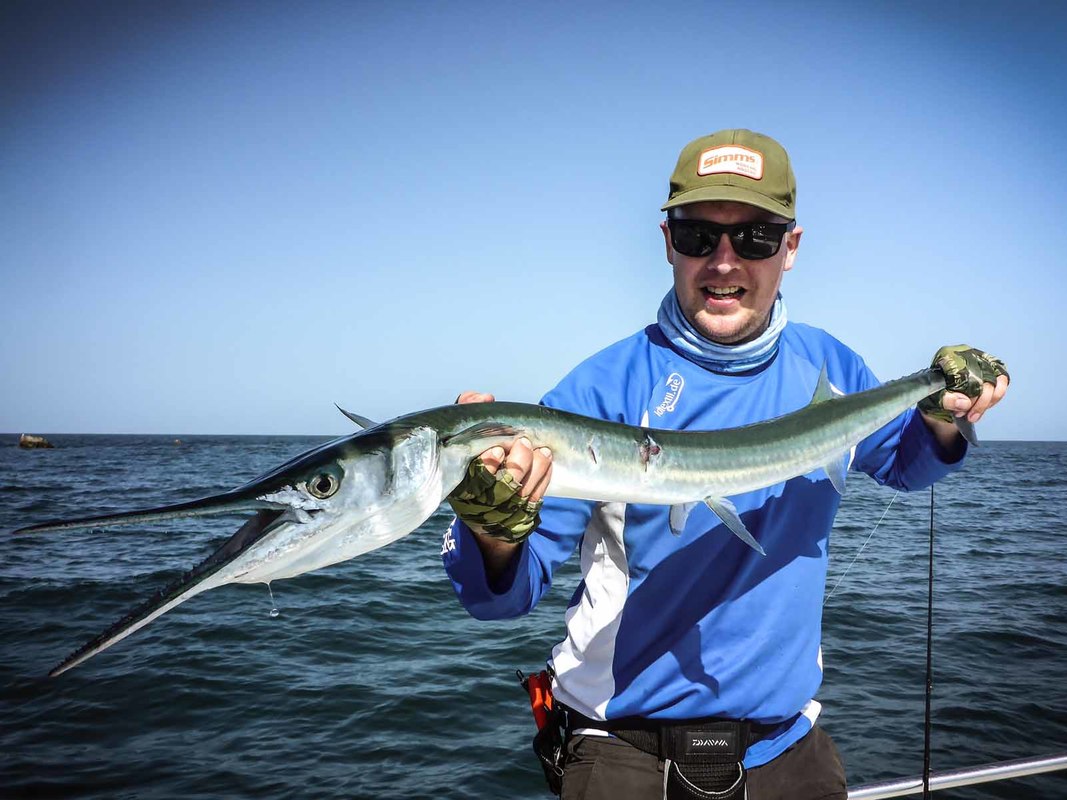
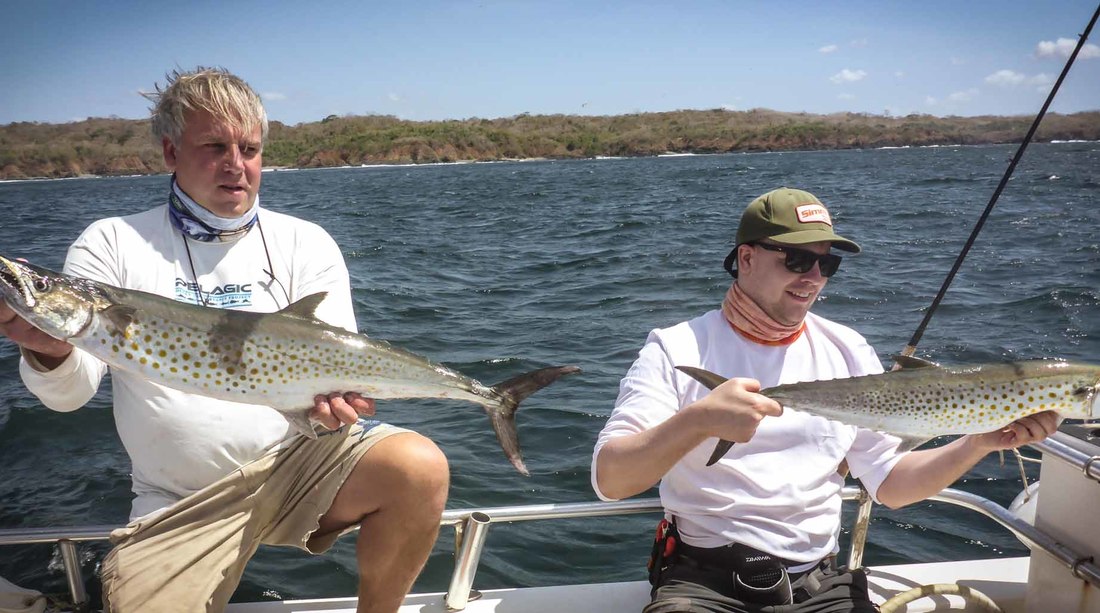
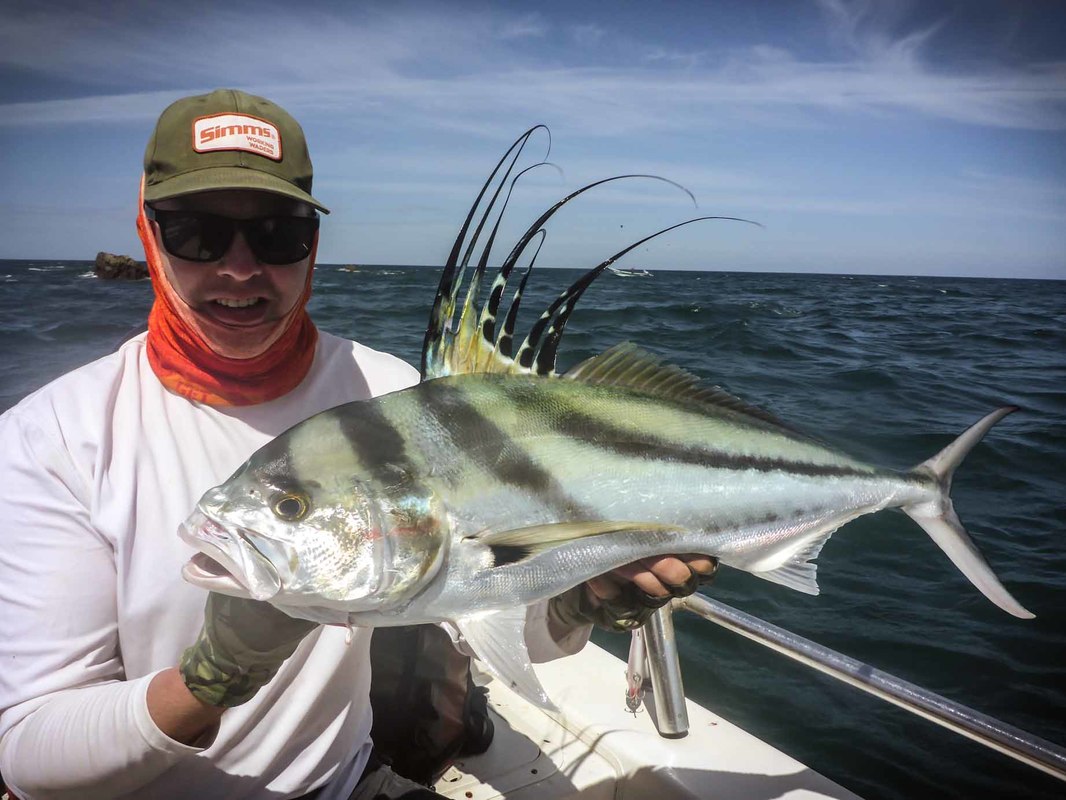
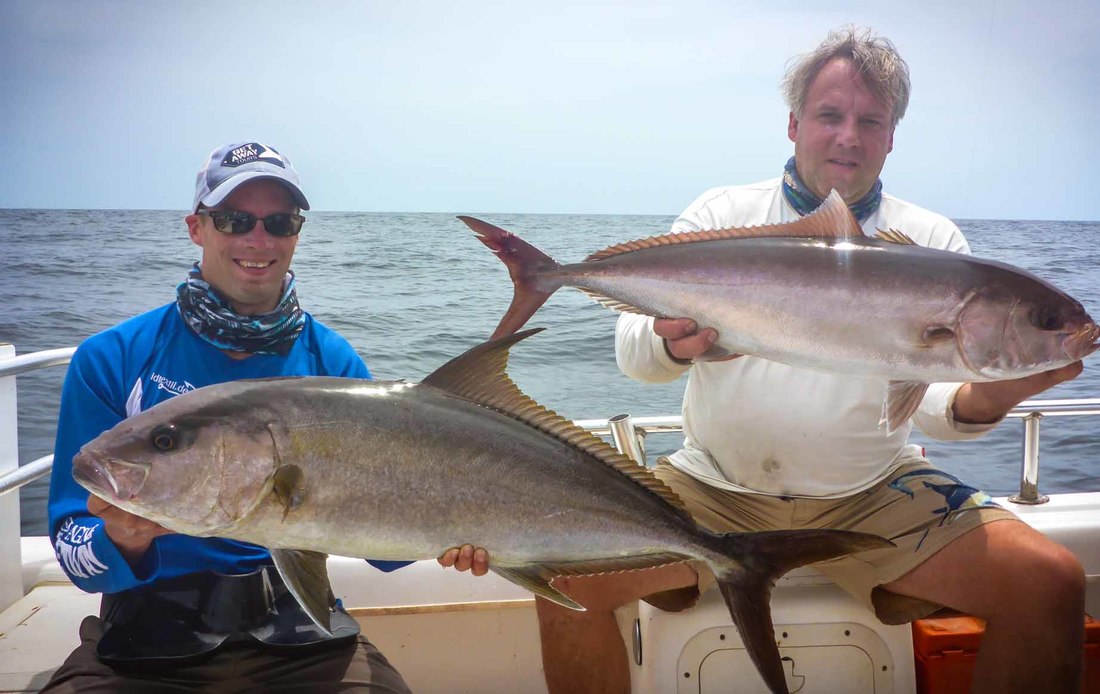
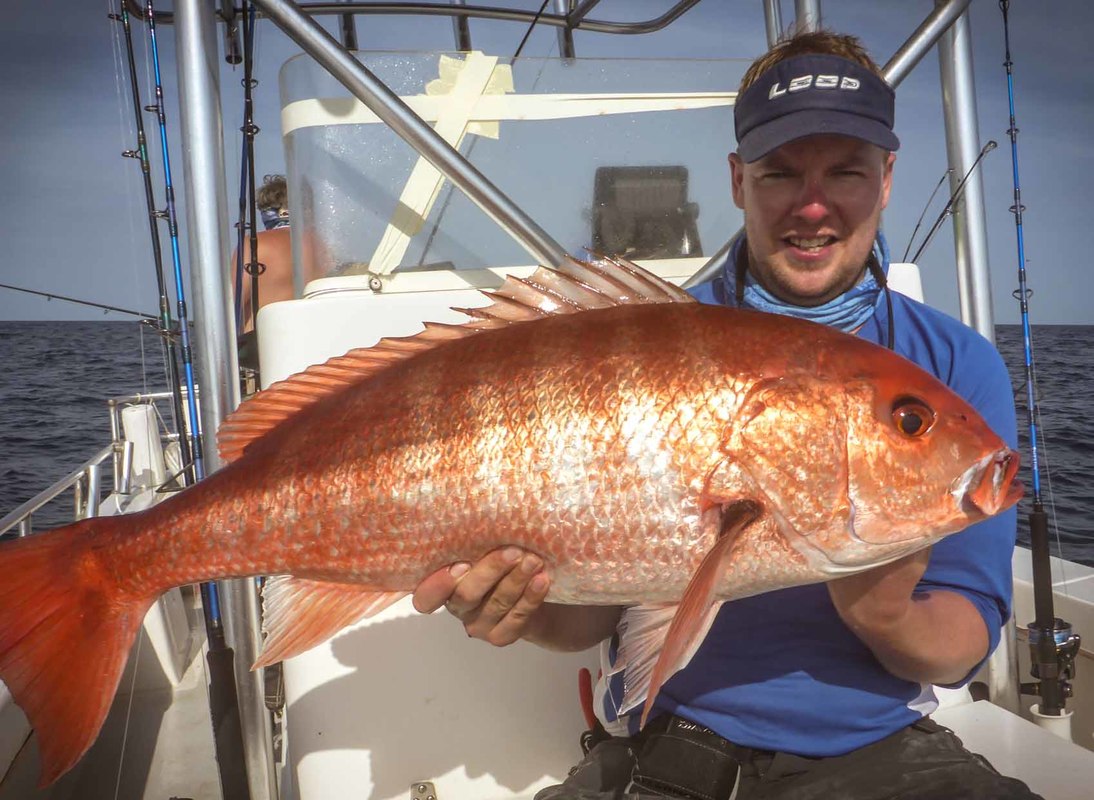
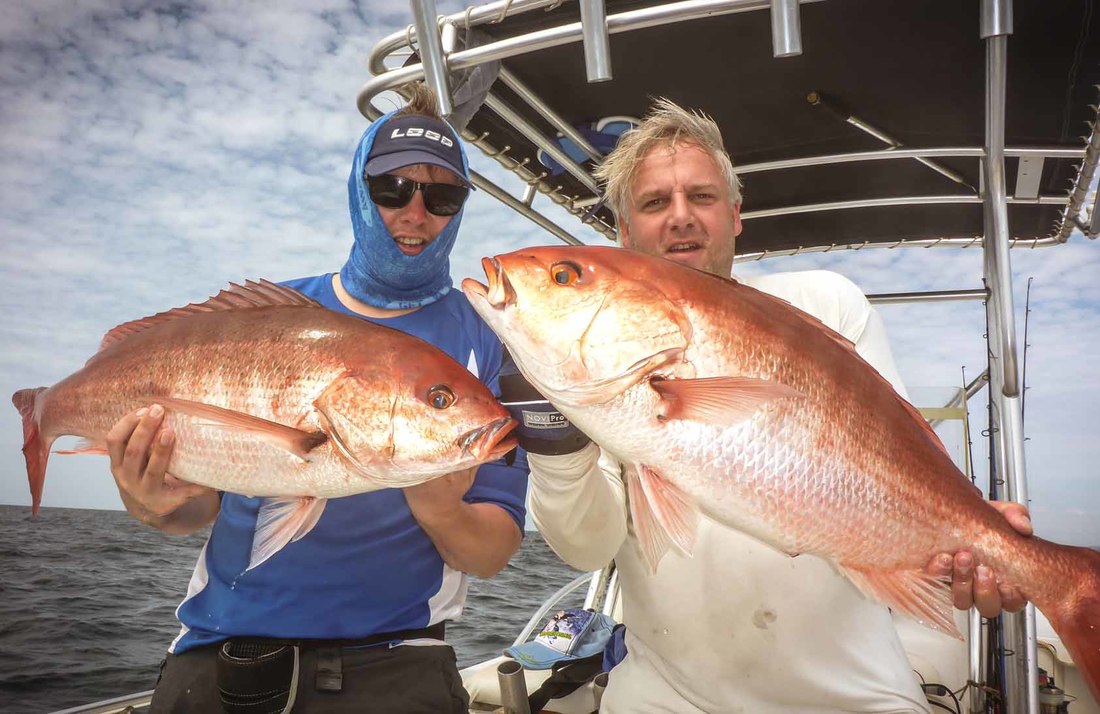
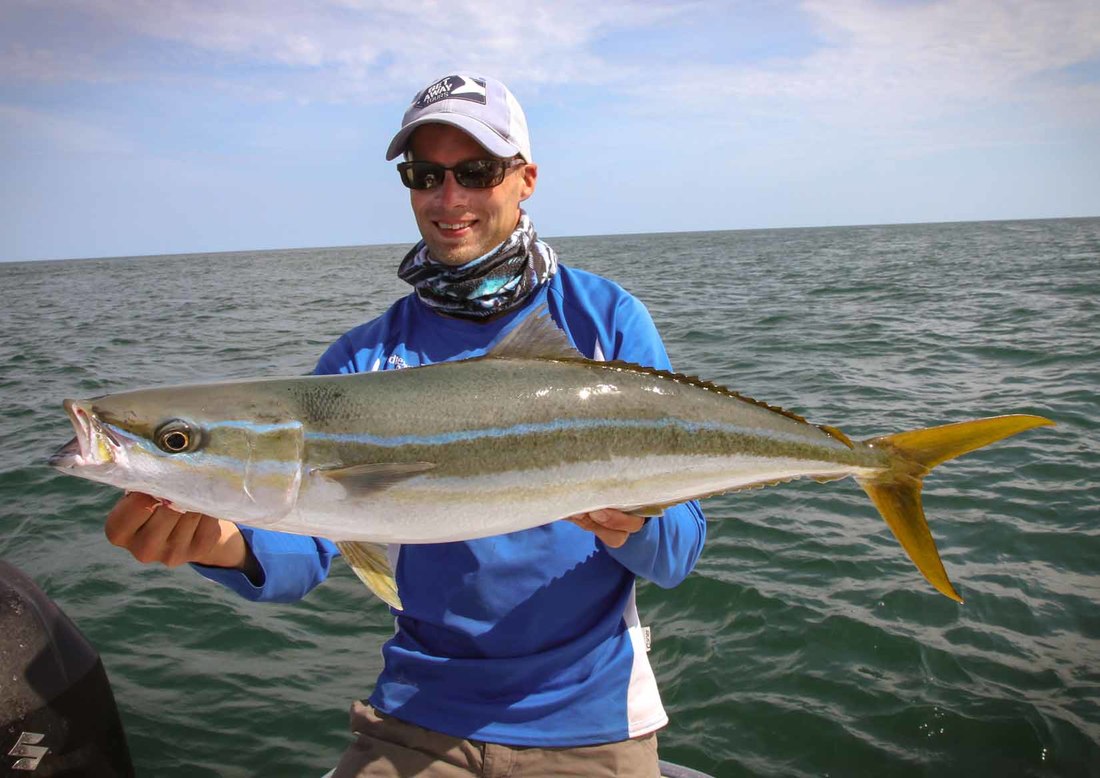
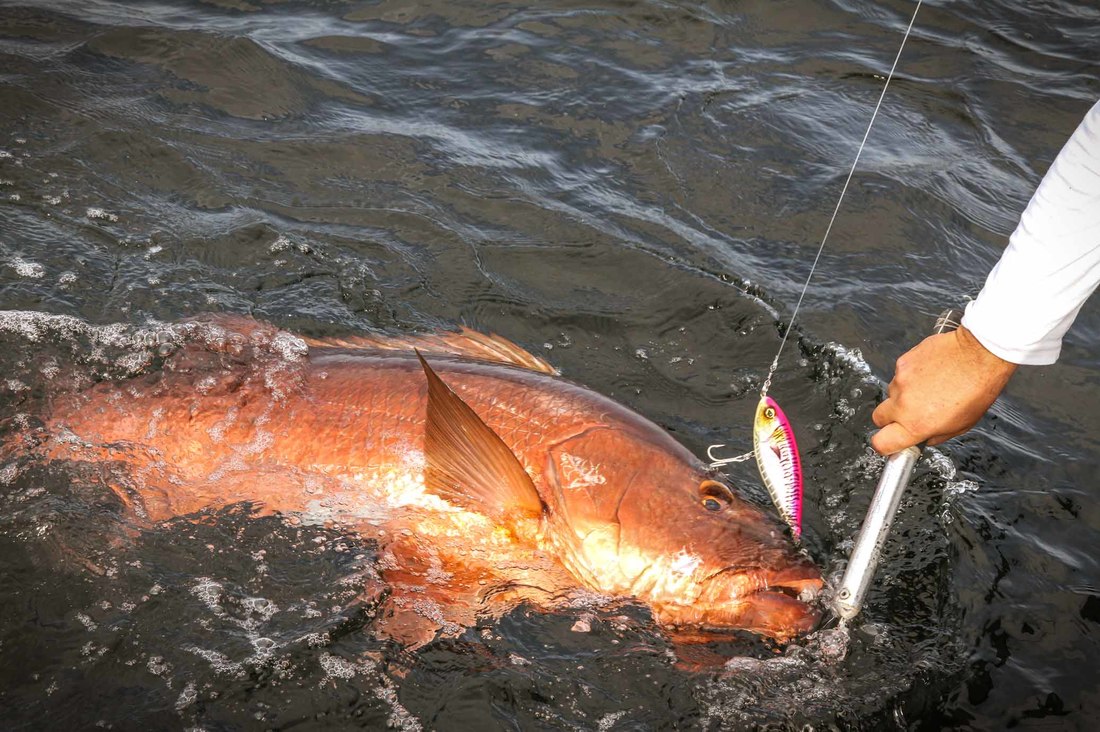
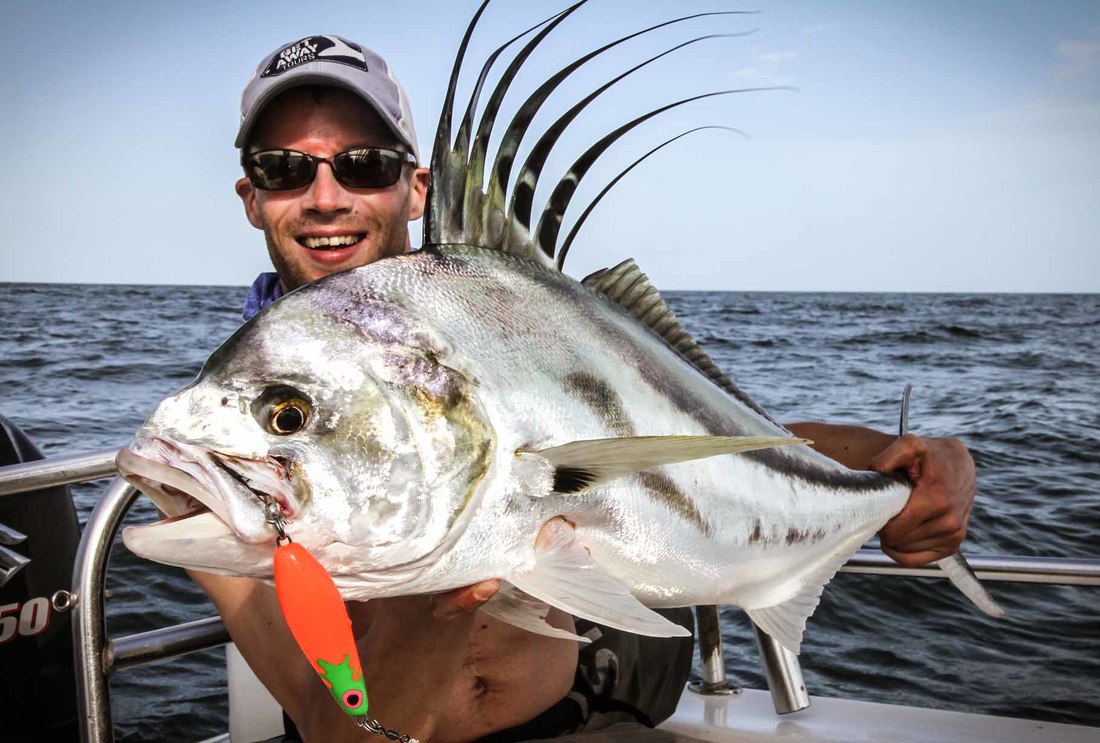
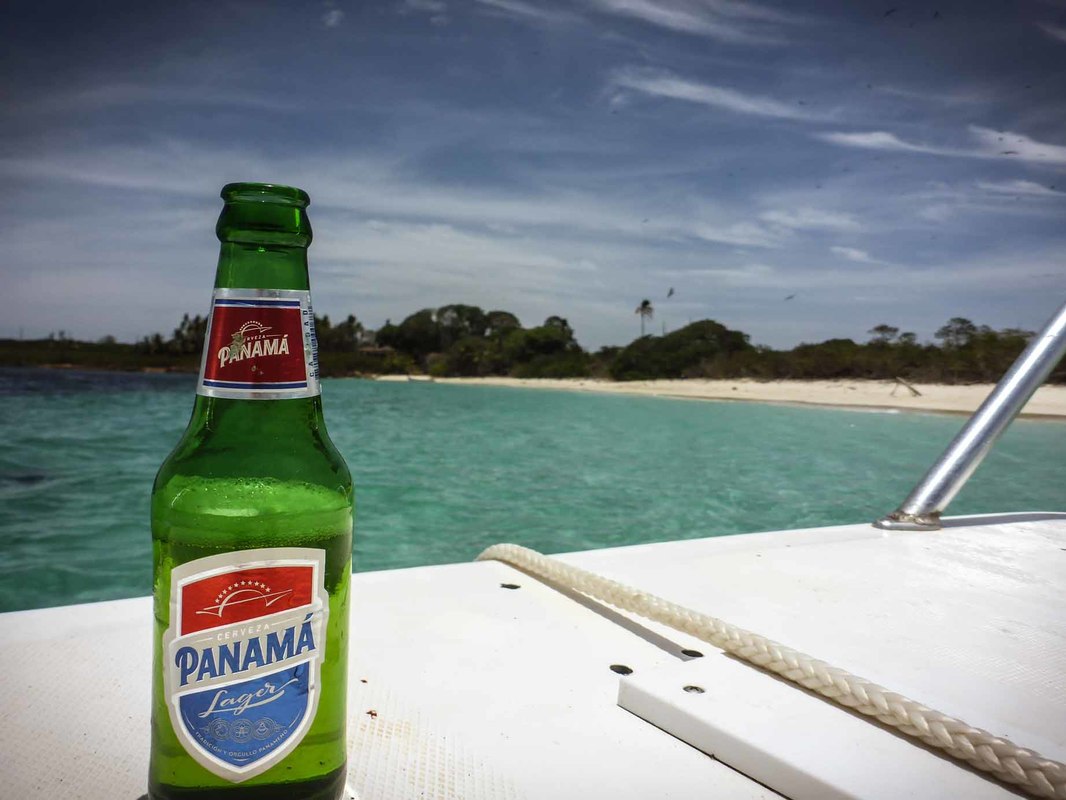
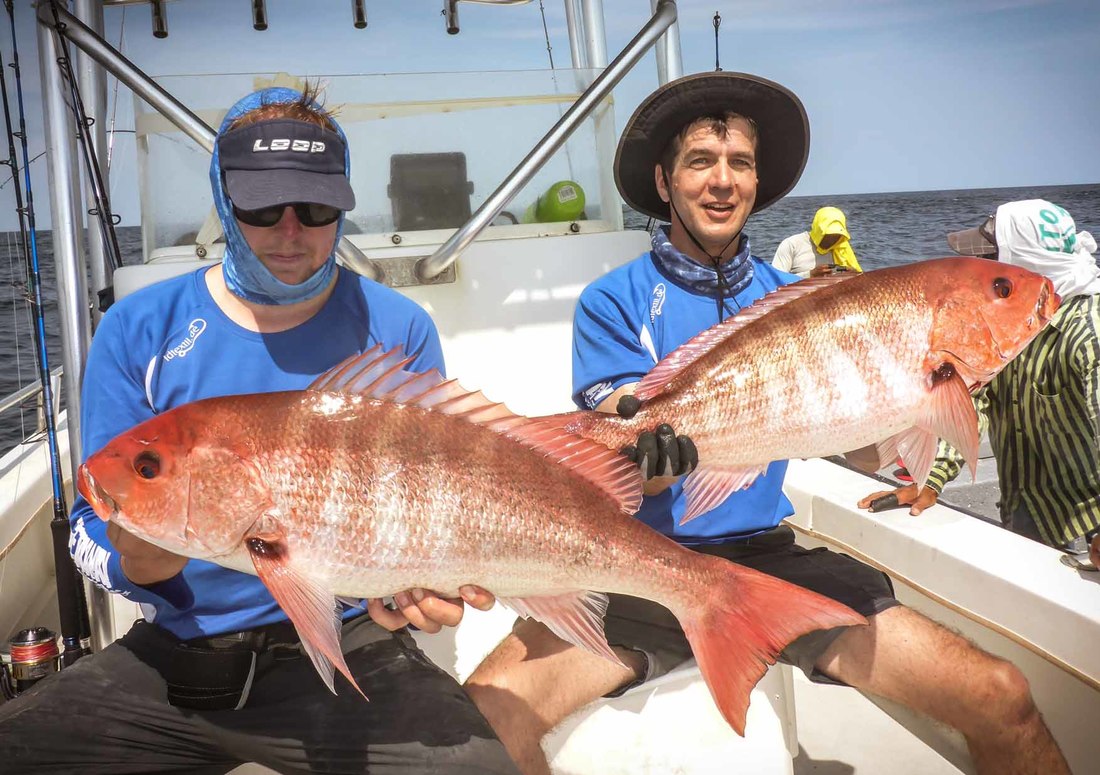
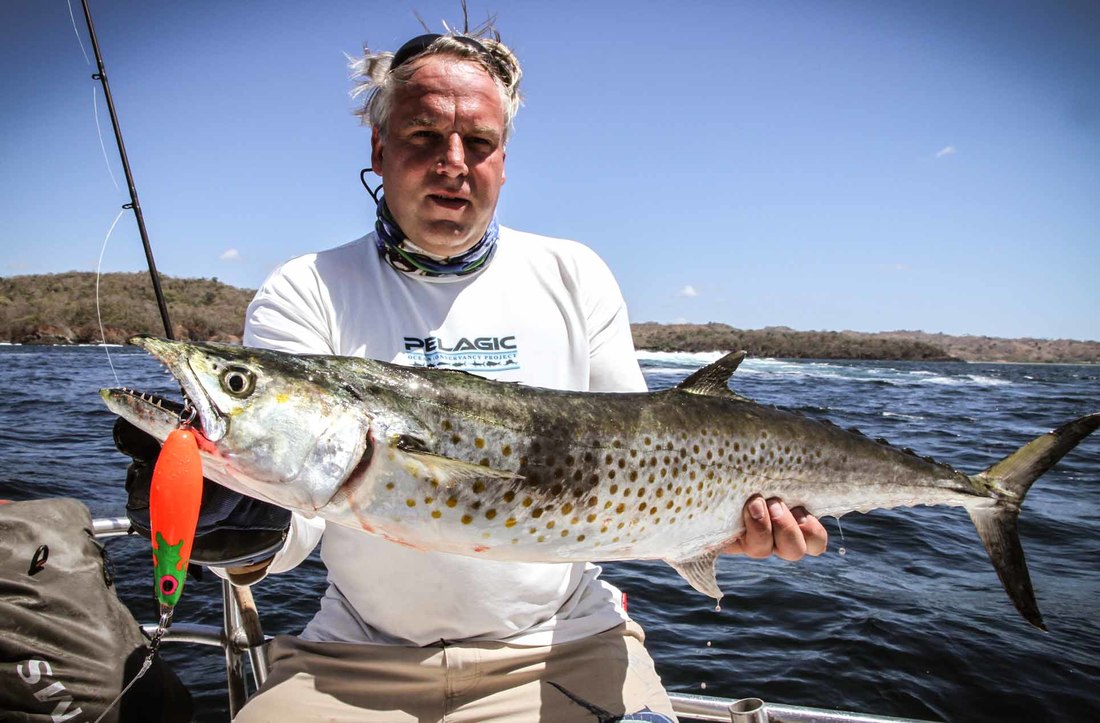
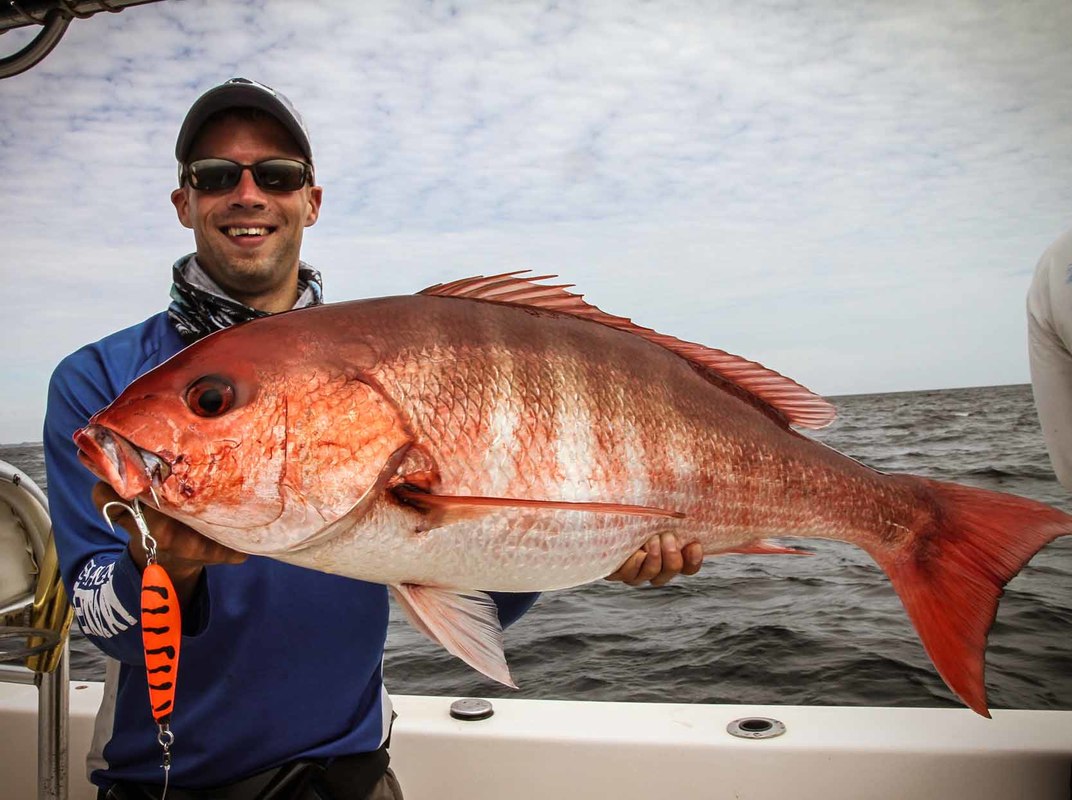
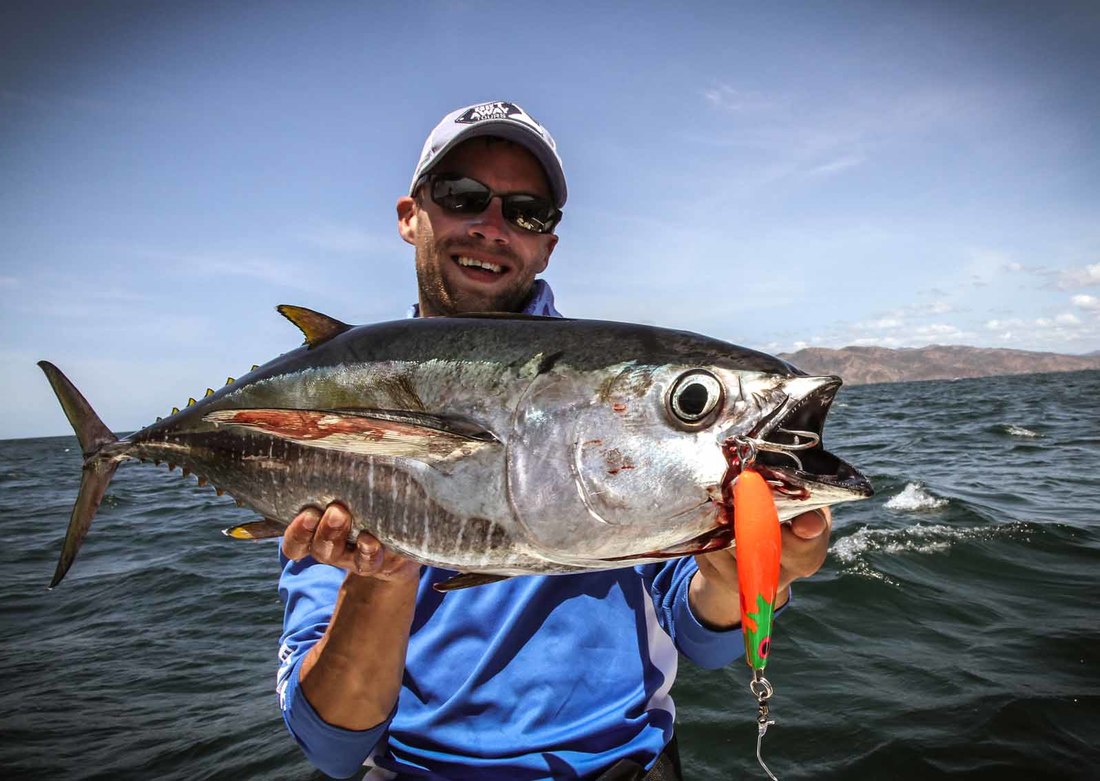
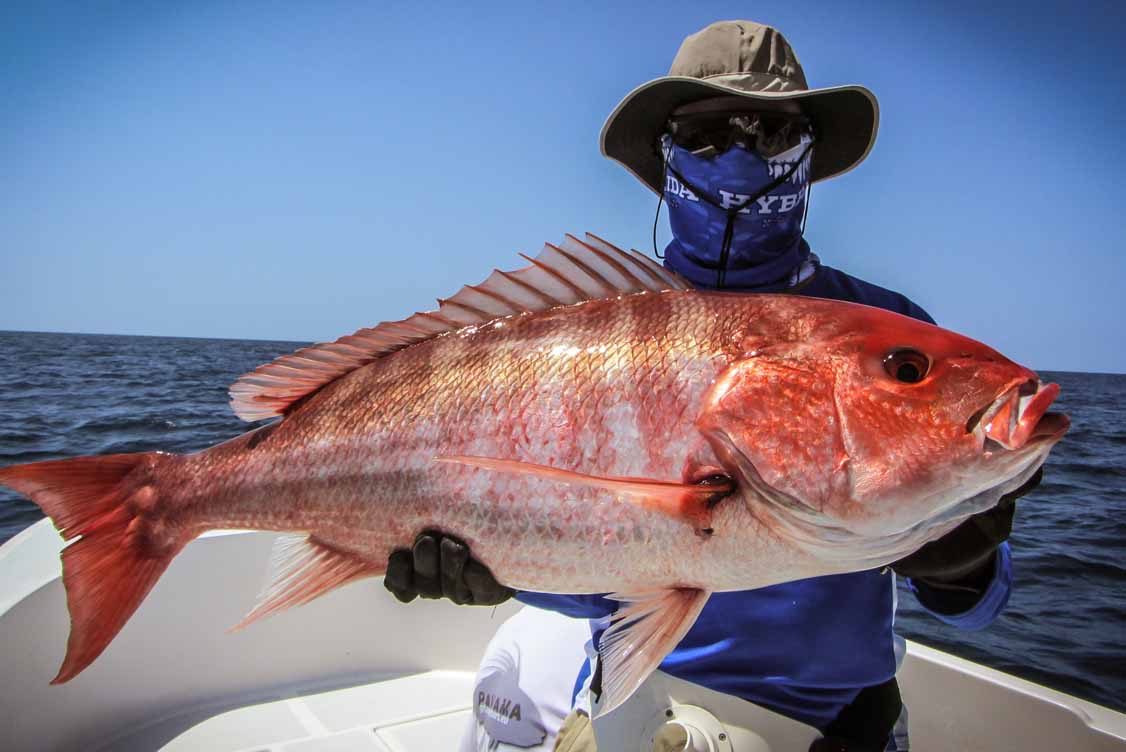
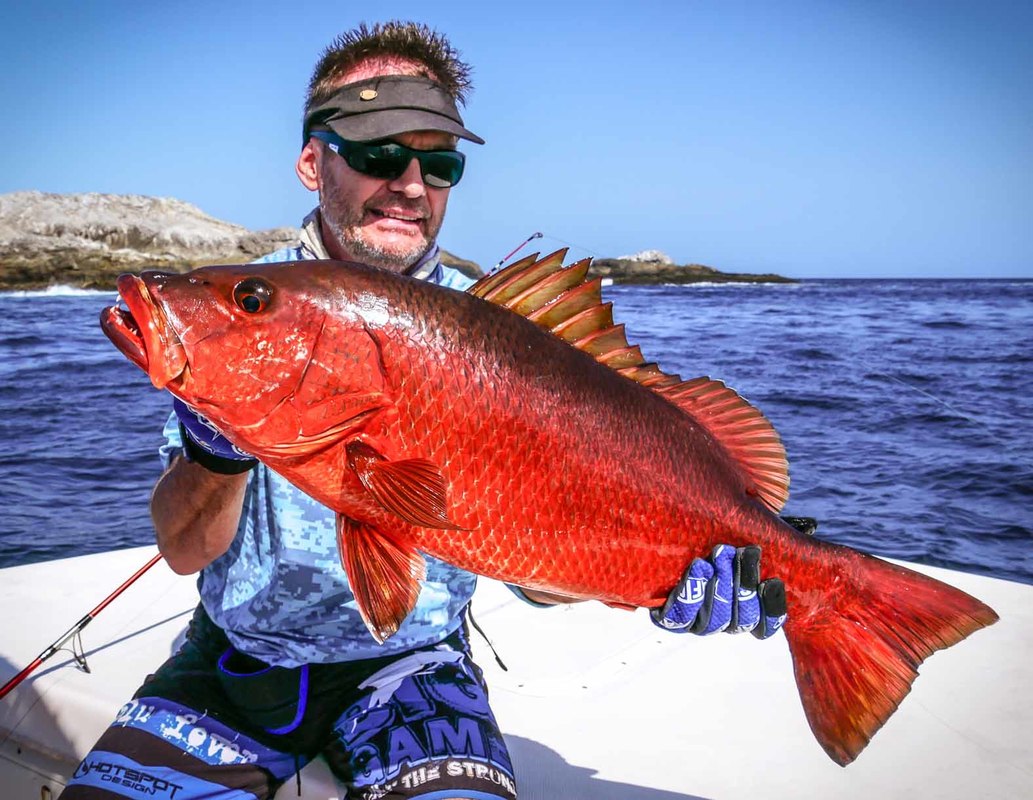
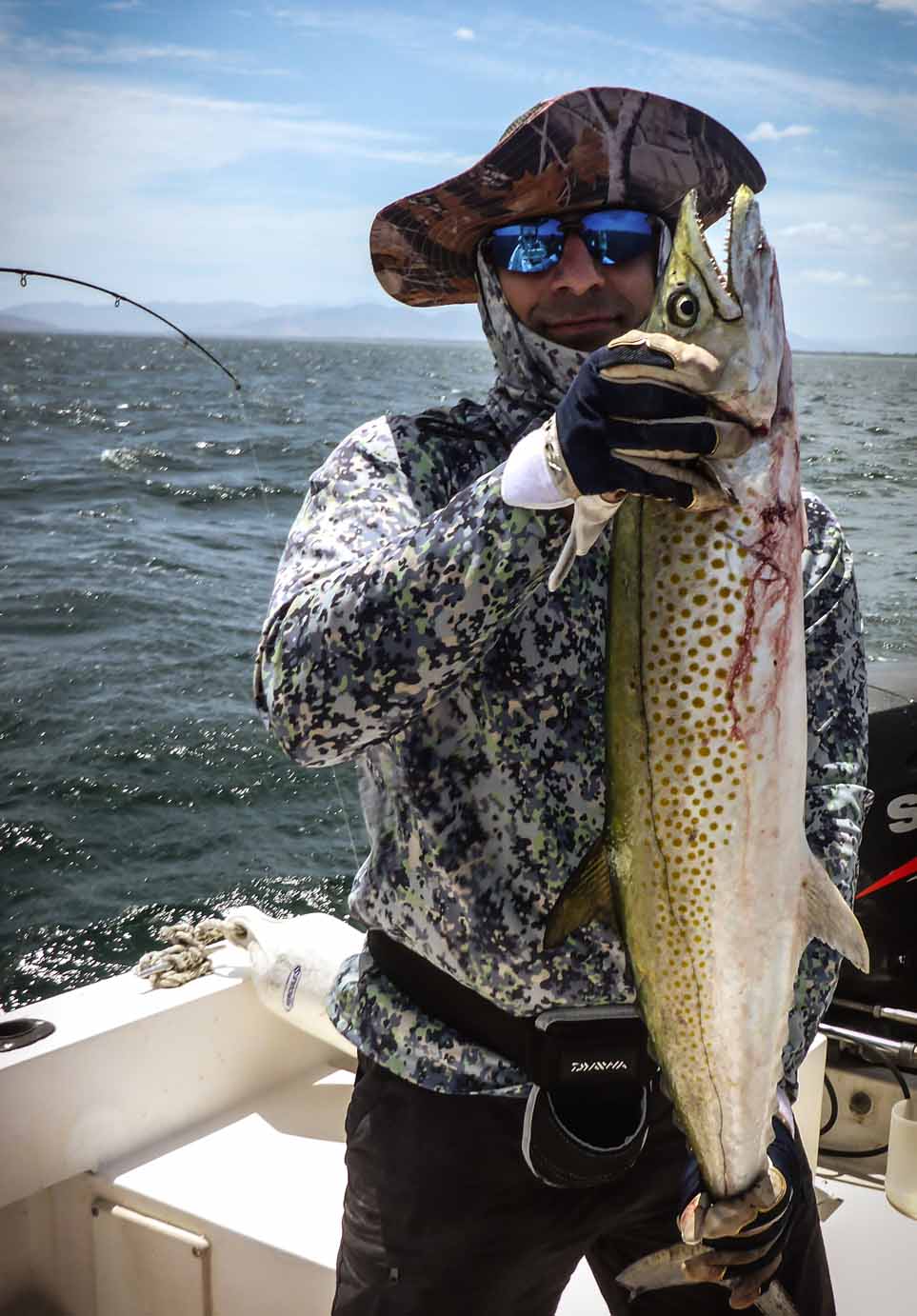
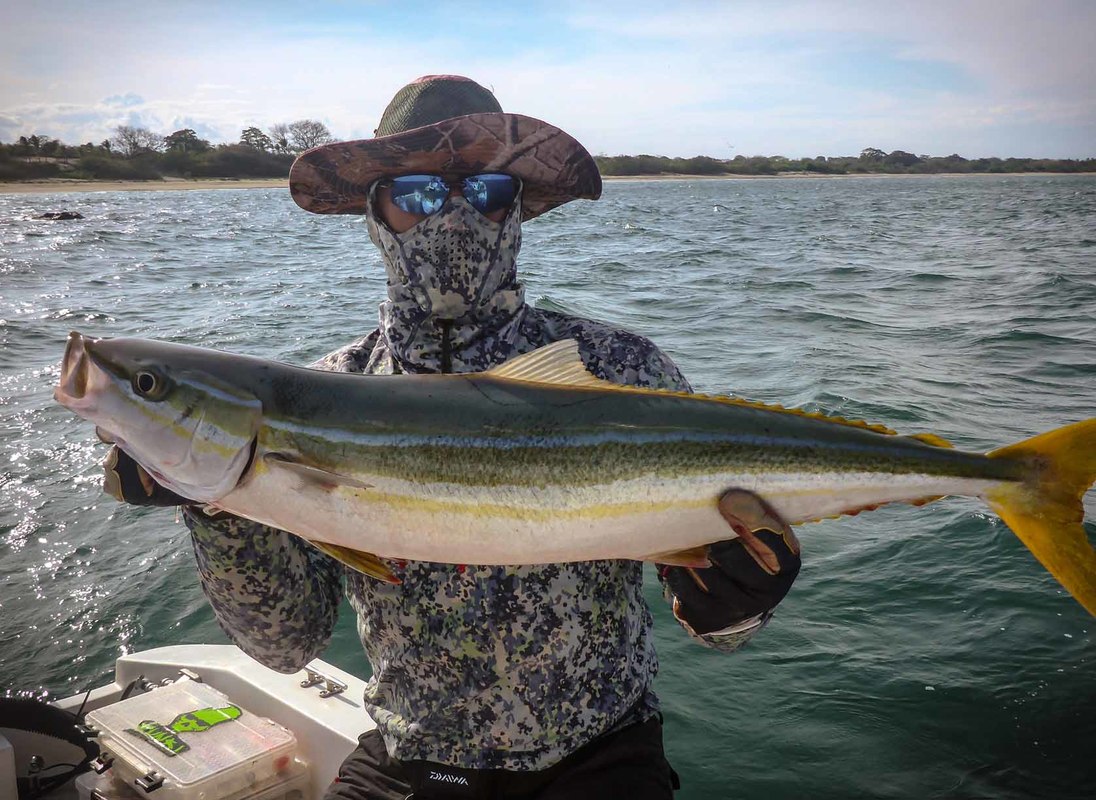
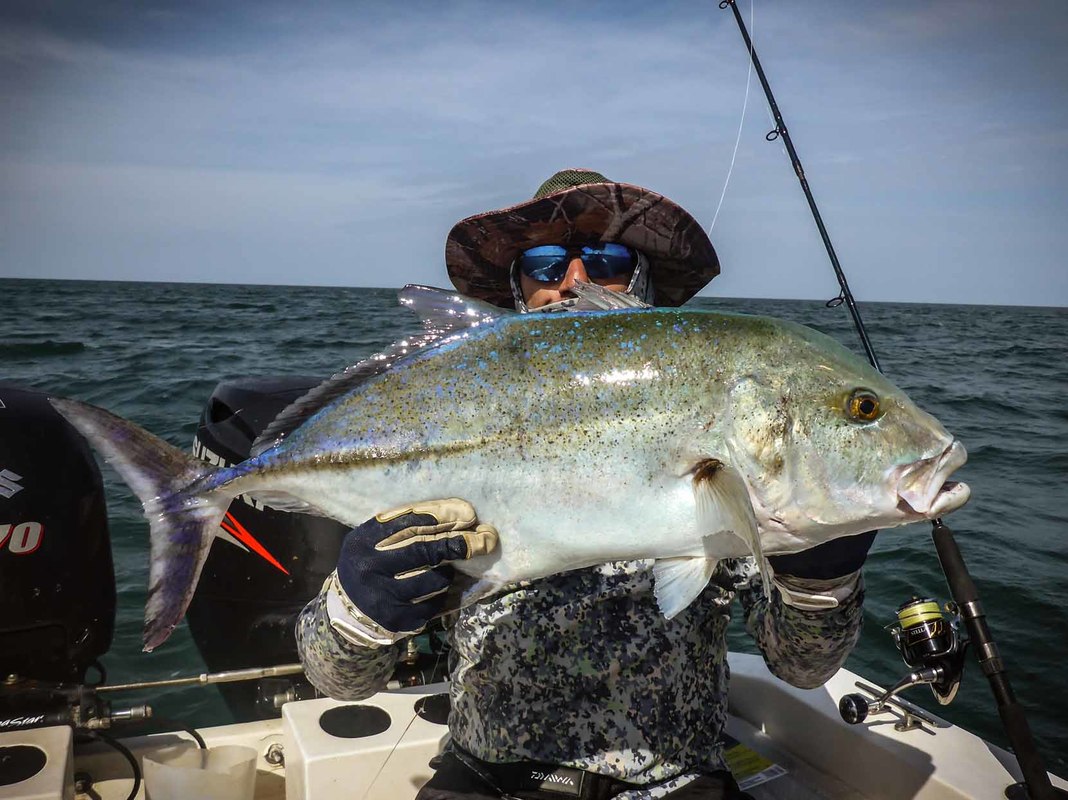
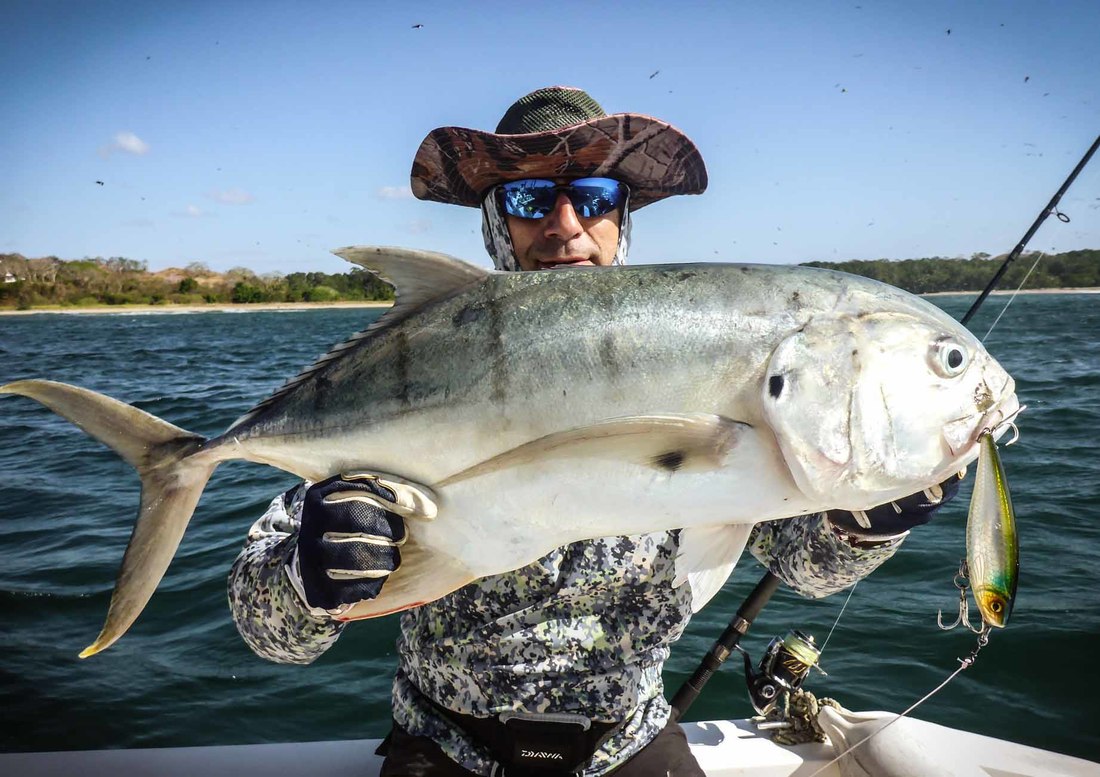
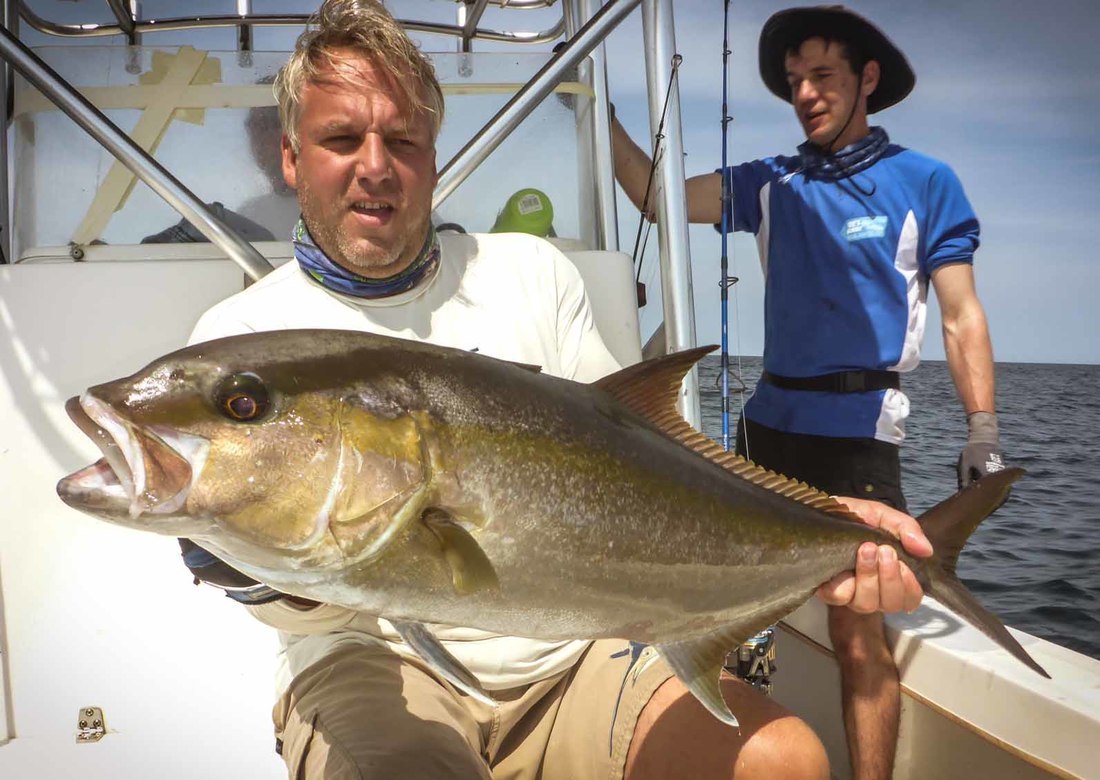
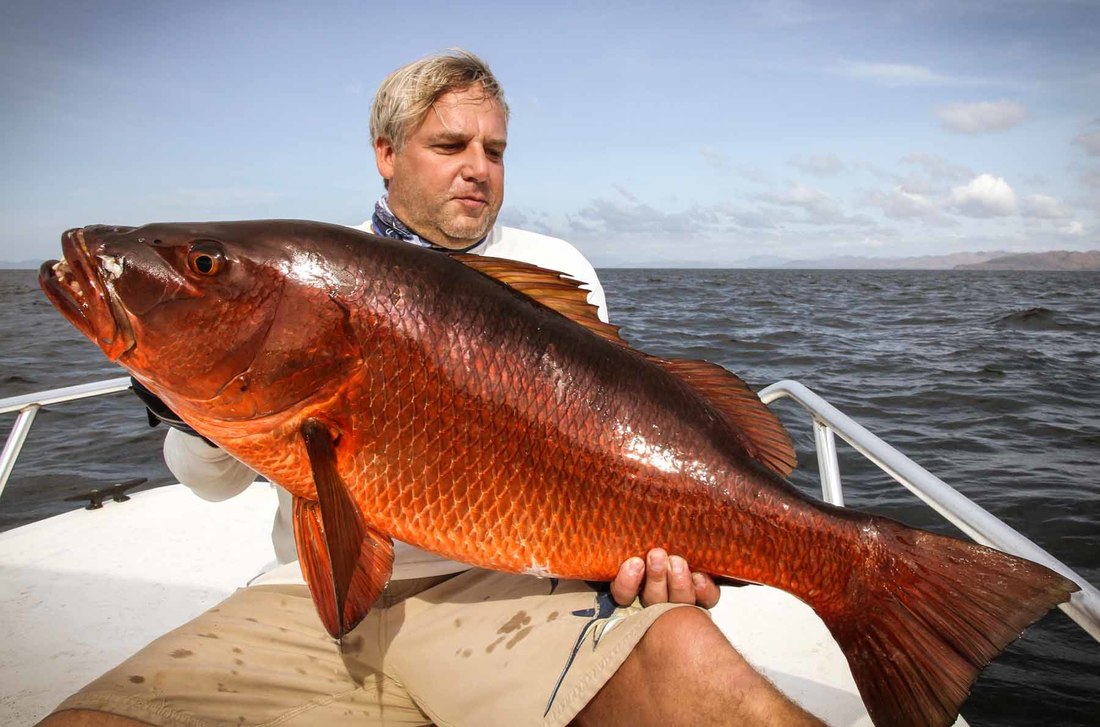
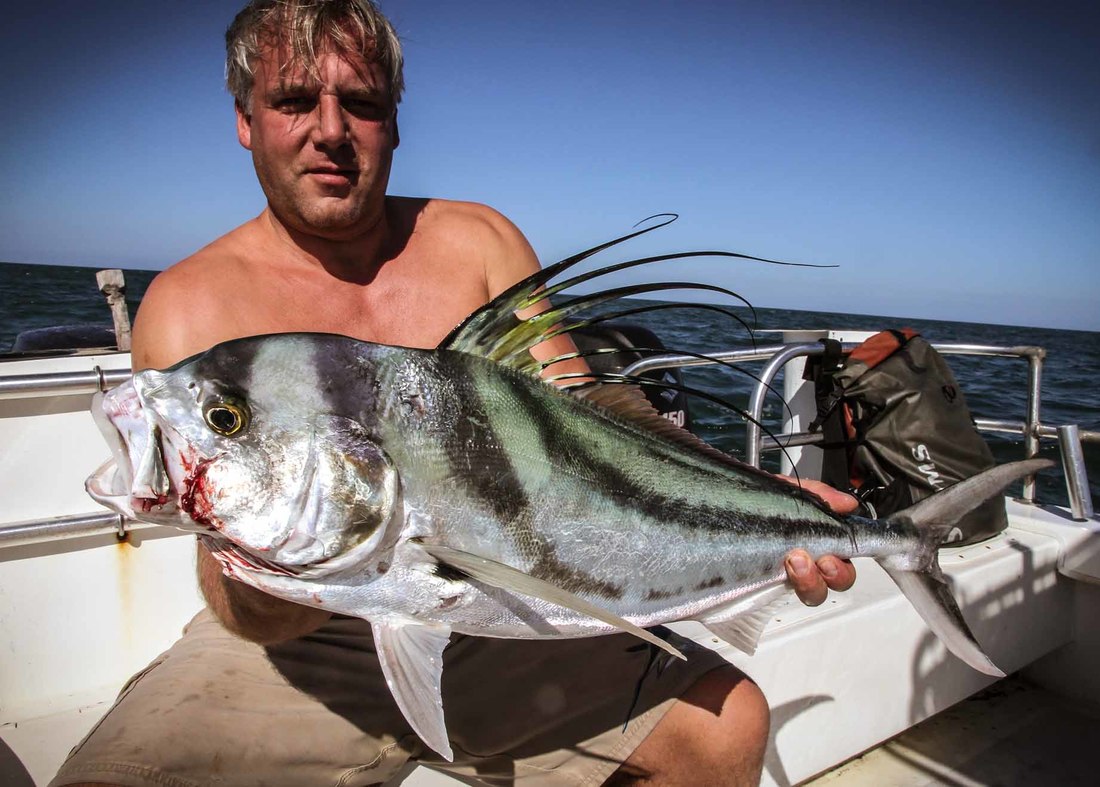
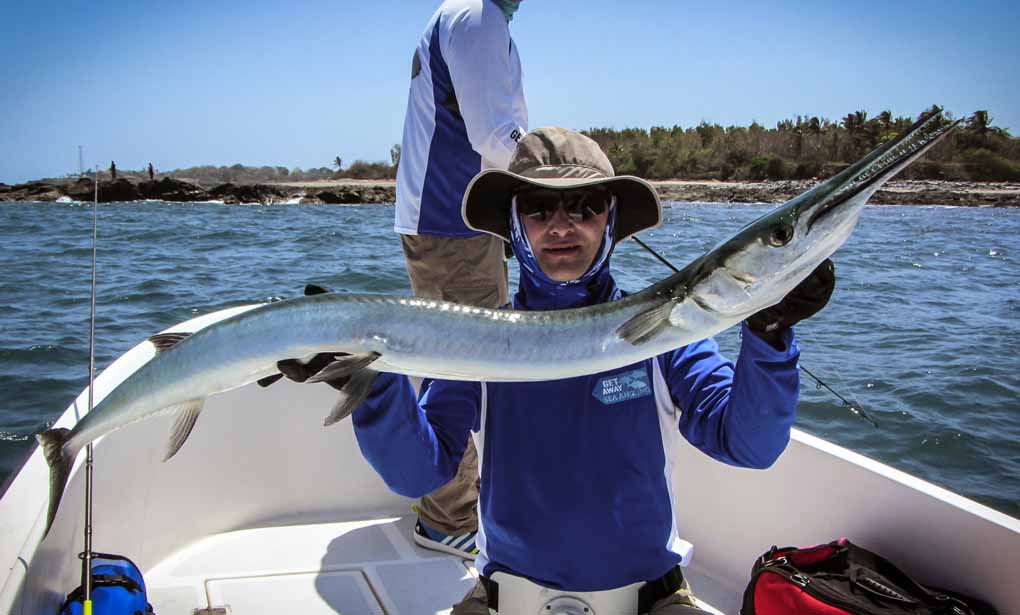
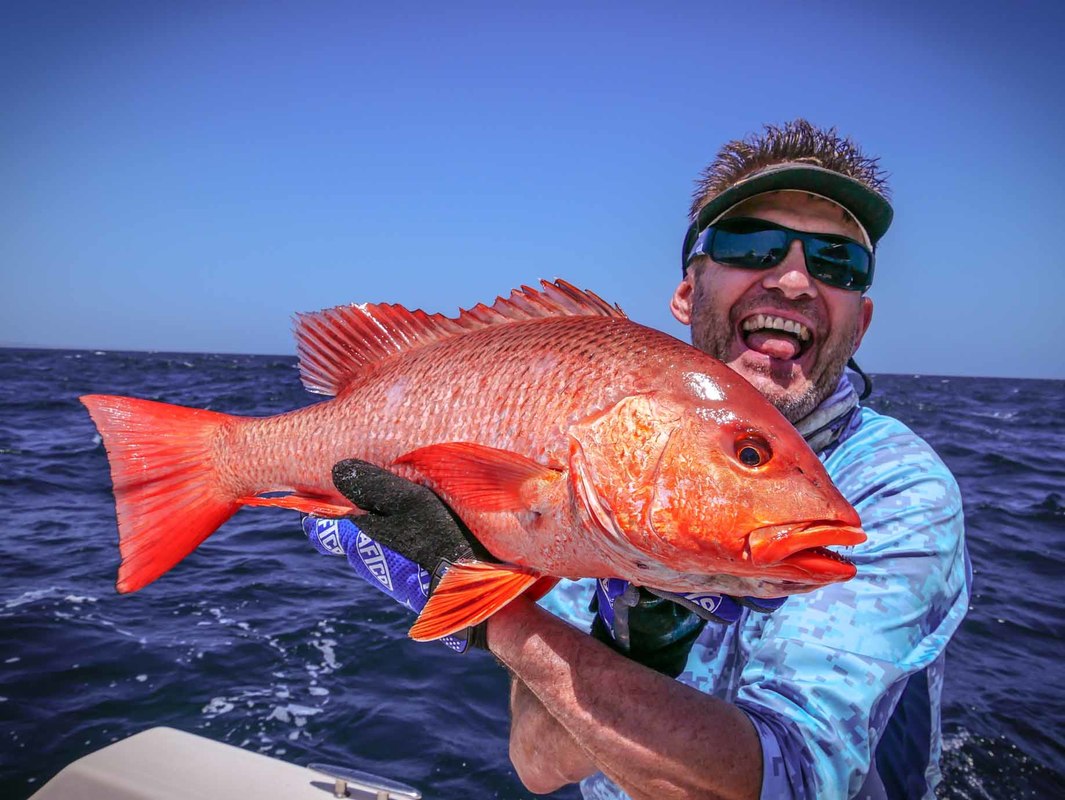
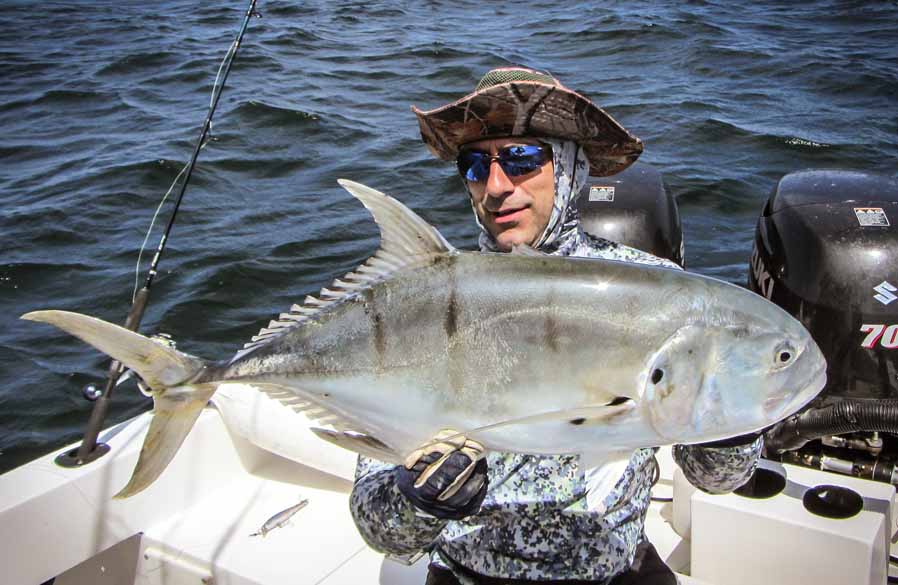
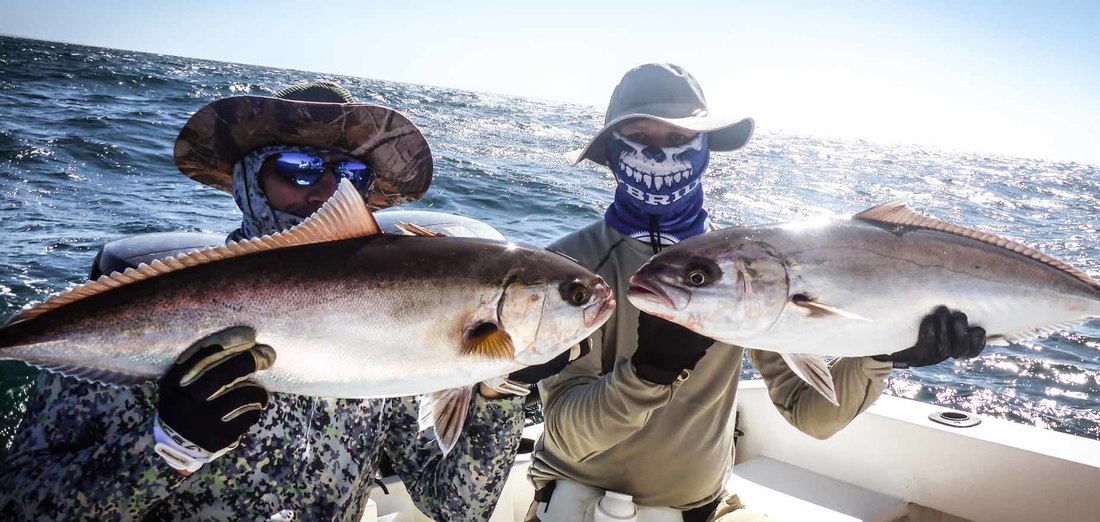
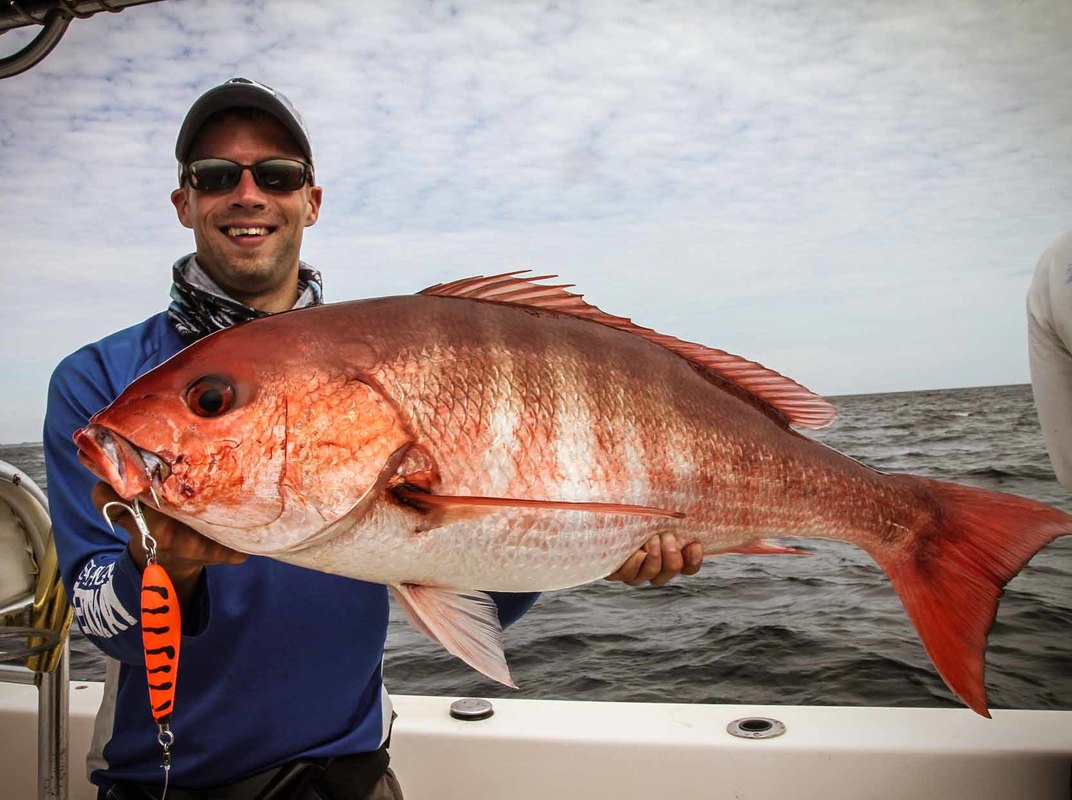
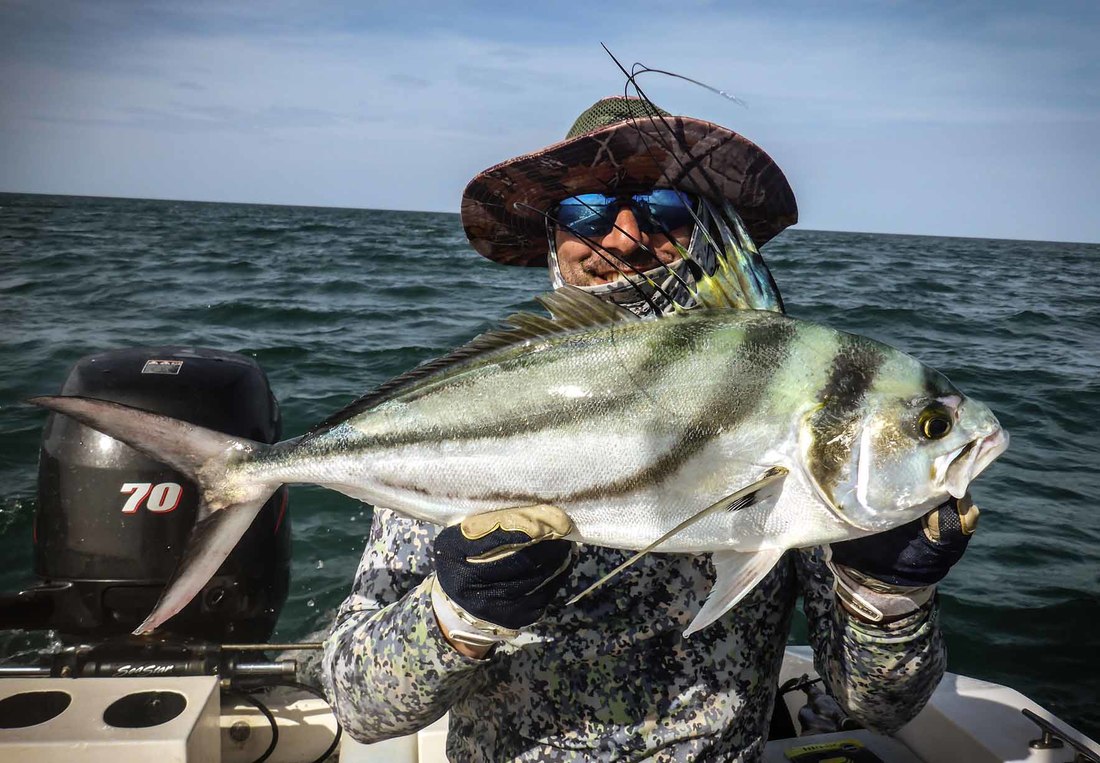
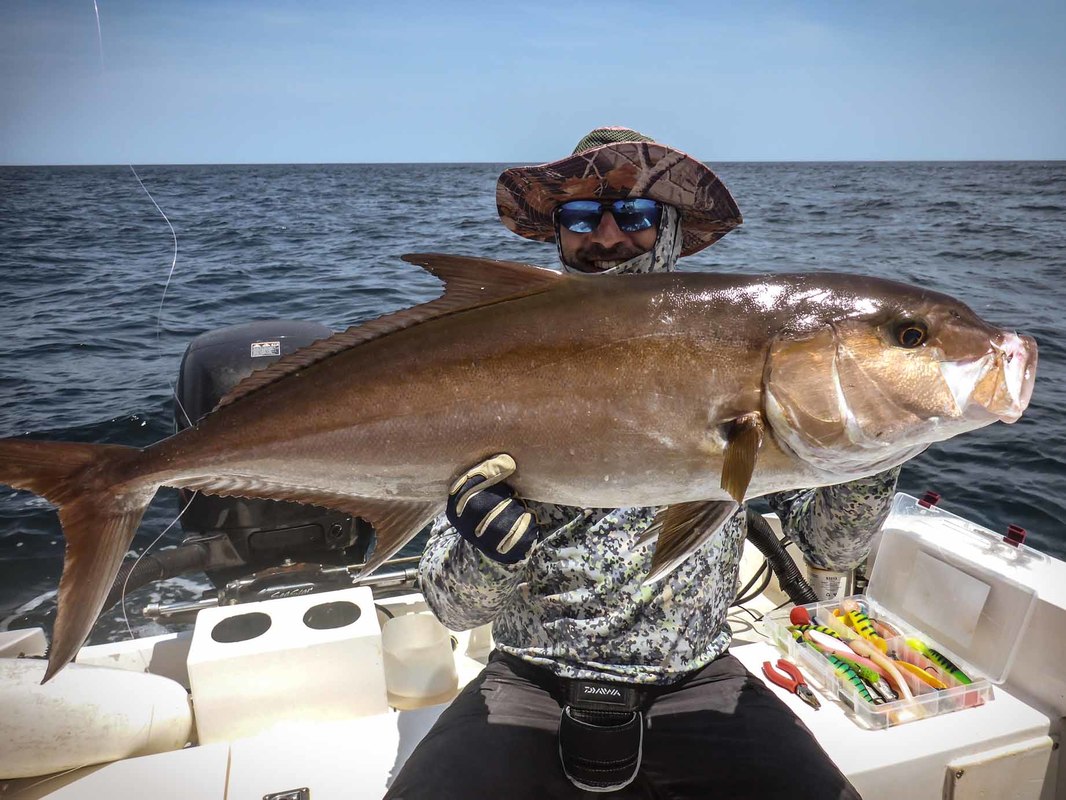
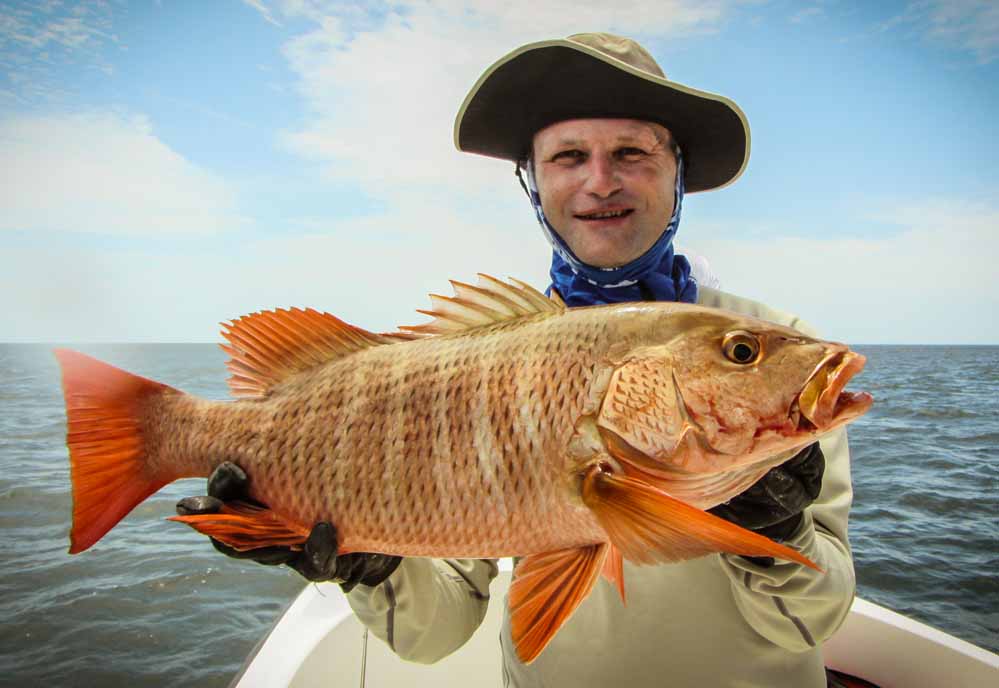
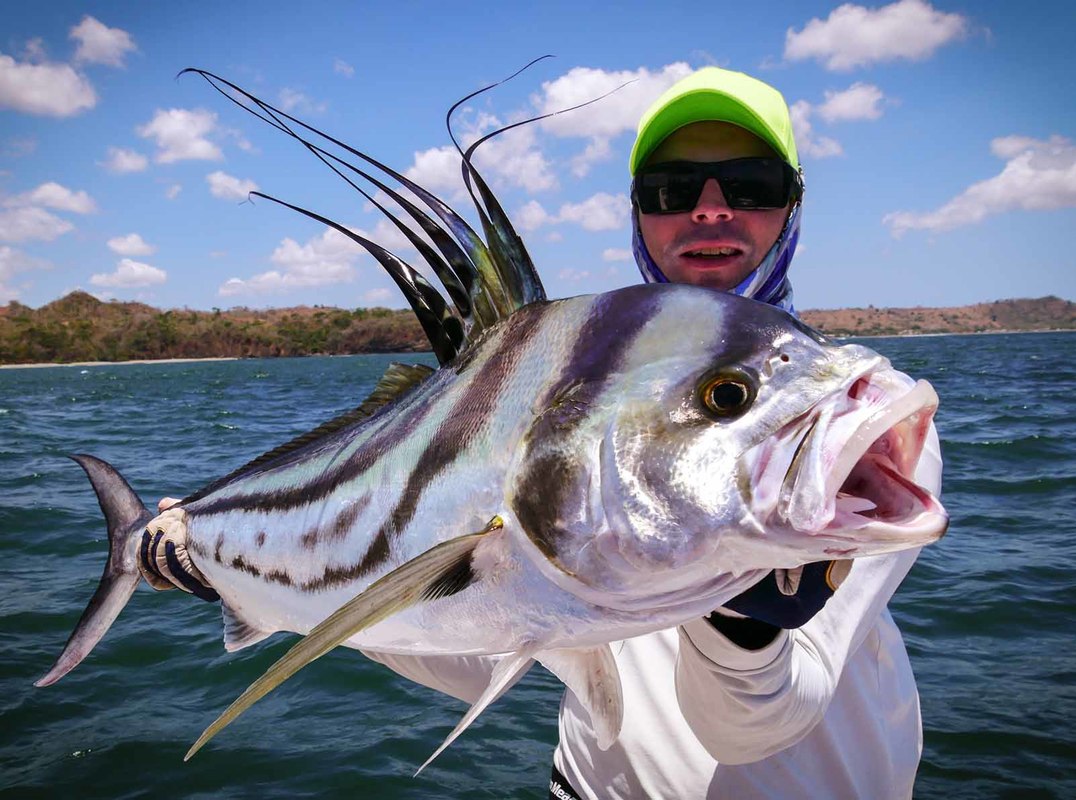
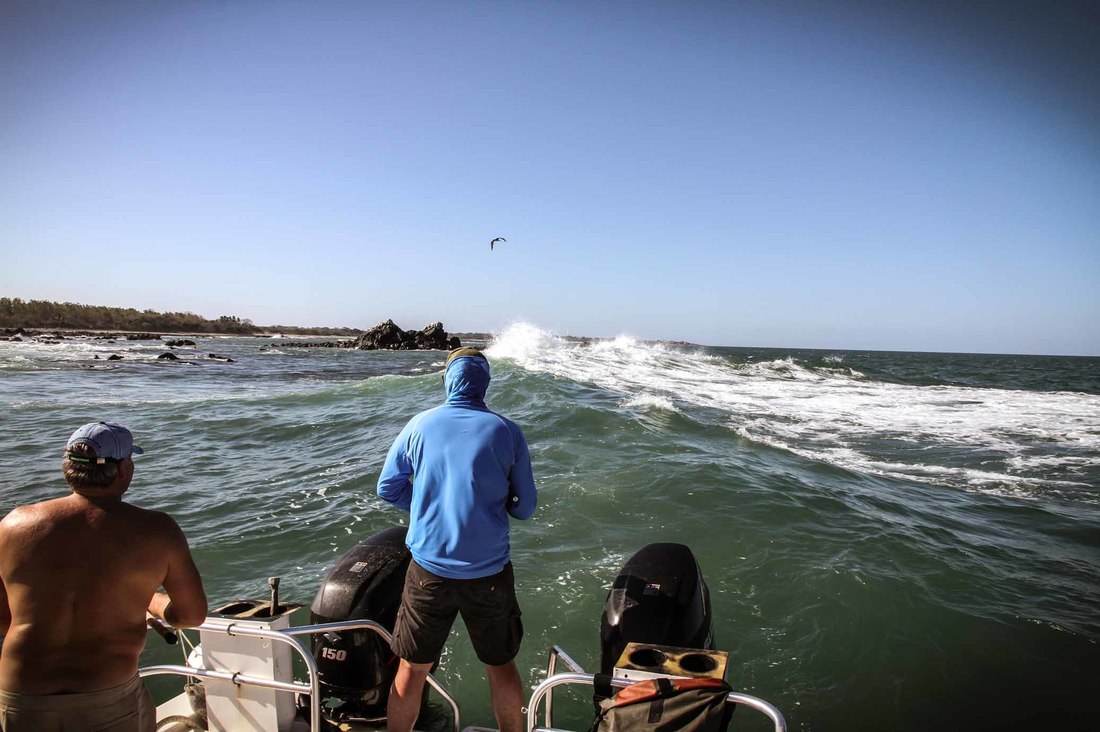
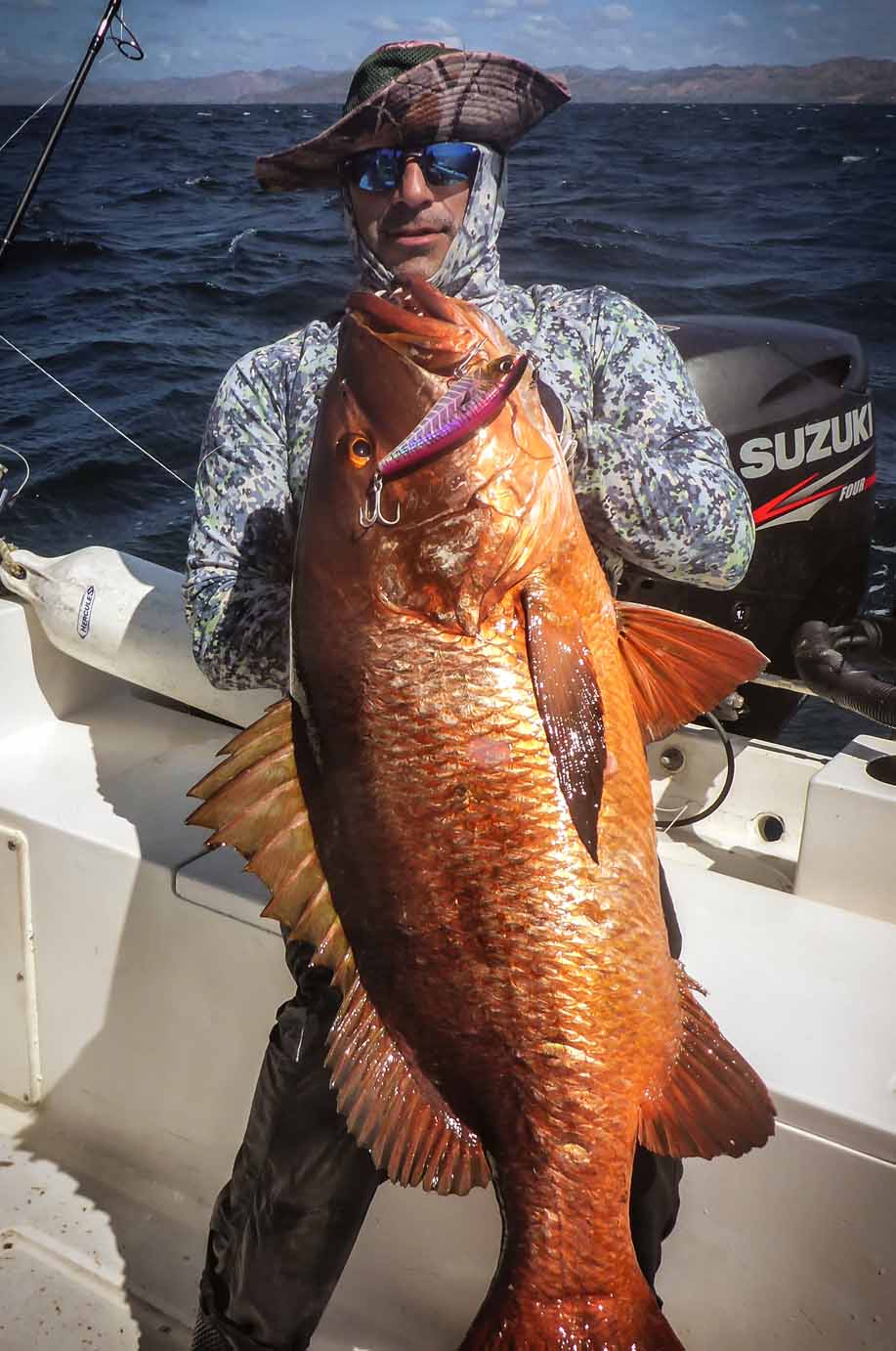
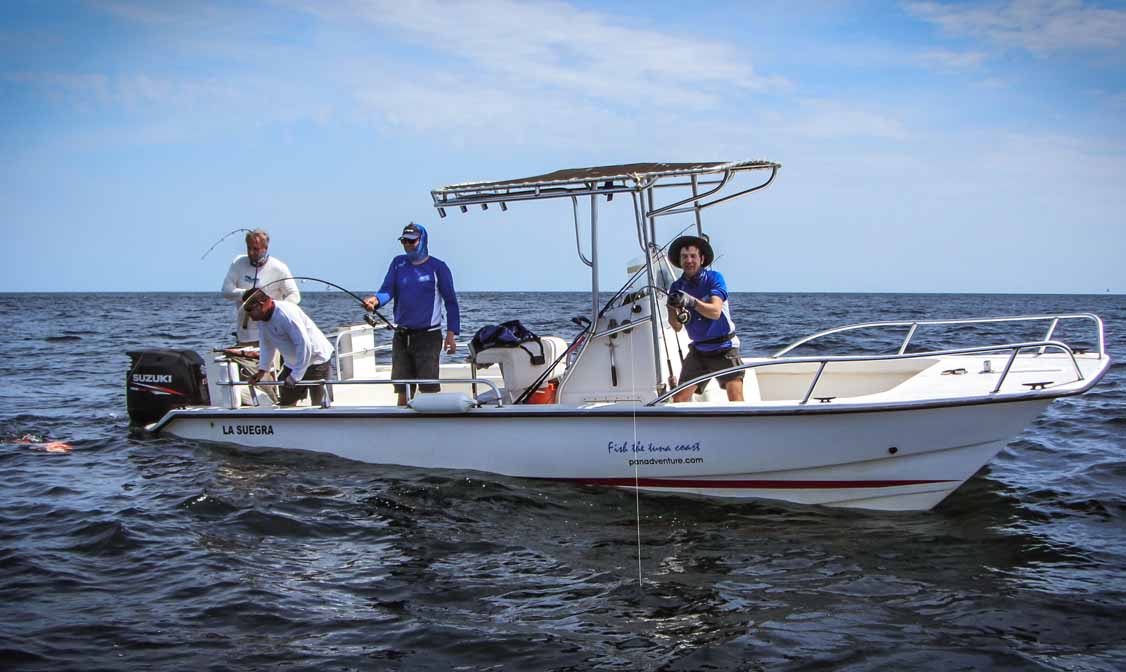
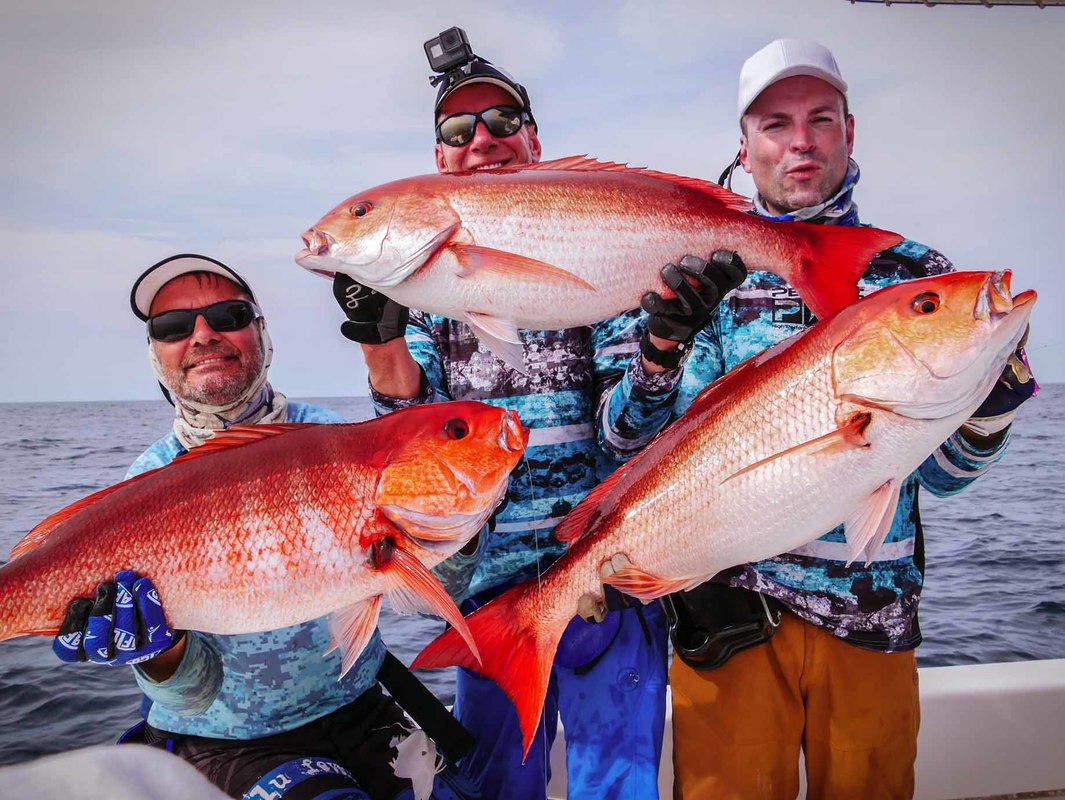
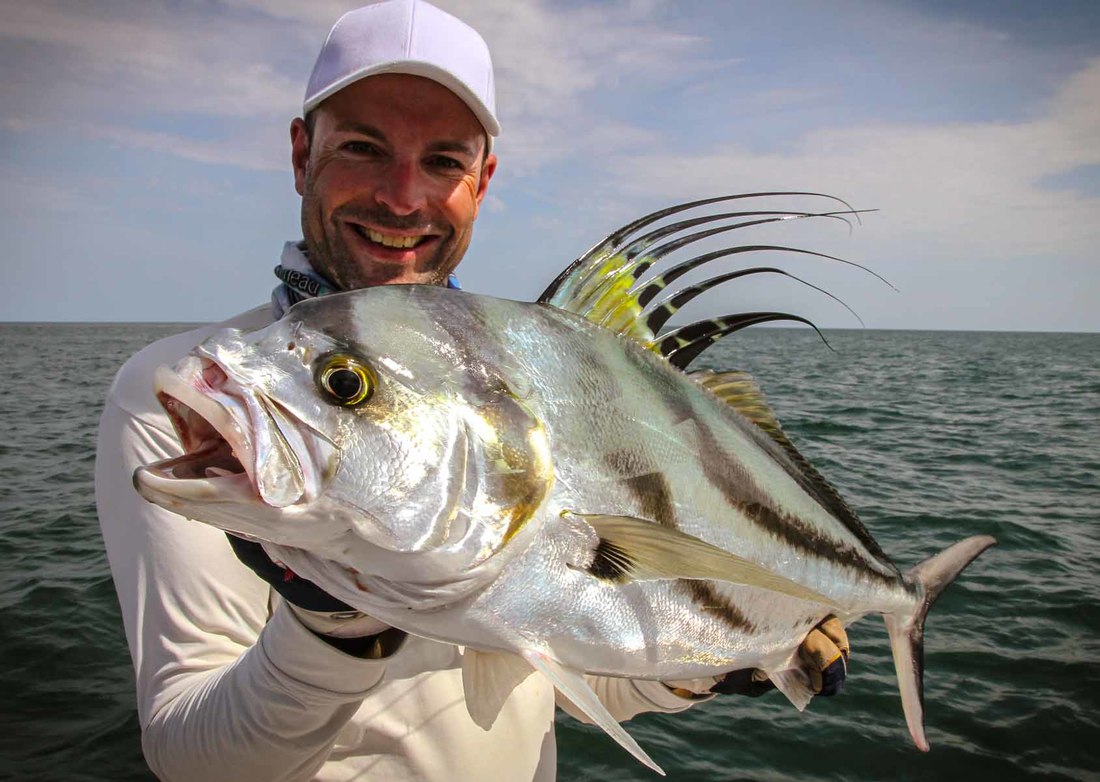
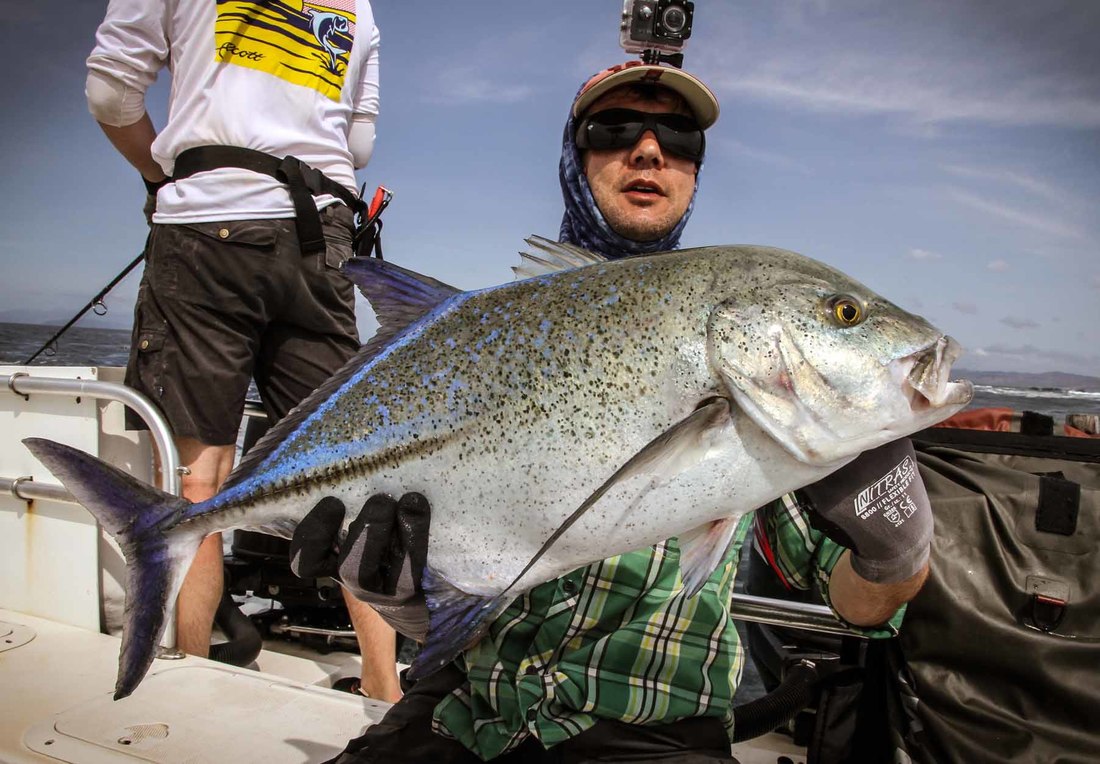
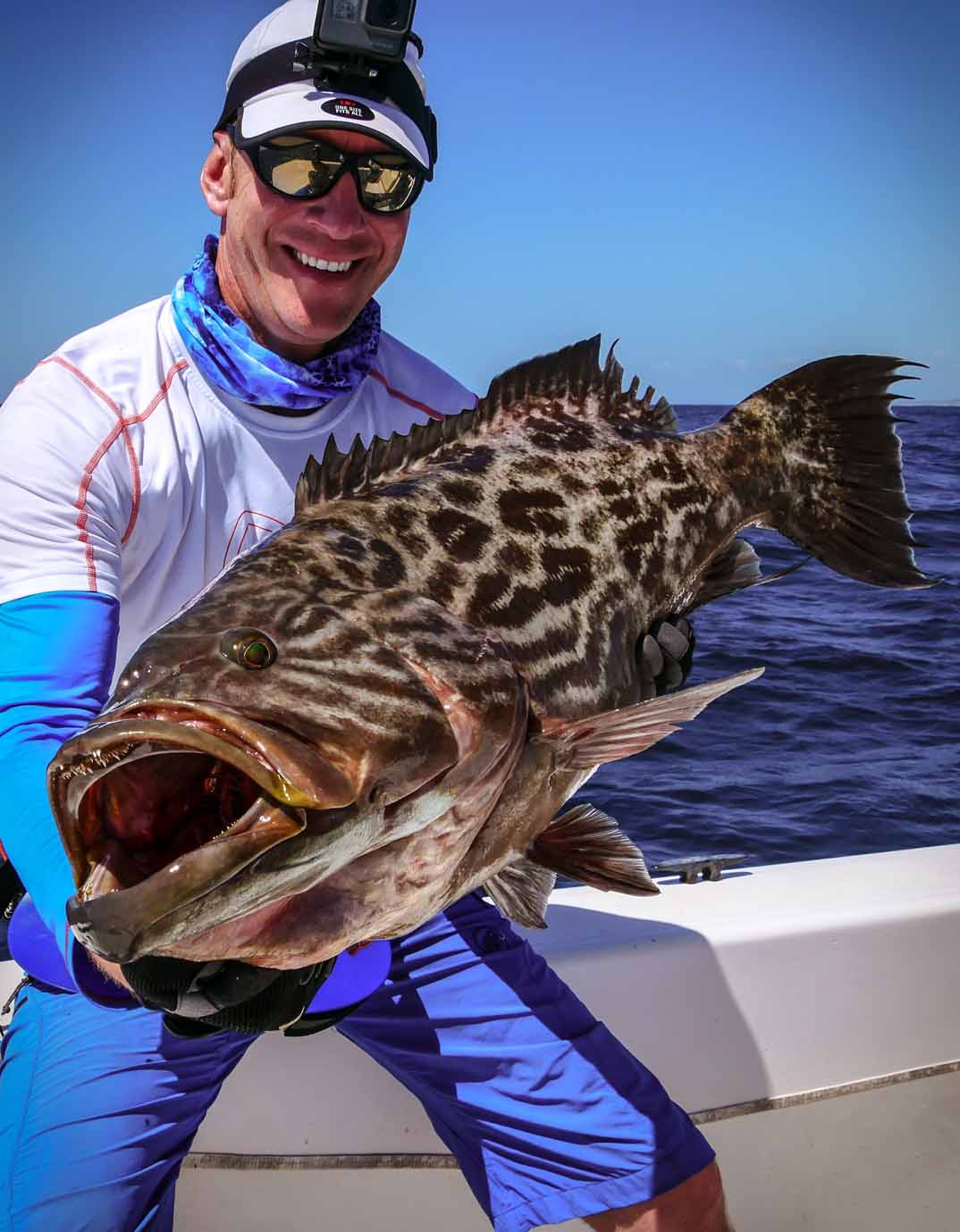
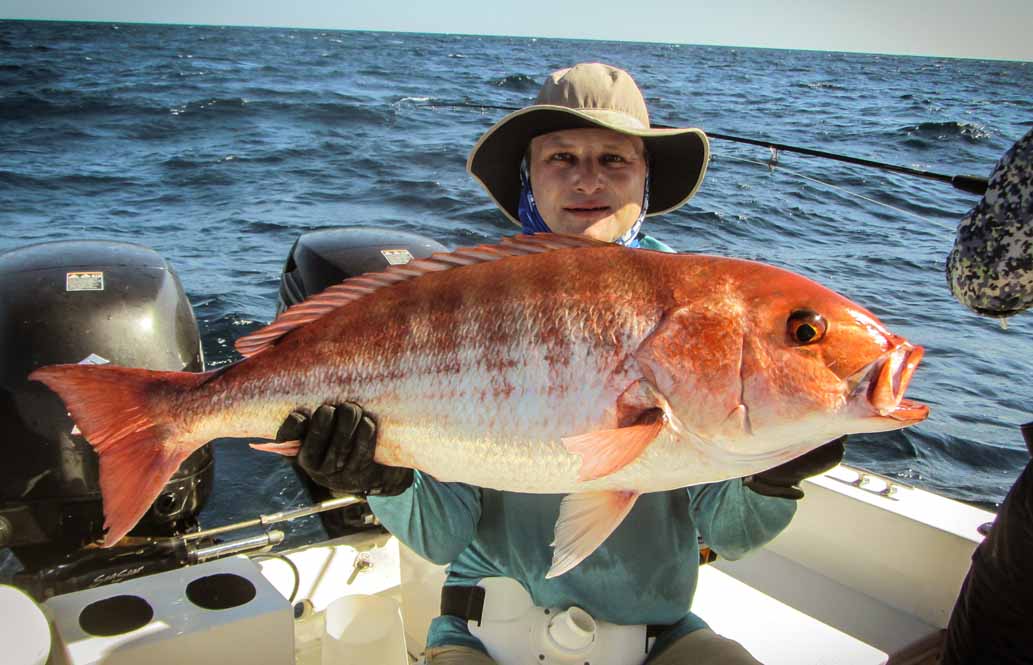
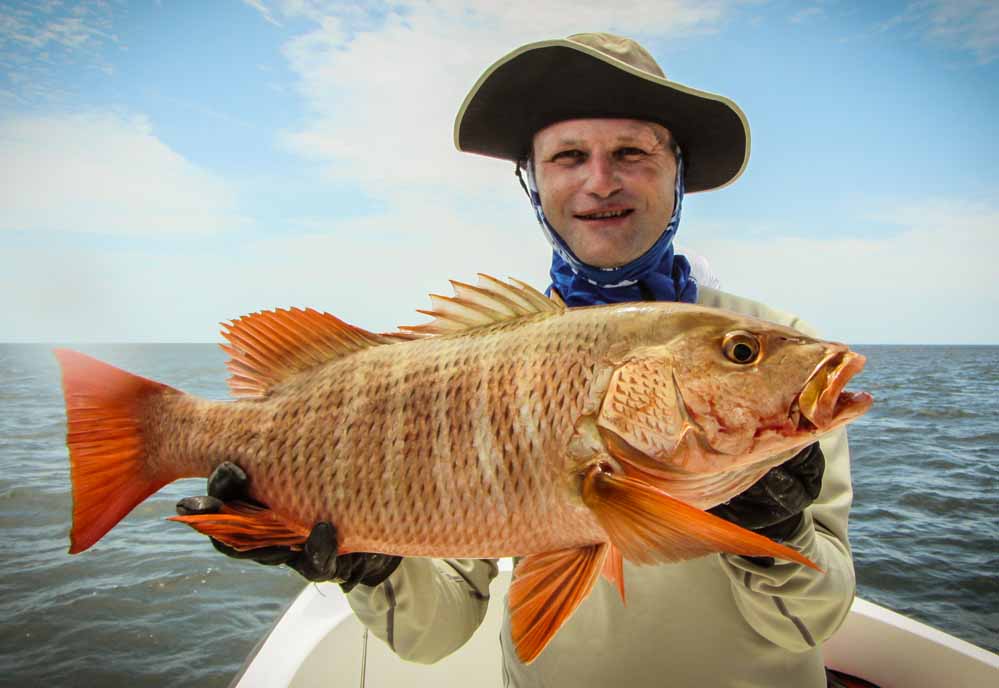
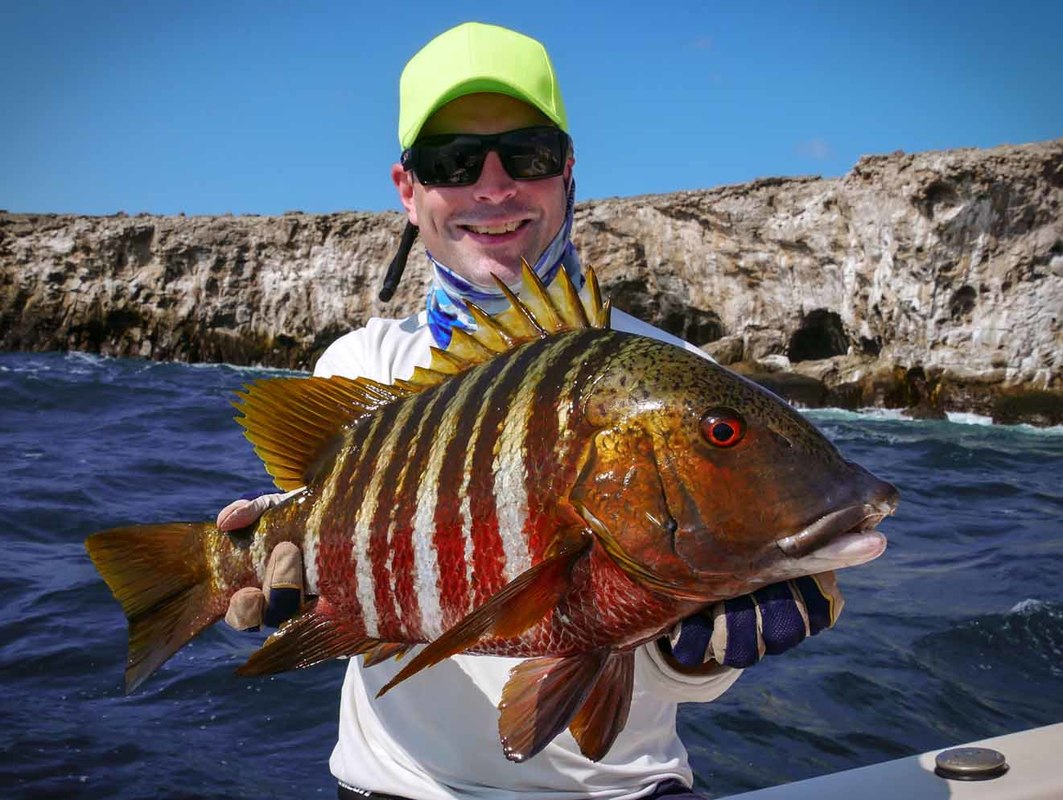
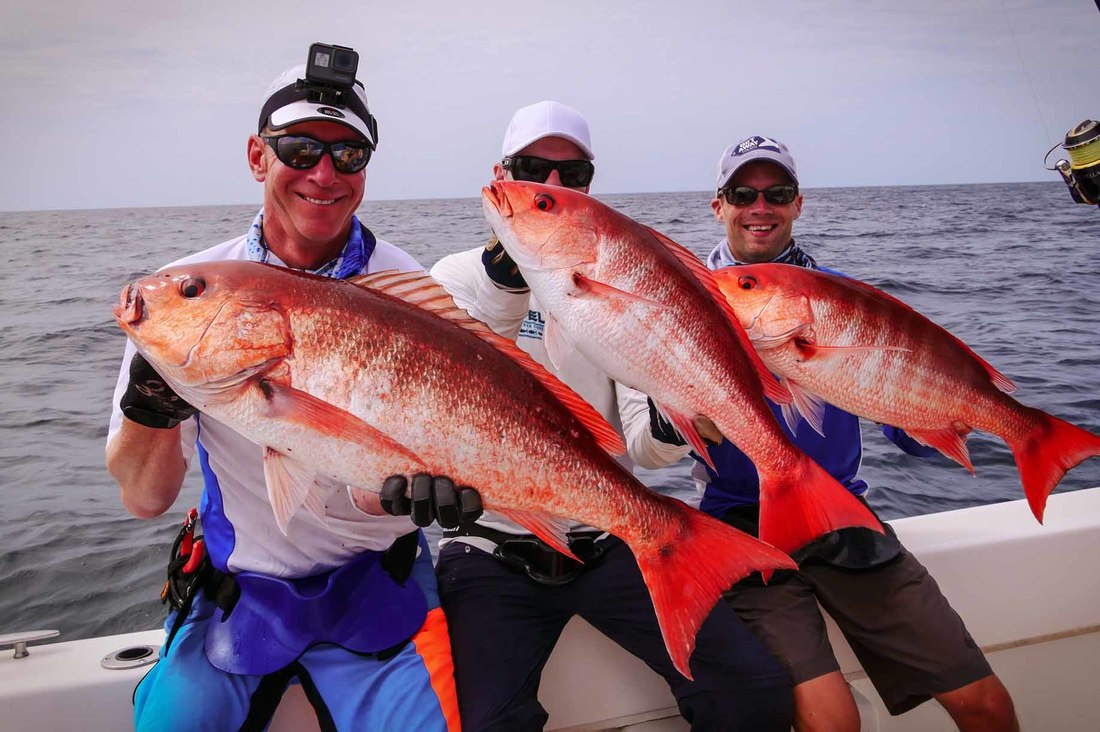
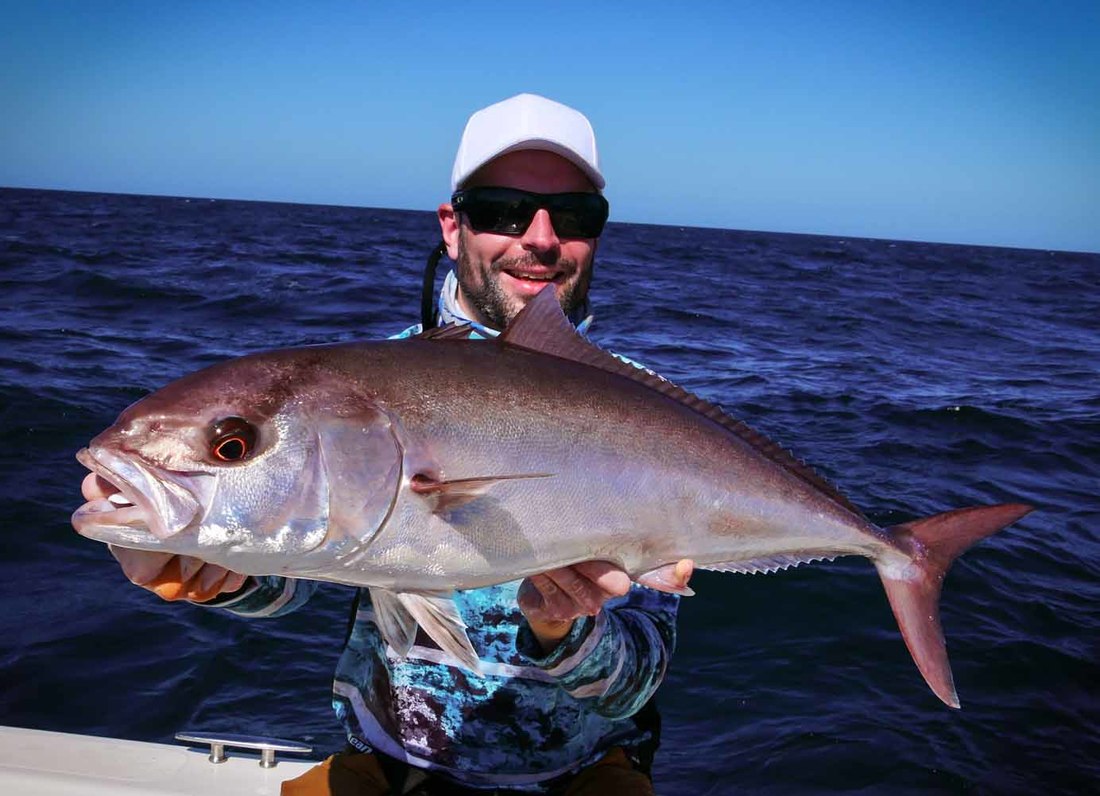
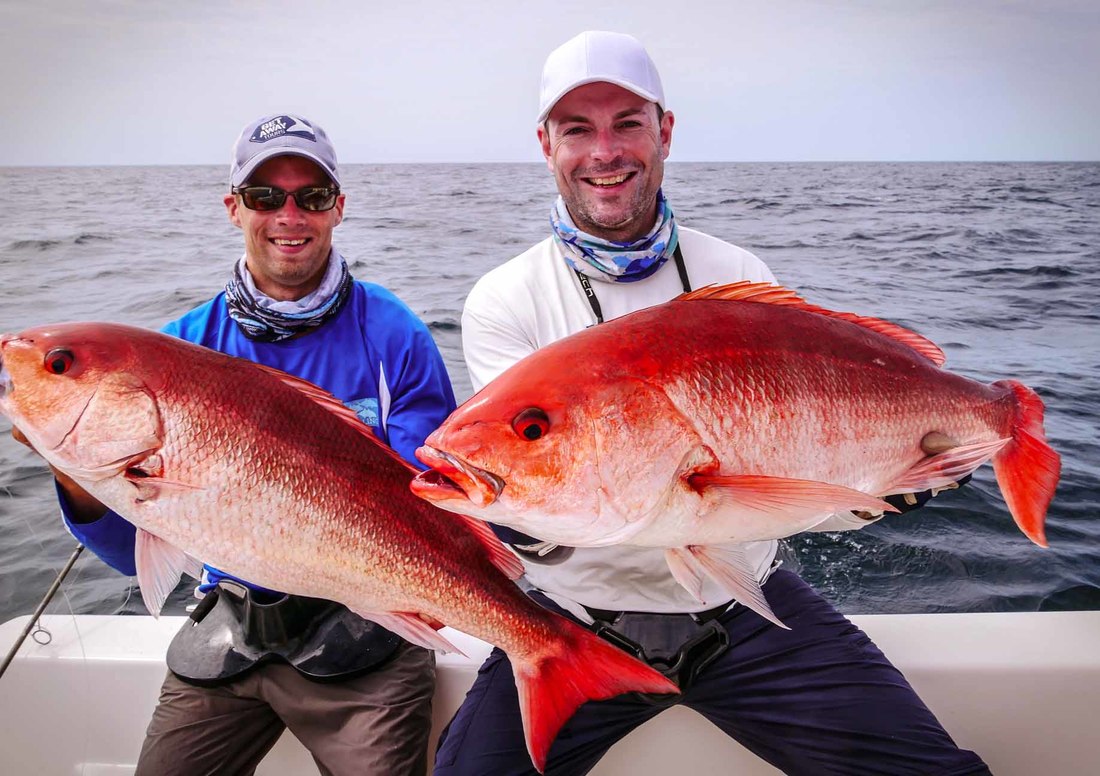
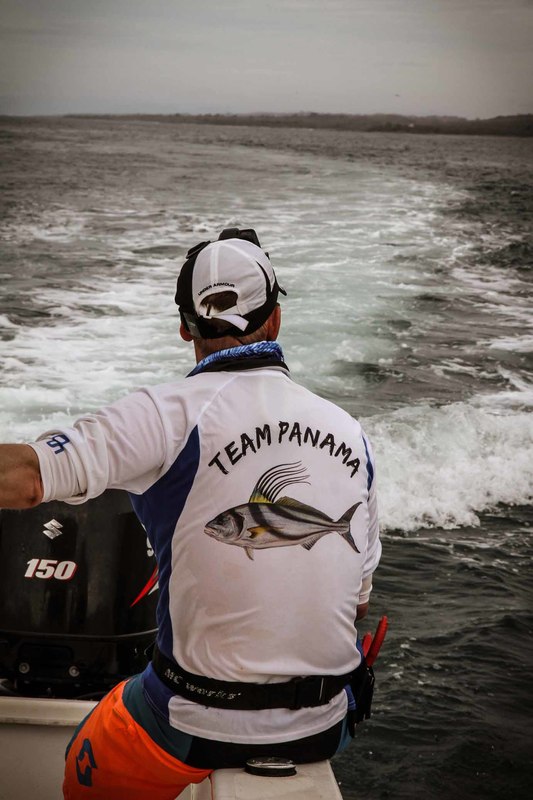
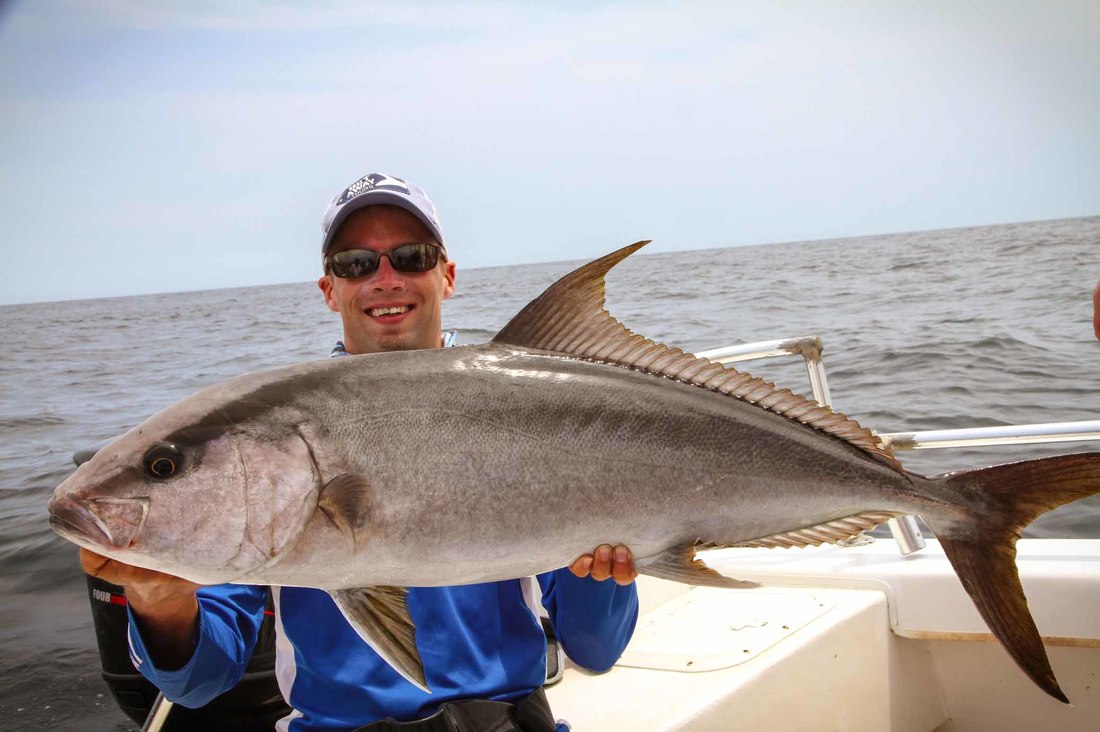
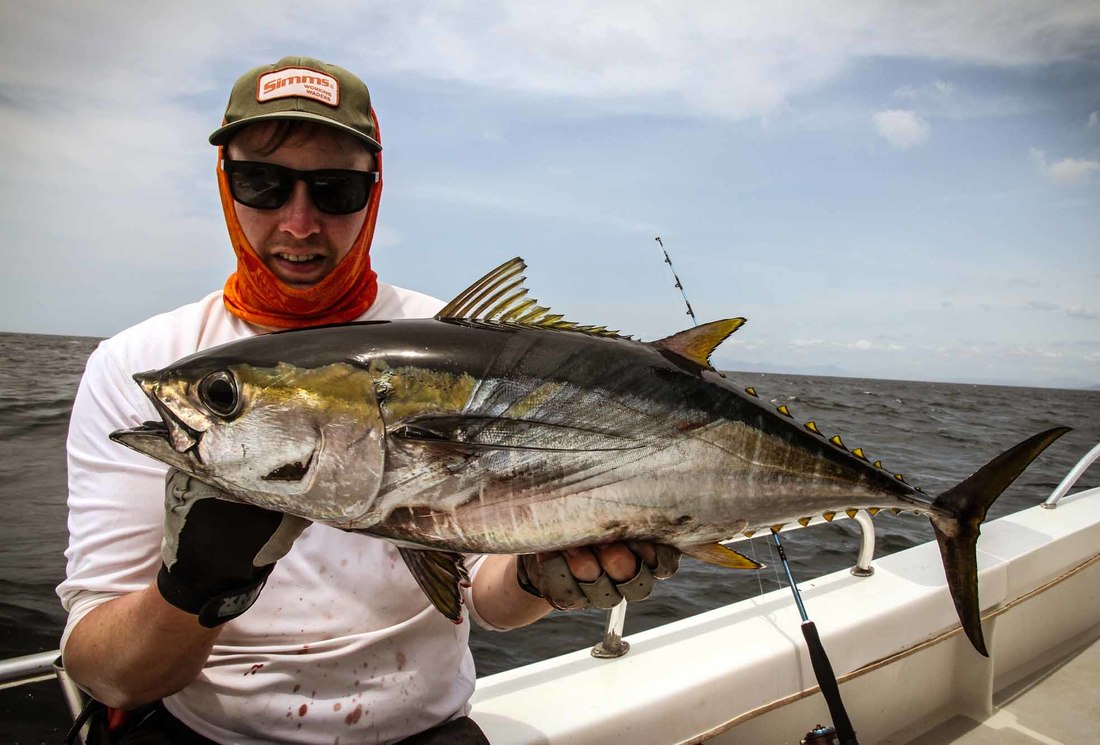
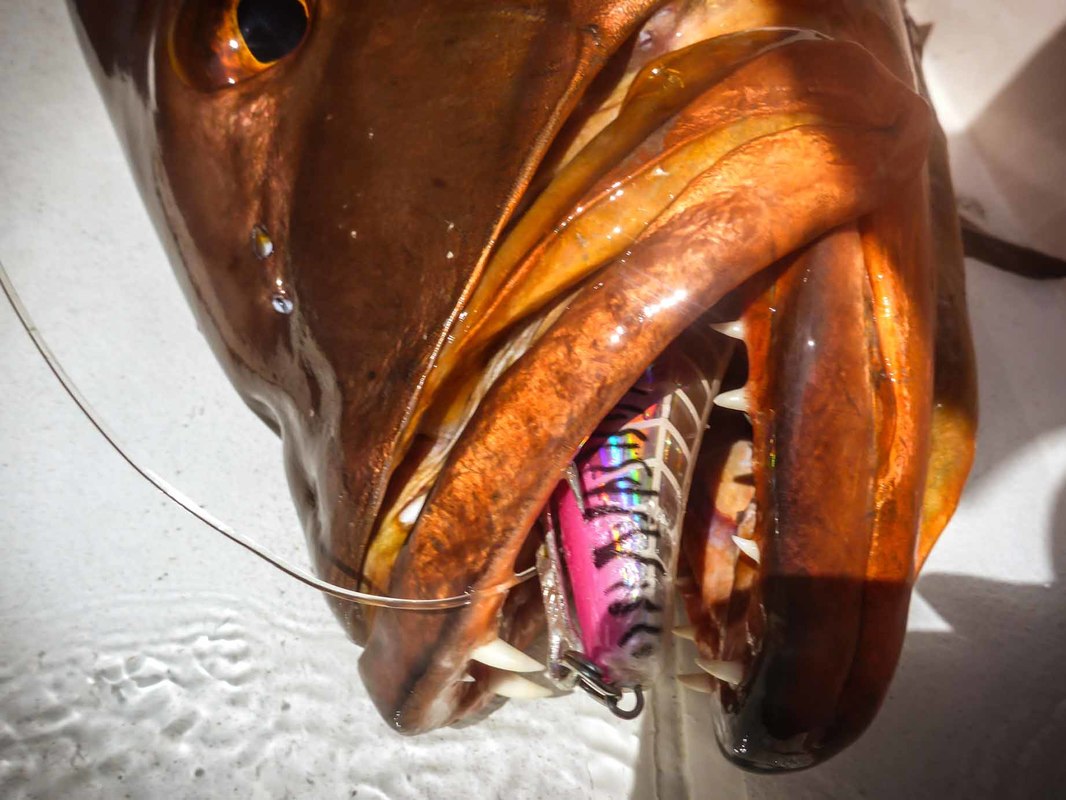
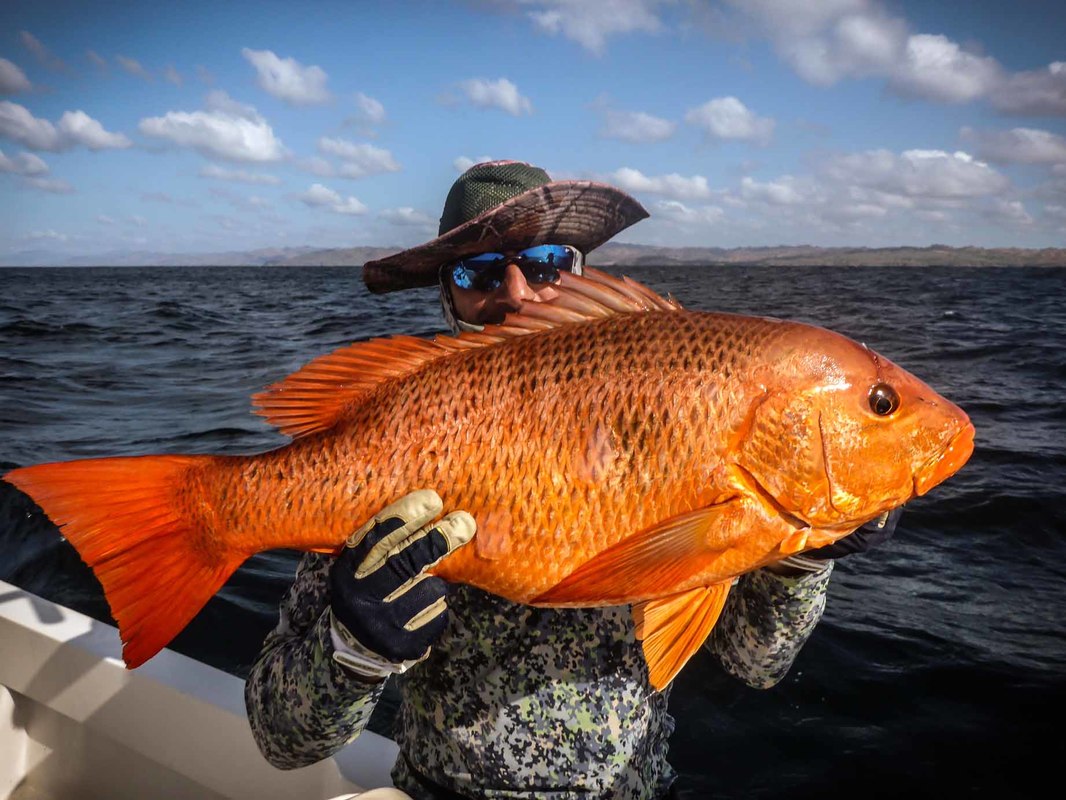
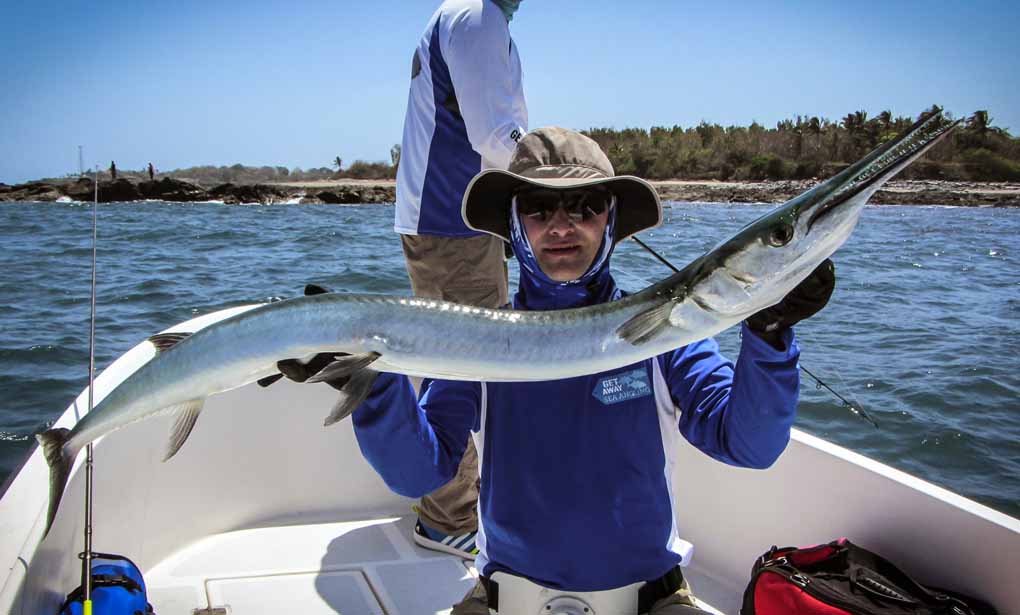
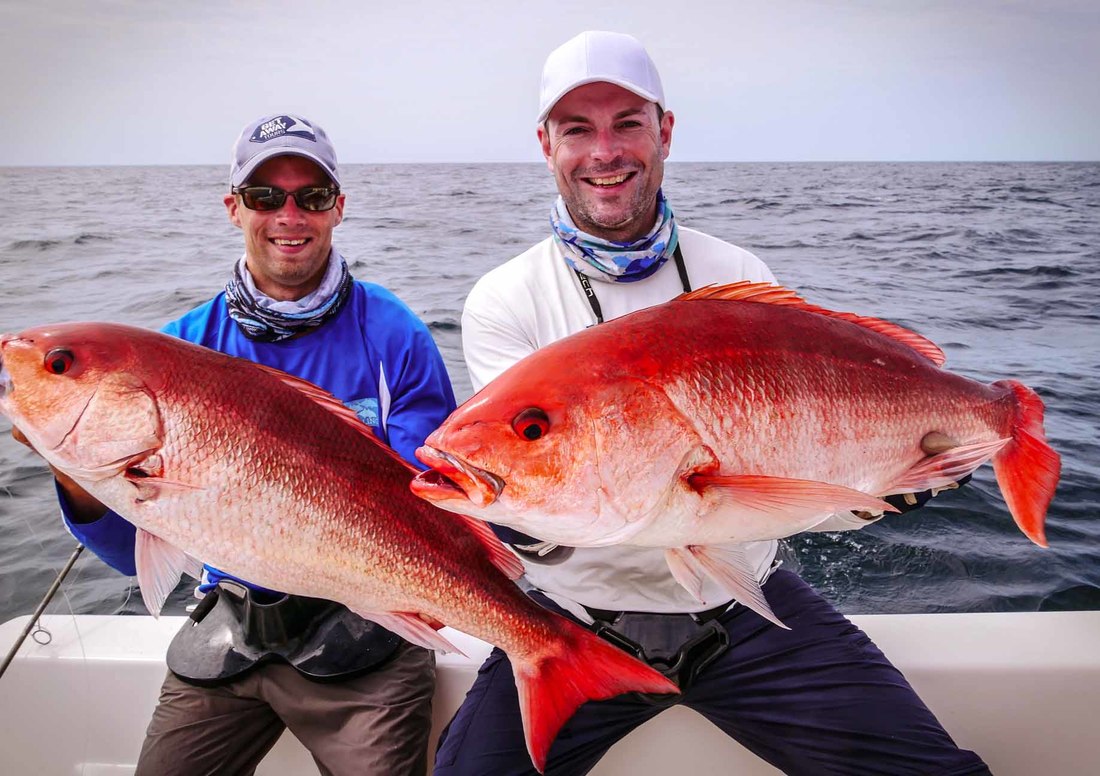
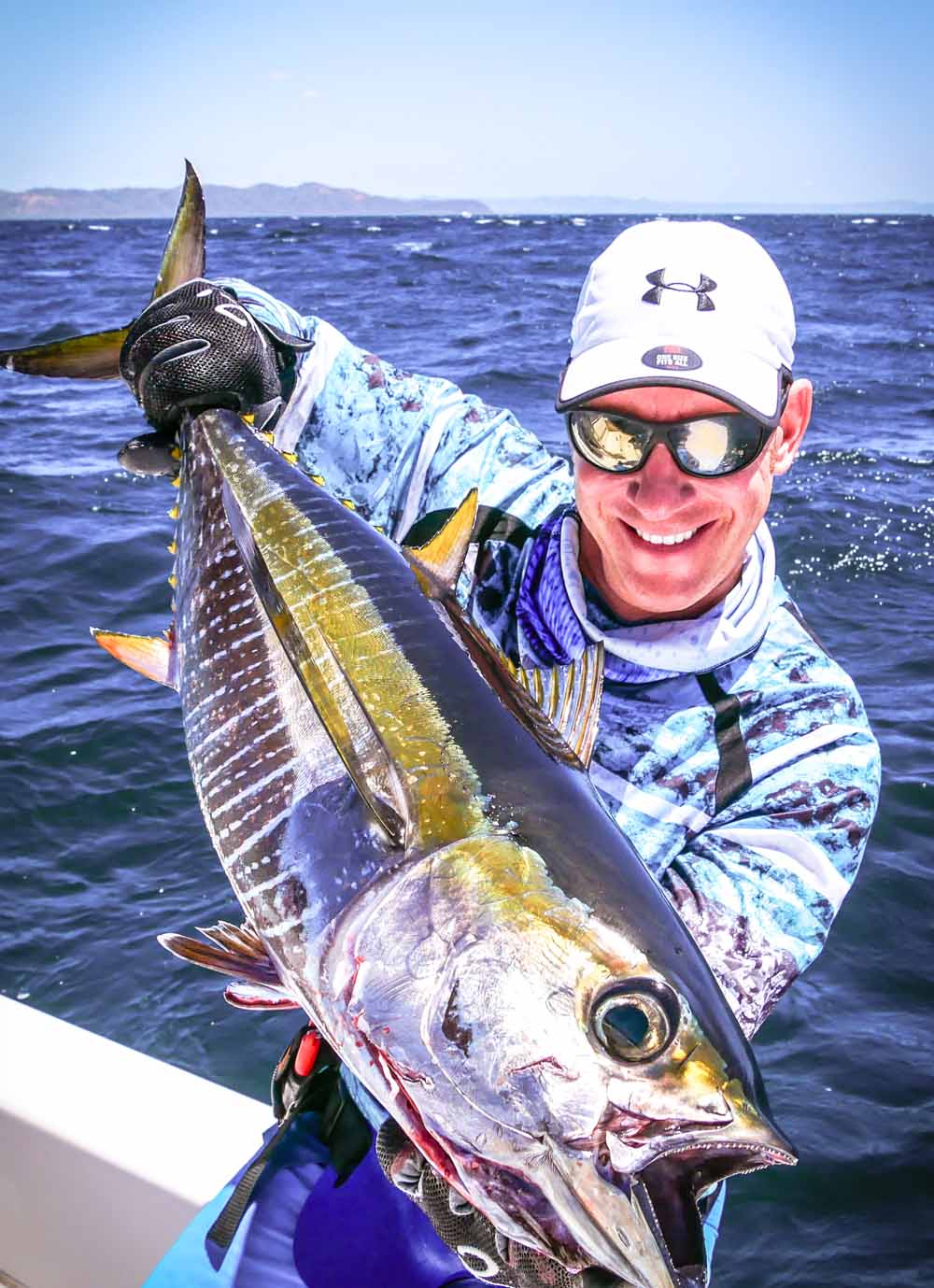
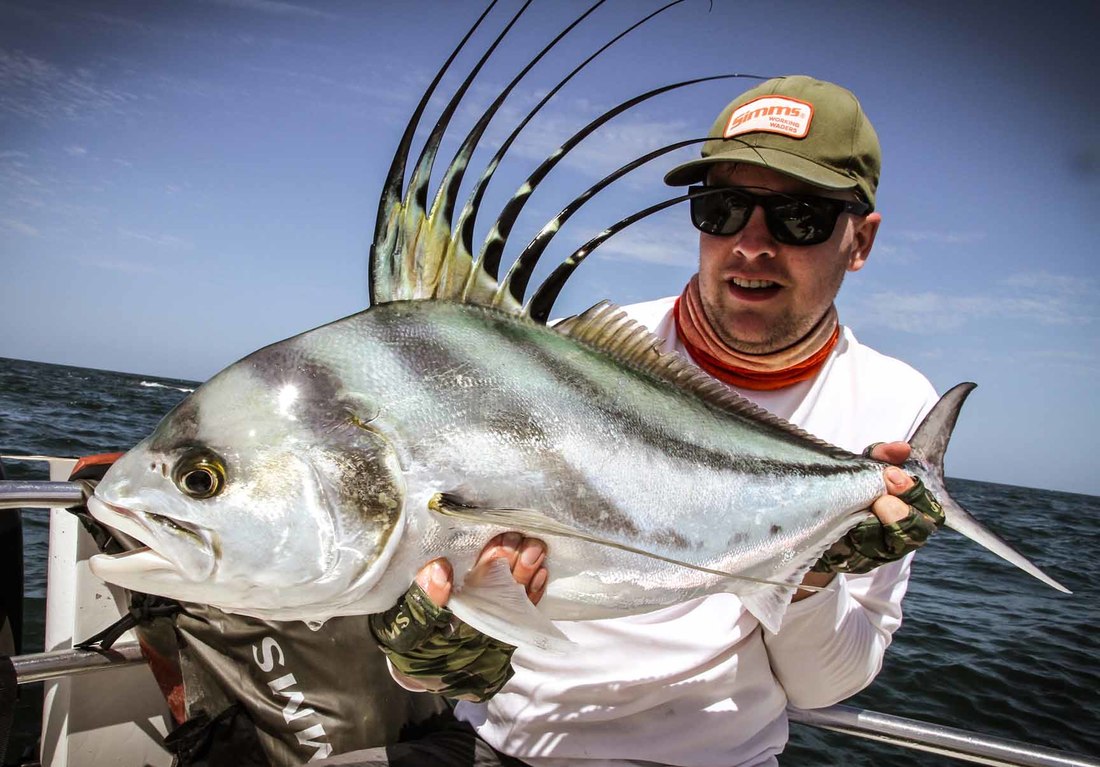
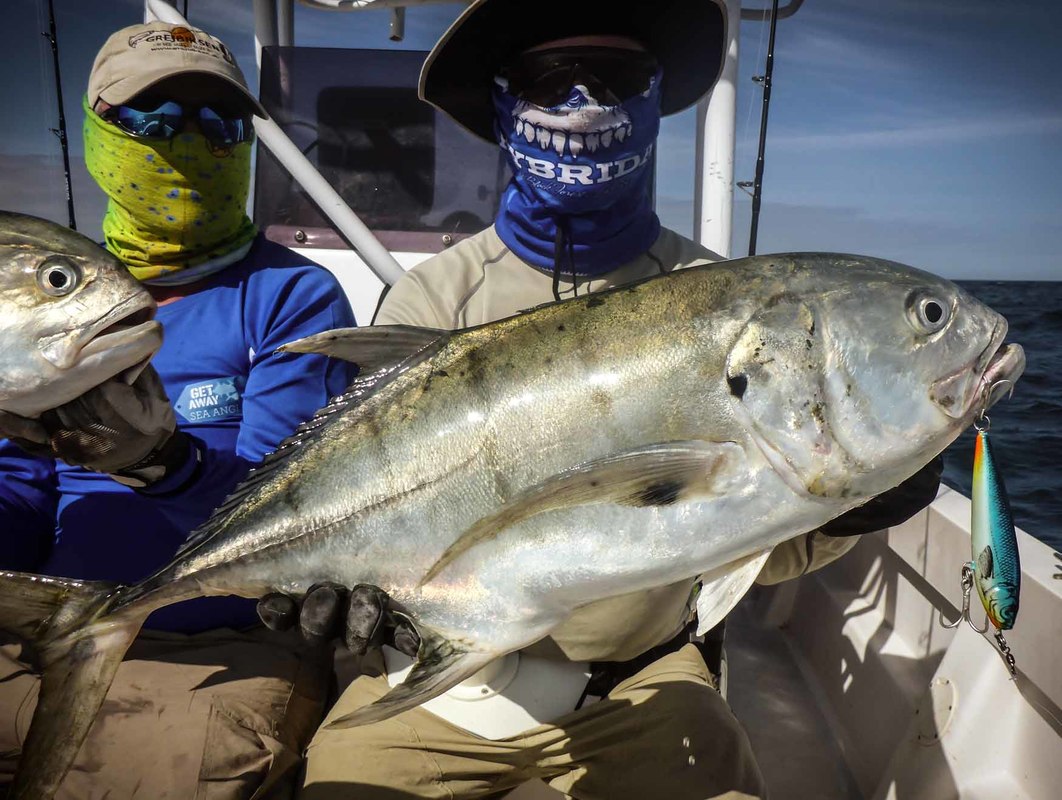
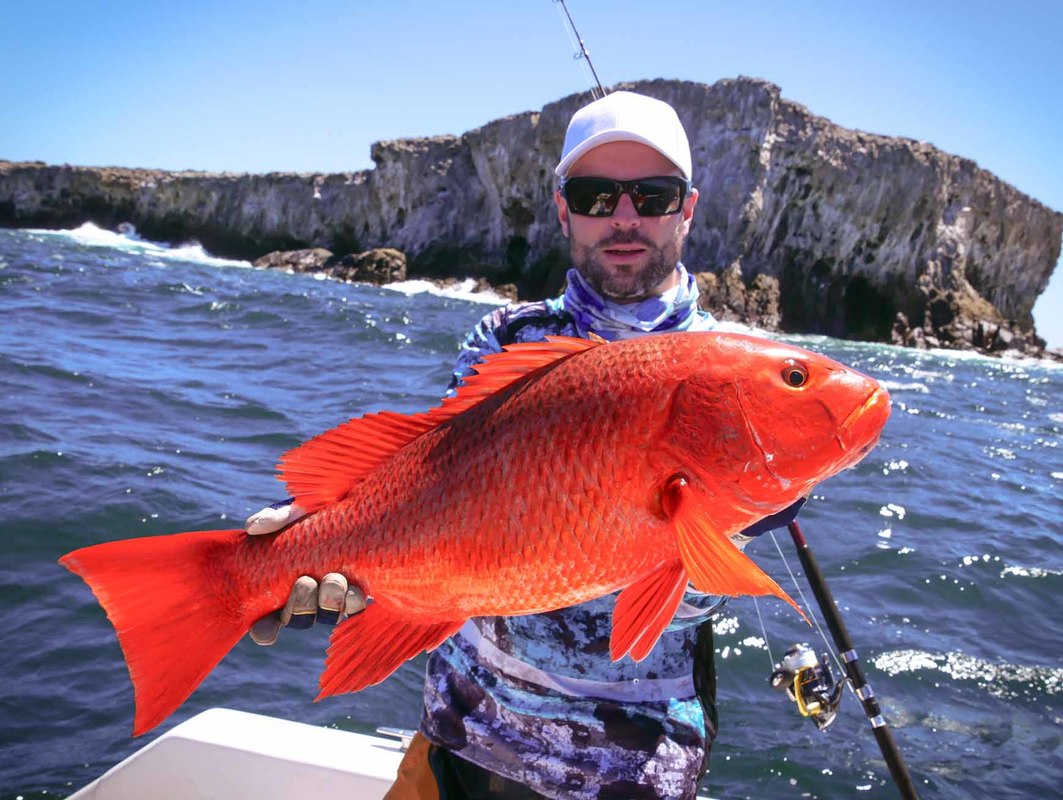
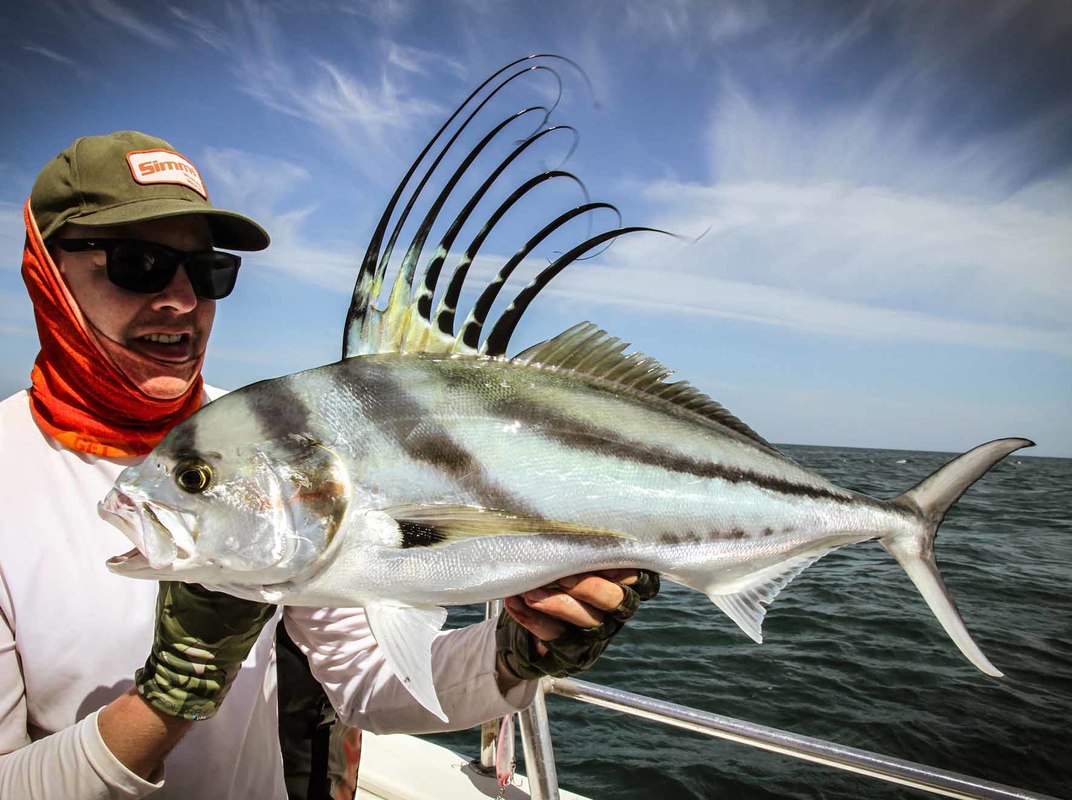
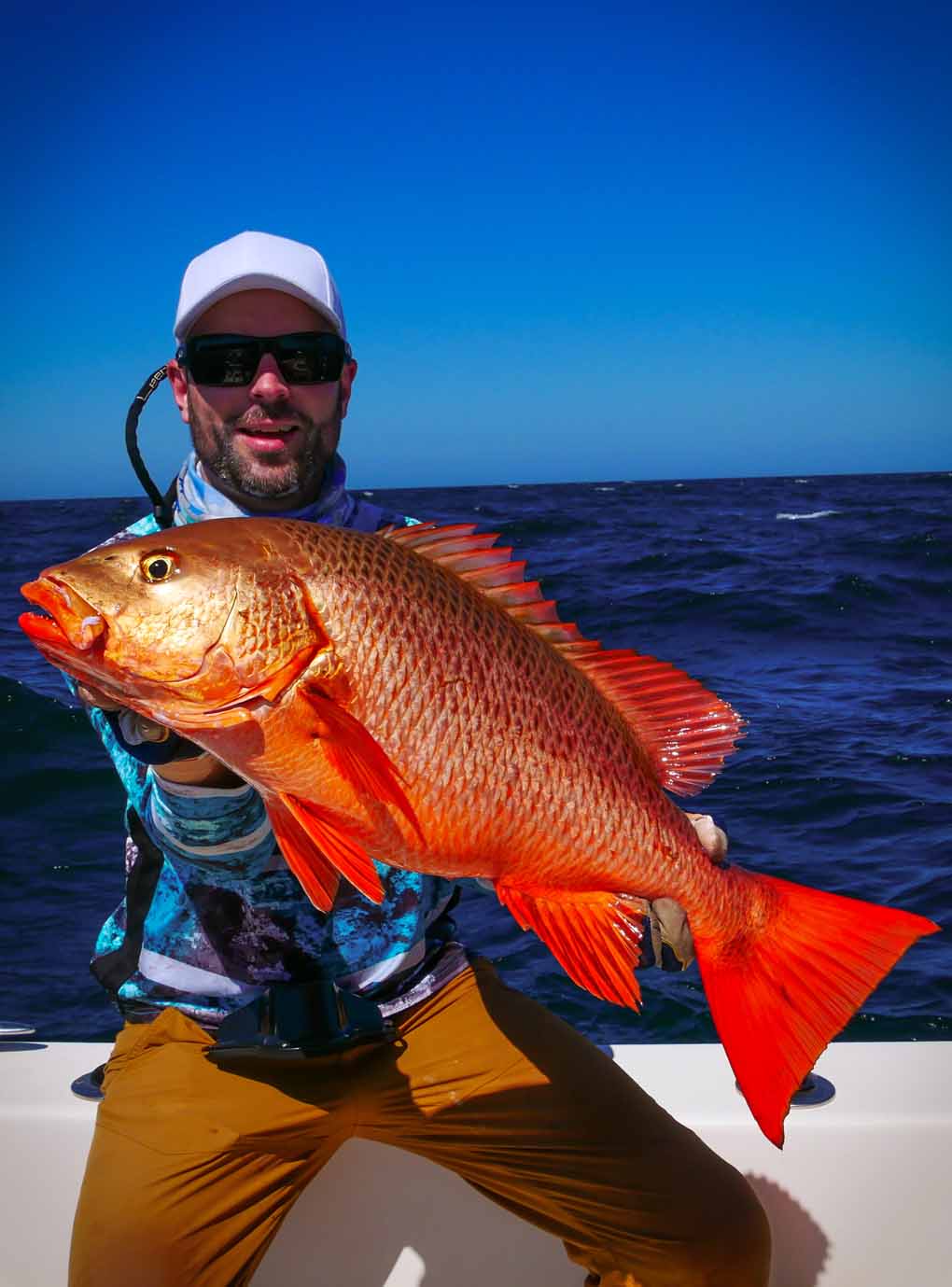
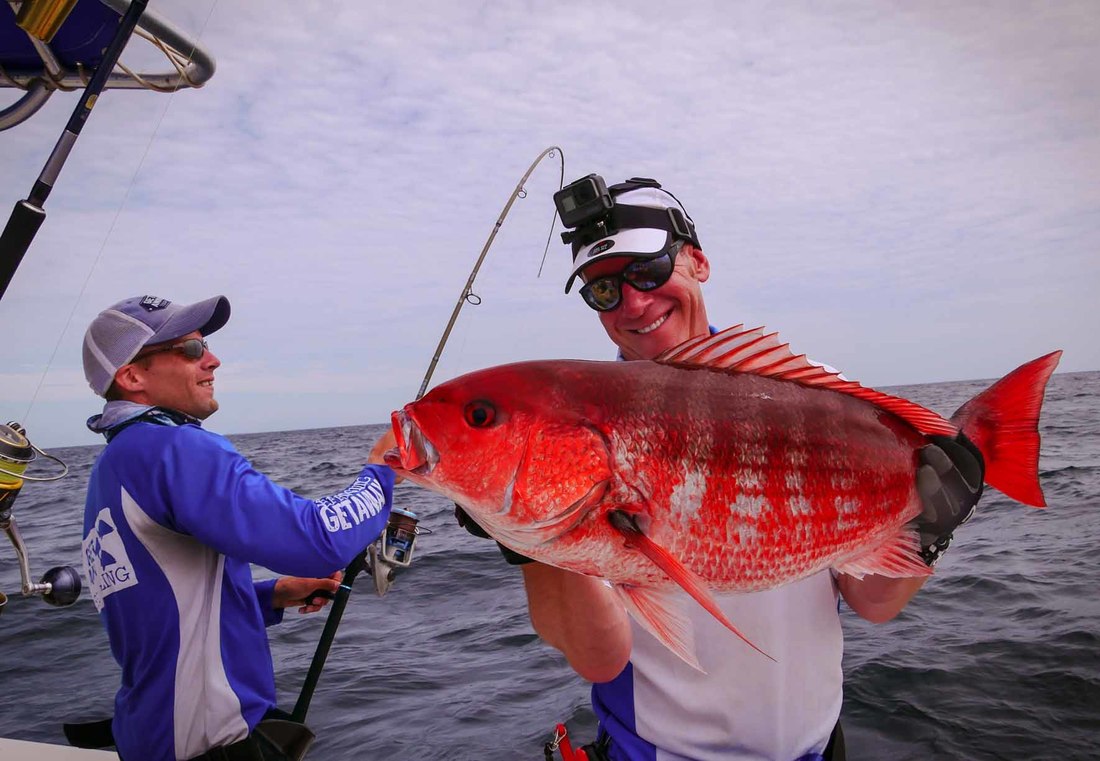
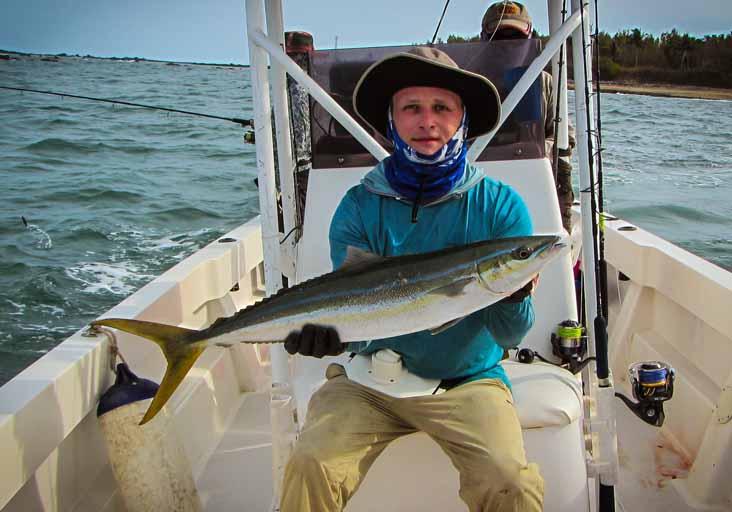
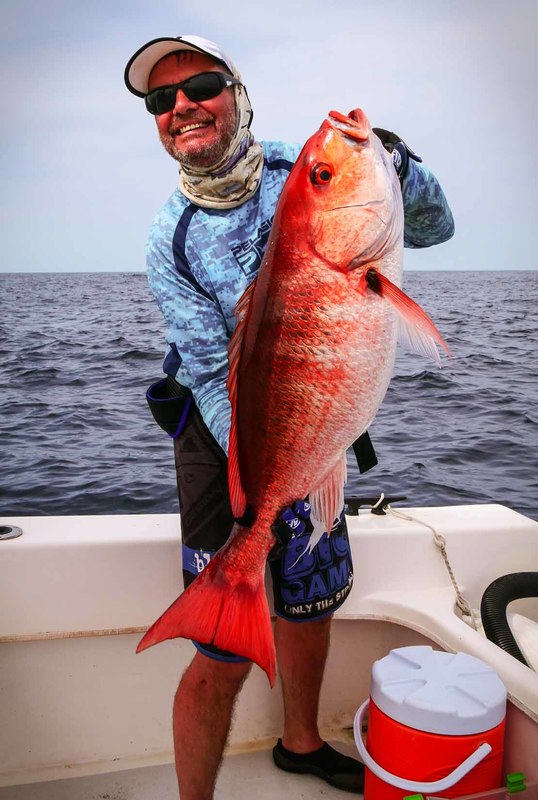
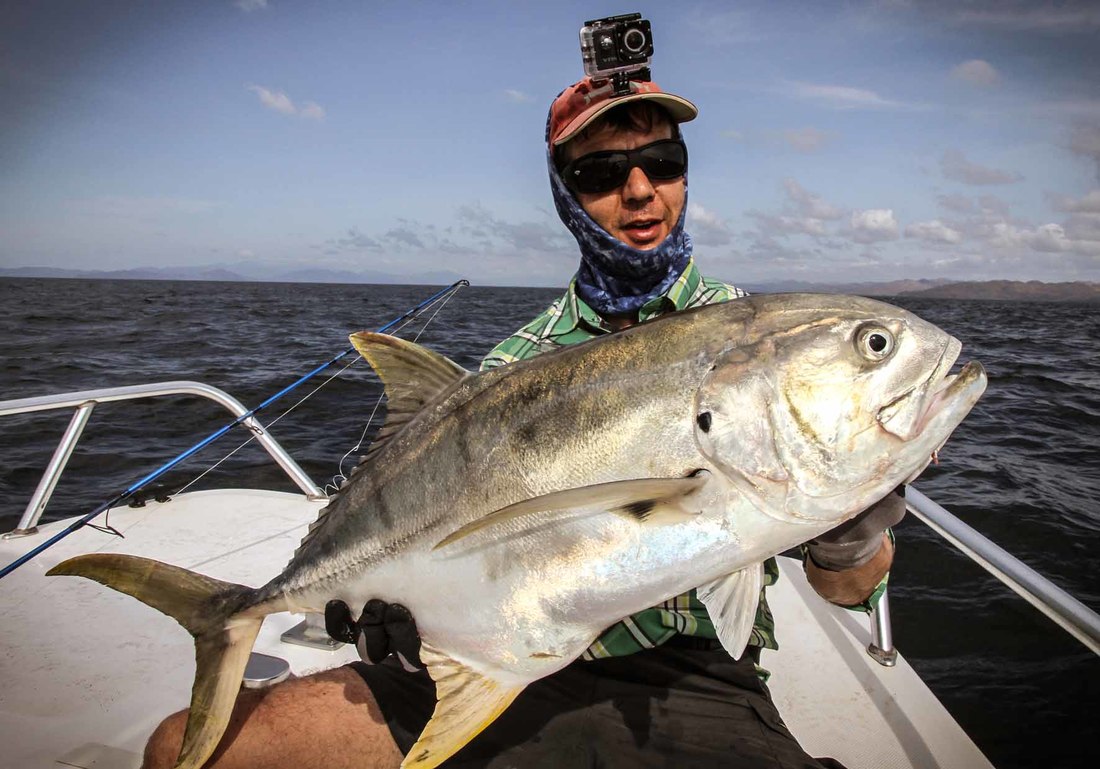
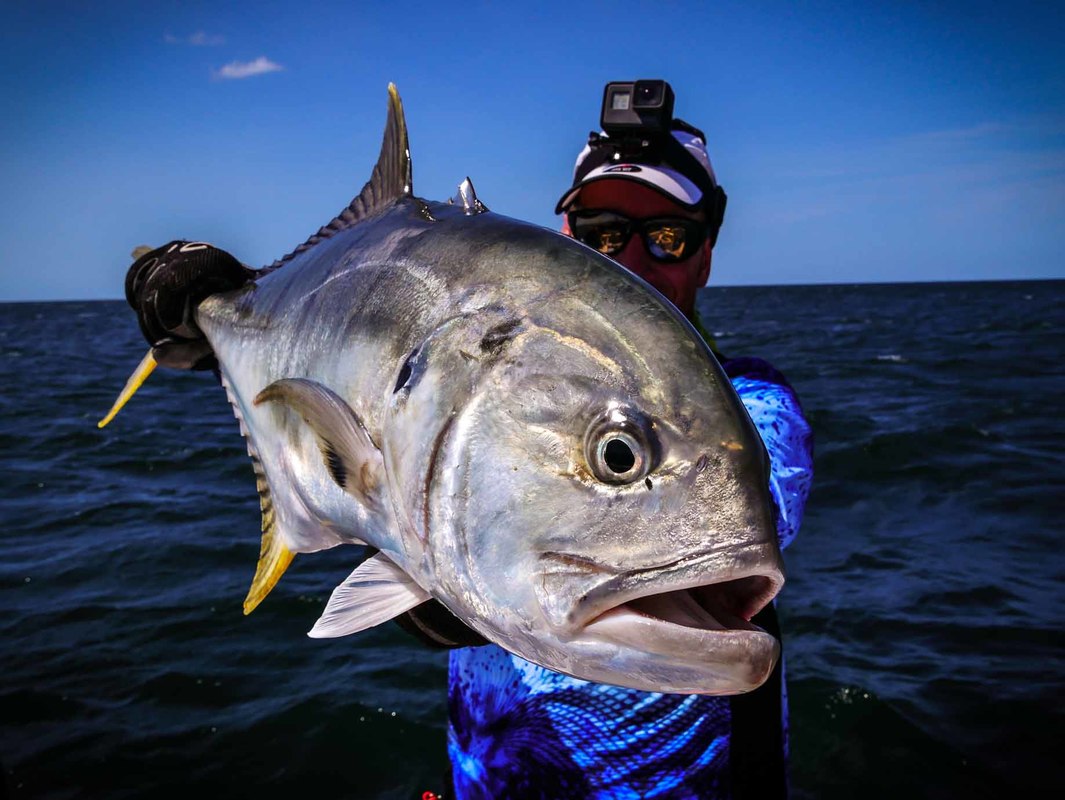
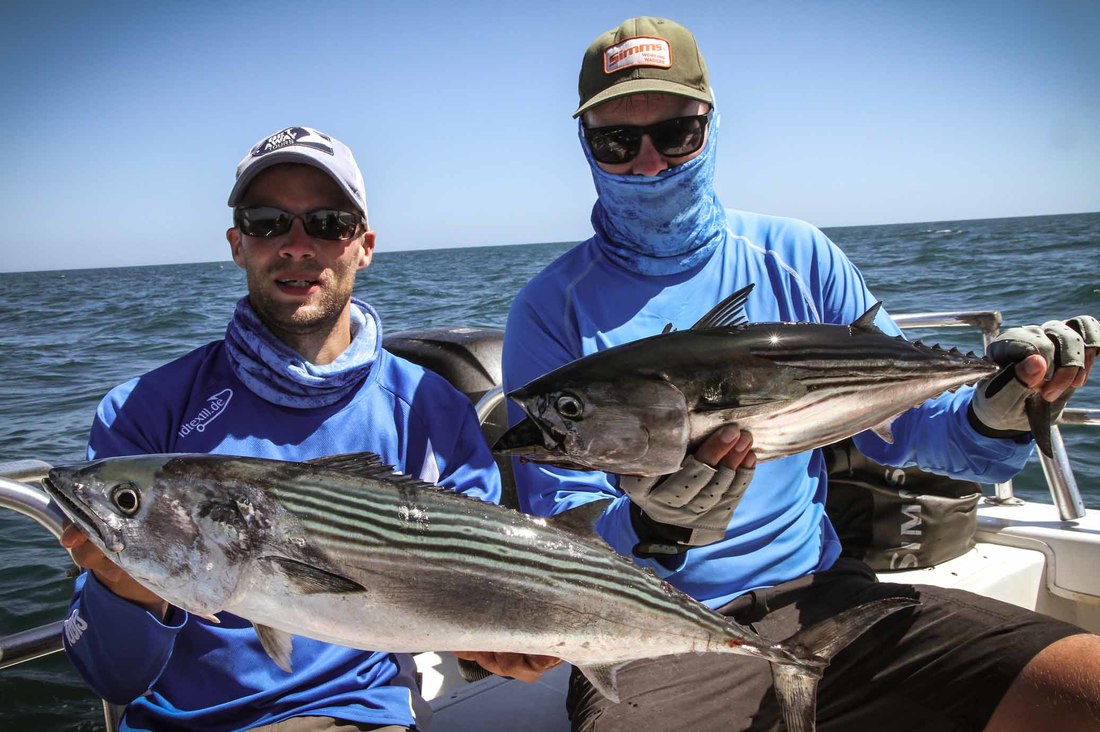
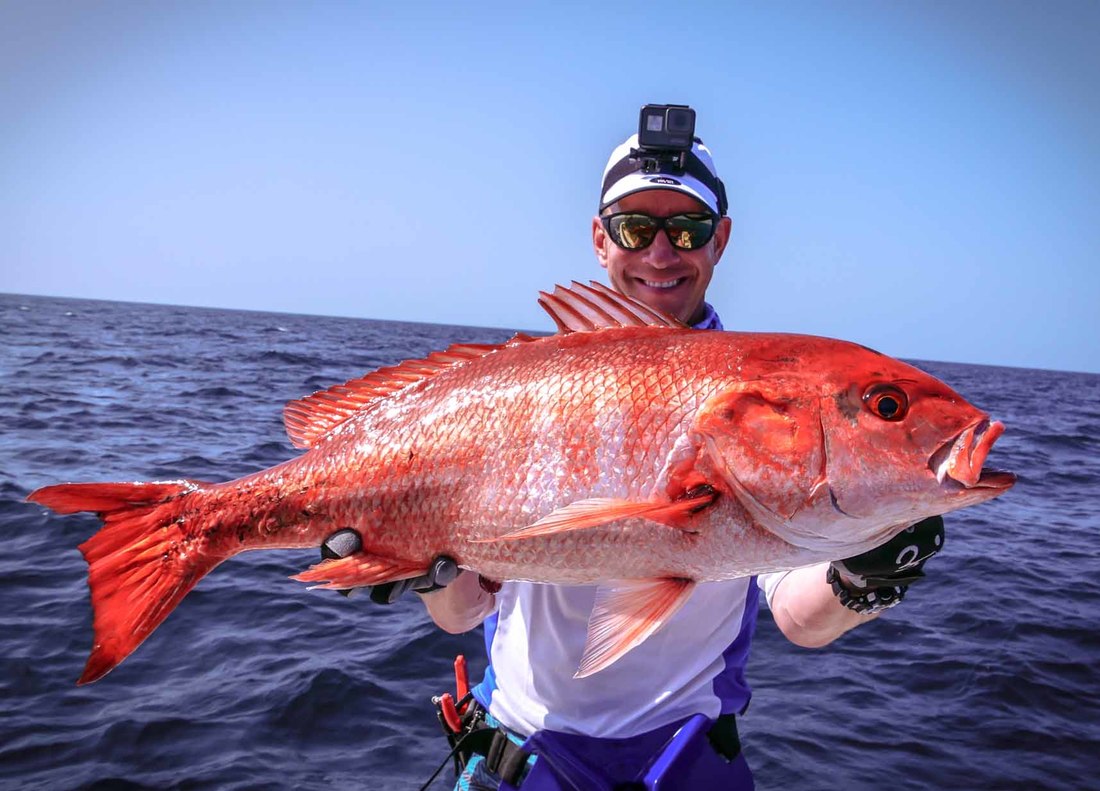
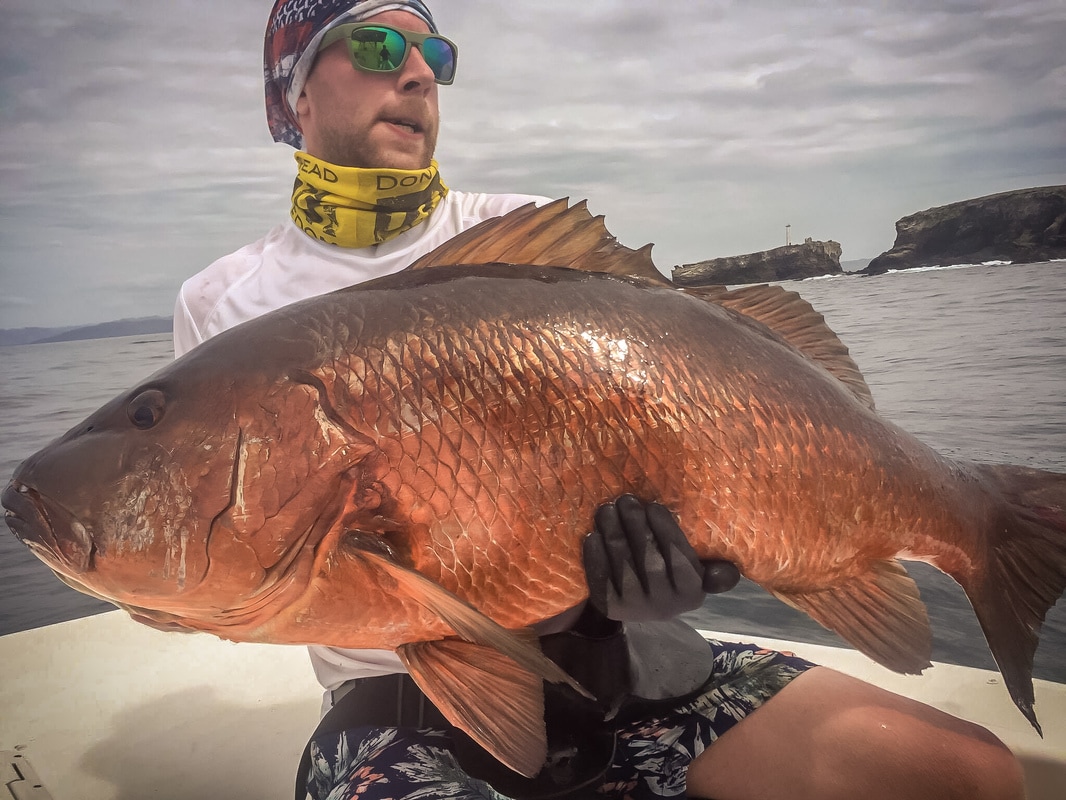
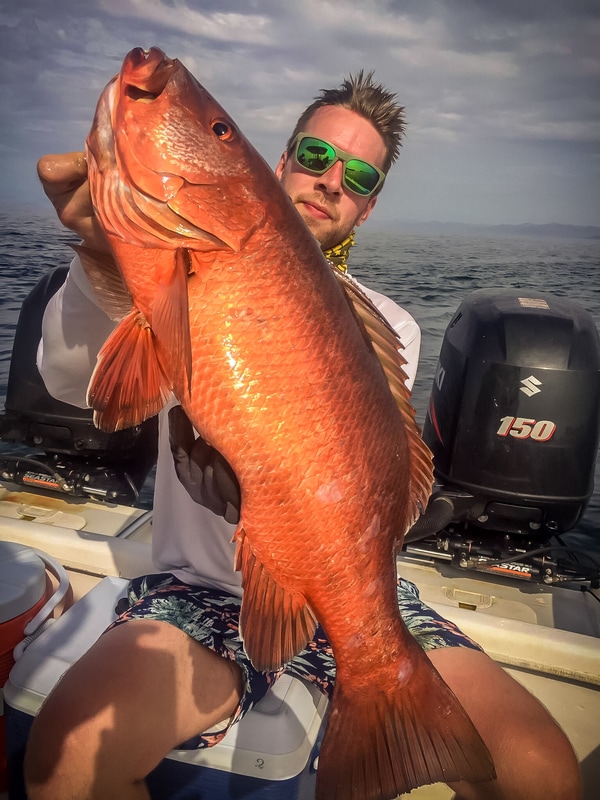
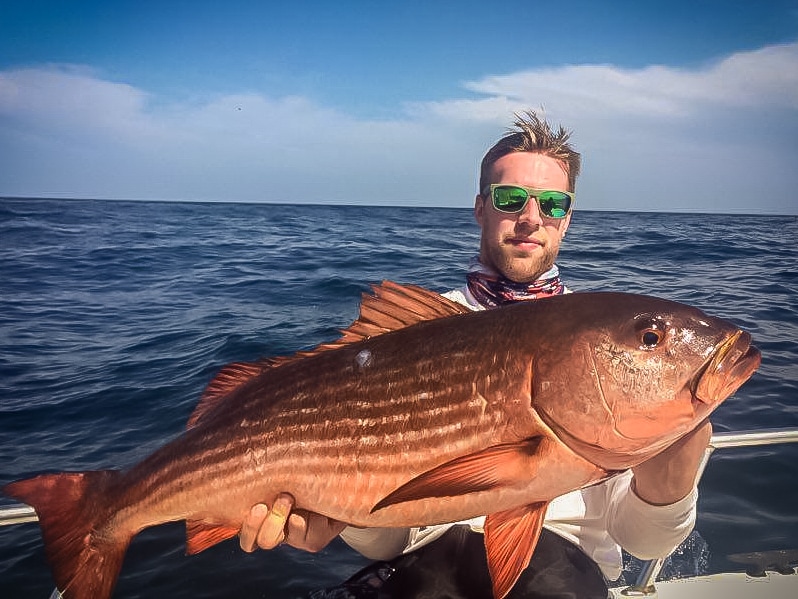
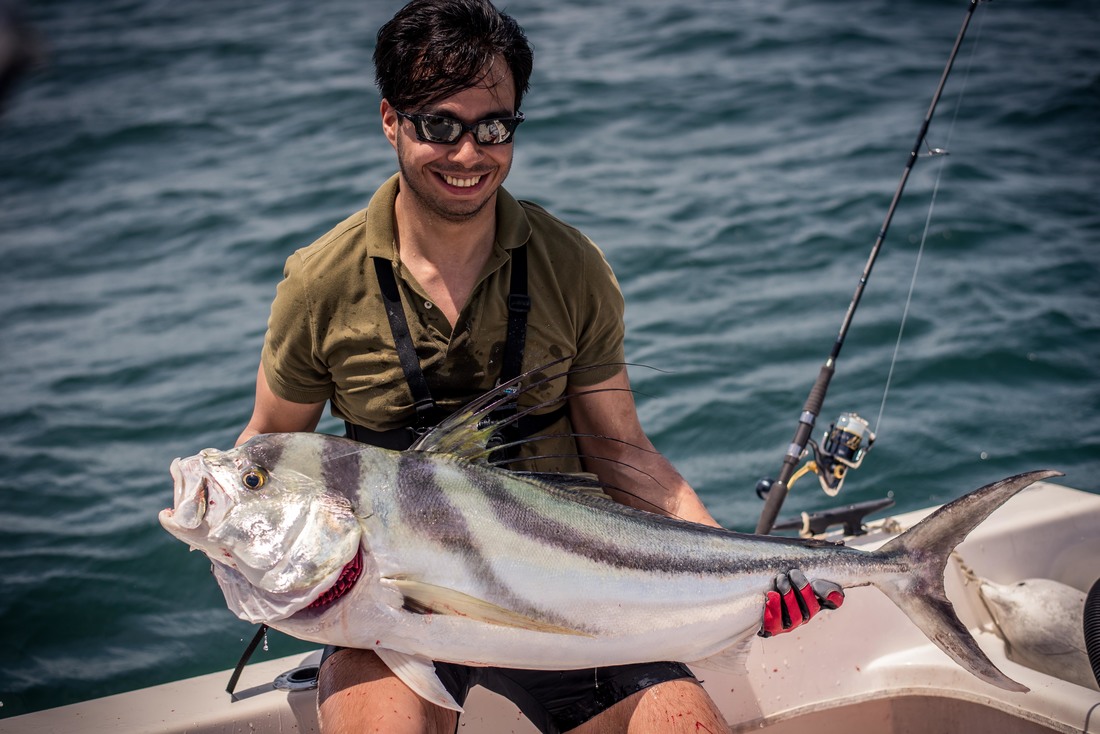
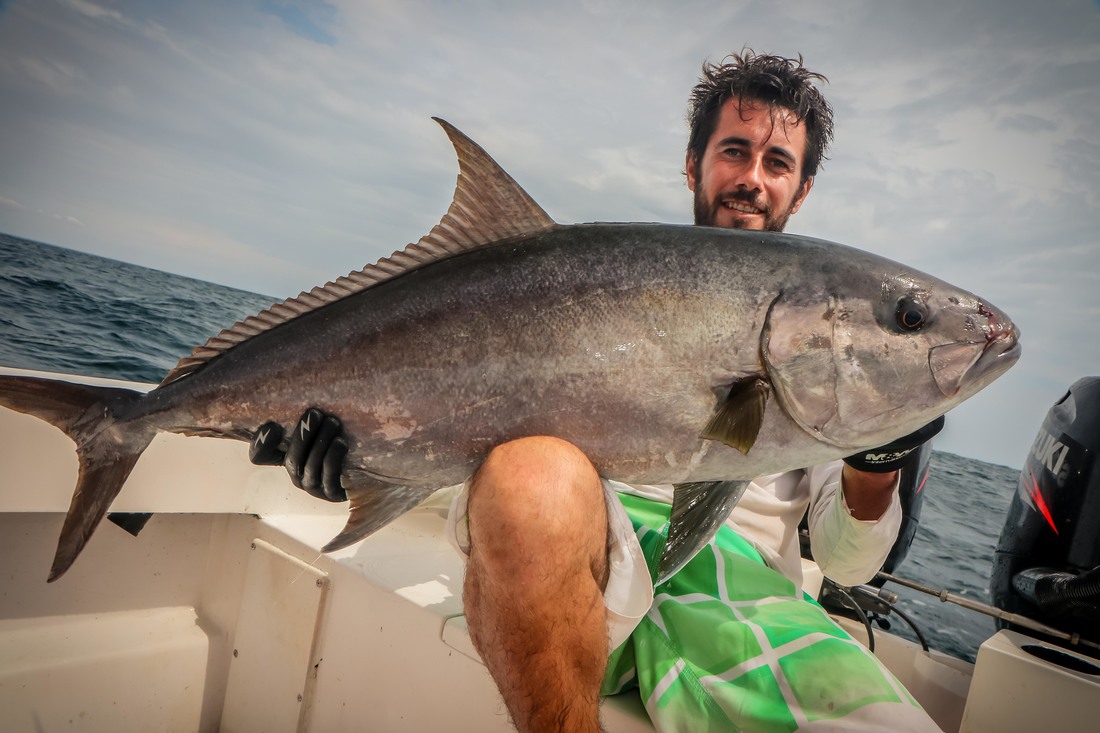
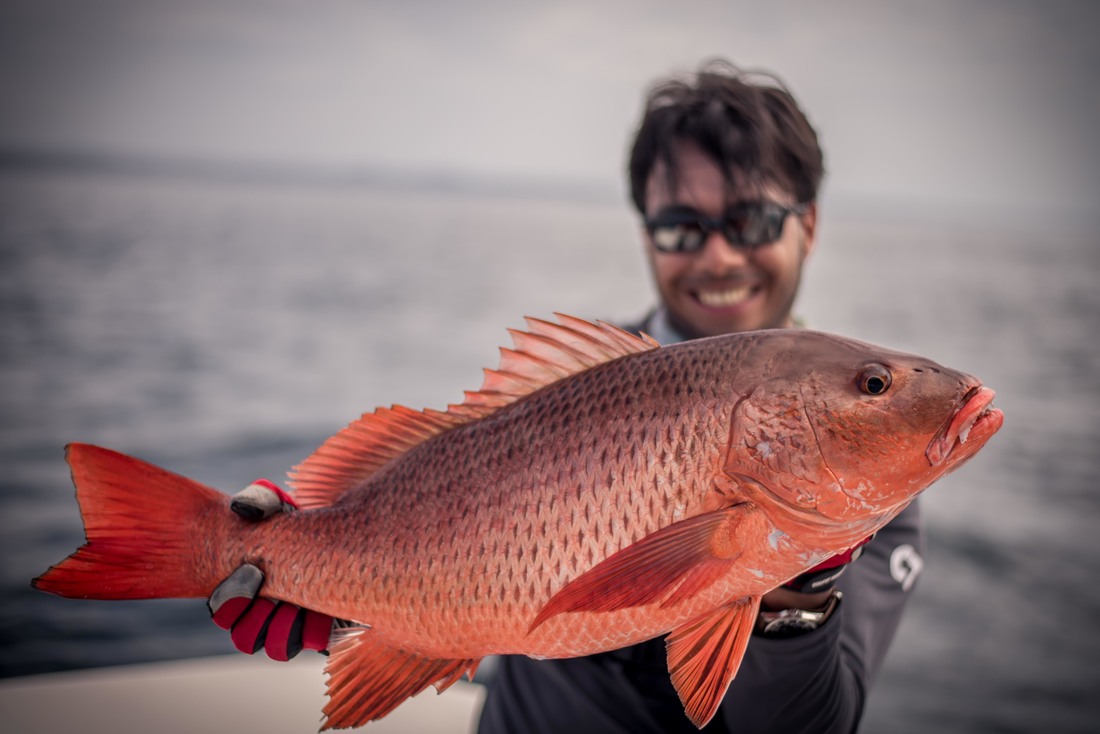
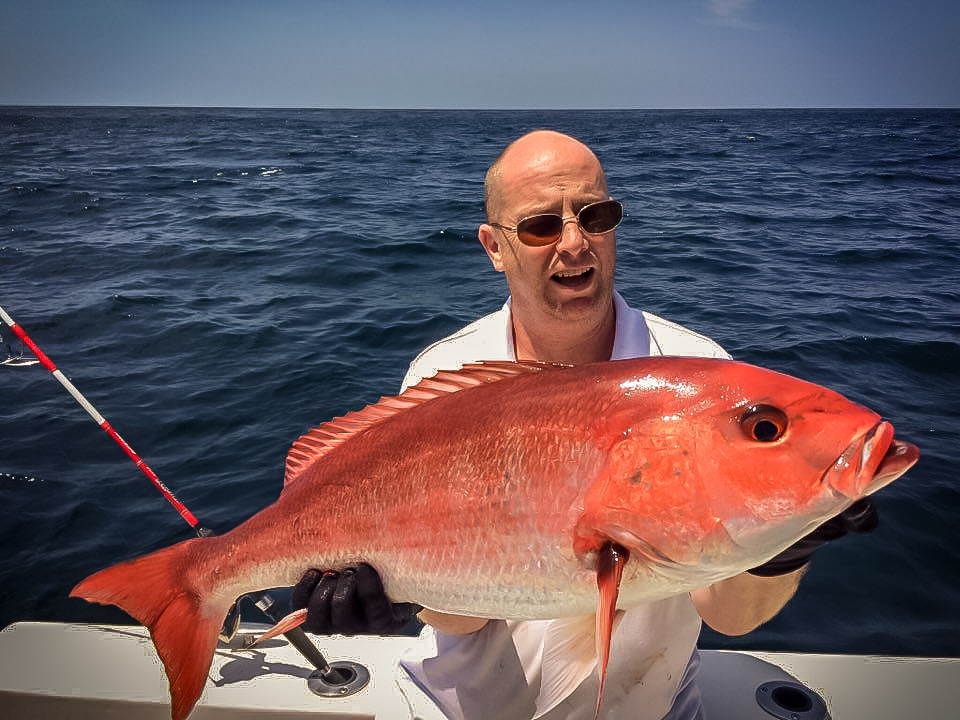
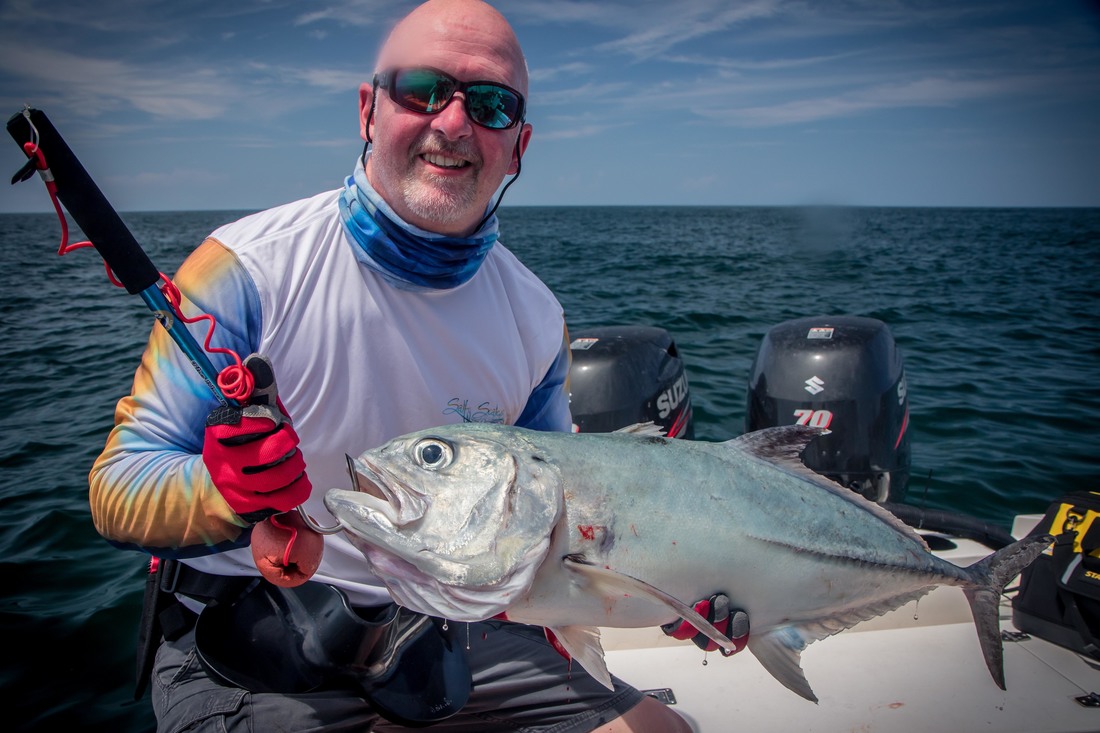
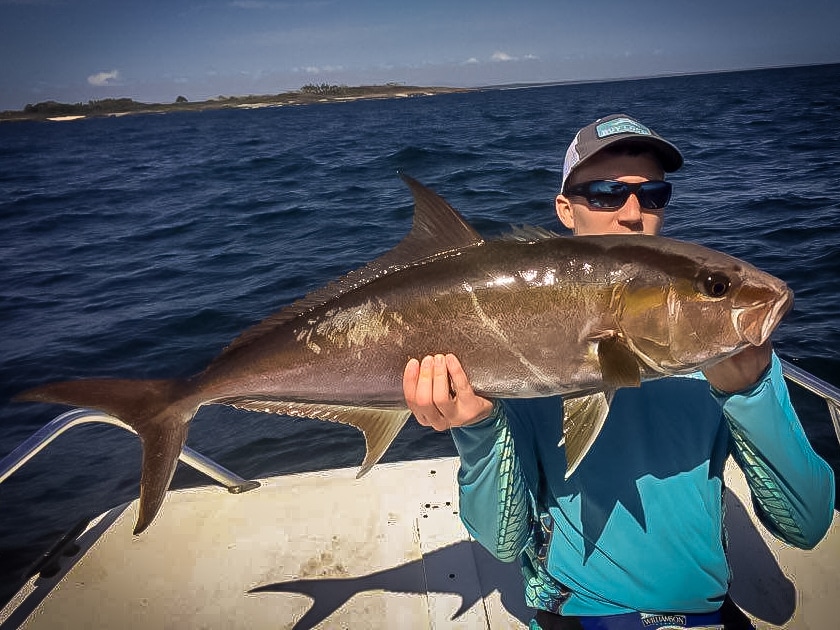
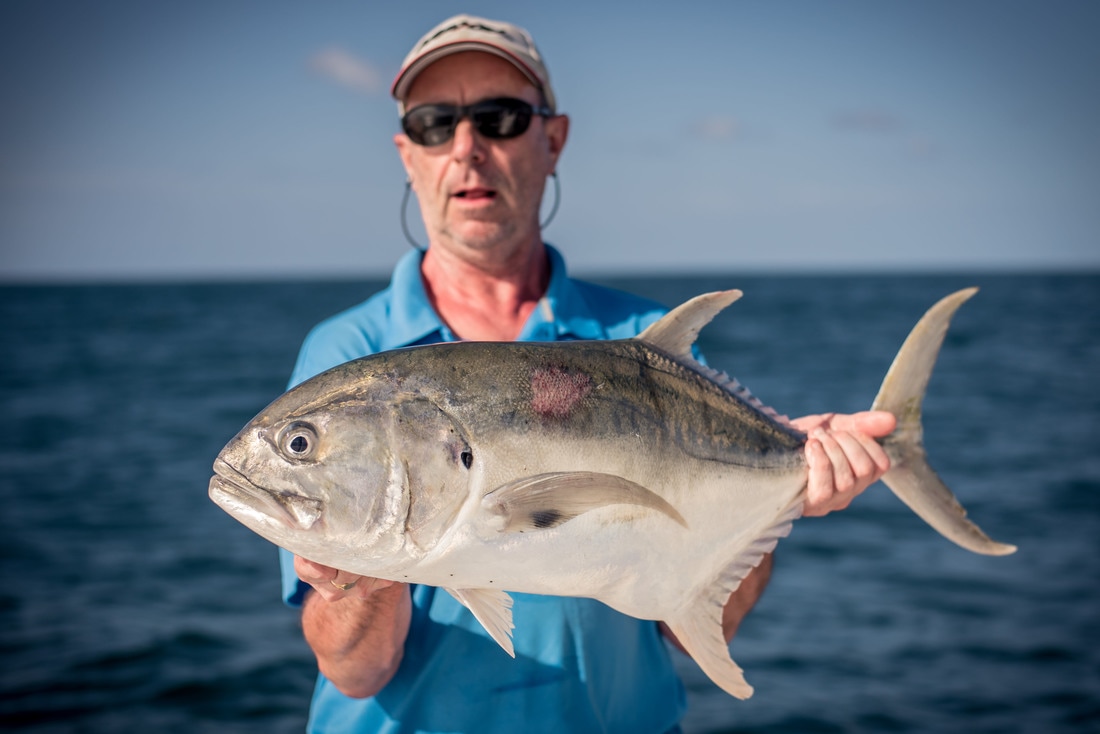
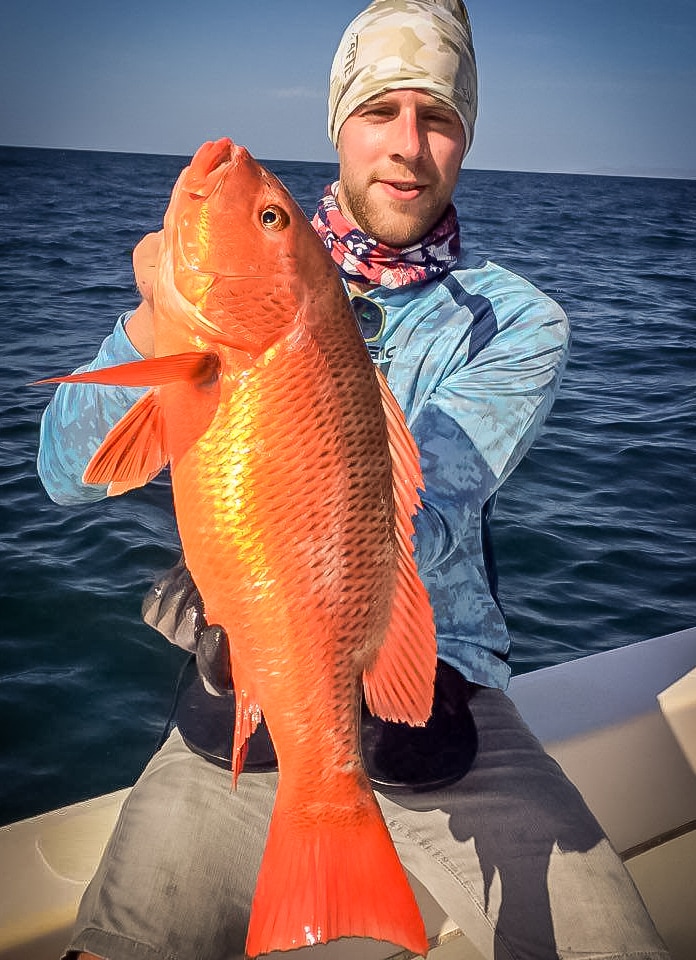
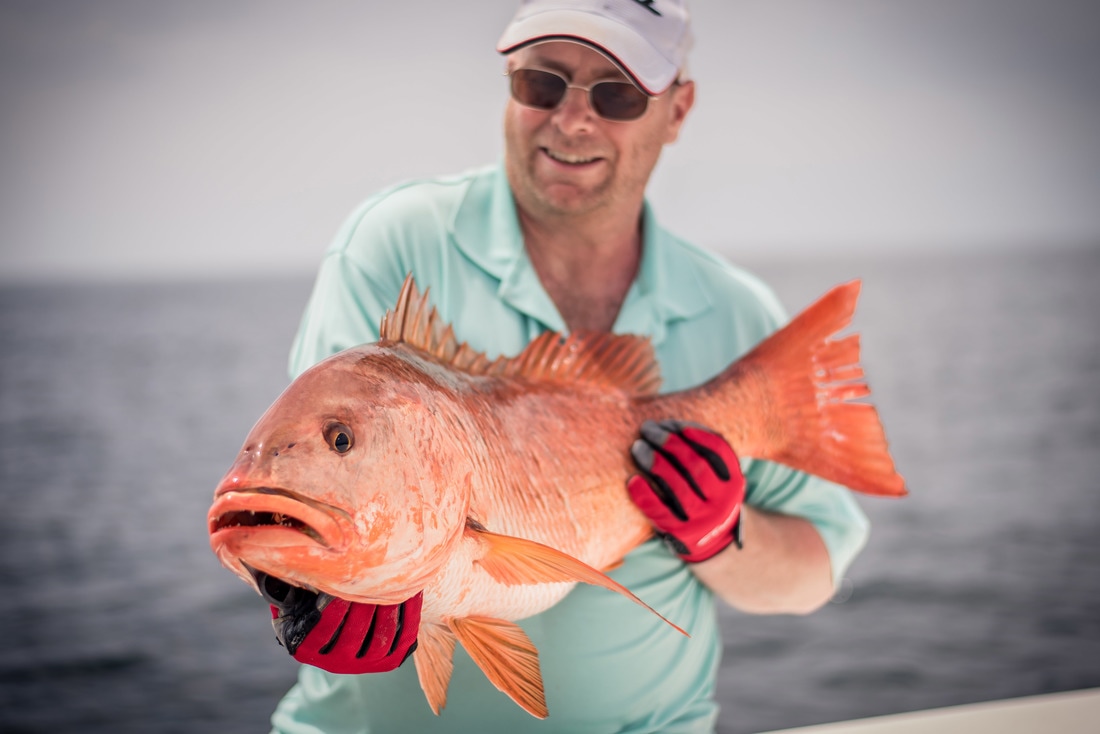
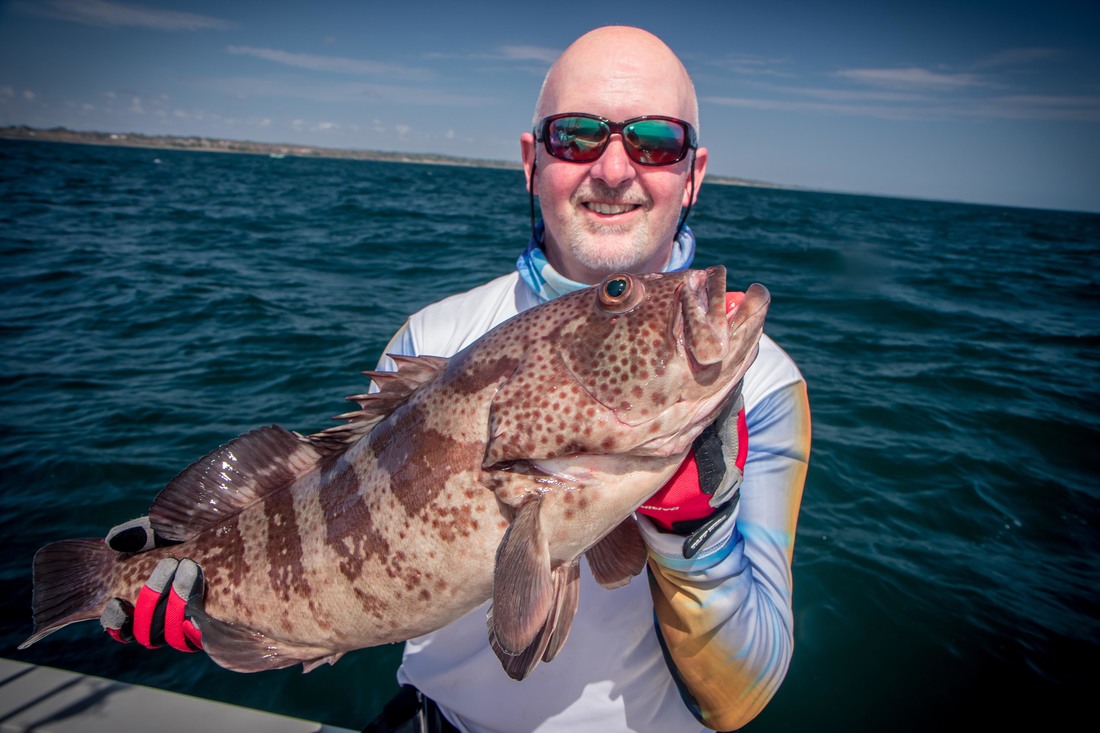
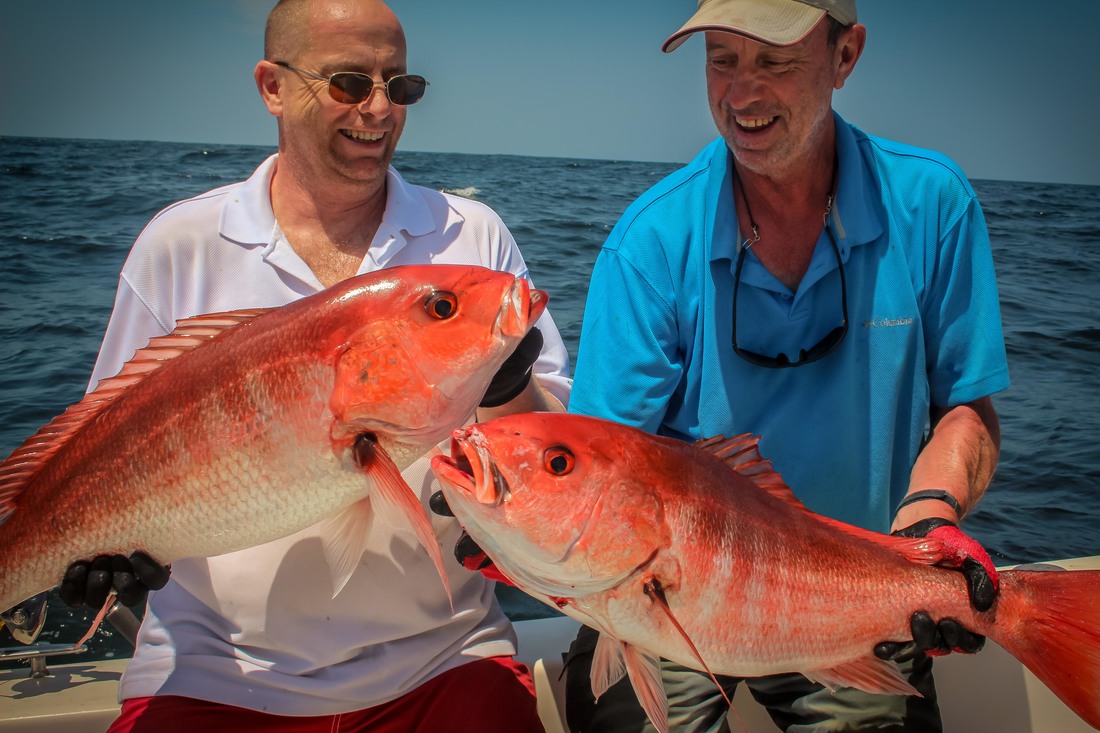
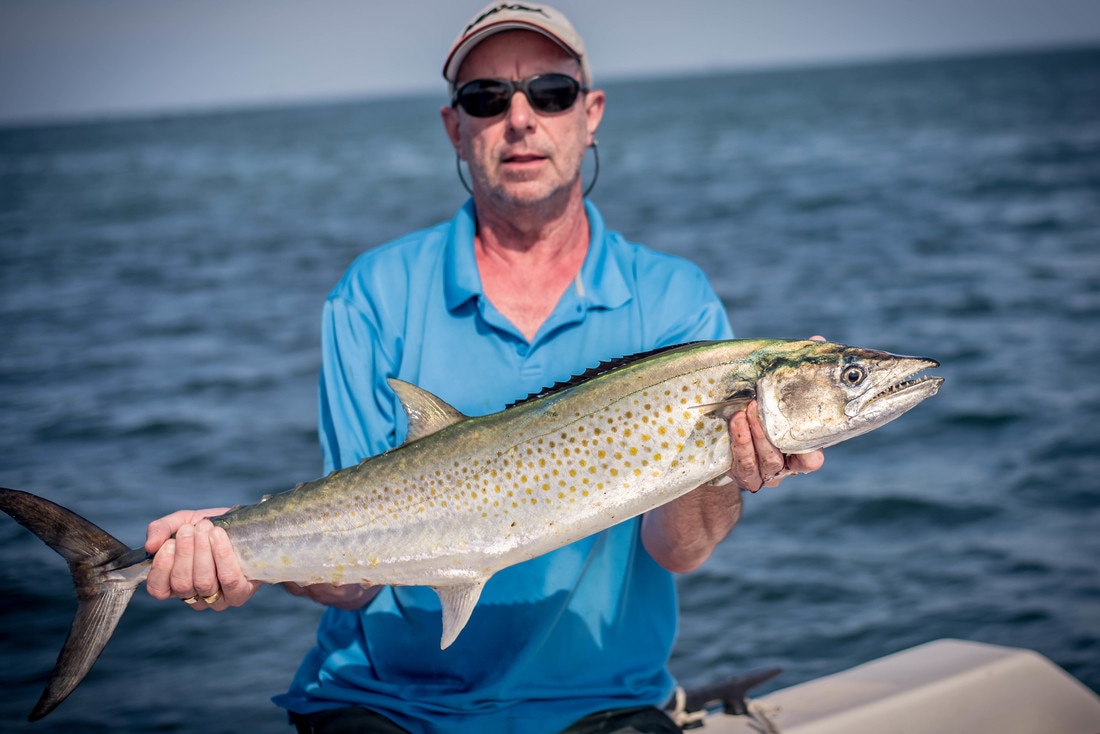
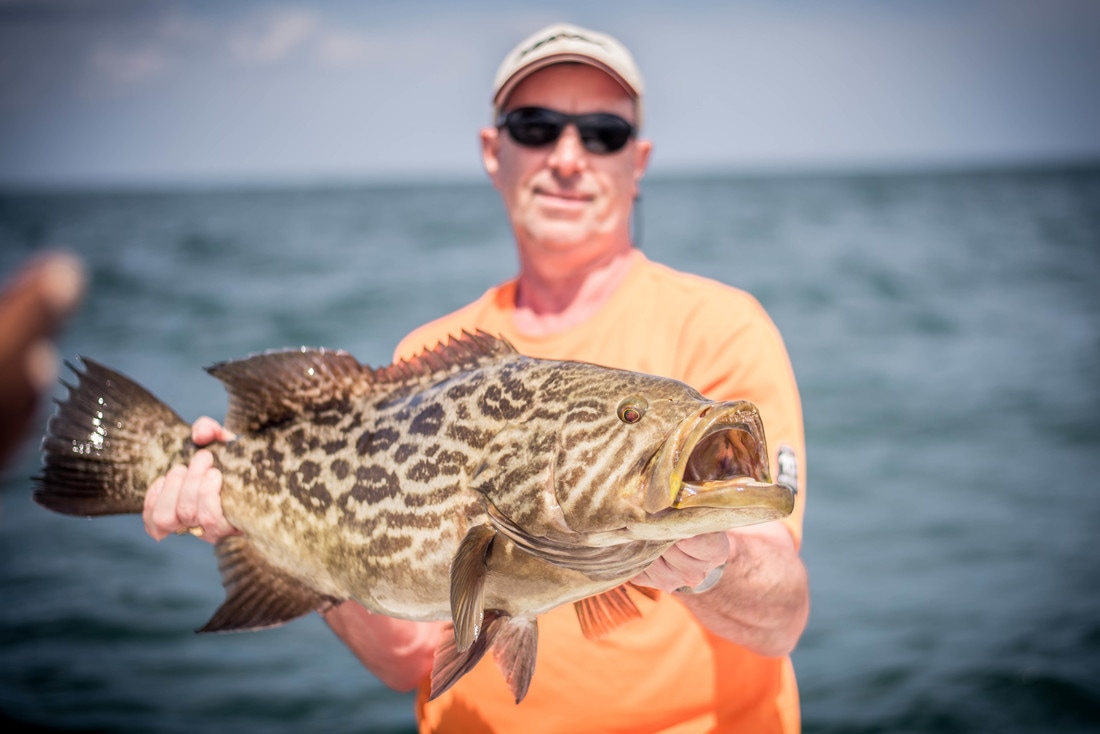
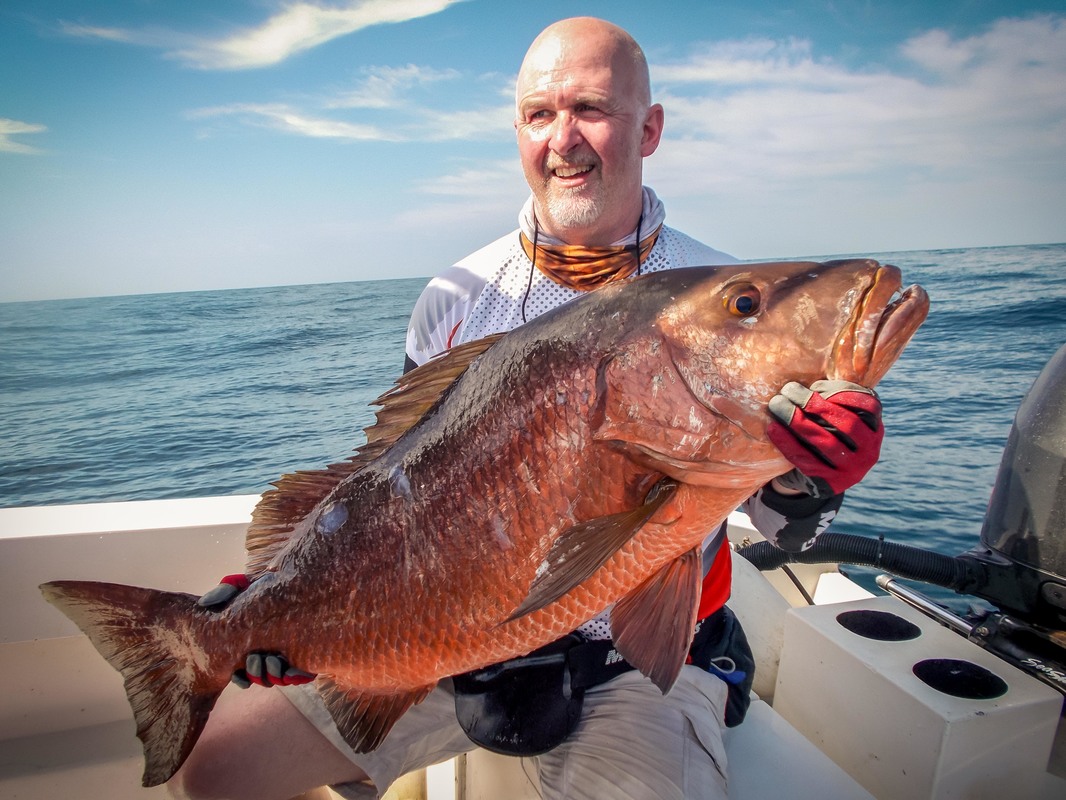
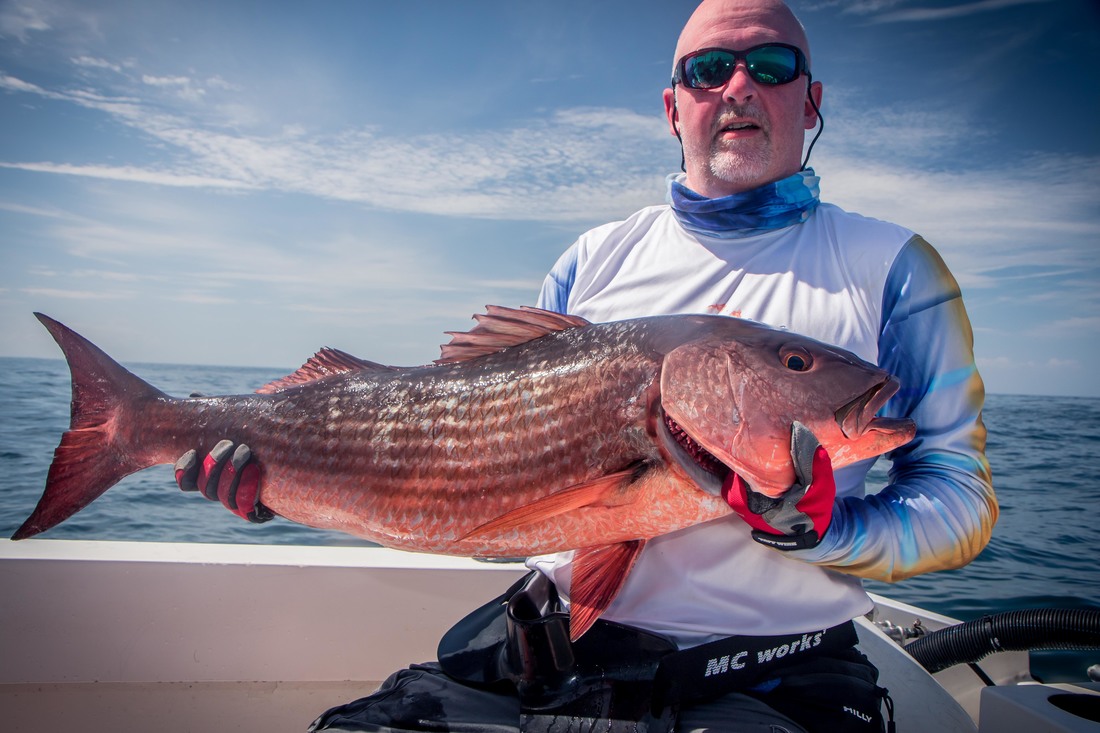
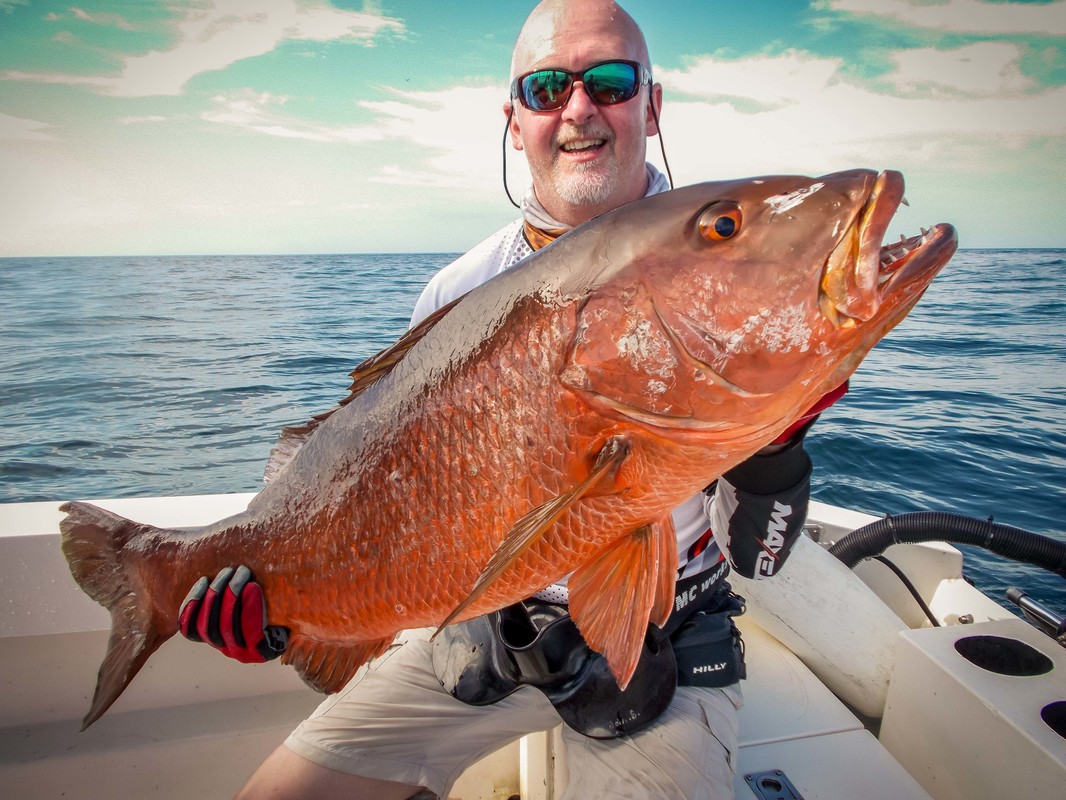
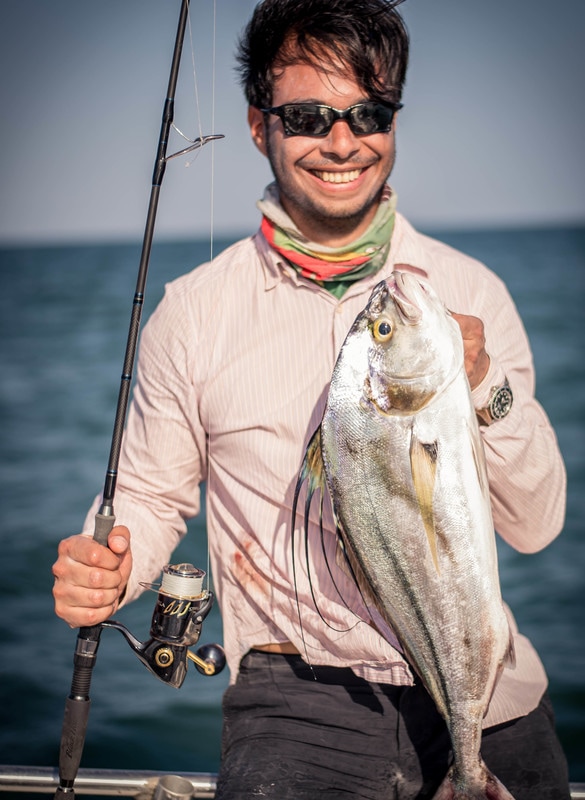
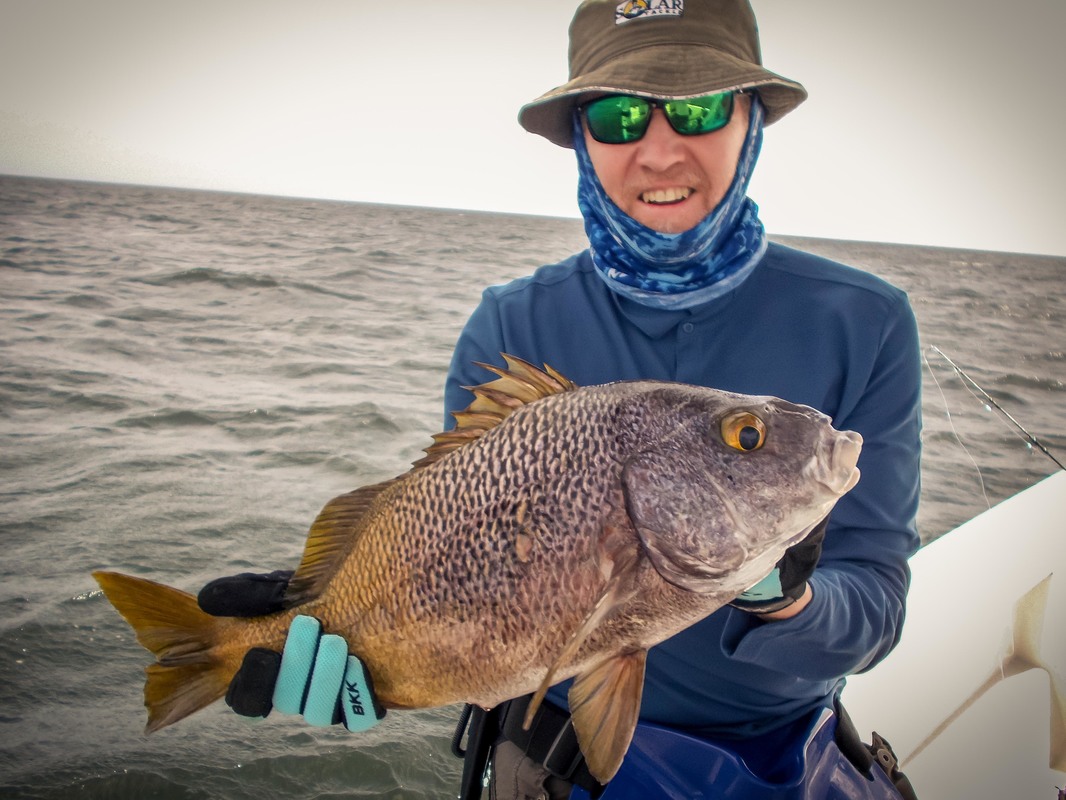
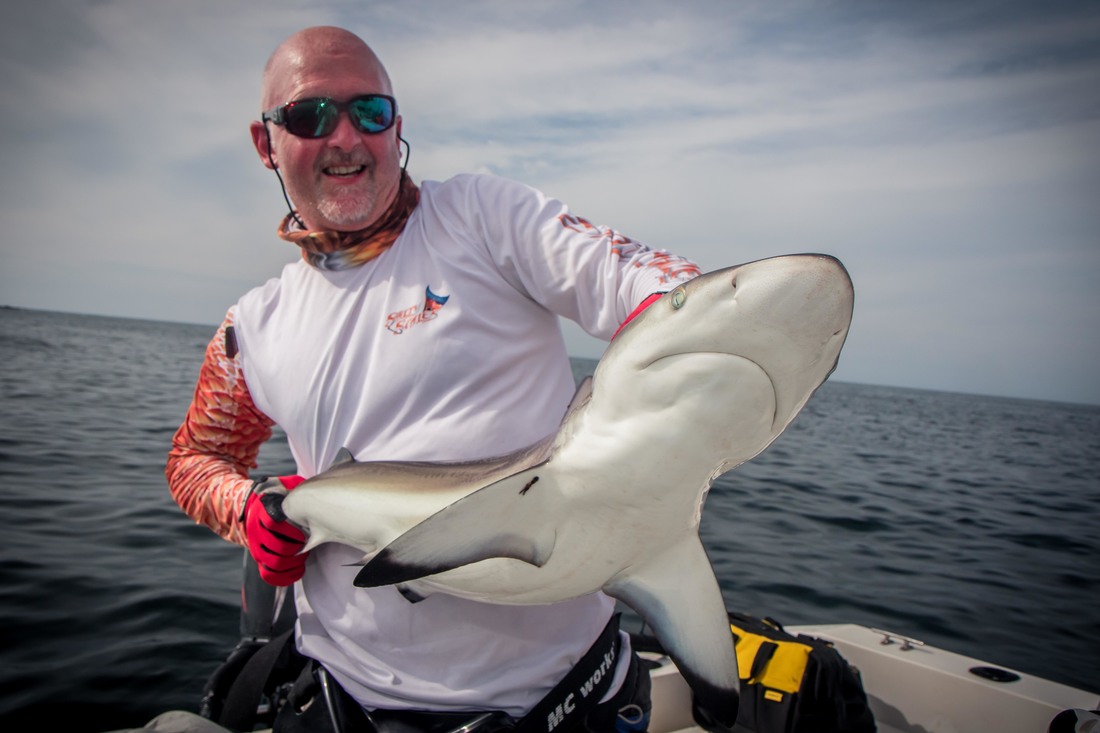
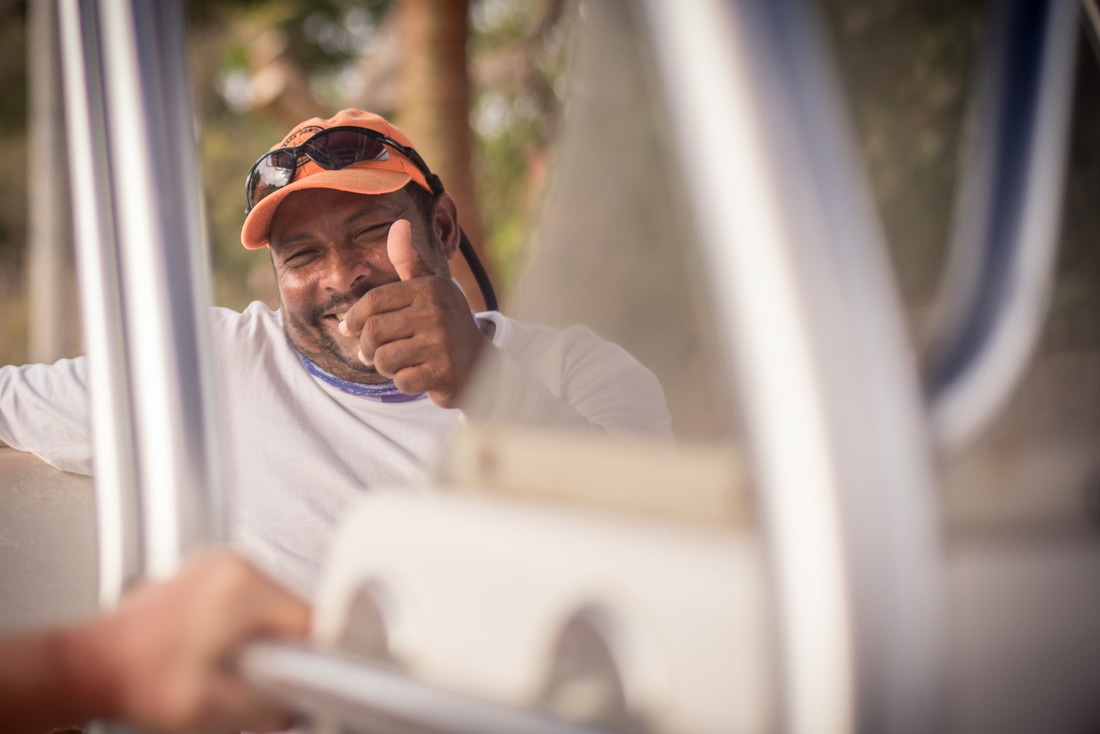
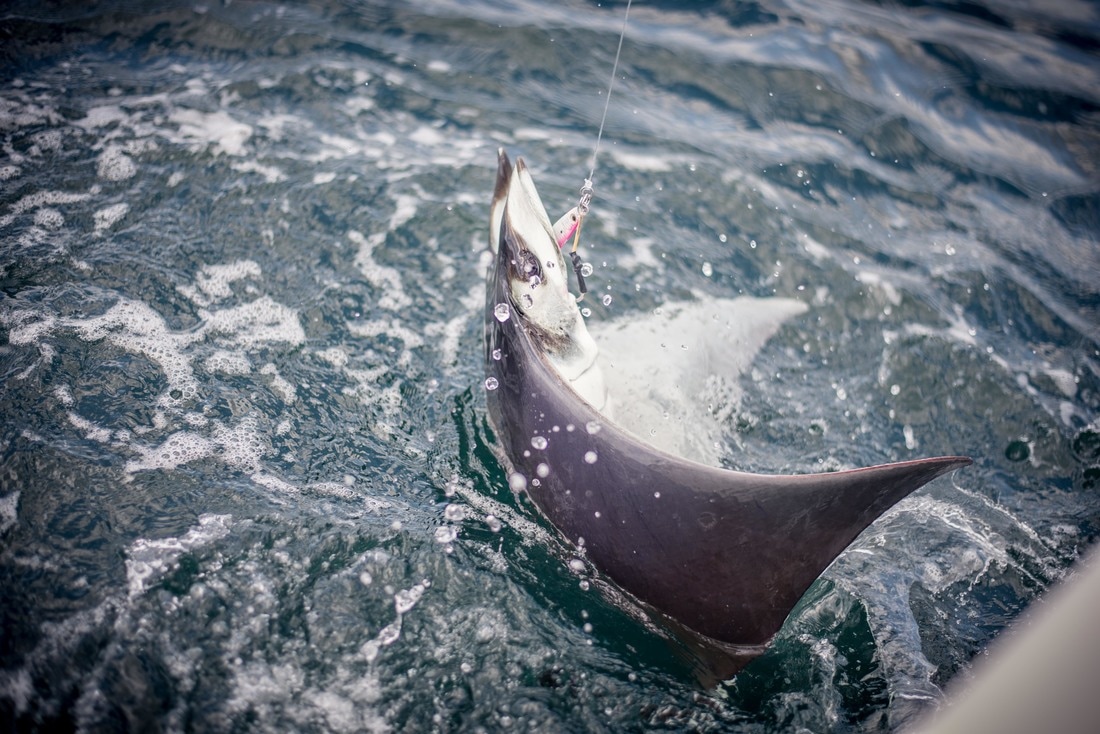
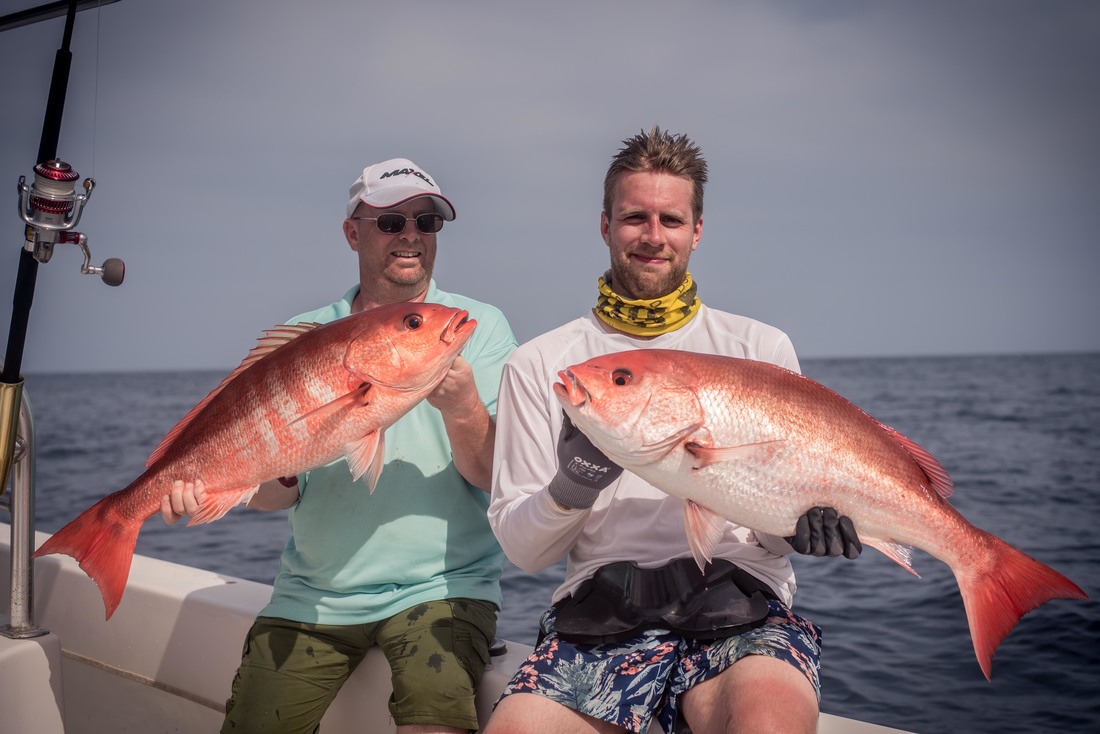
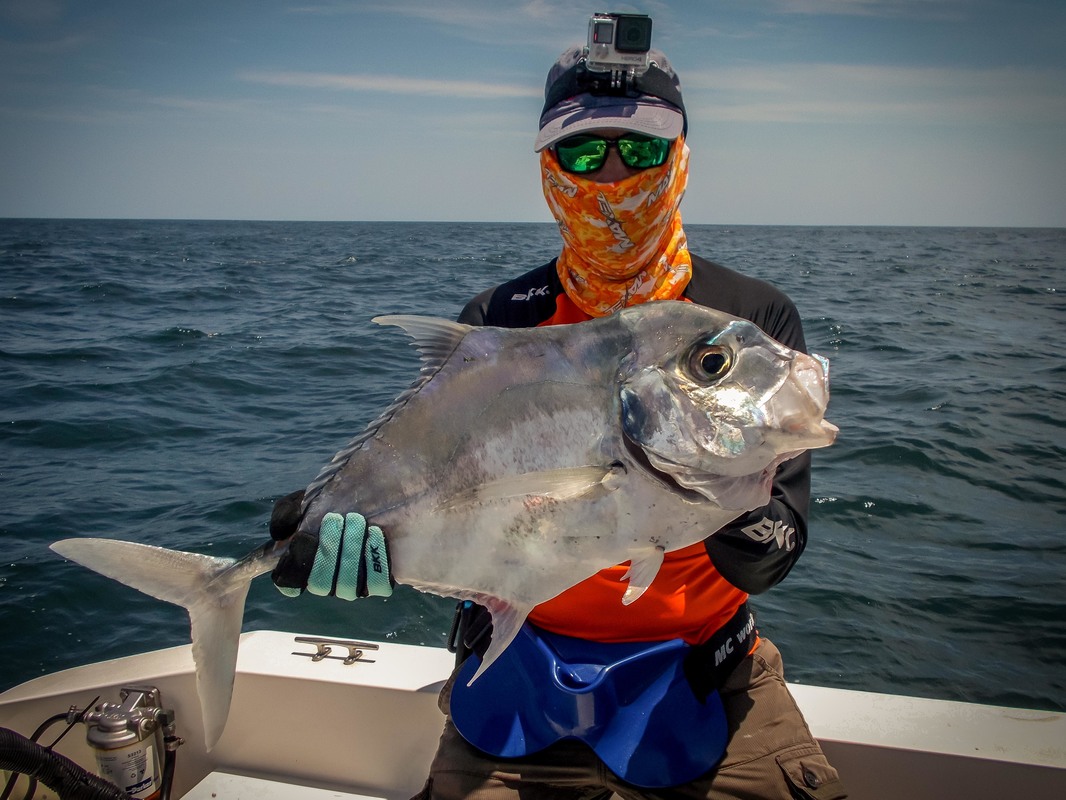
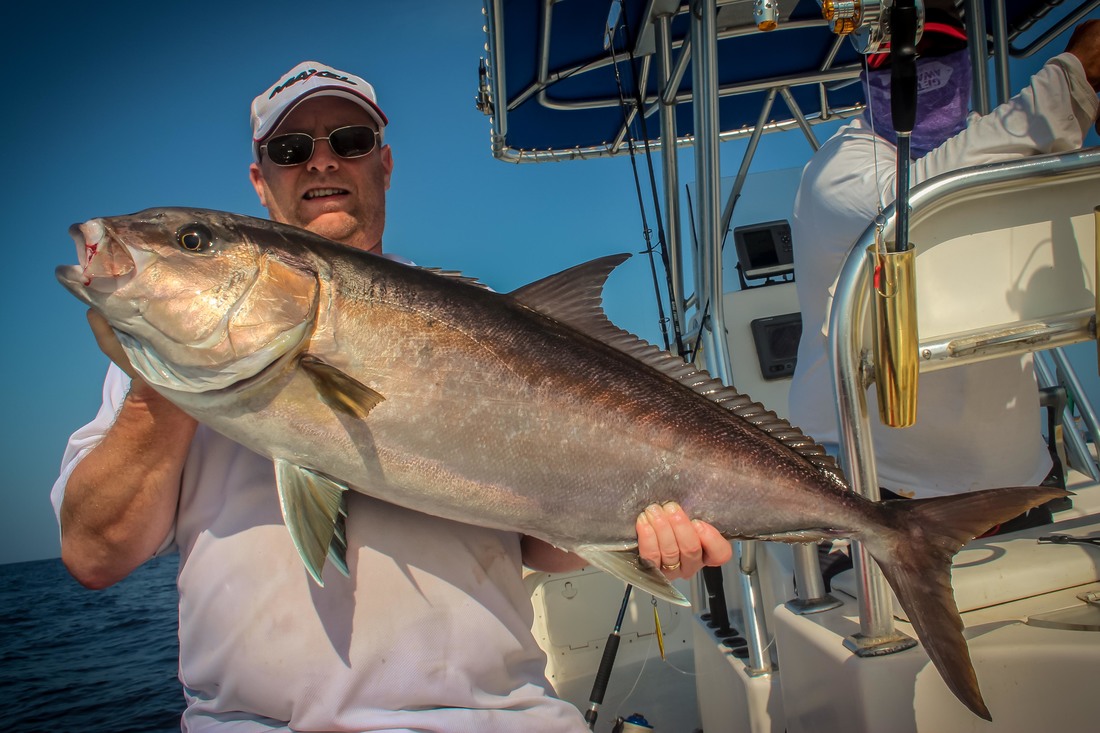
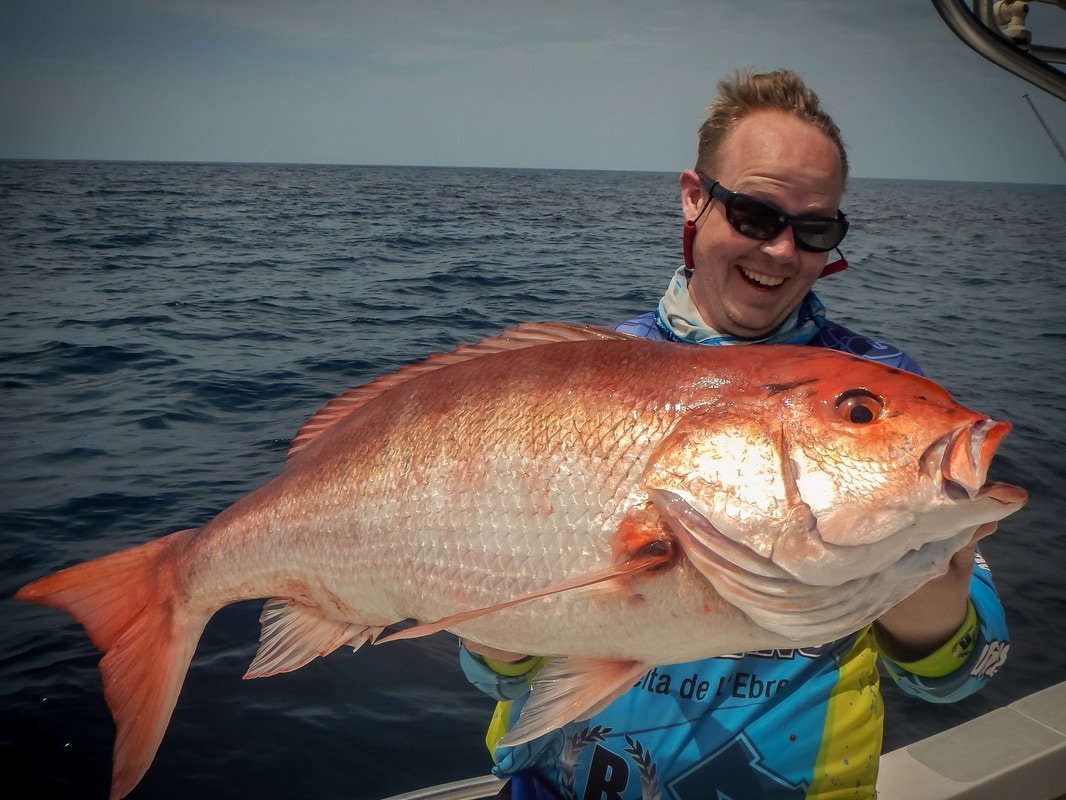
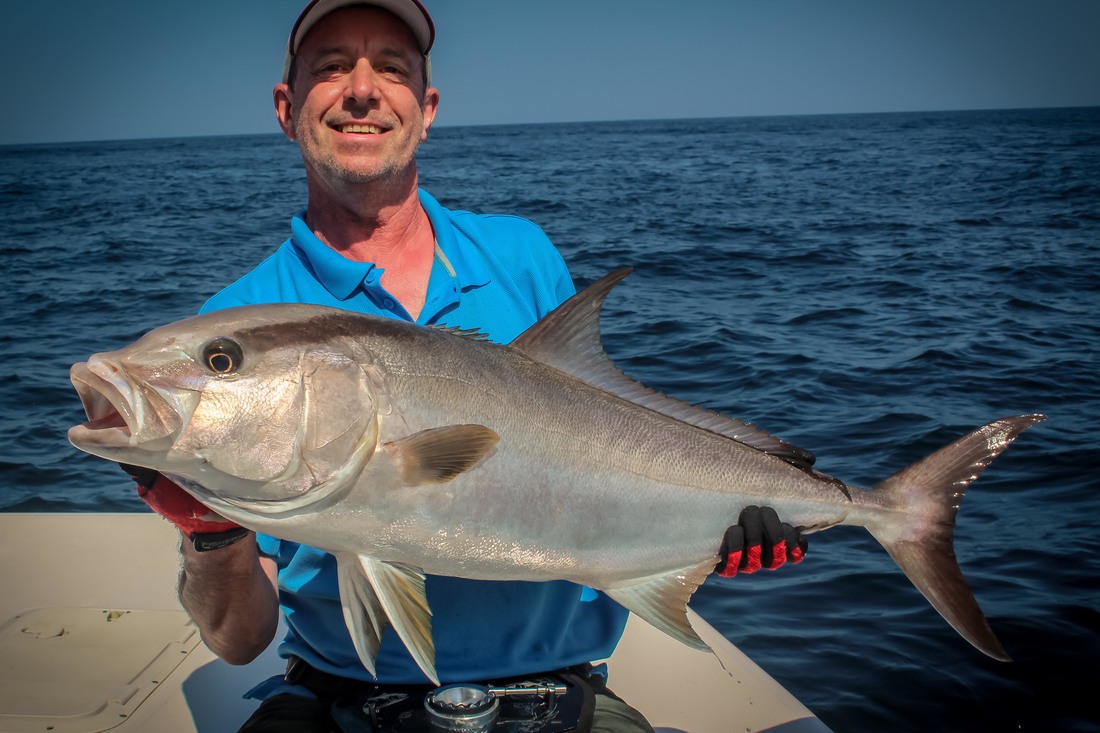
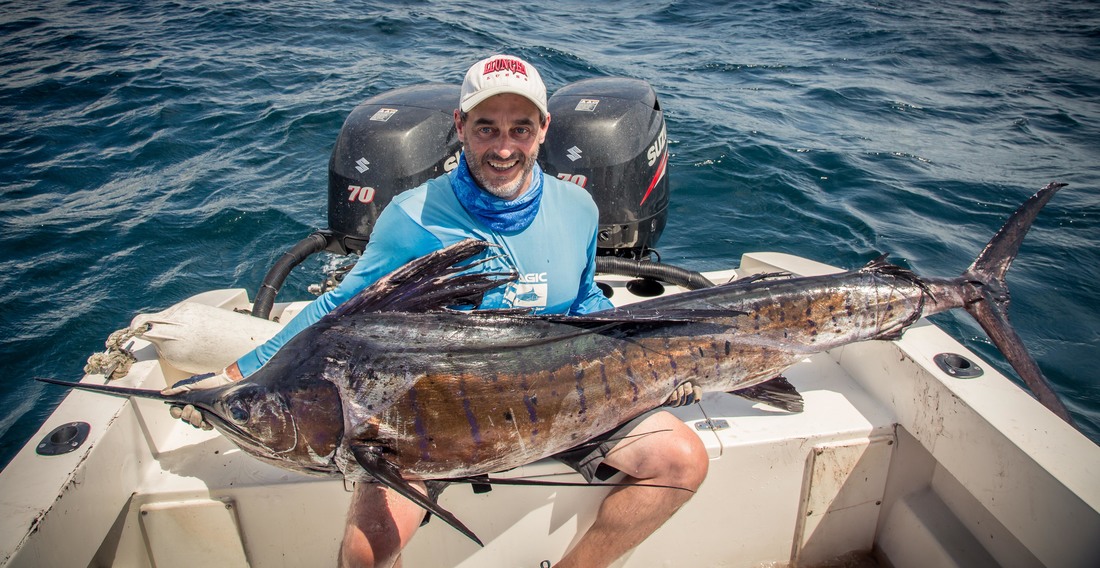
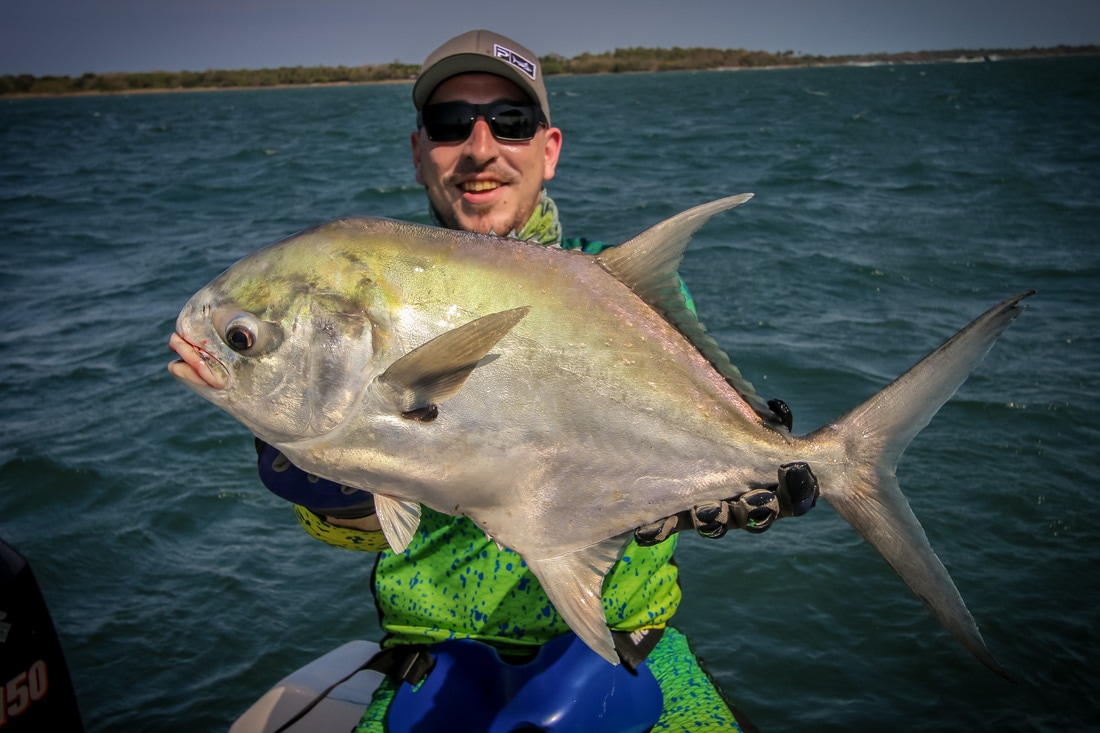
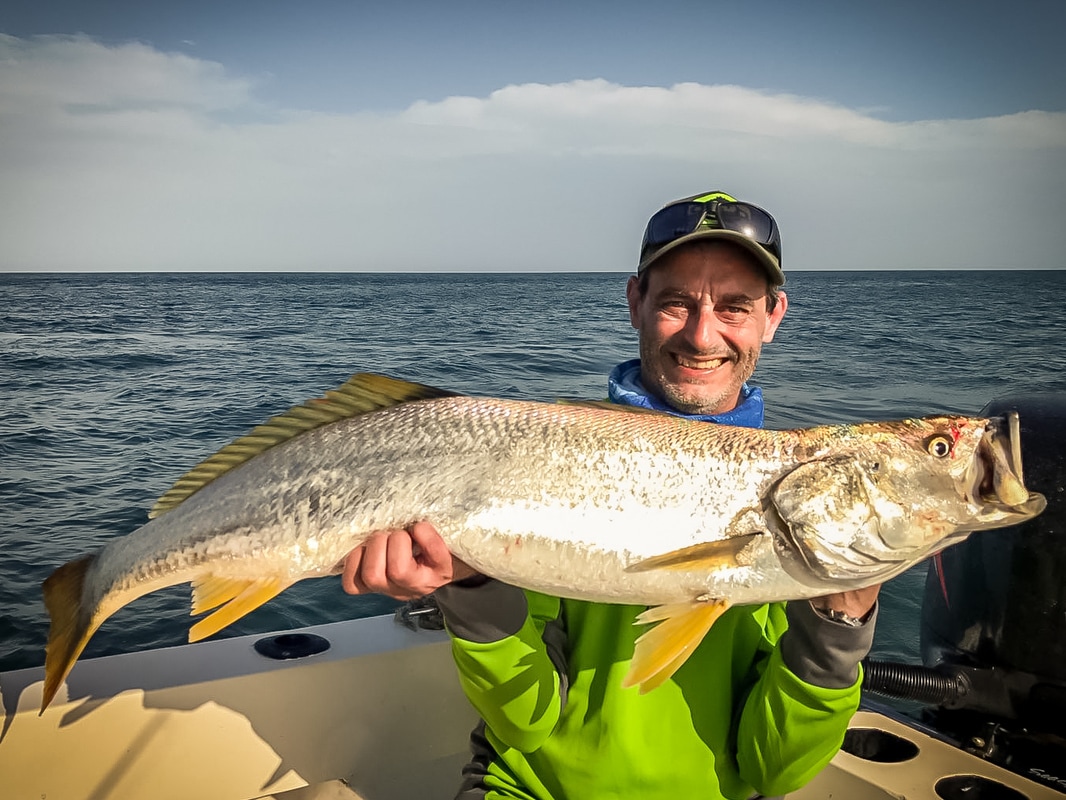
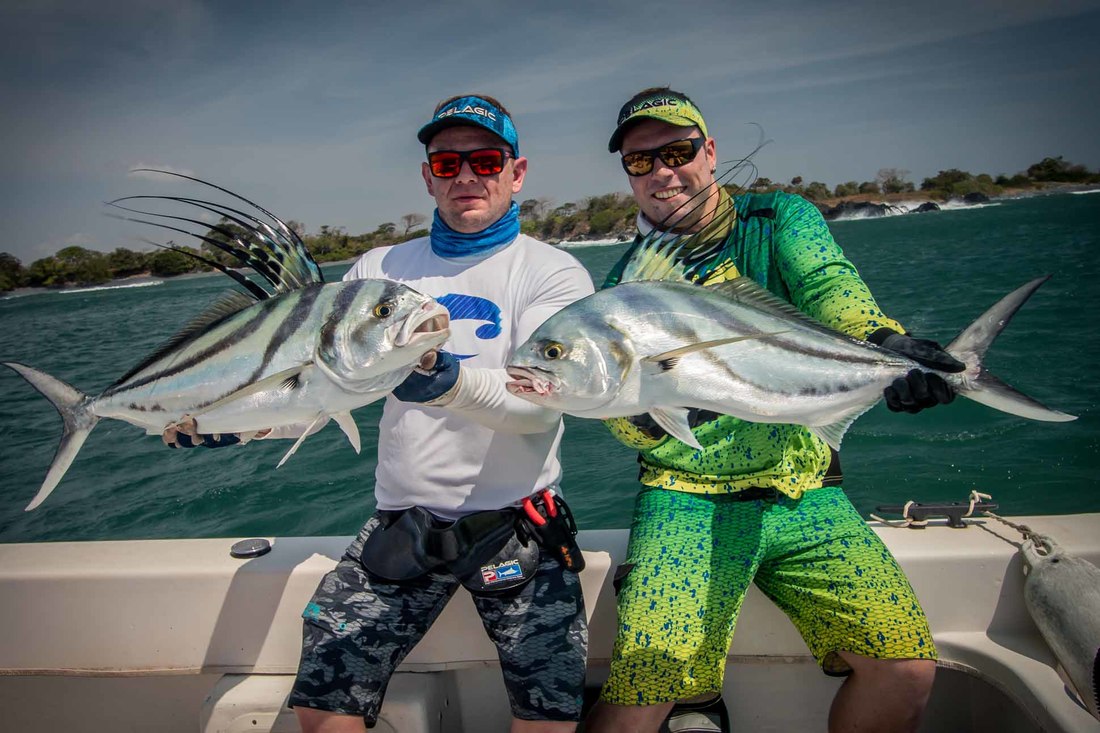
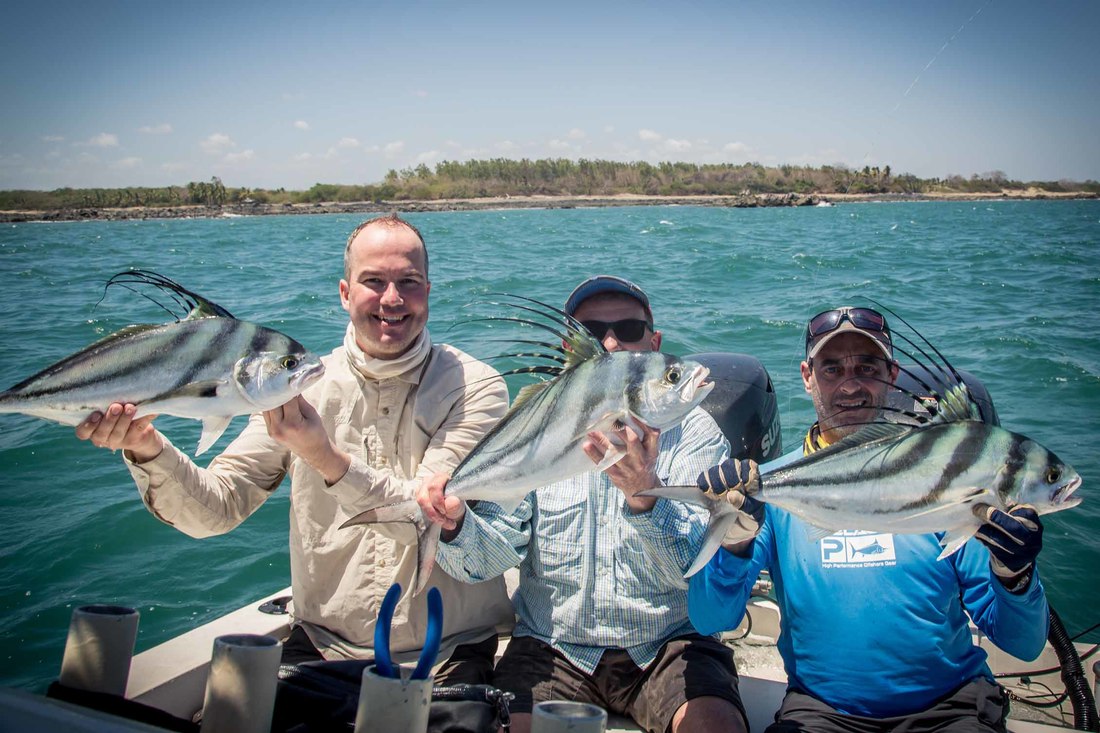
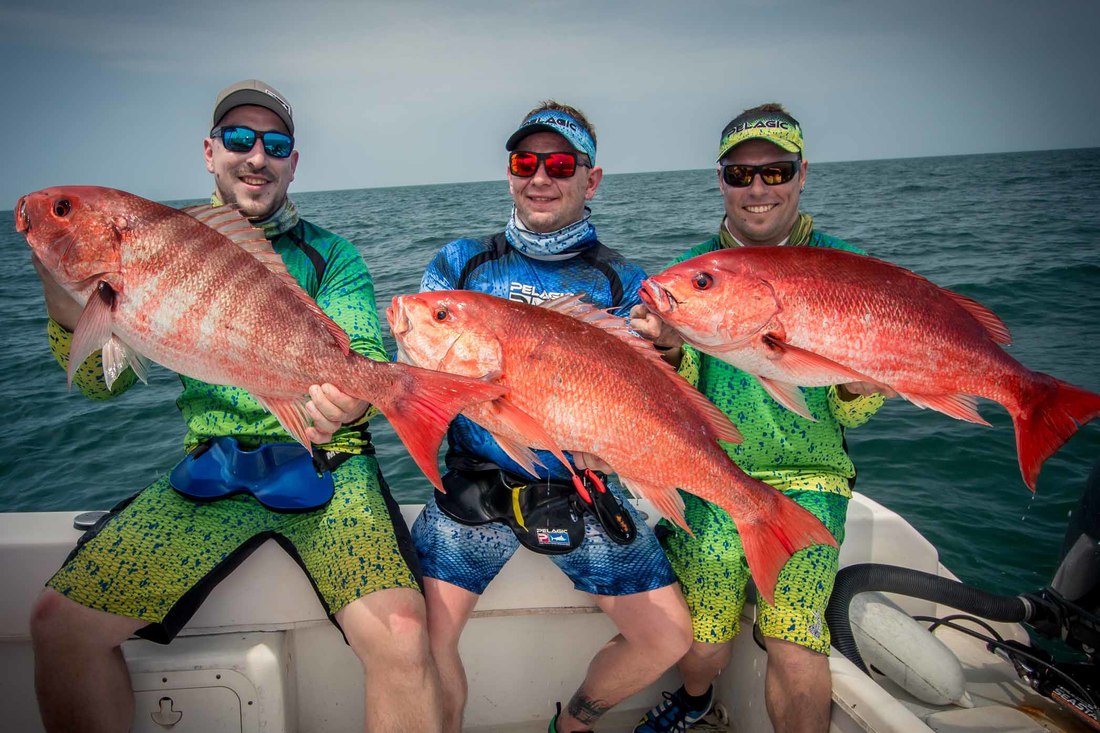
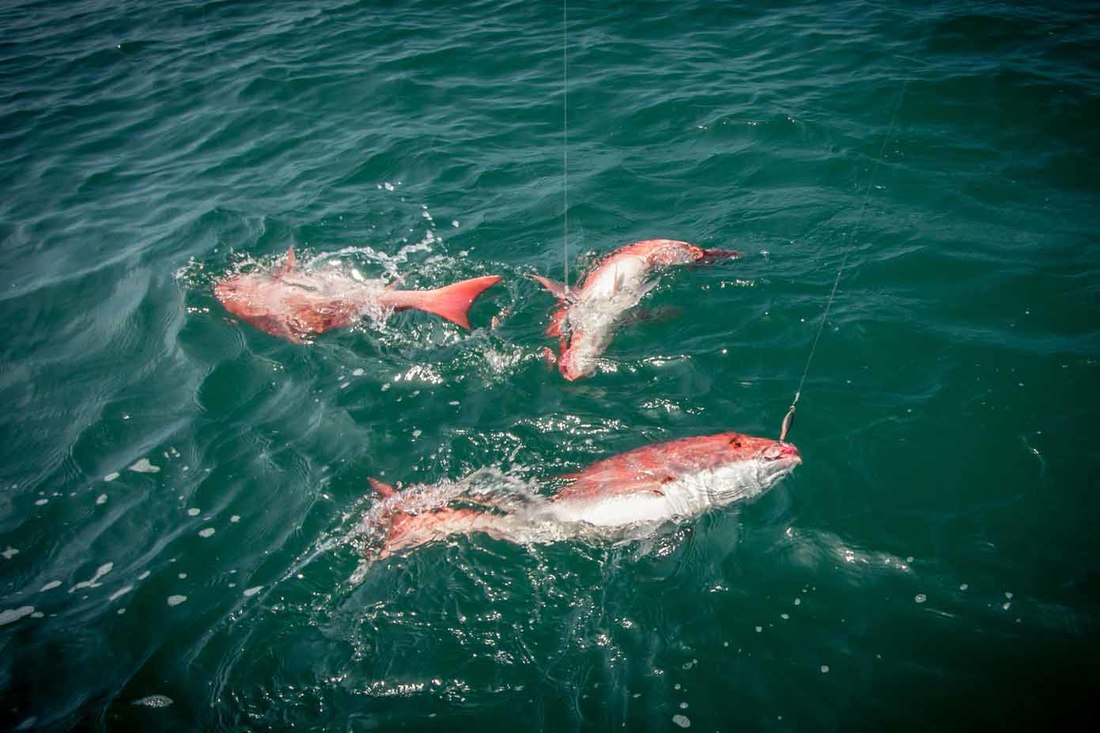
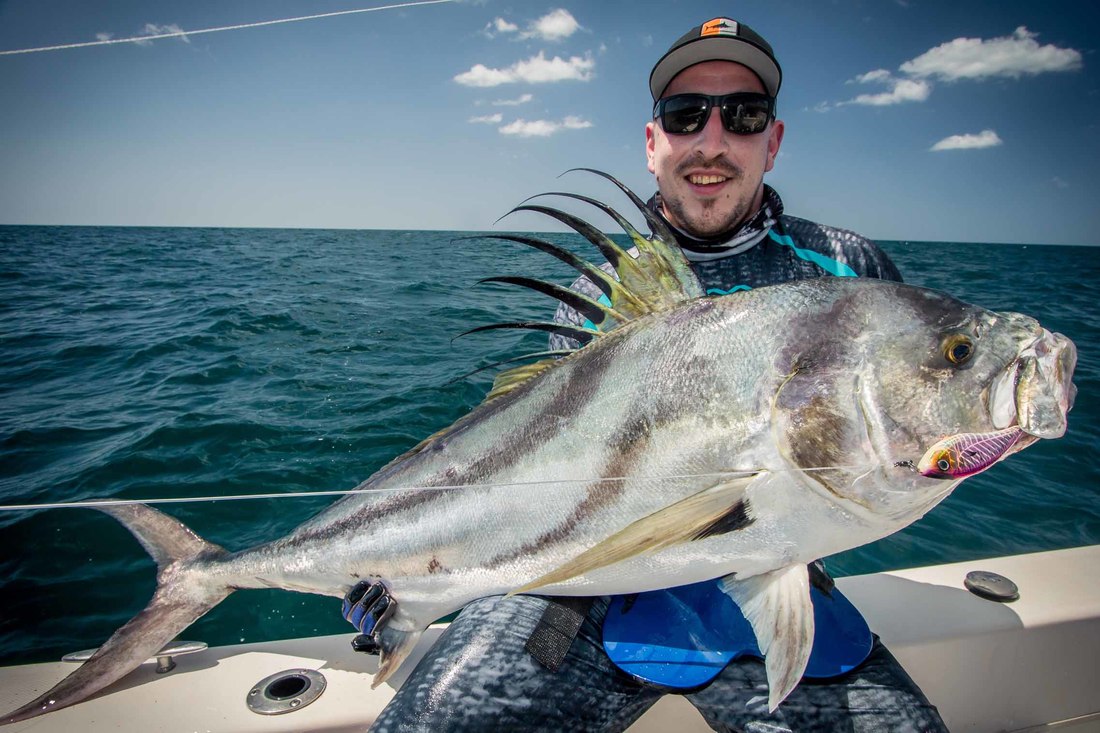
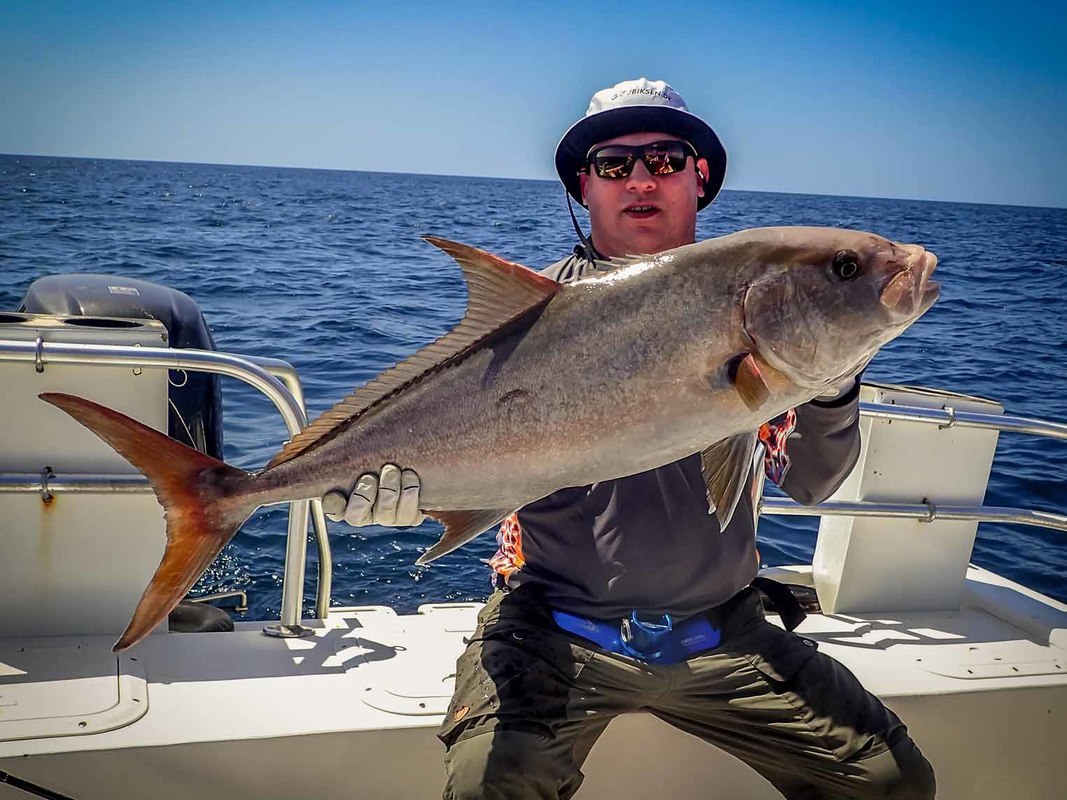
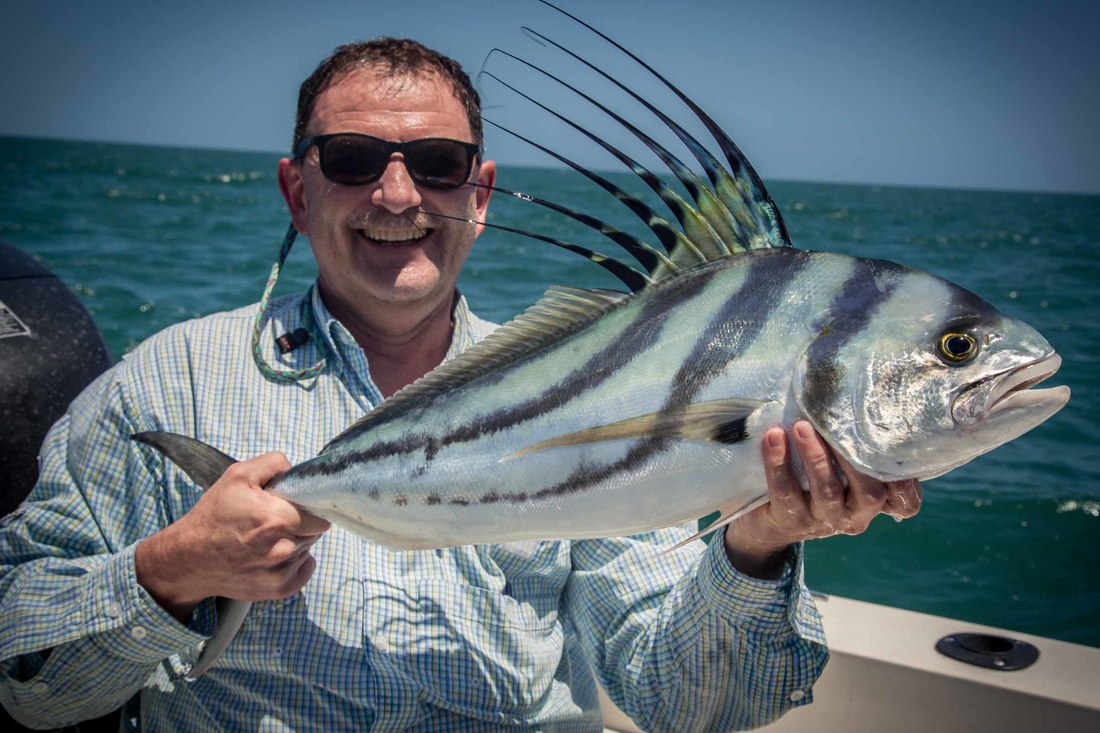
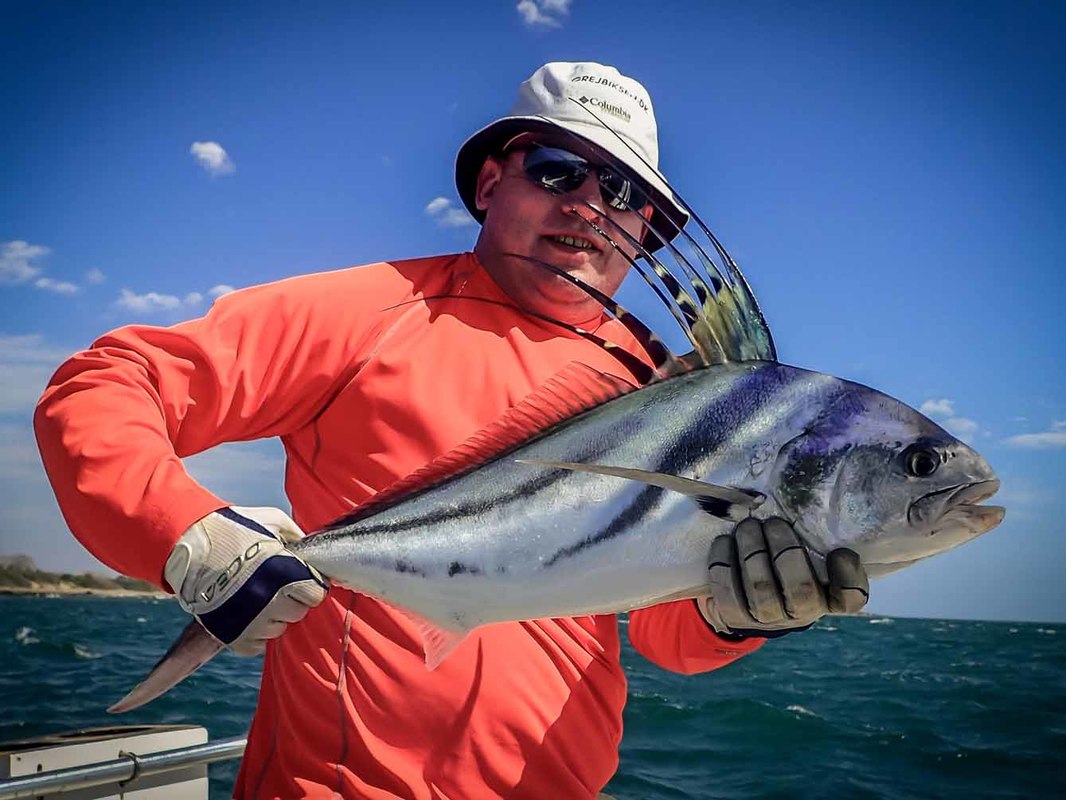
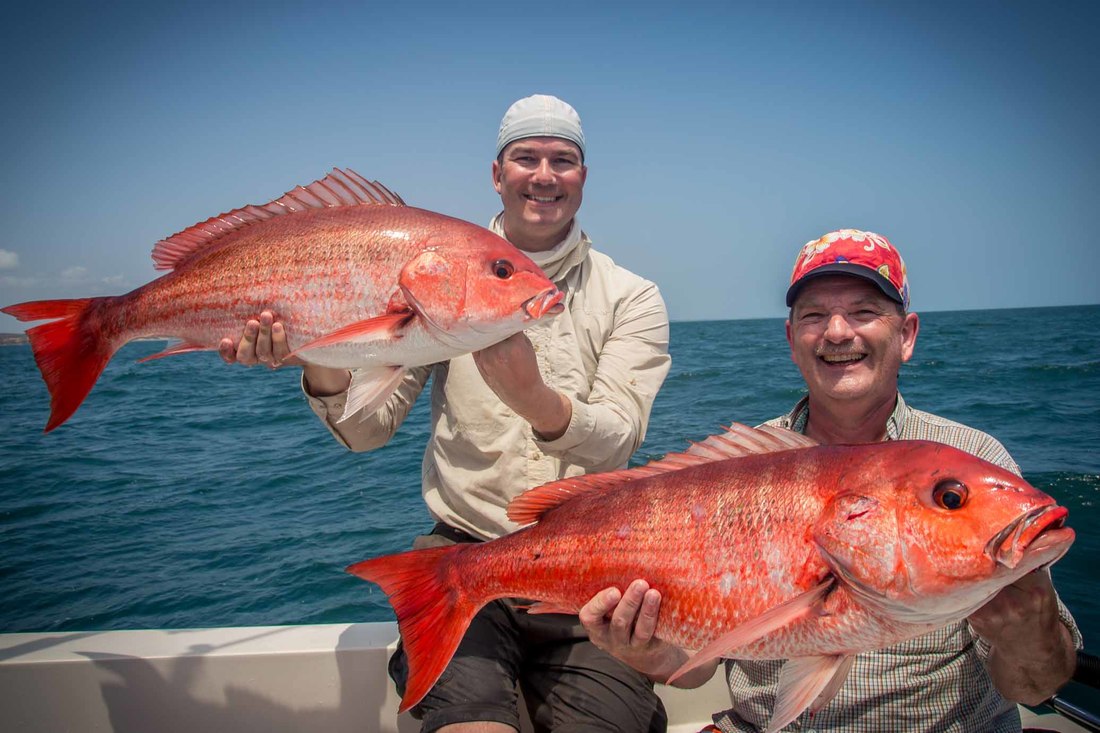
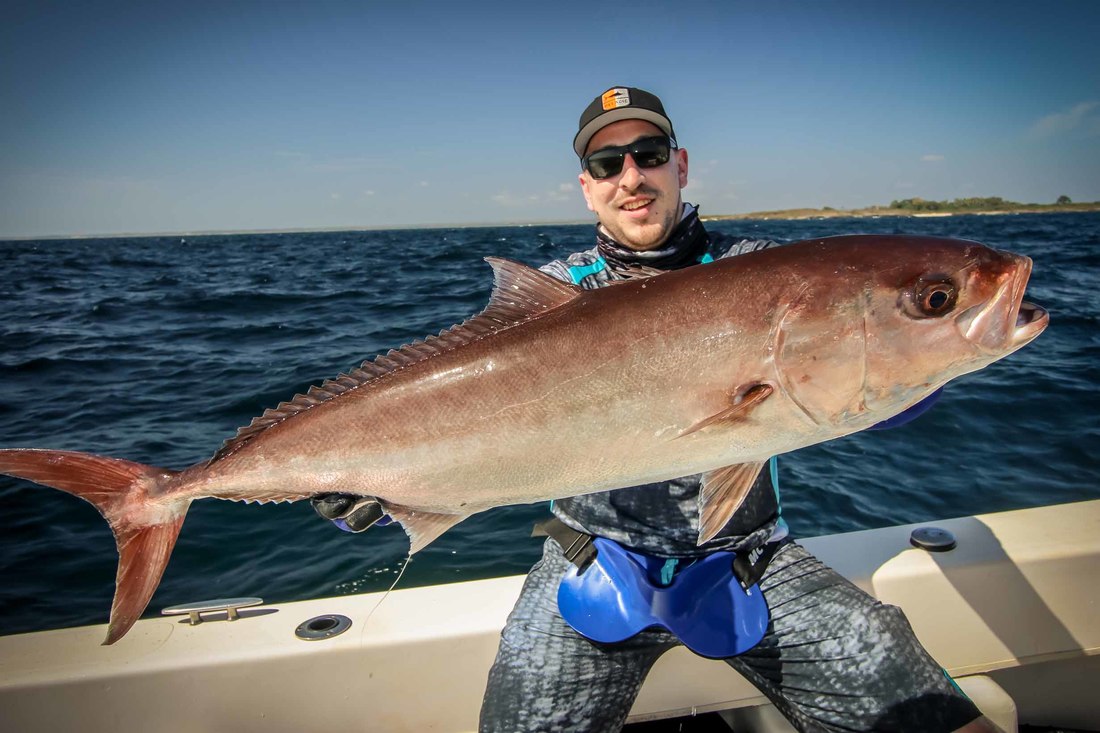
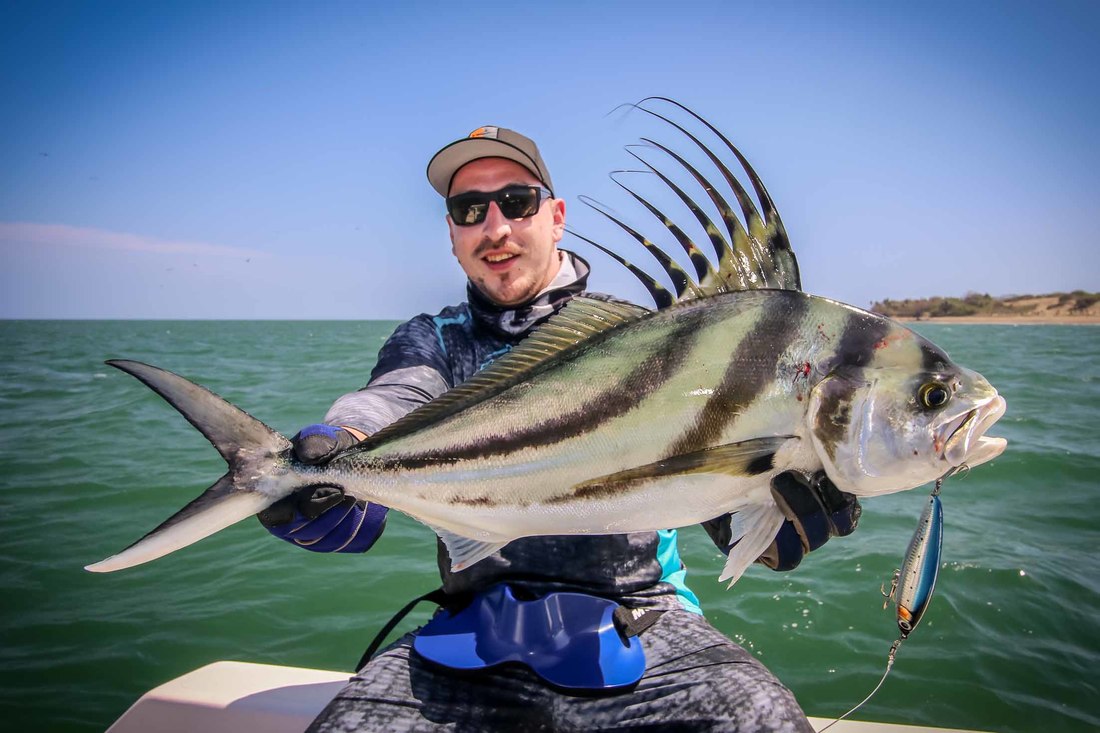
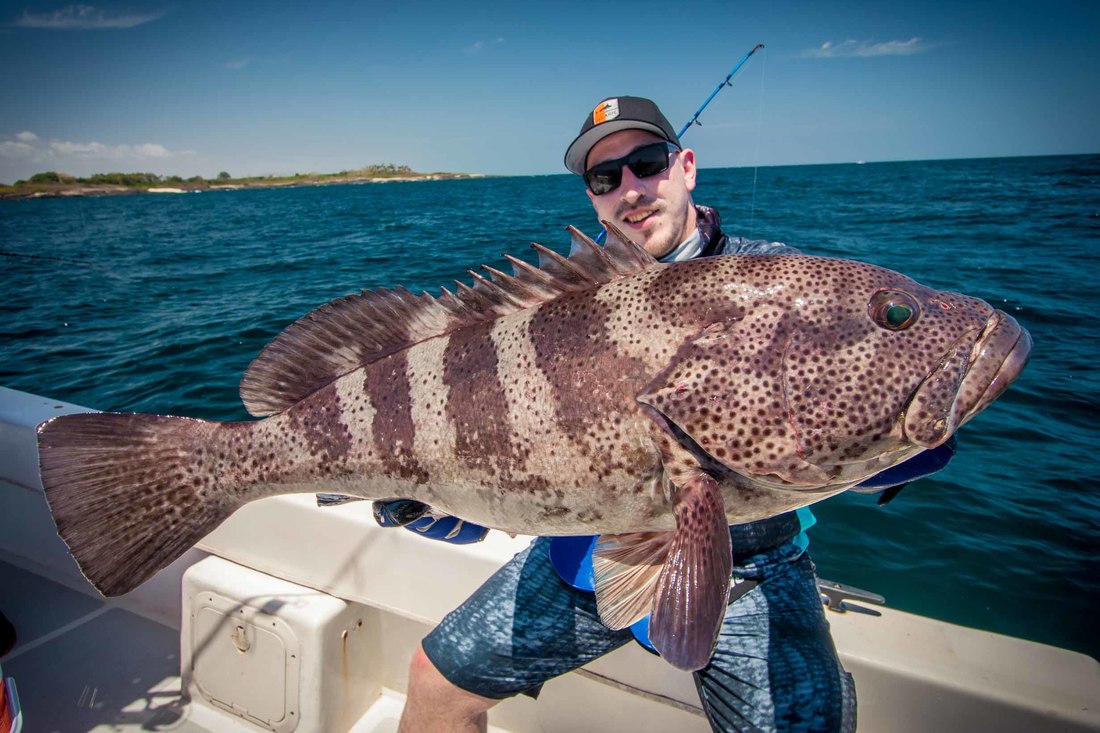
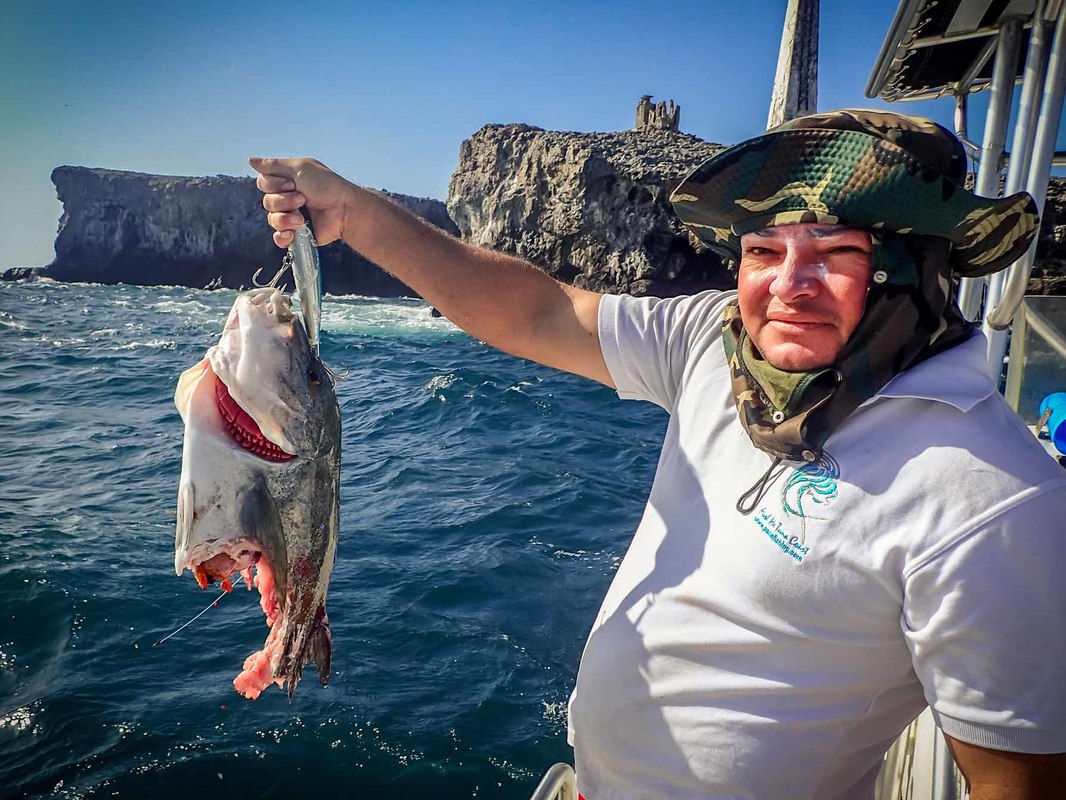
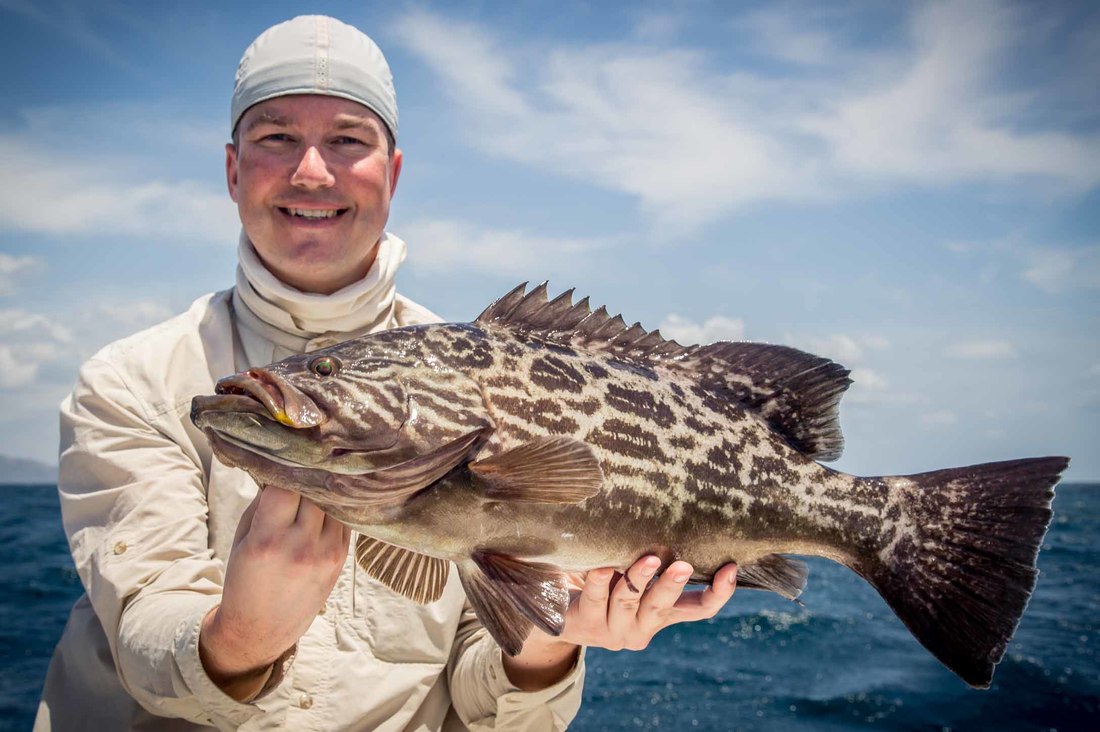
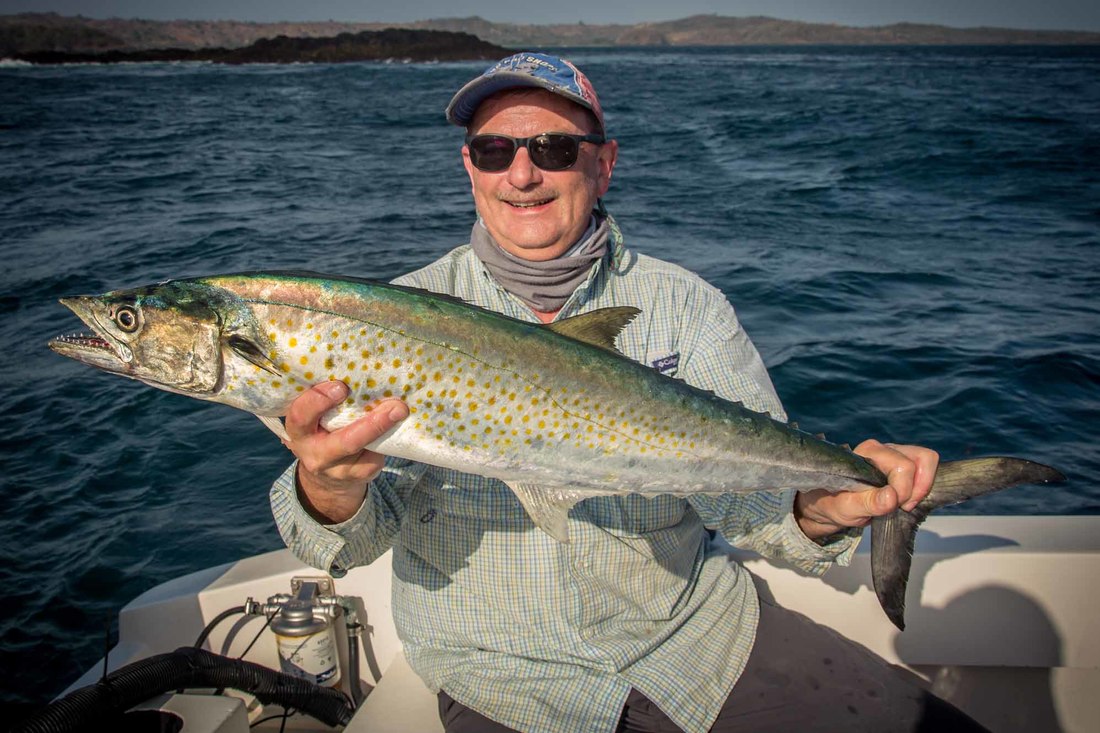
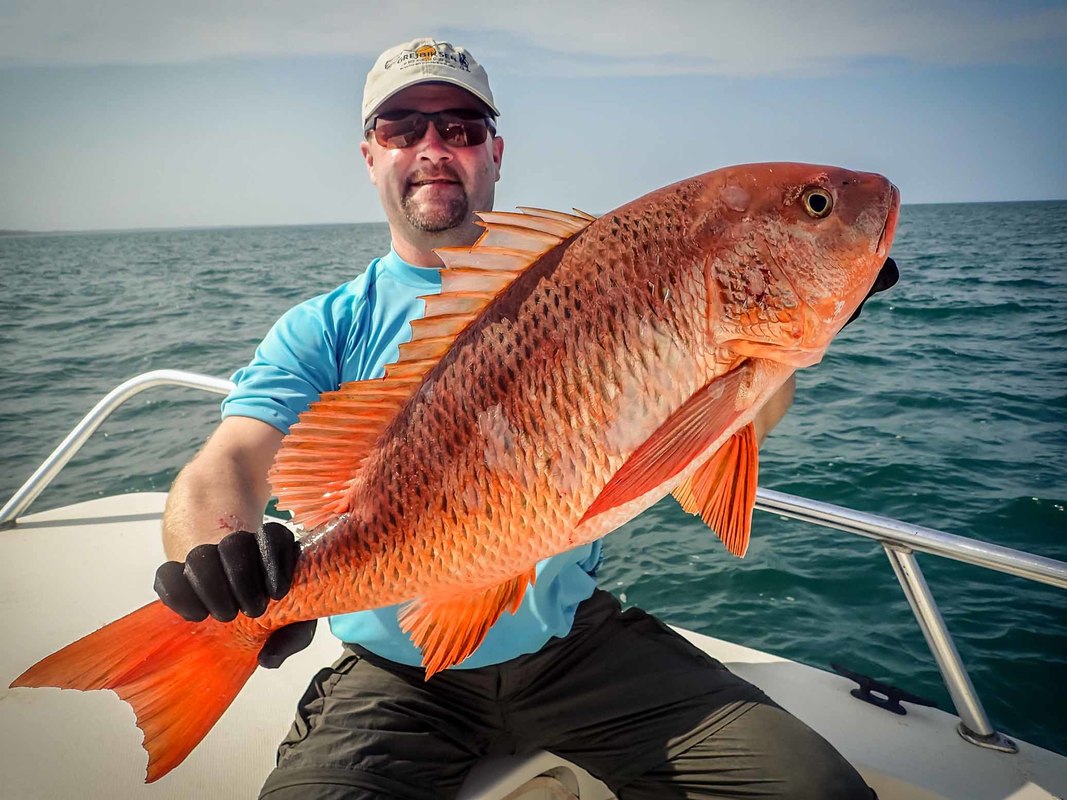
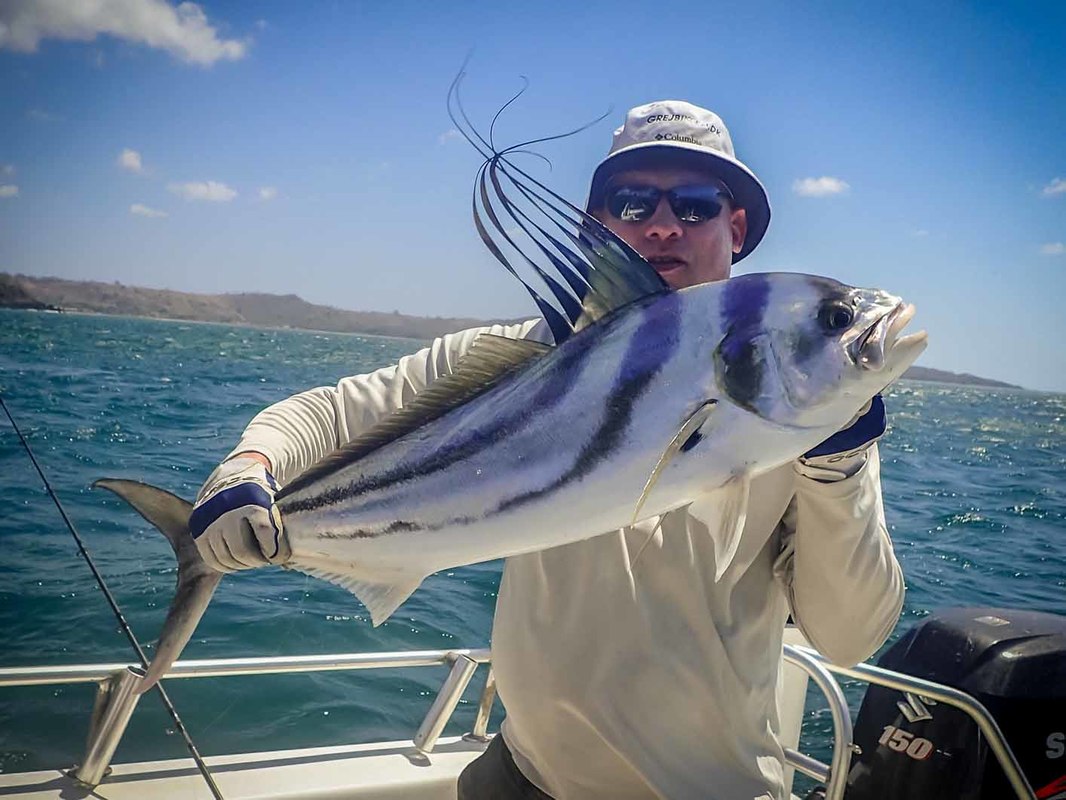
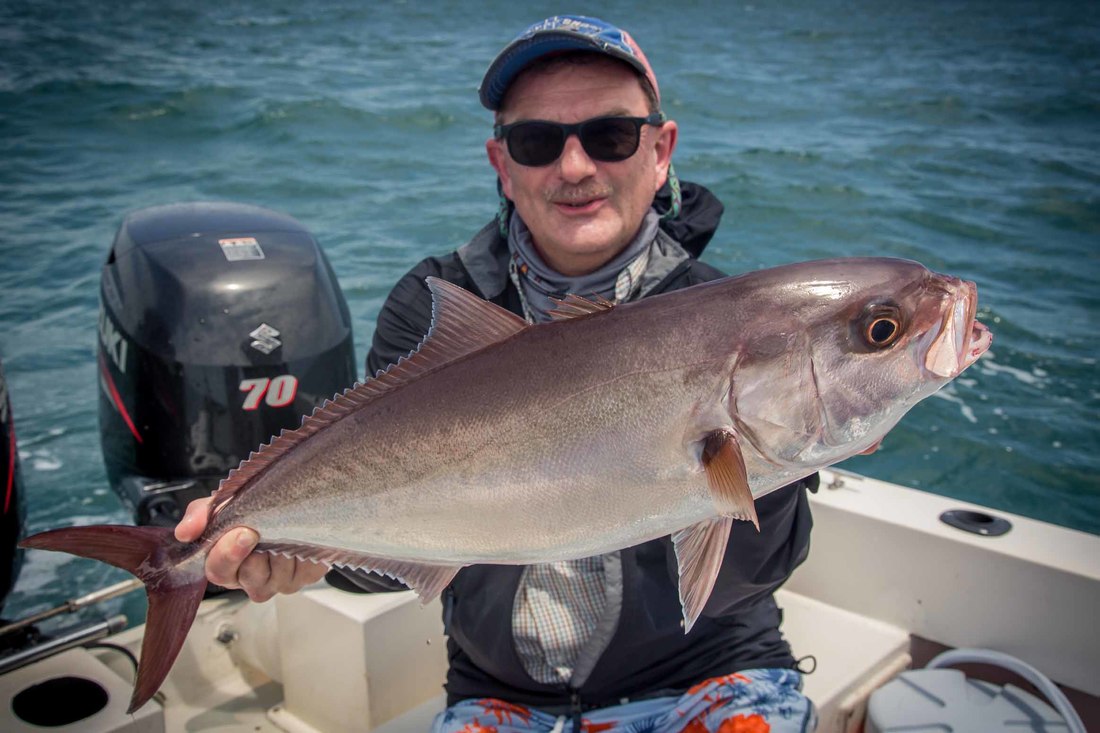
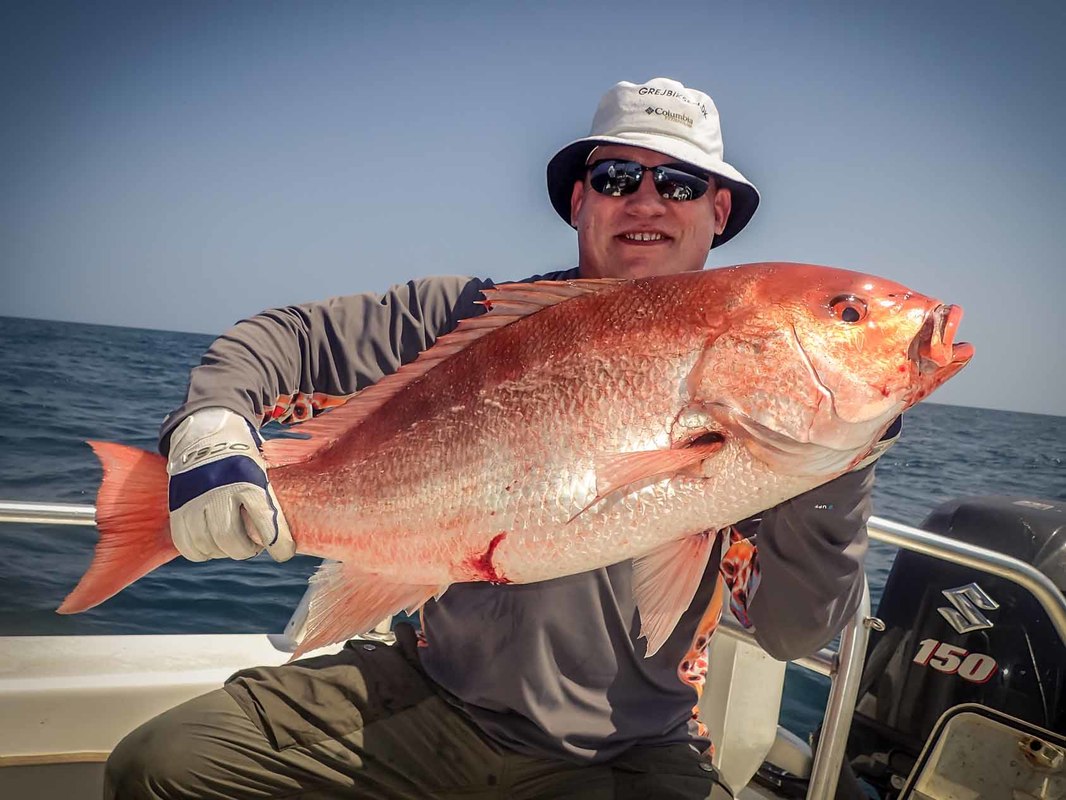
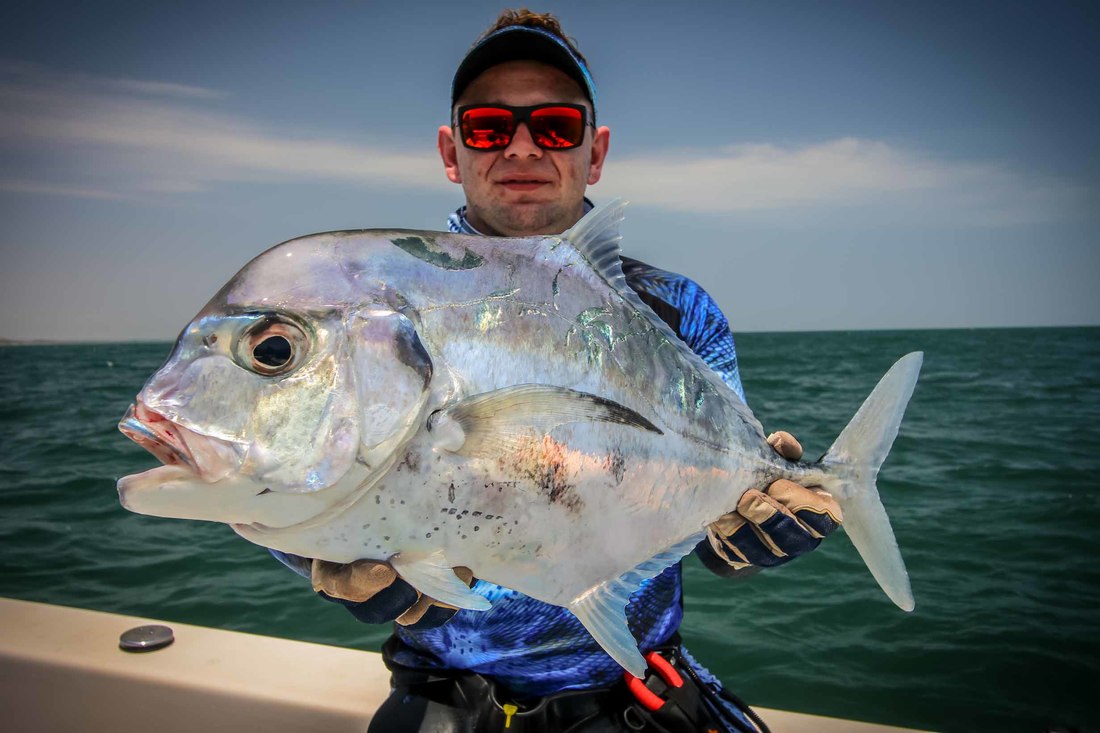
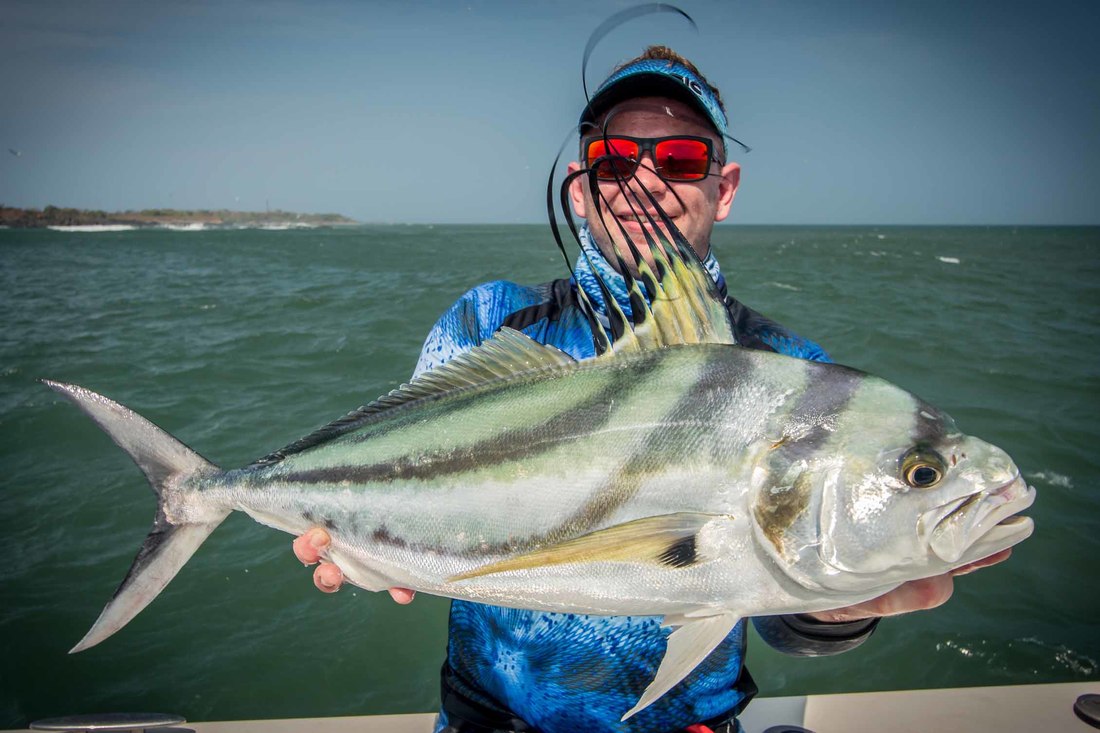
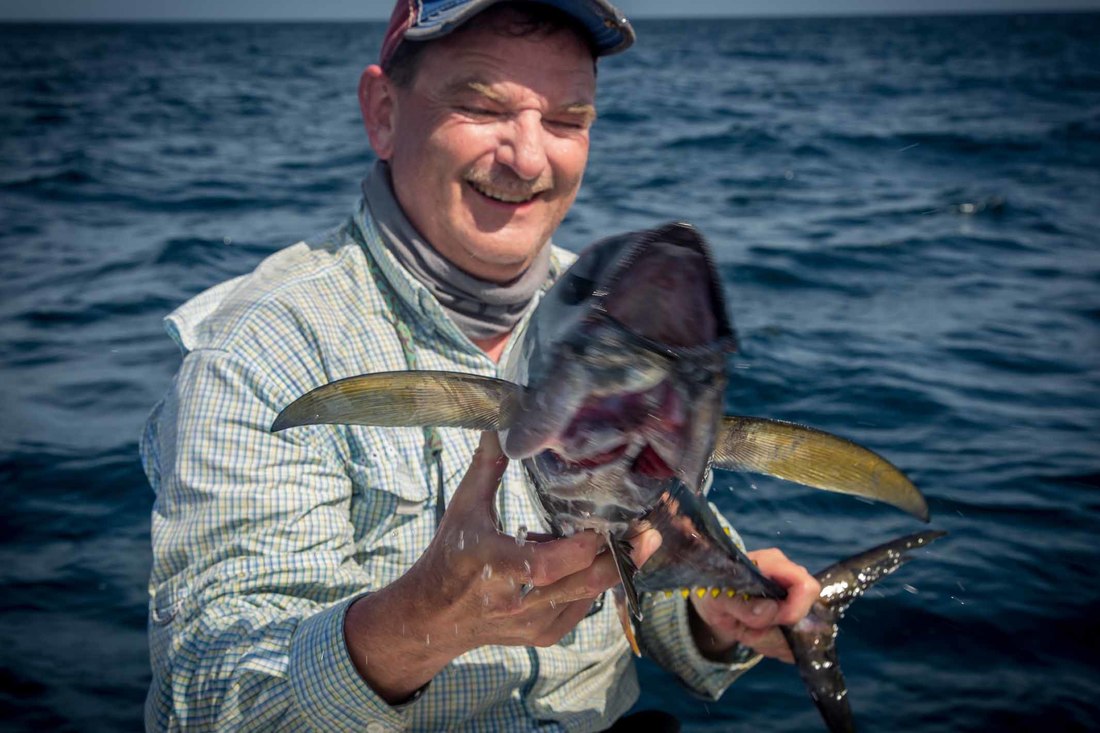
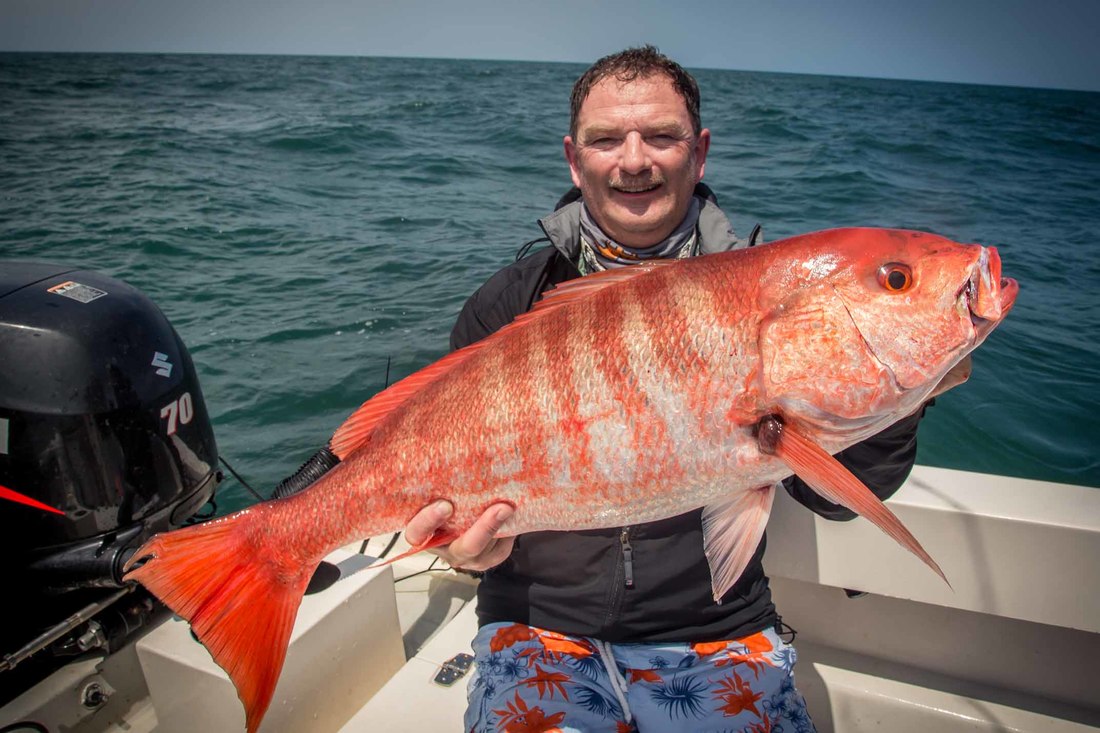
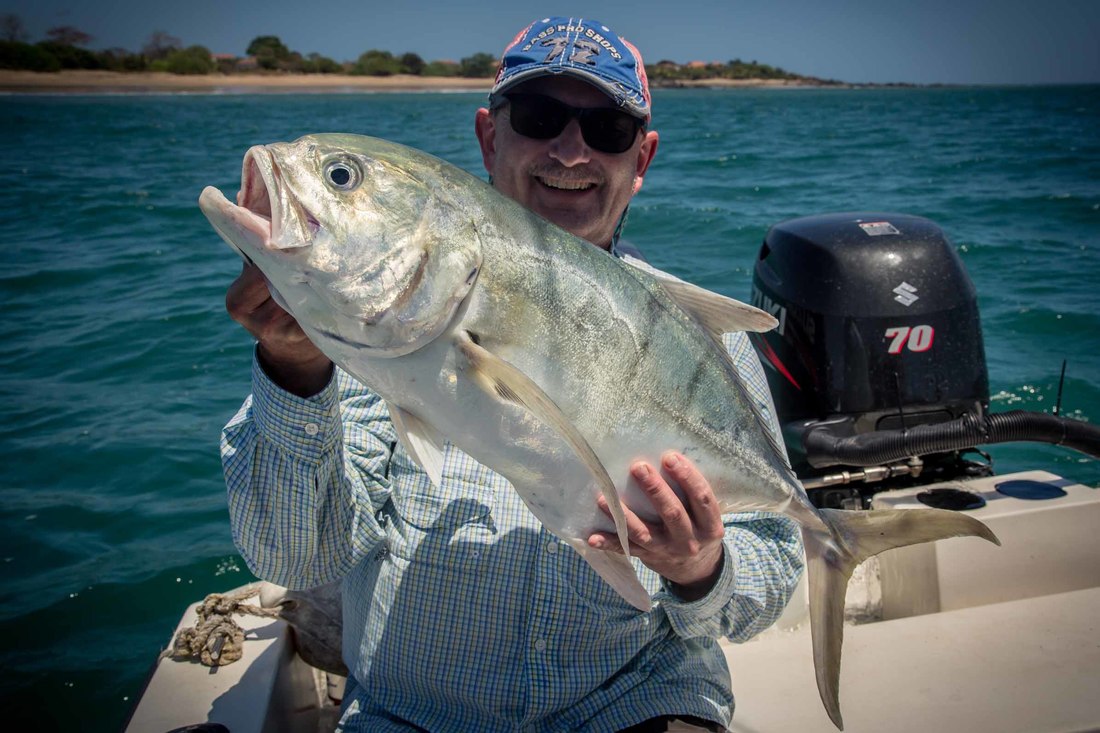
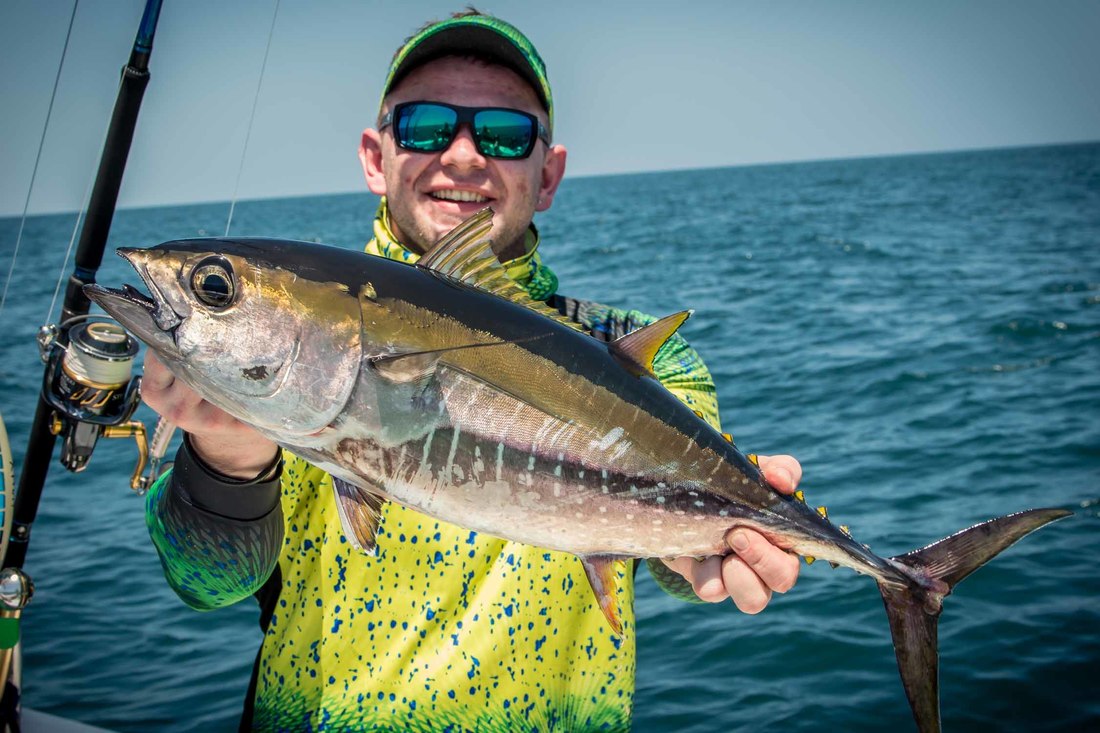
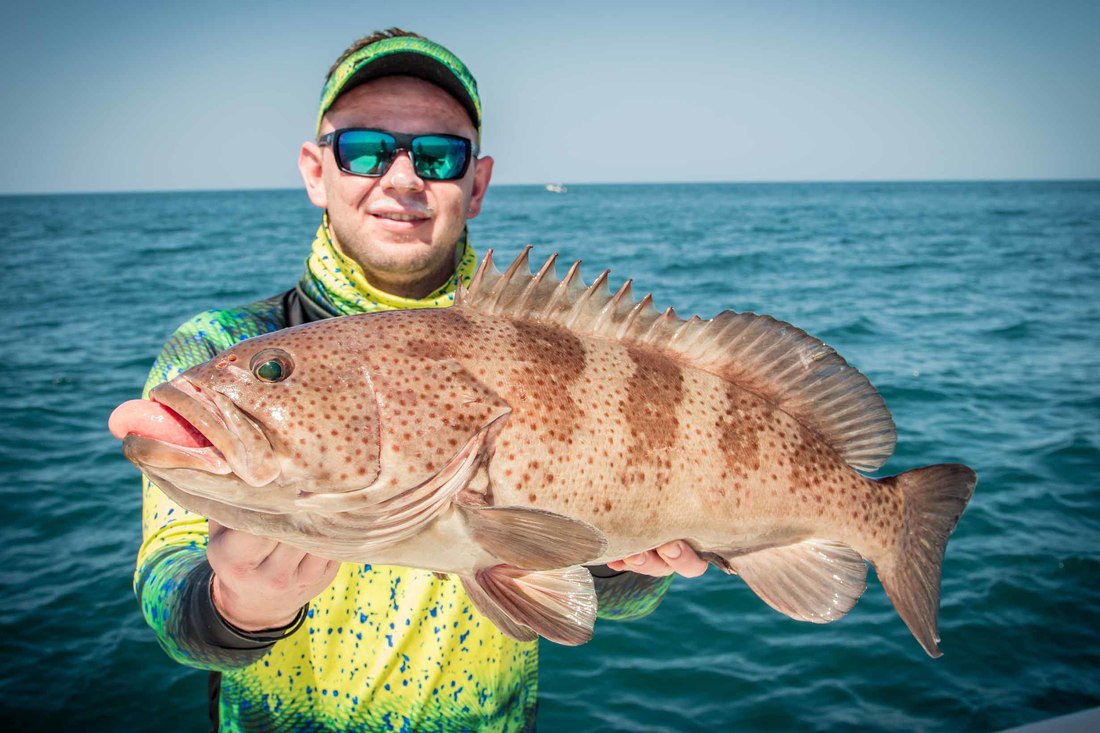
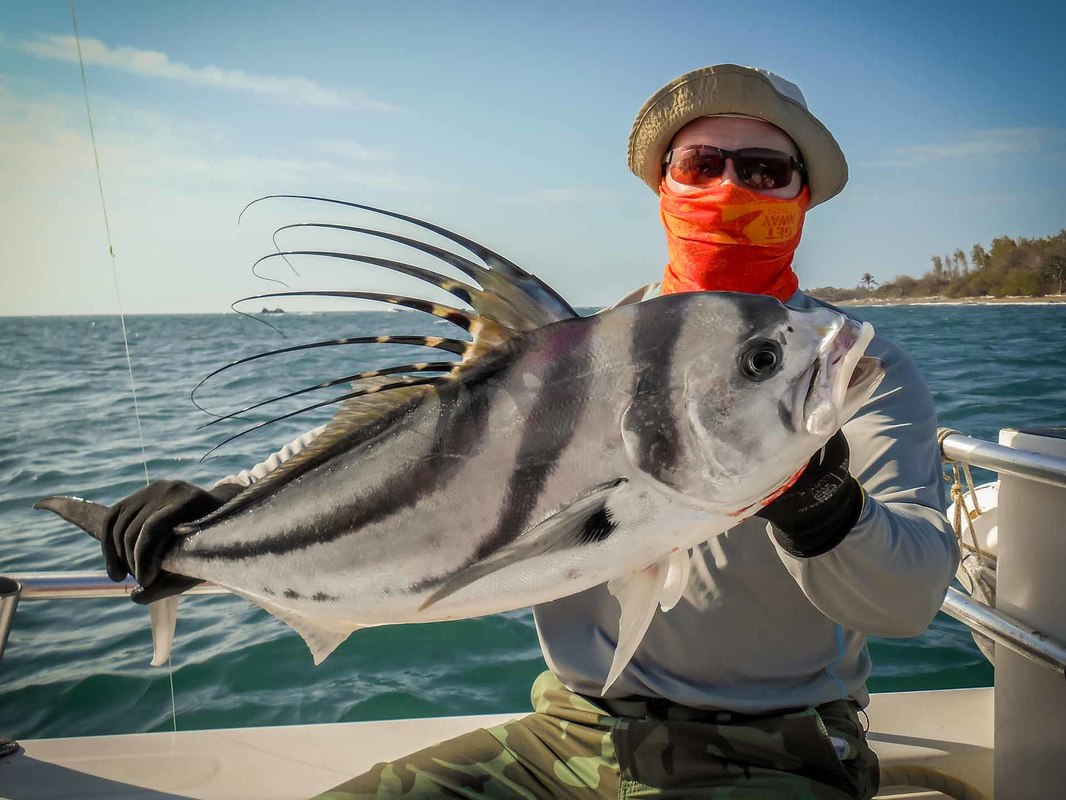
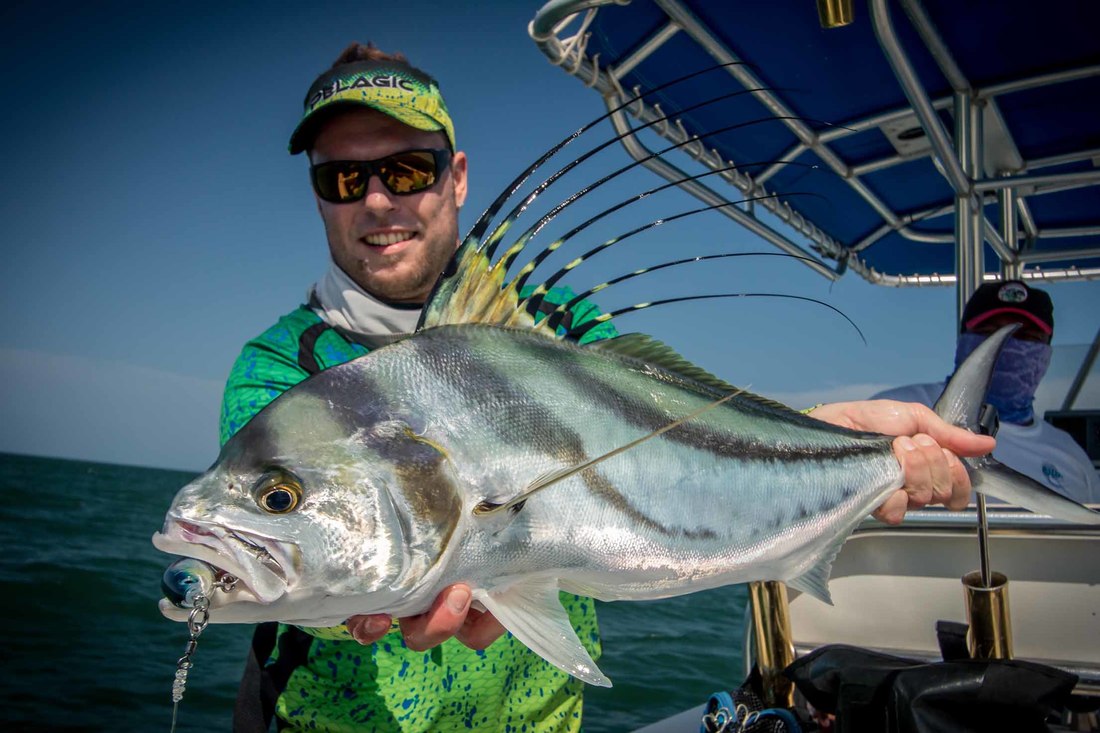
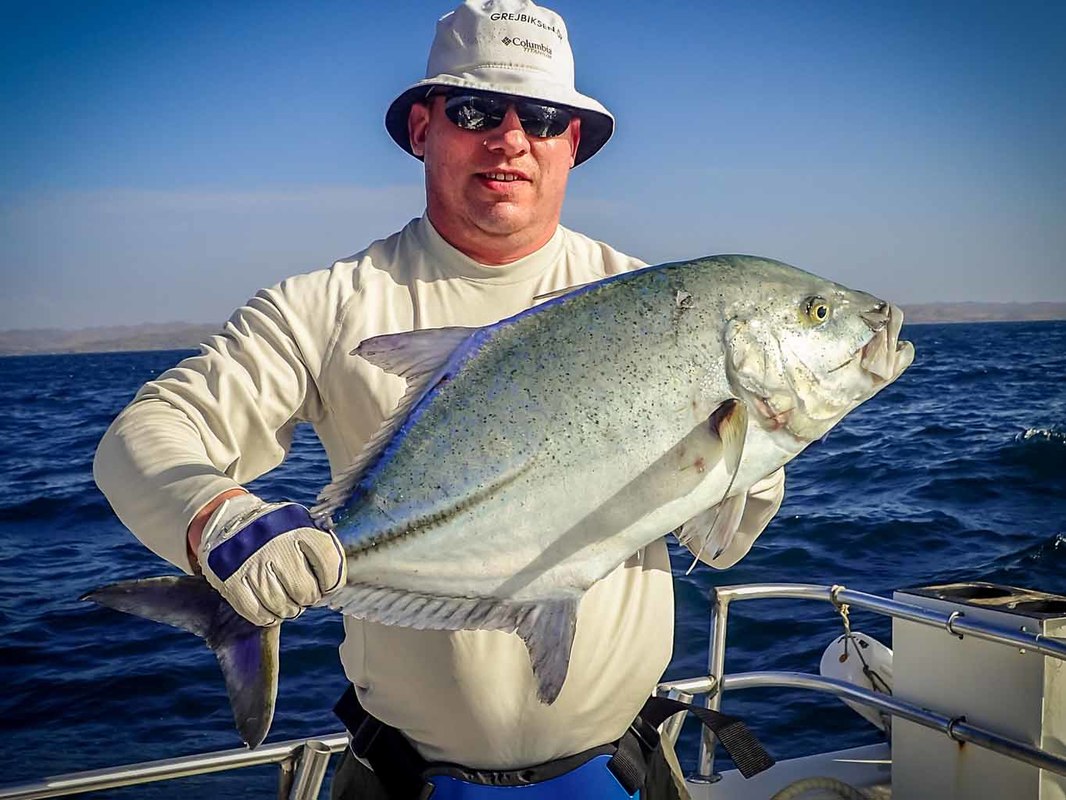
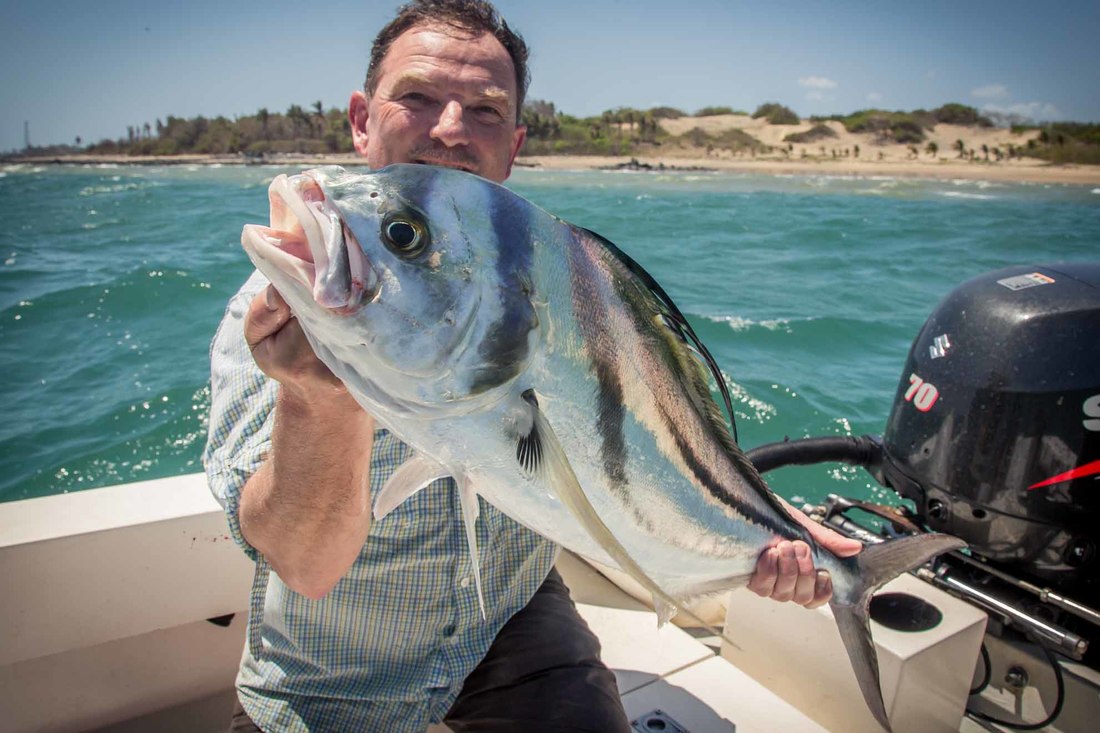
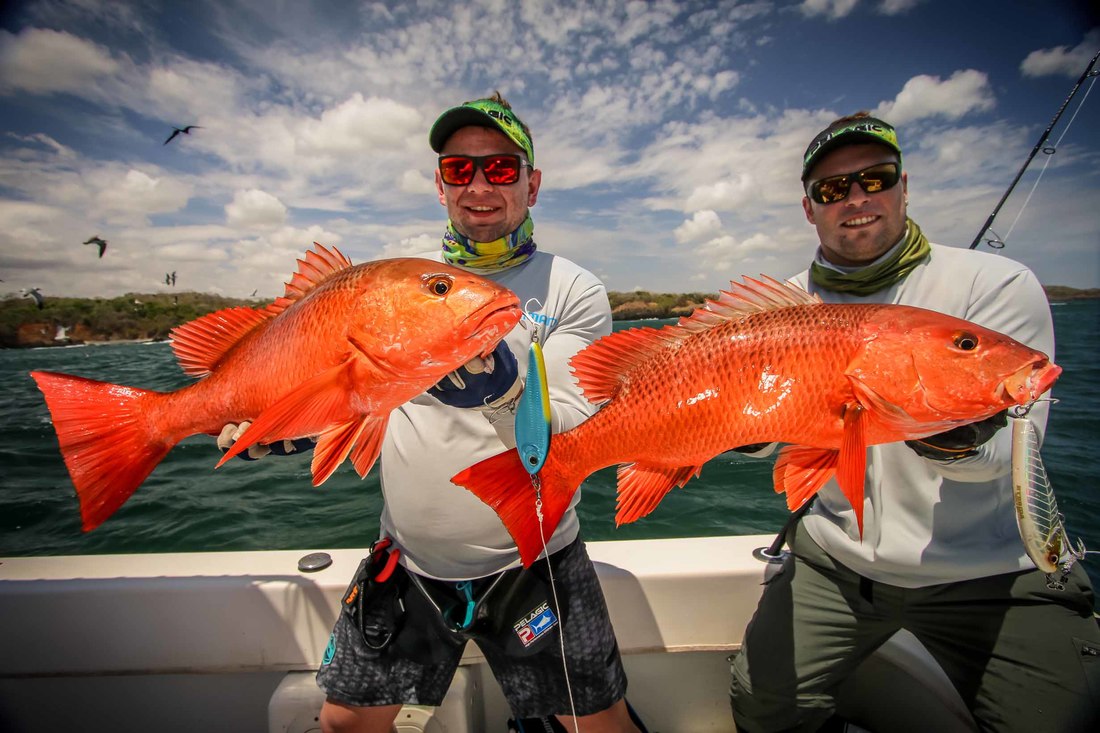
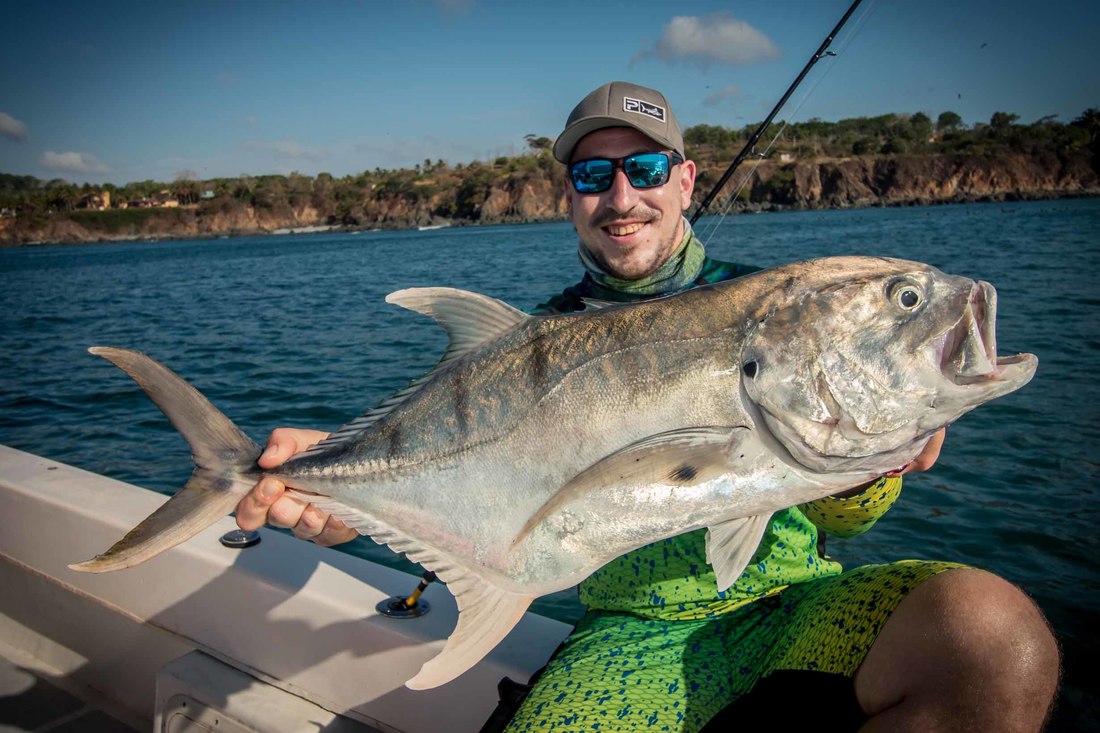
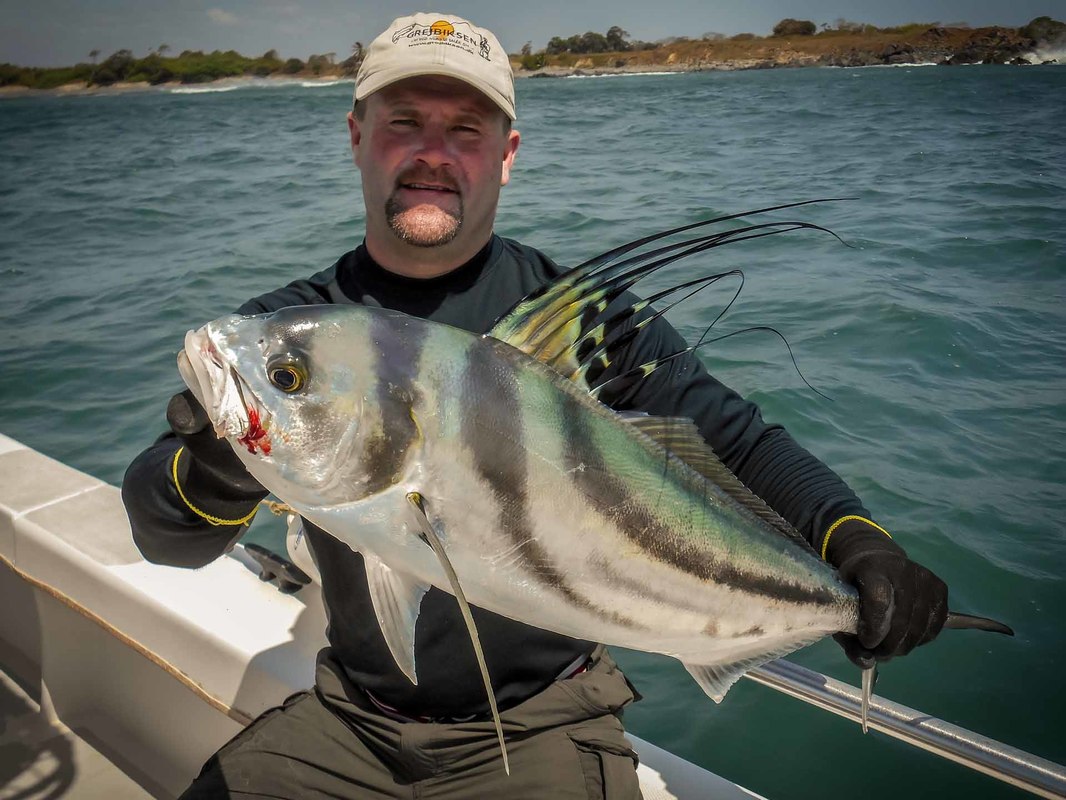
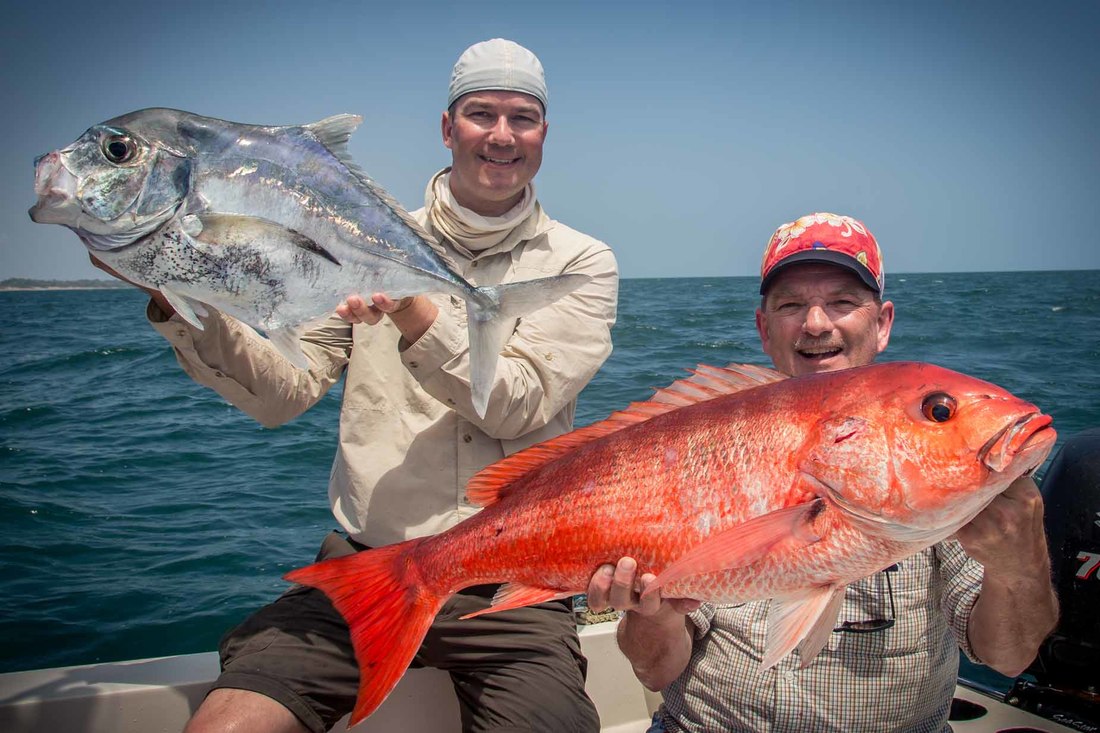
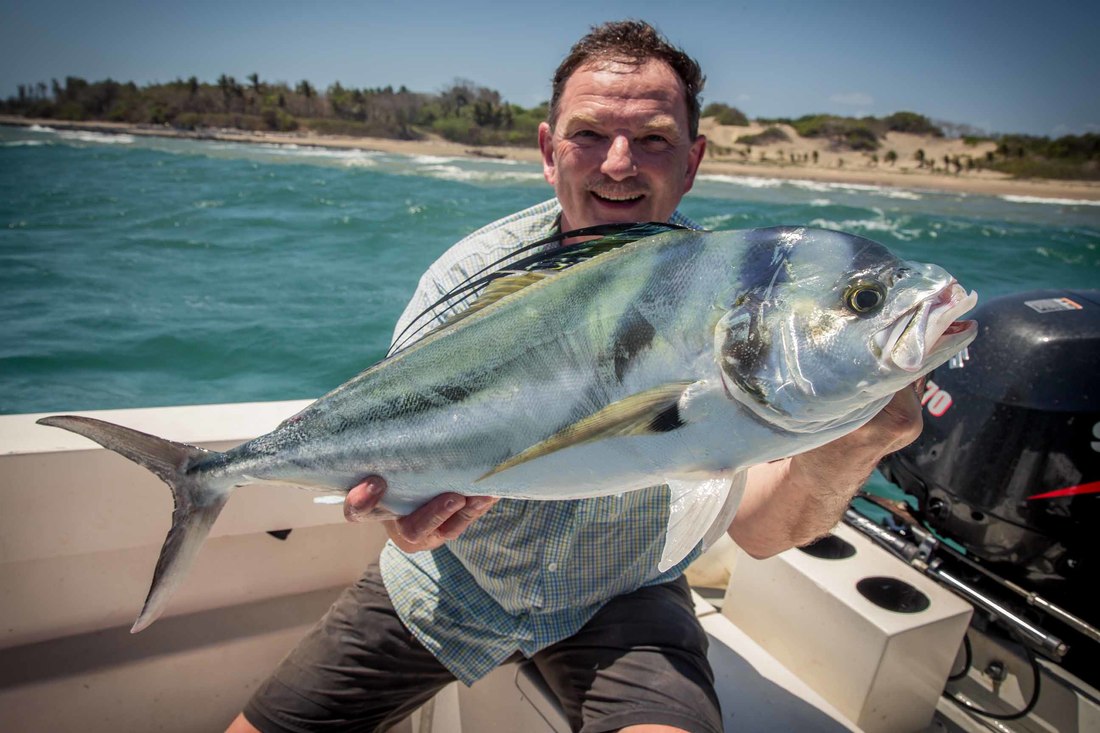
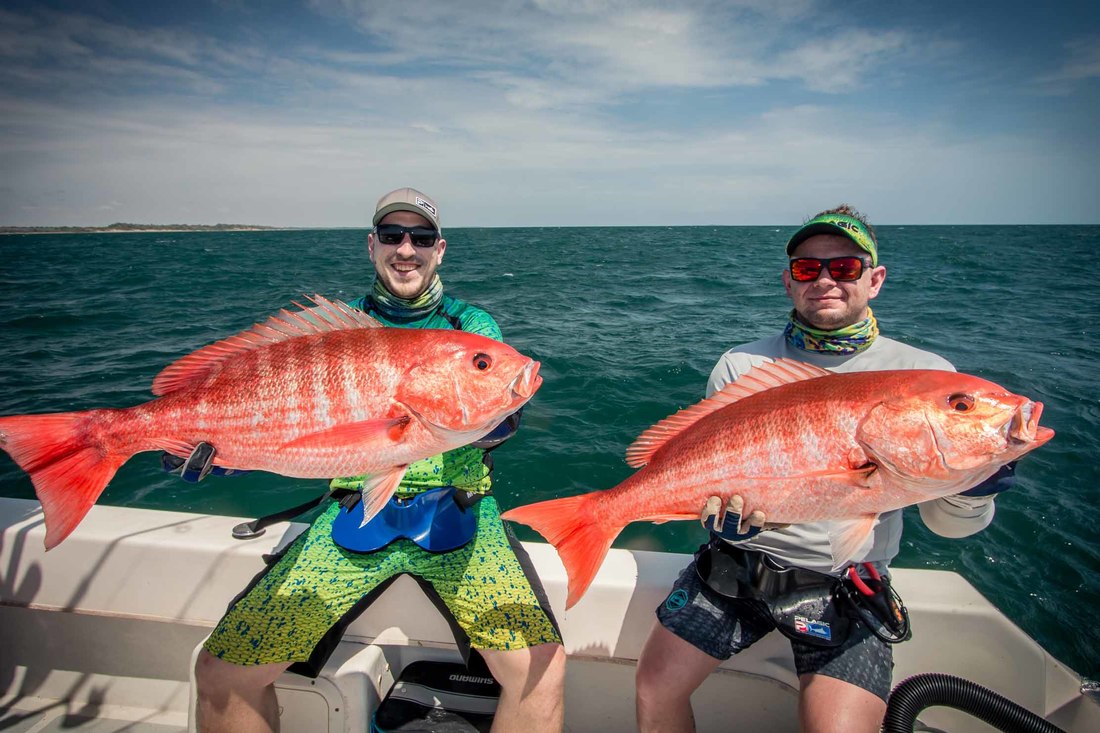
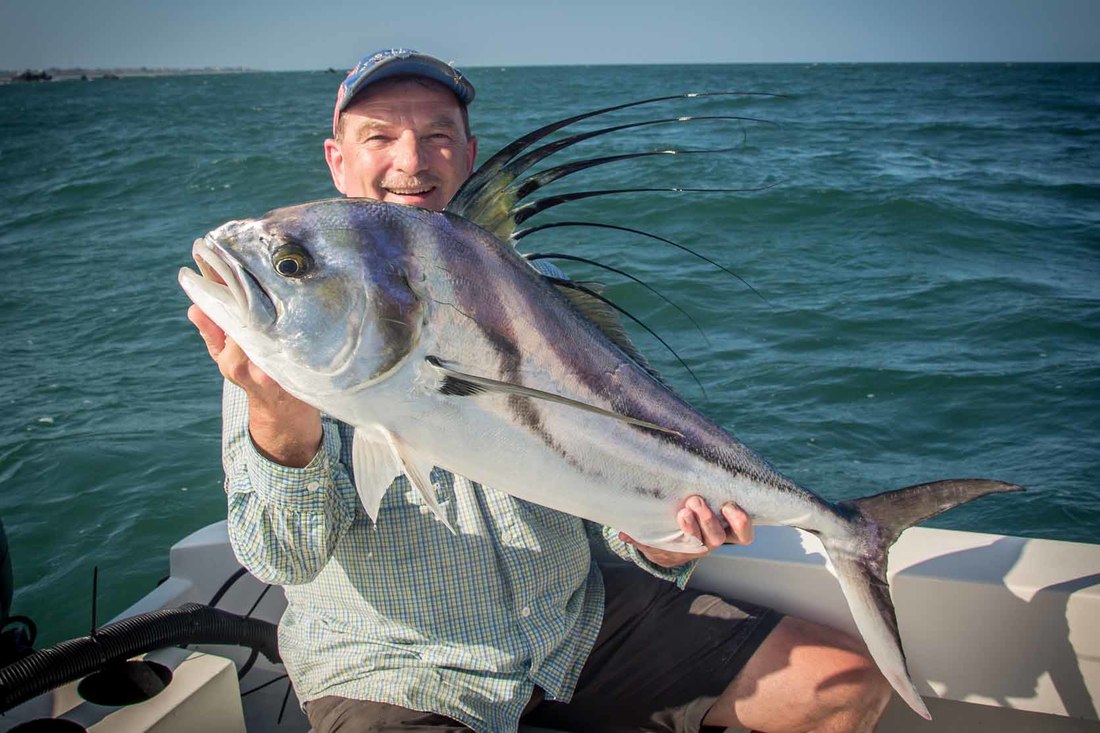
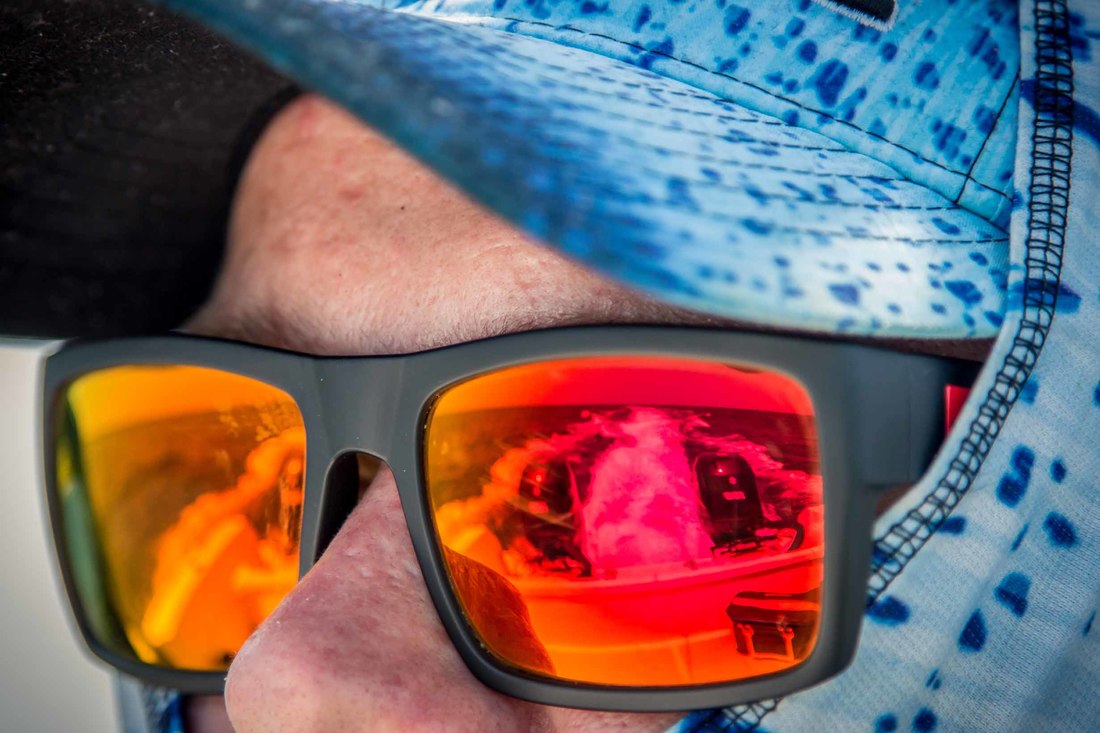
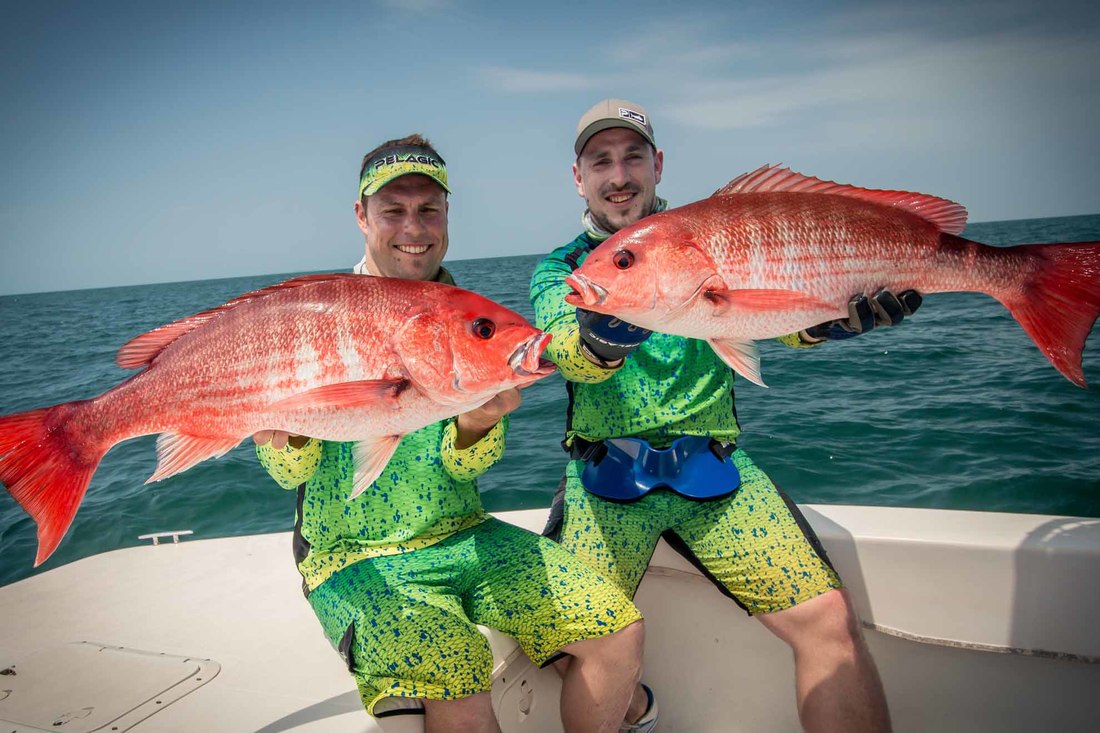
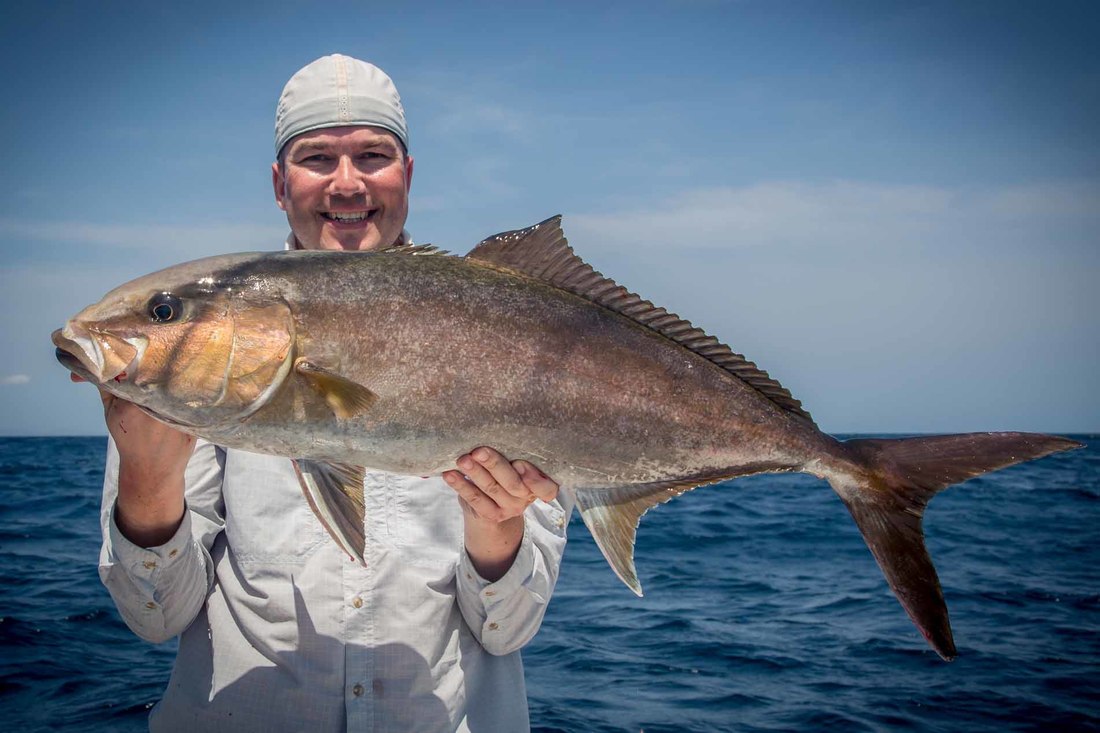
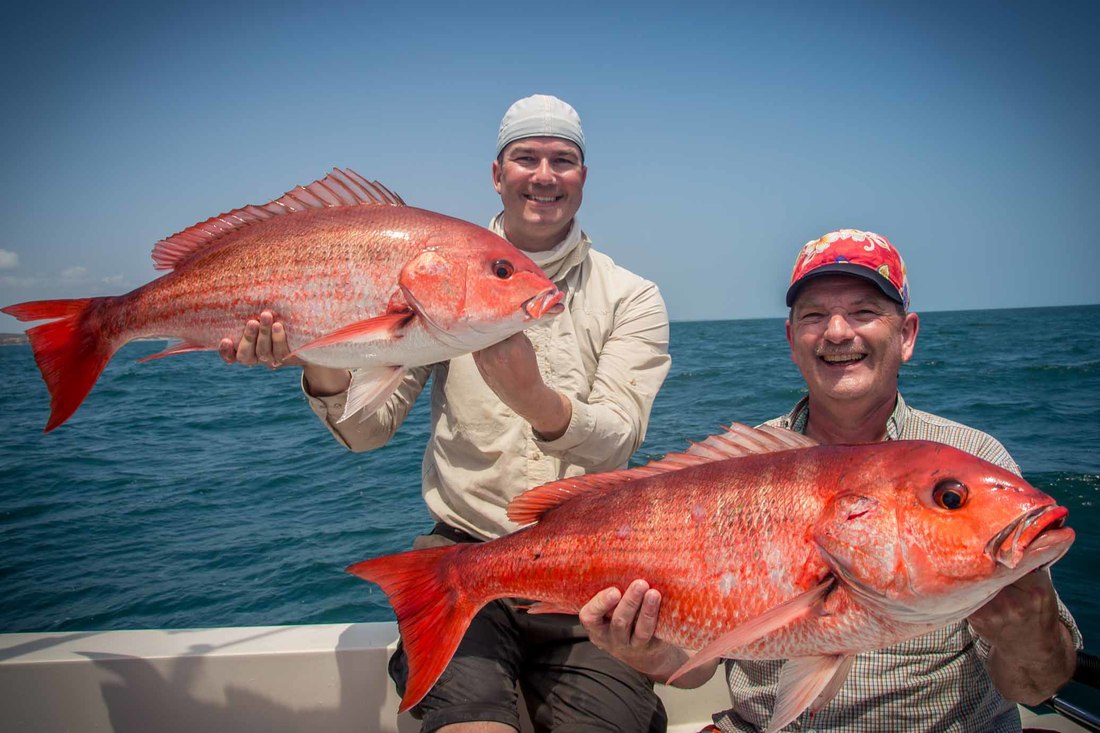
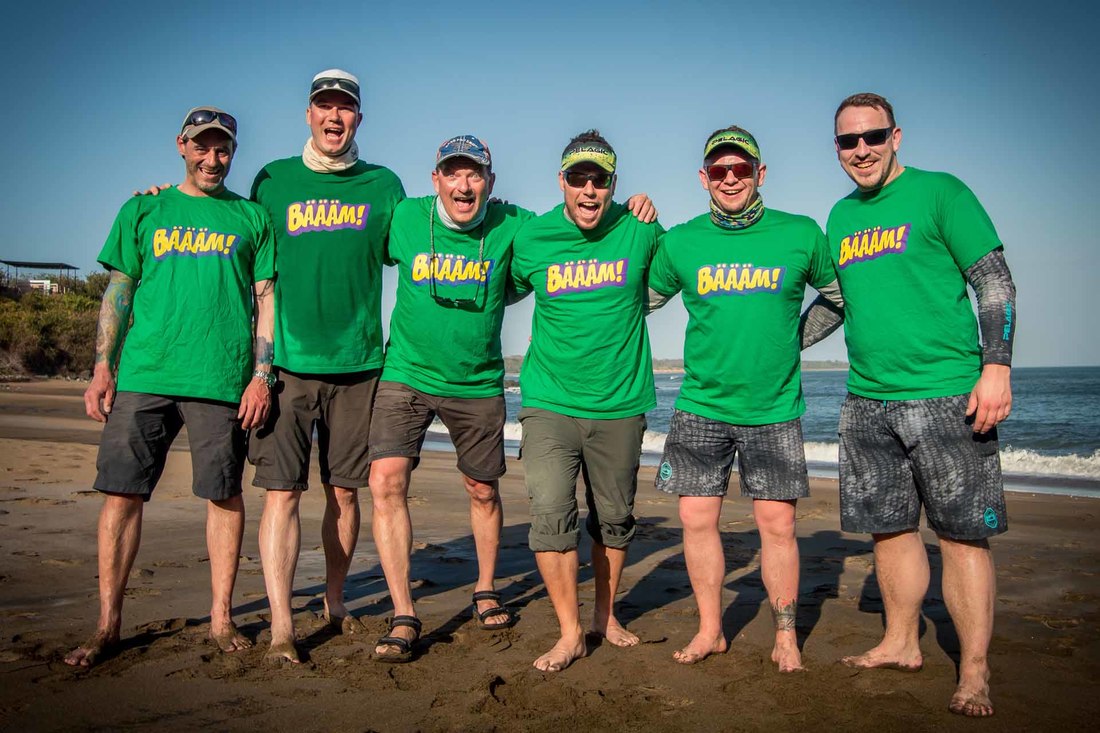
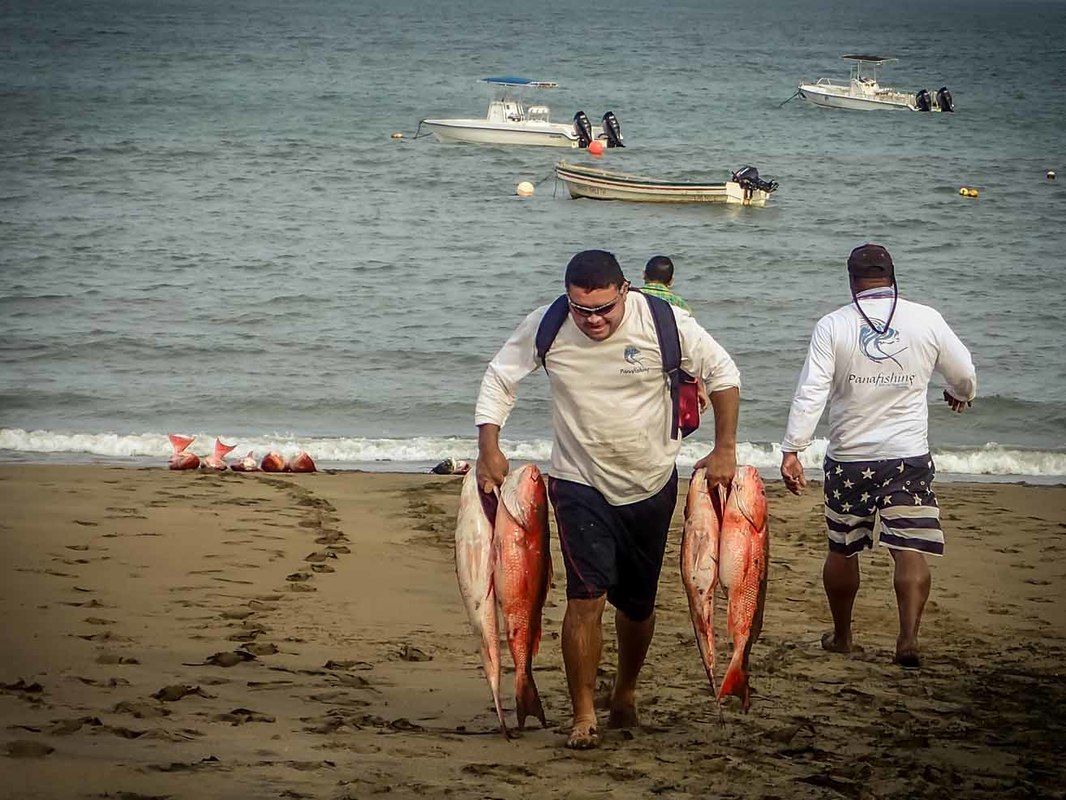
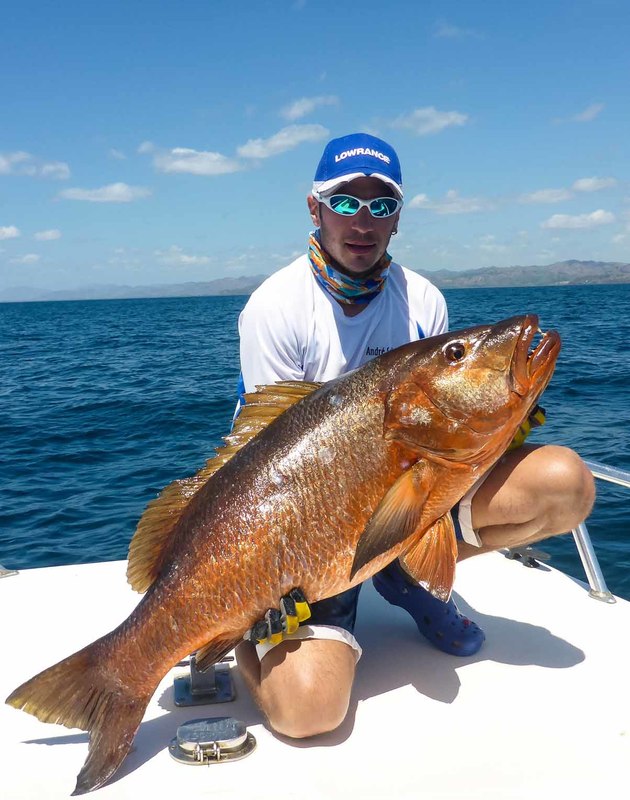
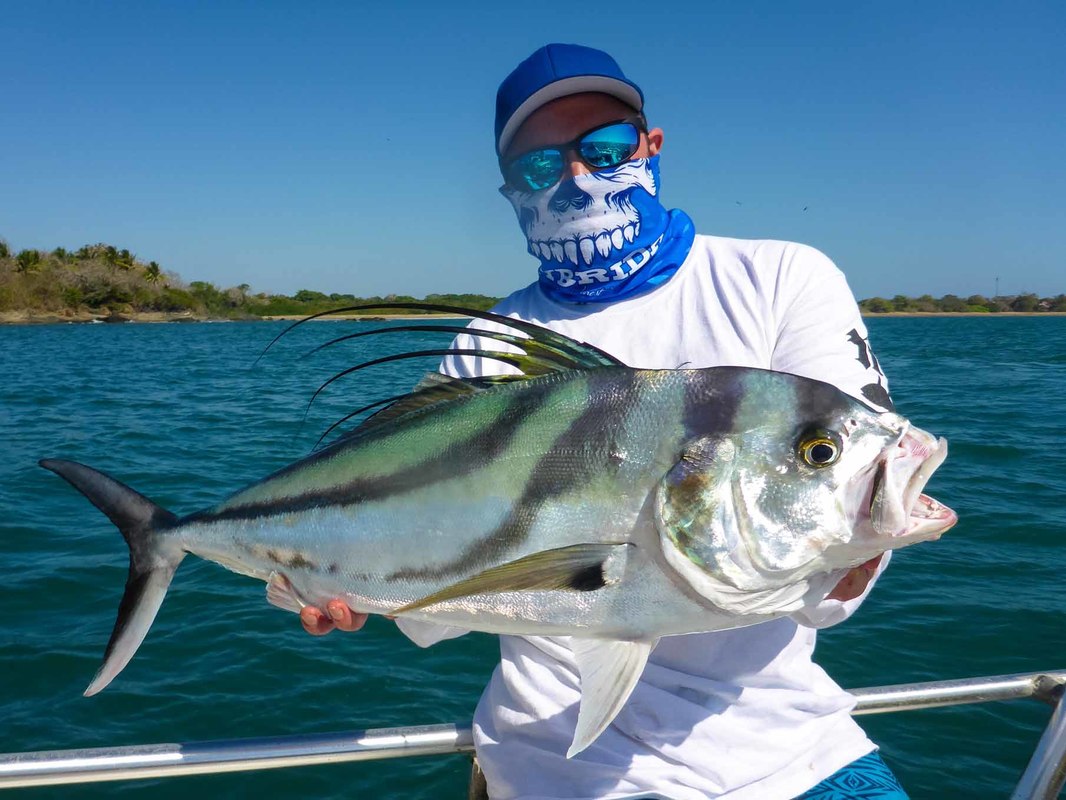
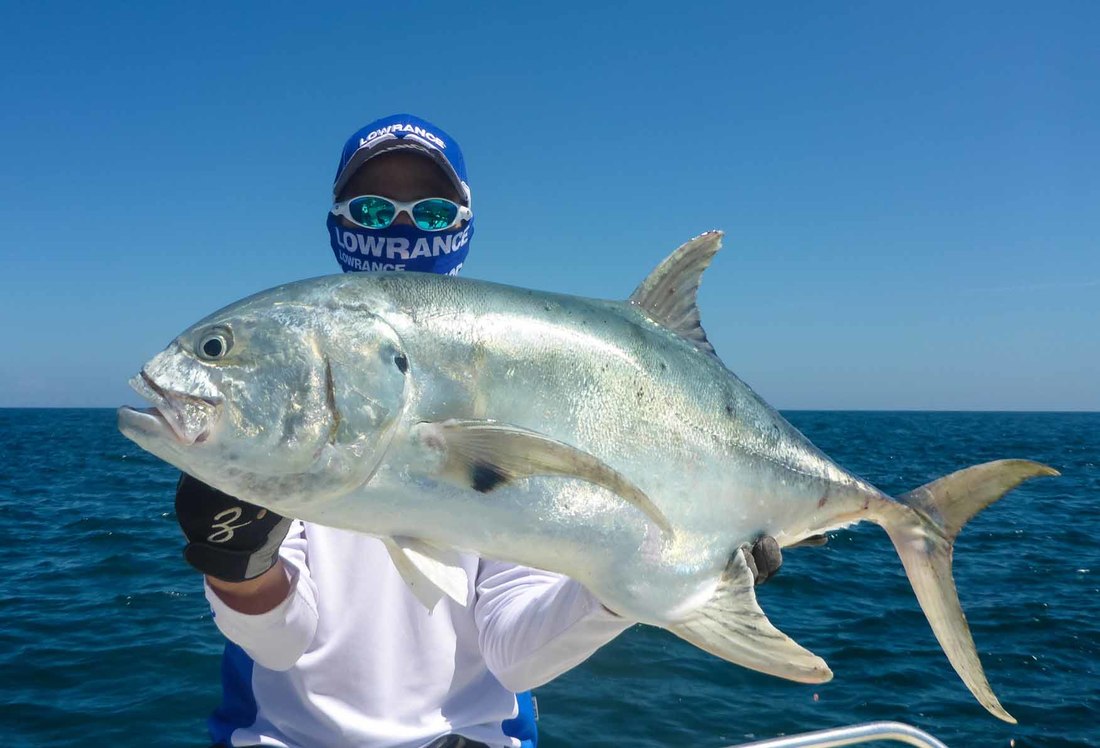
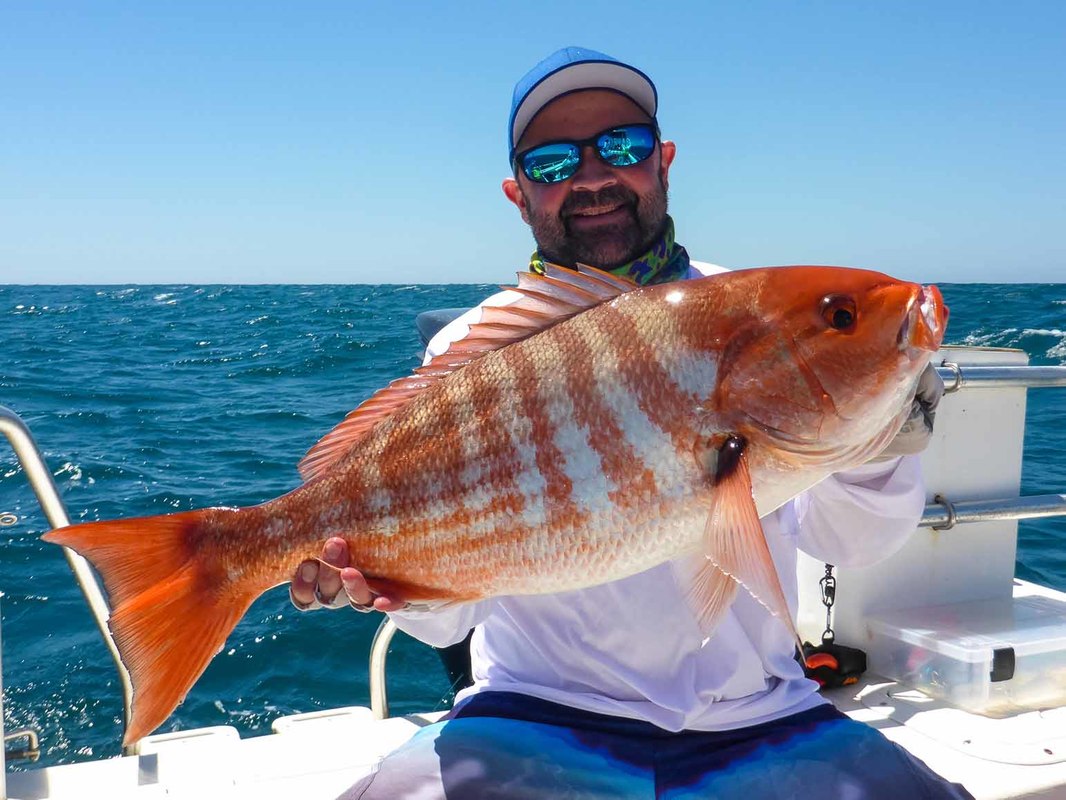
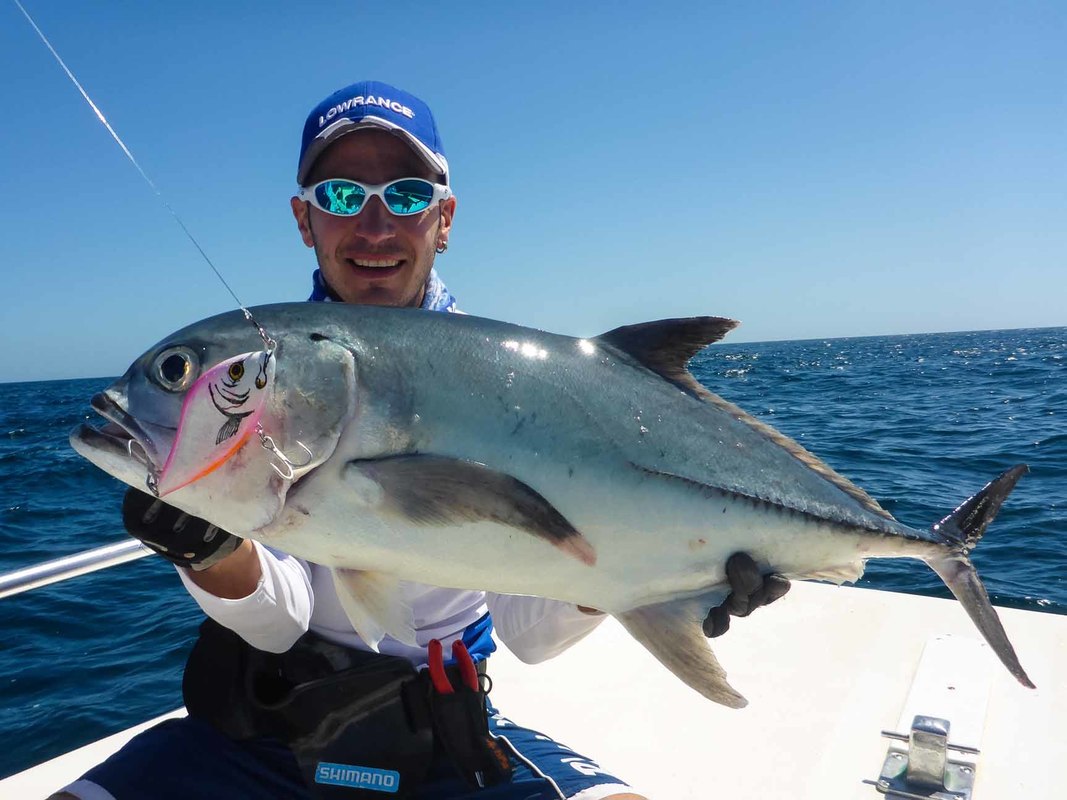
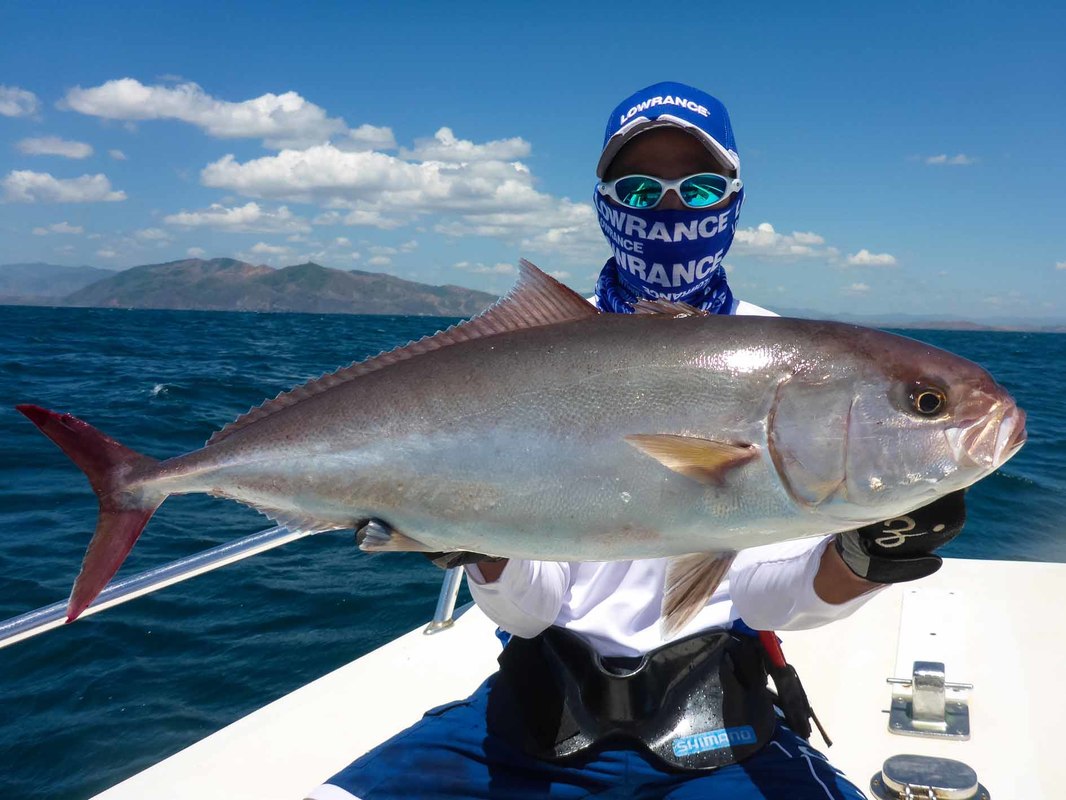
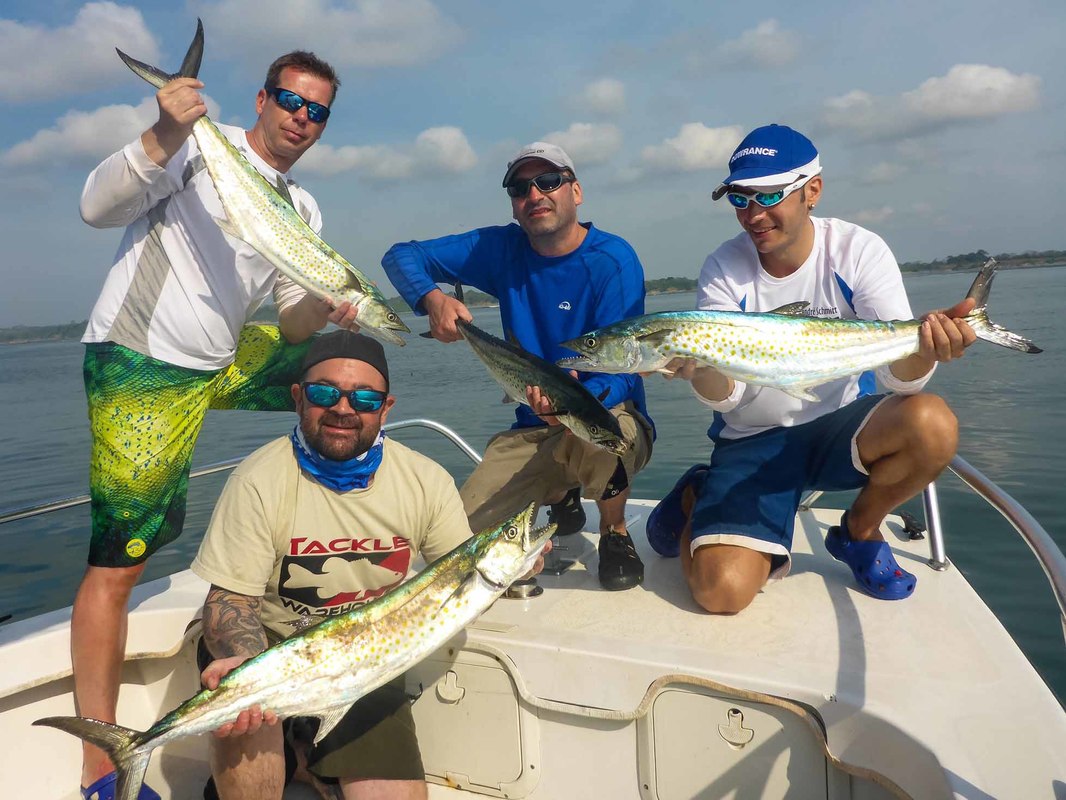
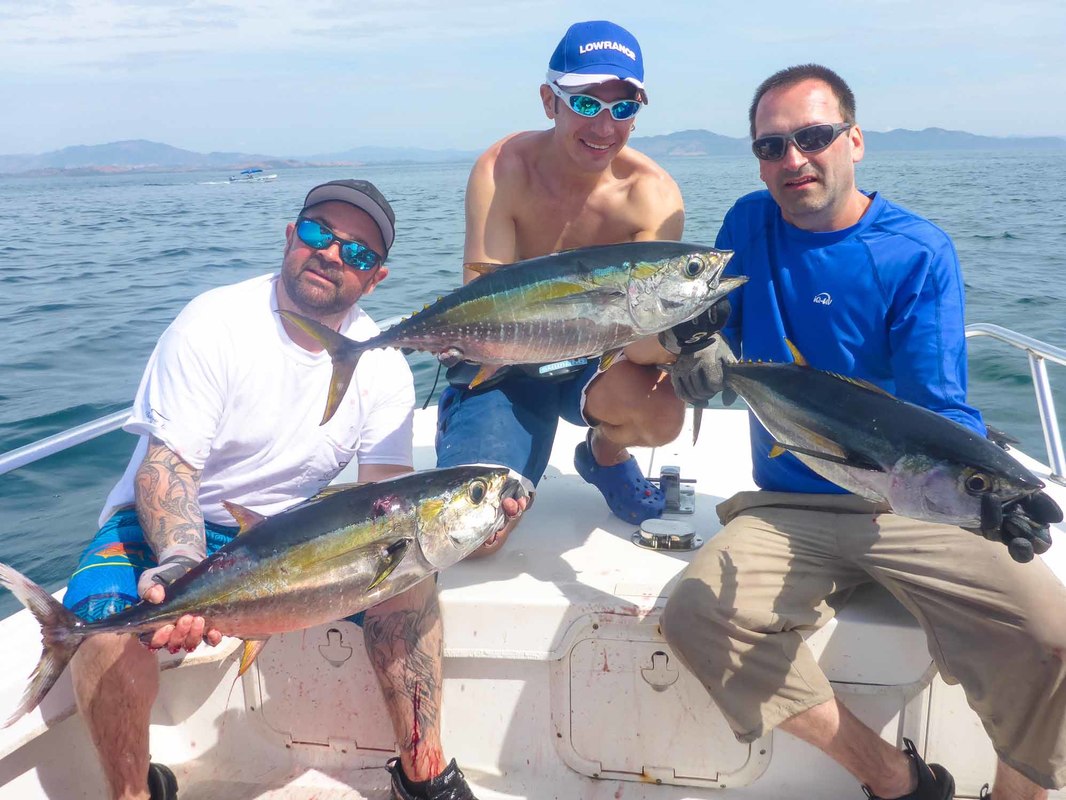
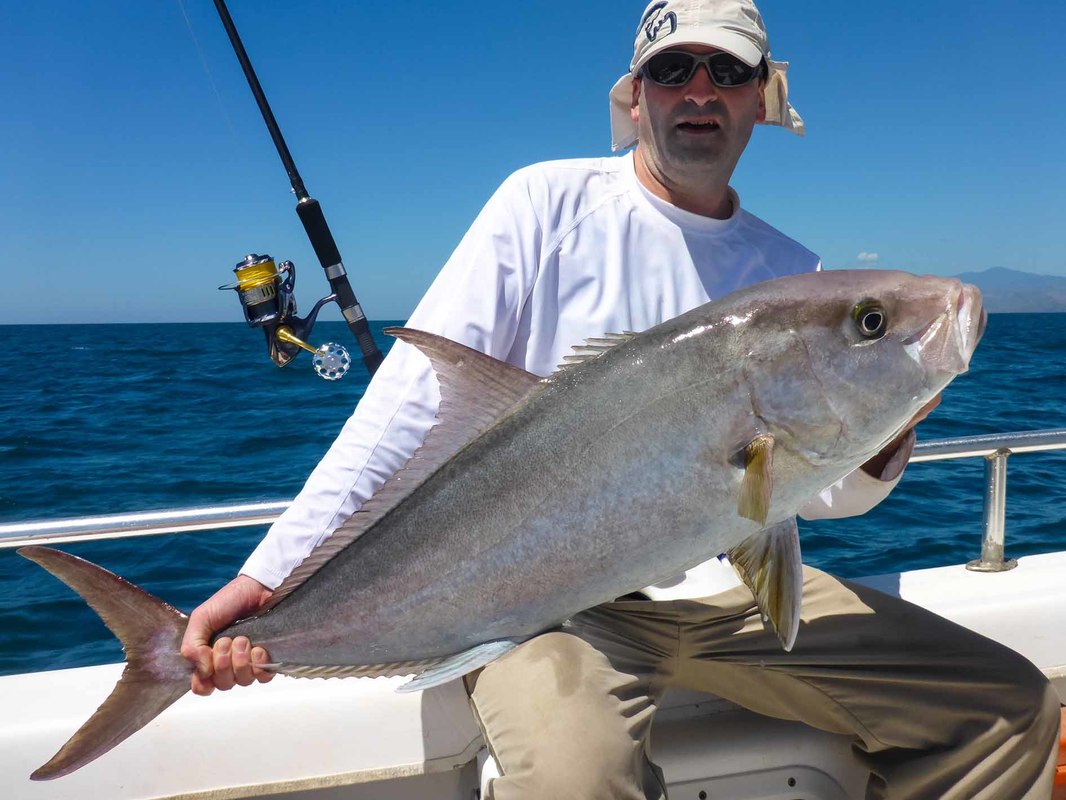
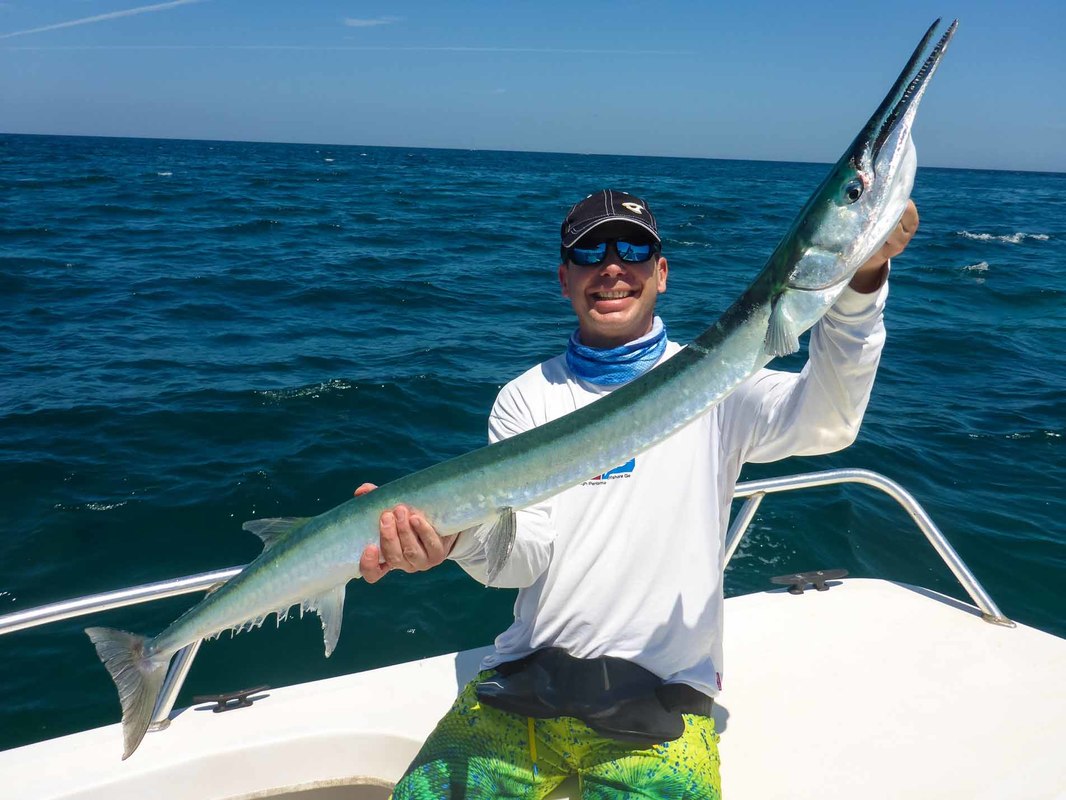
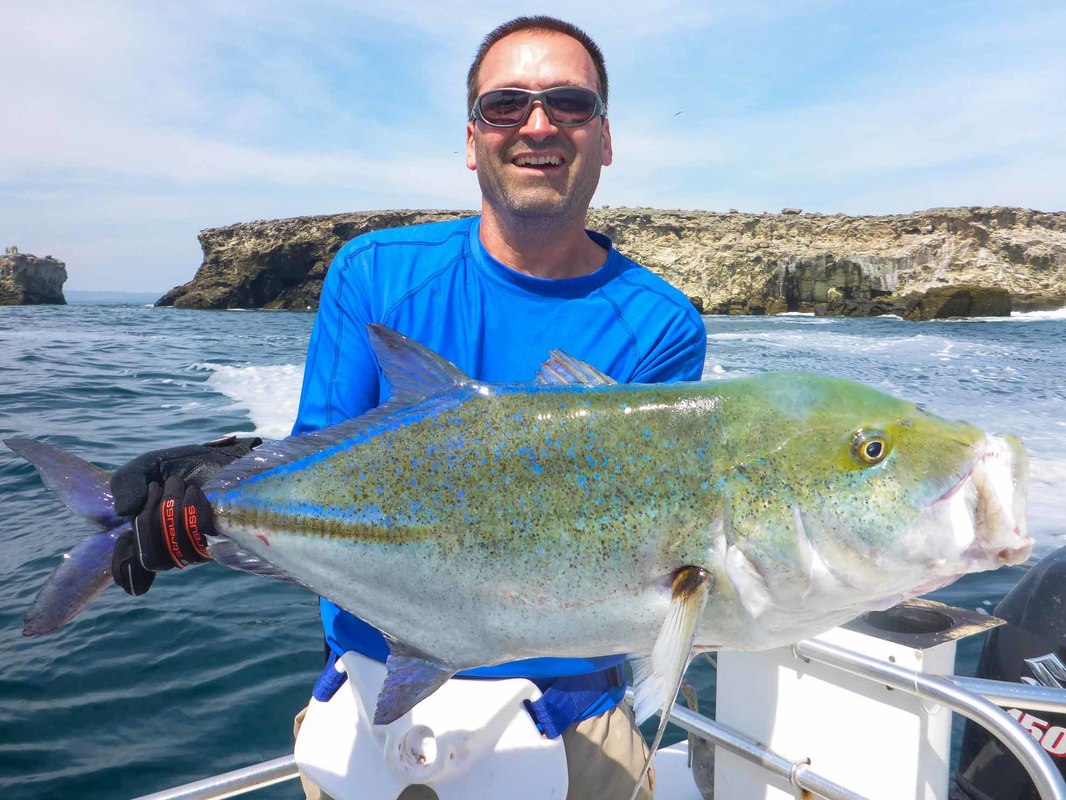
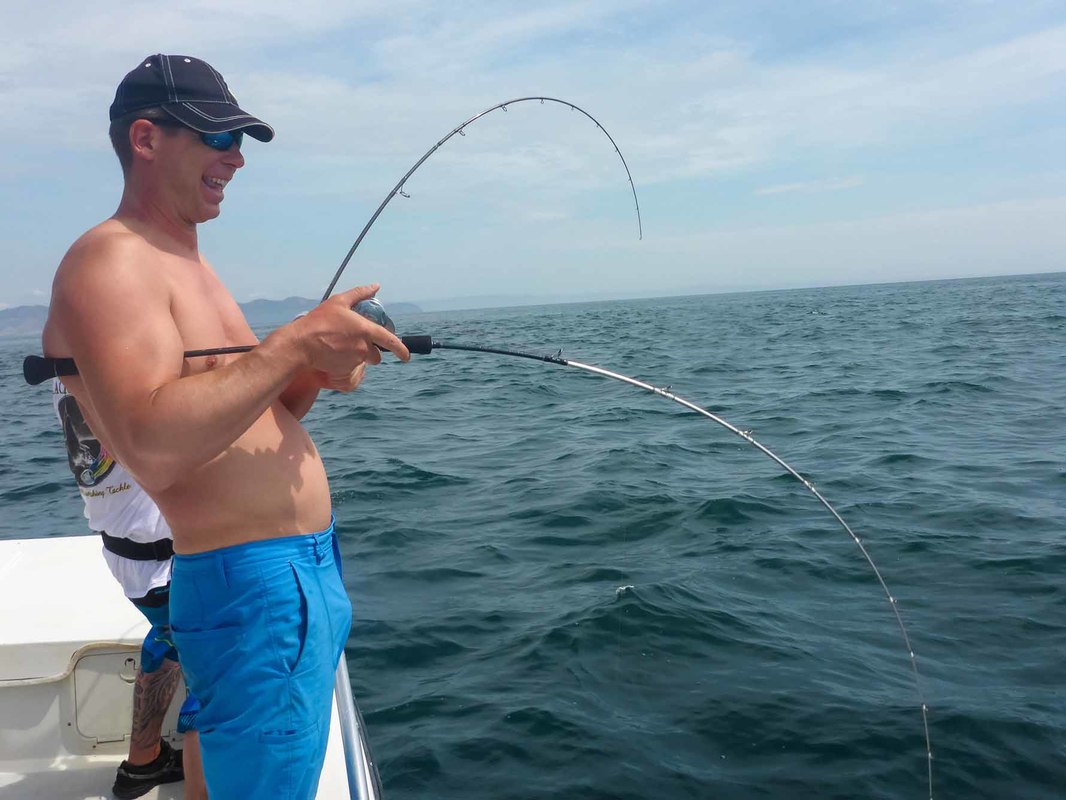
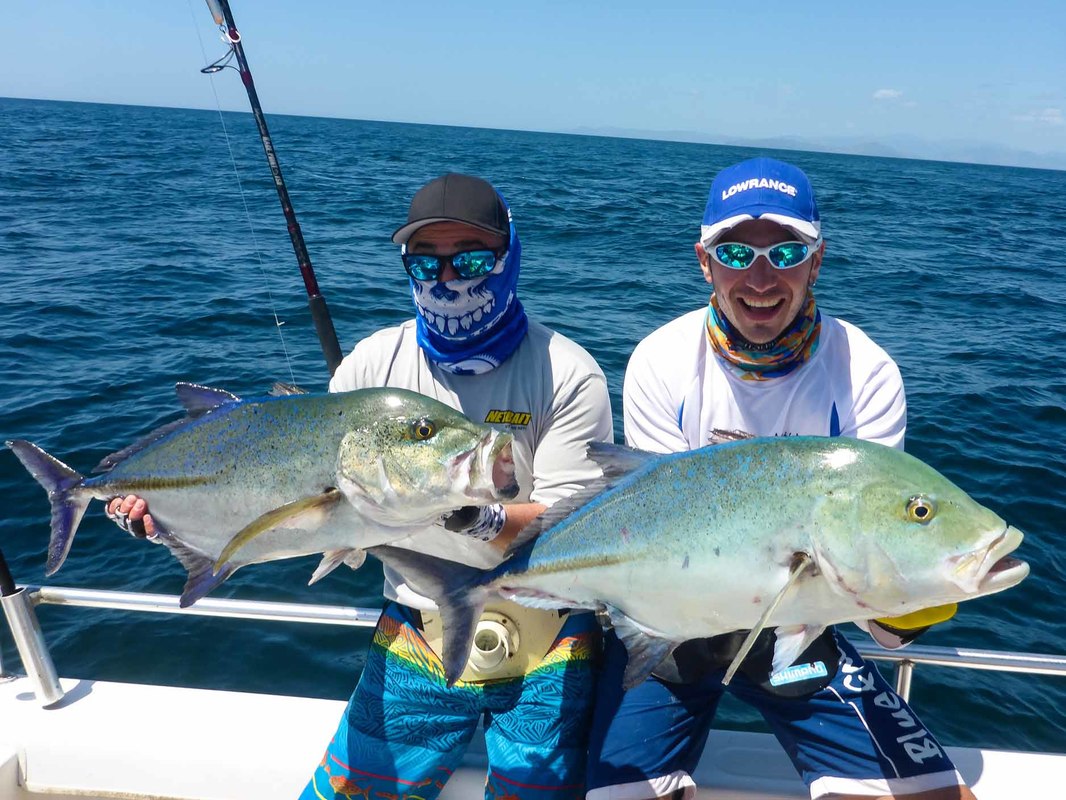
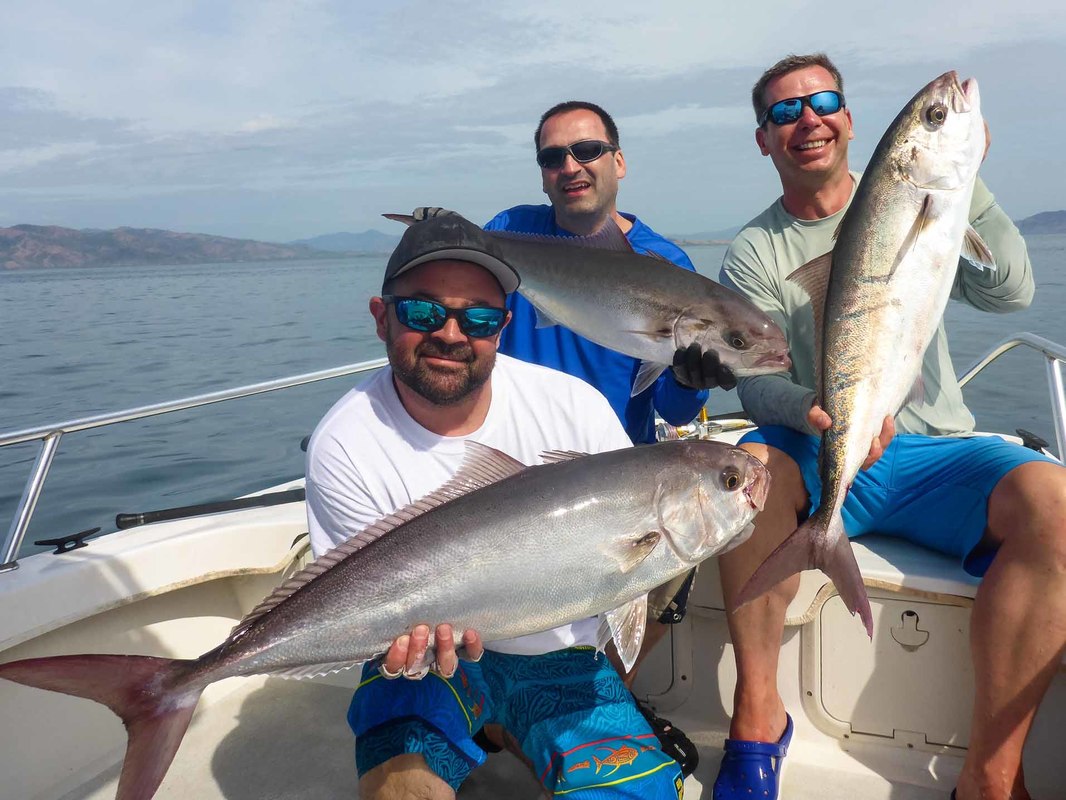
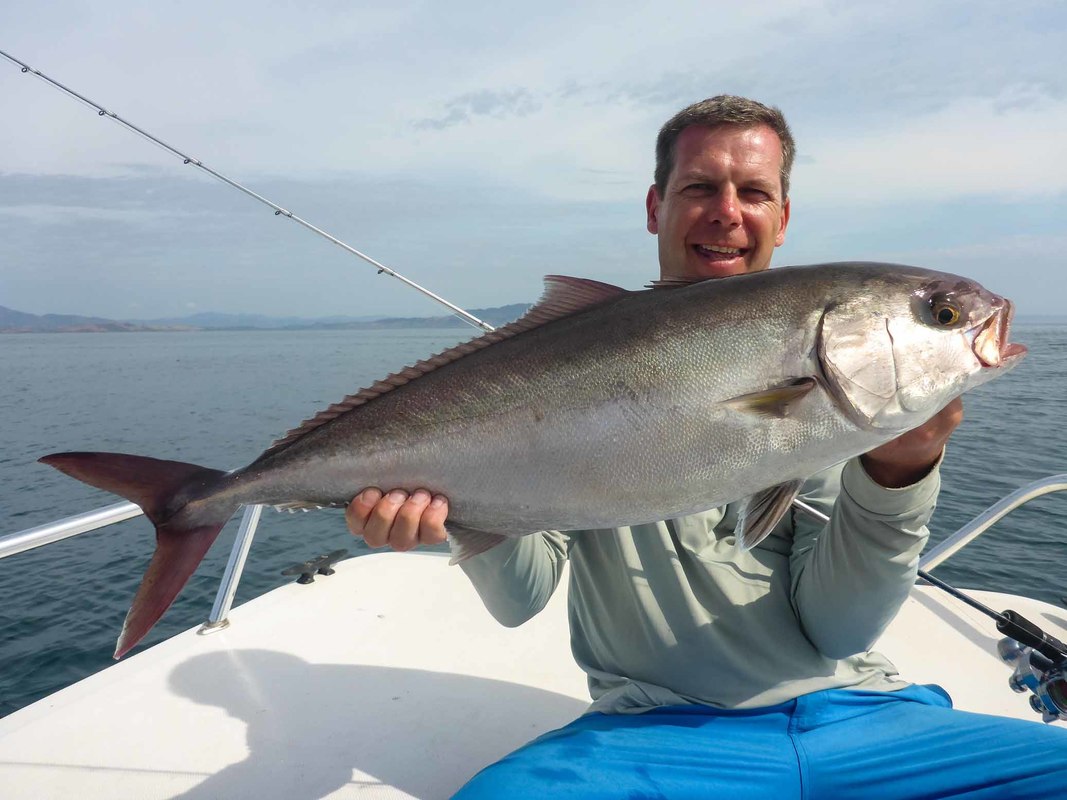
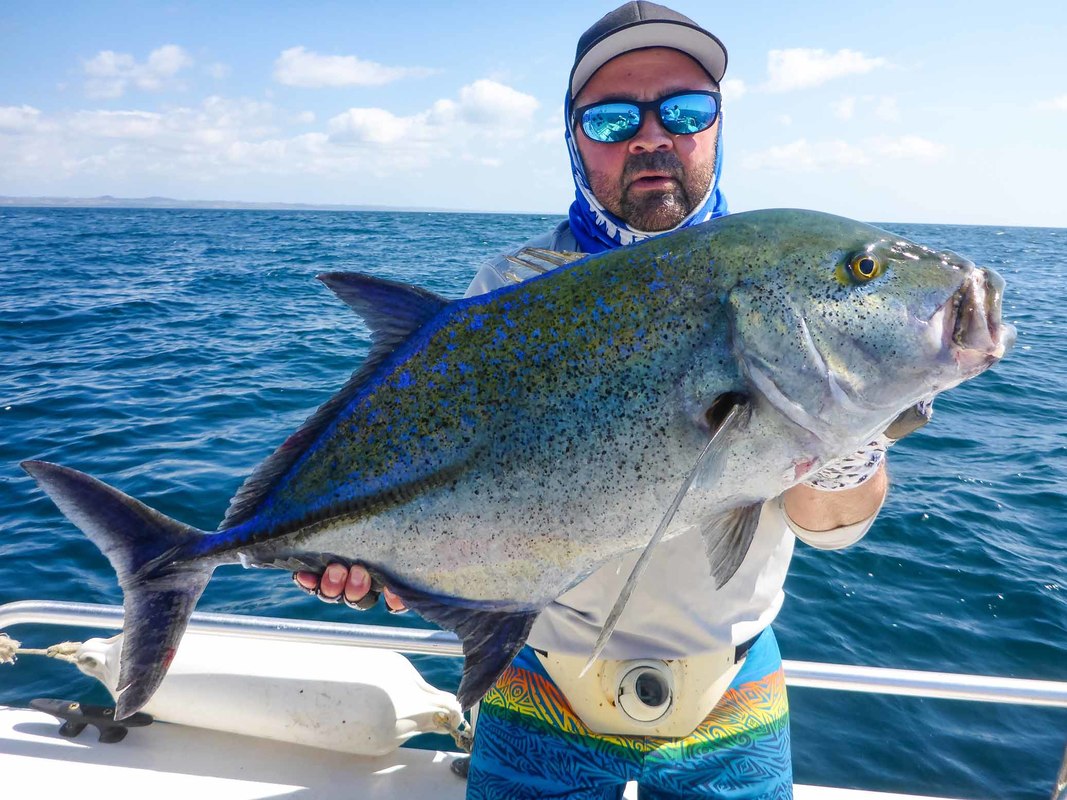
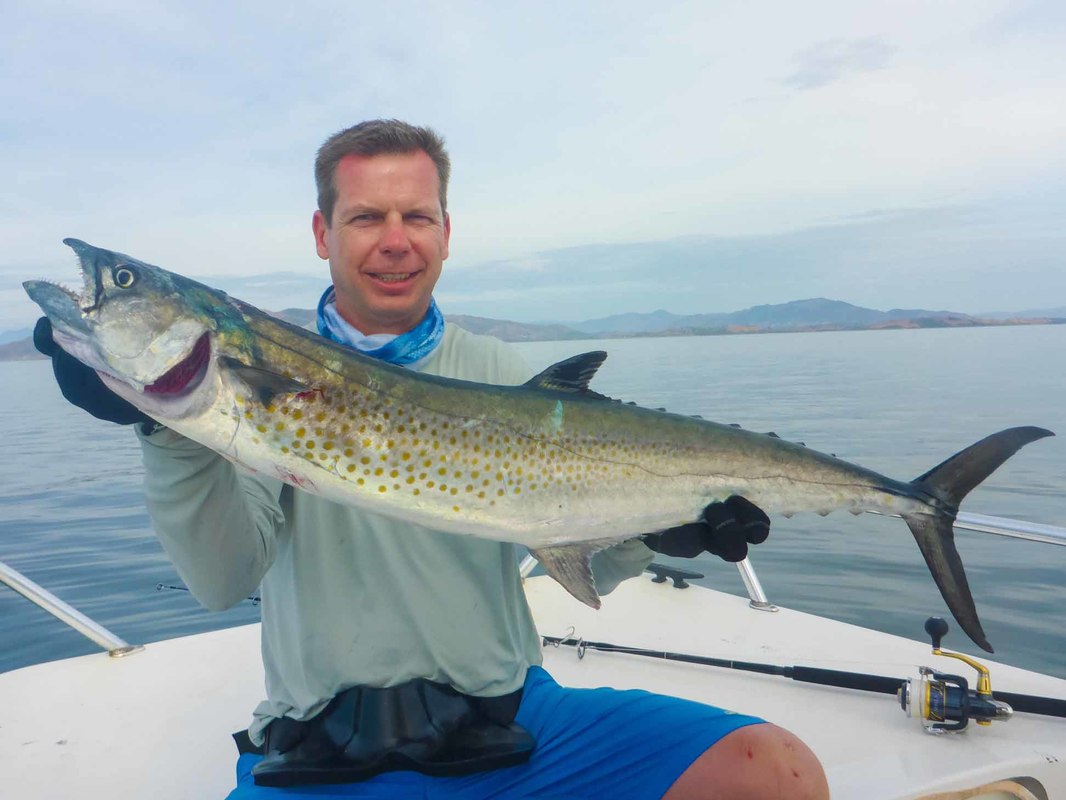
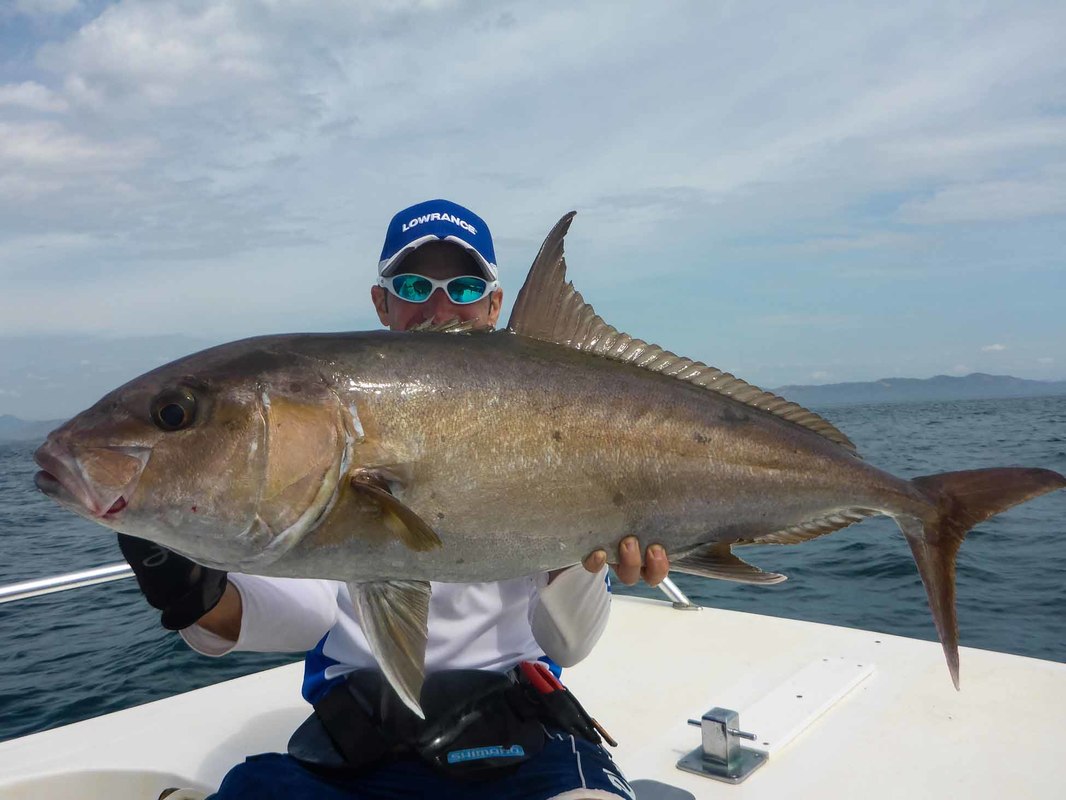
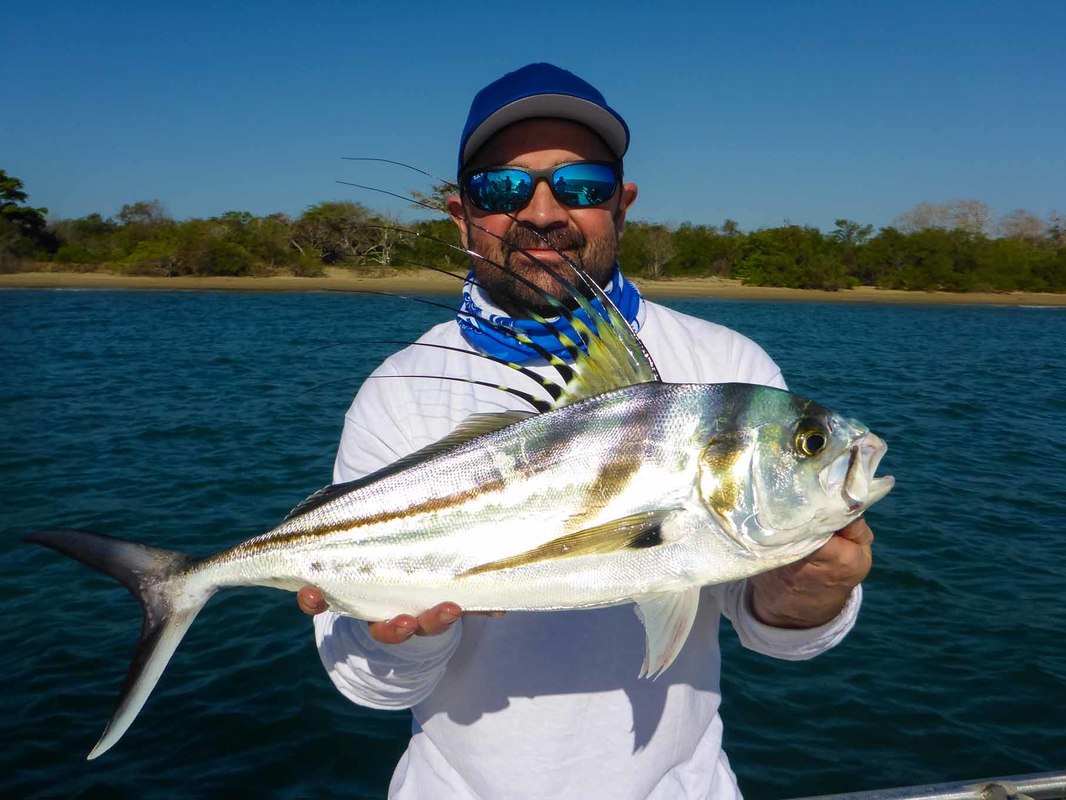
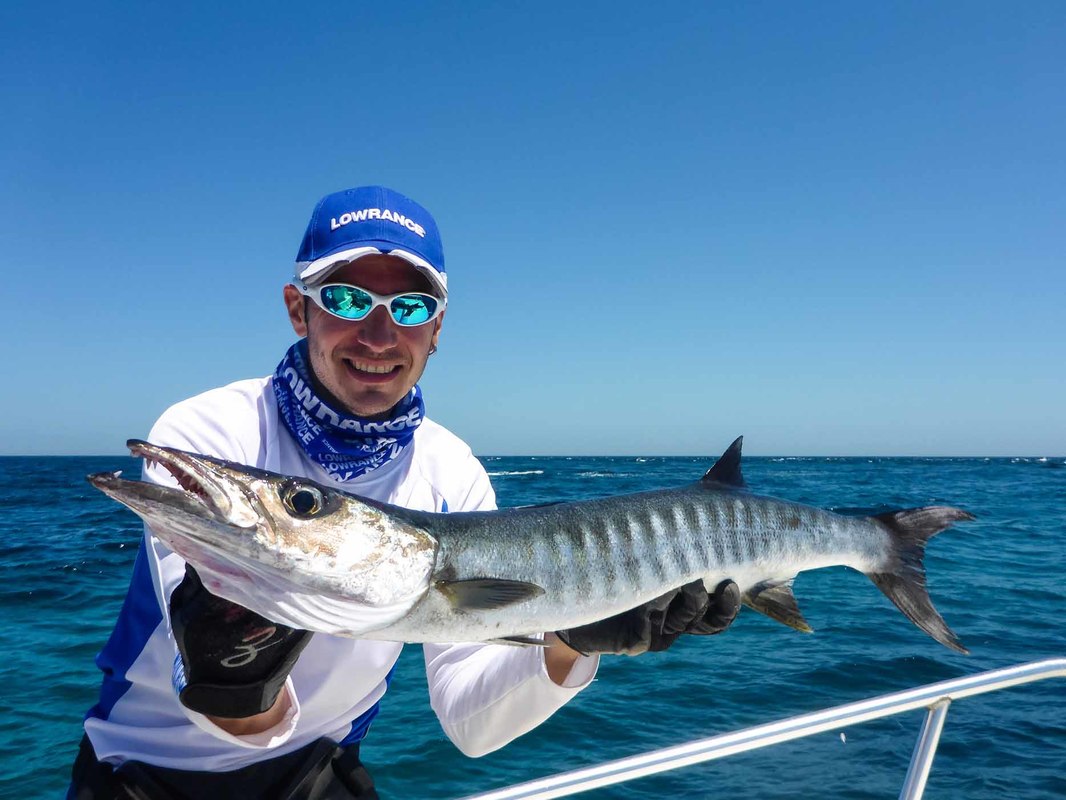
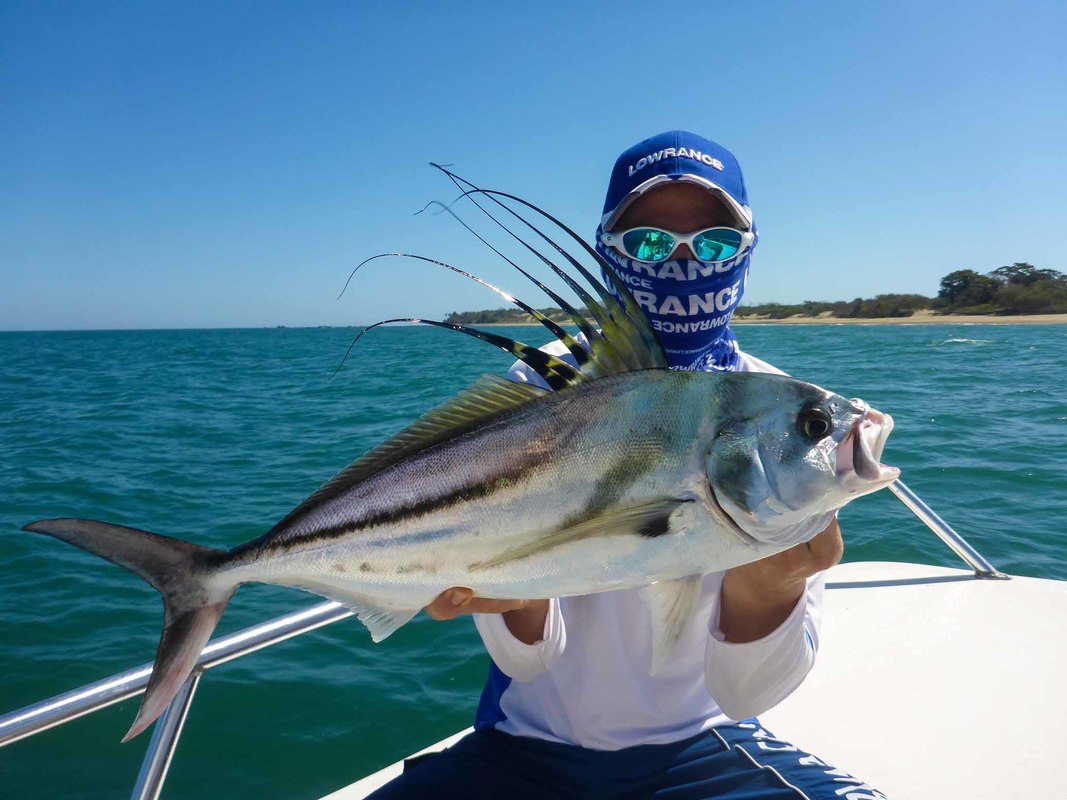
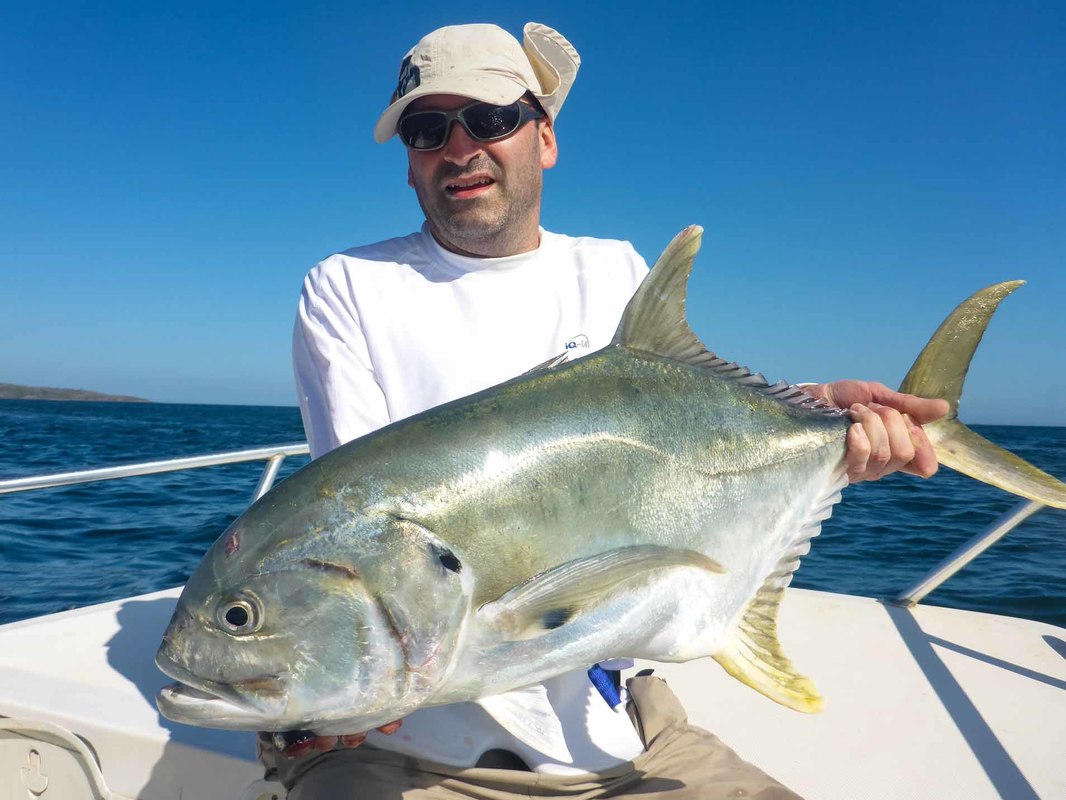
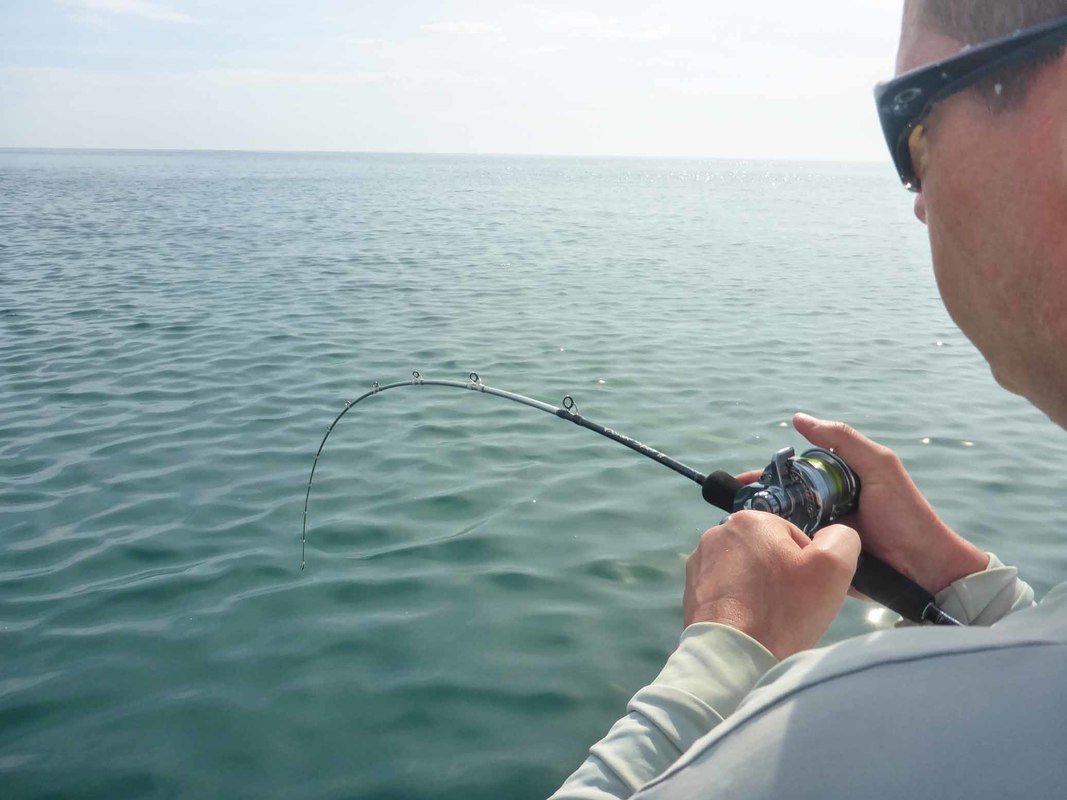
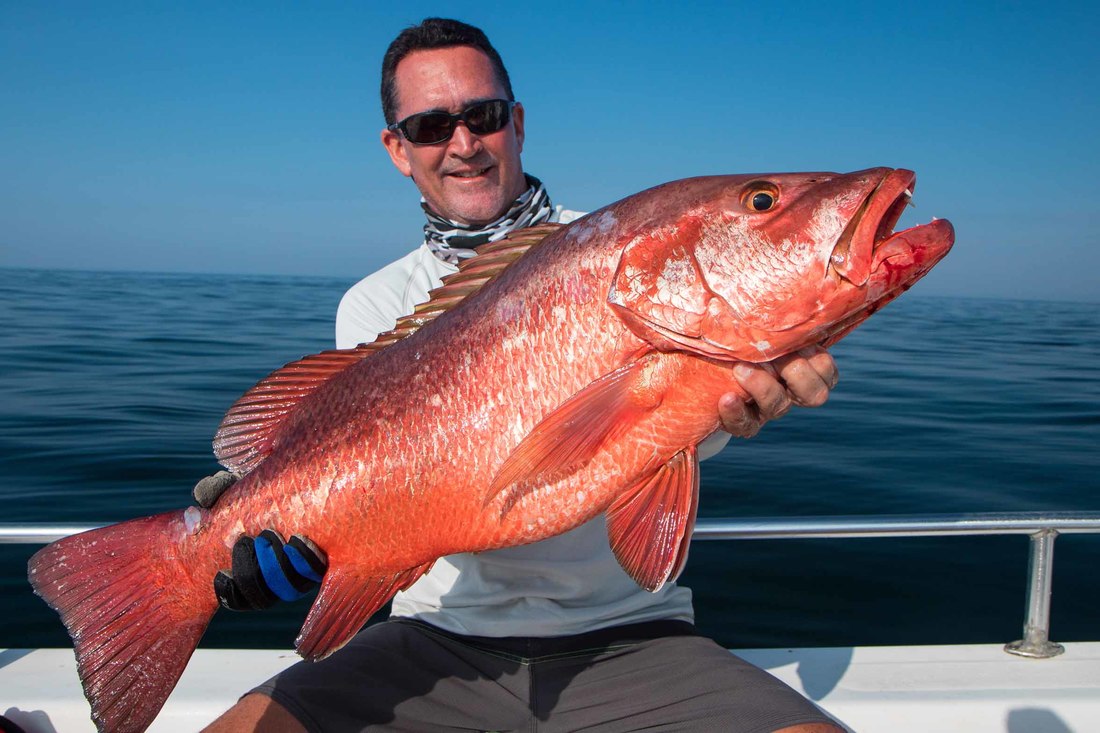
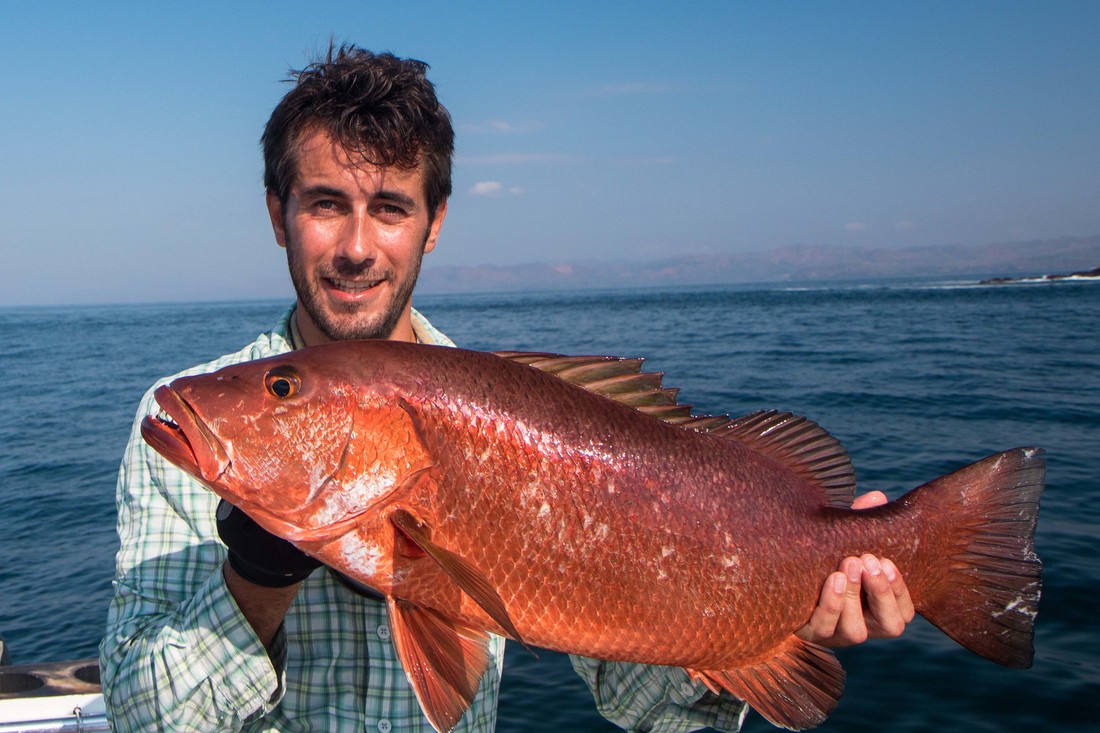
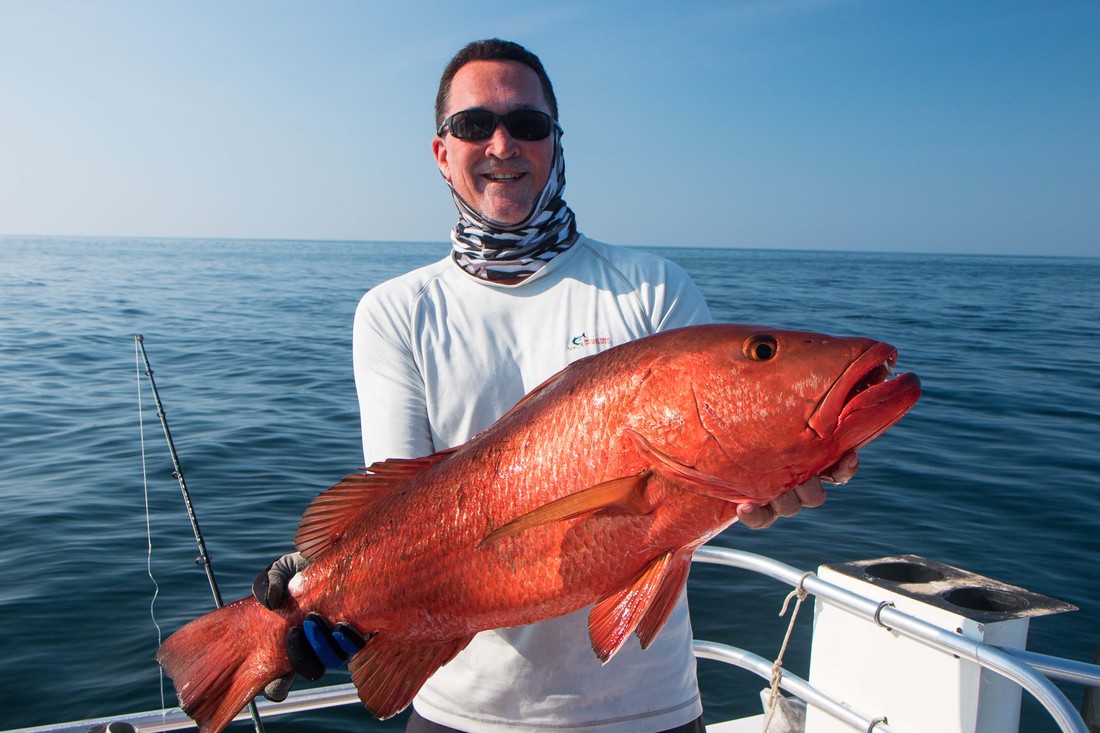
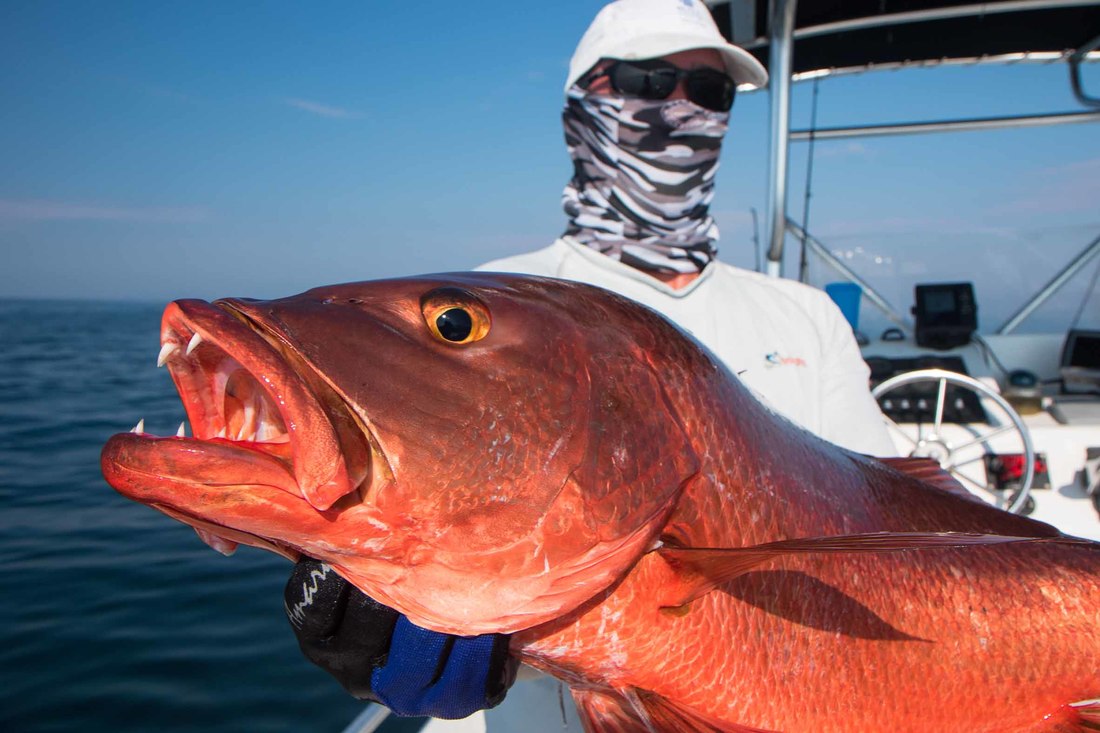
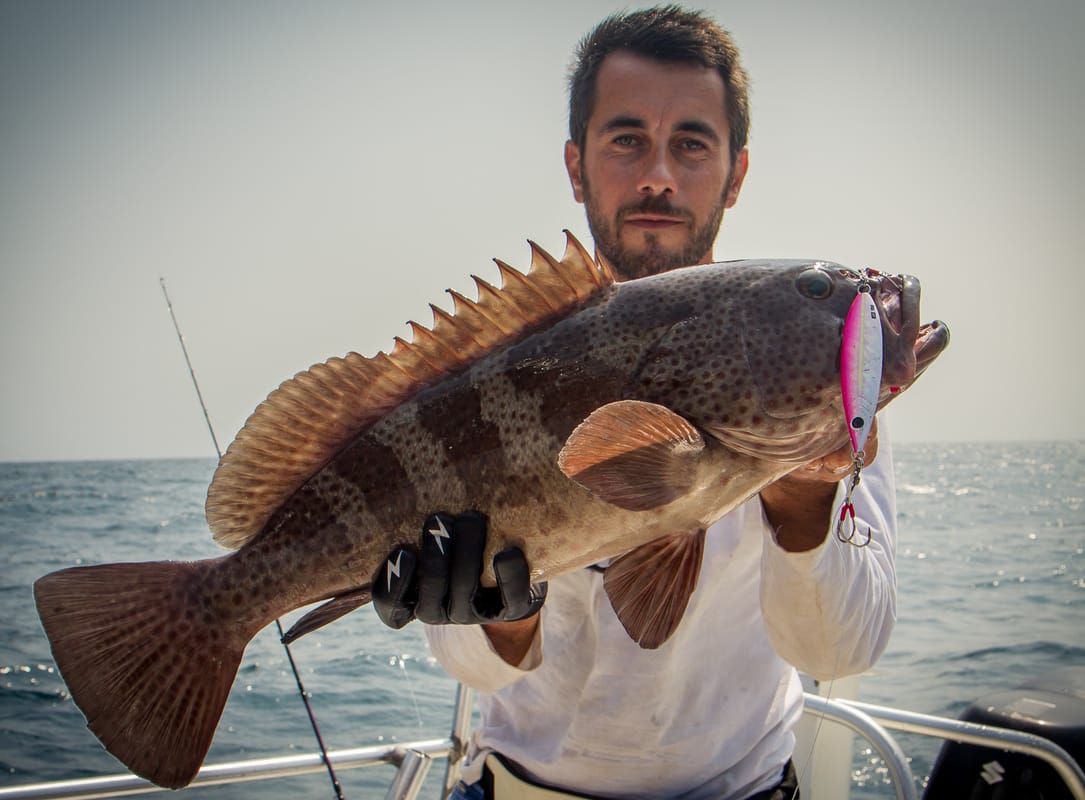
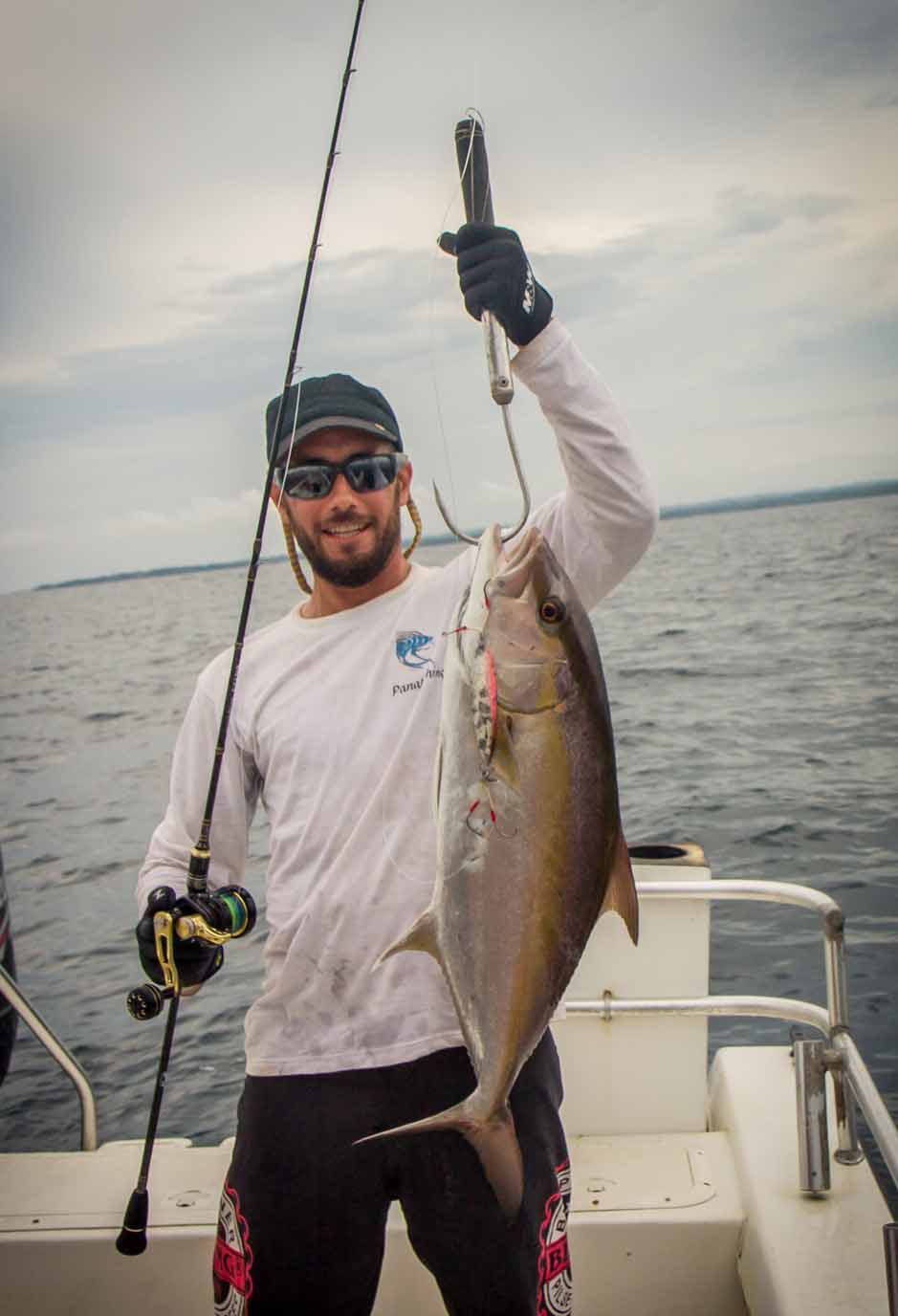
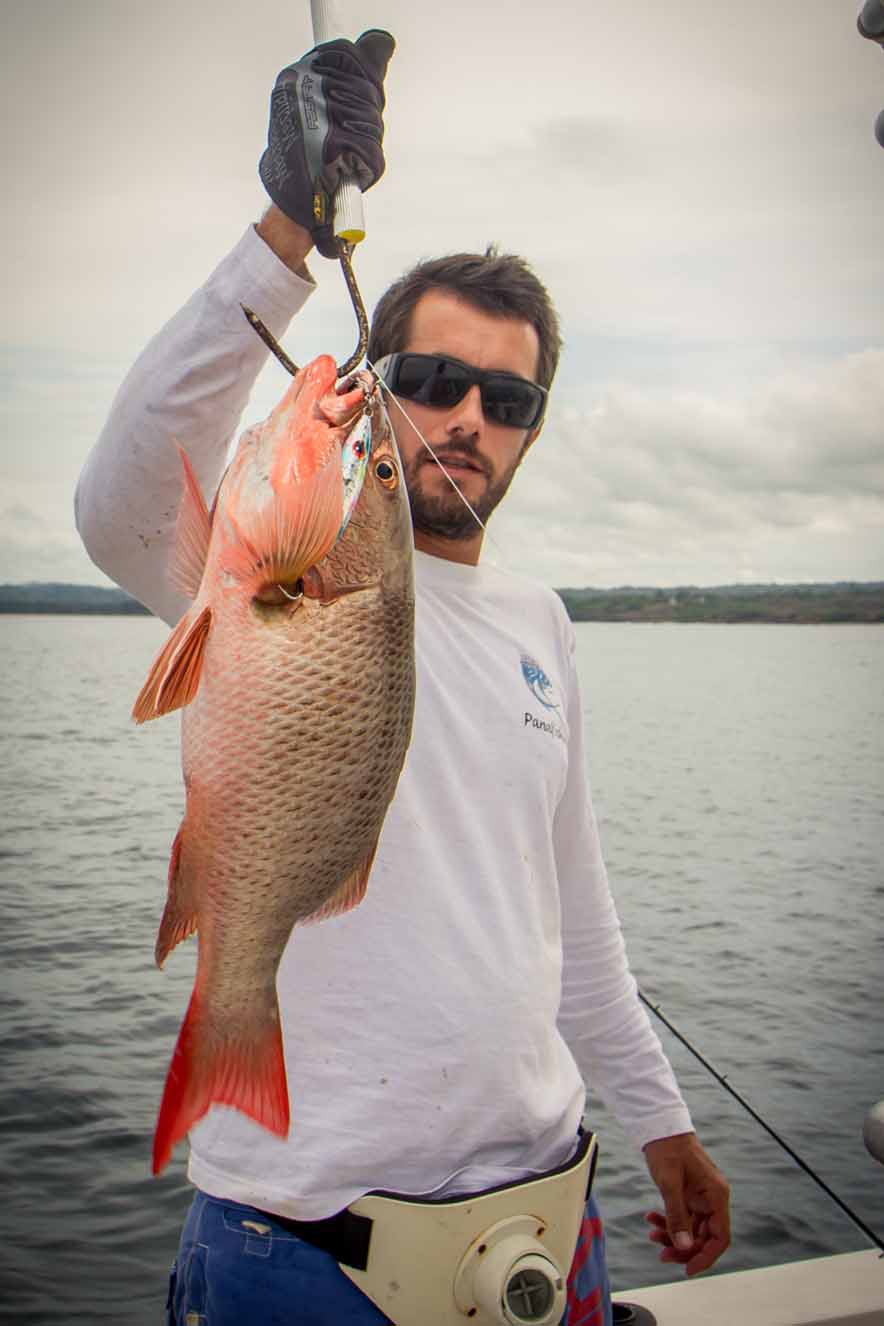
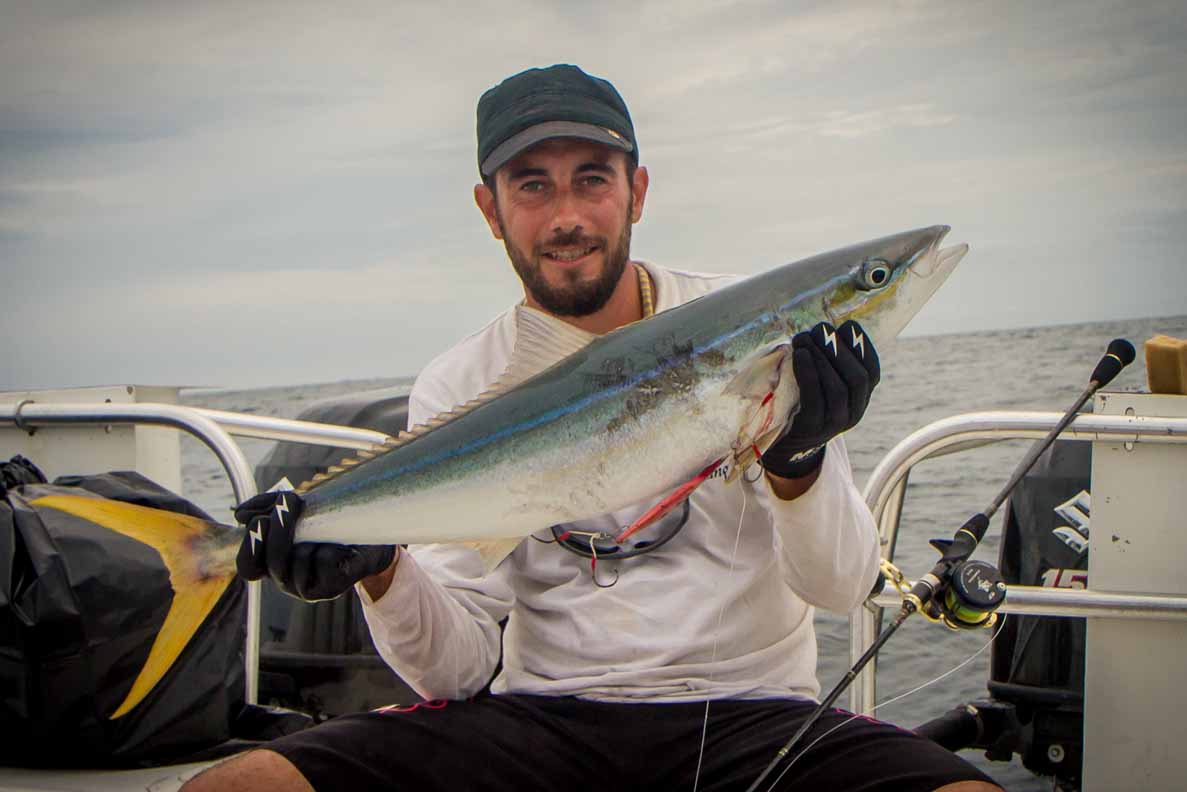
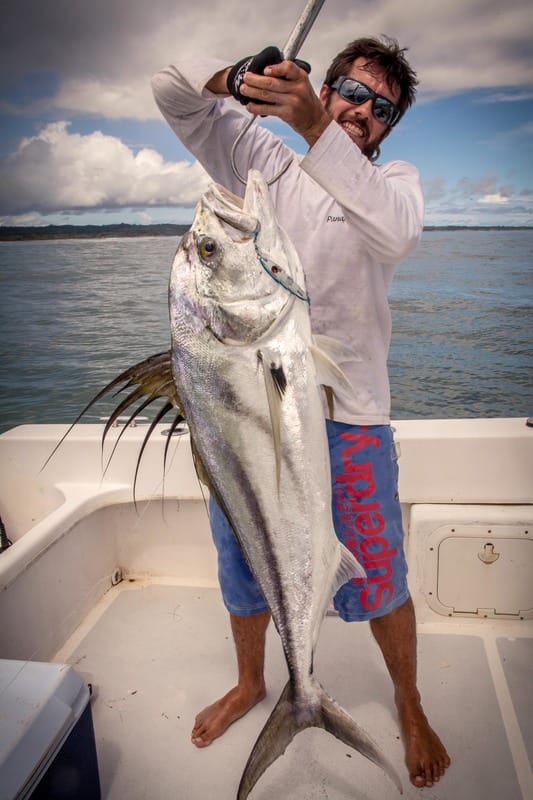
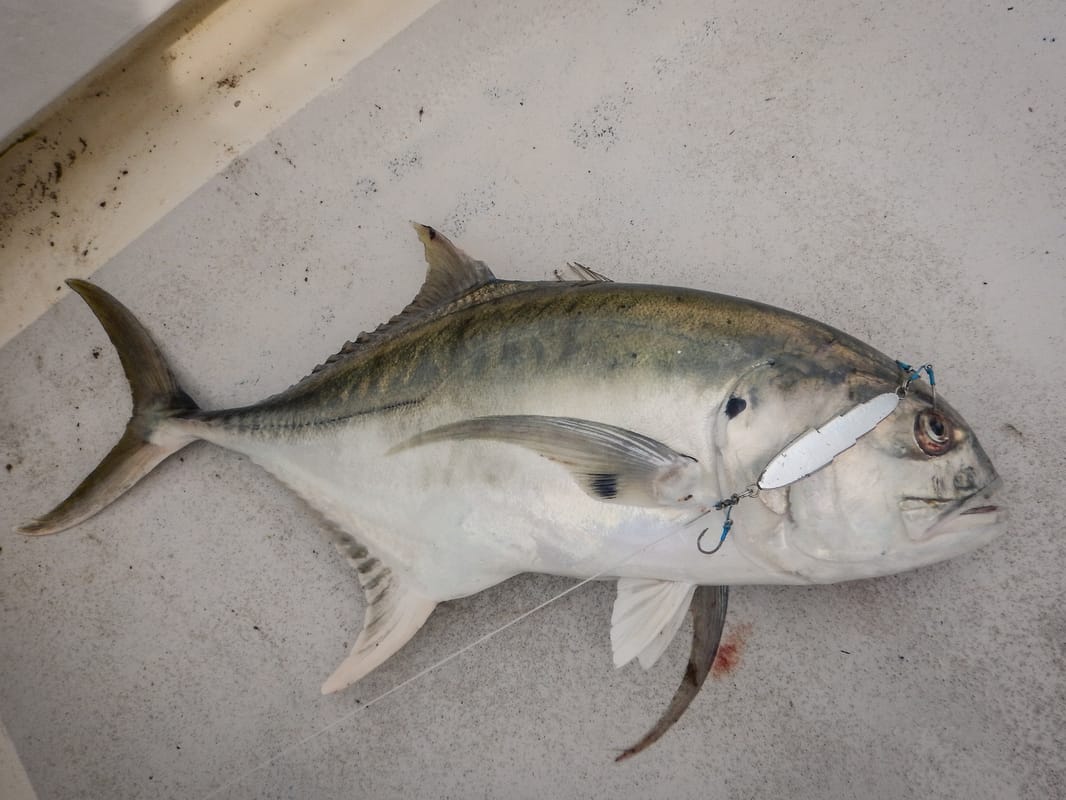
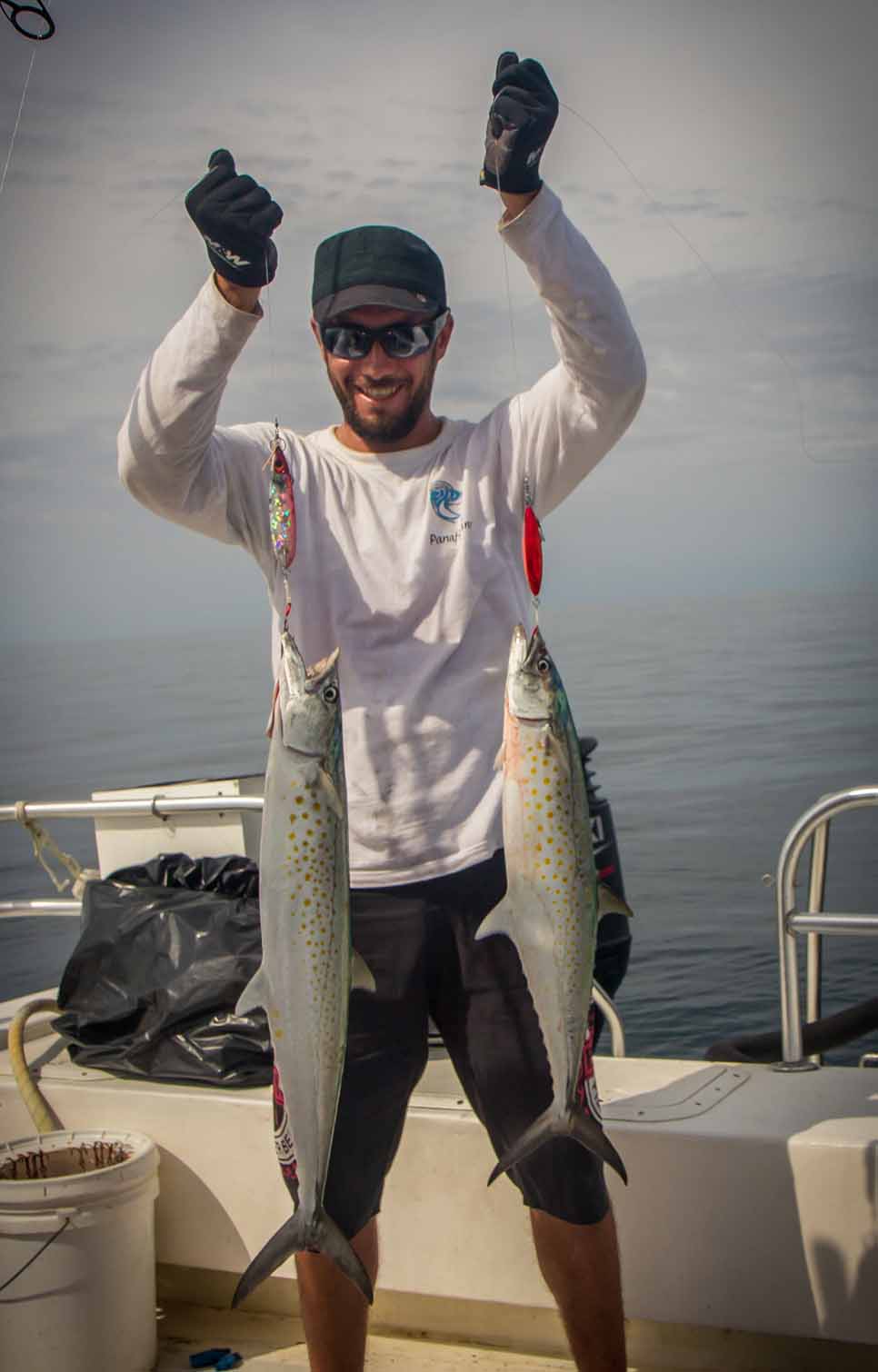
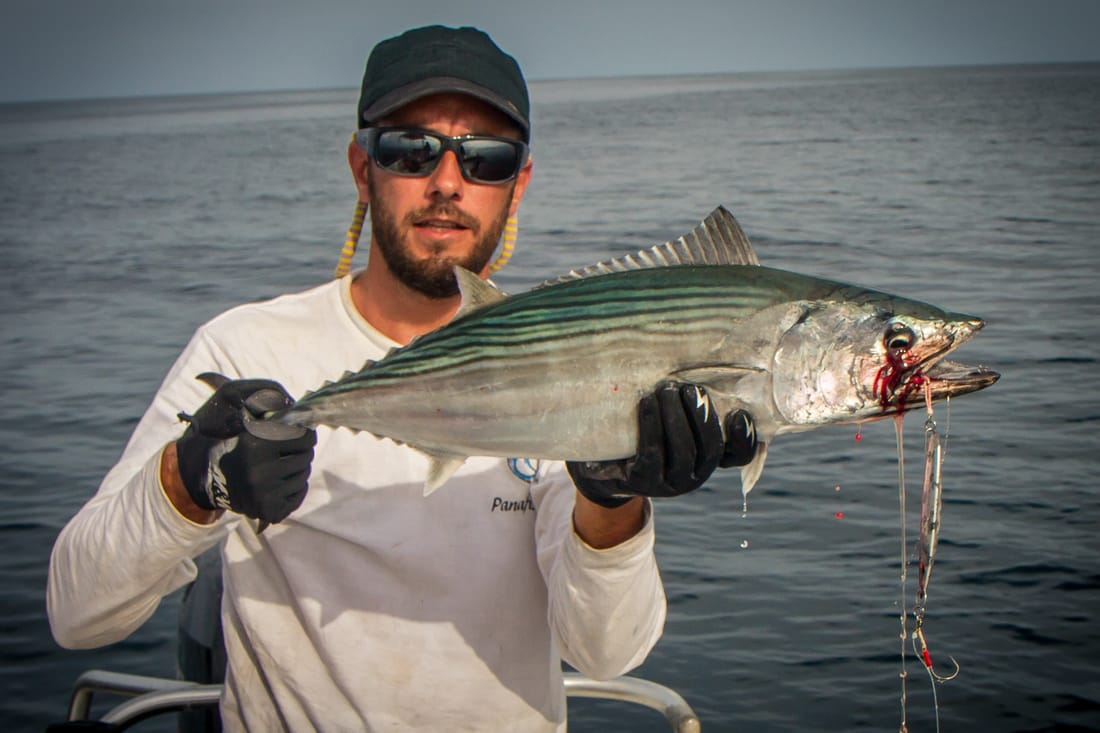
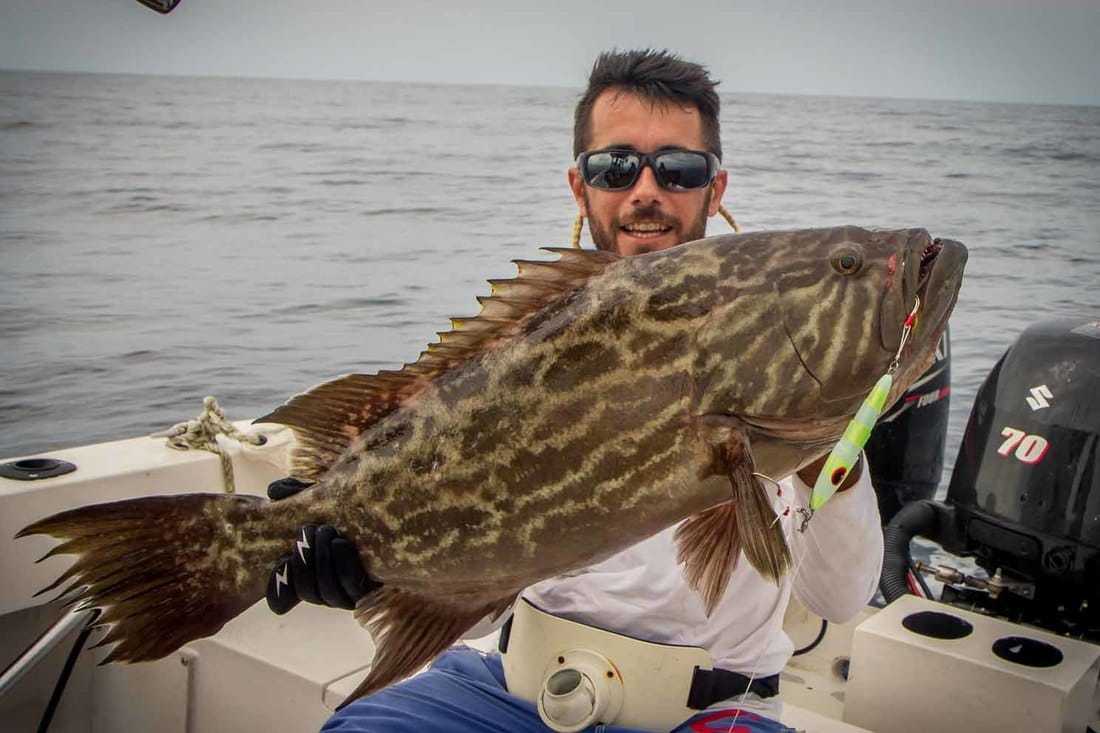
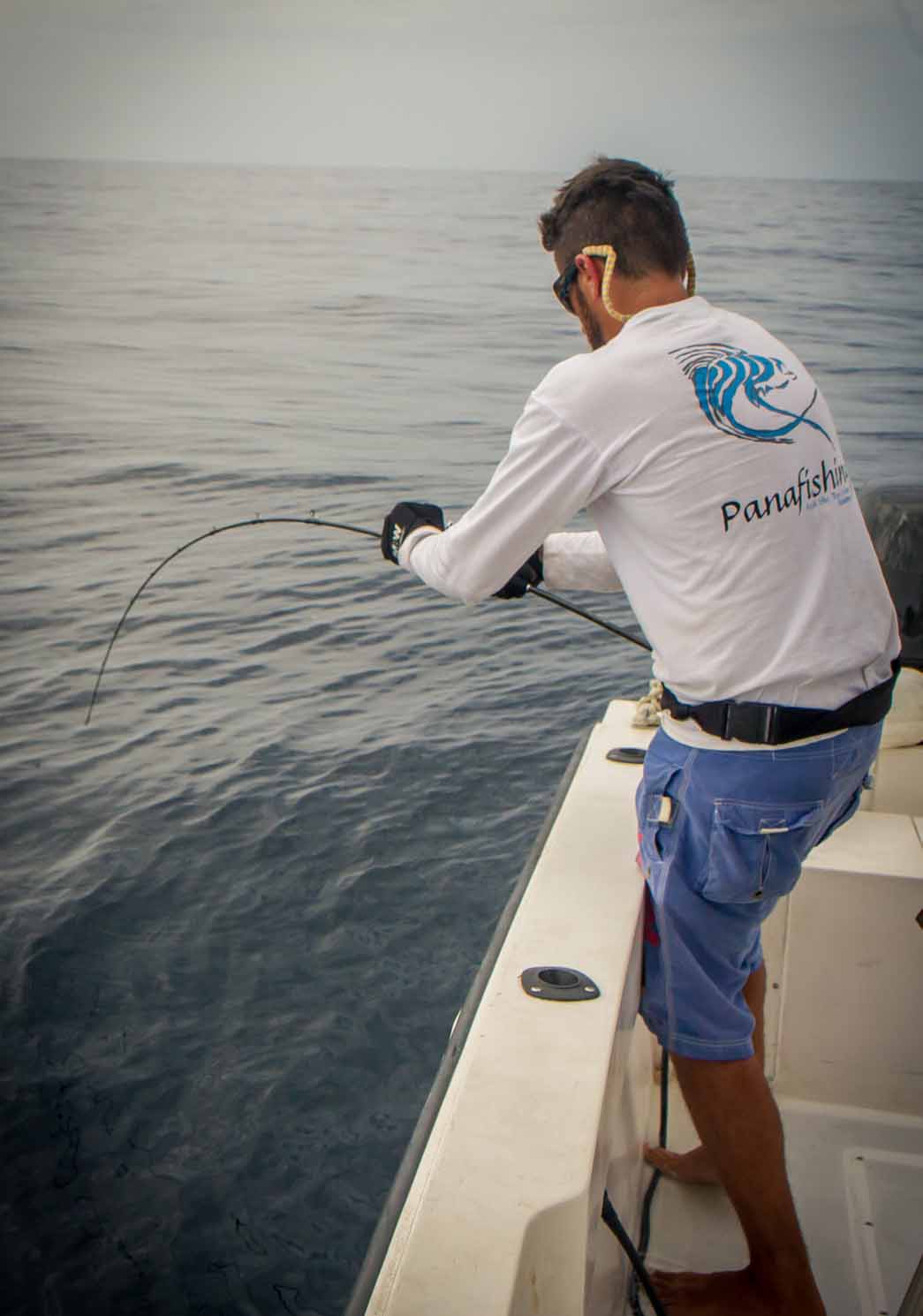
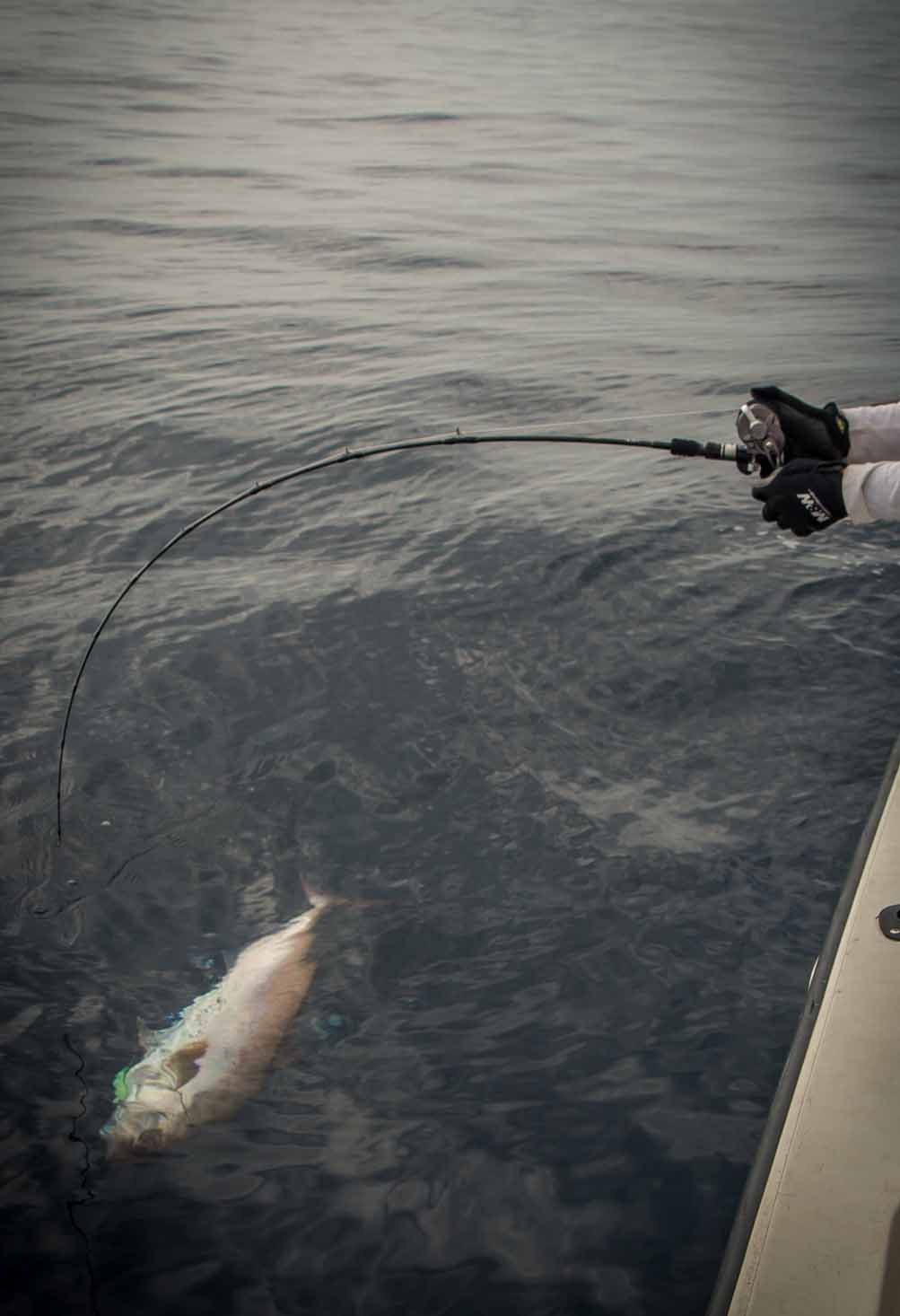
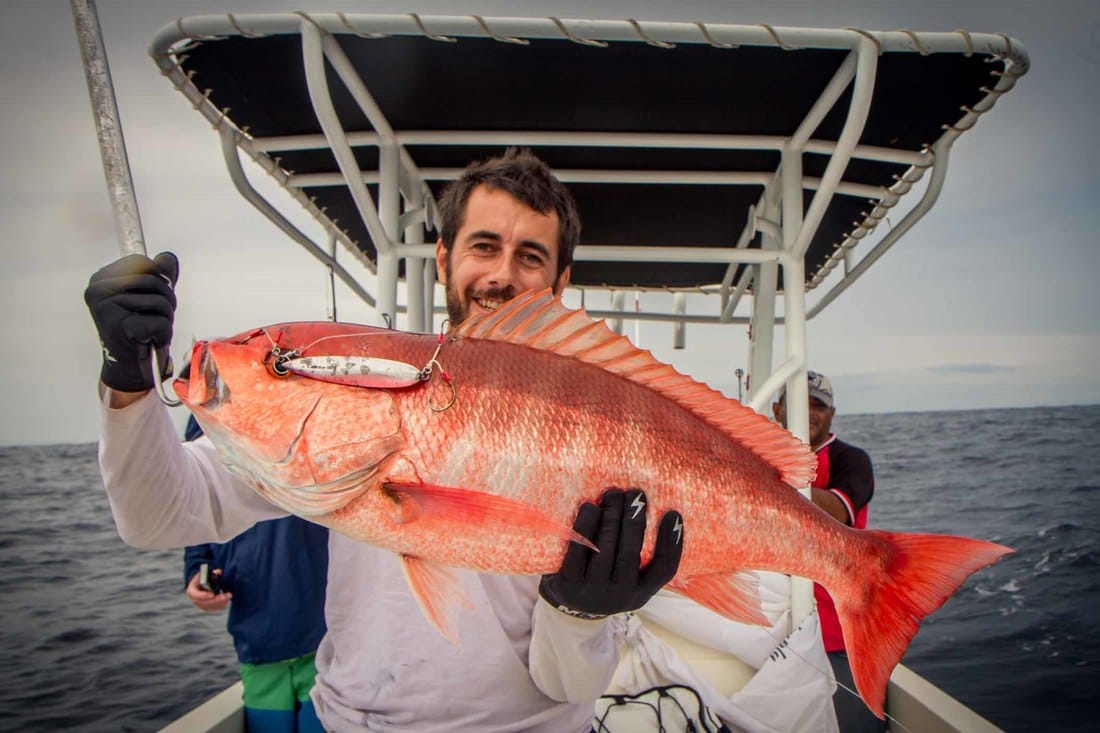
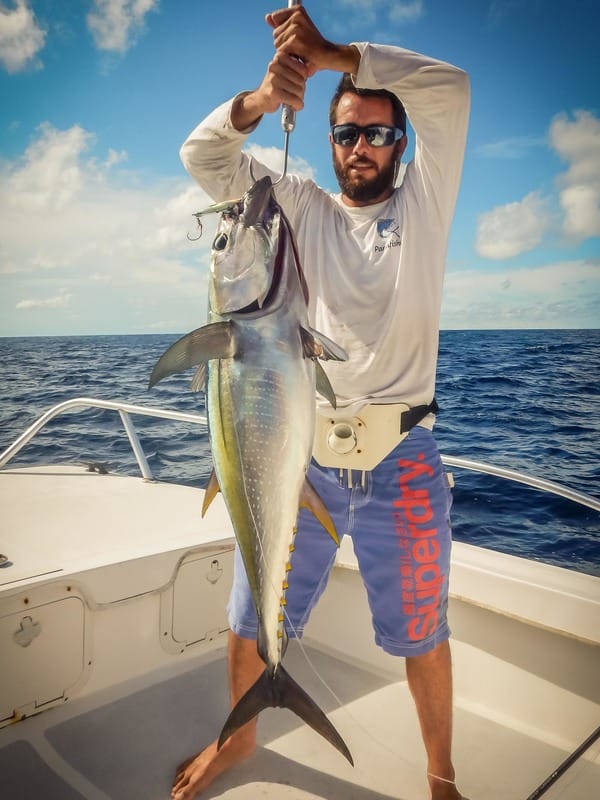
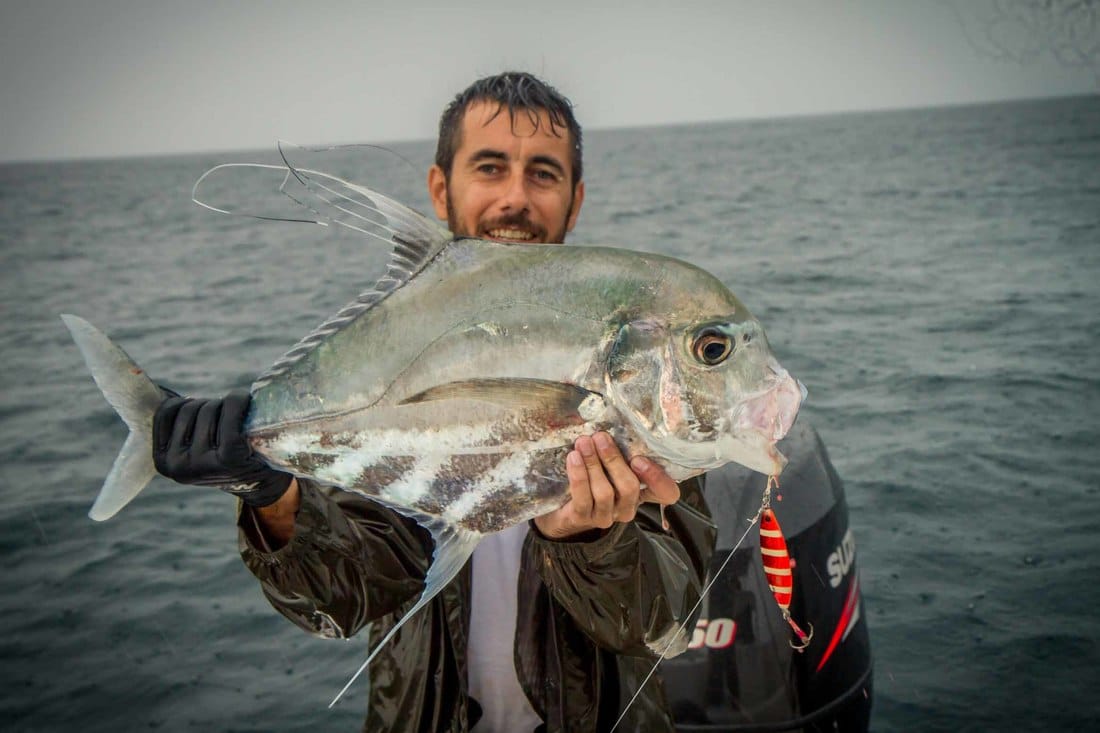
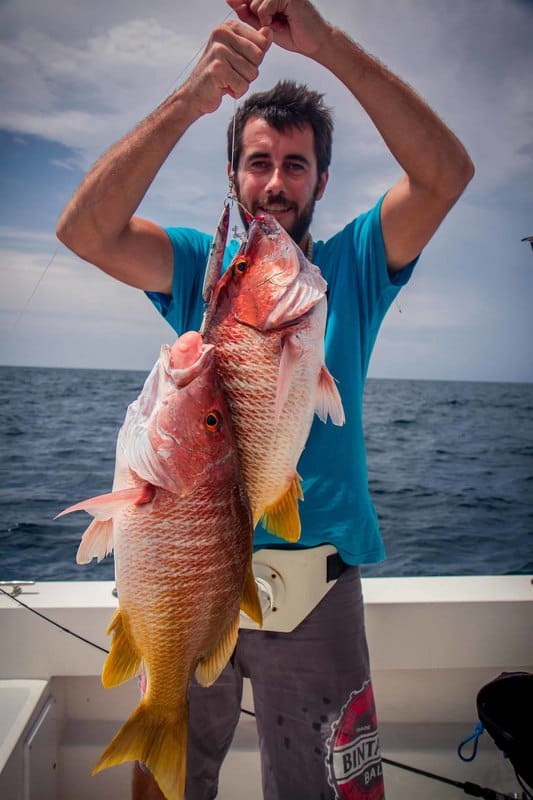
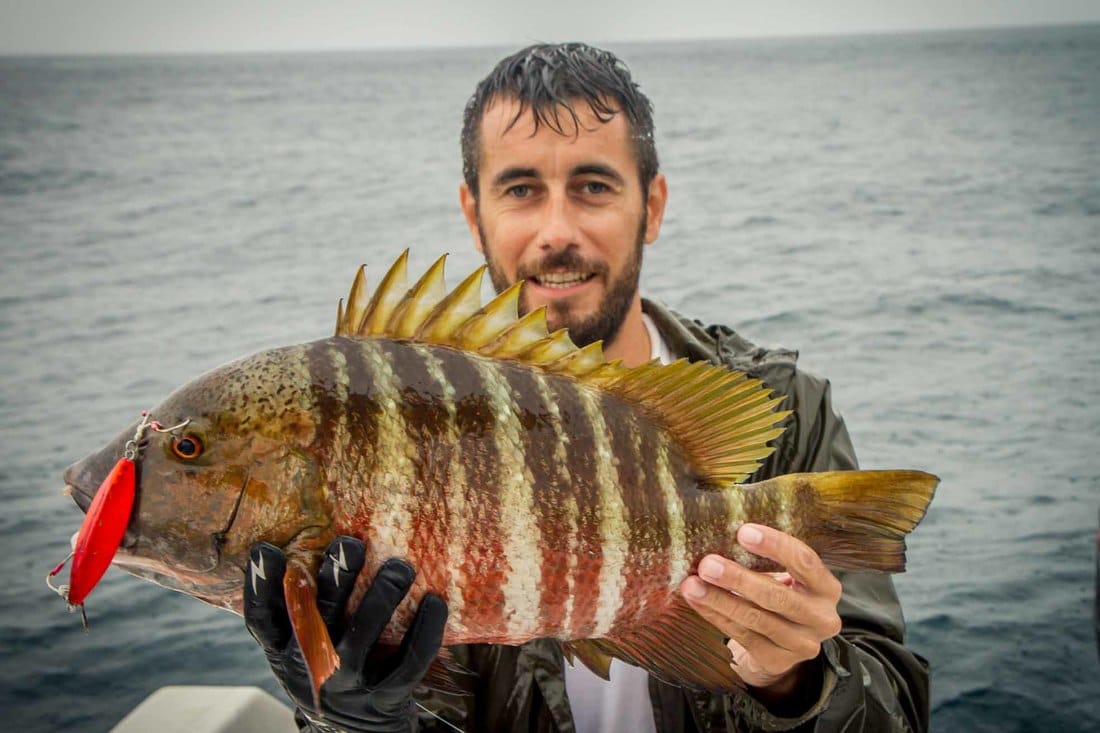
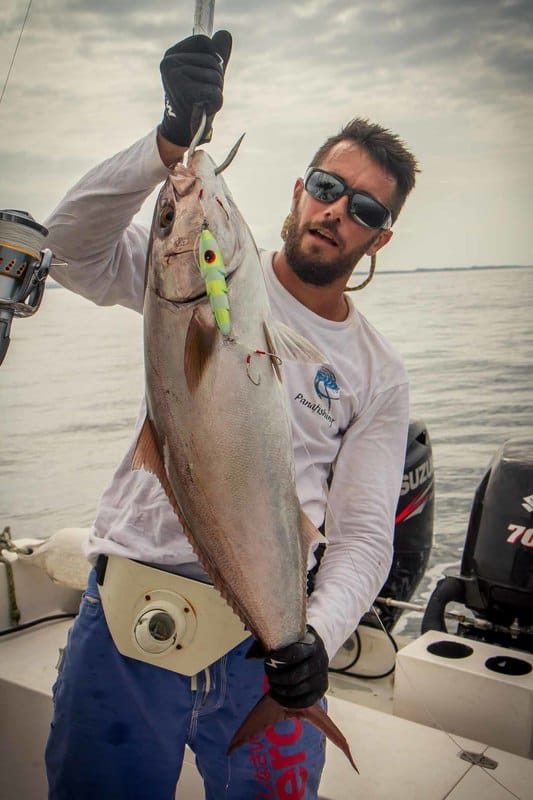
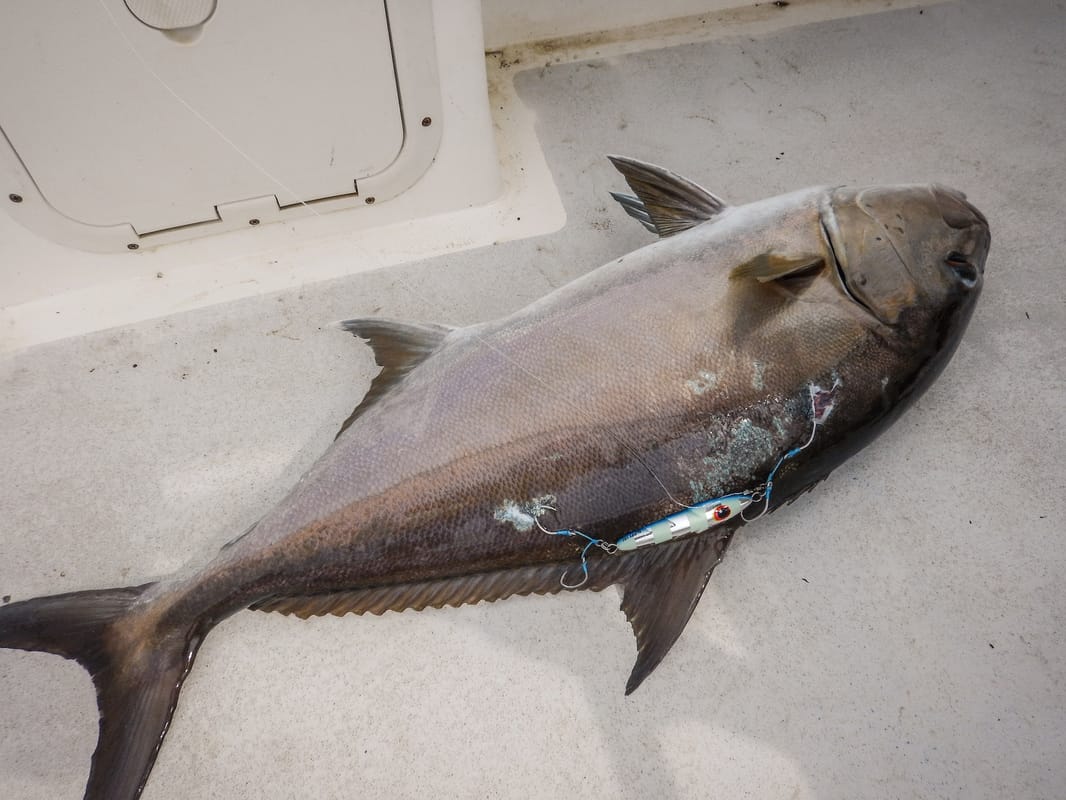
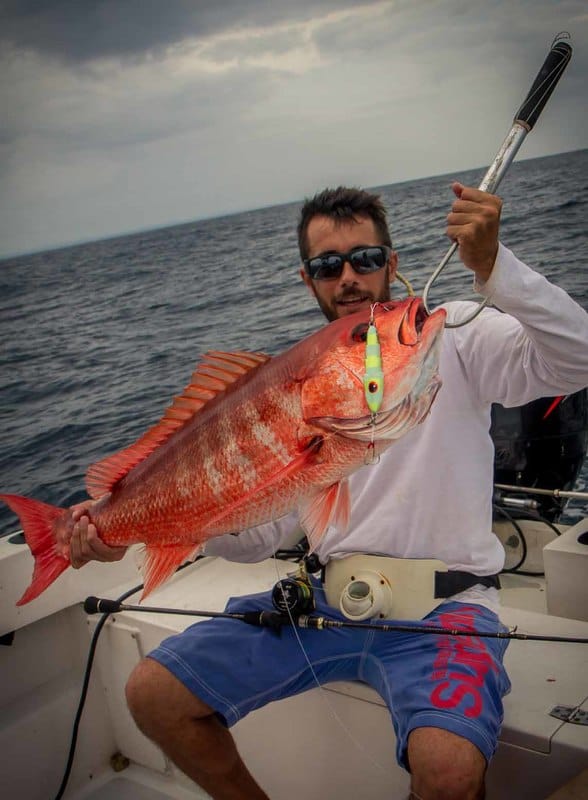

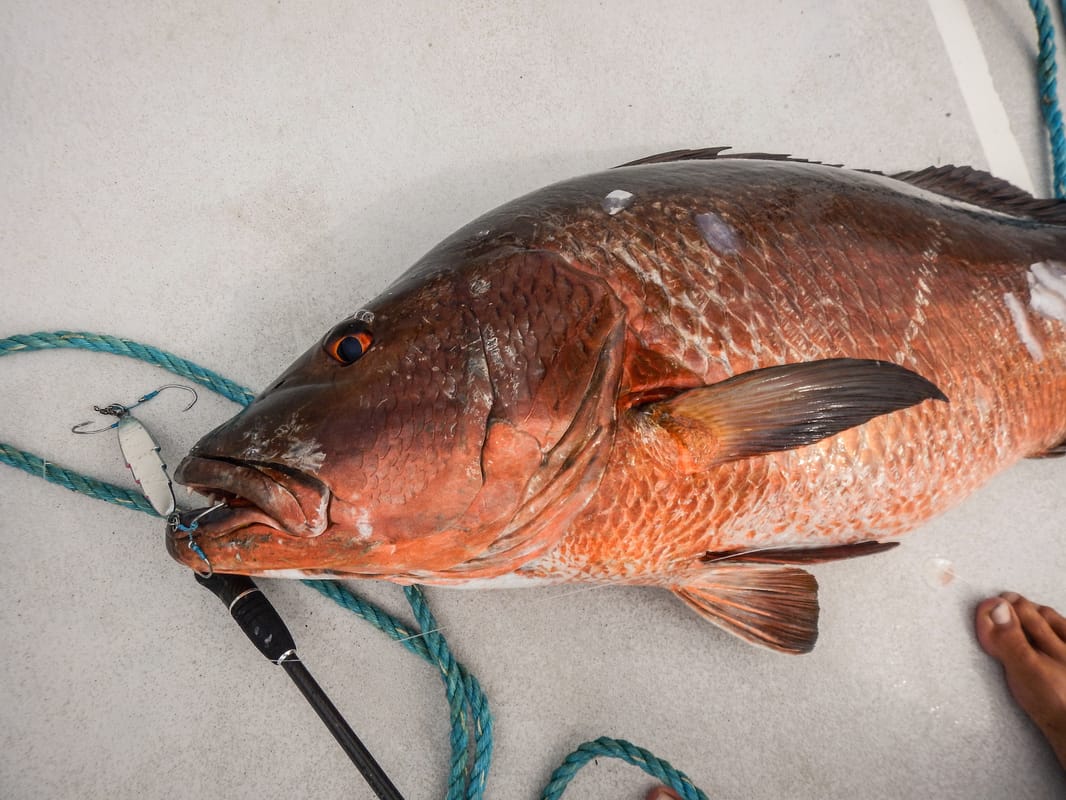
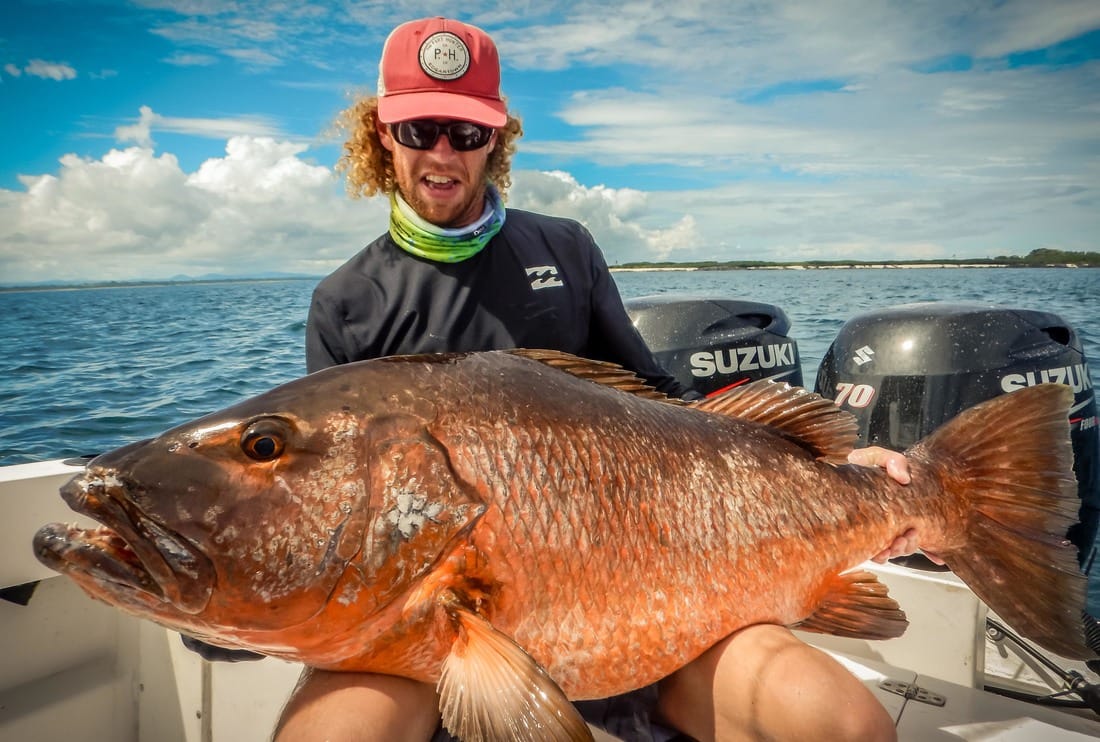
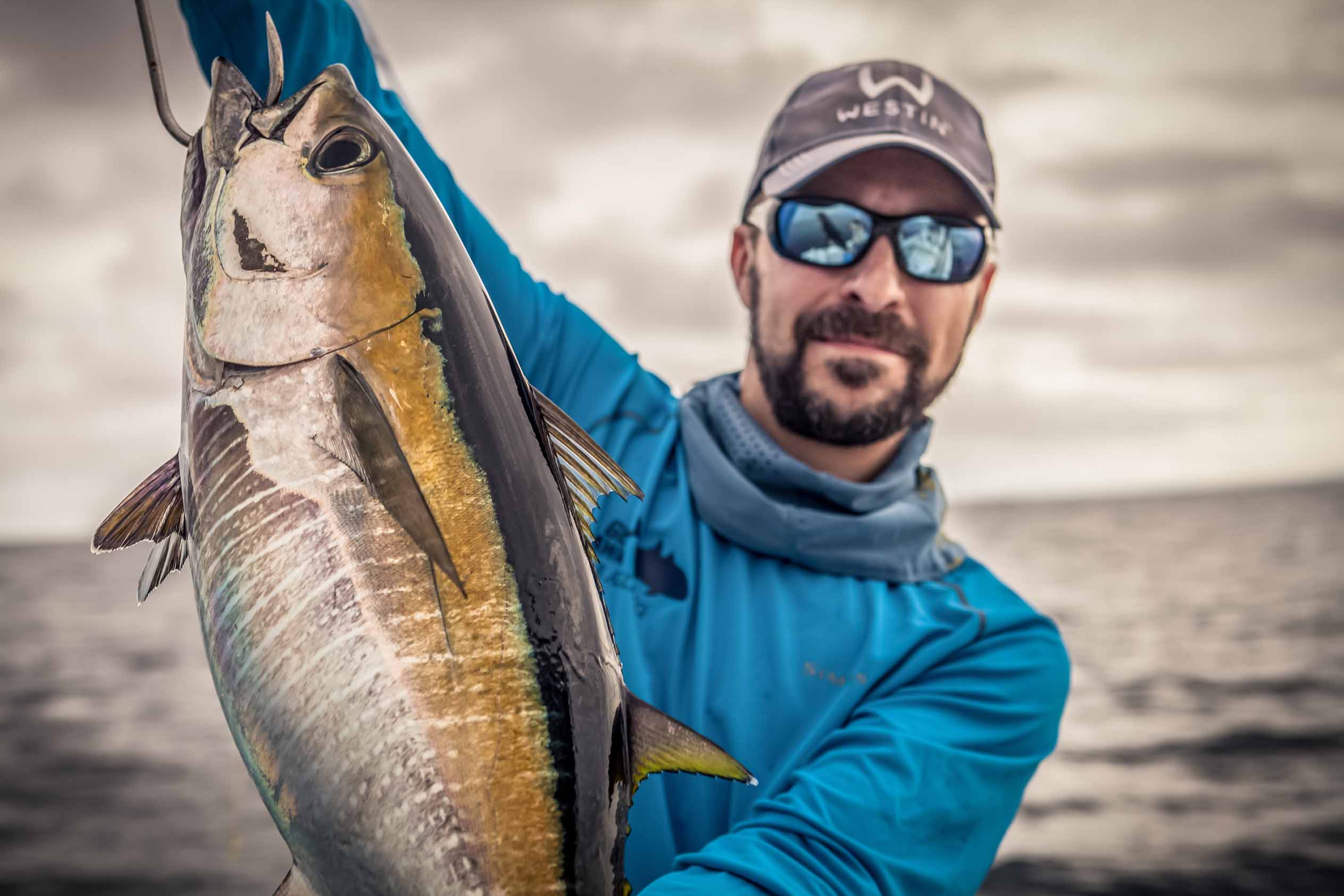
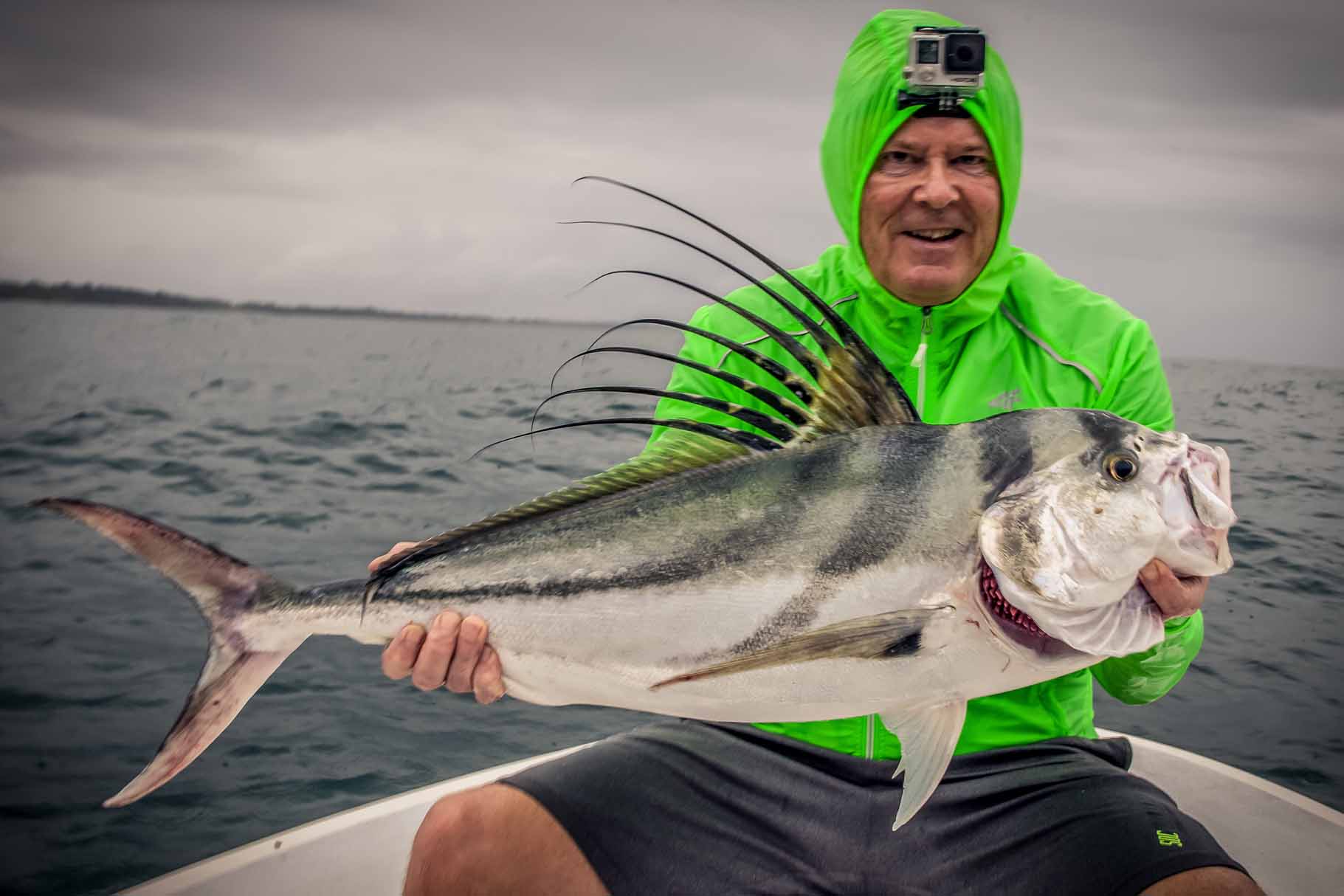
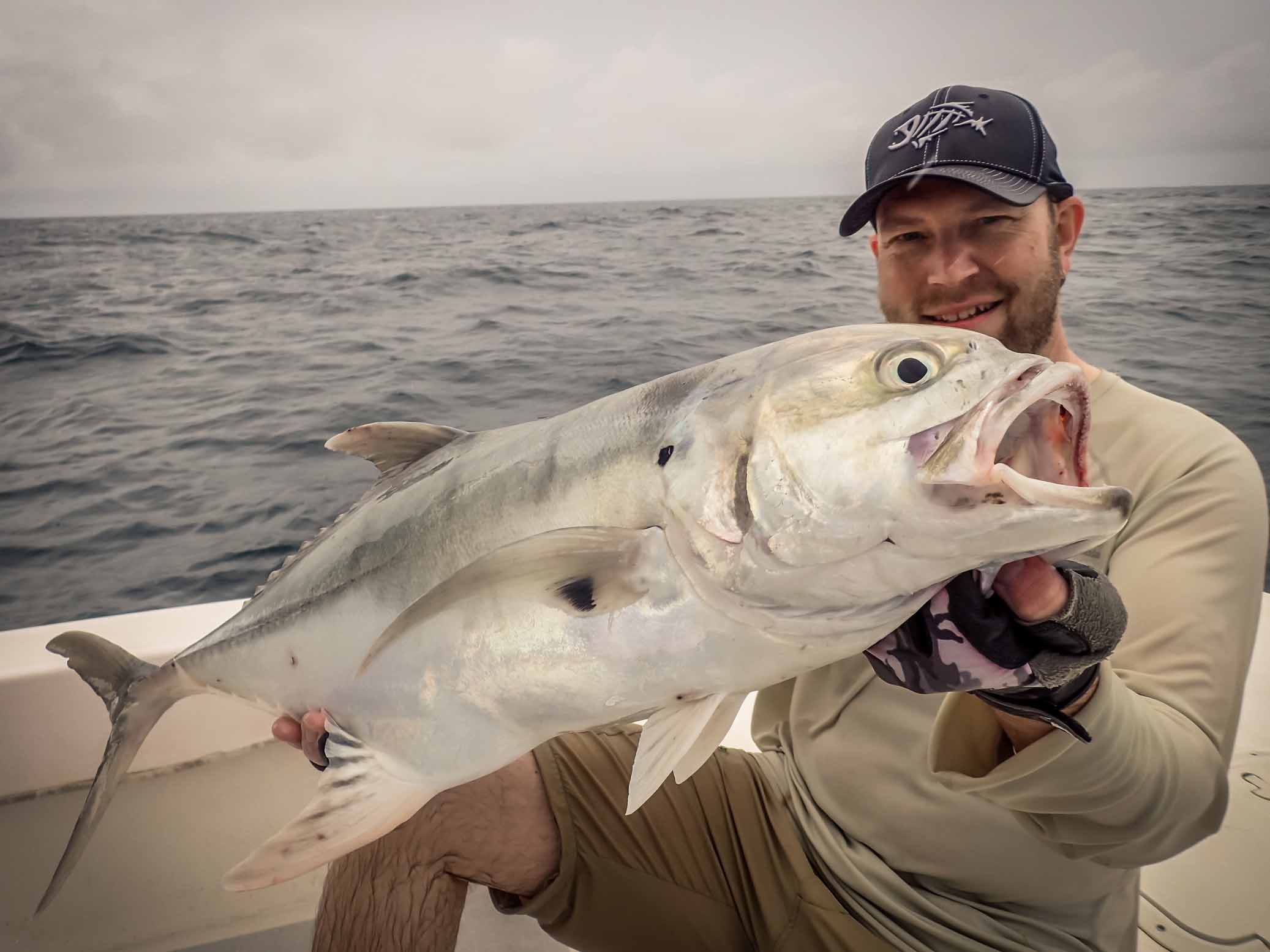
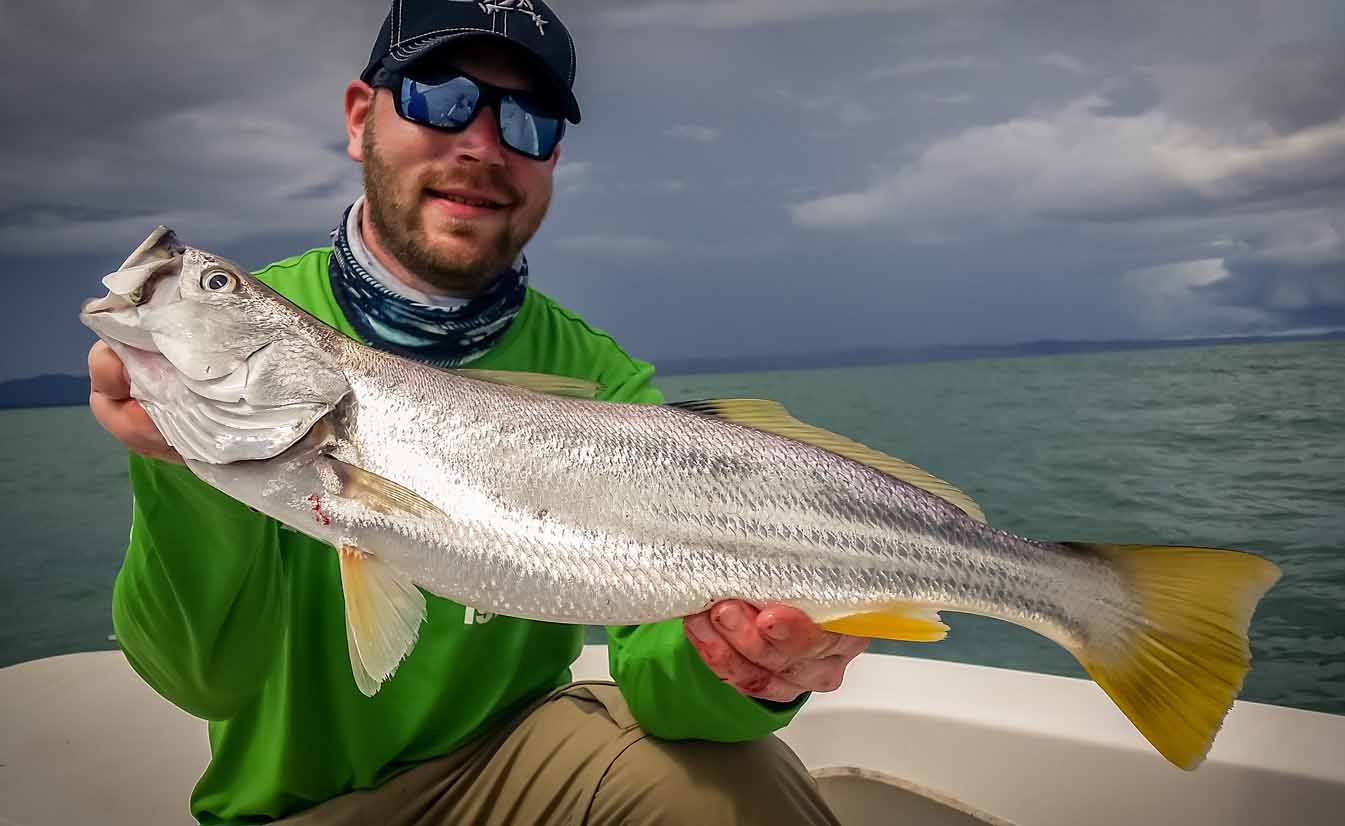
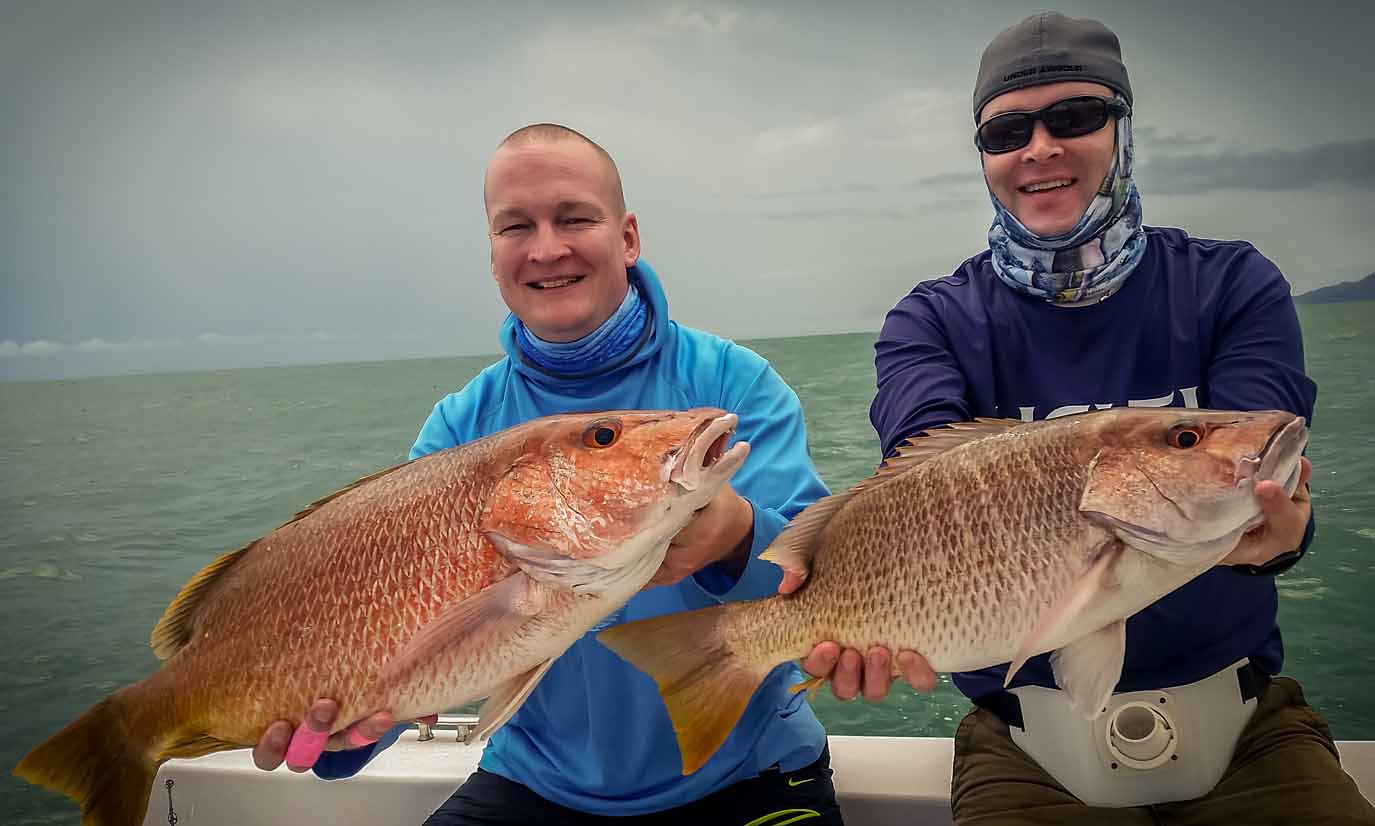
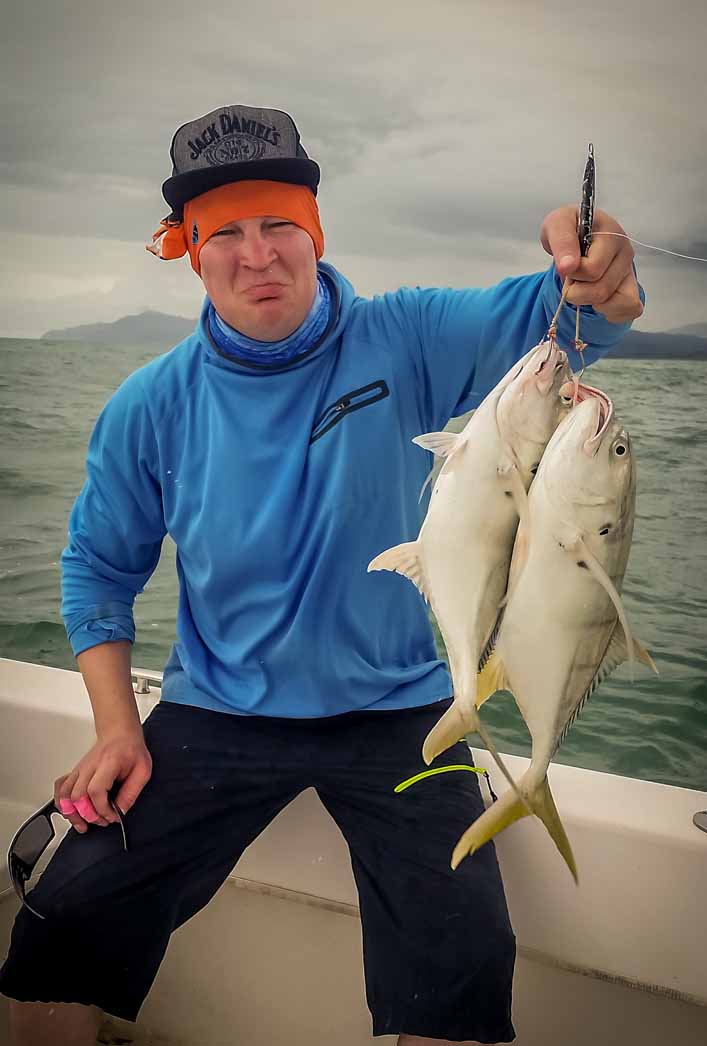
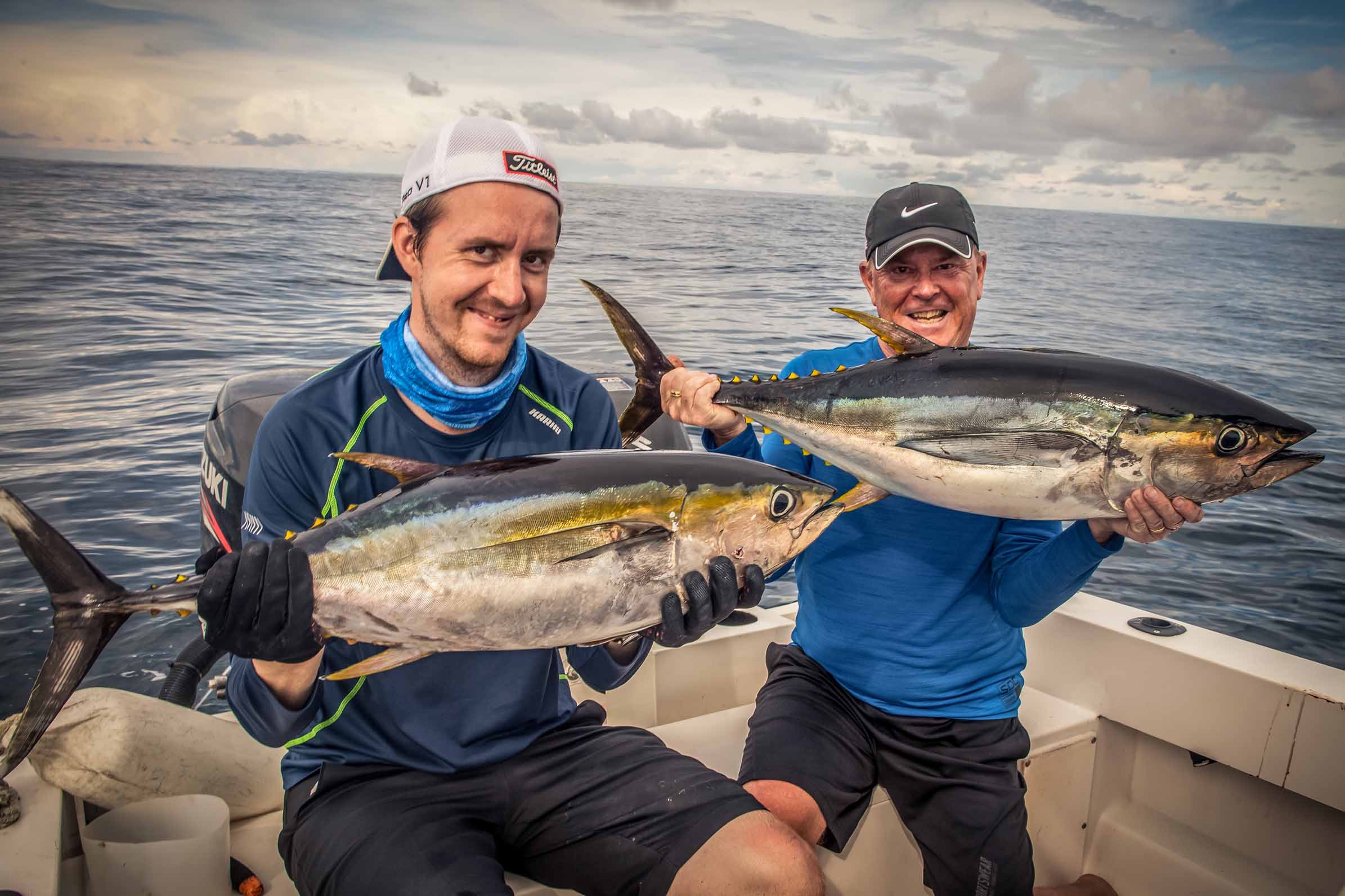
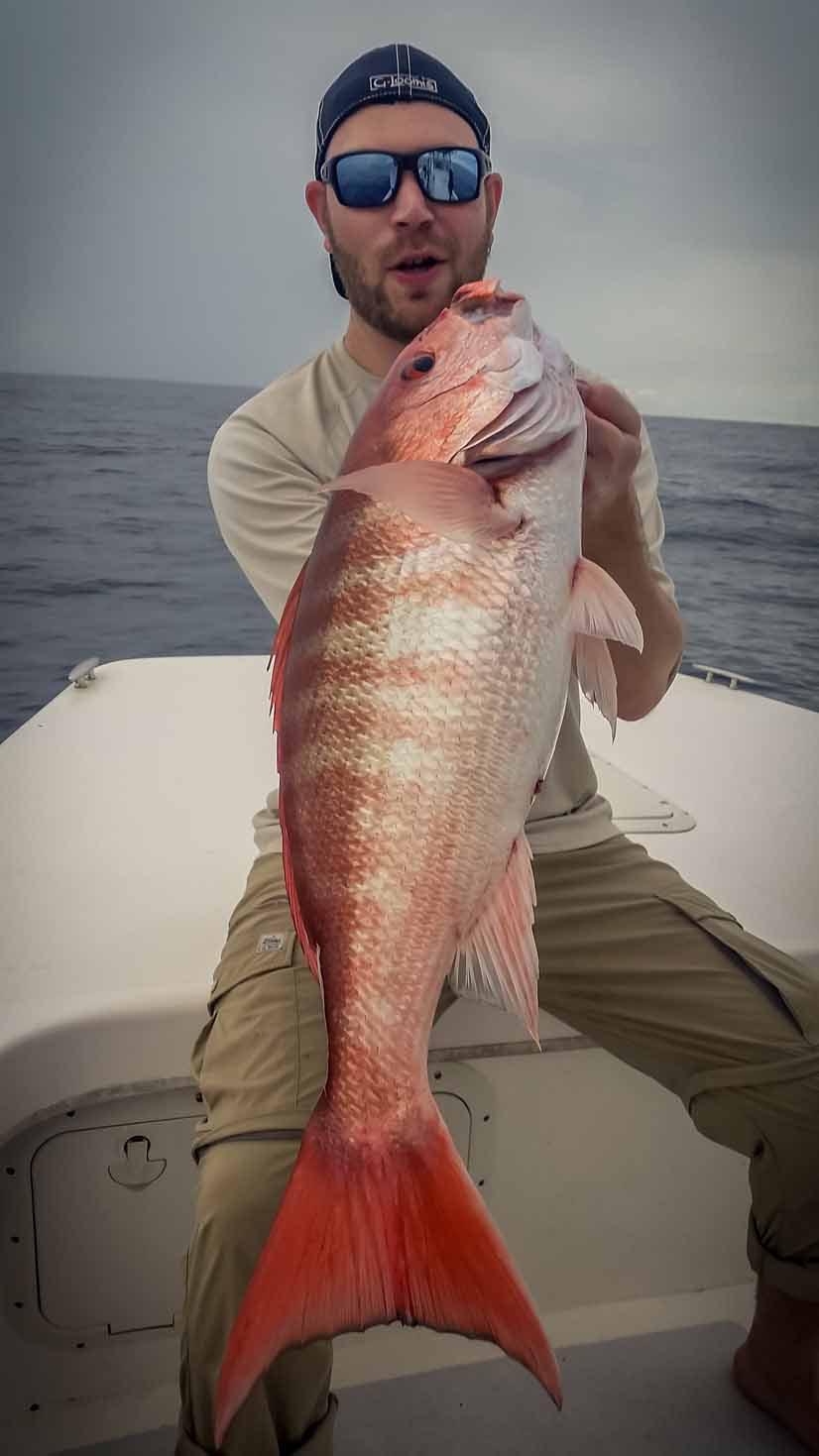
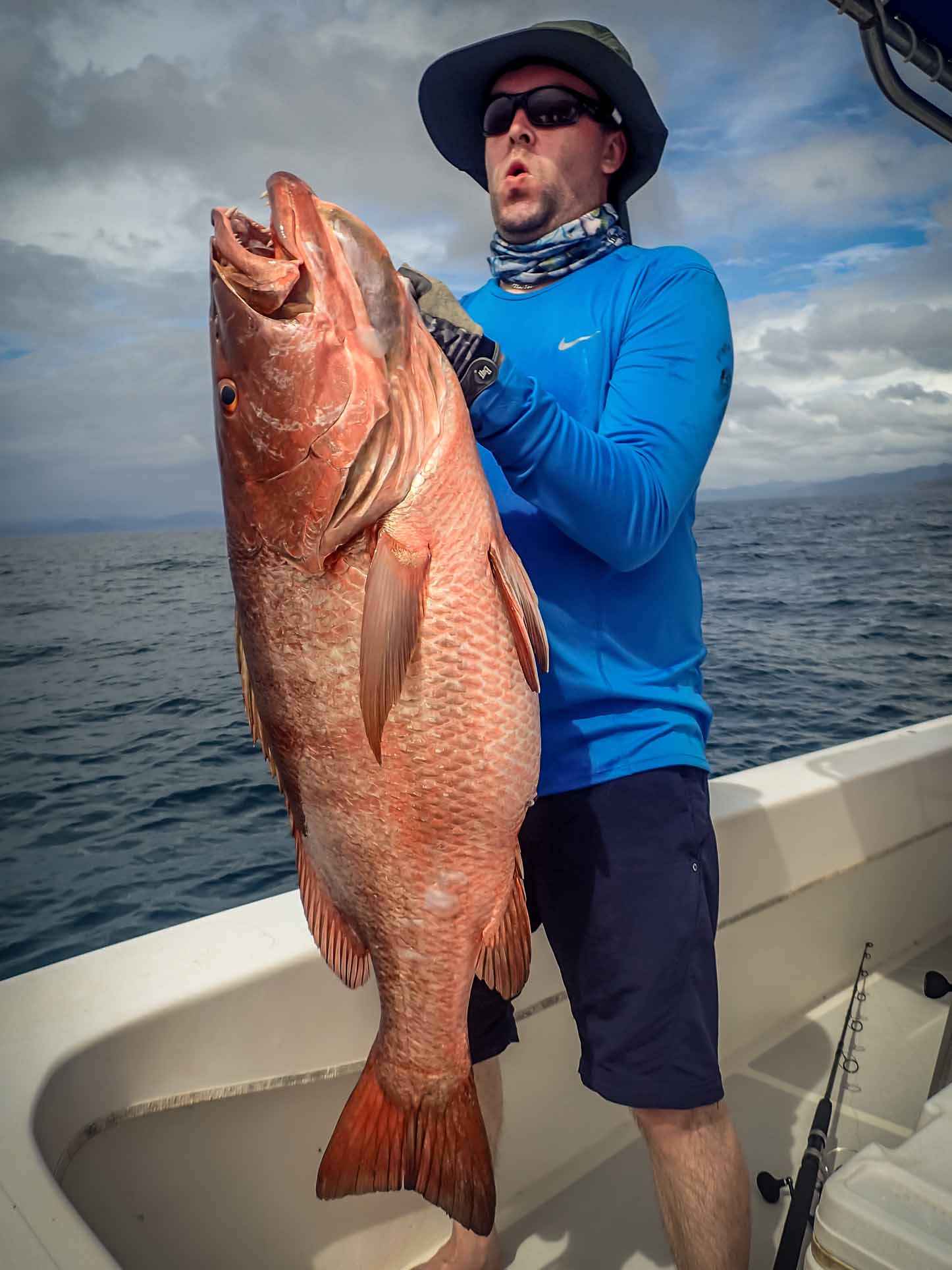
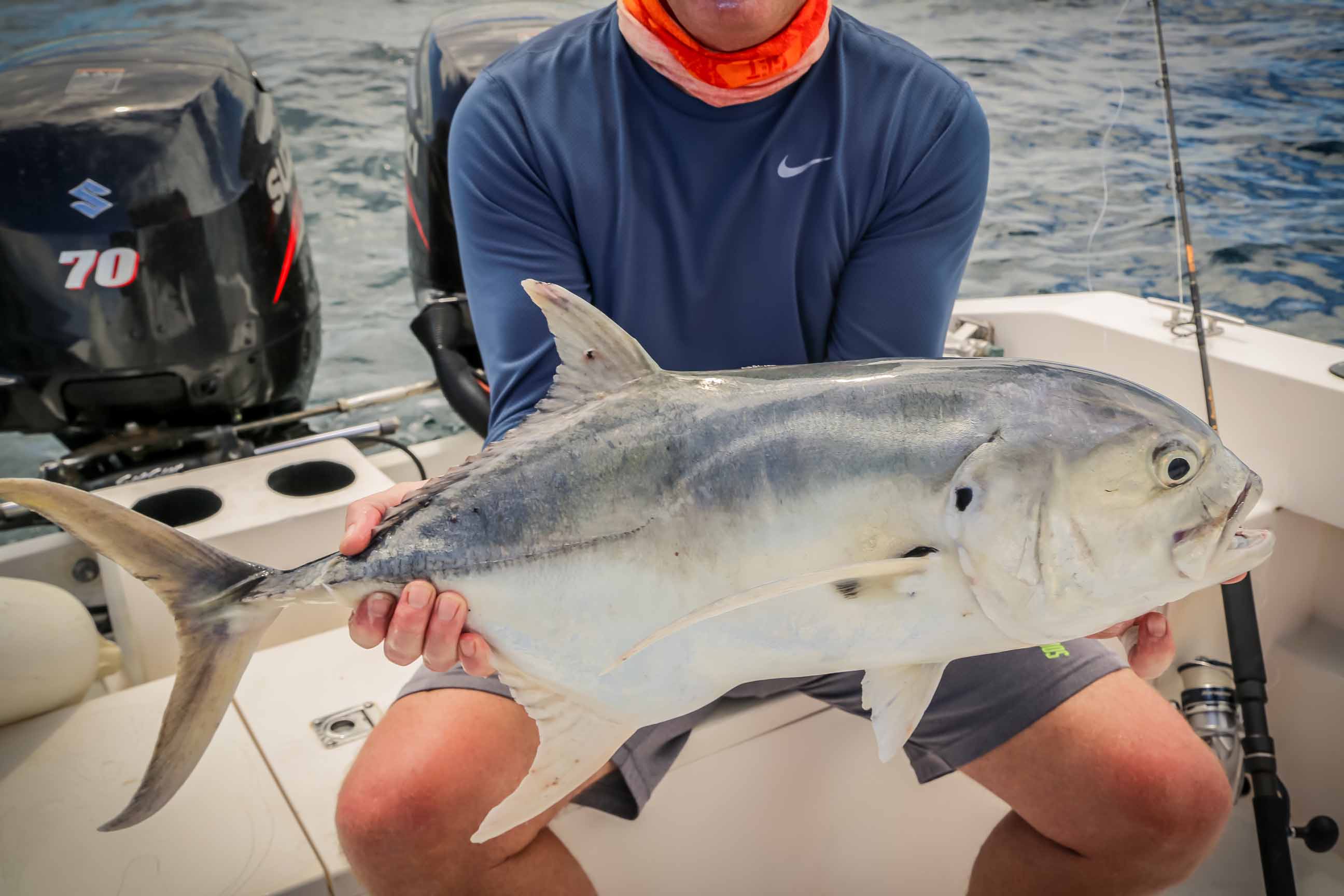
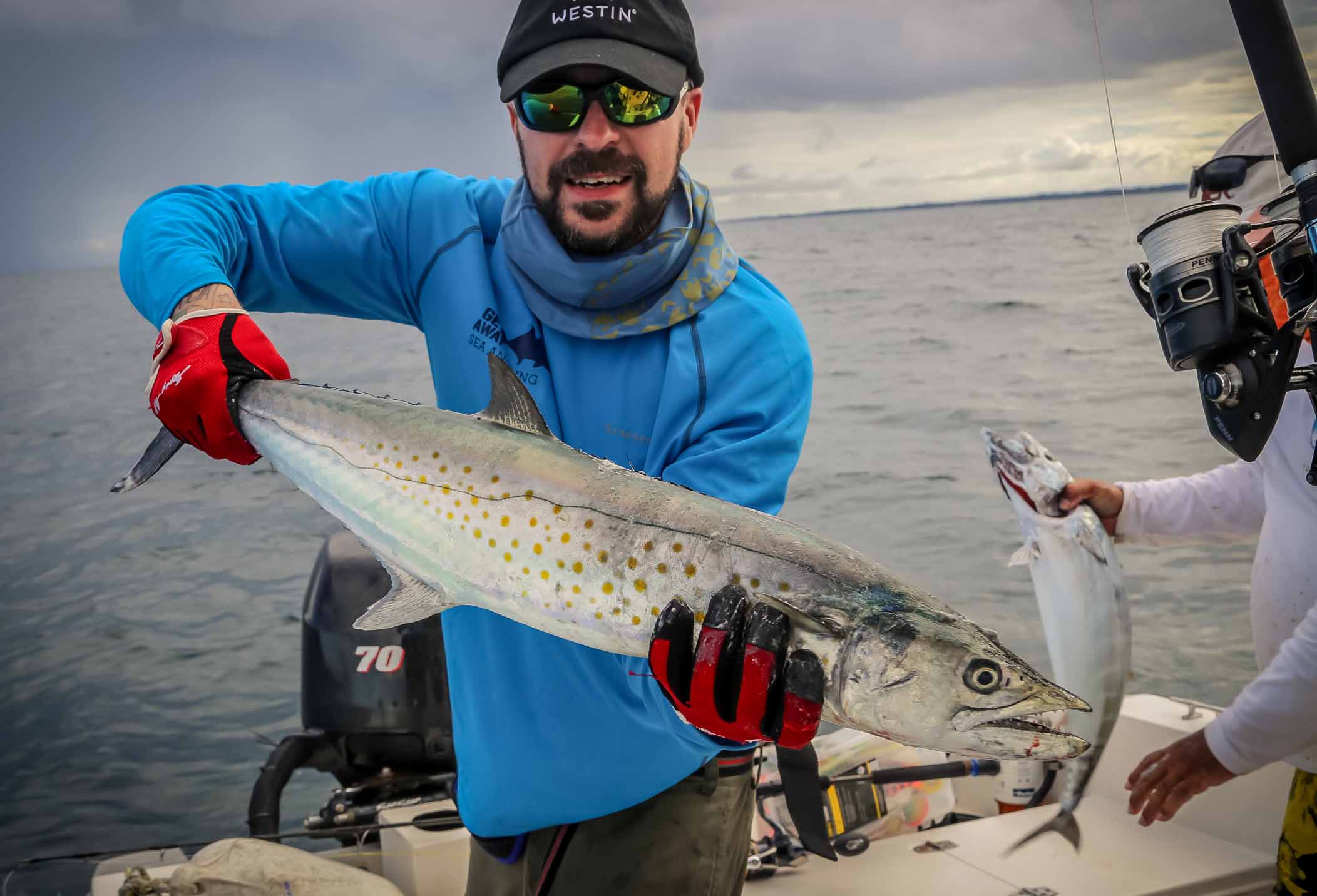
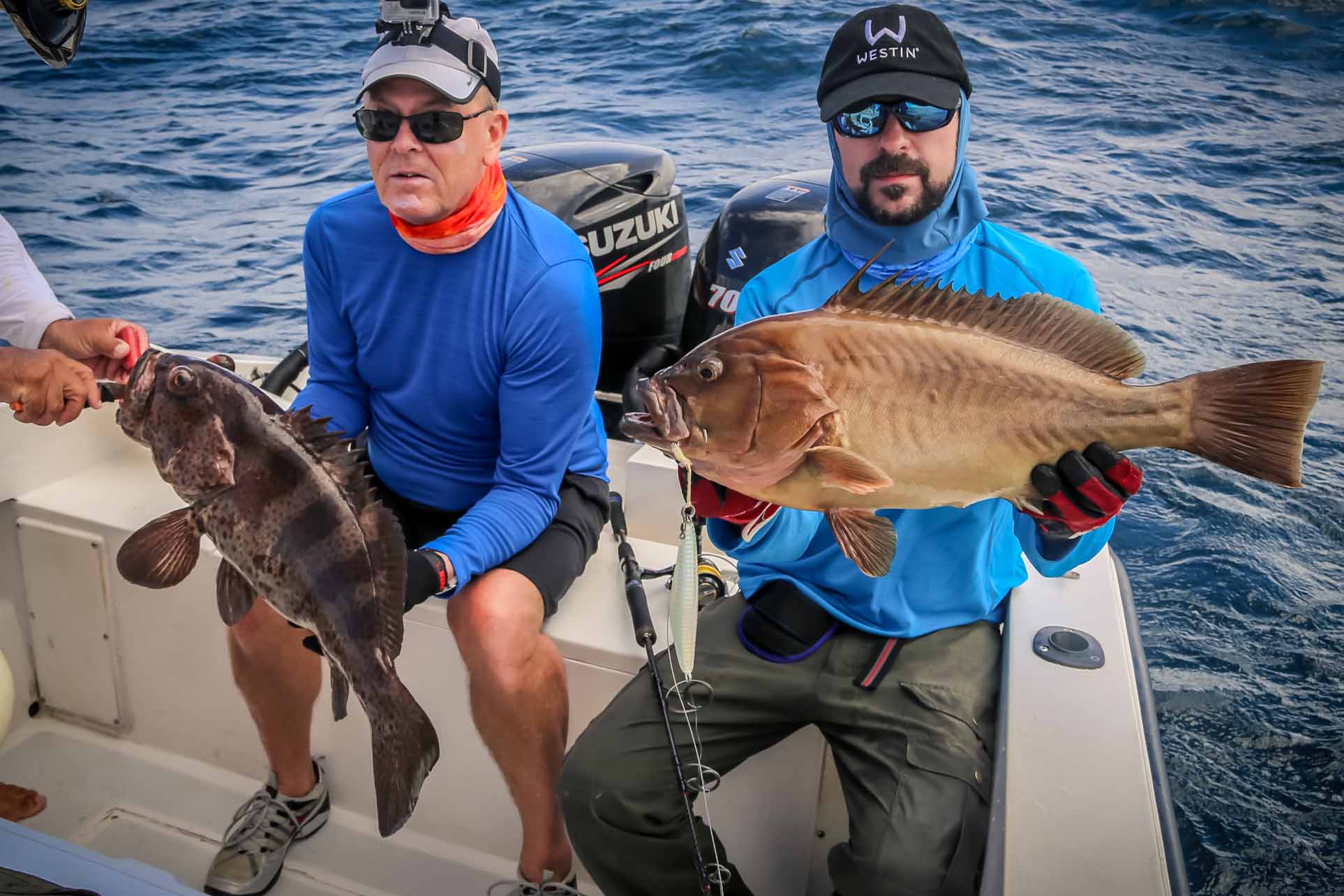
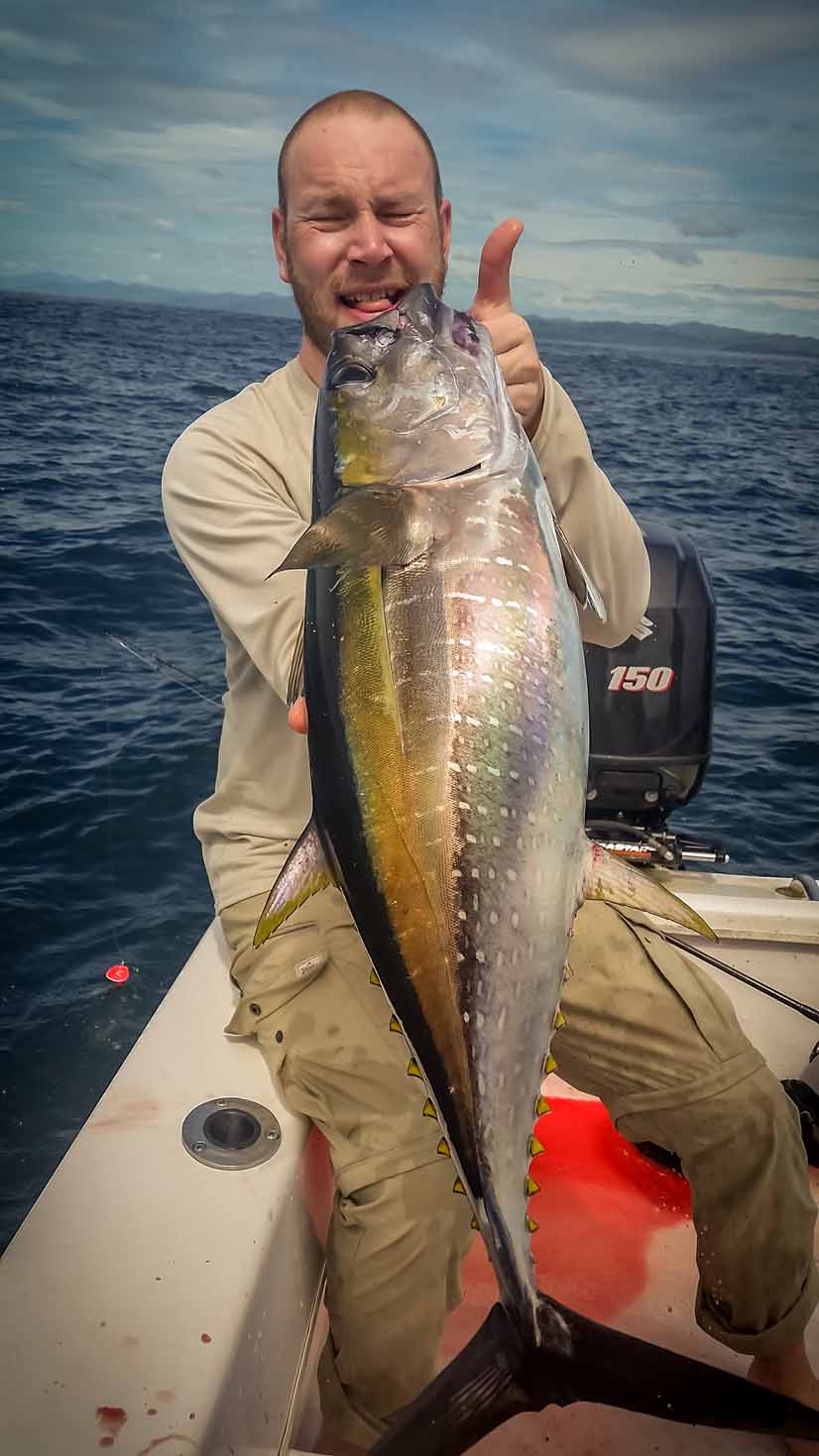
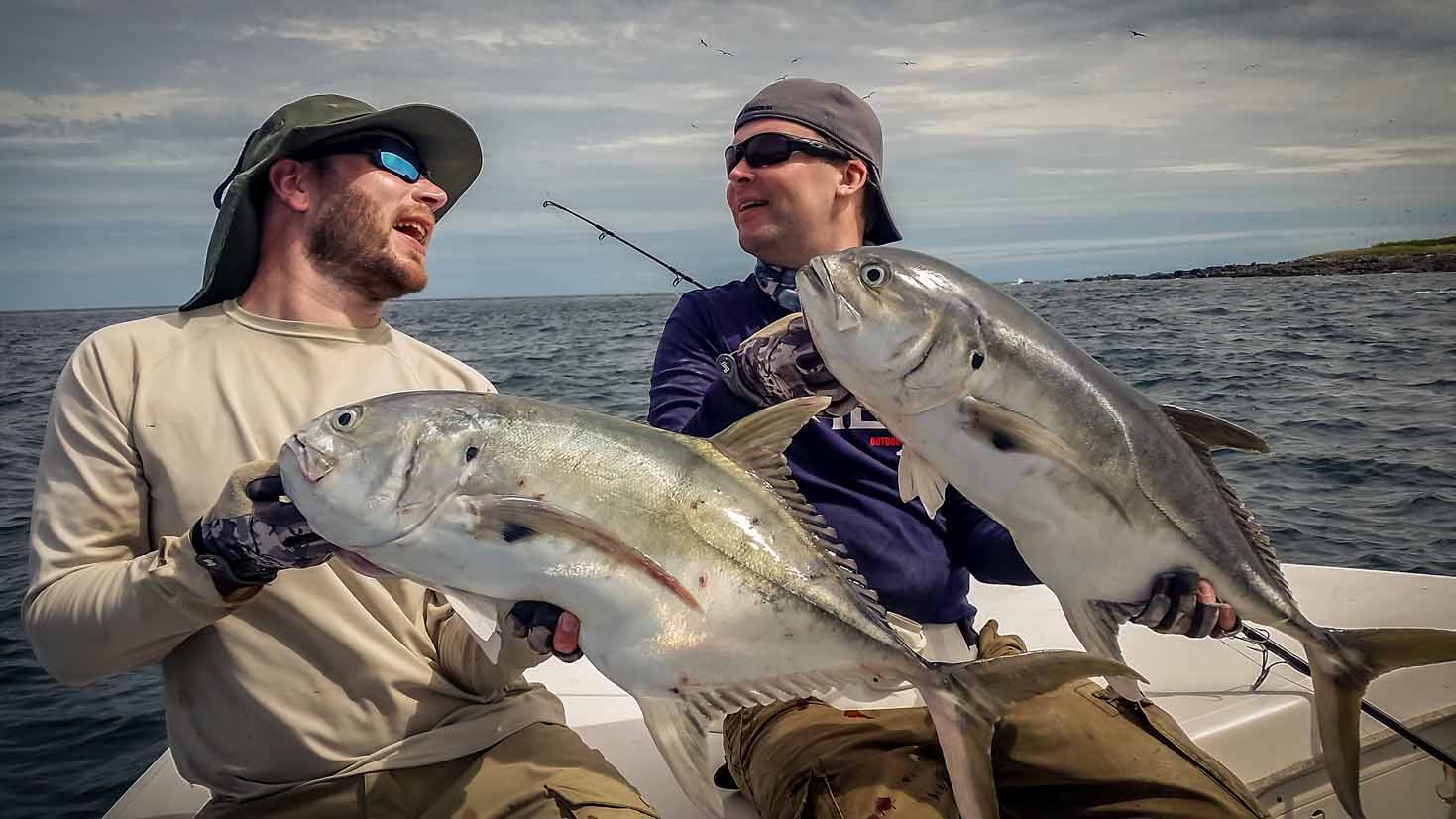
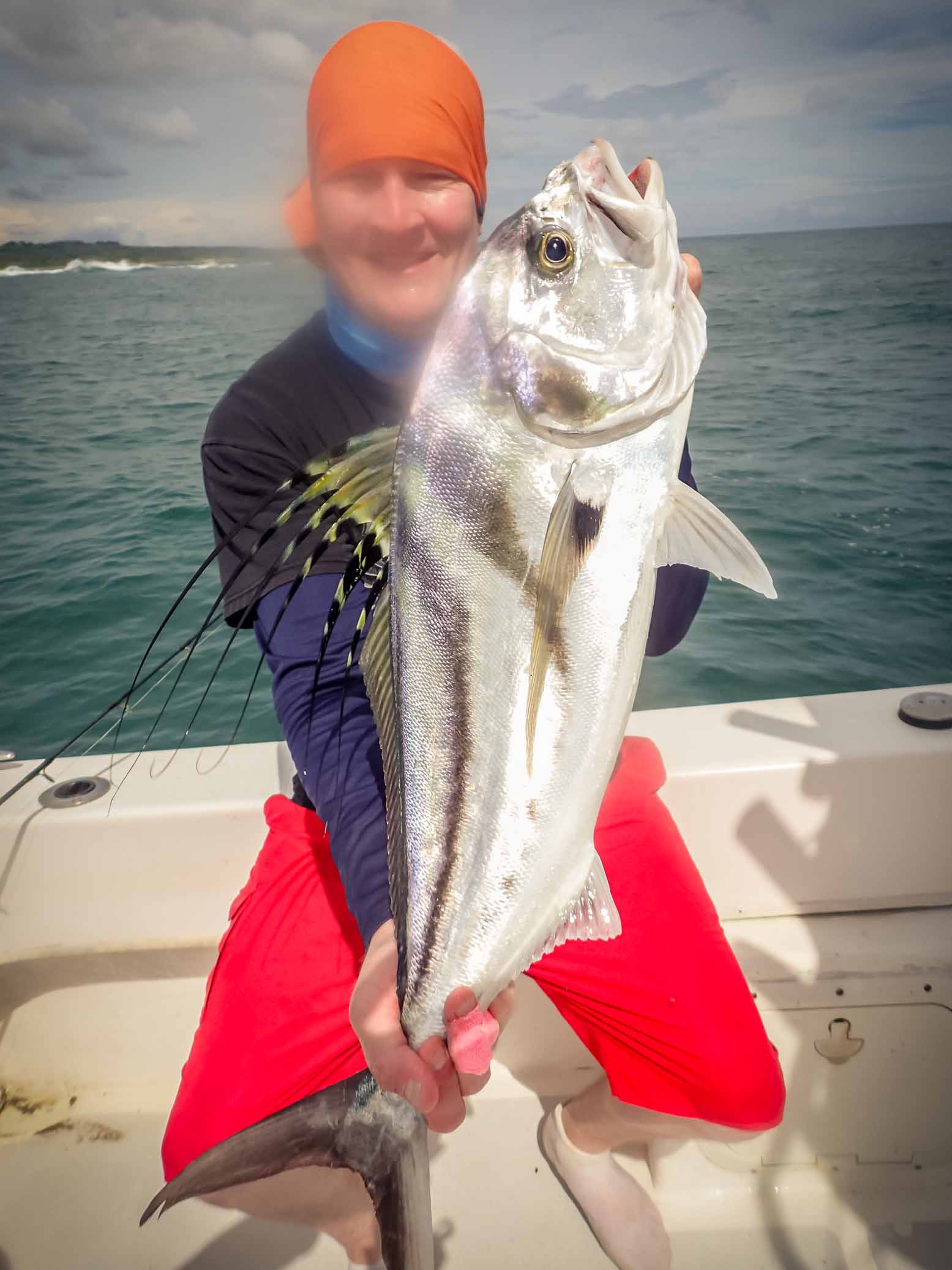
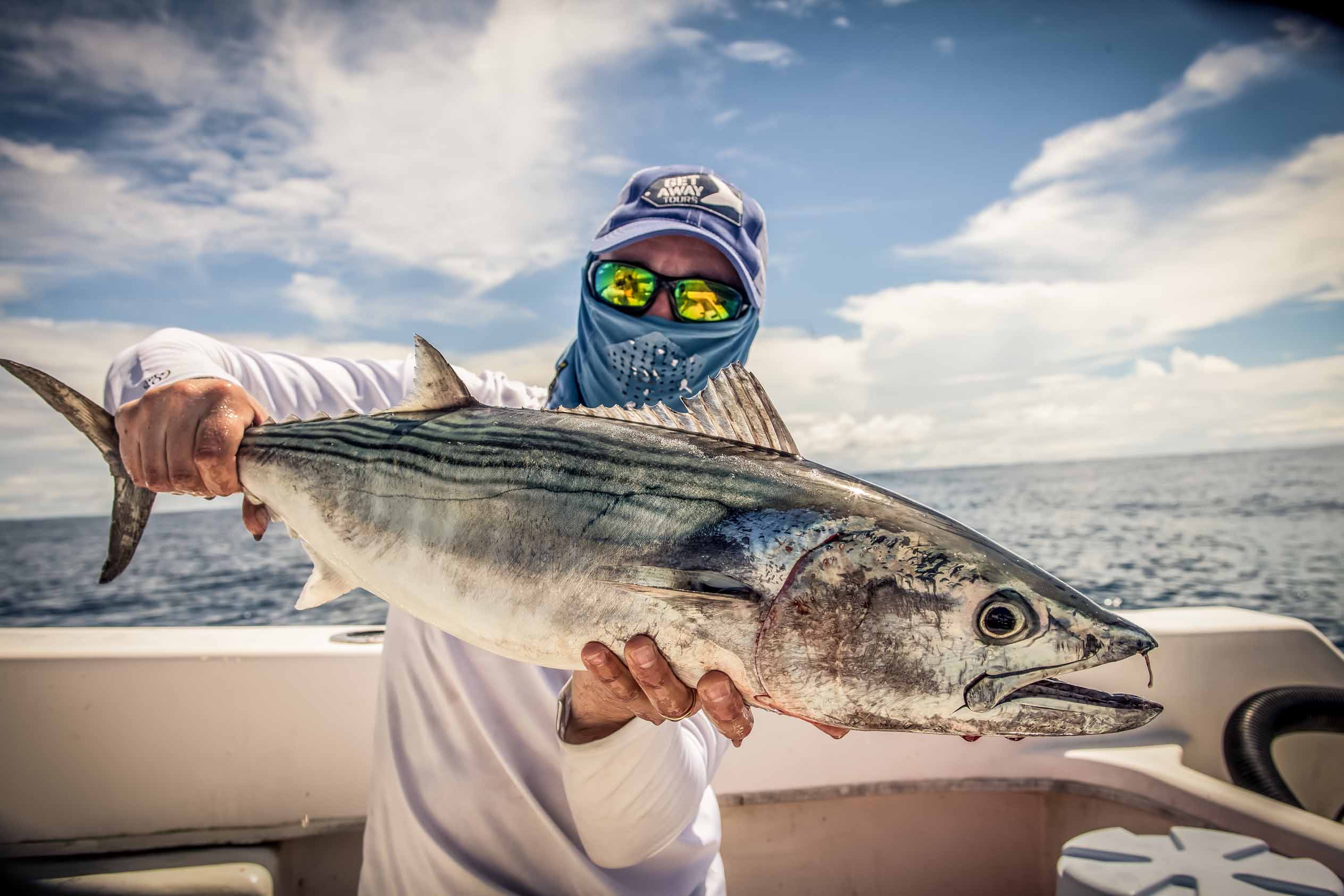
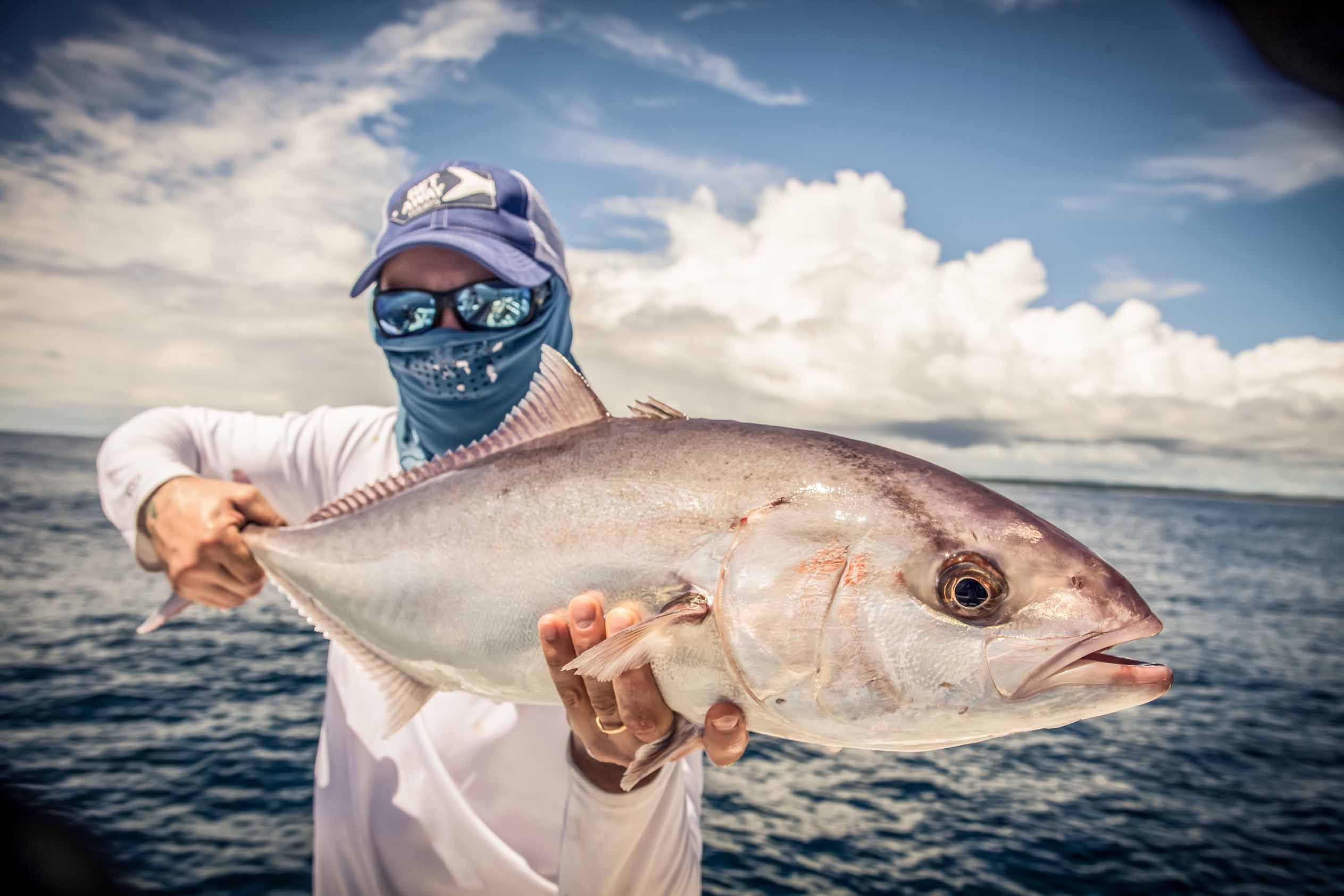
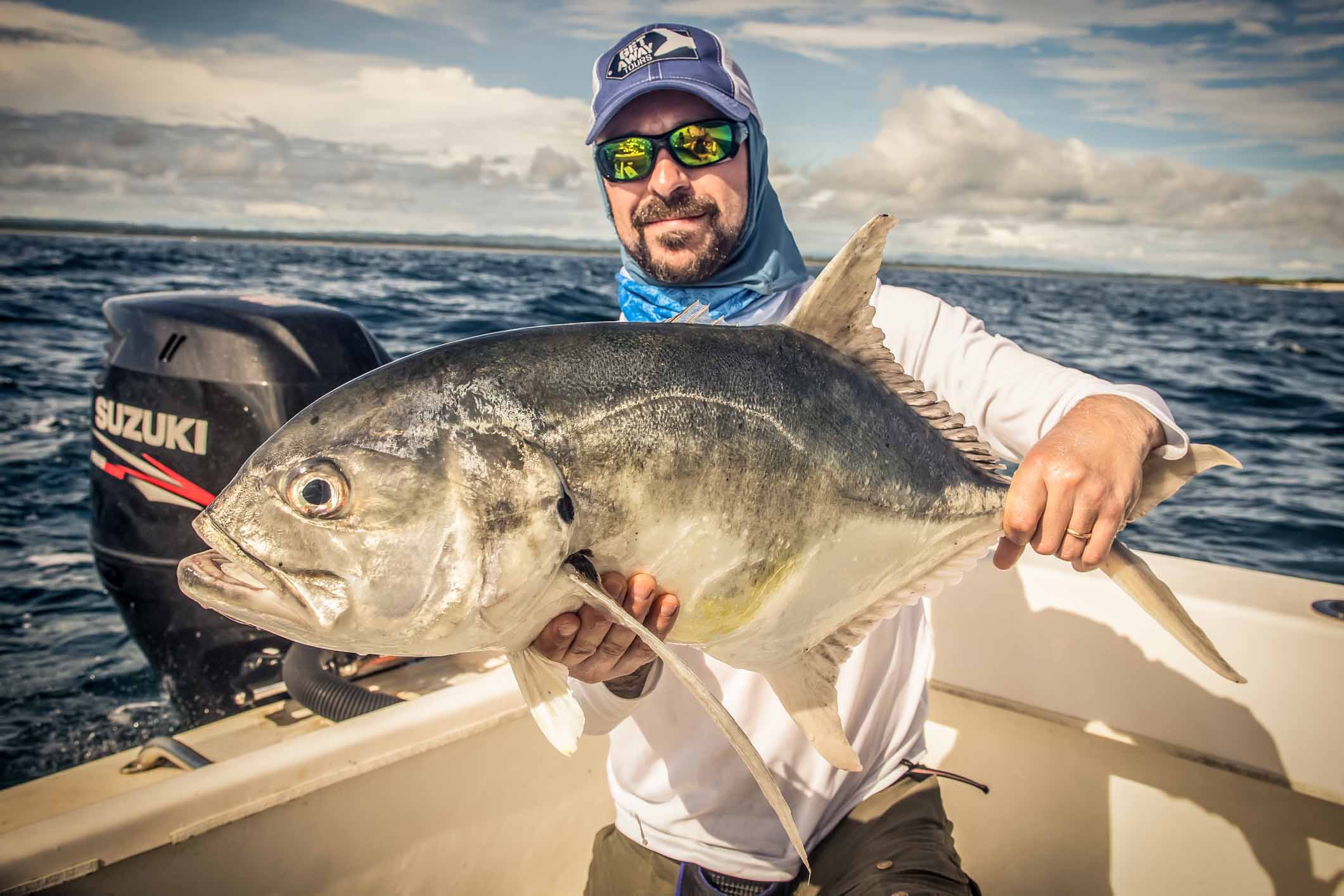
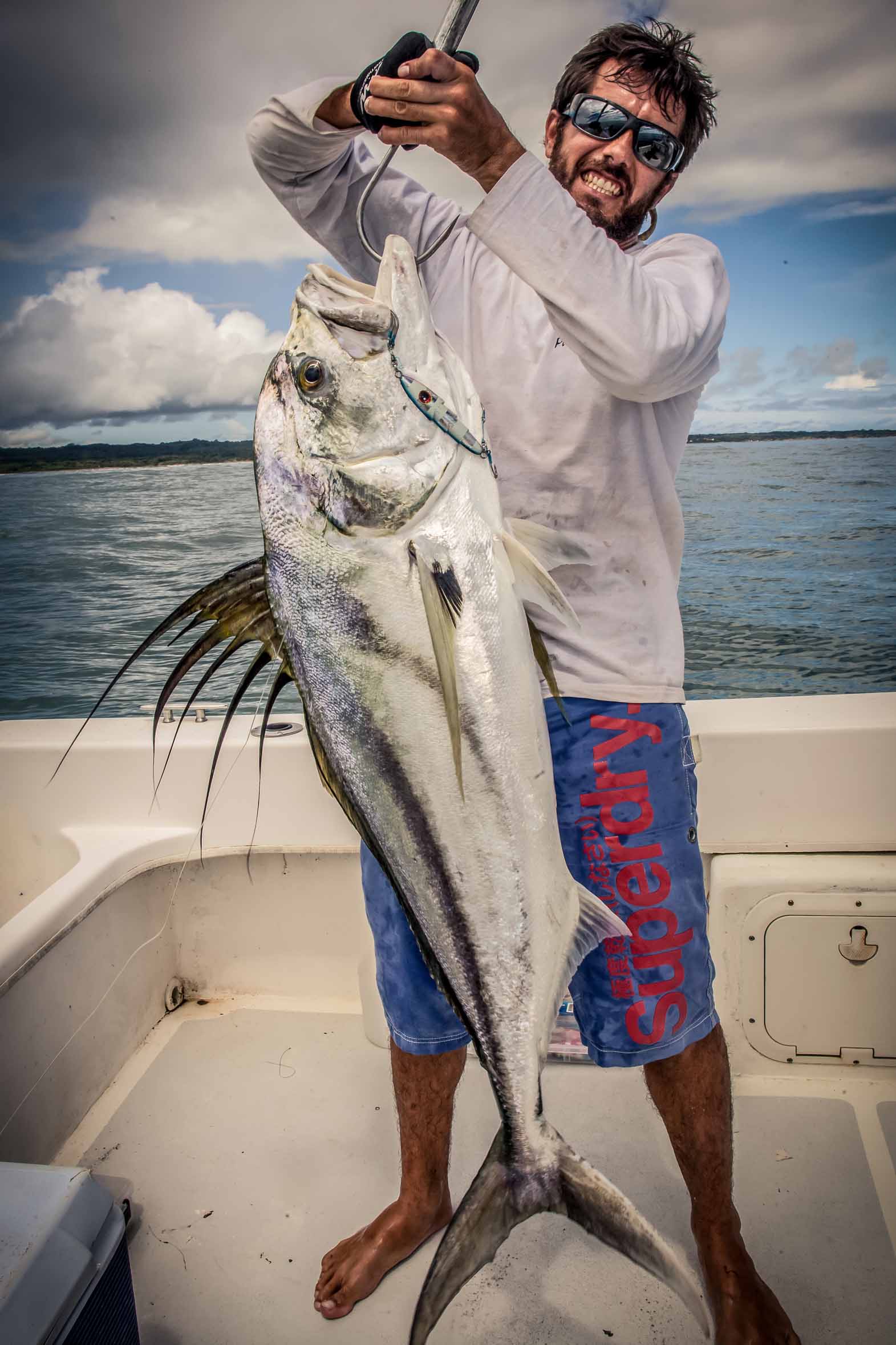
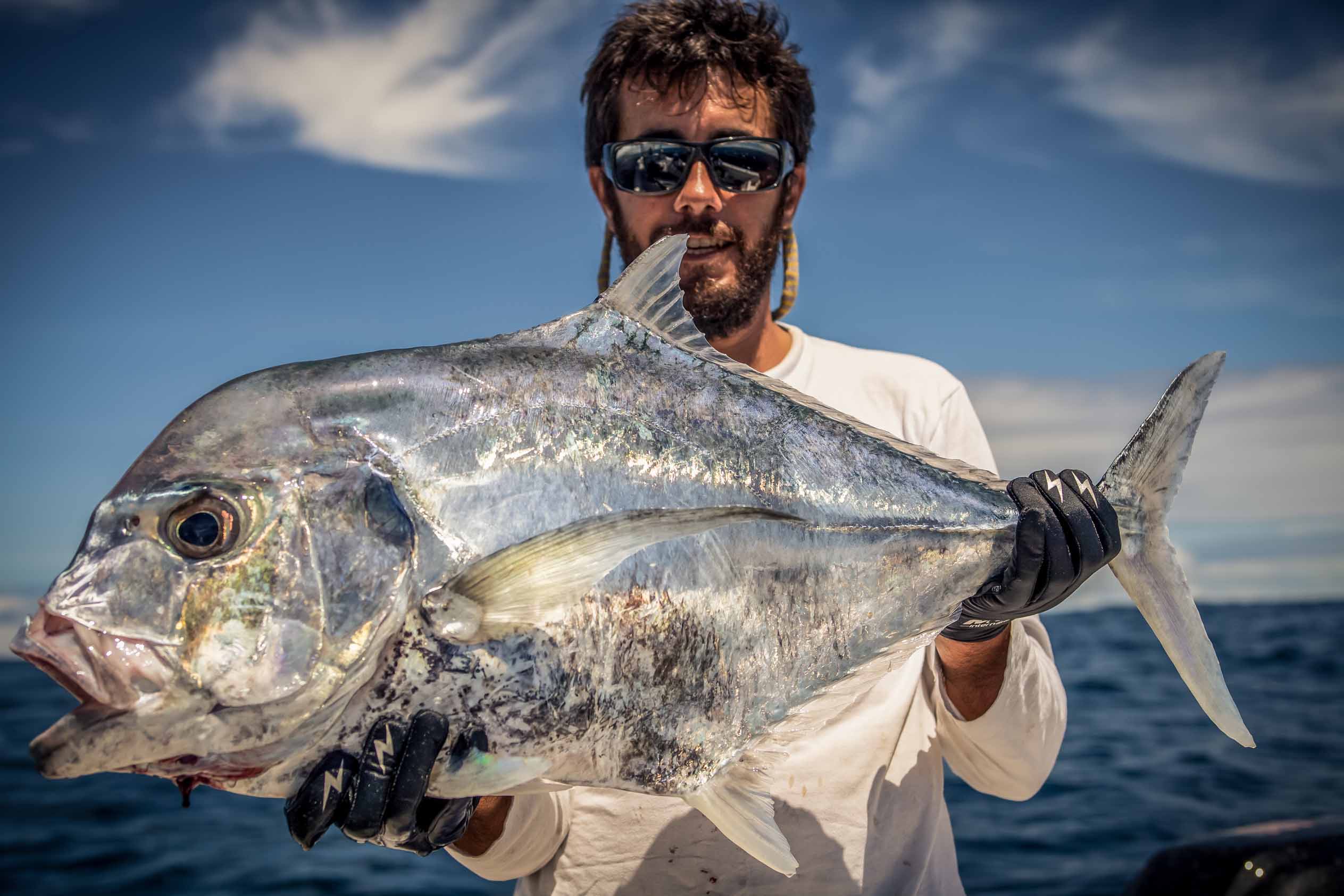
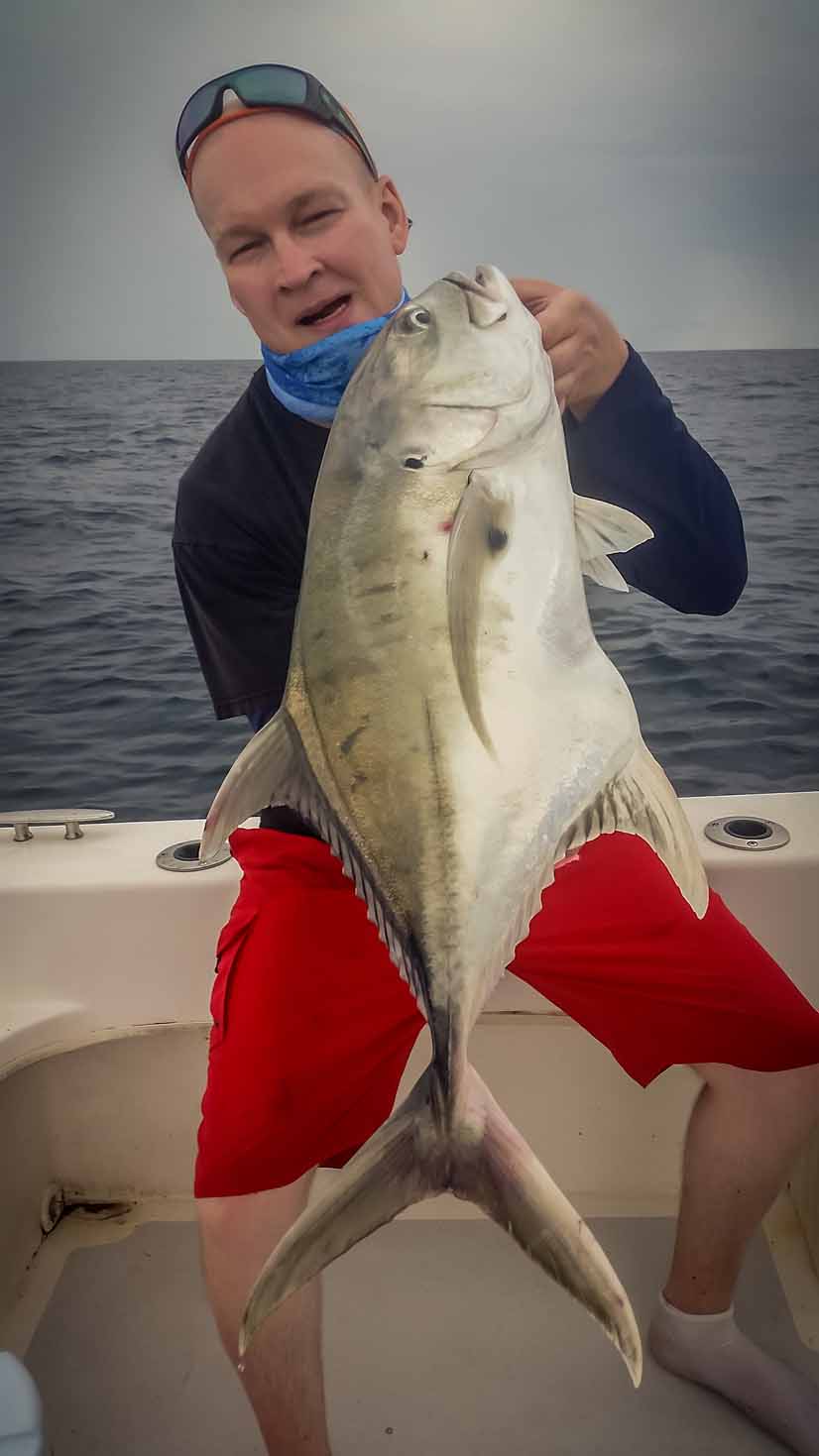
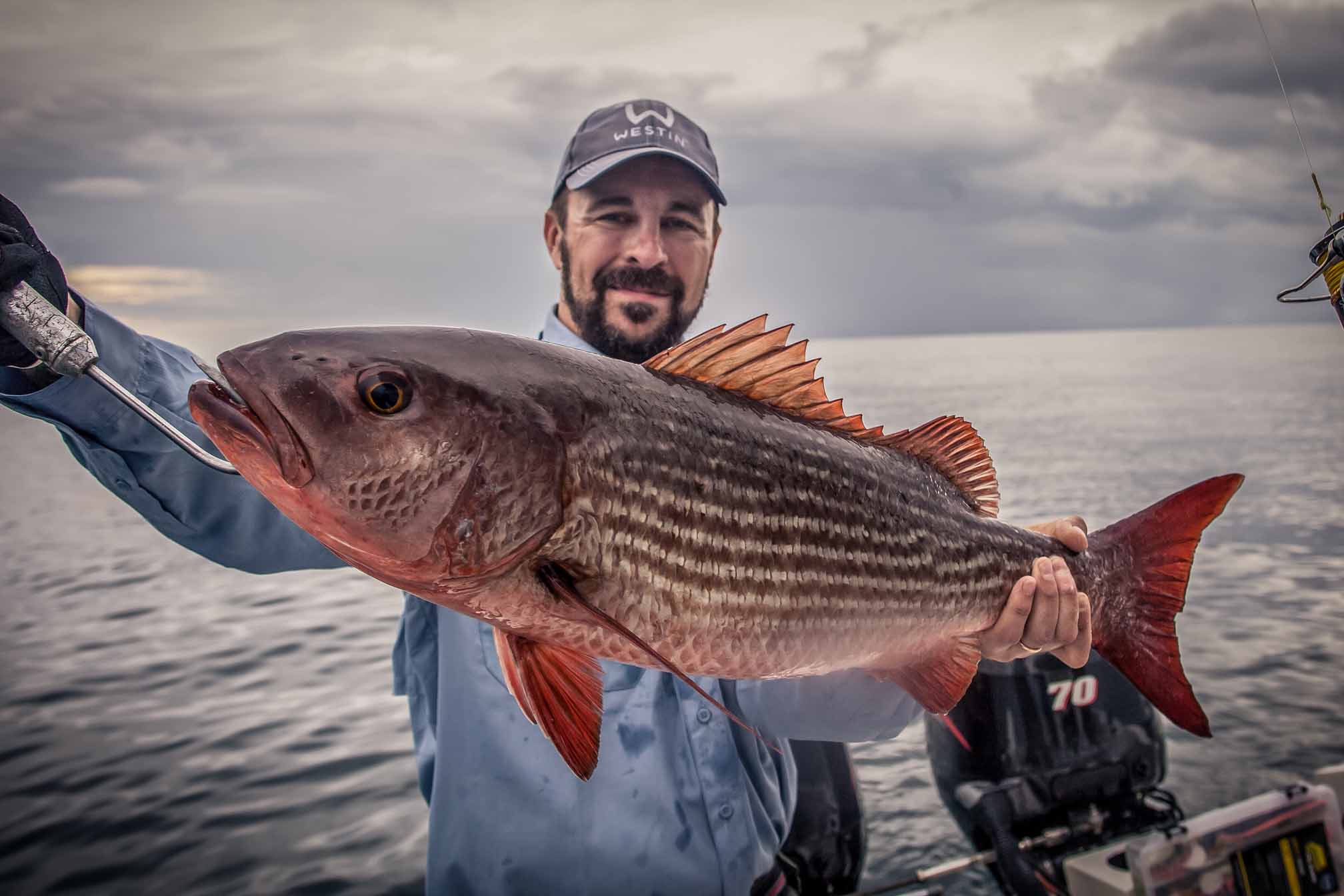
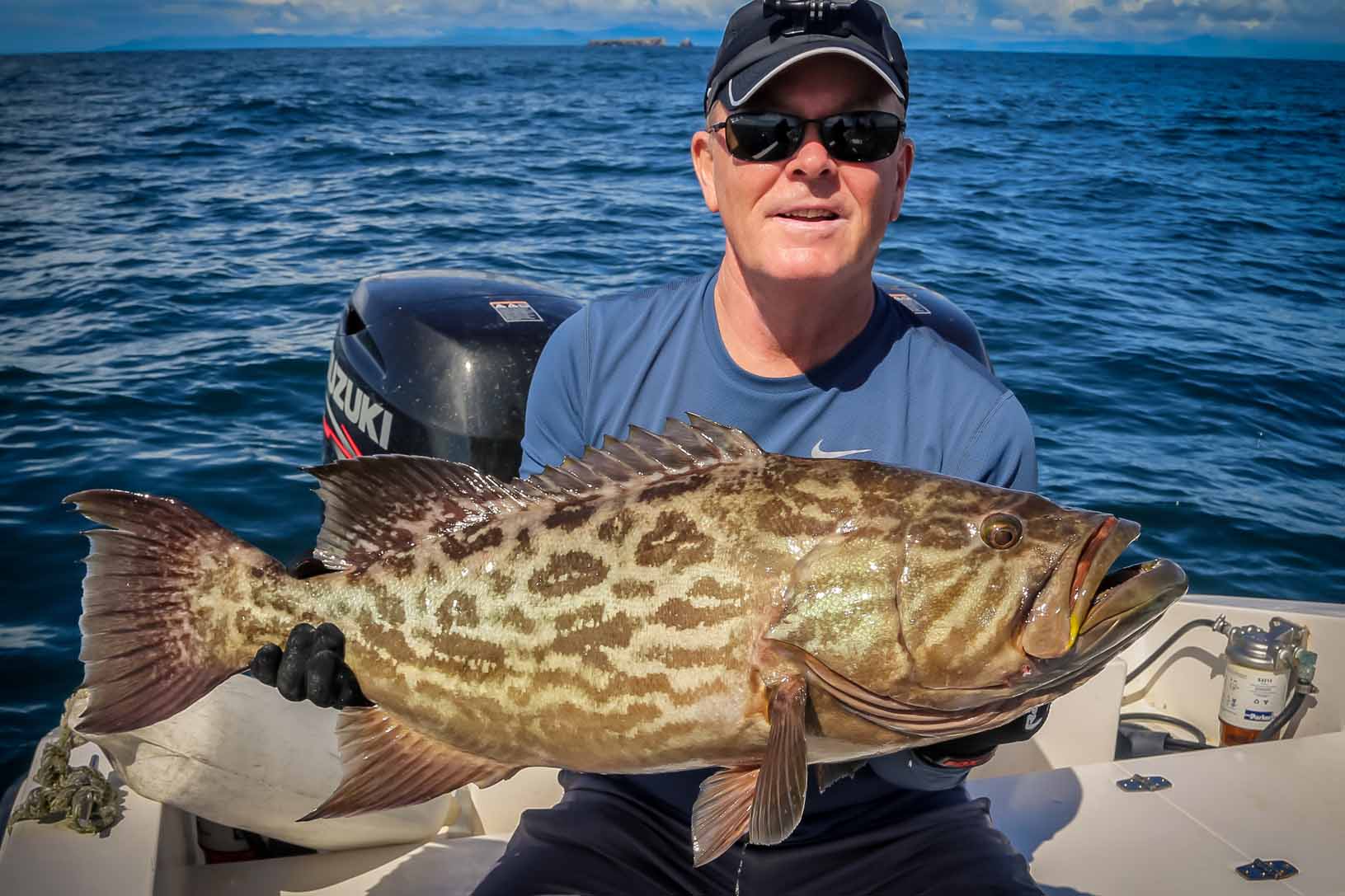
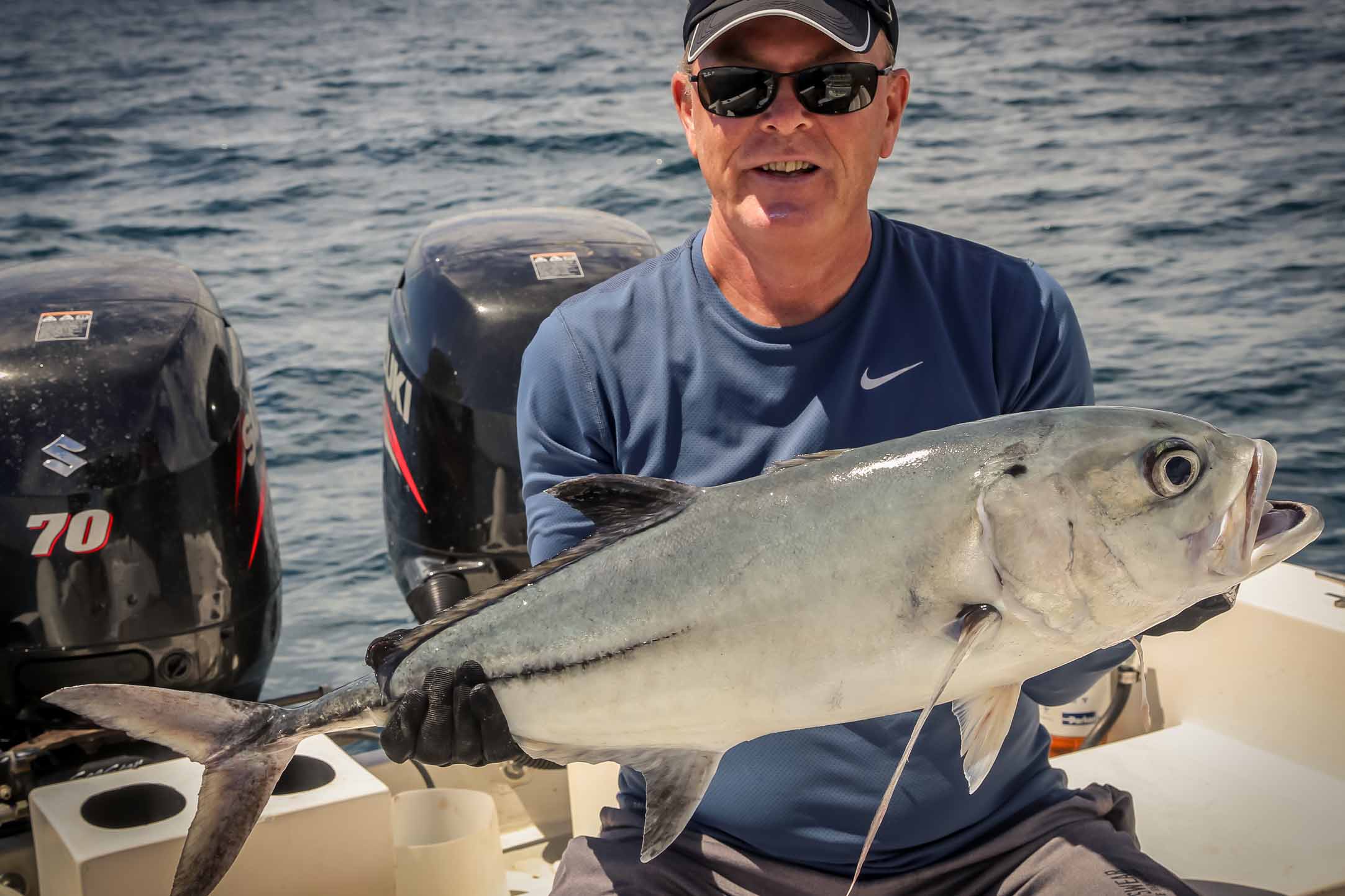
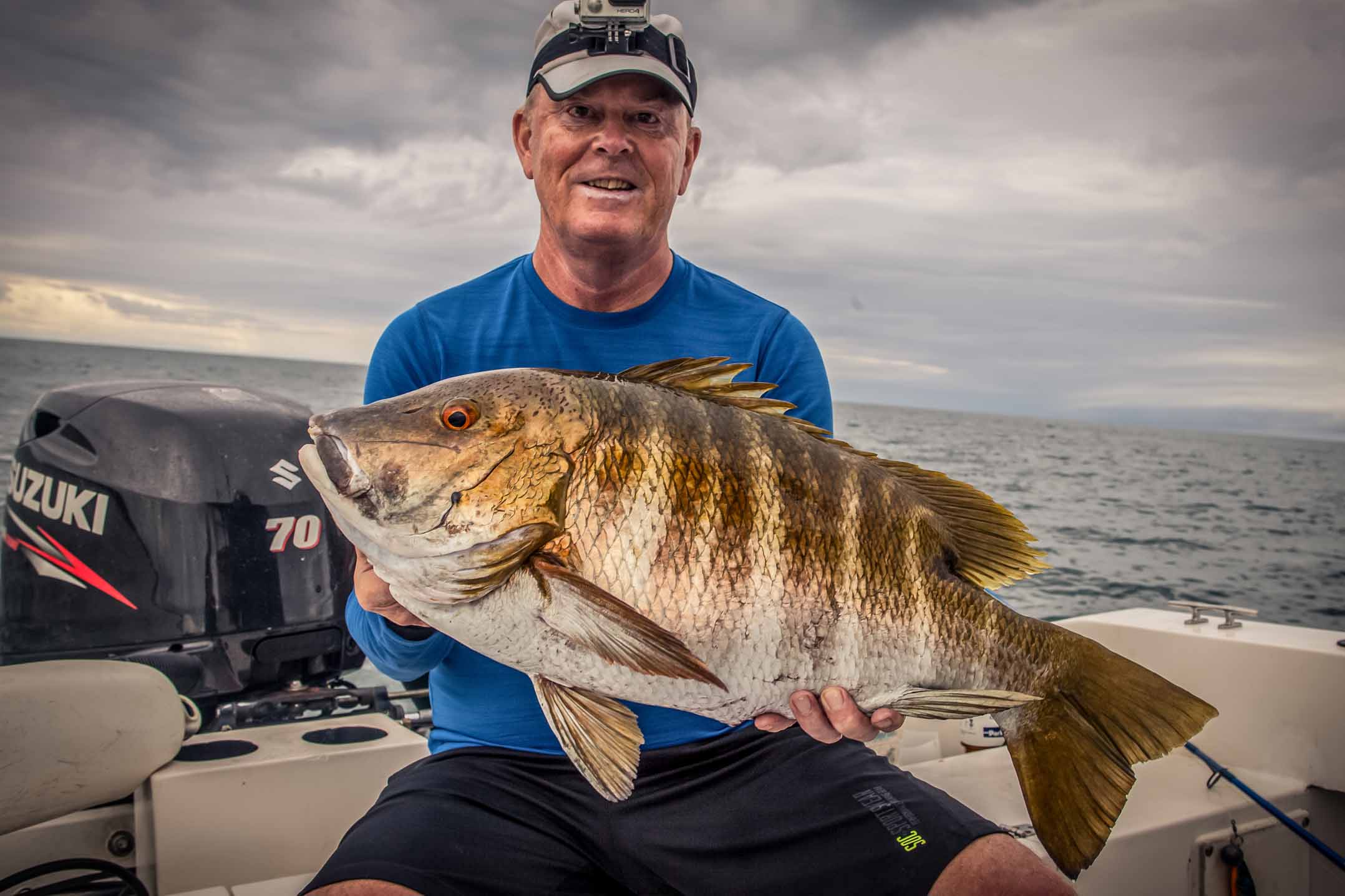
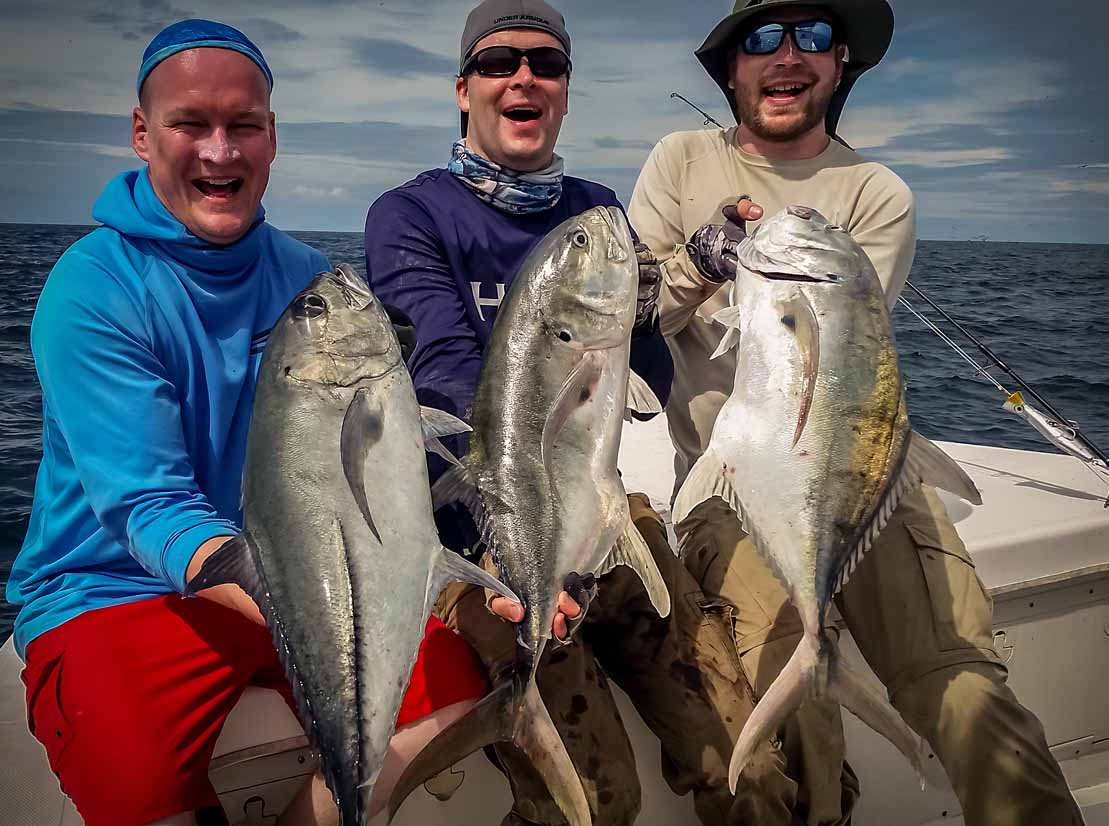
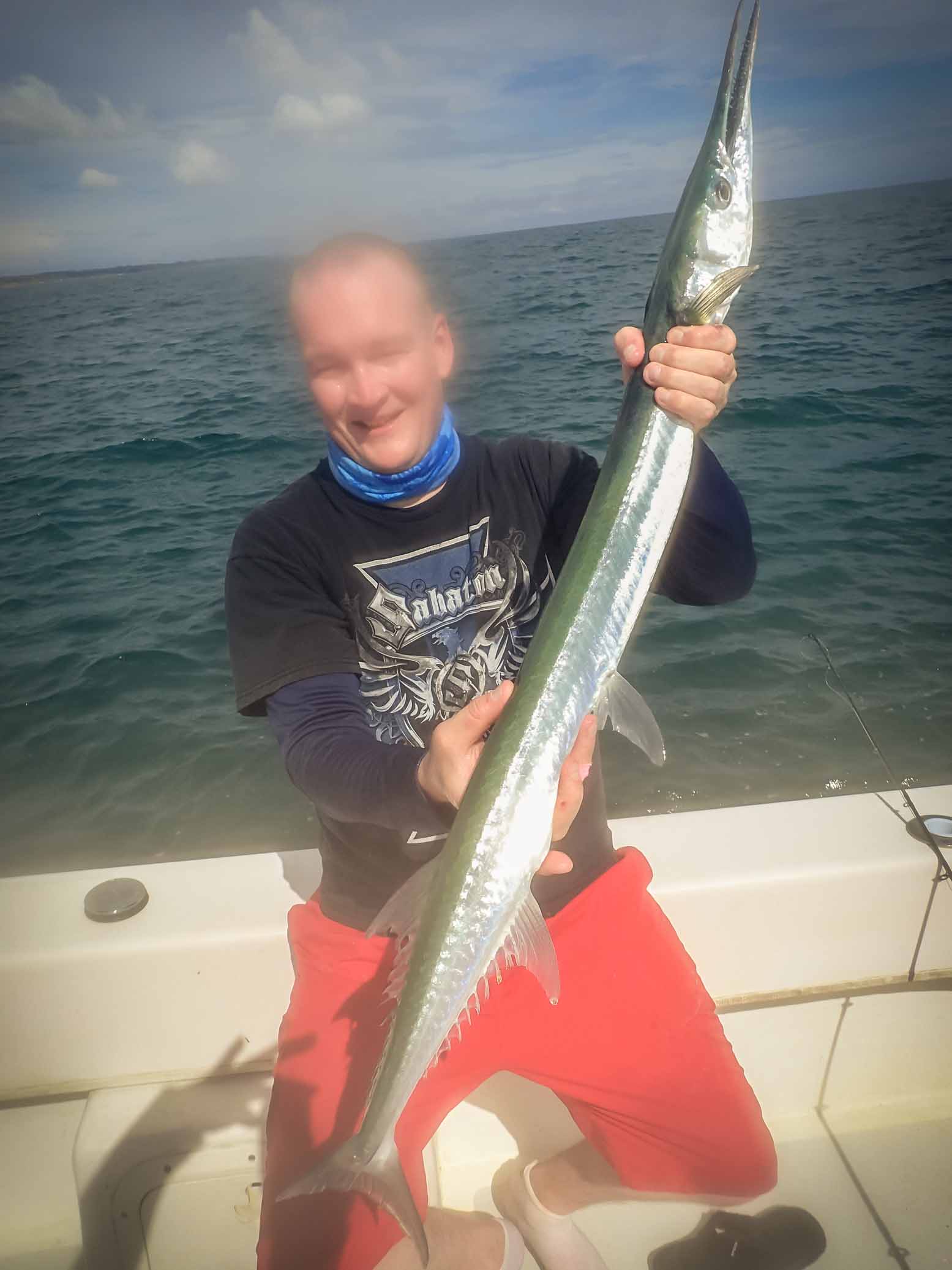
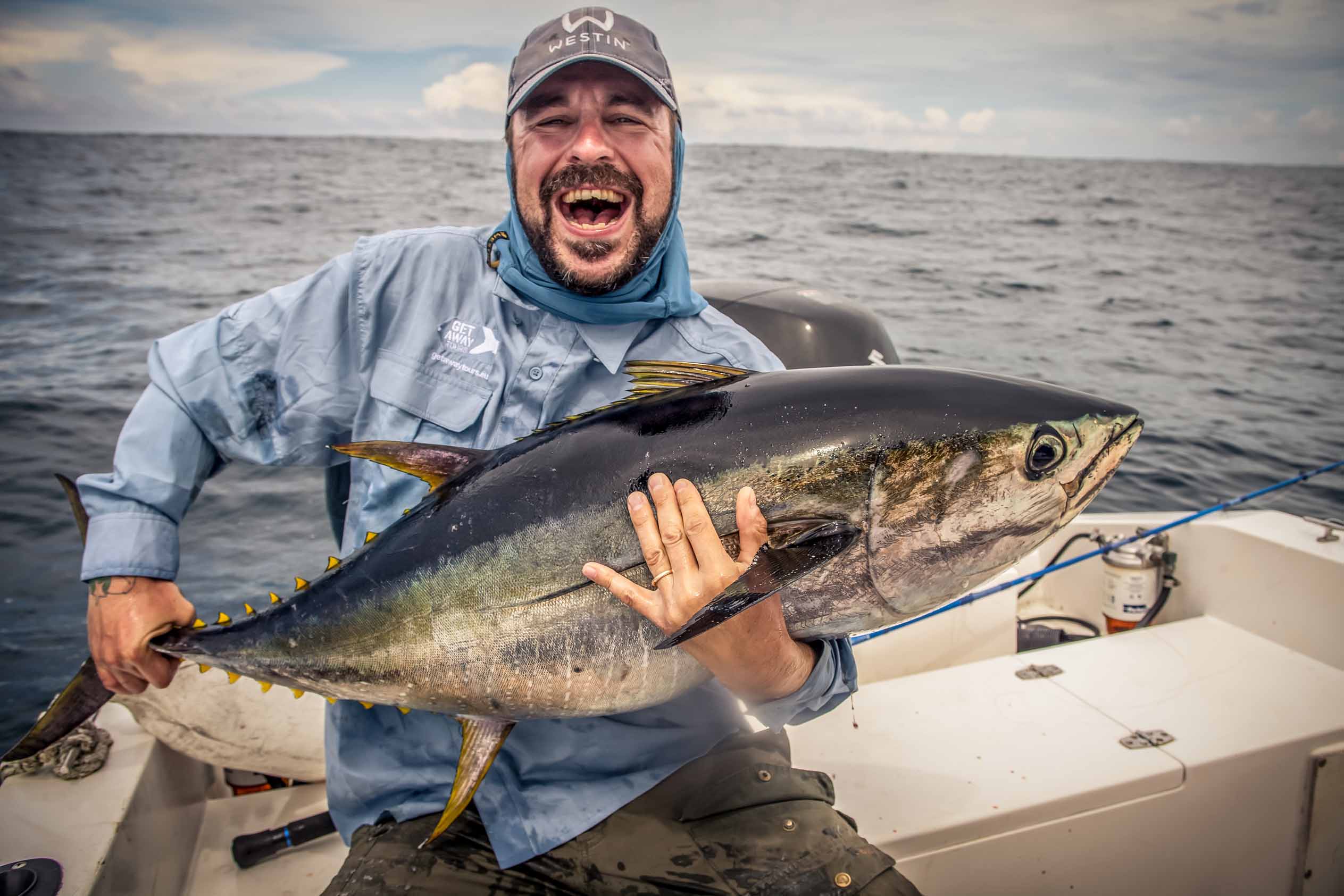
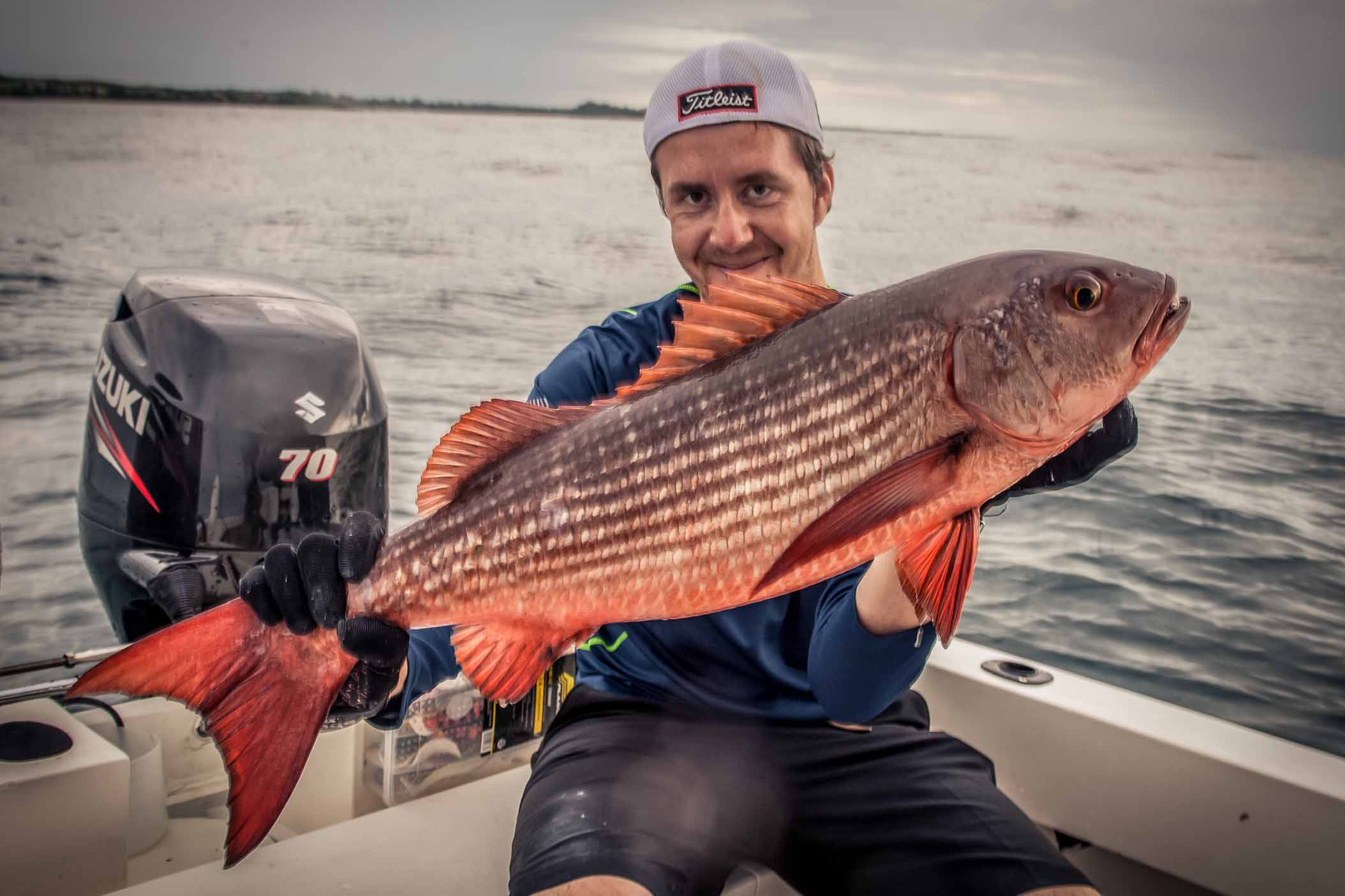
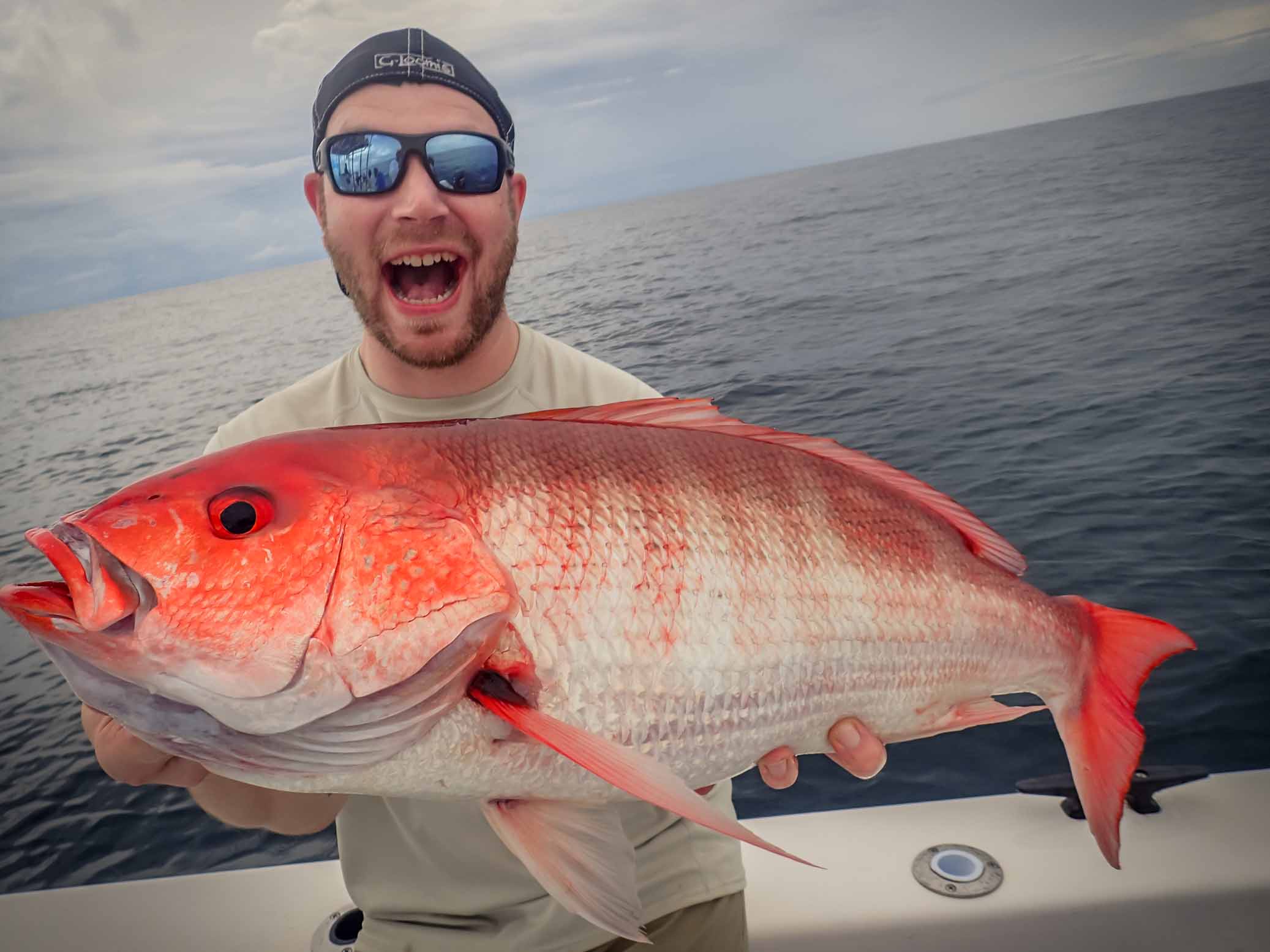
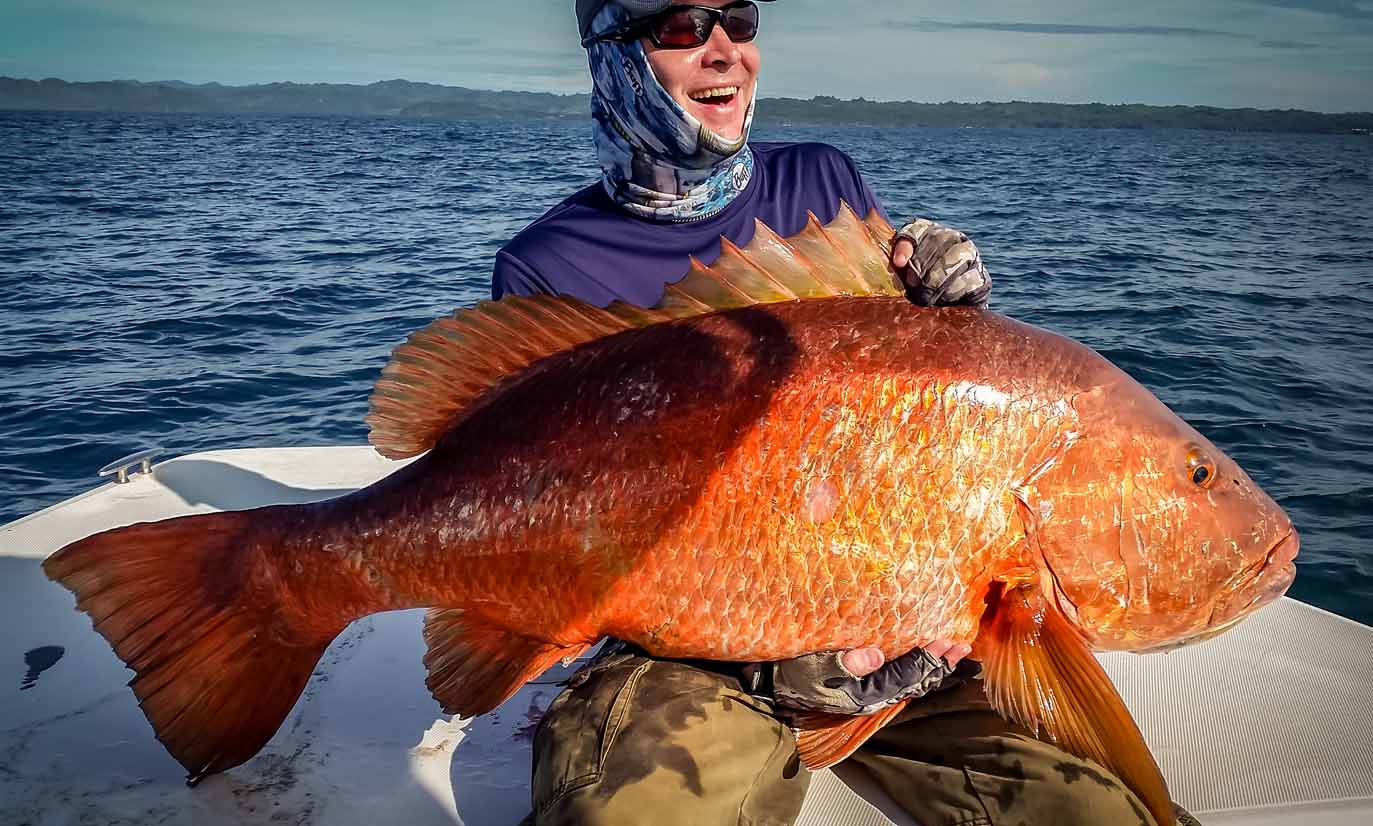
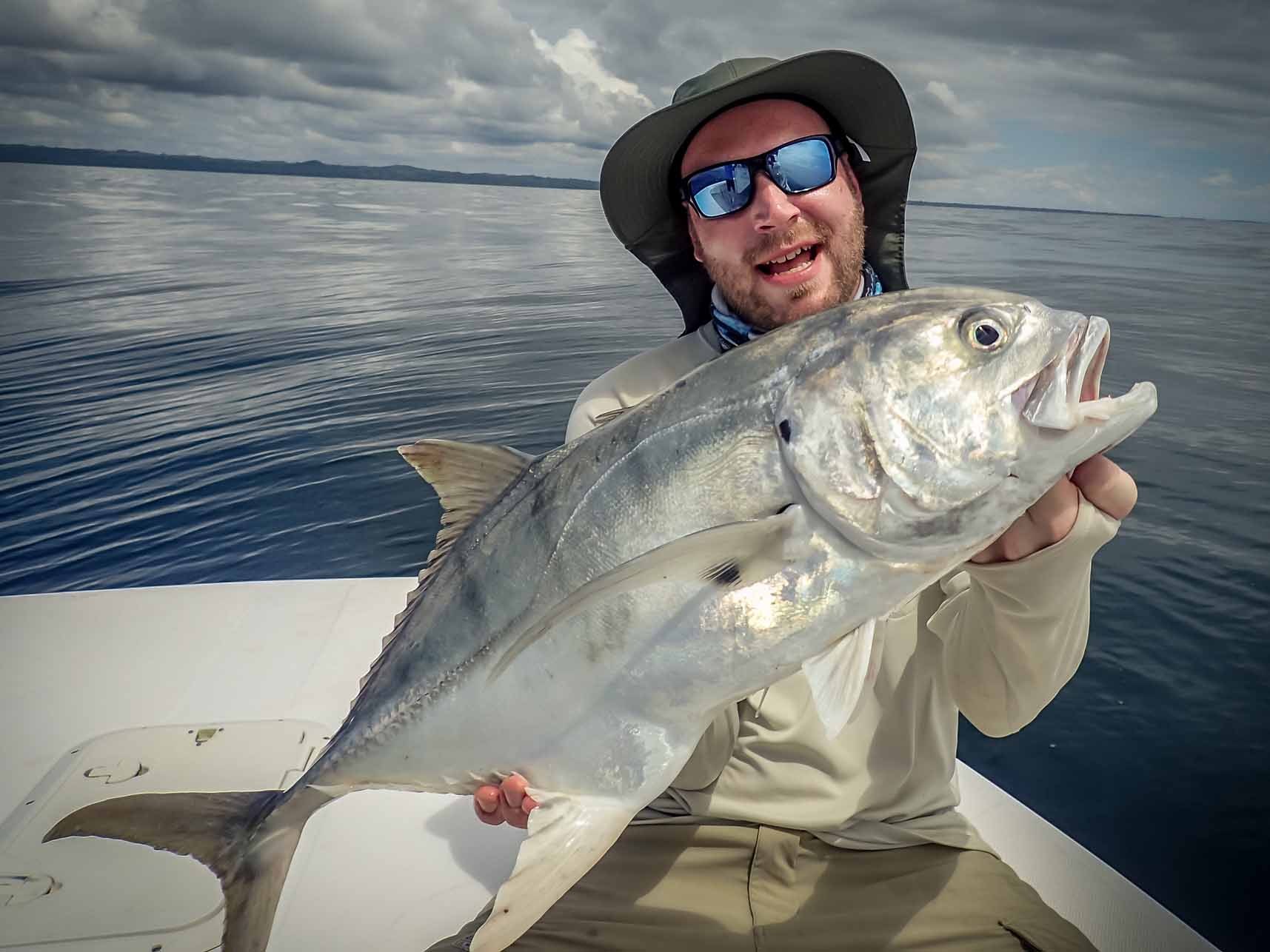
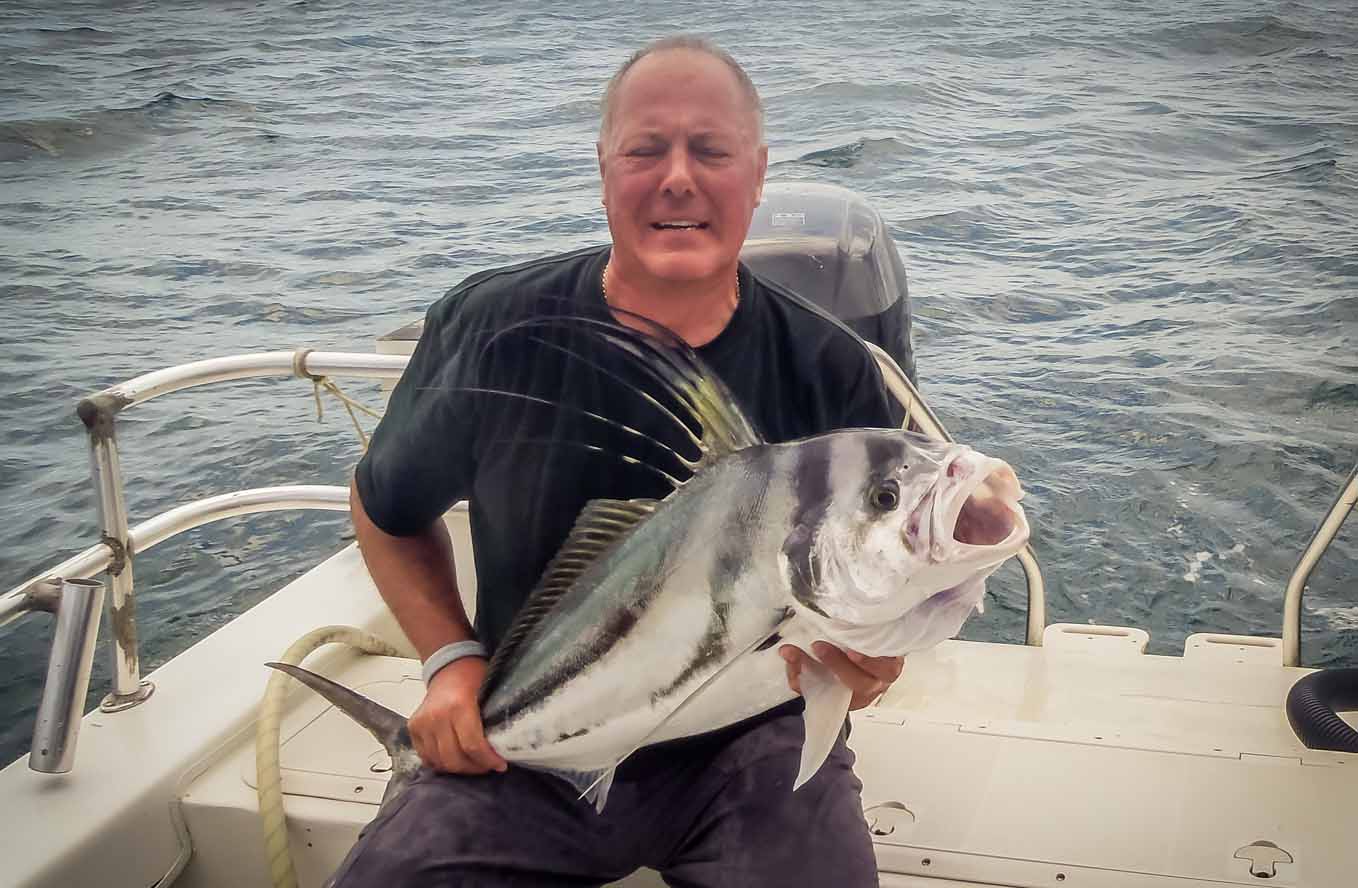
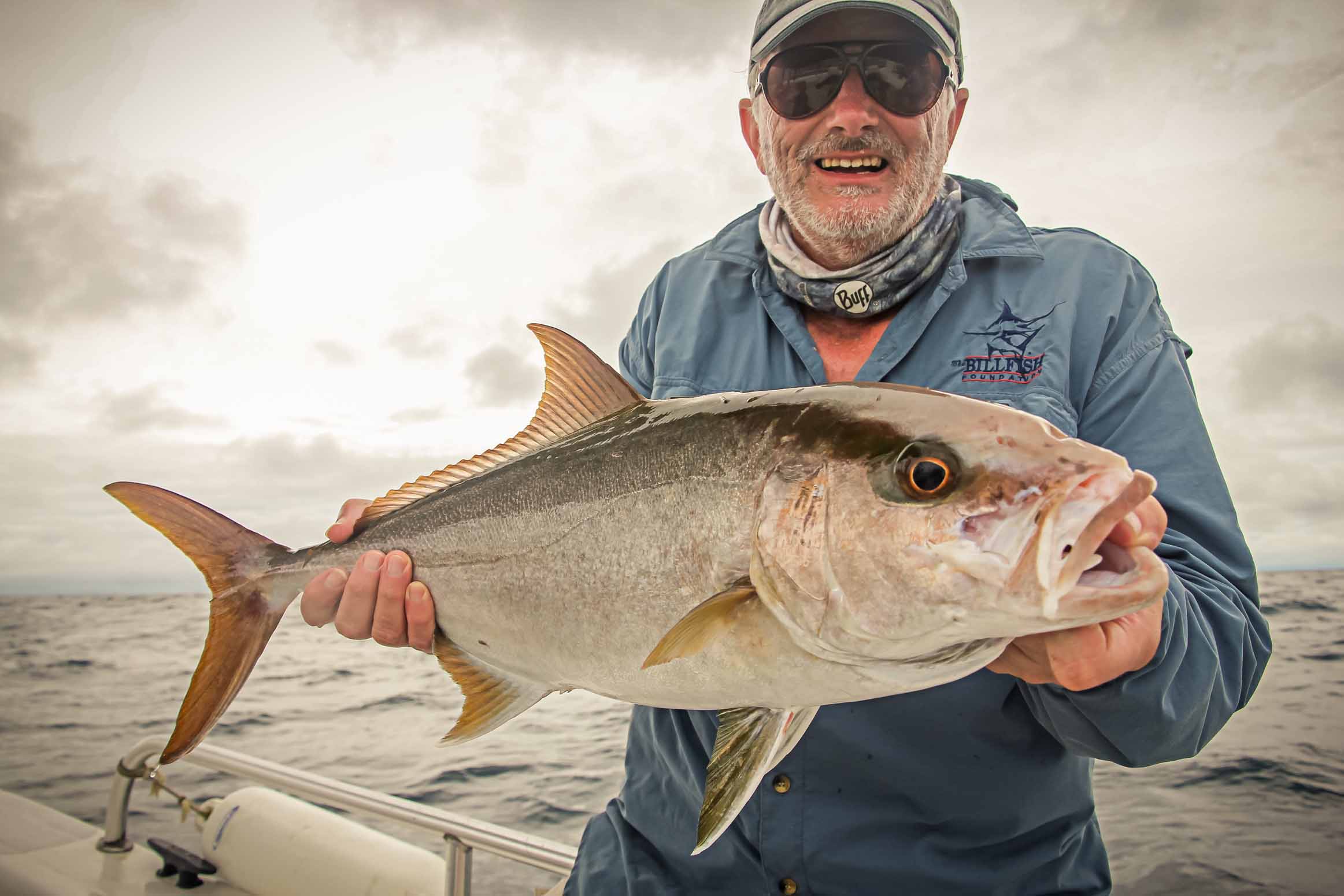
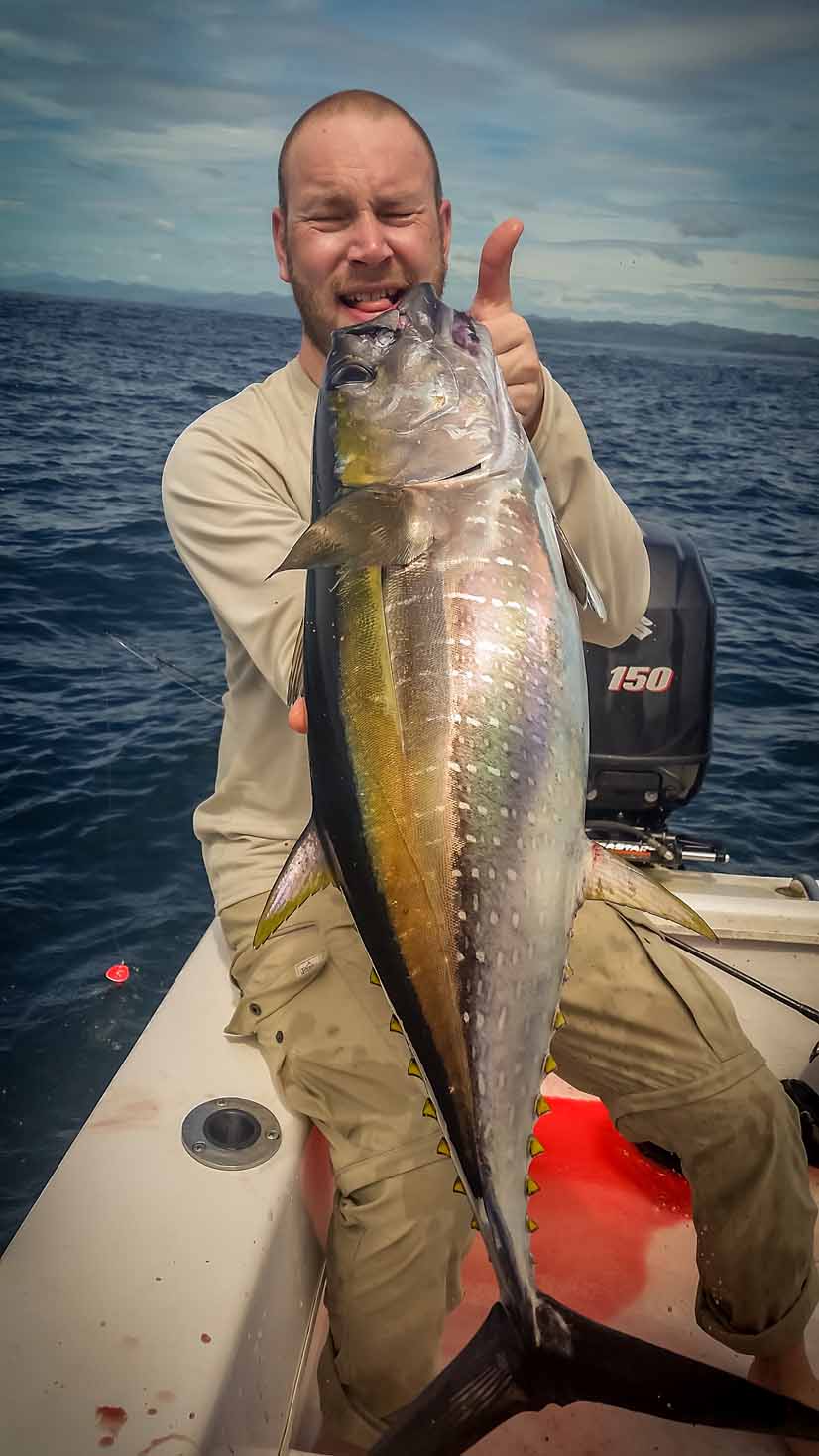
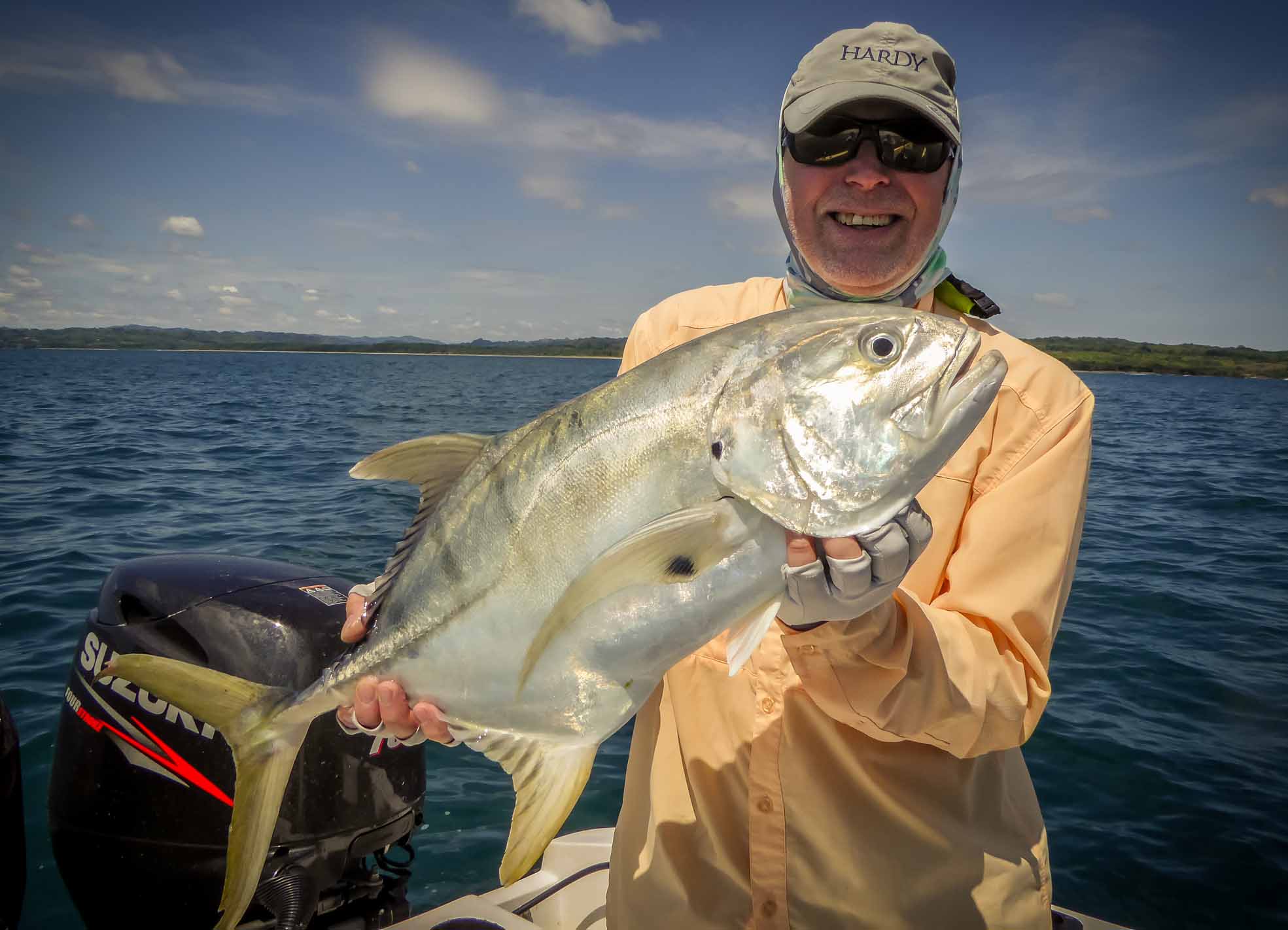
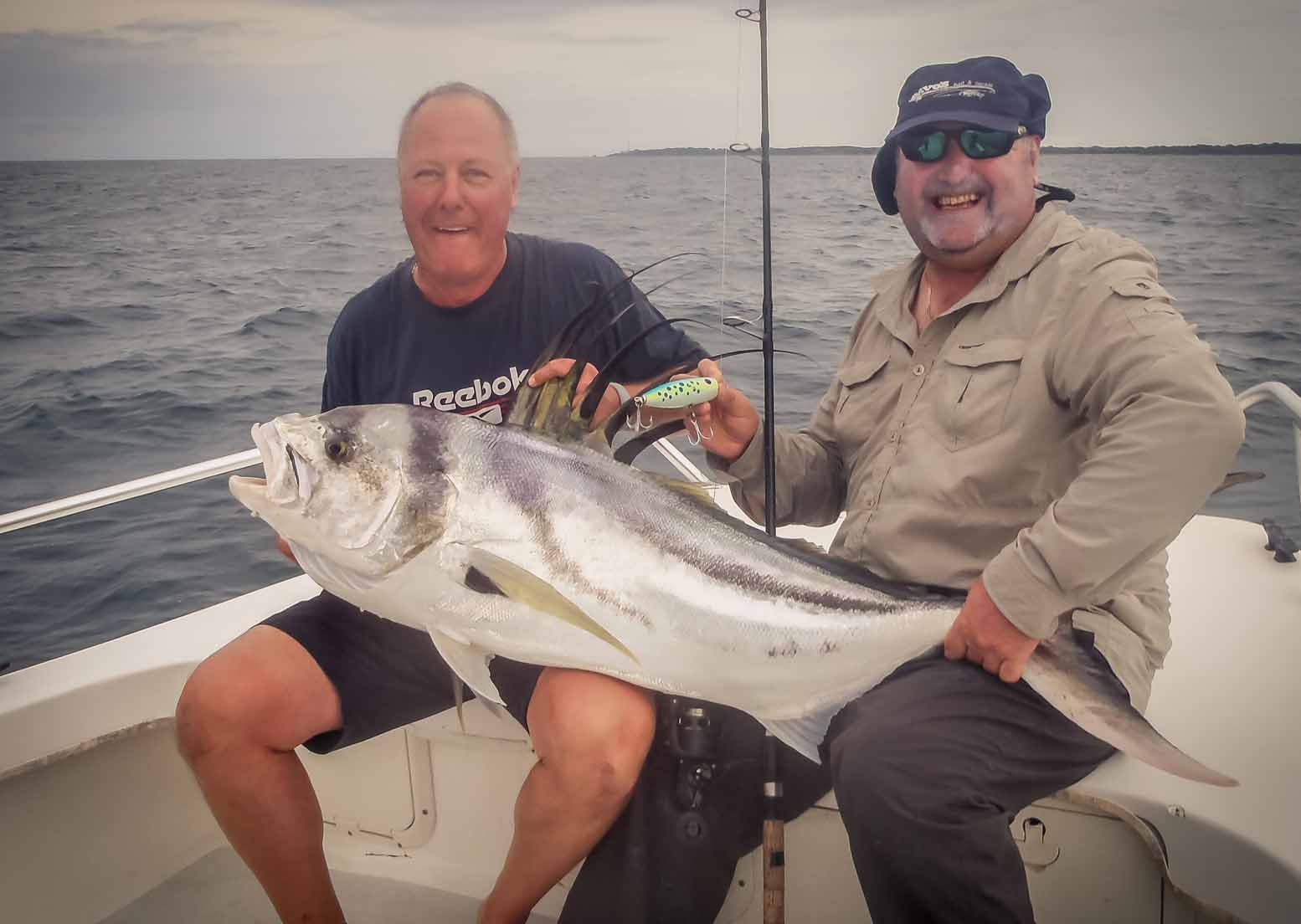
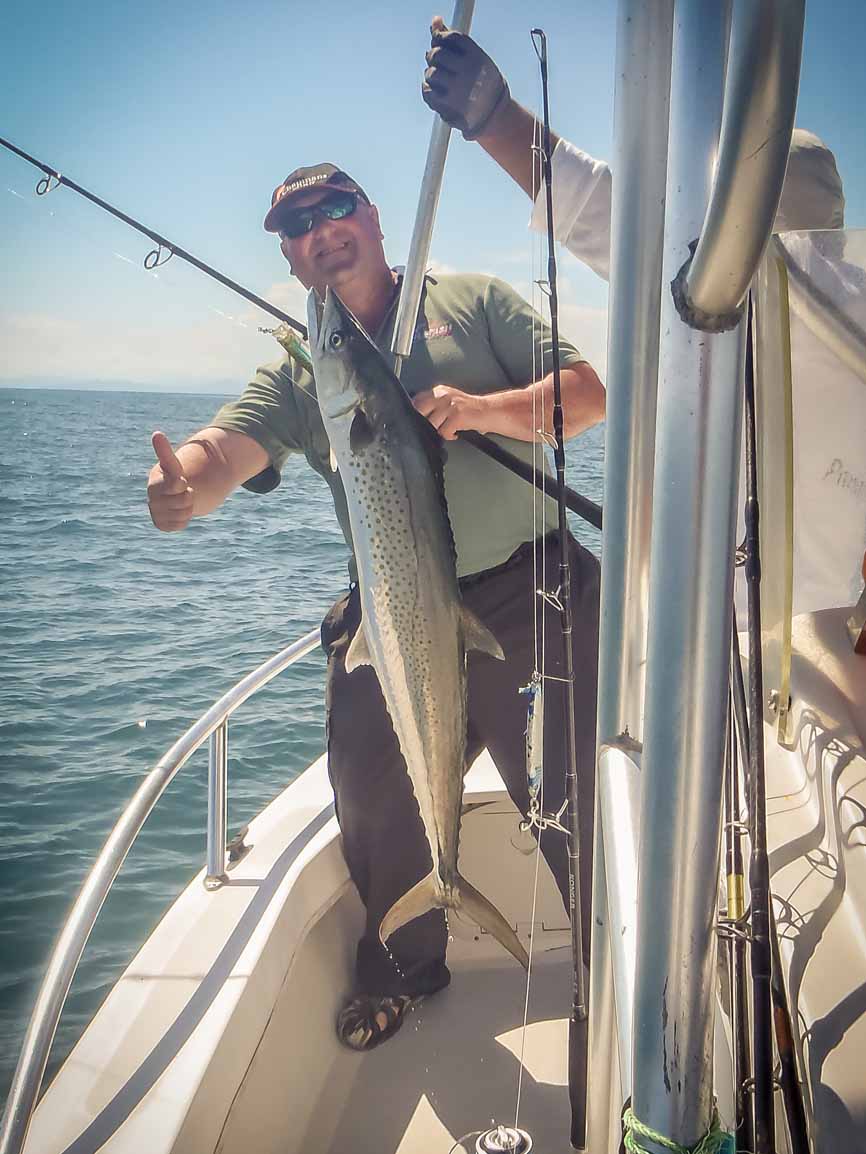
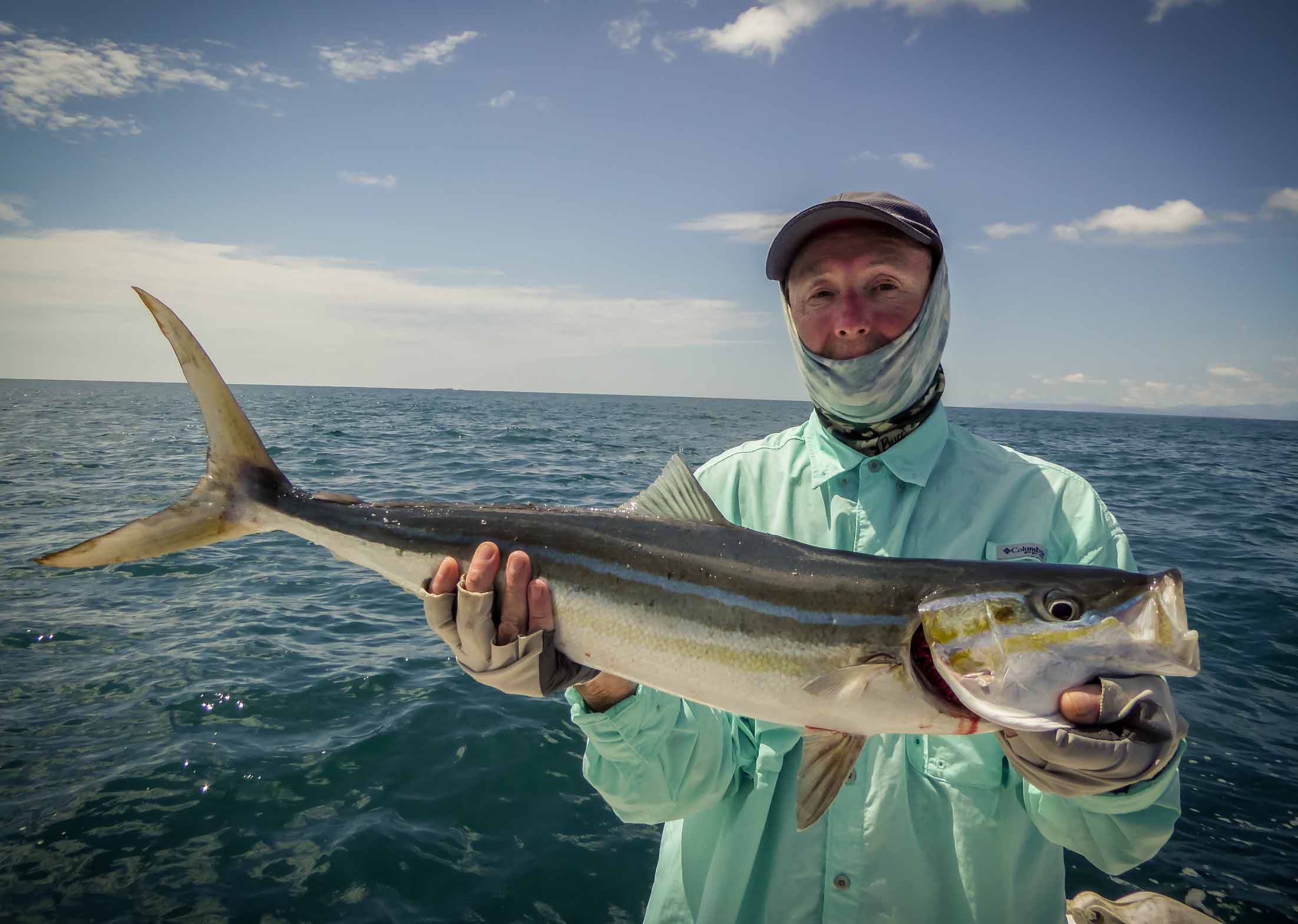
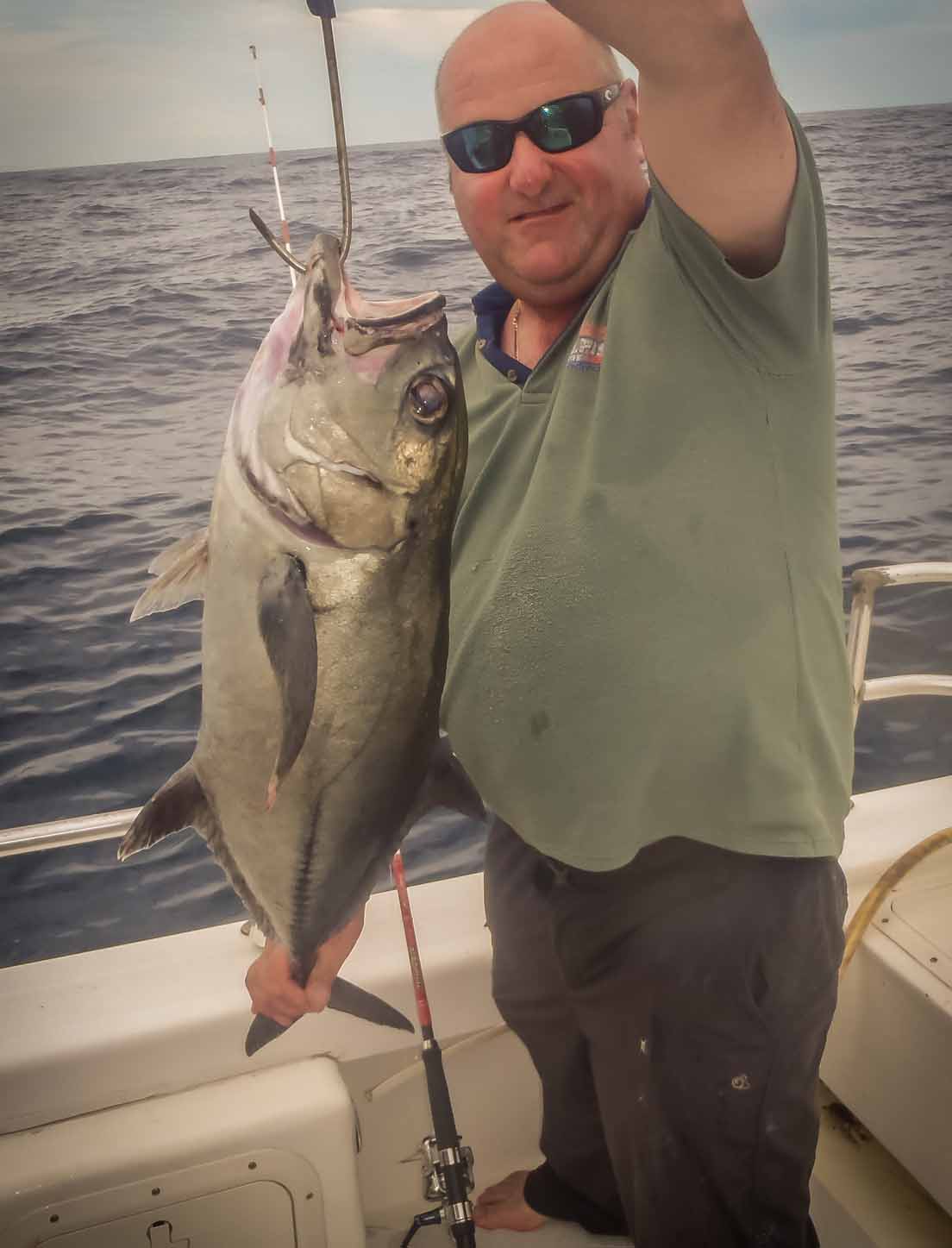
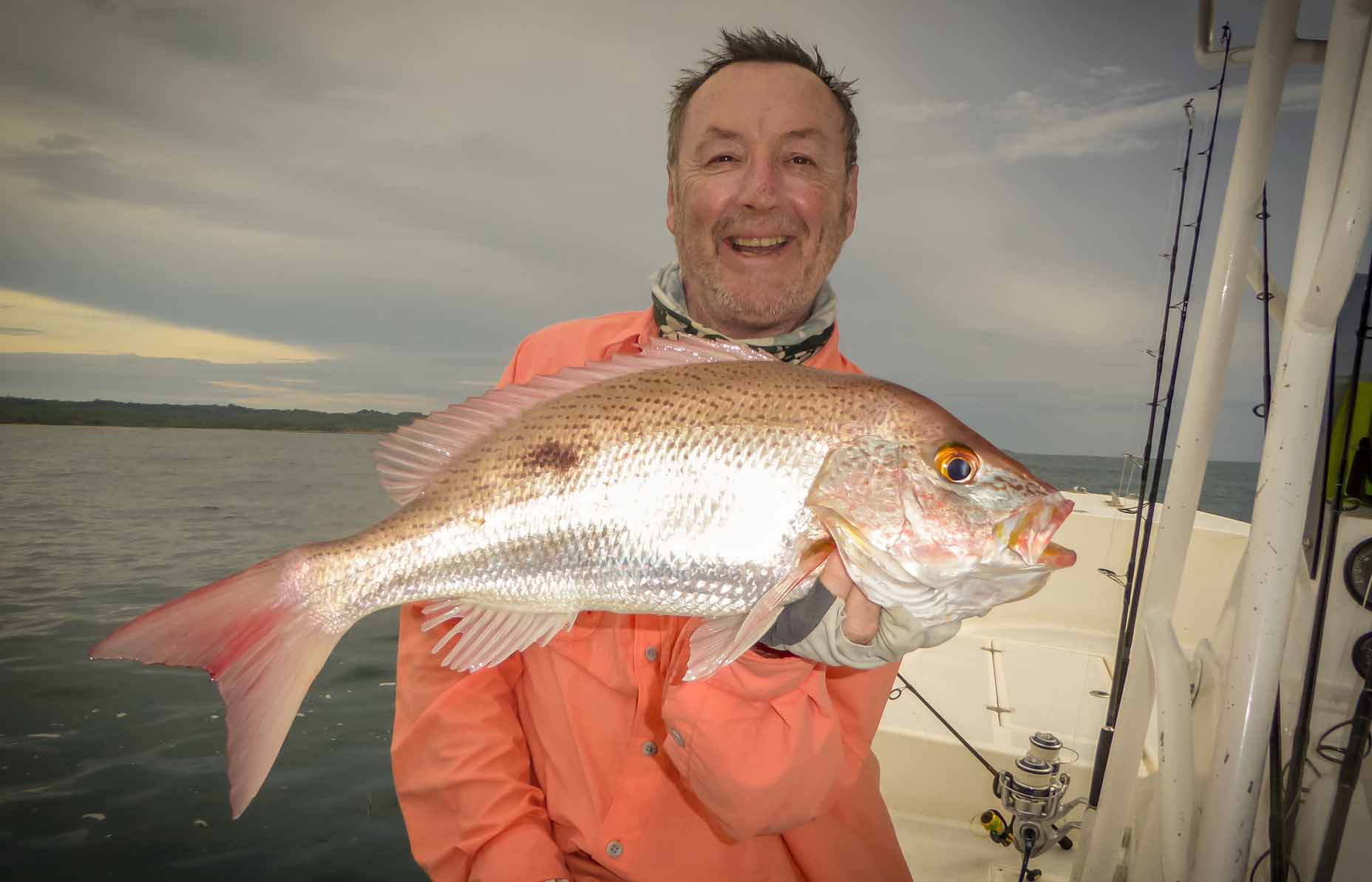
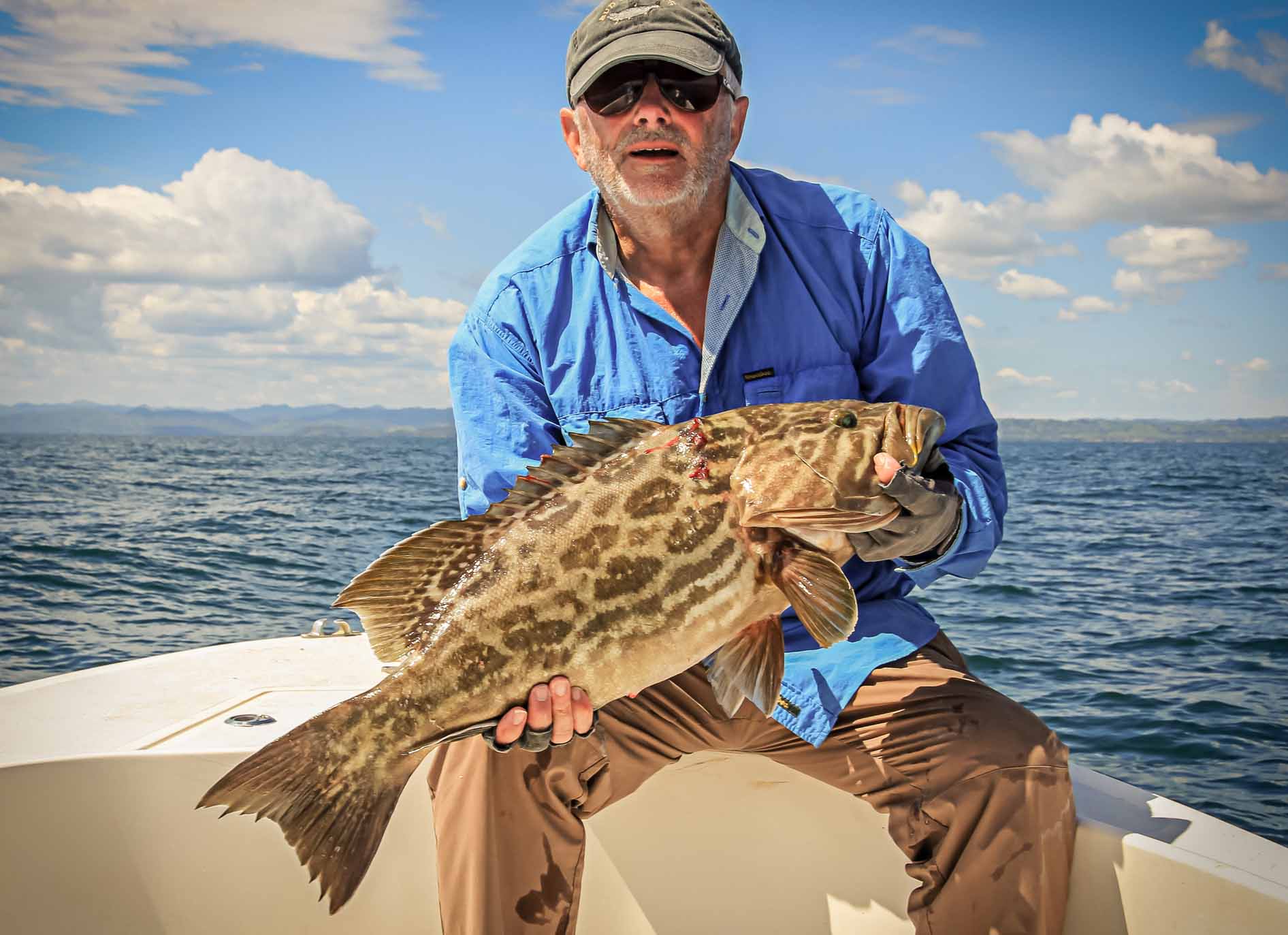
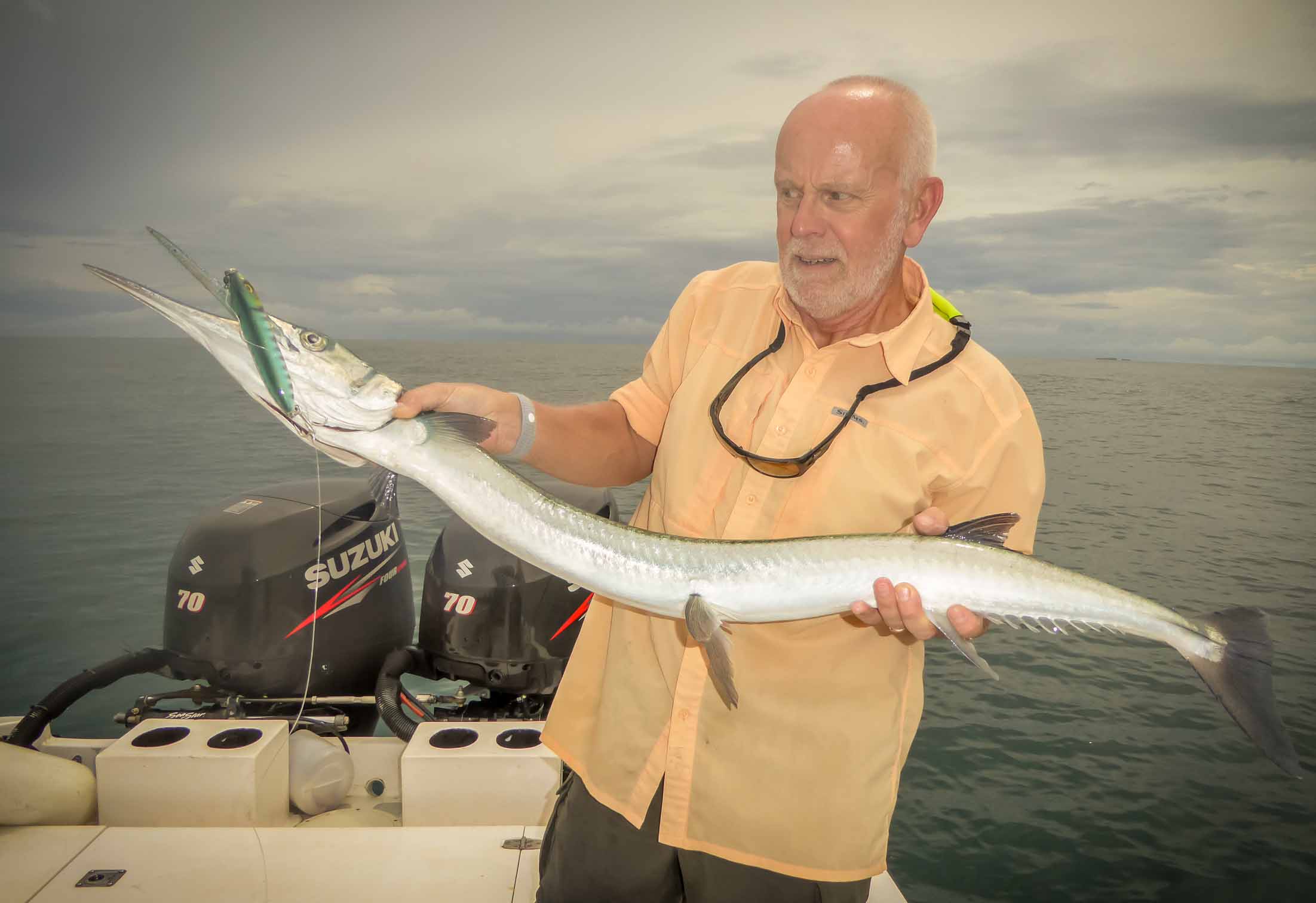
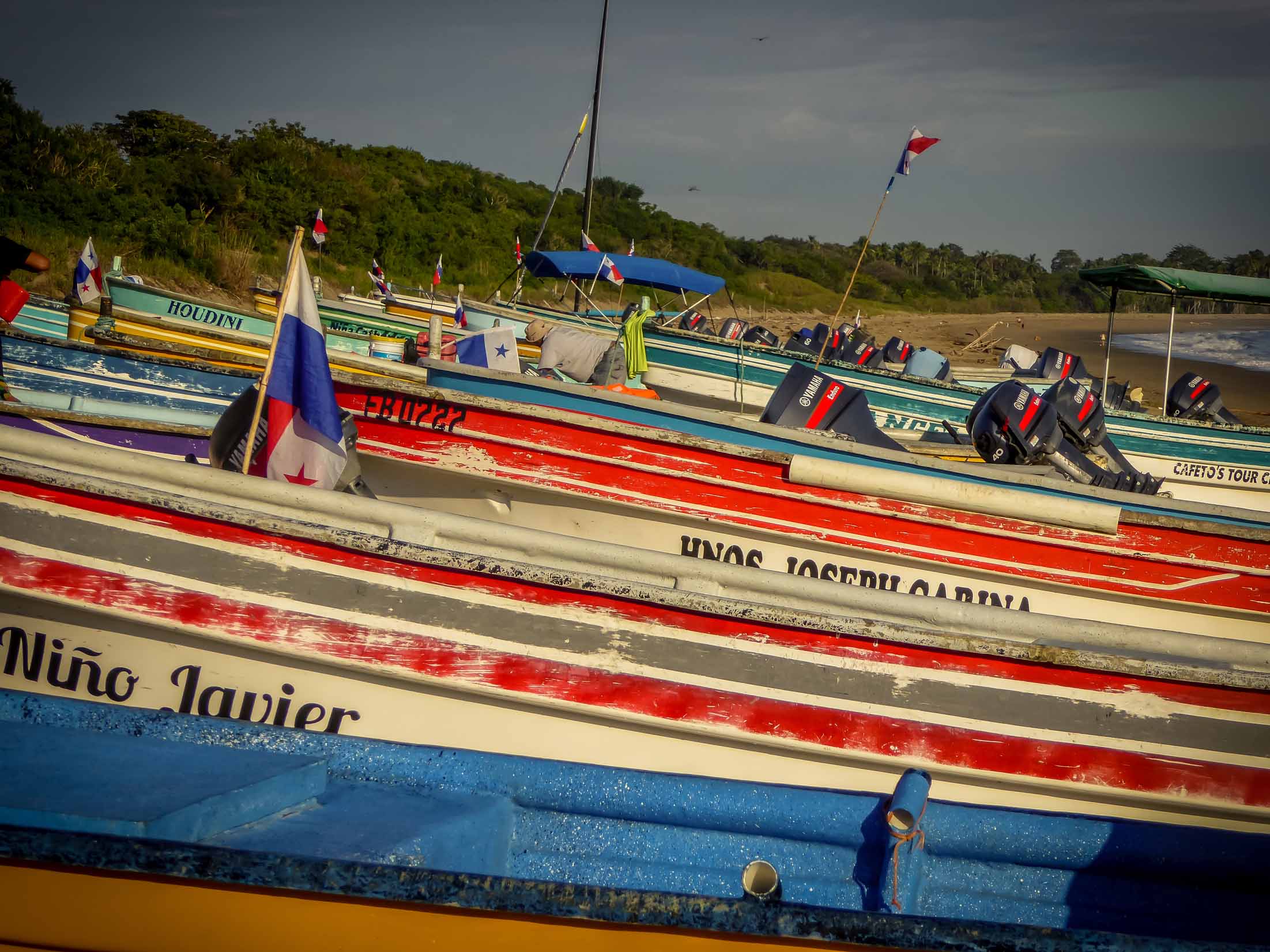
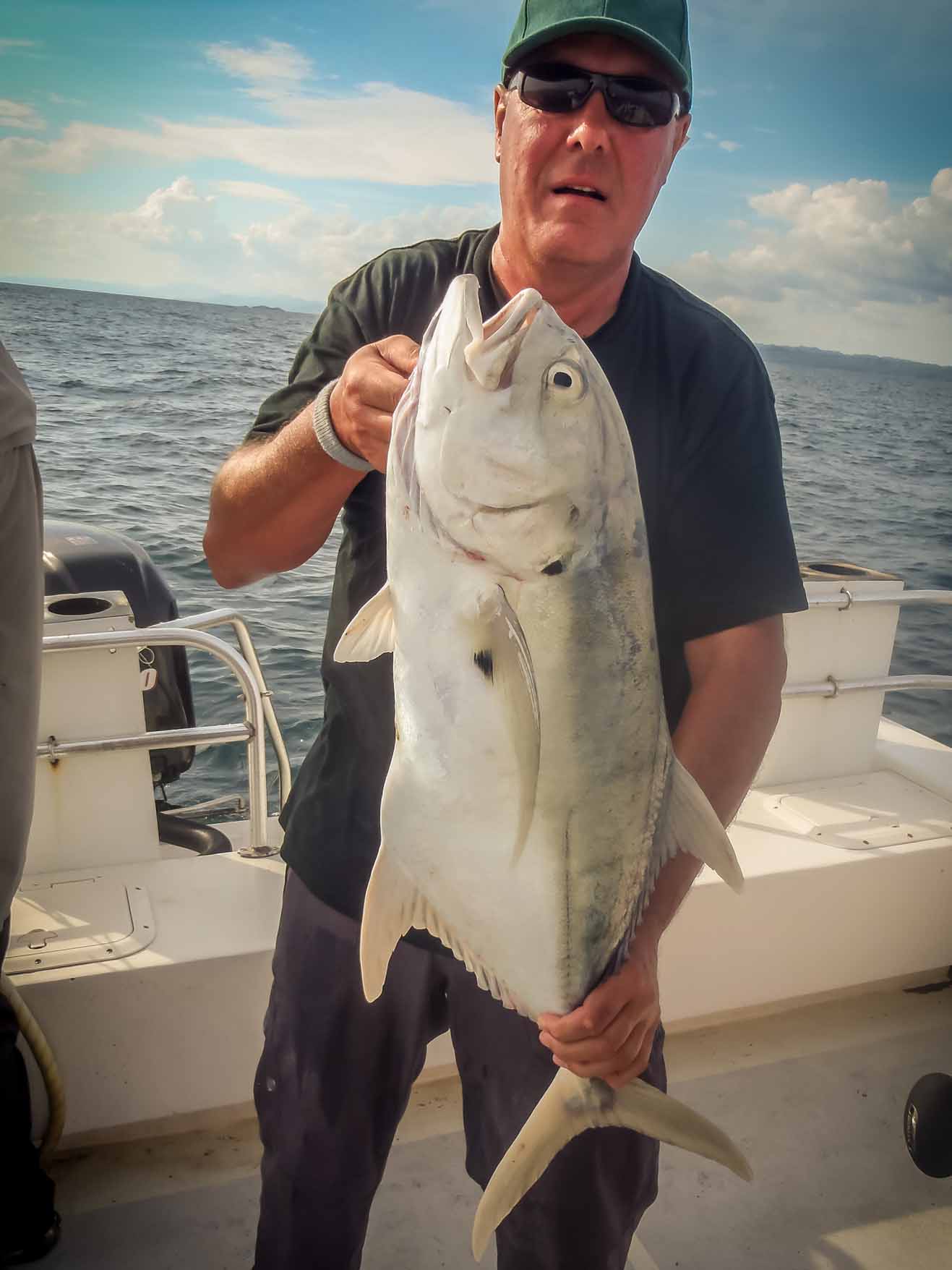
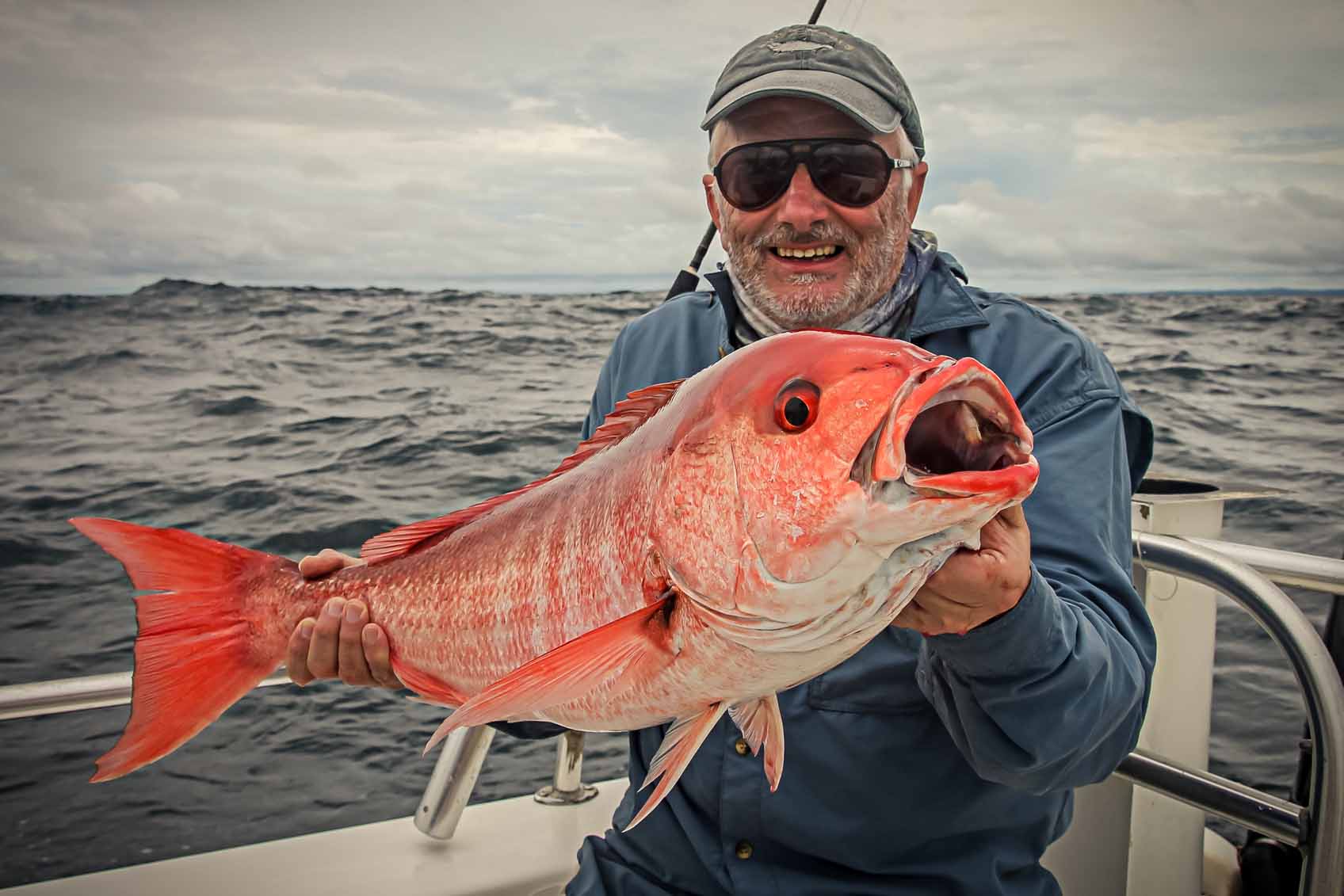
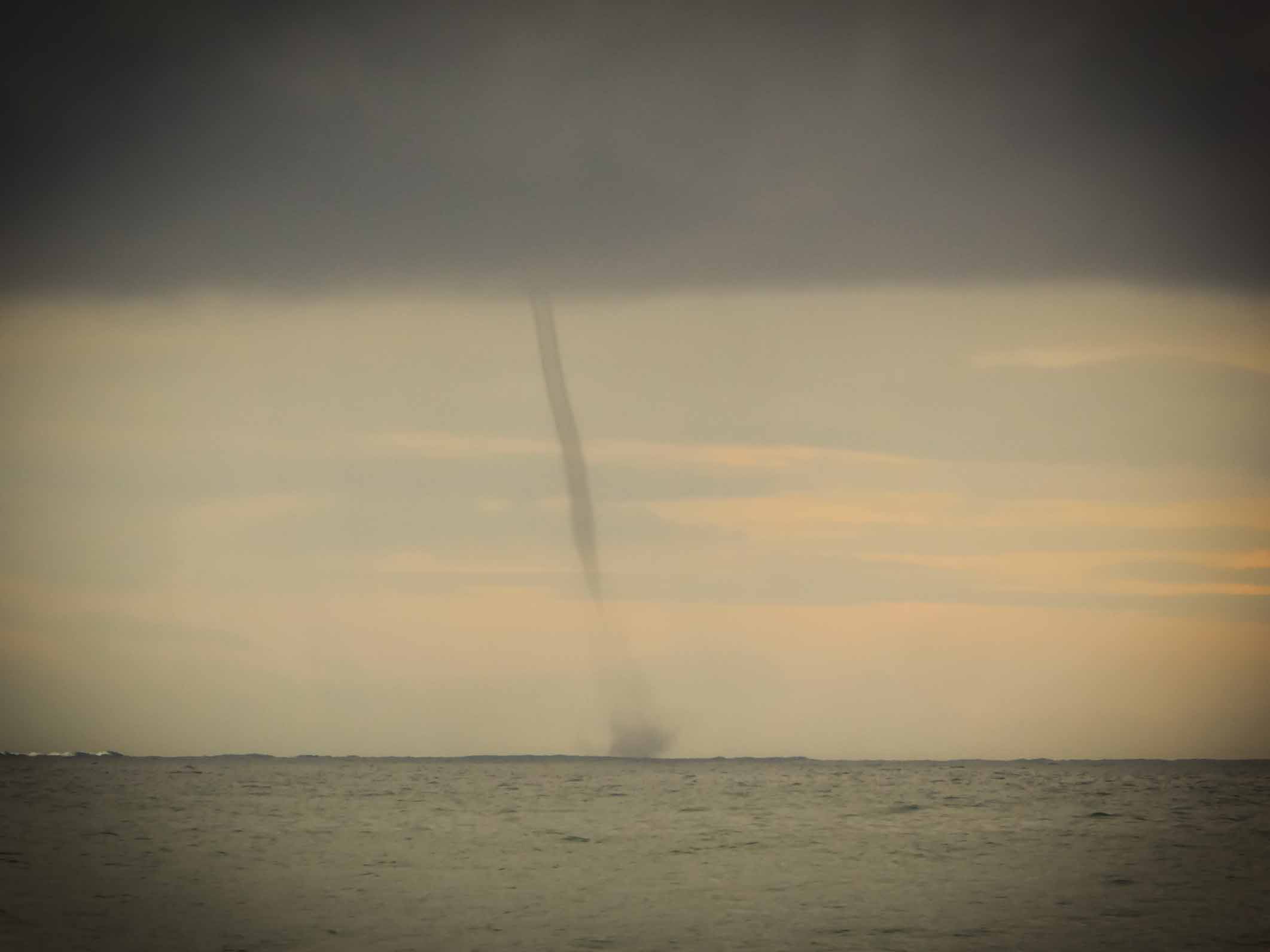
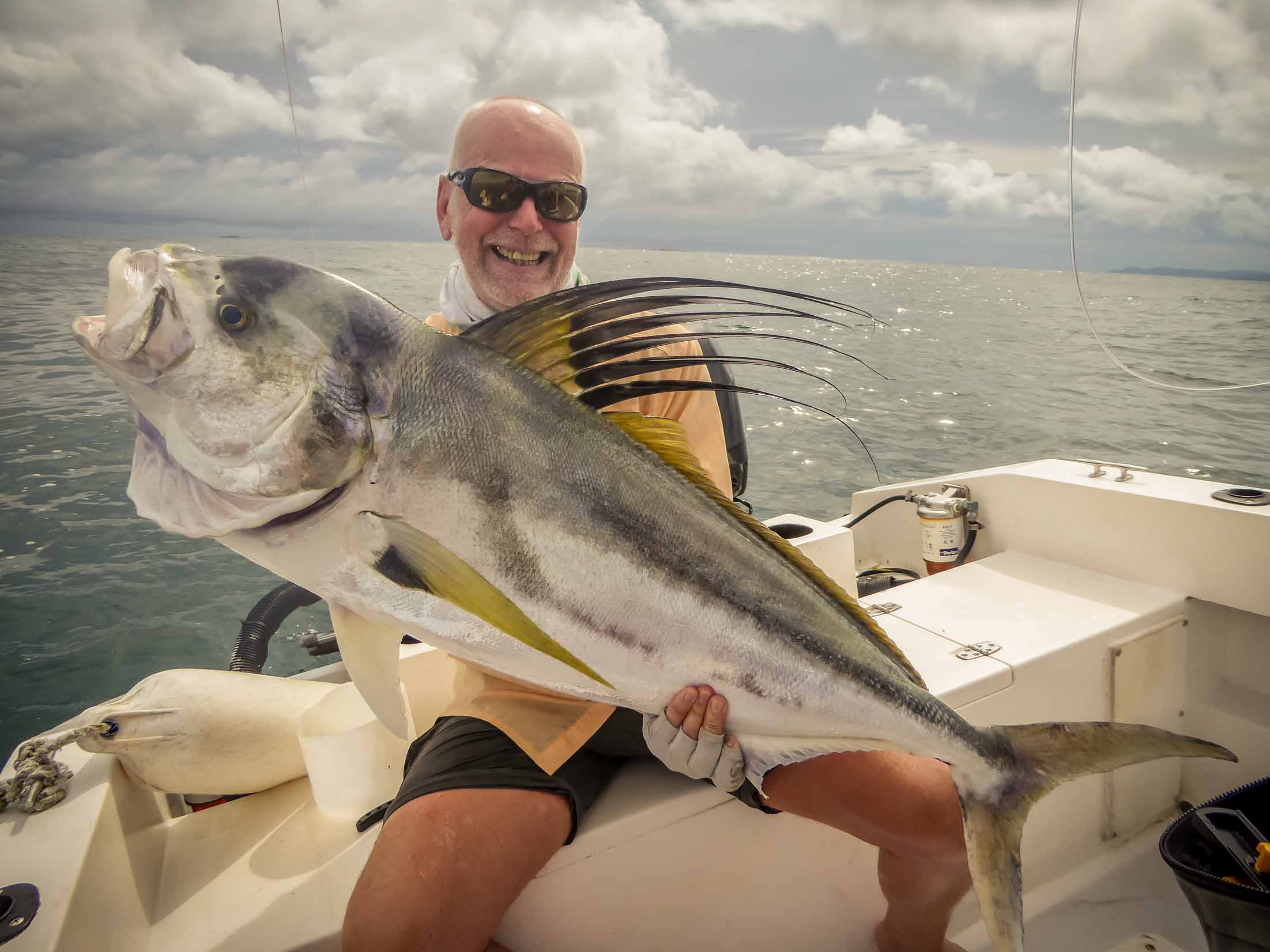
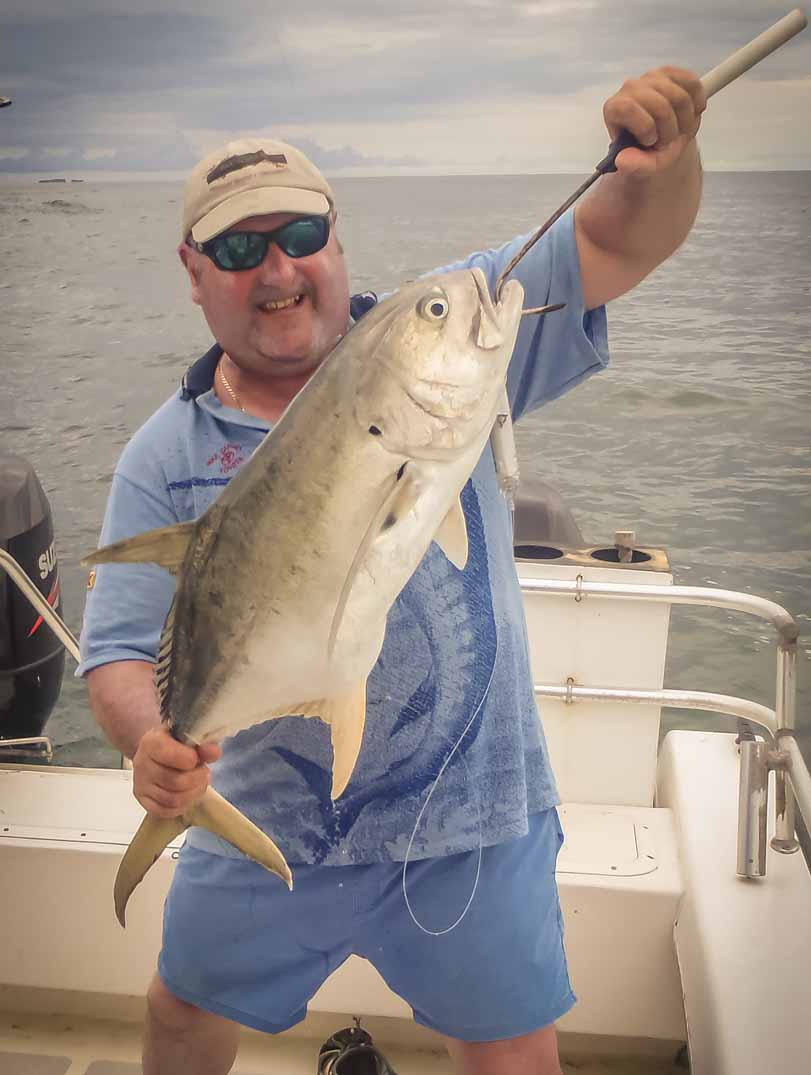
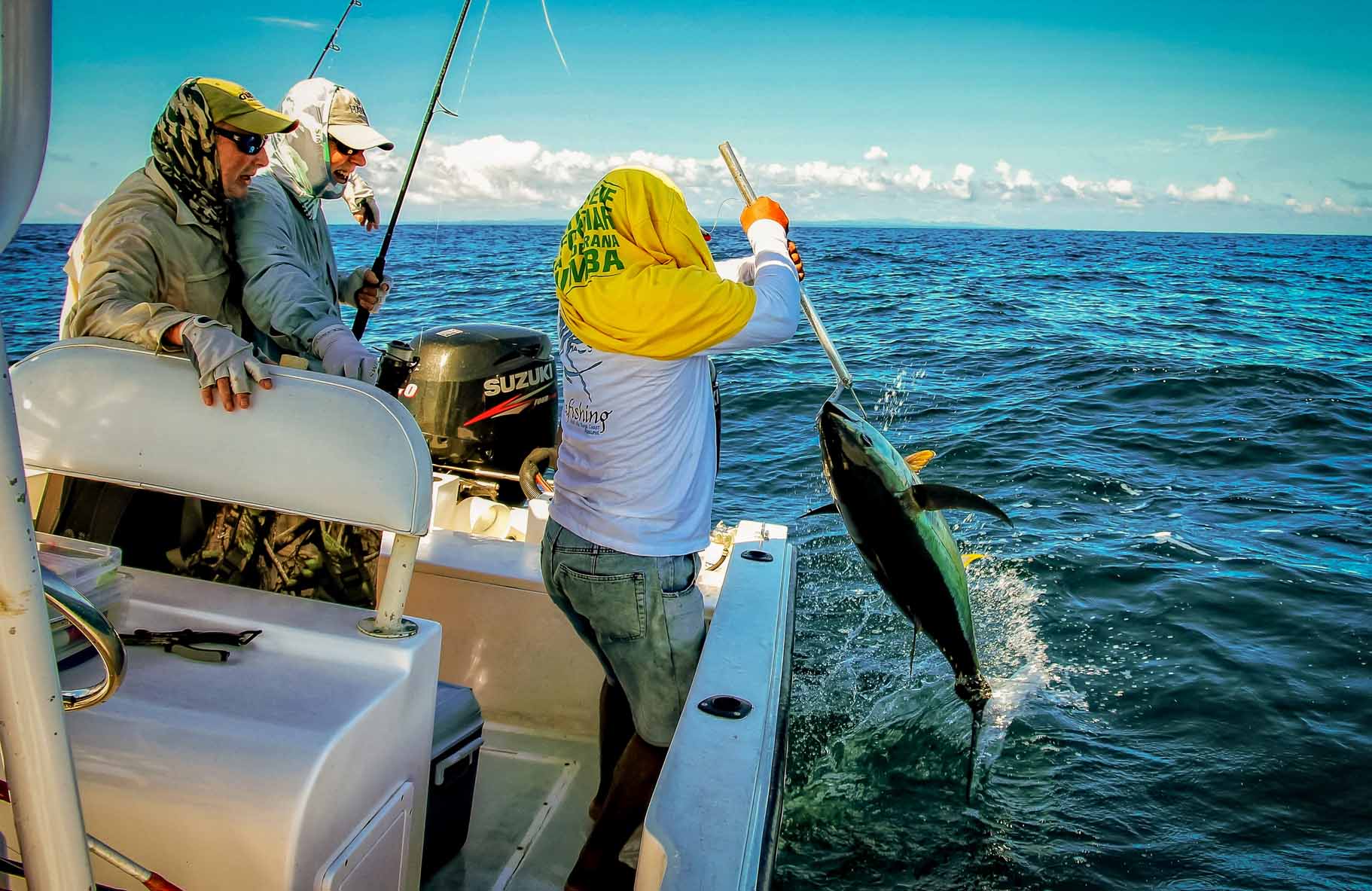
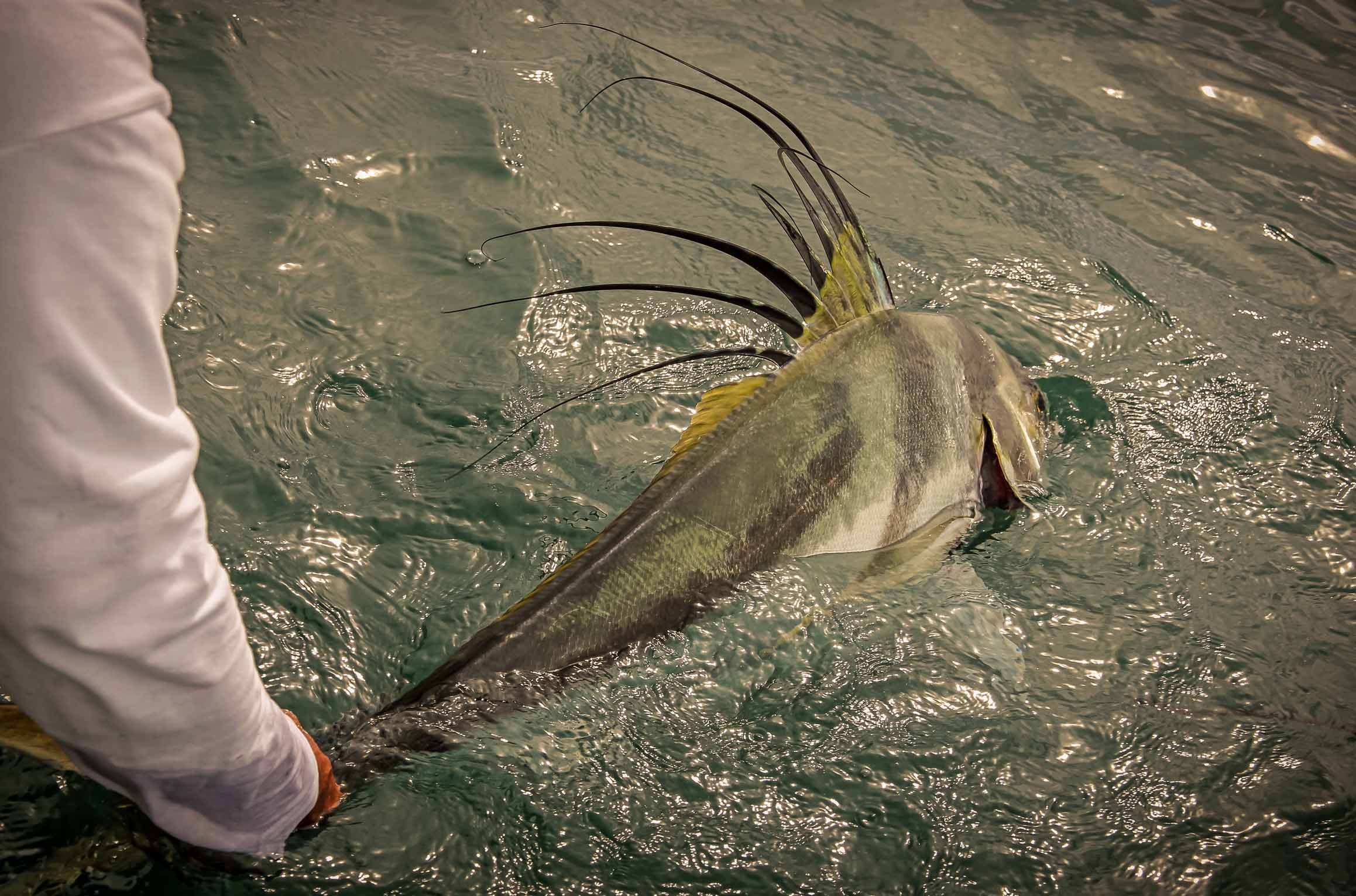
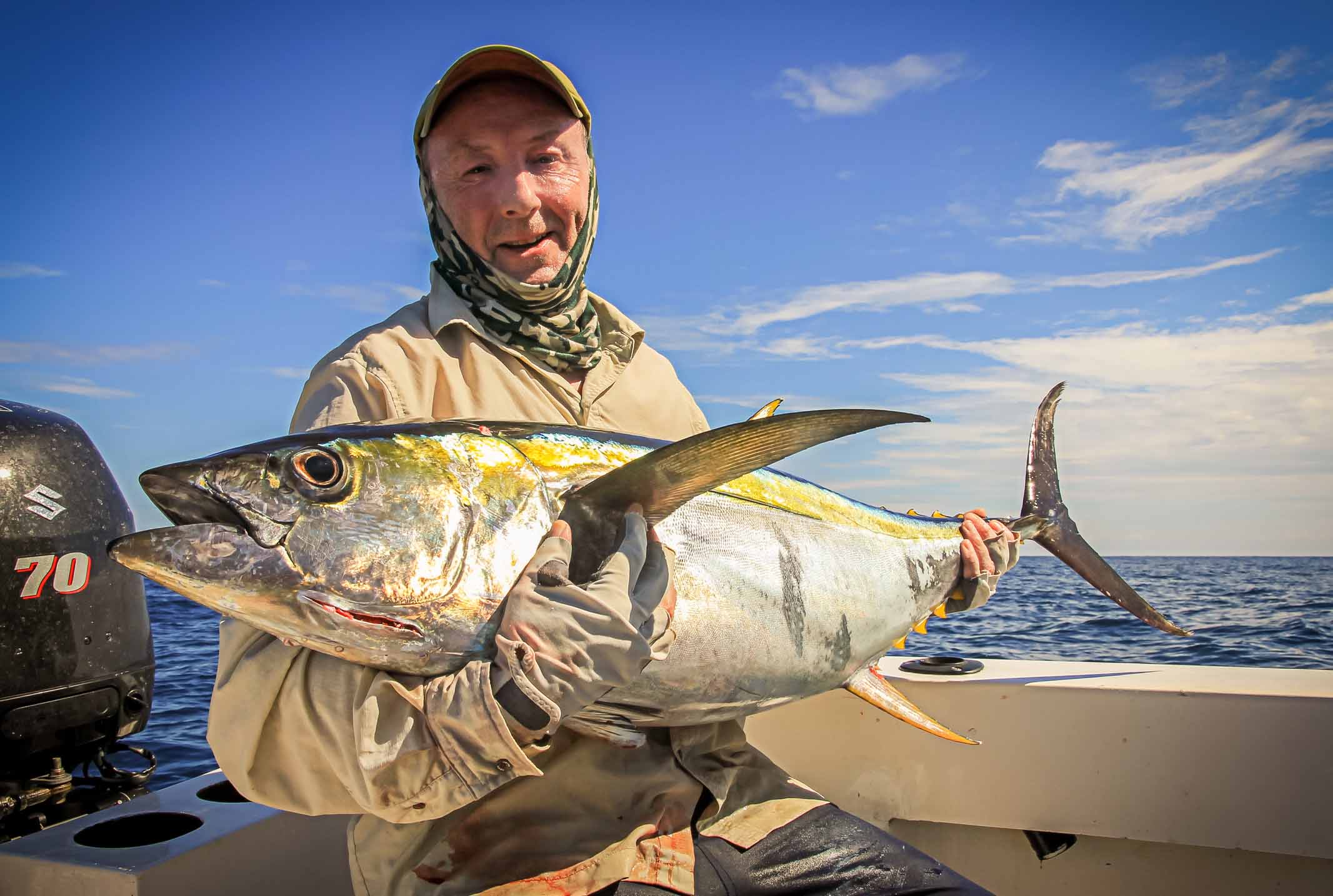
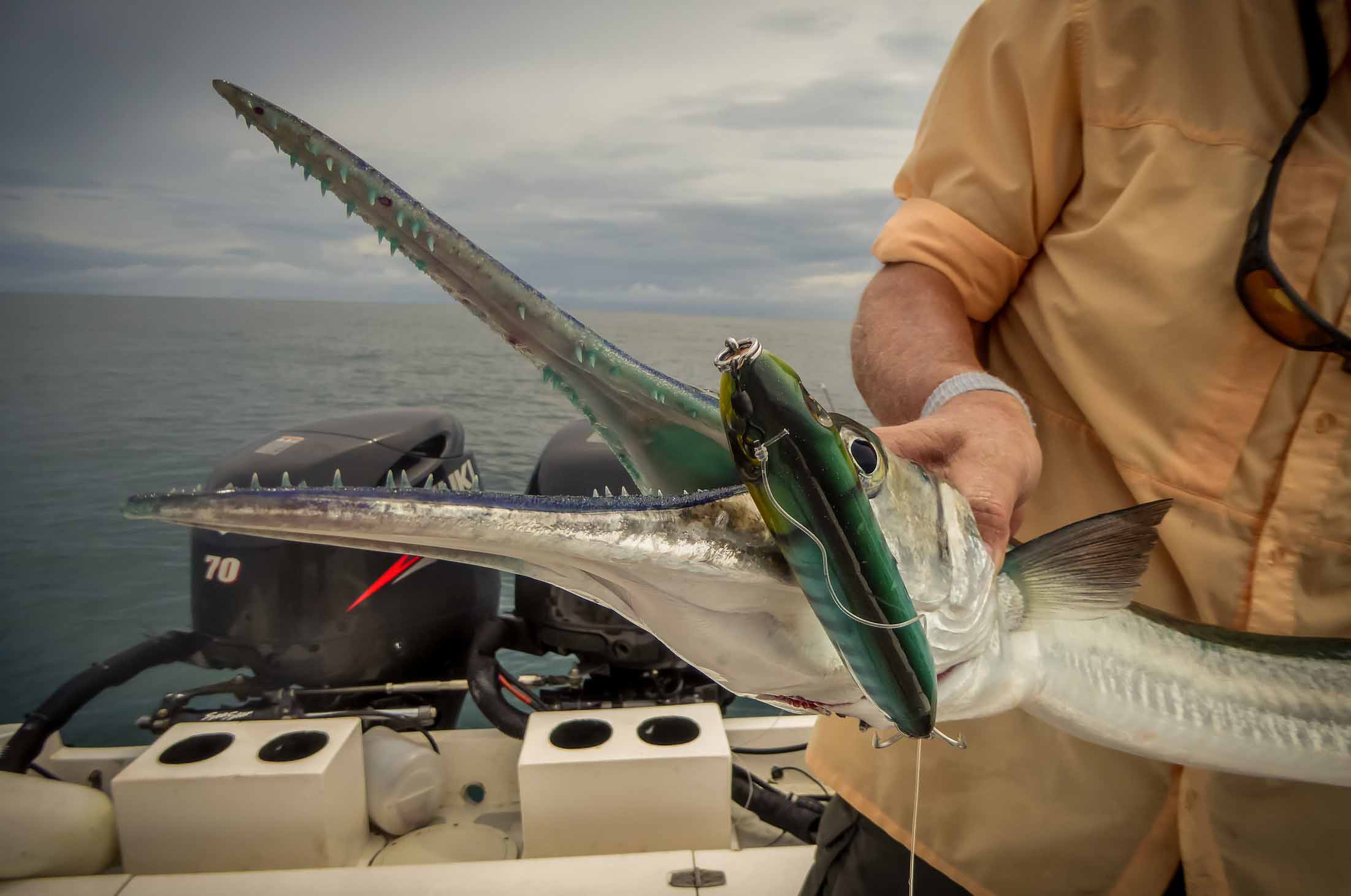
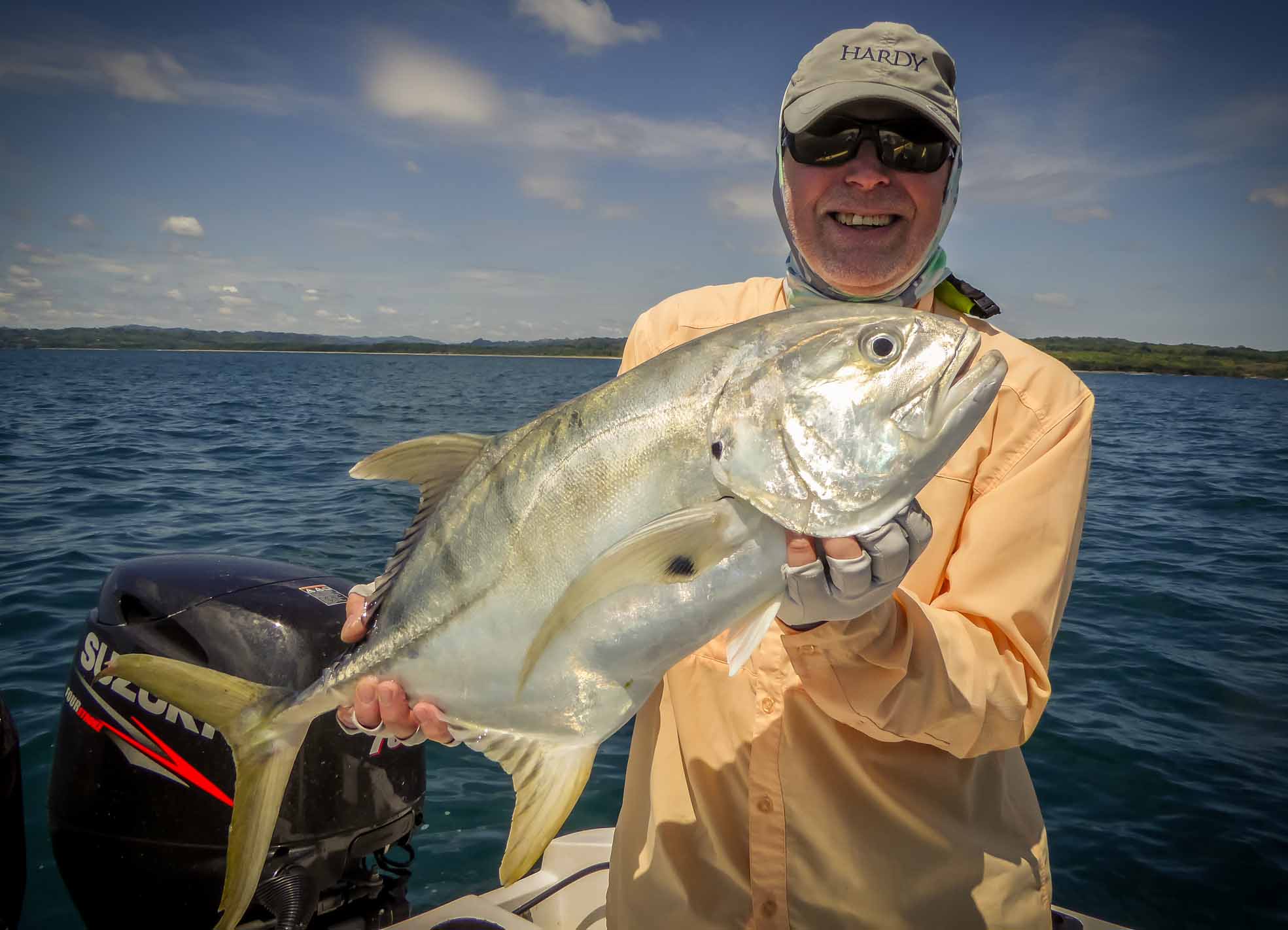
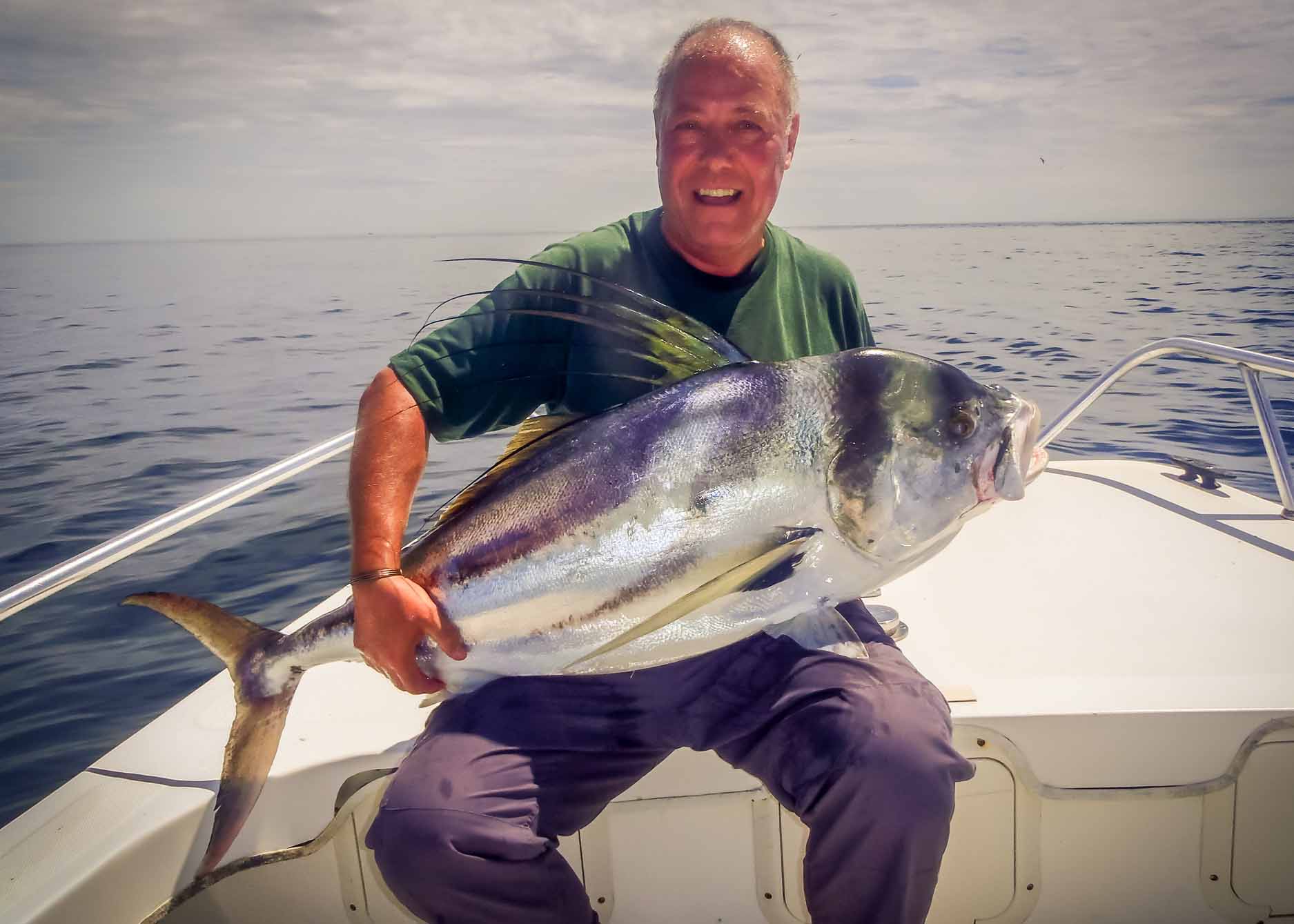
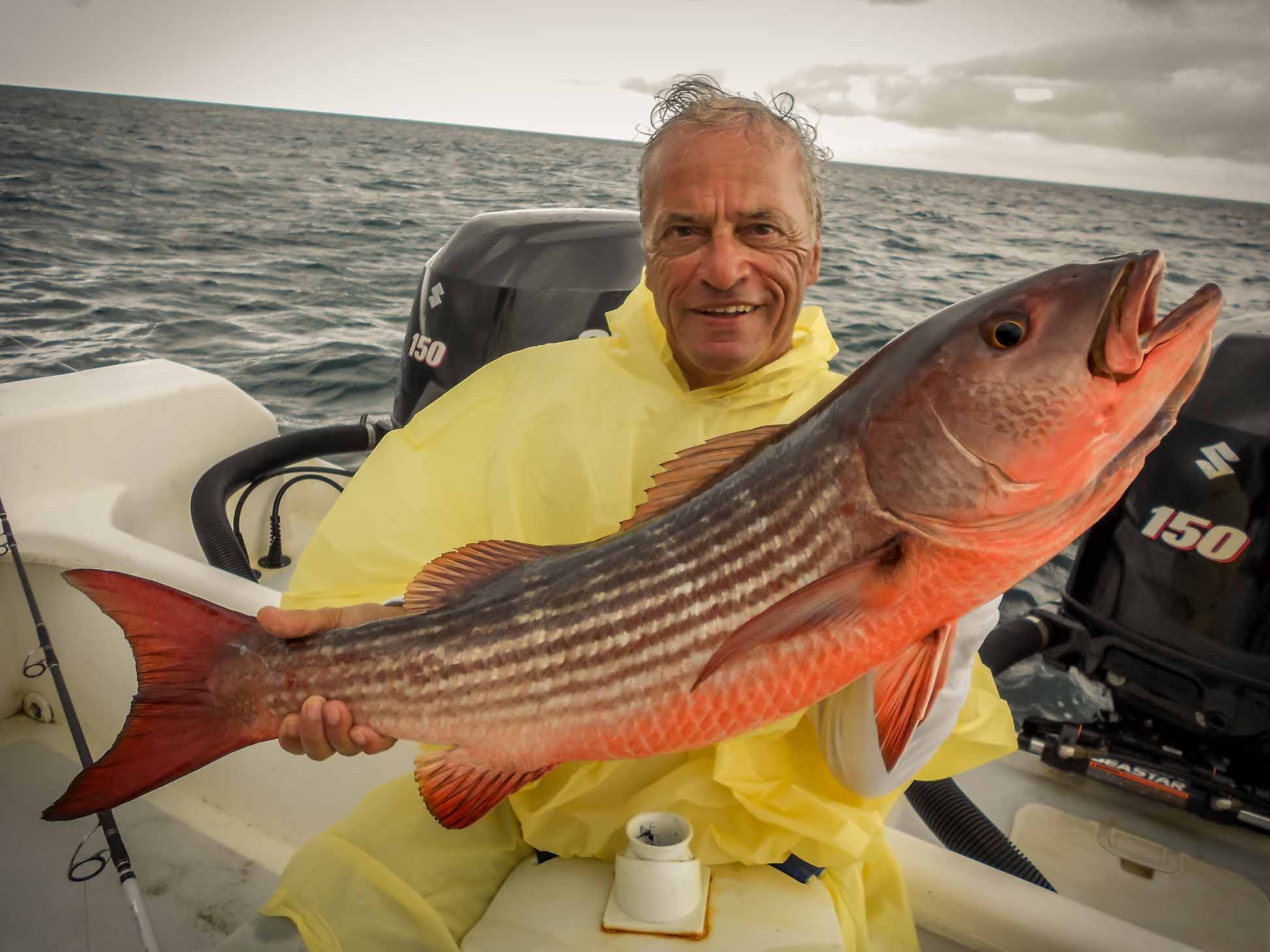
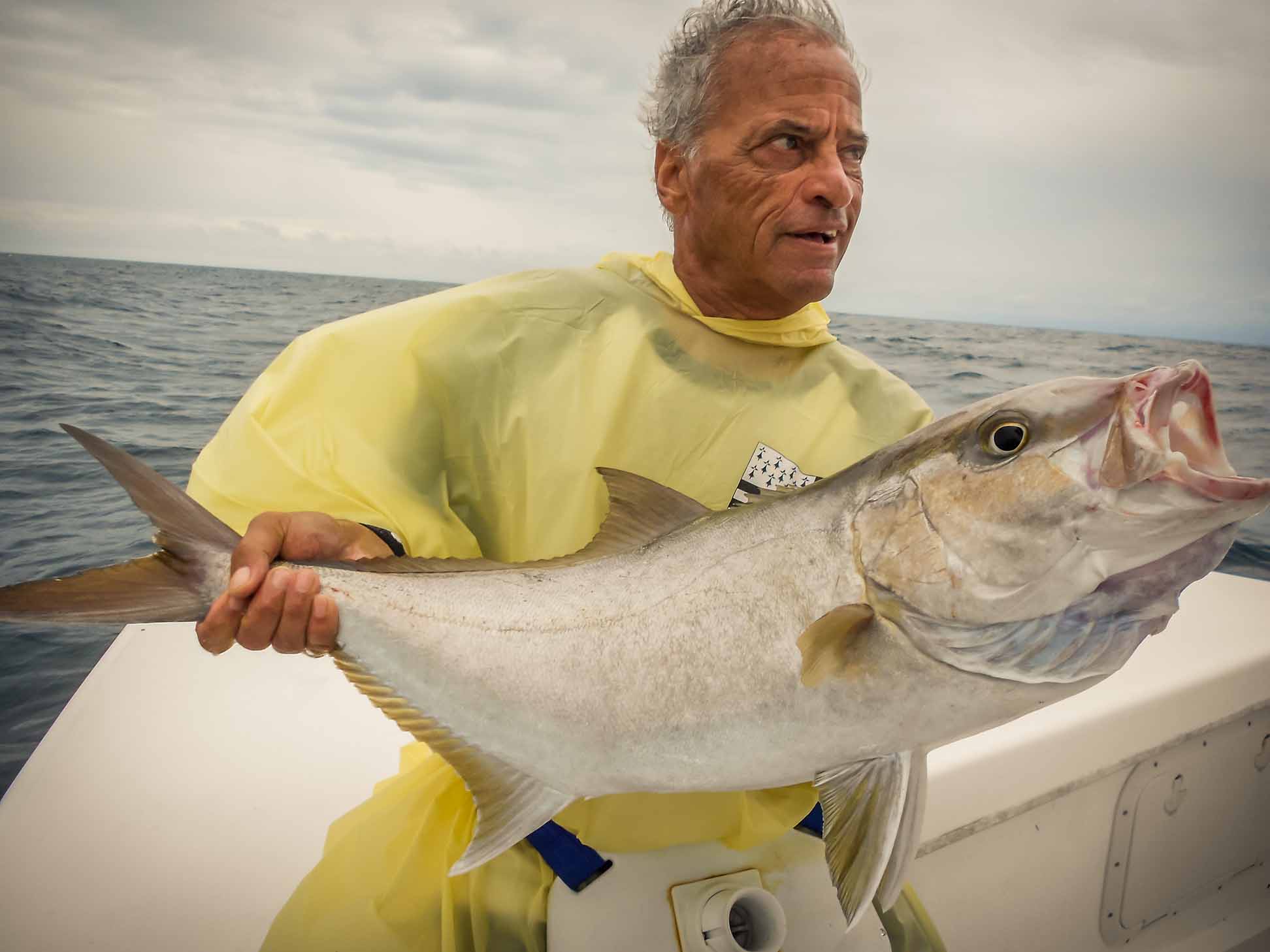
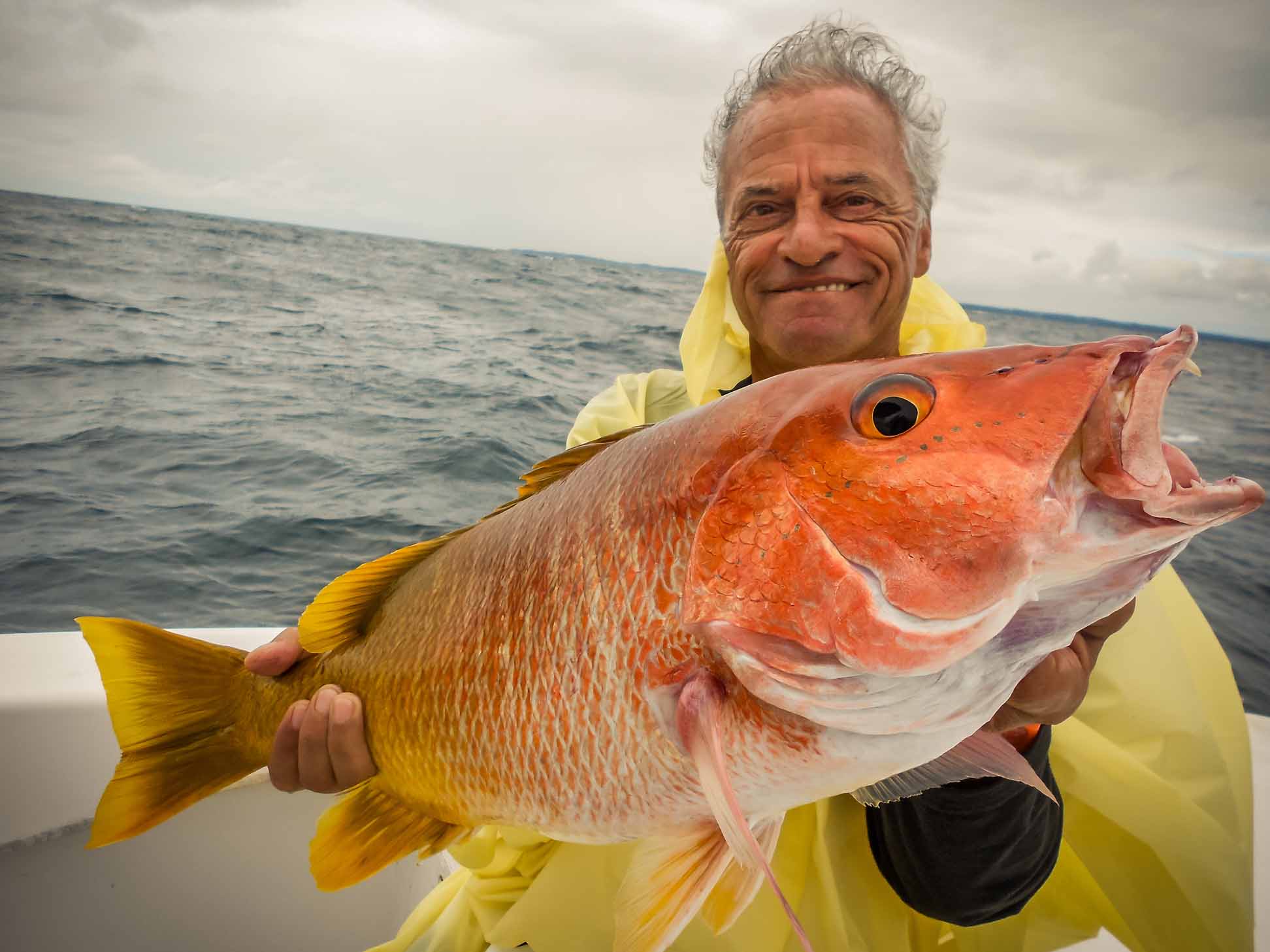
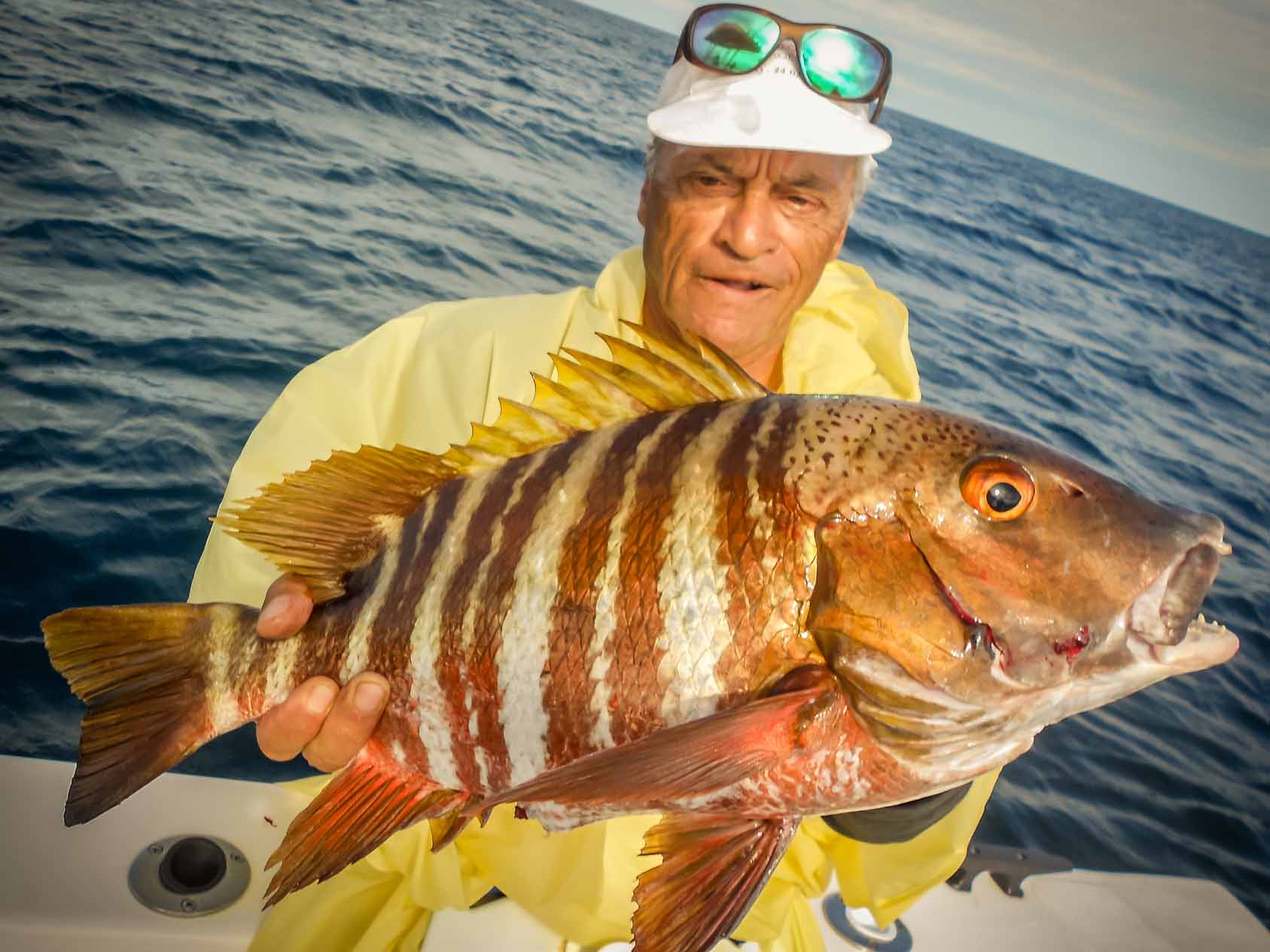
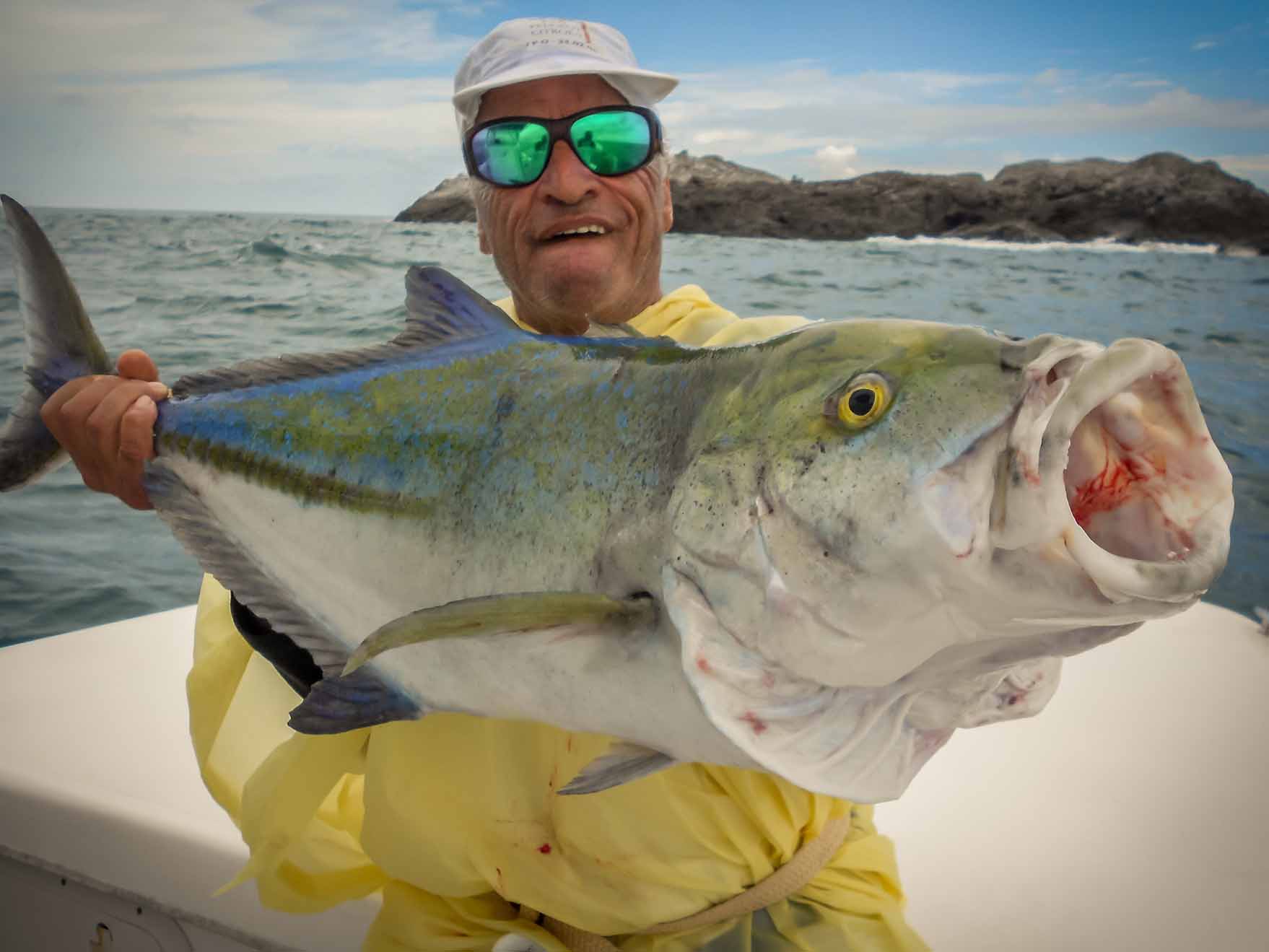
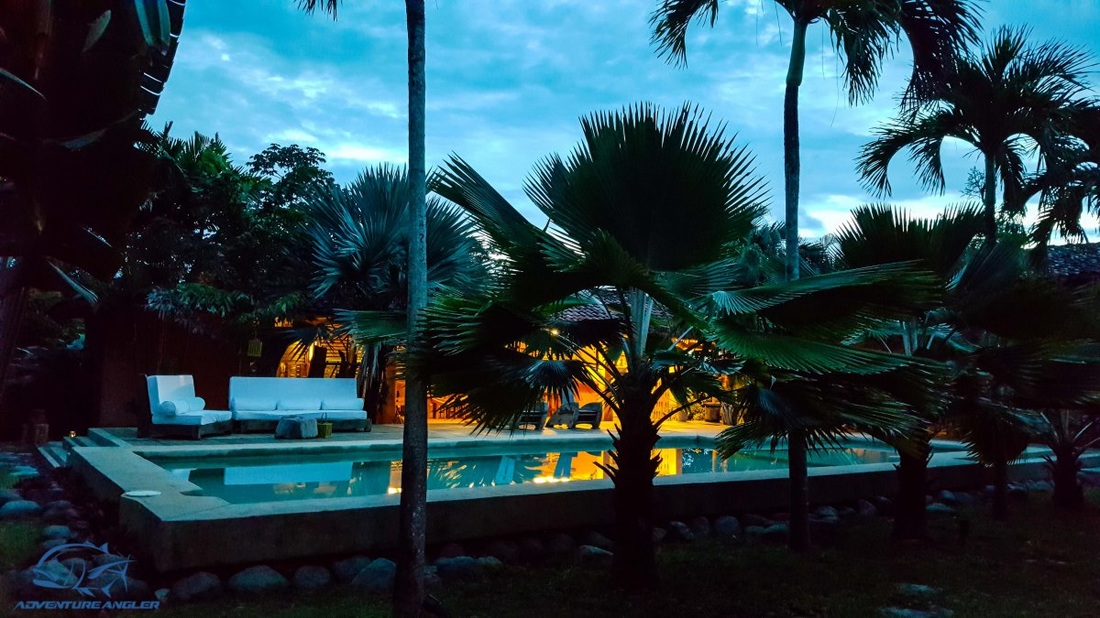
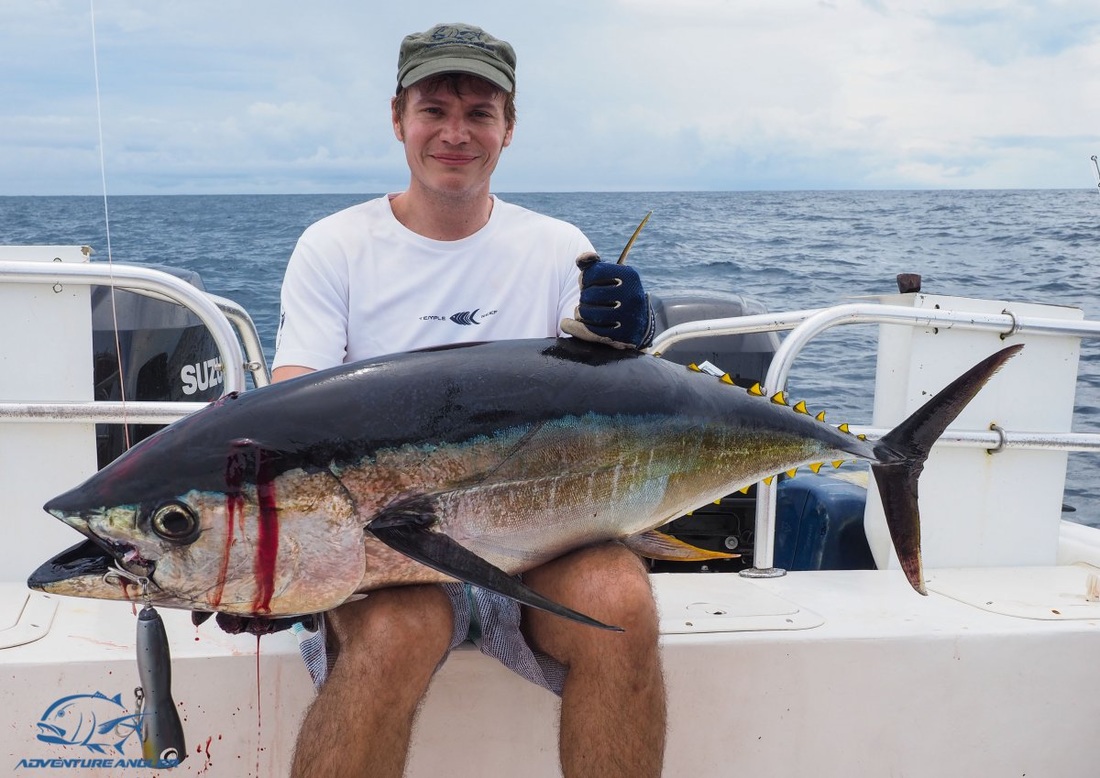
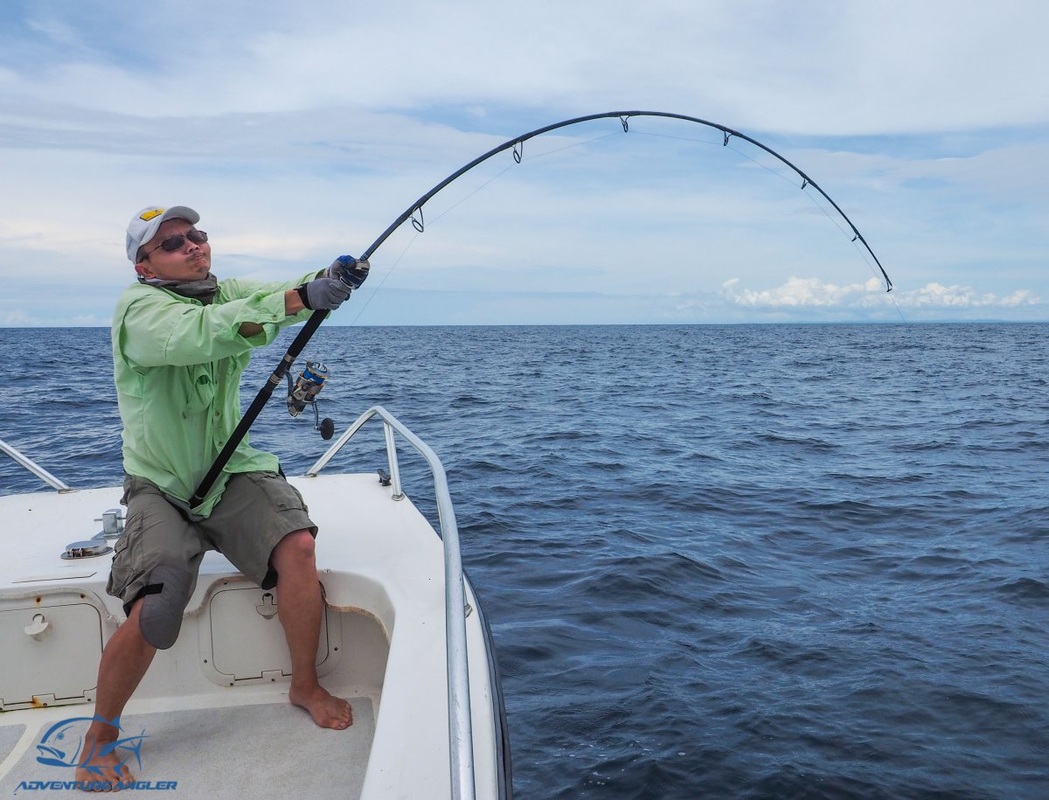
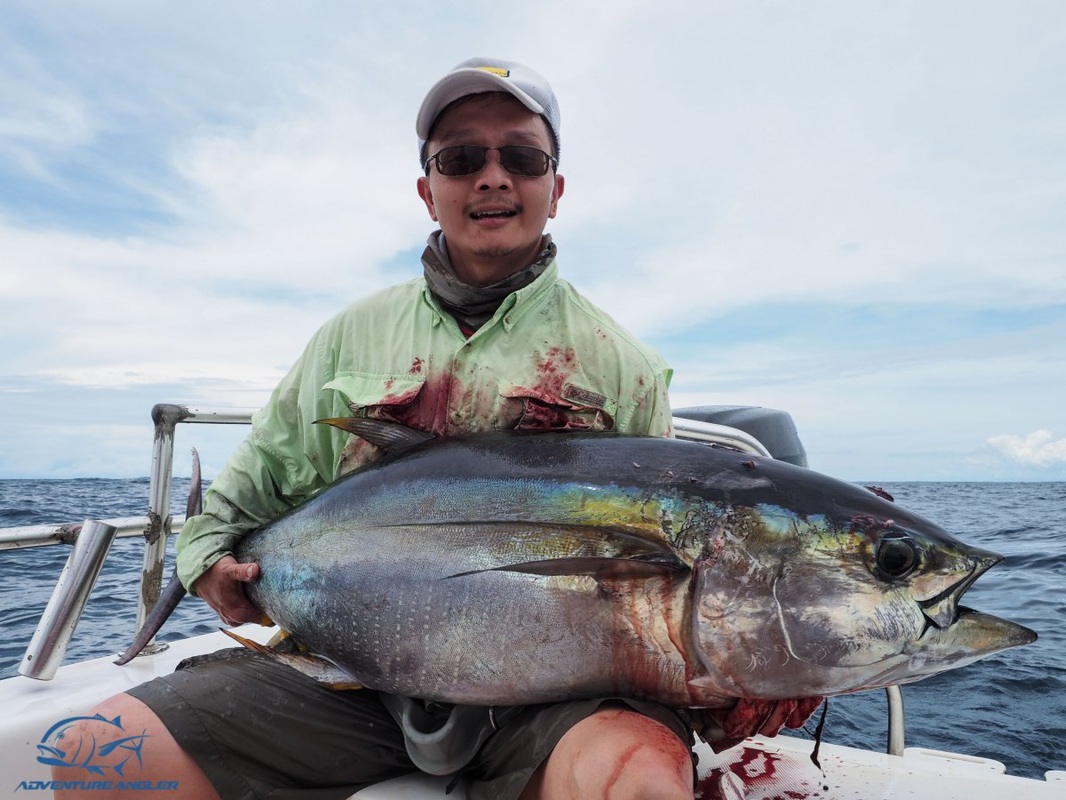
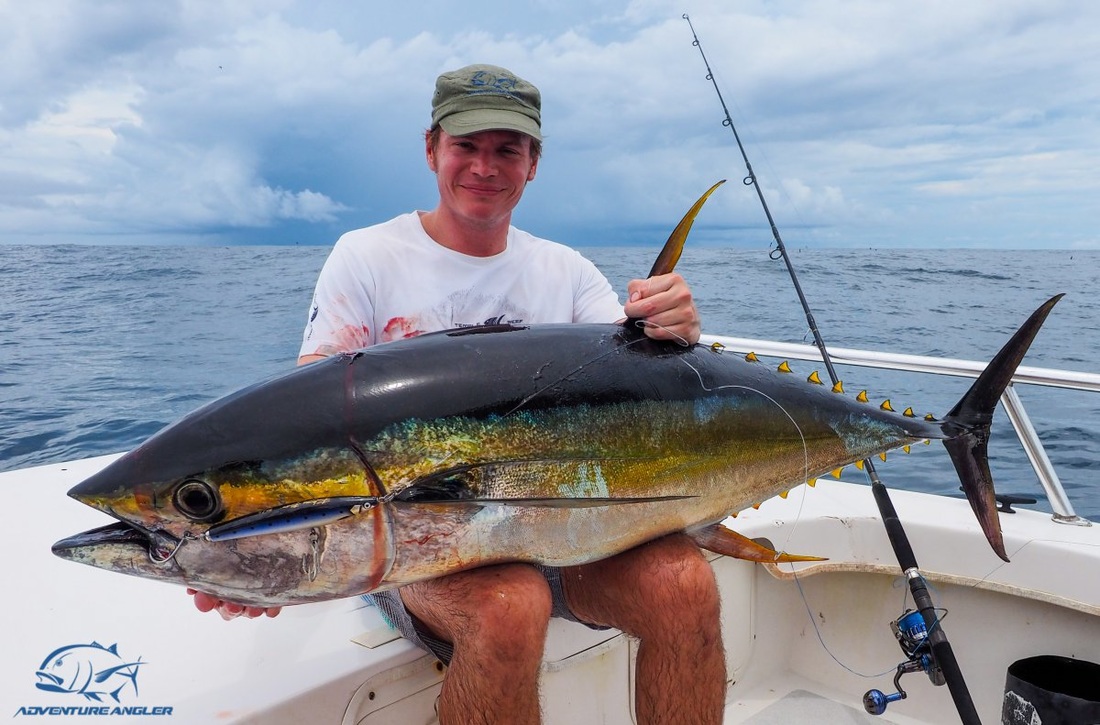
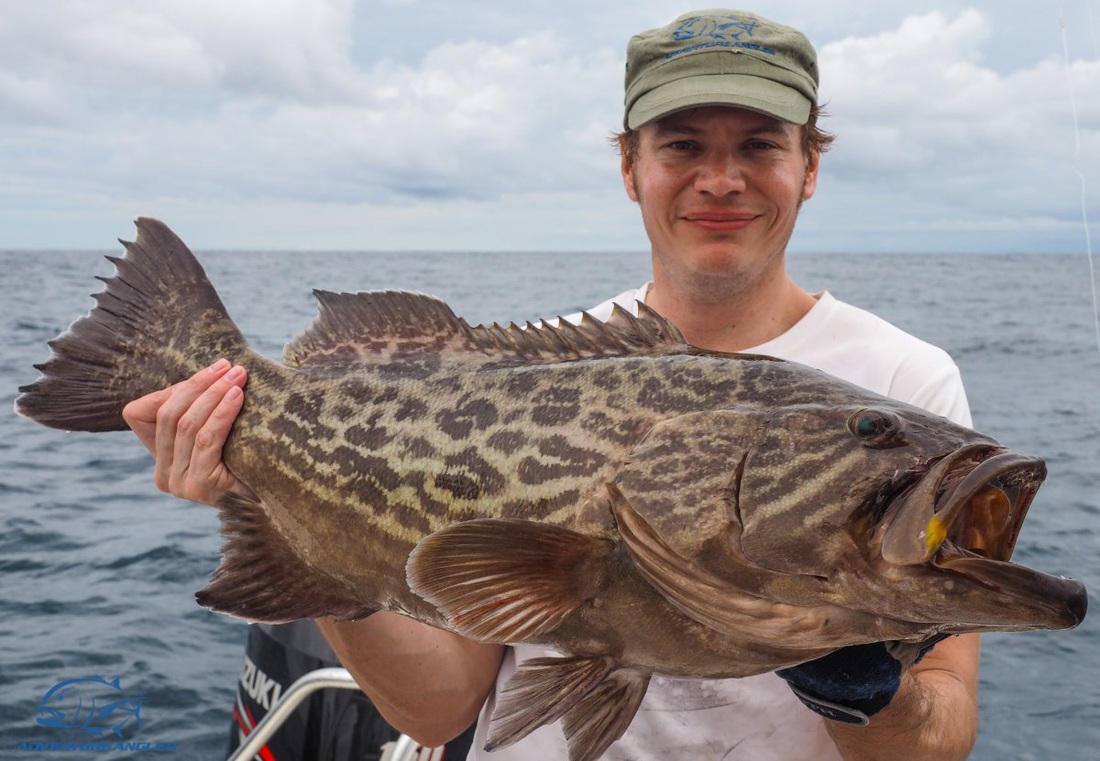
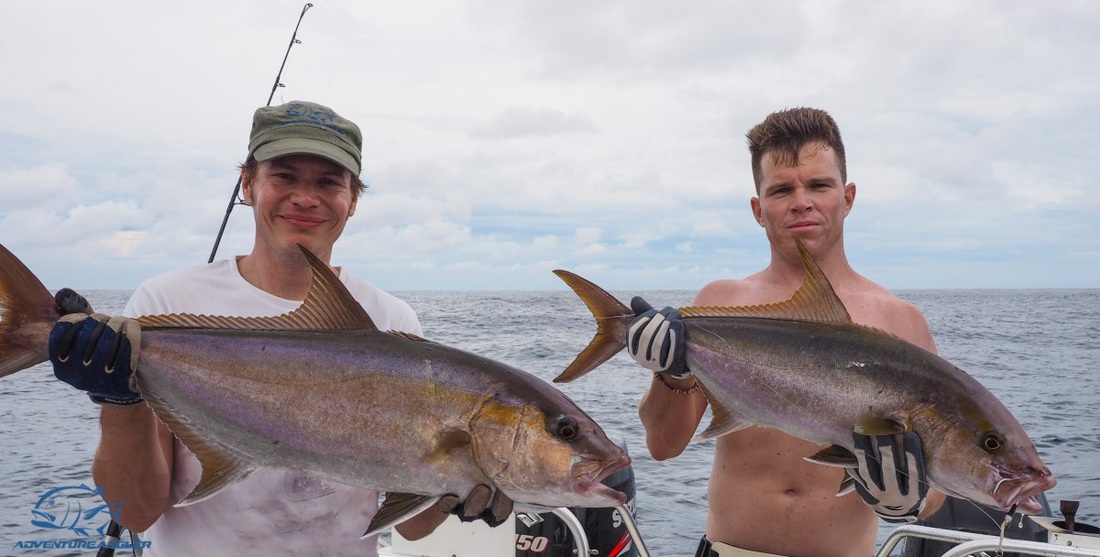
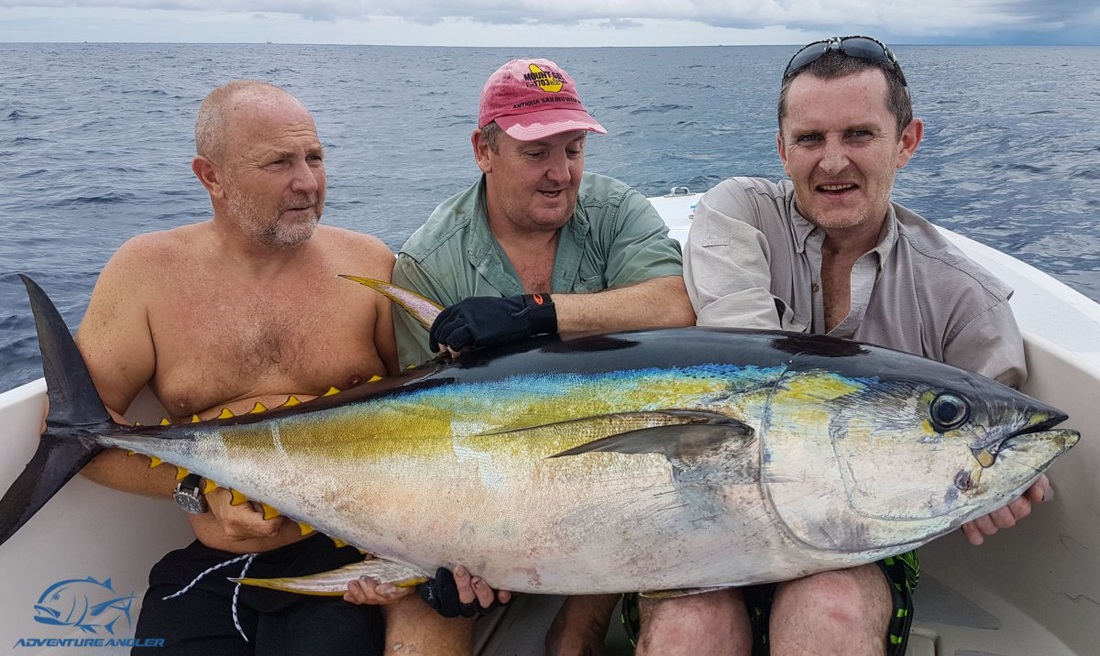
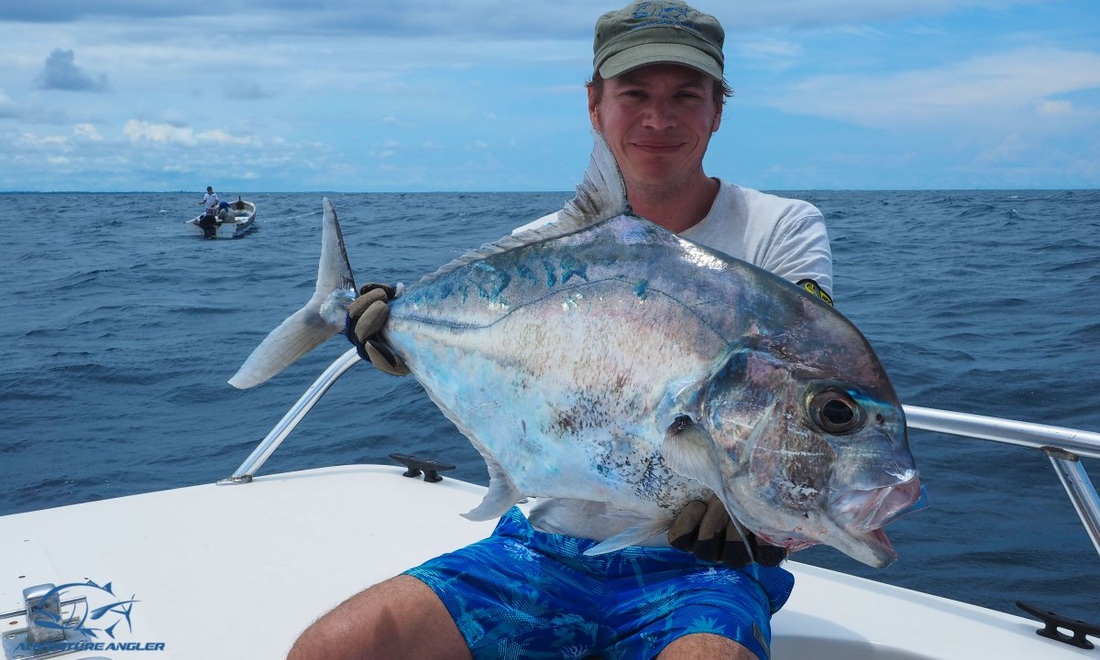
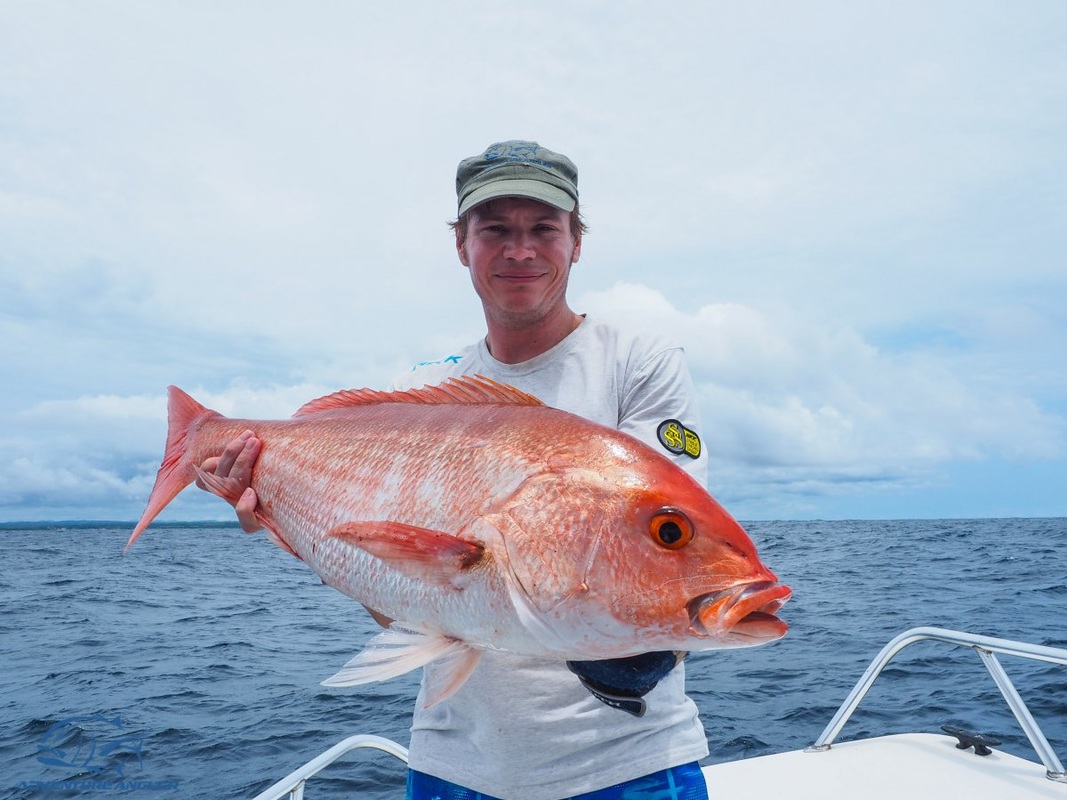
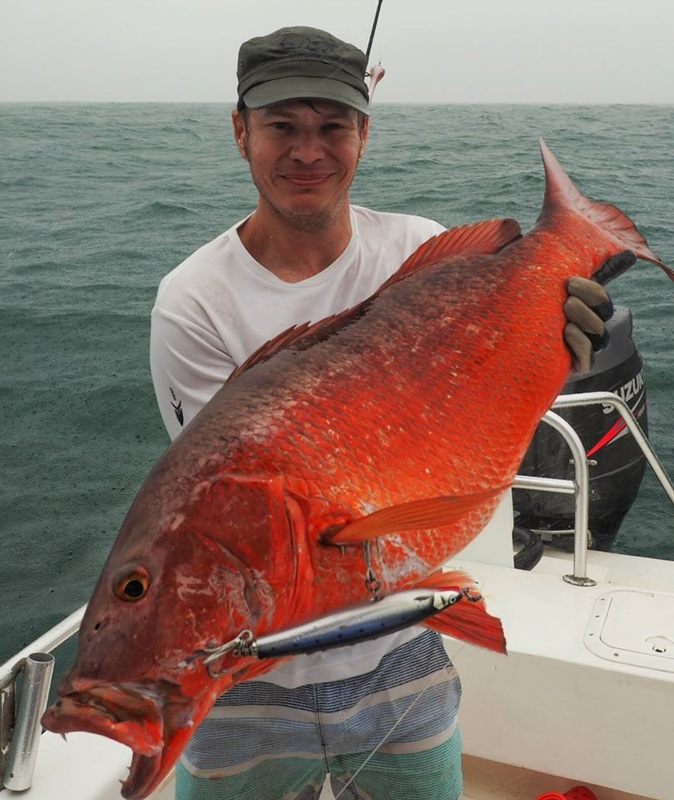
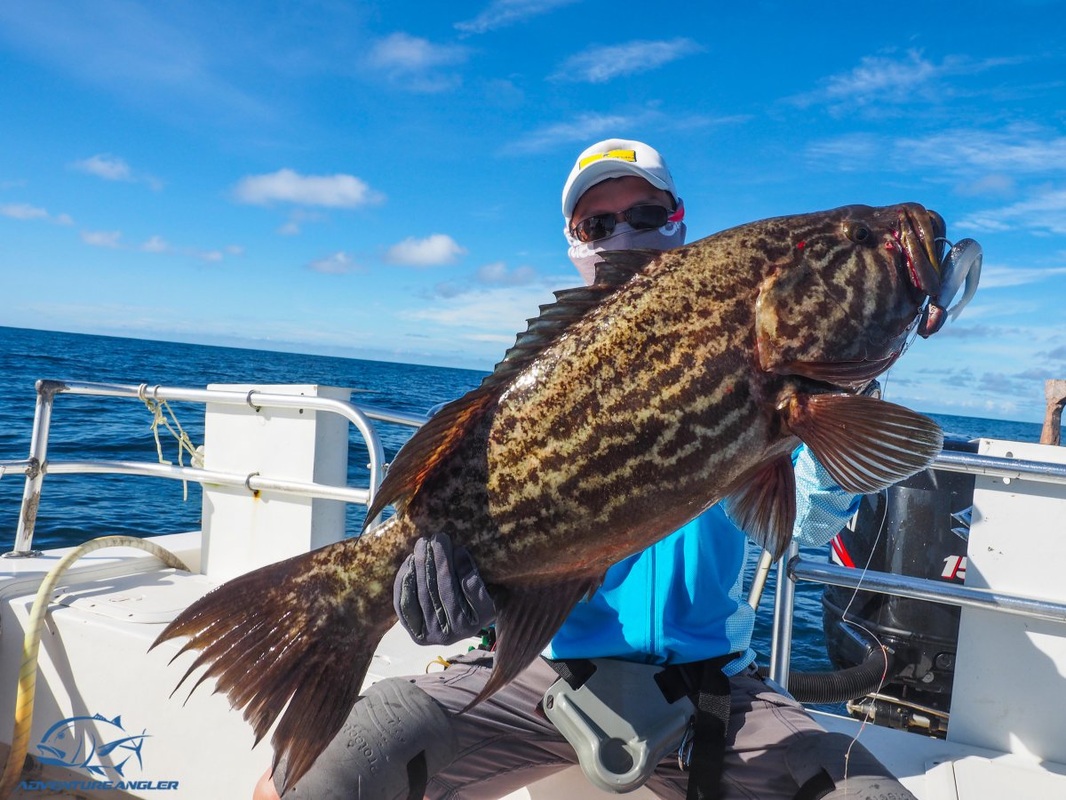
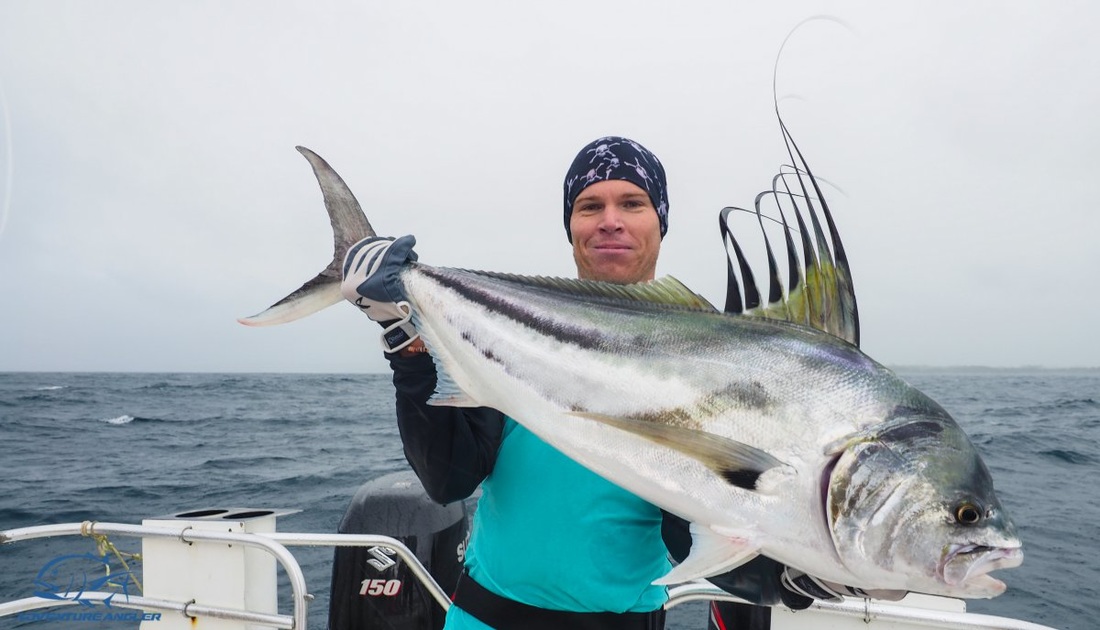
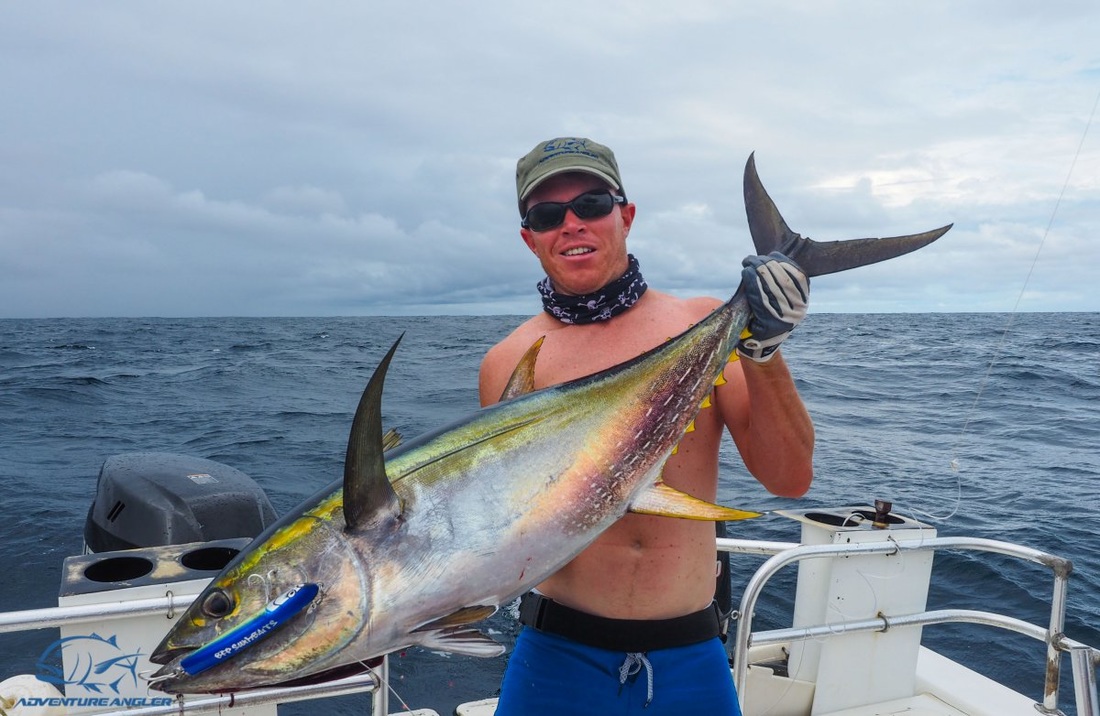
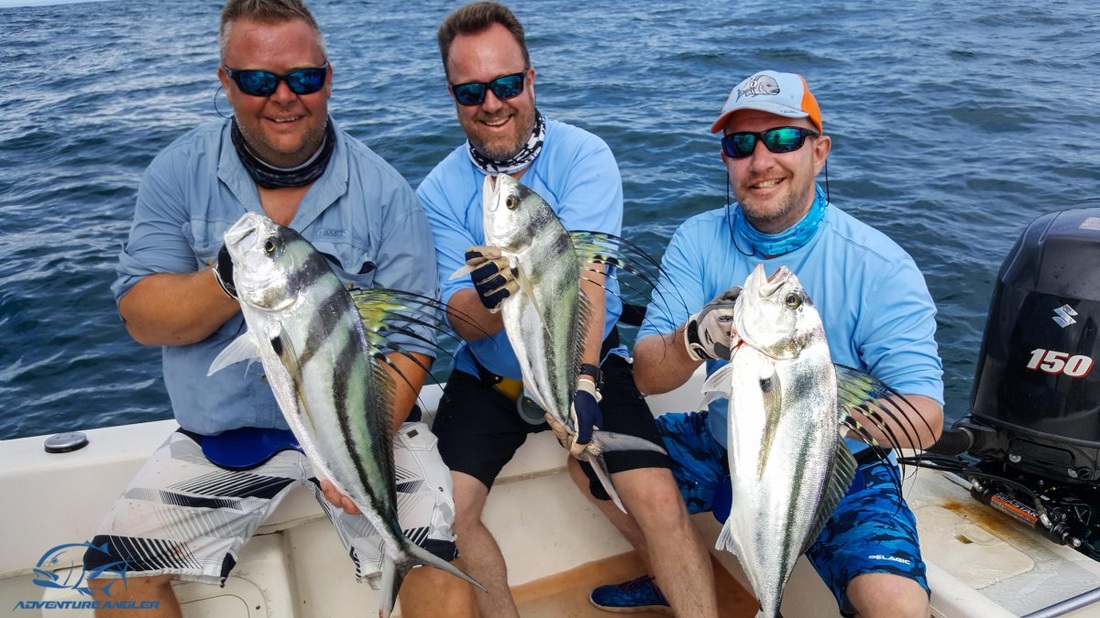
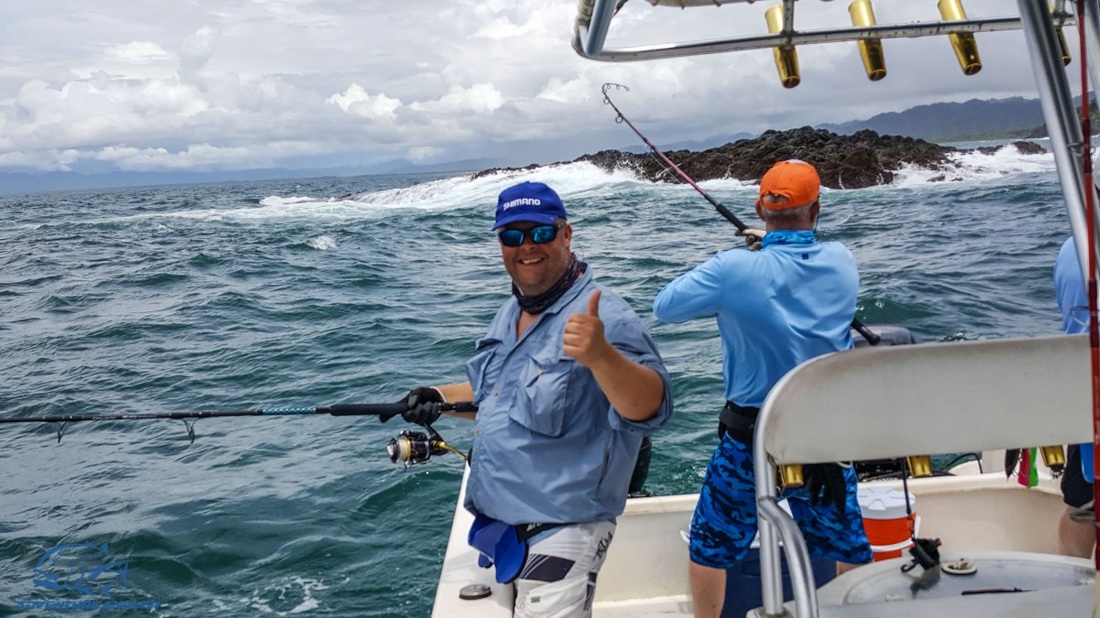
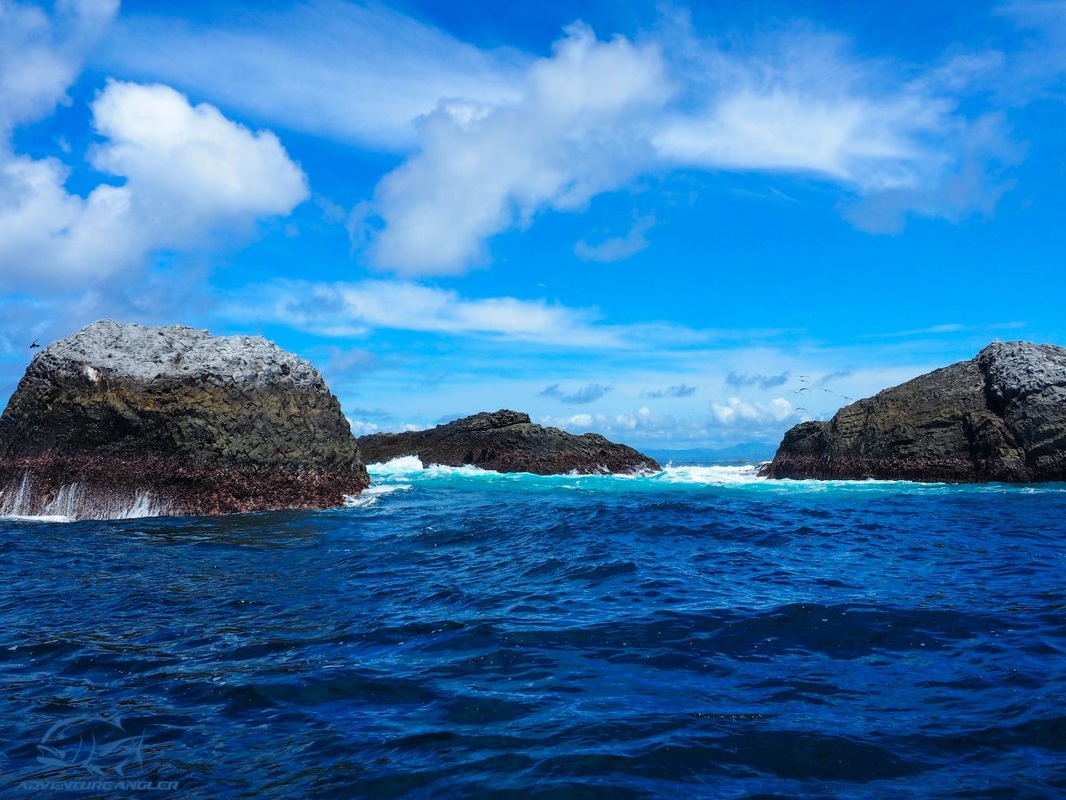
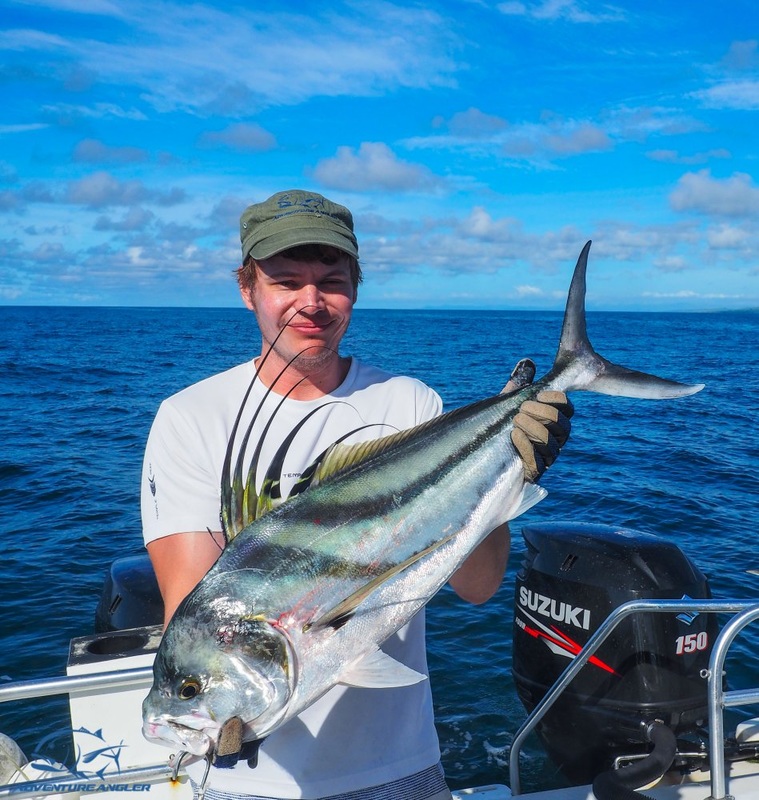
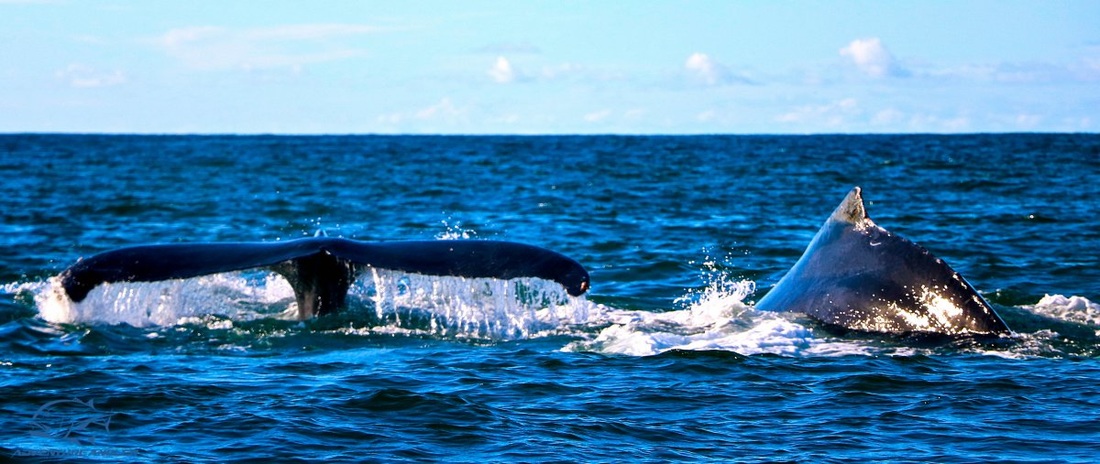
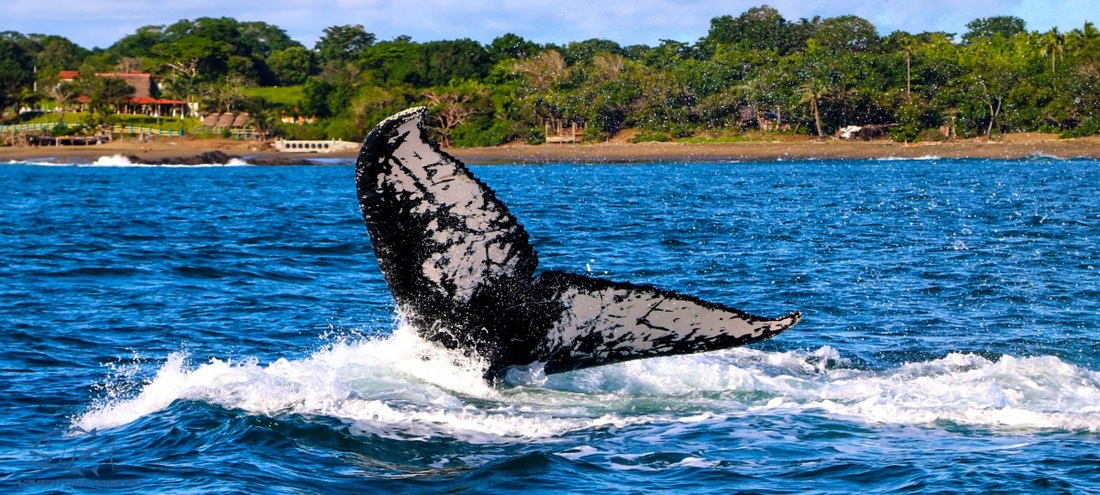

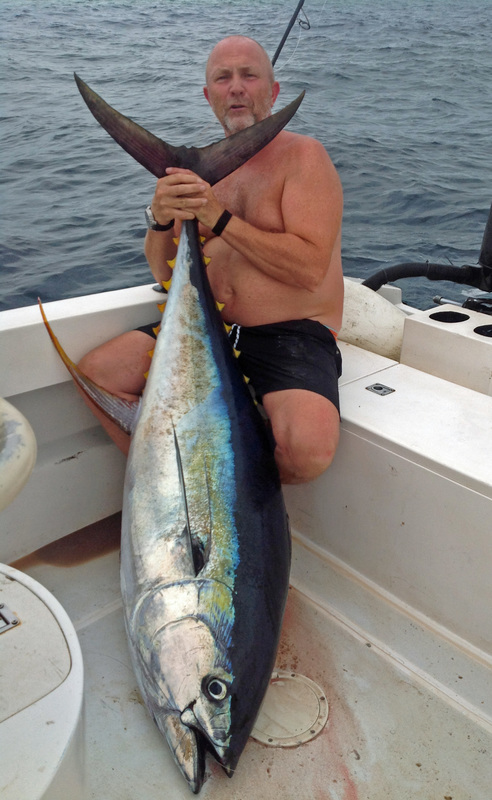
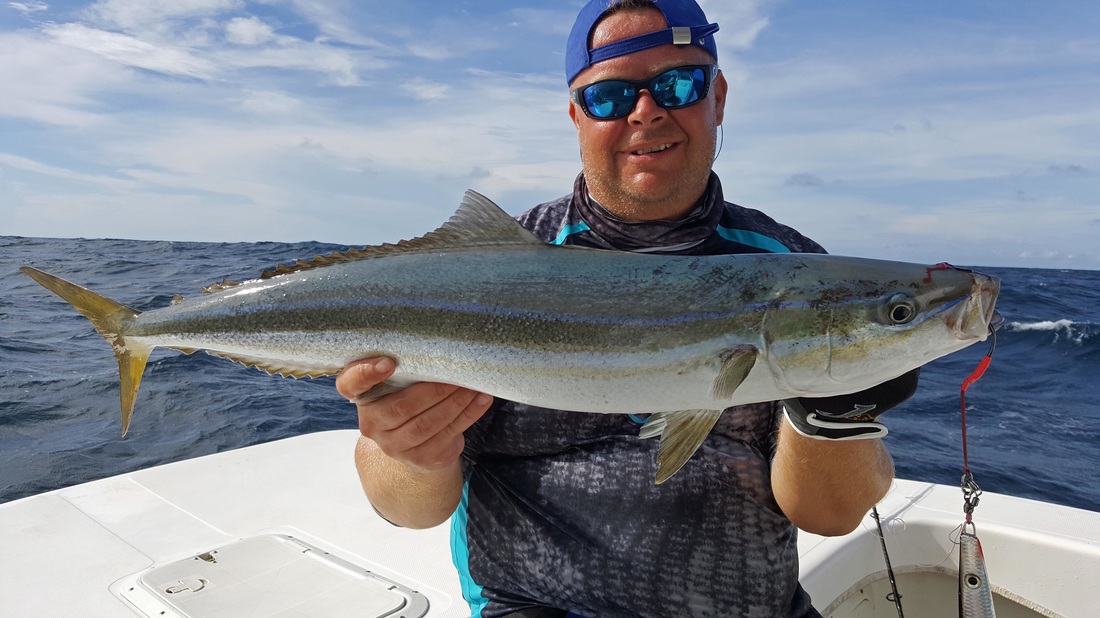
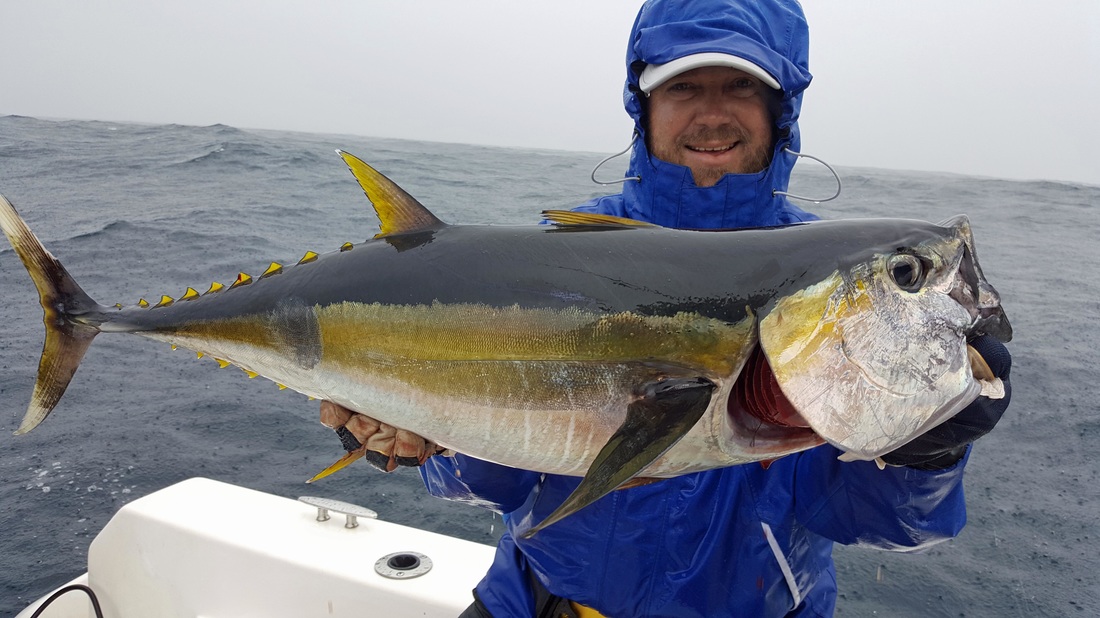
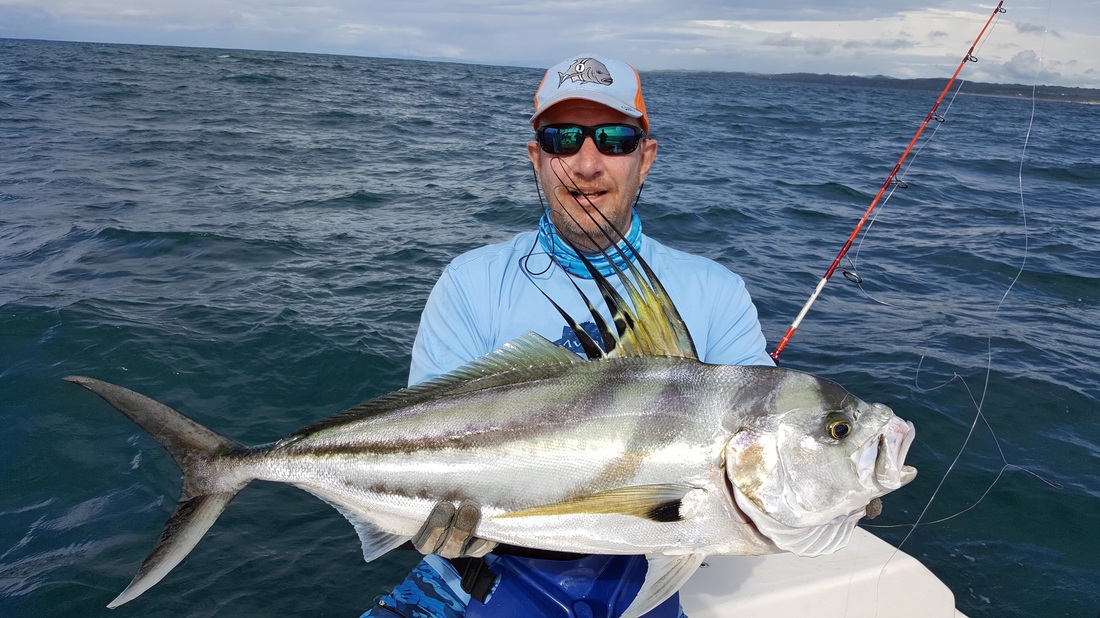
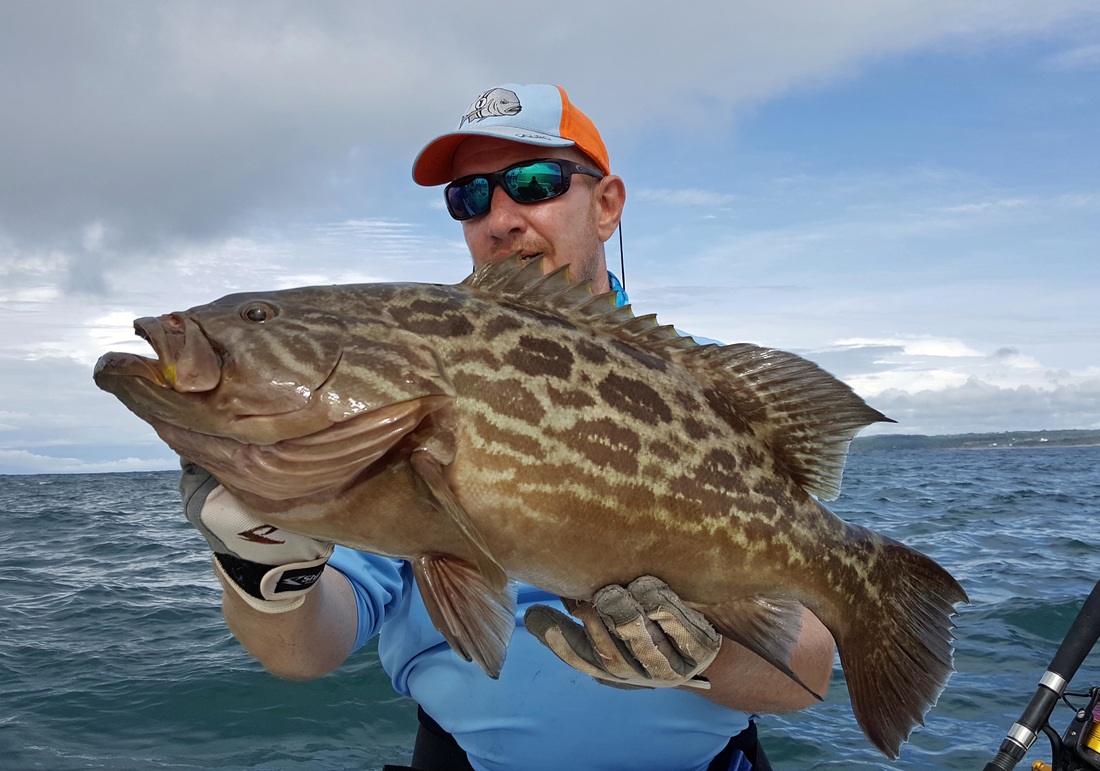
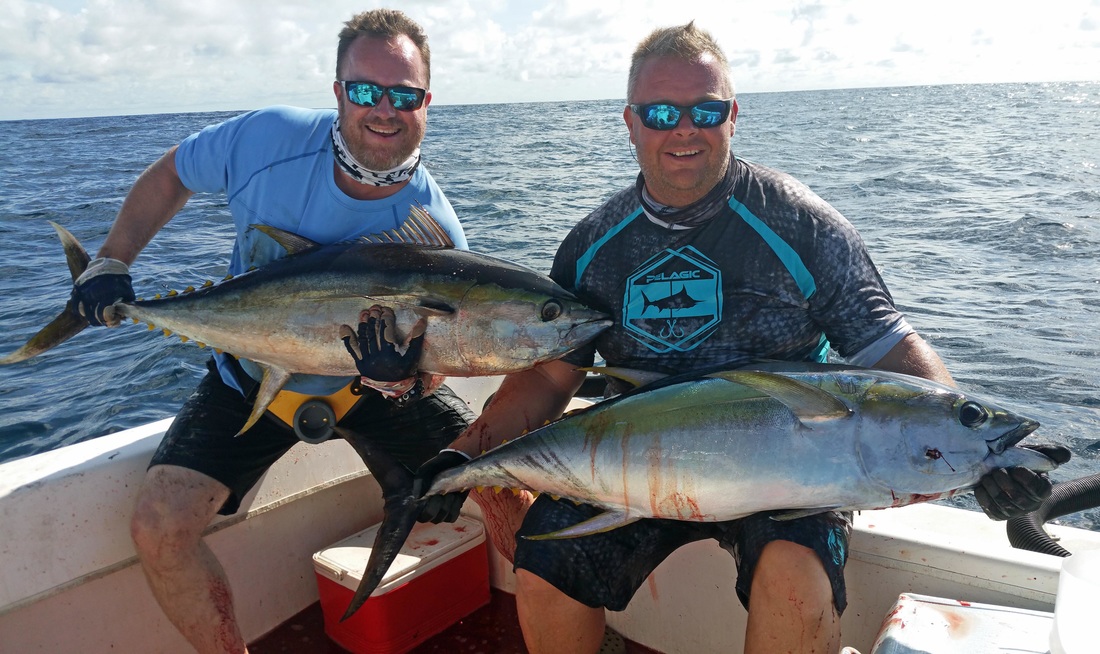
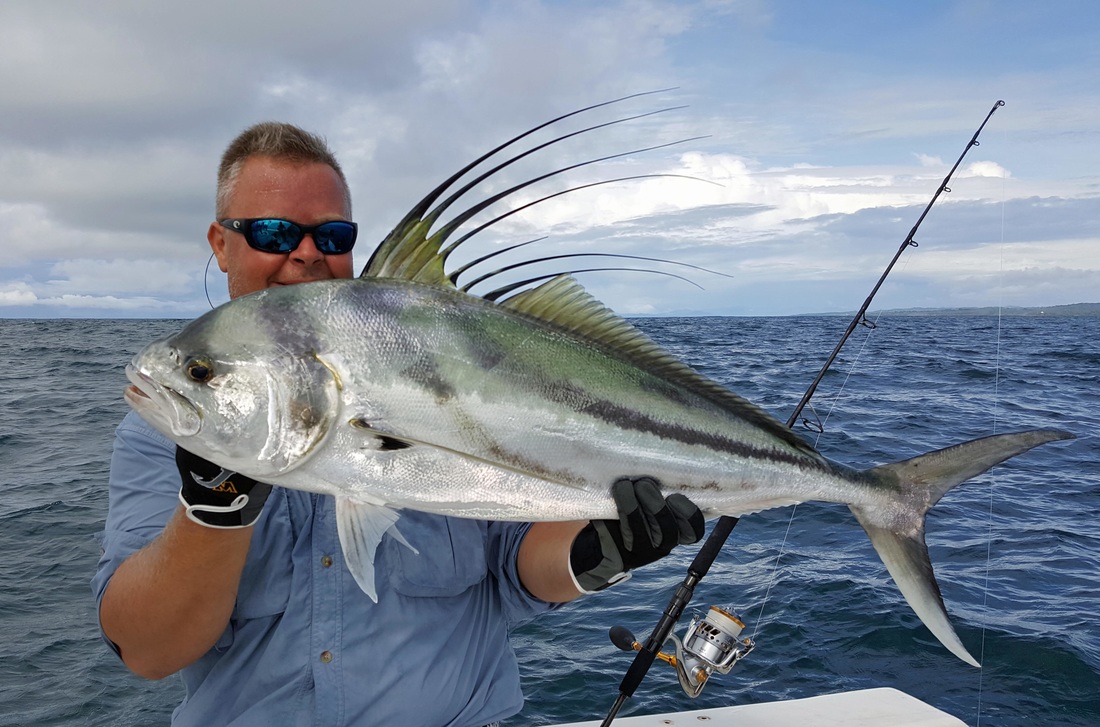
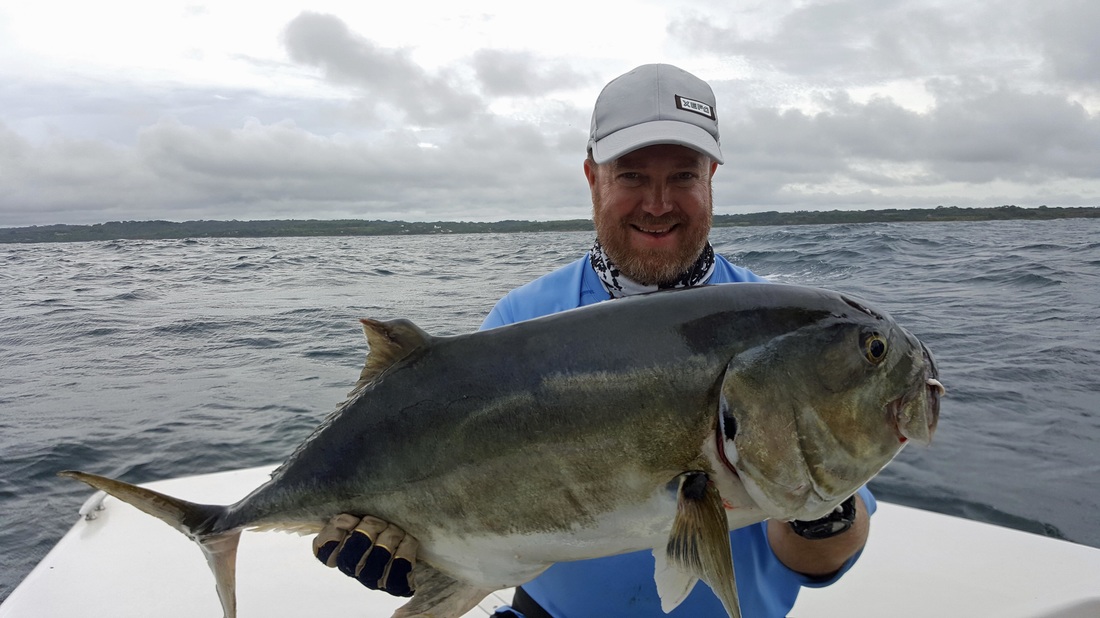
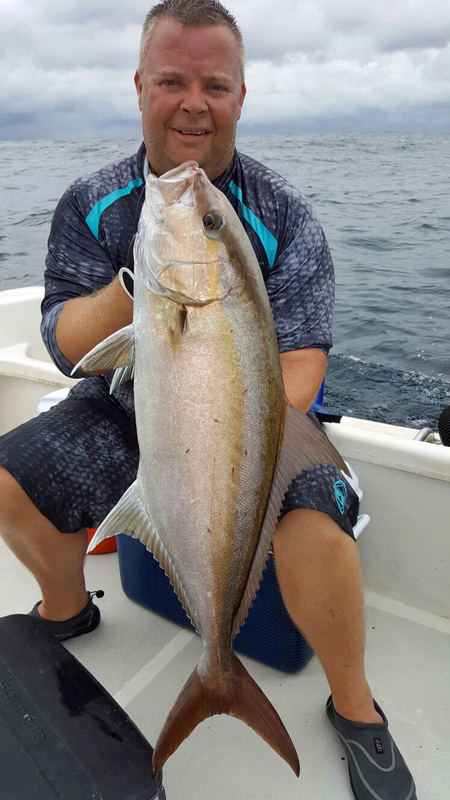
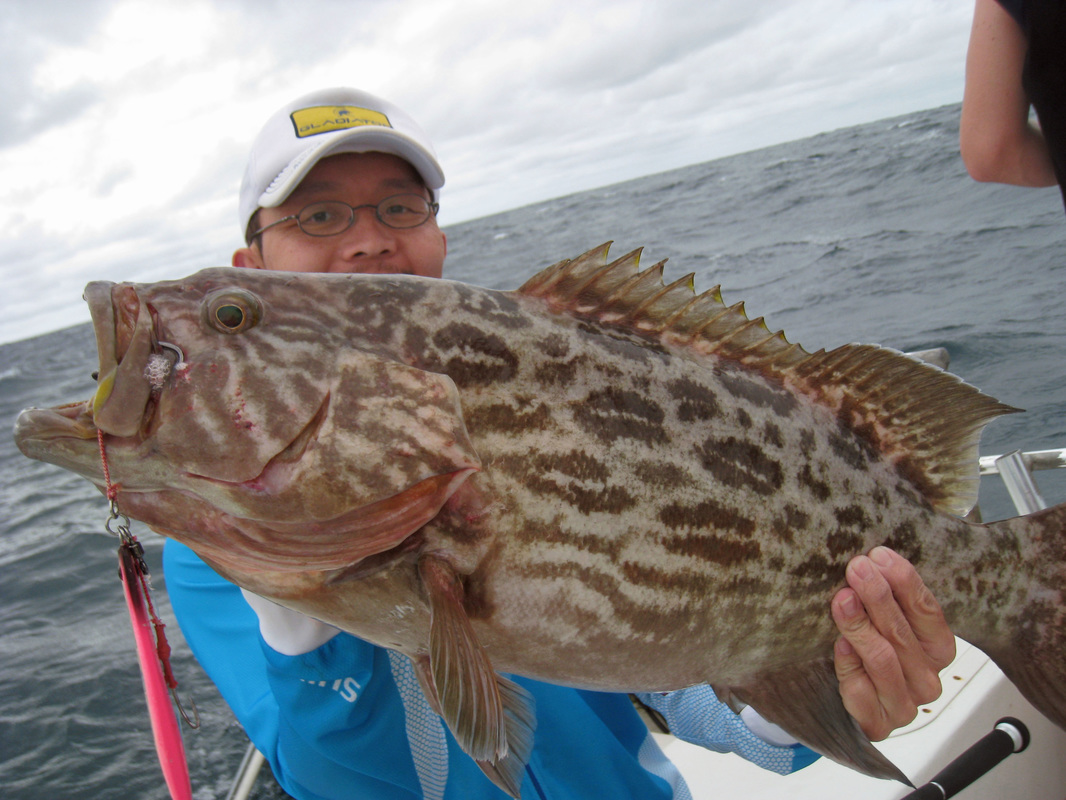
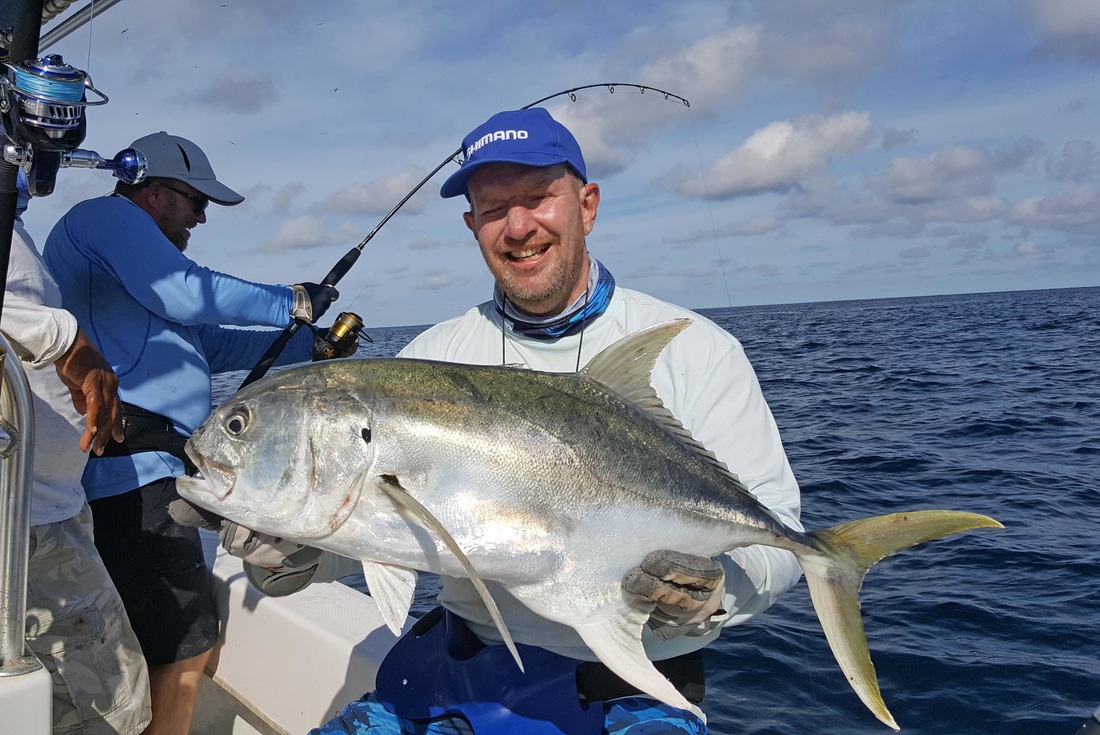
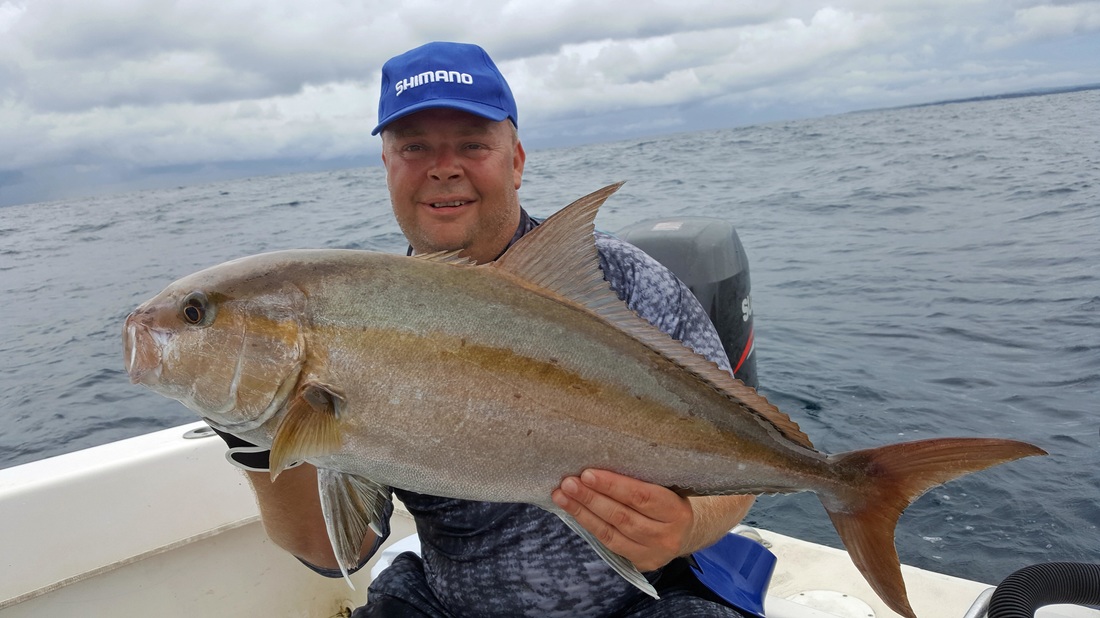
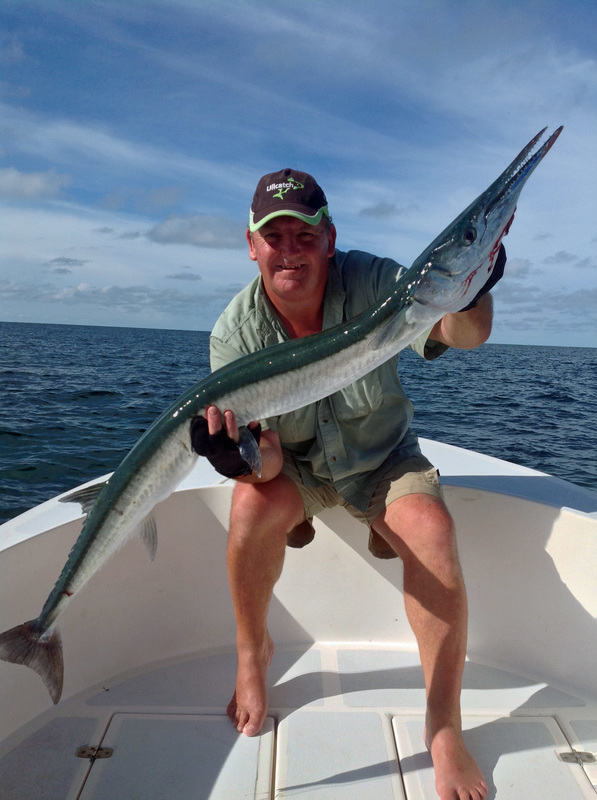
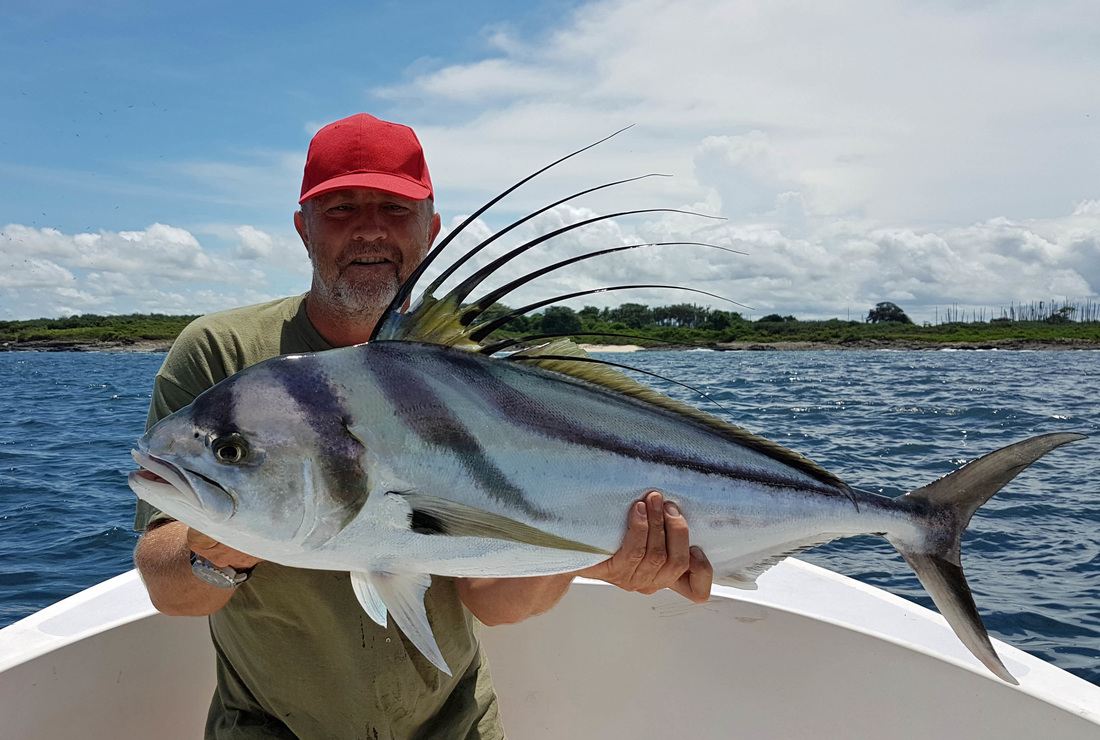
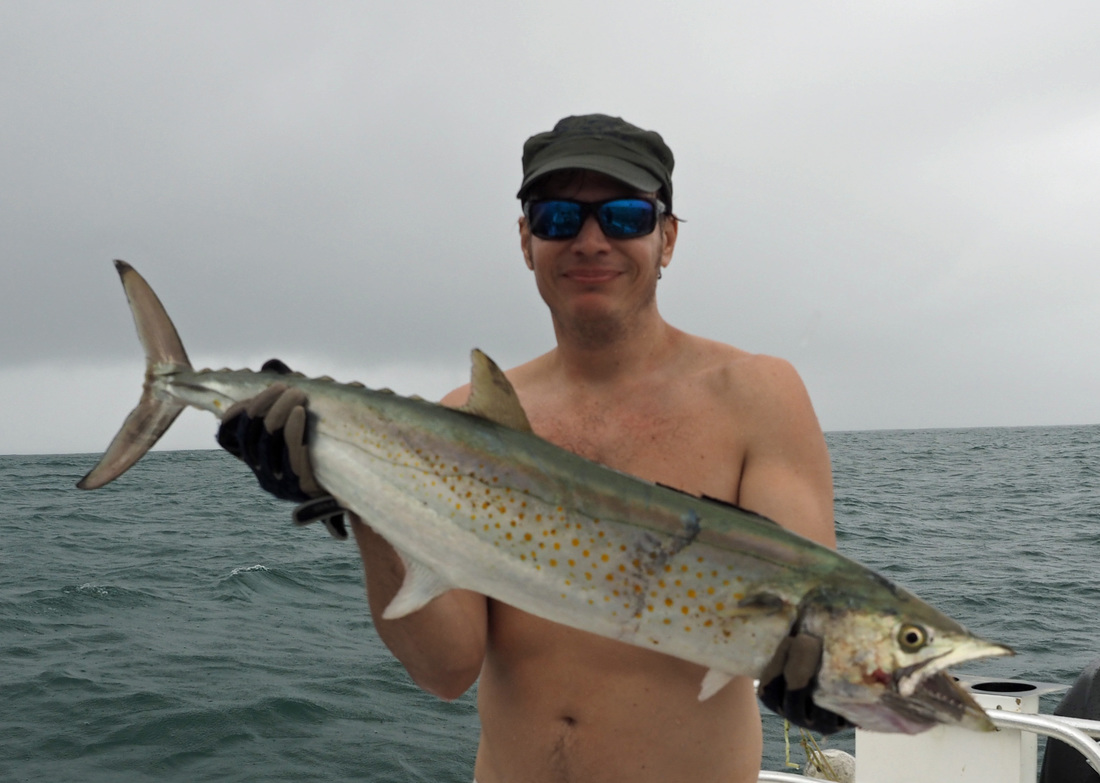
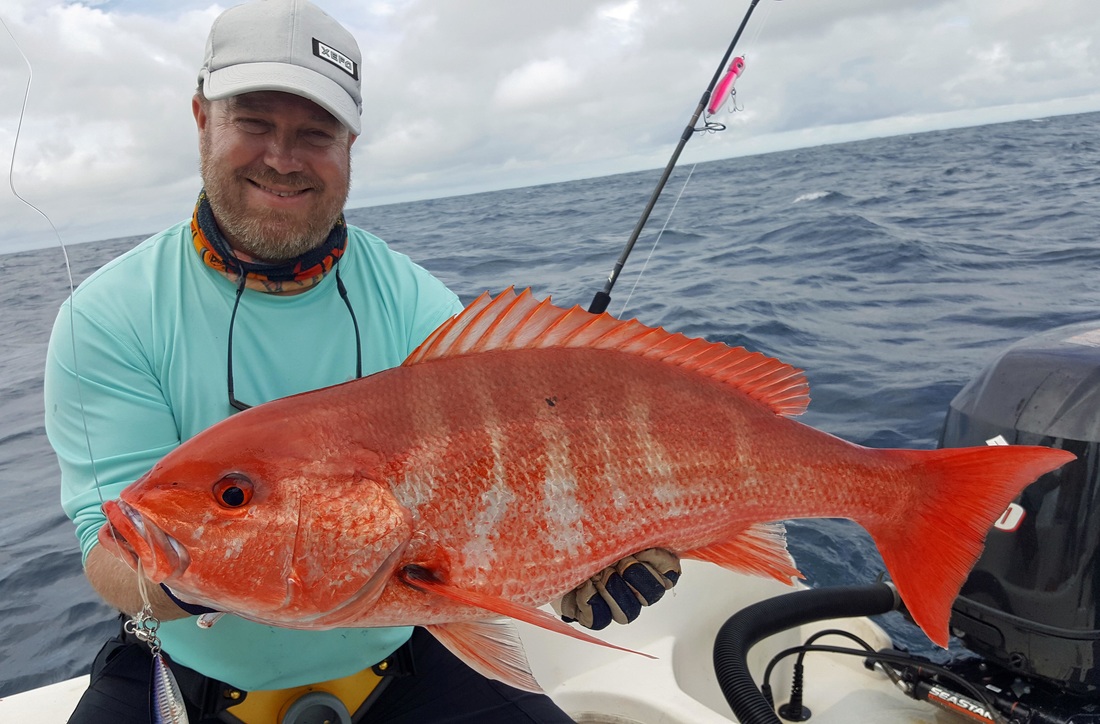
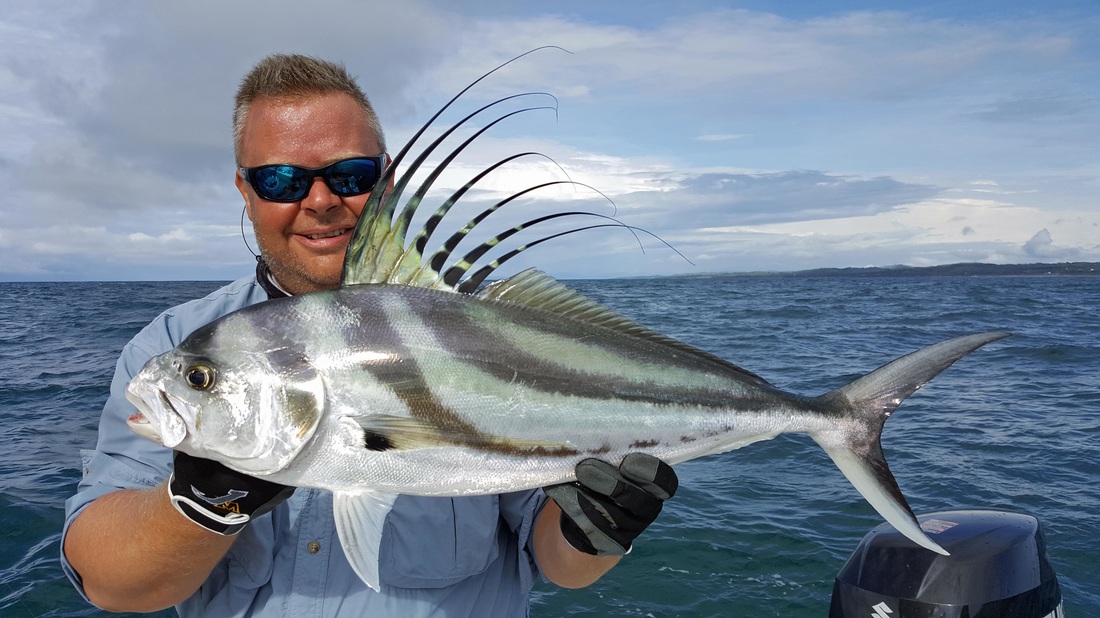
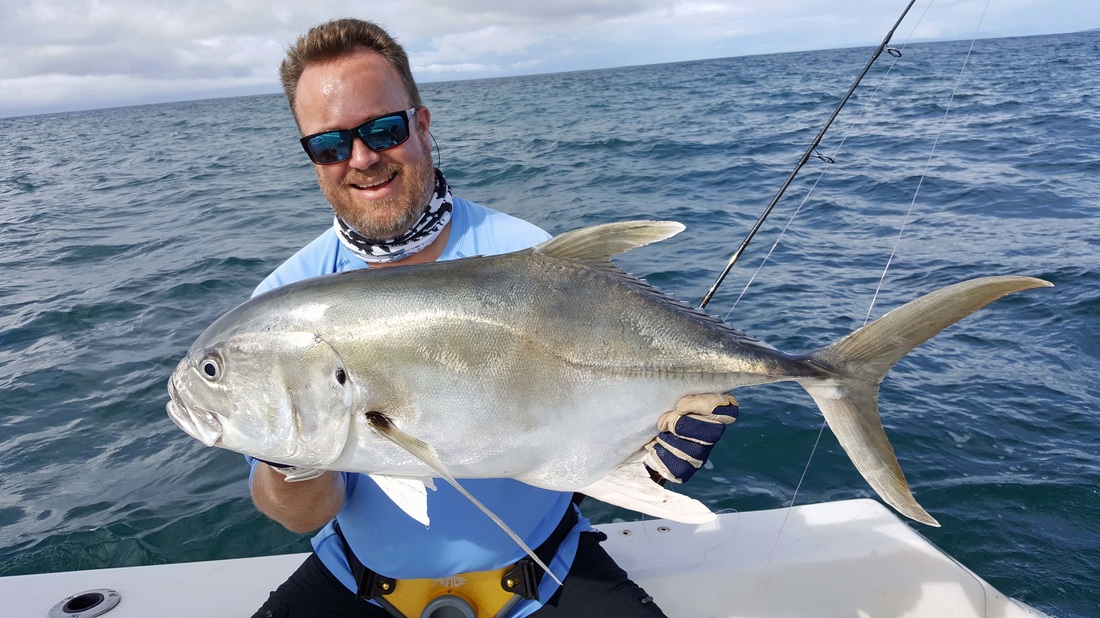
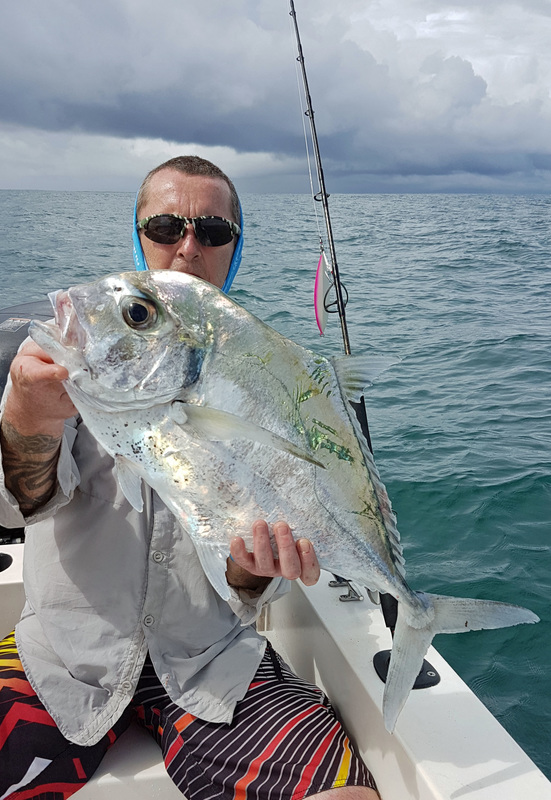
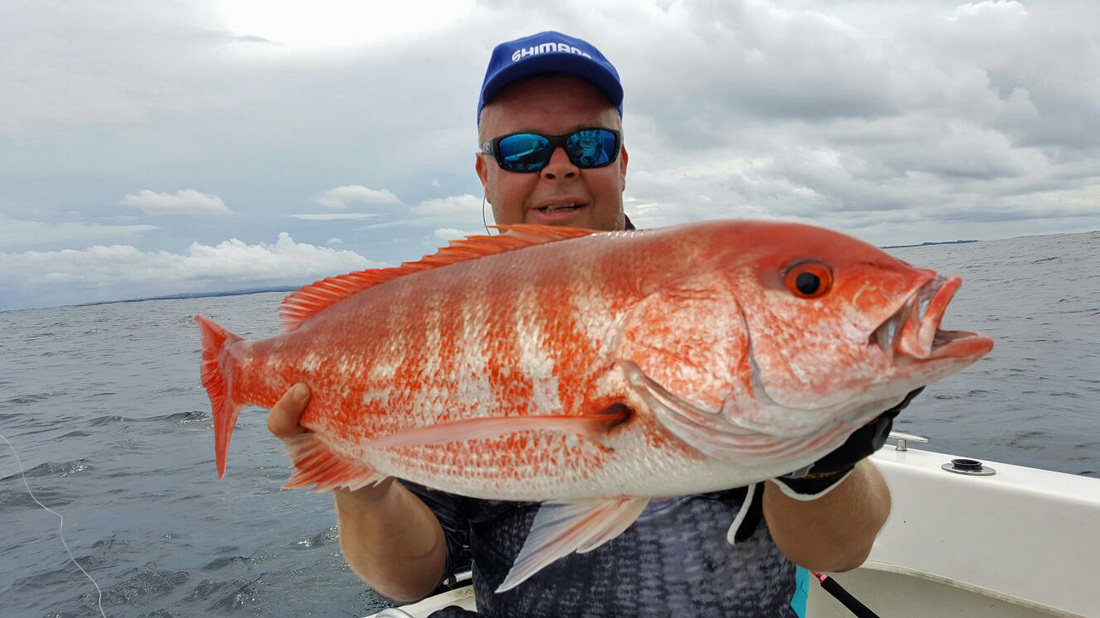
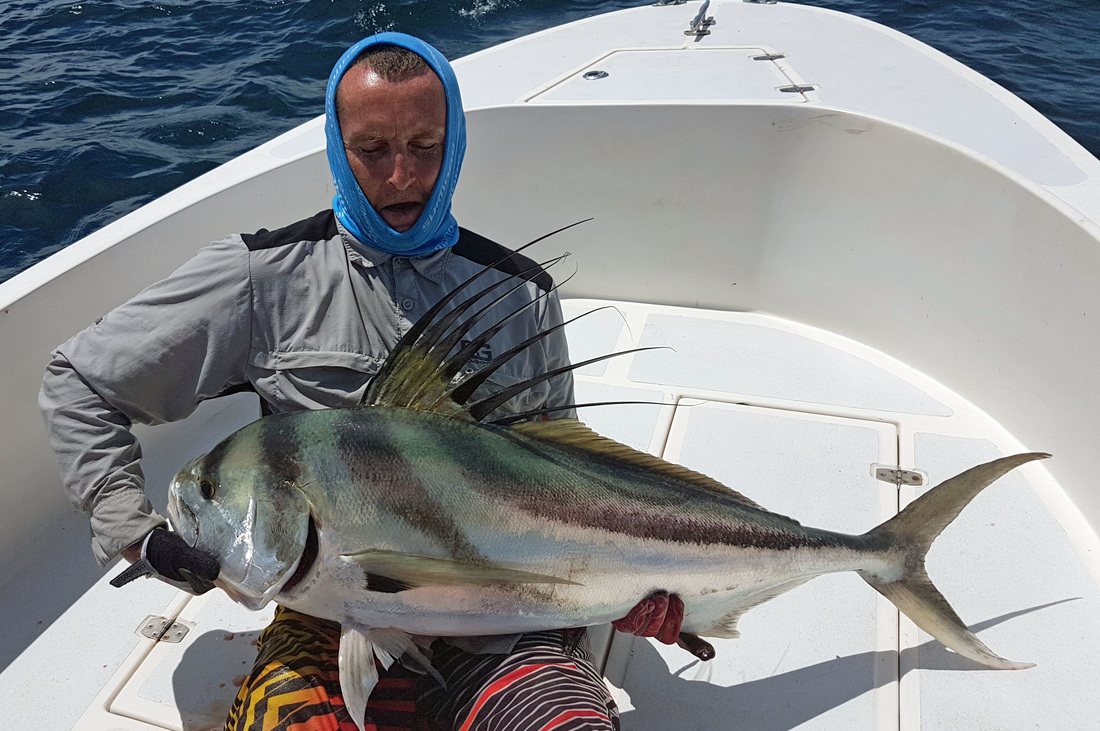
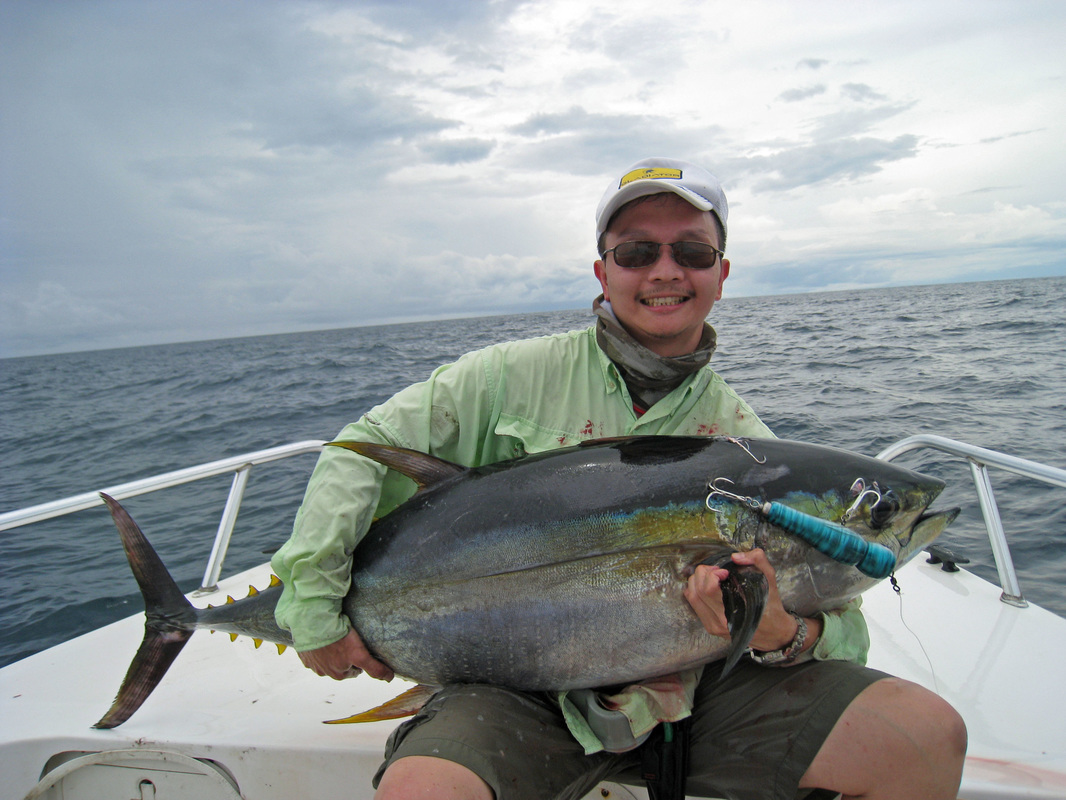
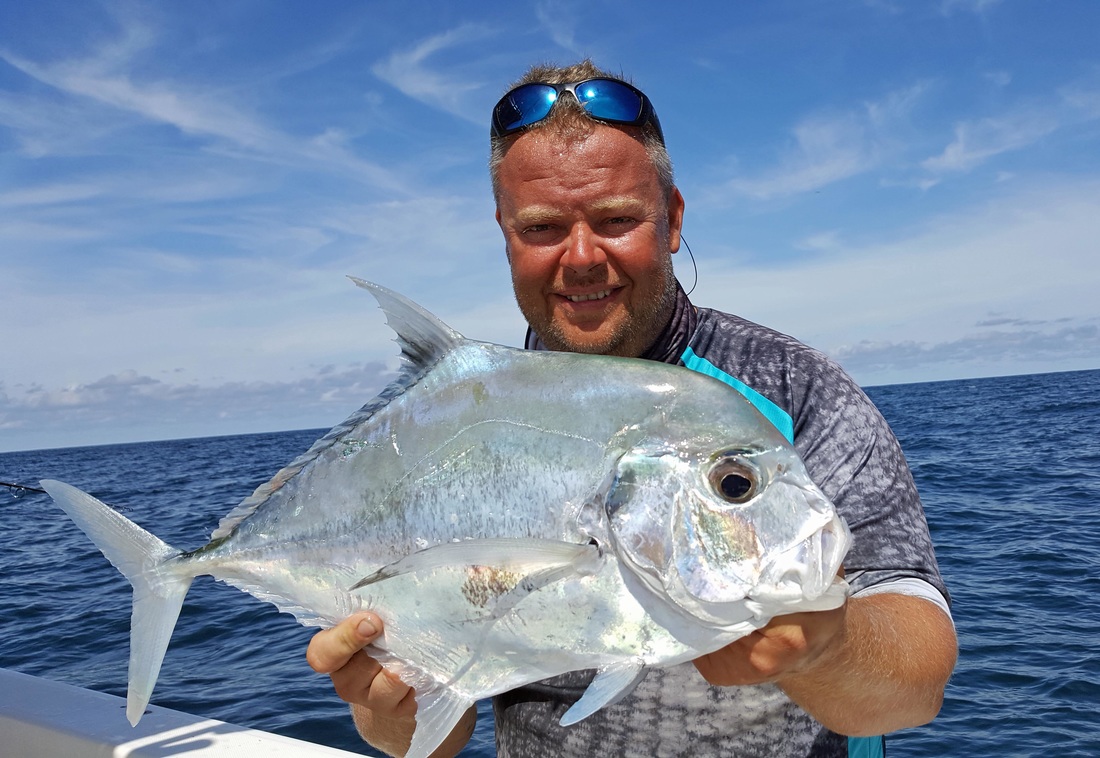
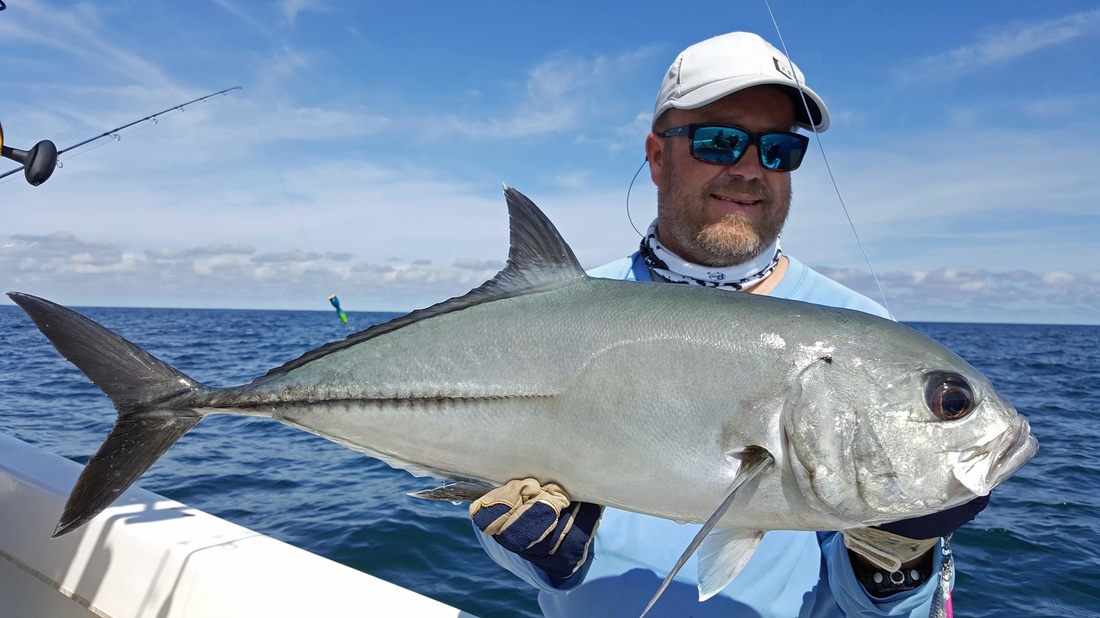
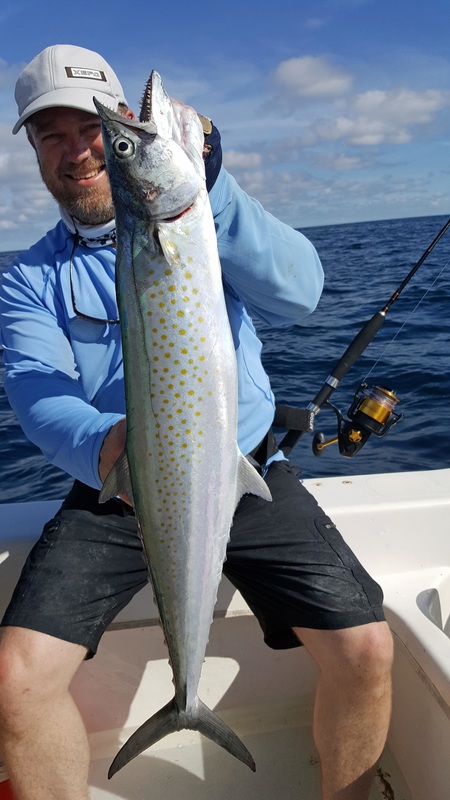
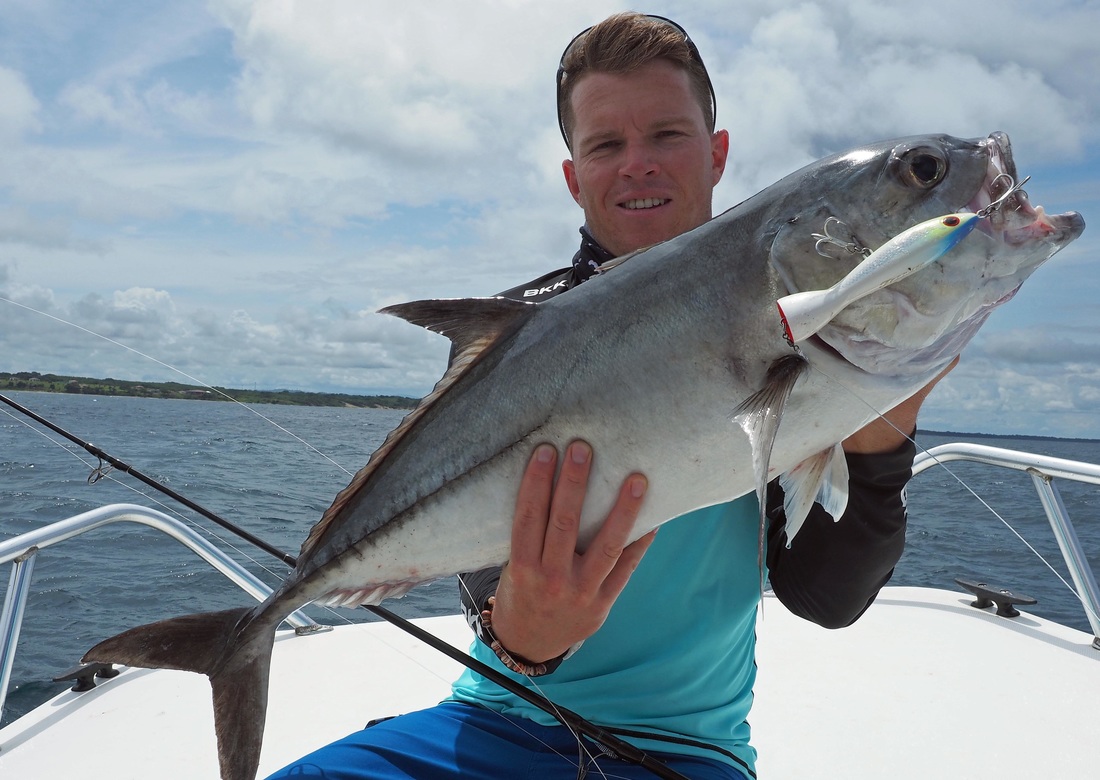
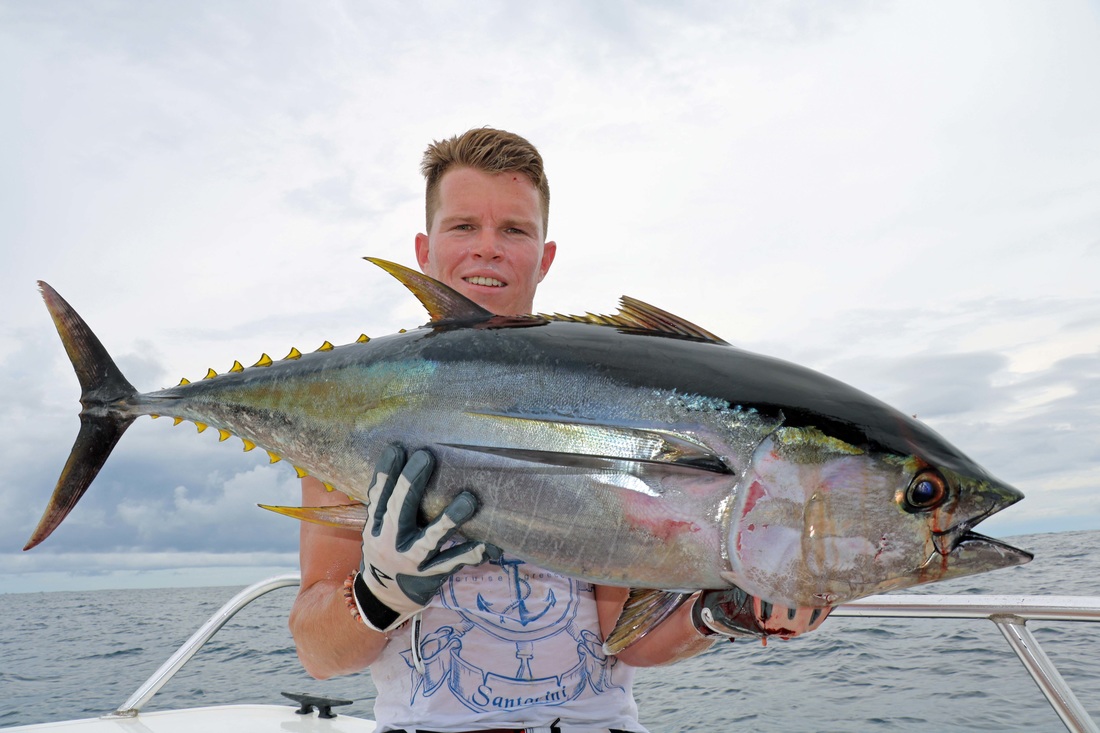
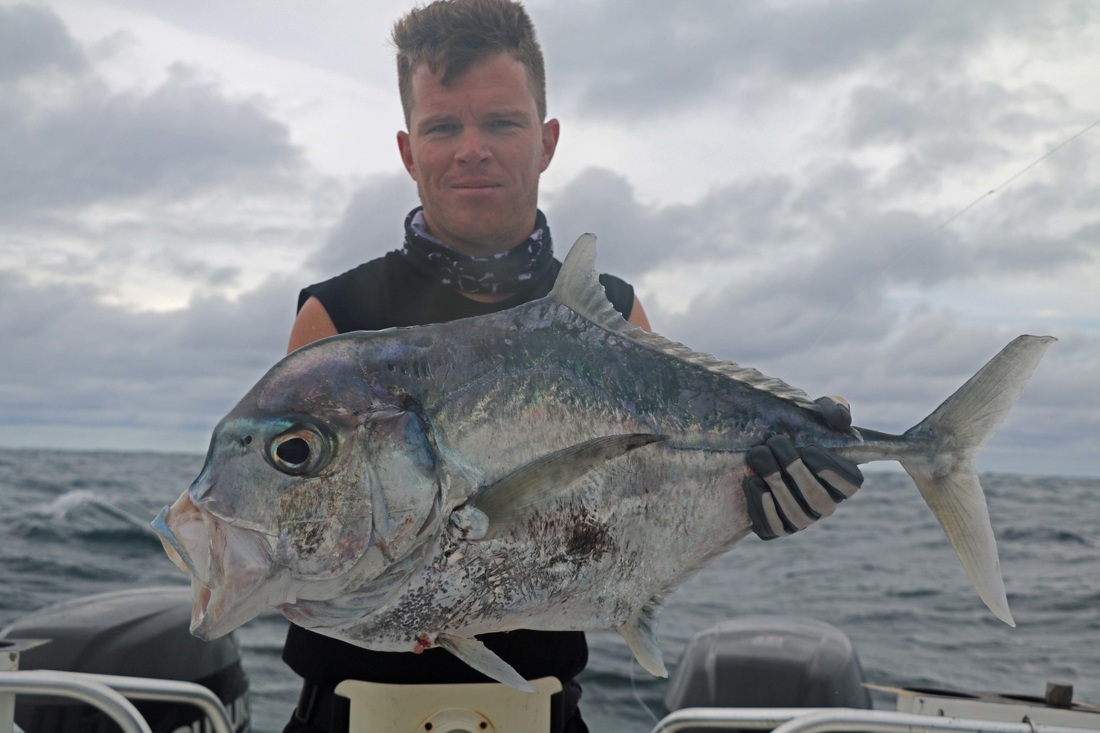
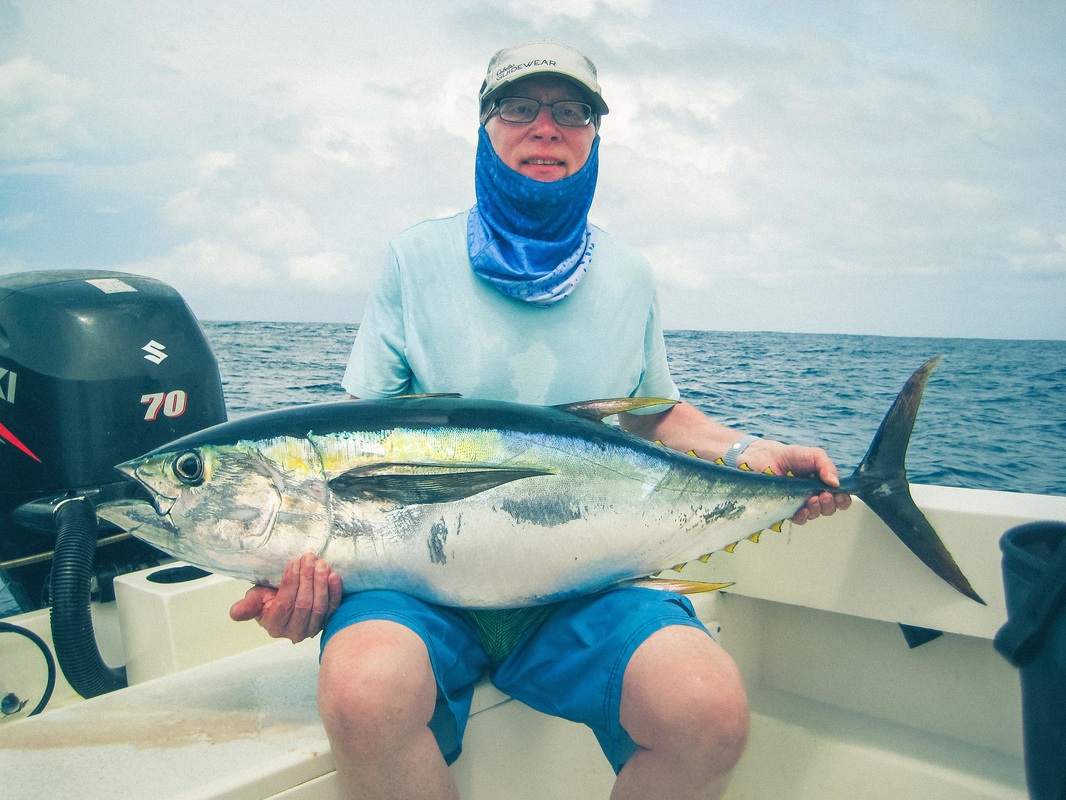
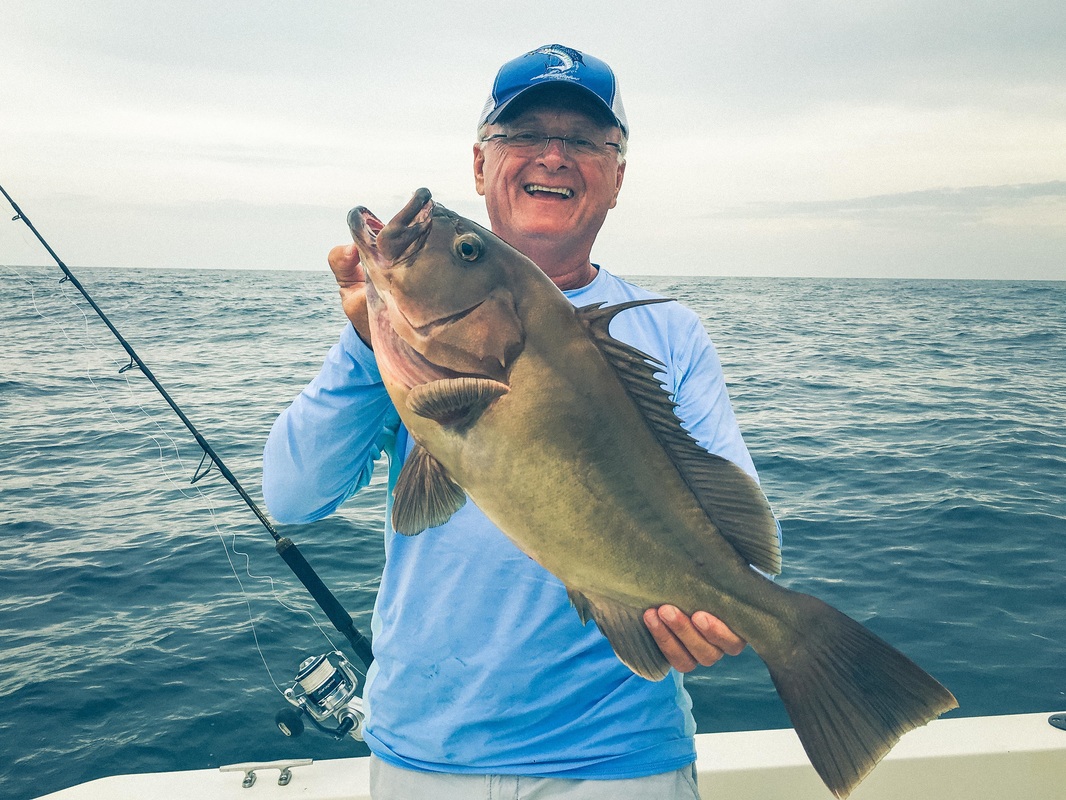
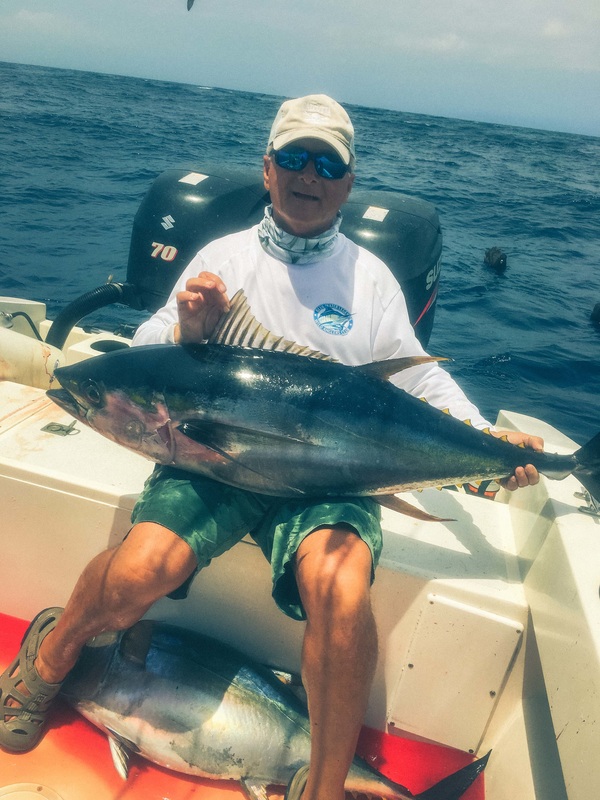
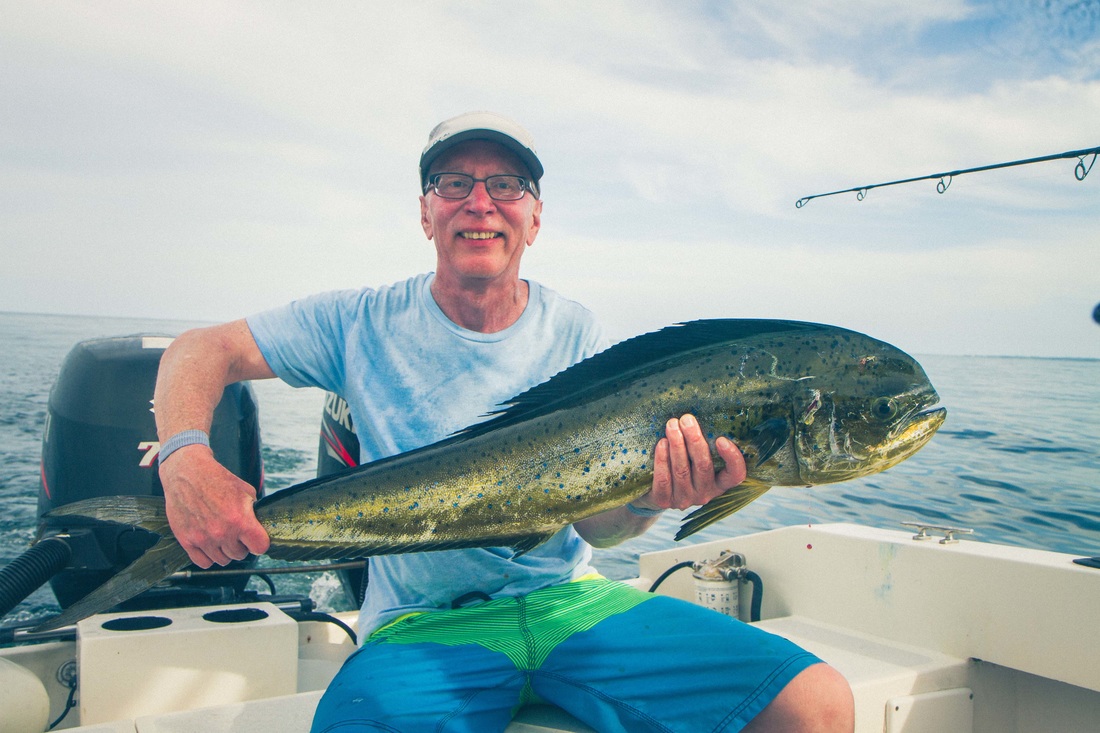
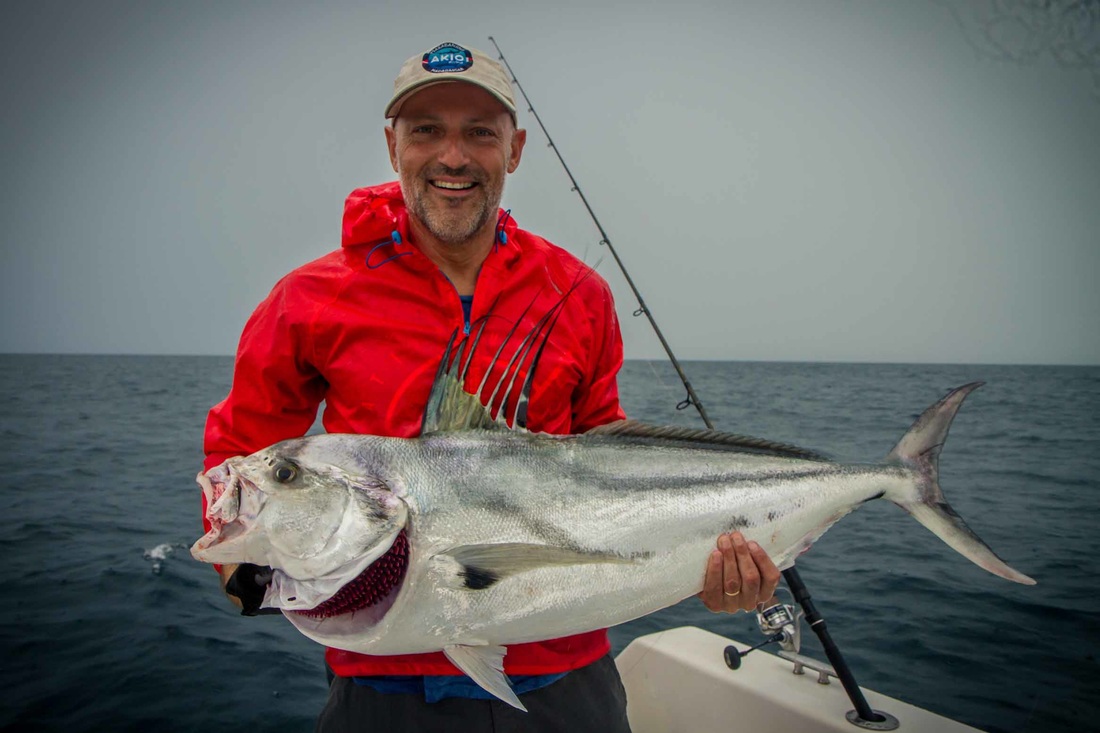
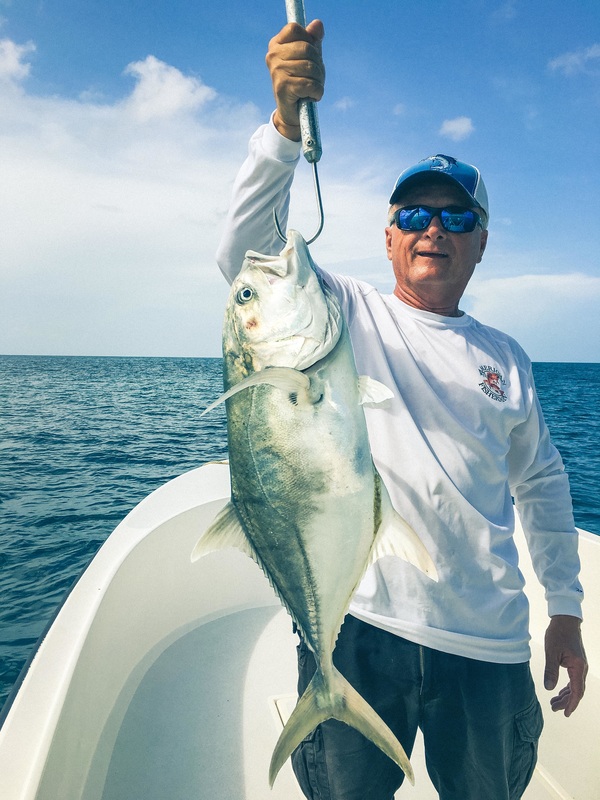
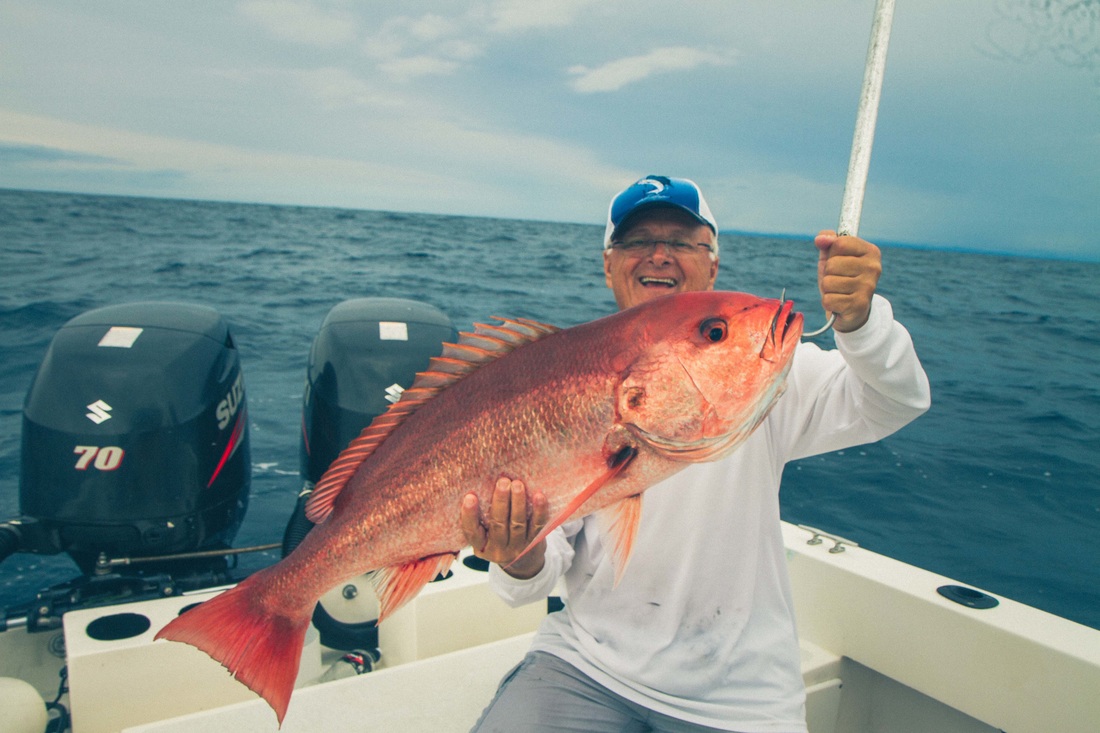
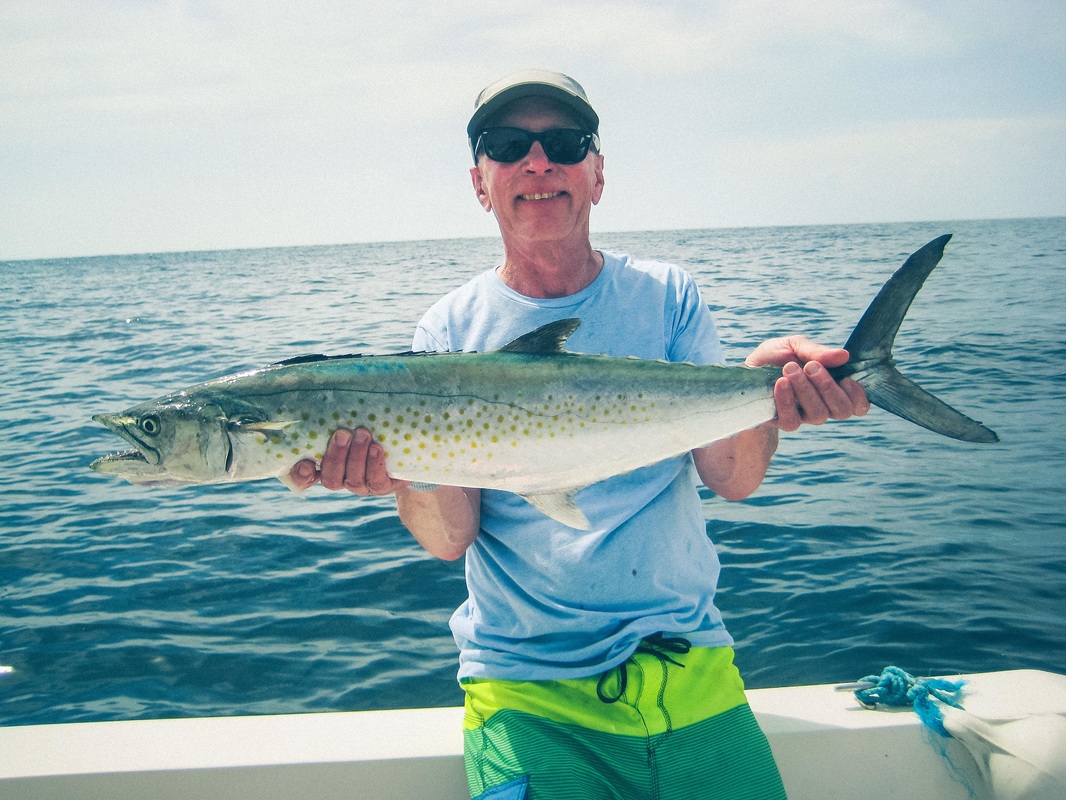
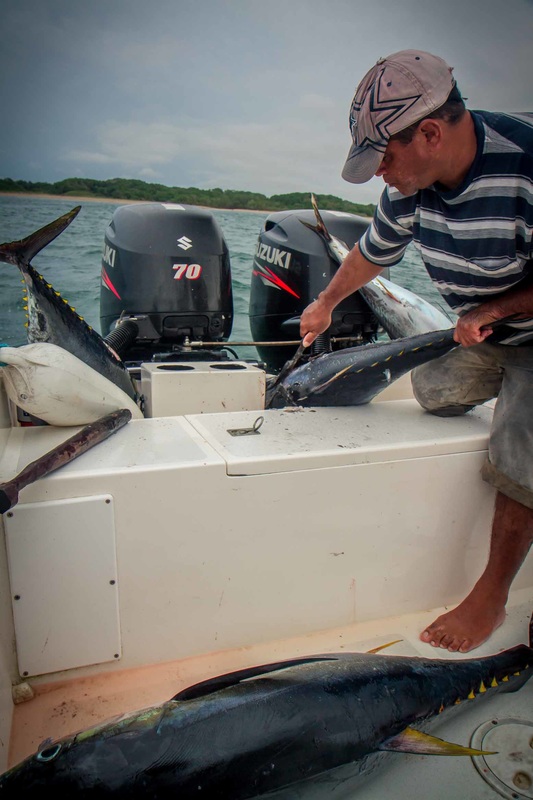
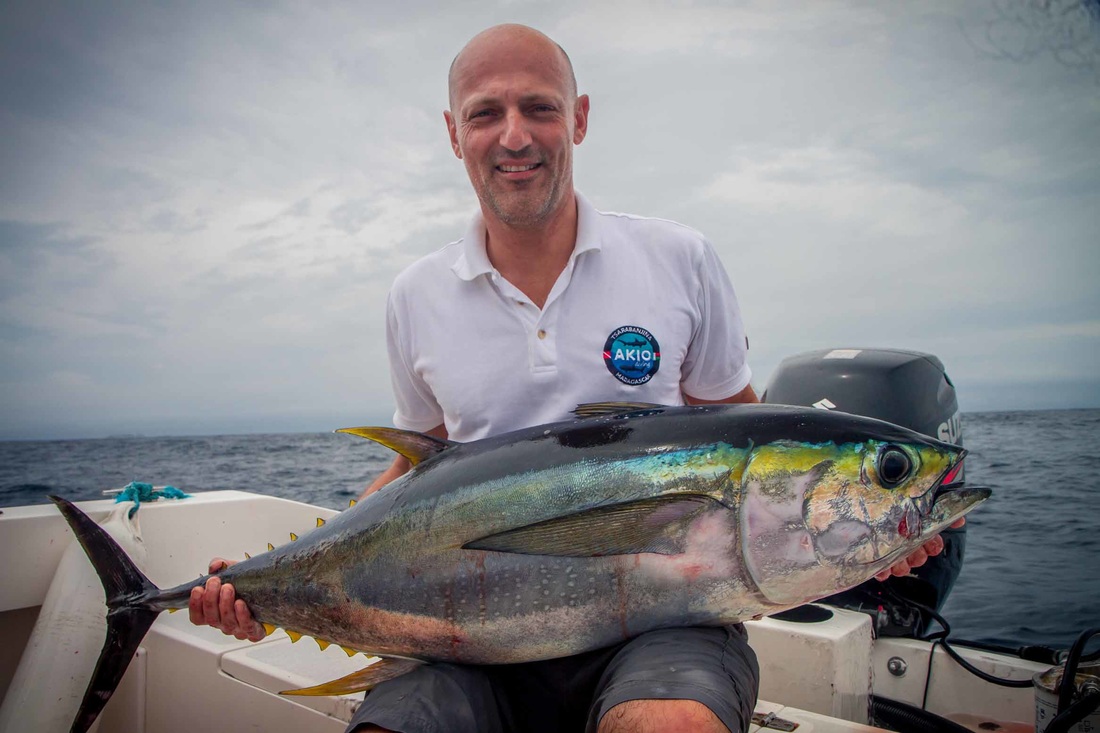
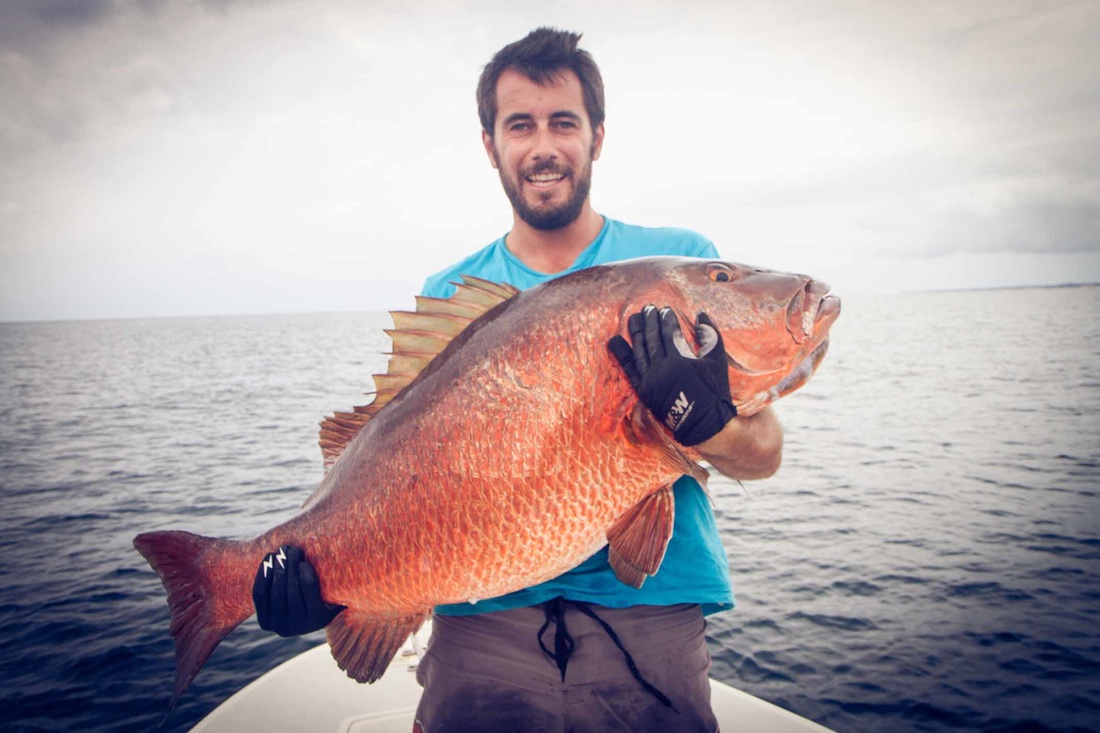
 RSS Feed
RSS Feed